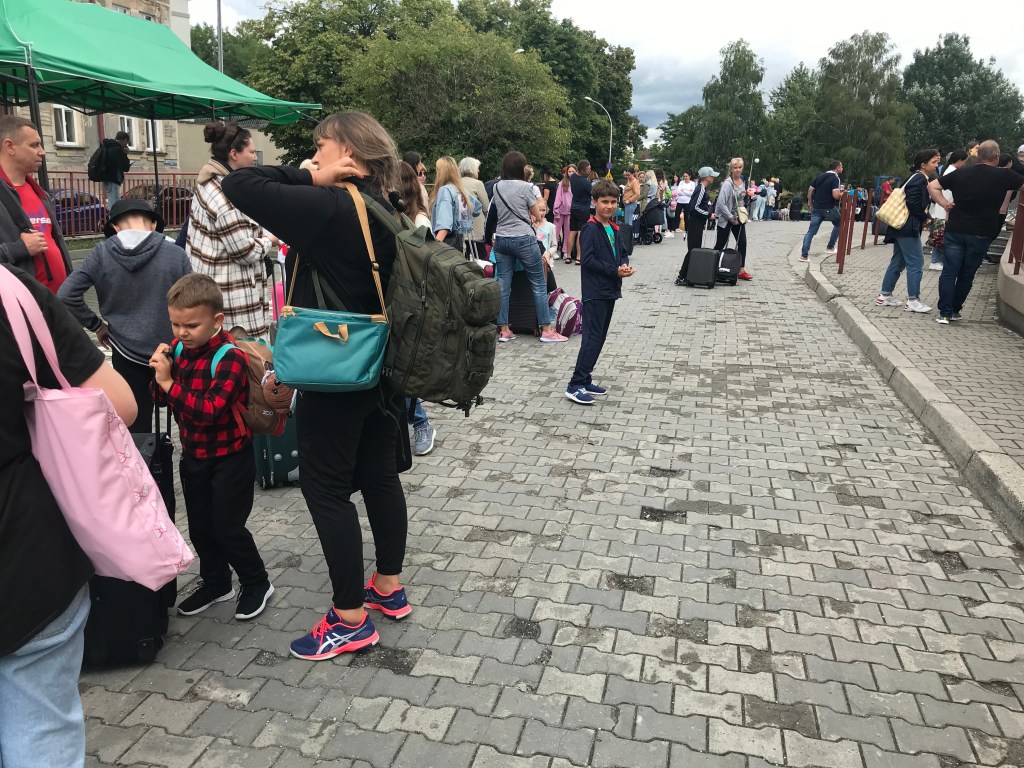
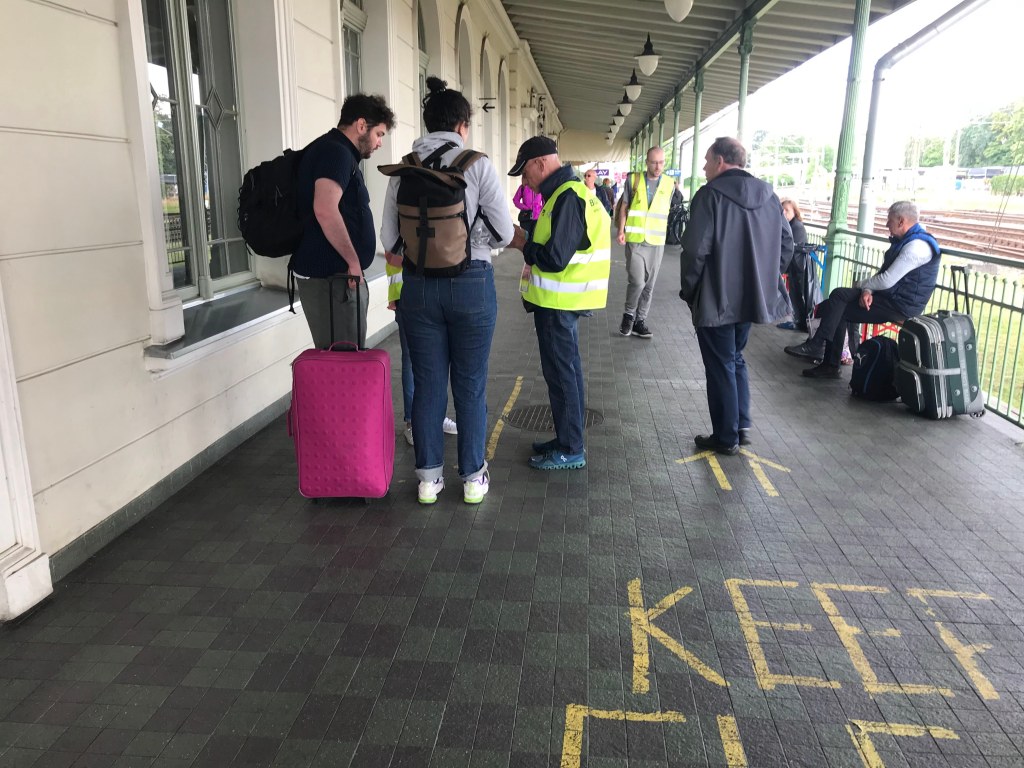
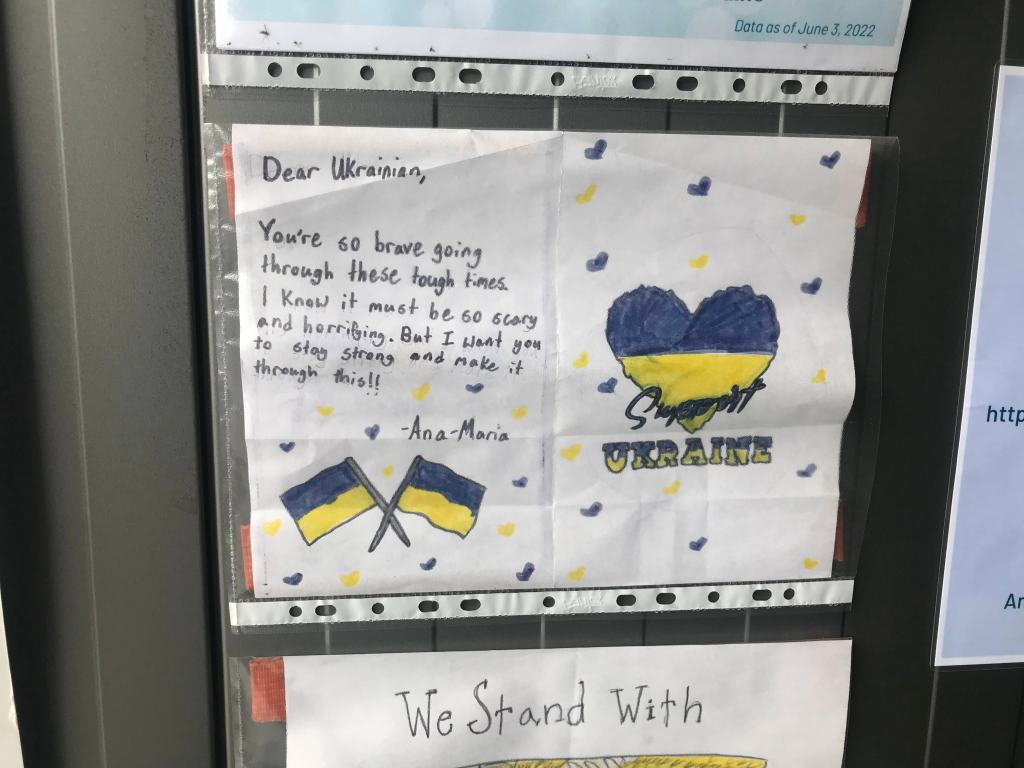
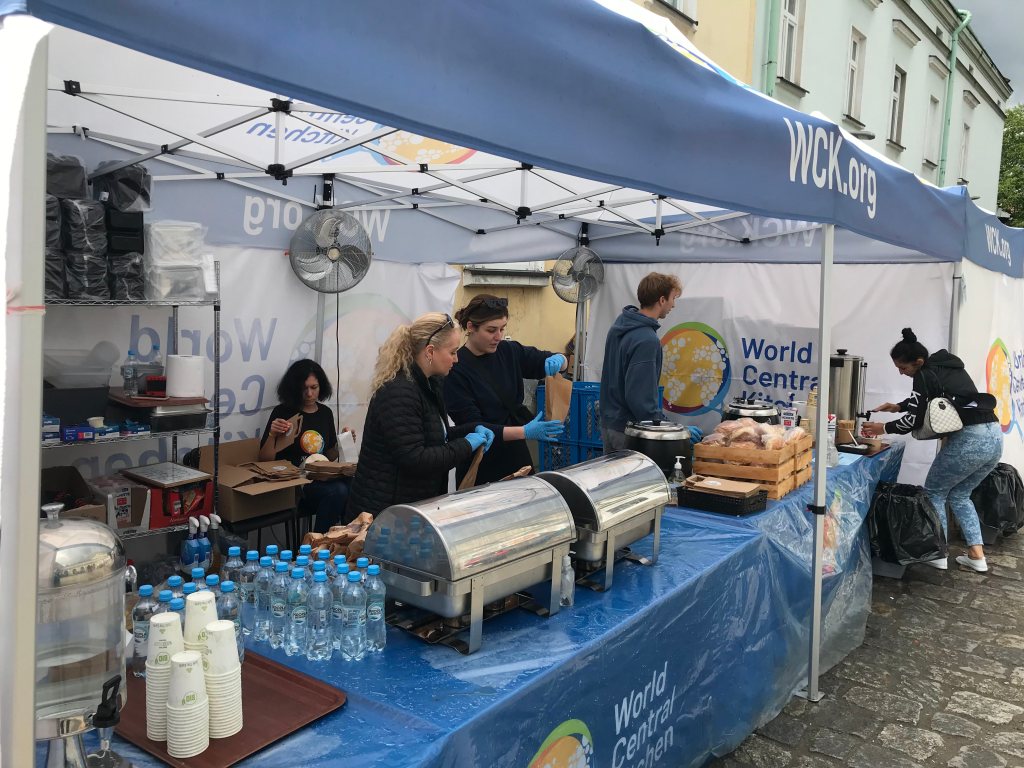
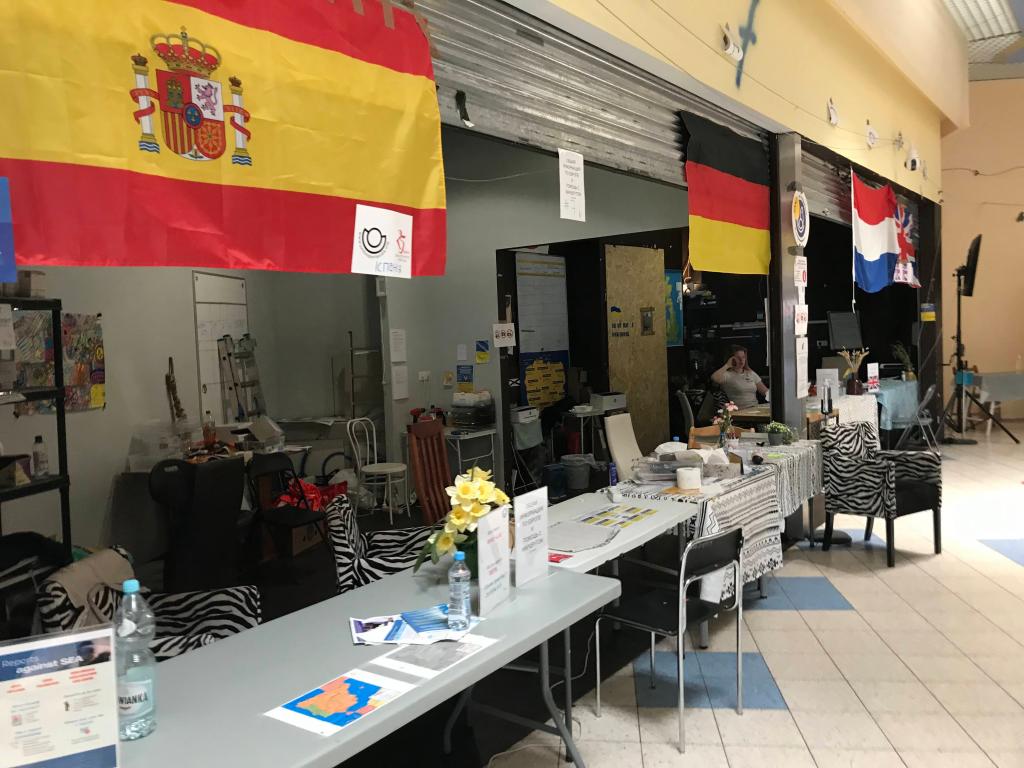

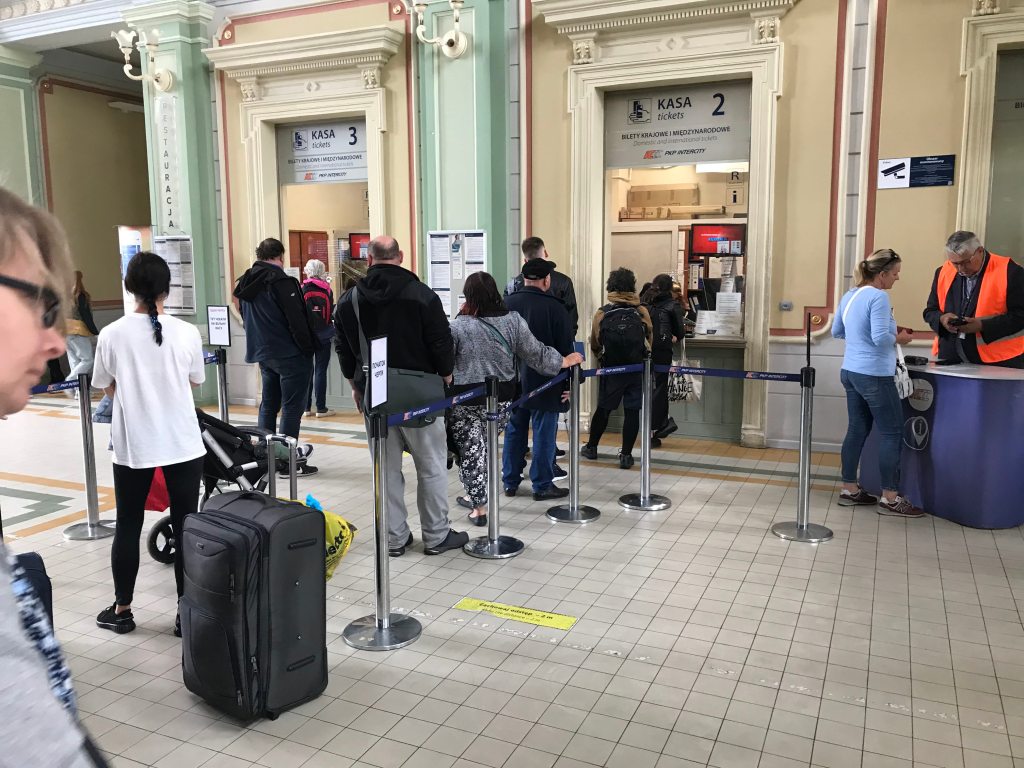
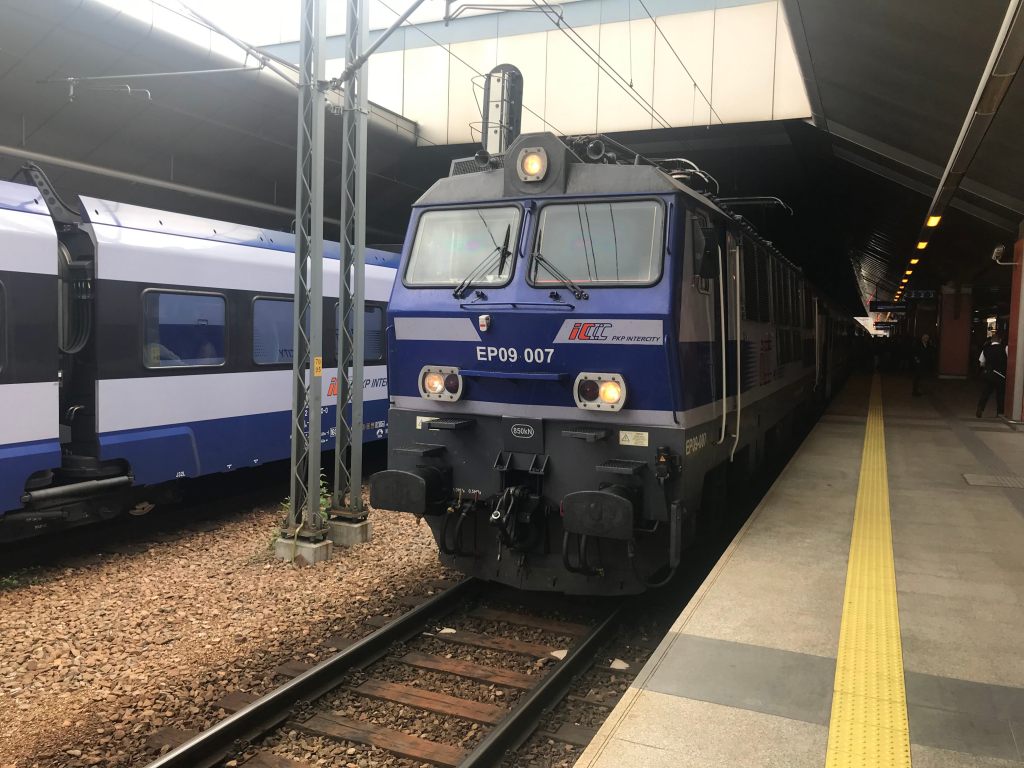

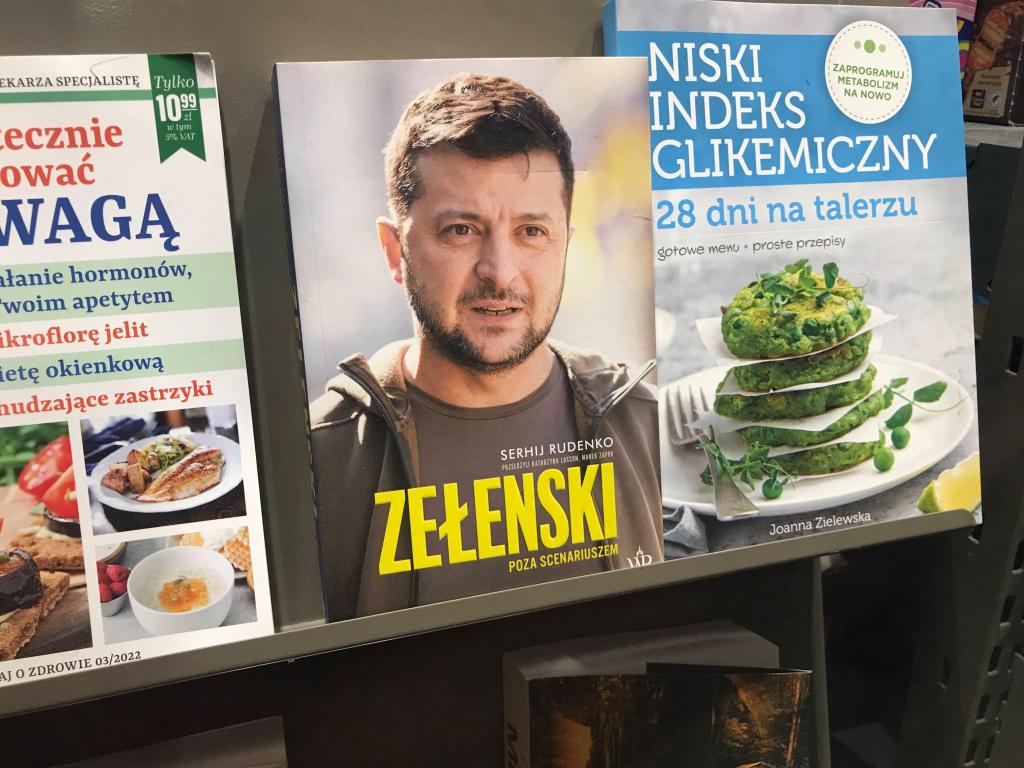
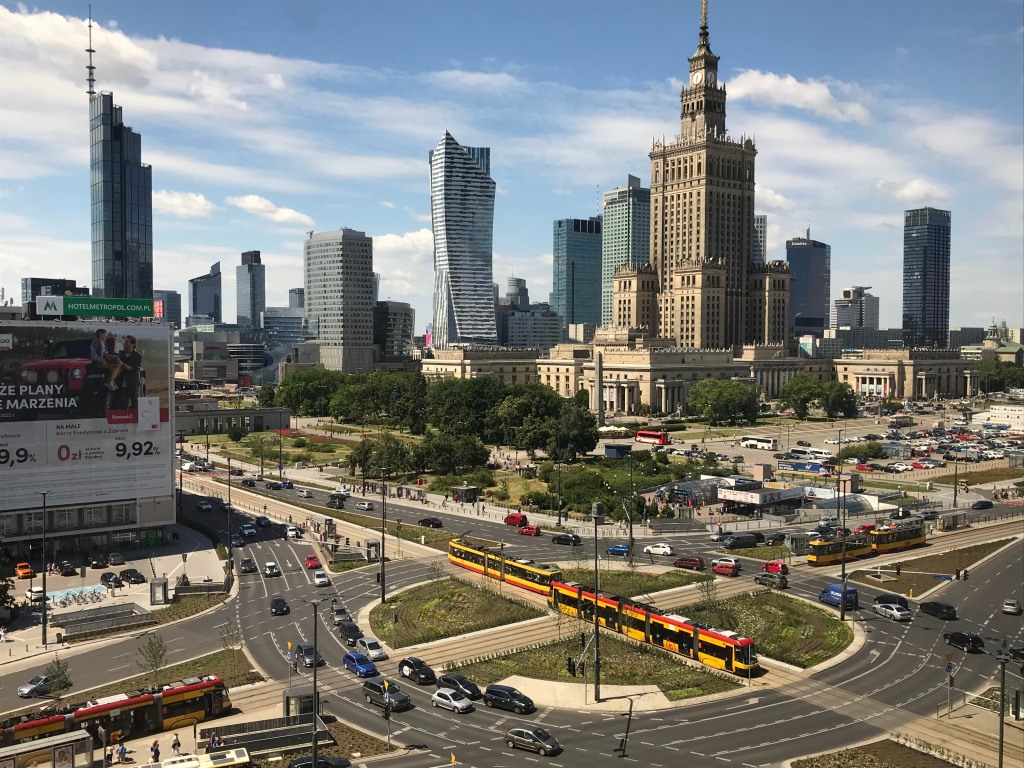
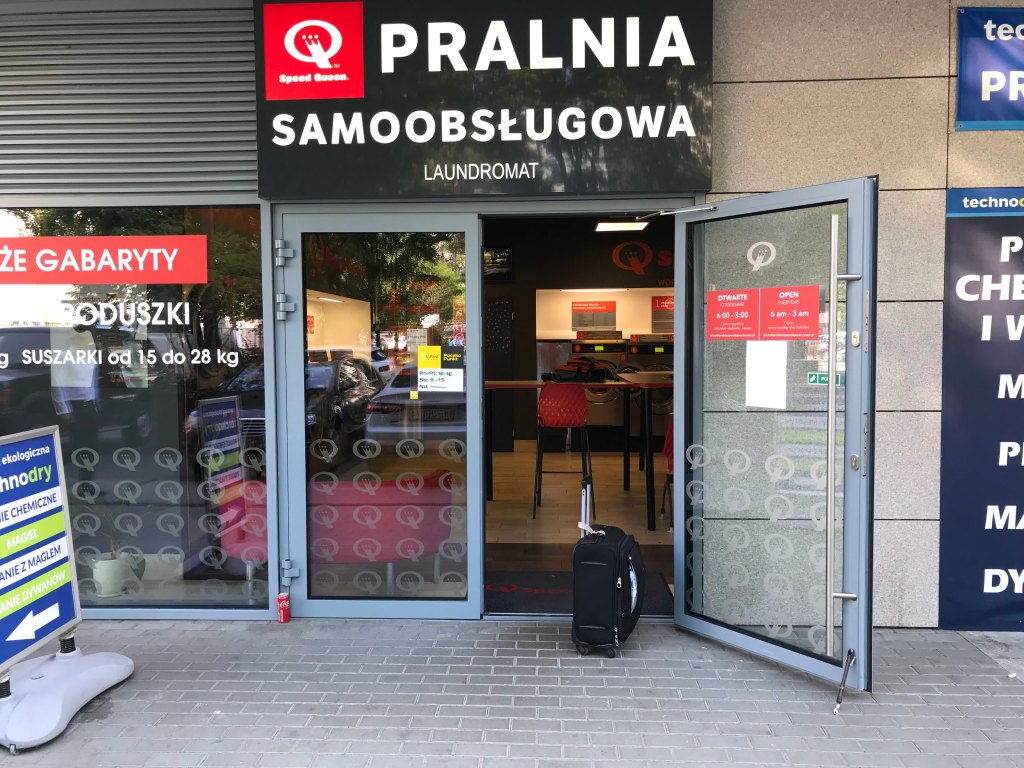
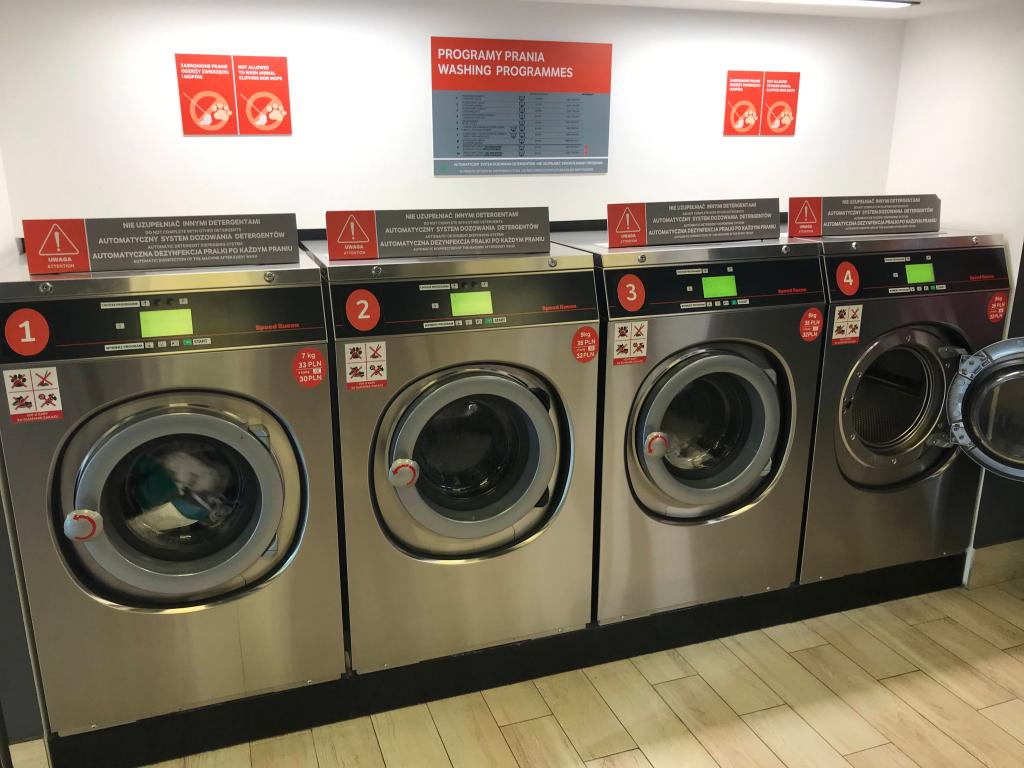
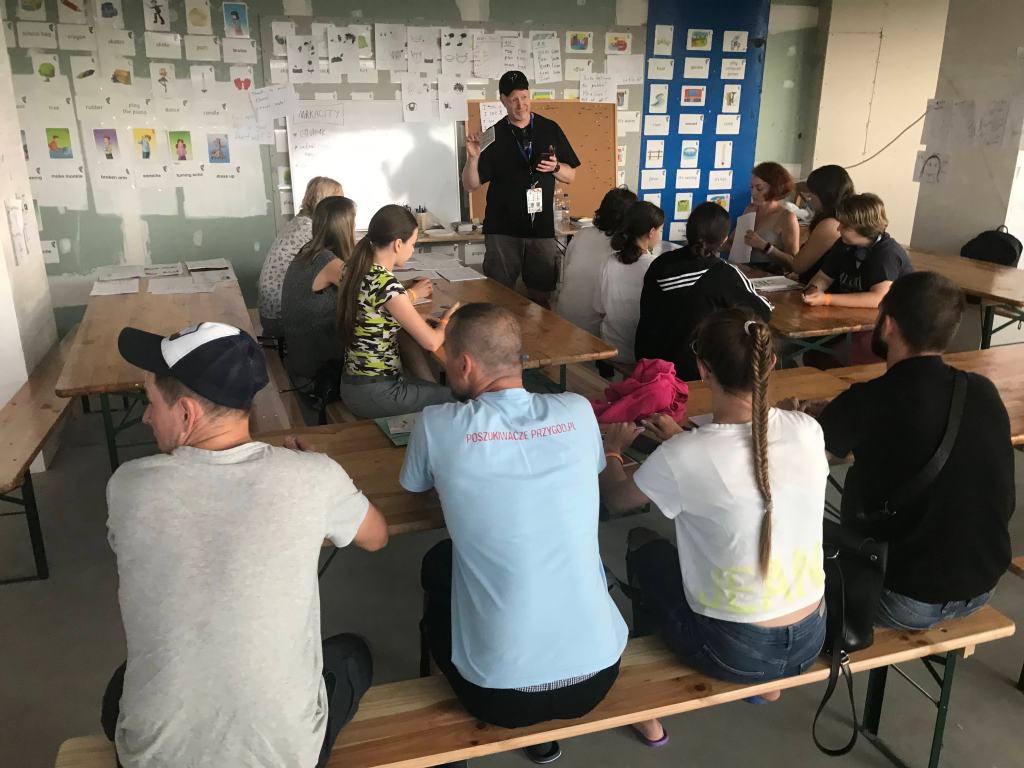
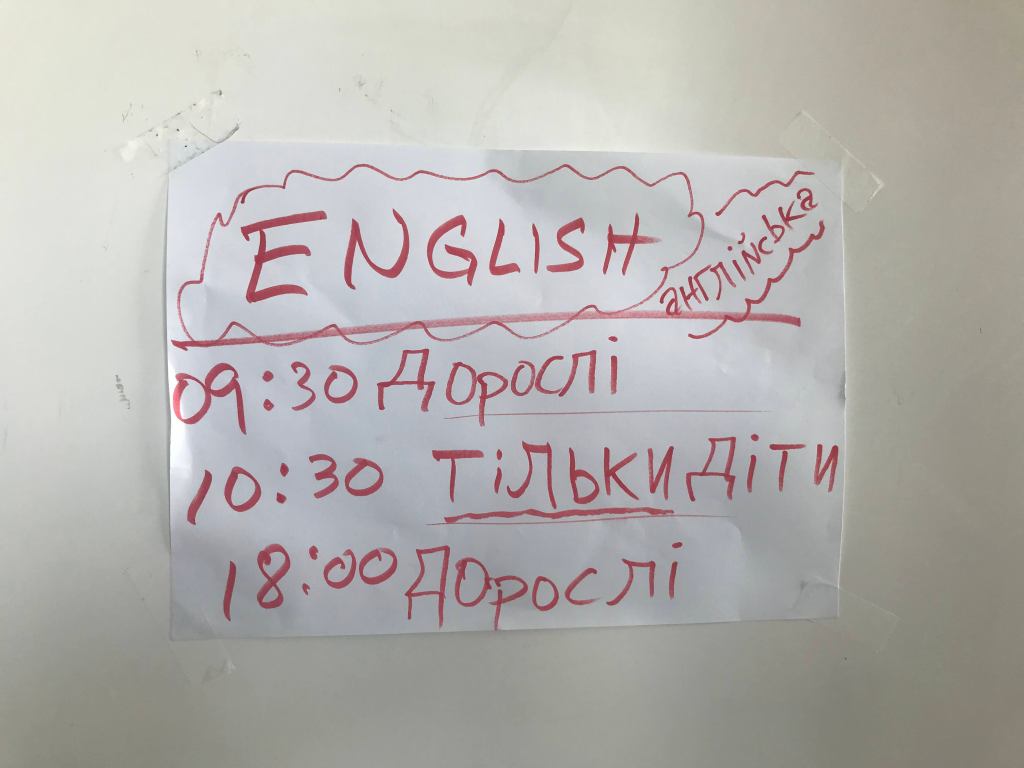
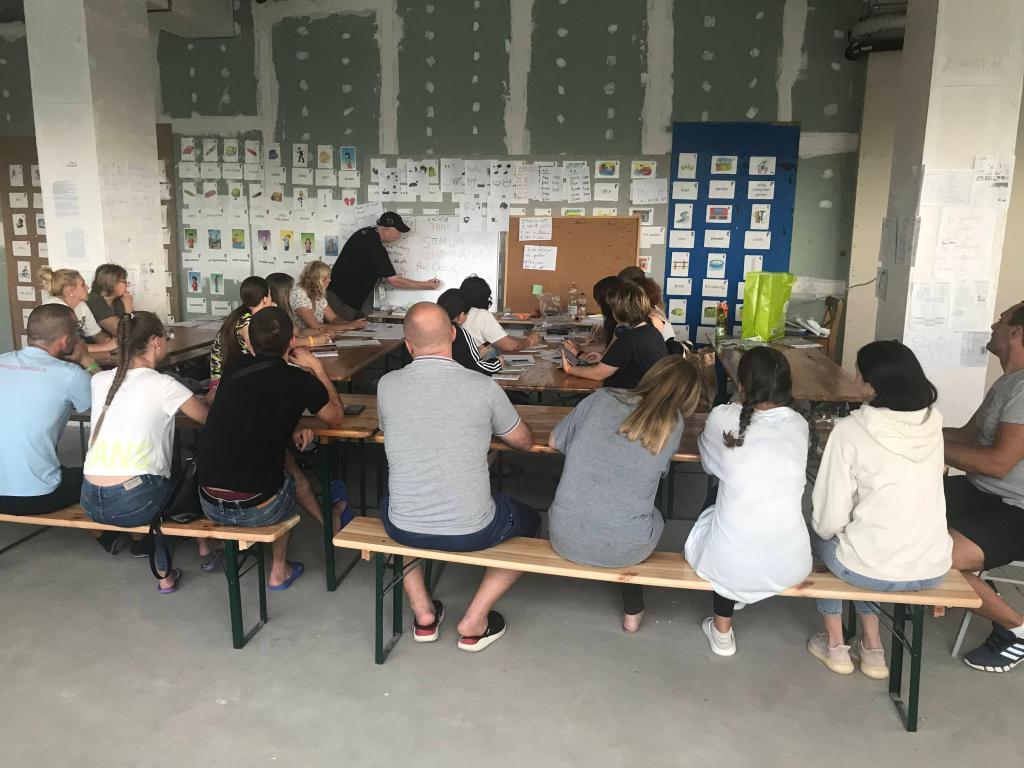
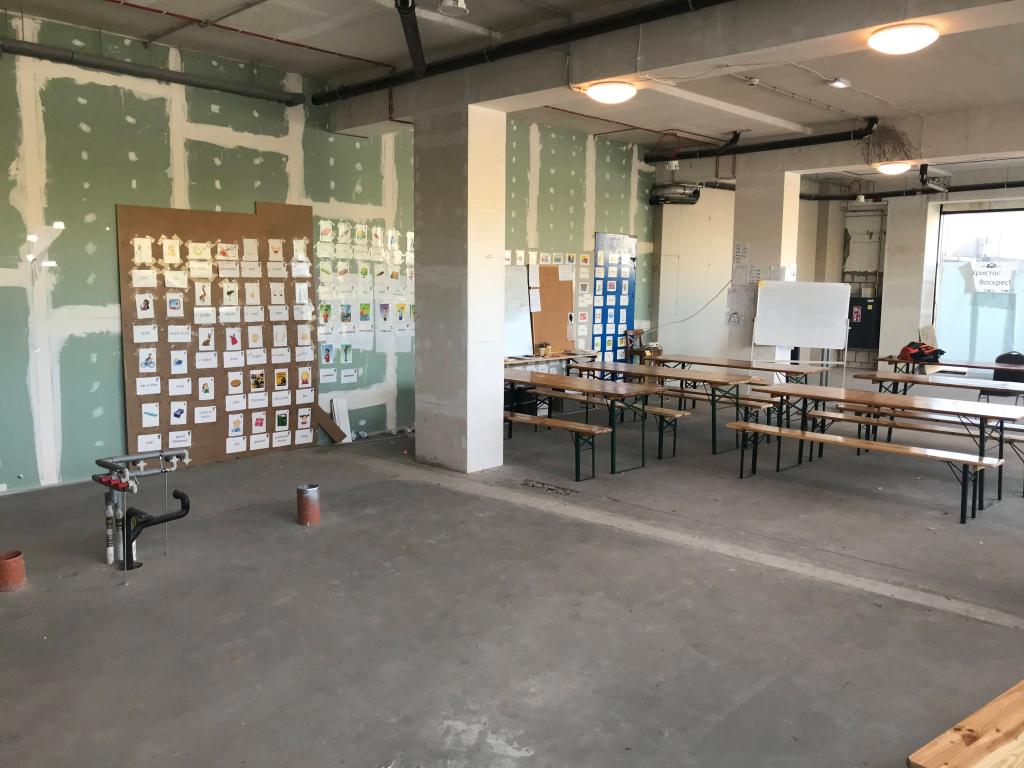
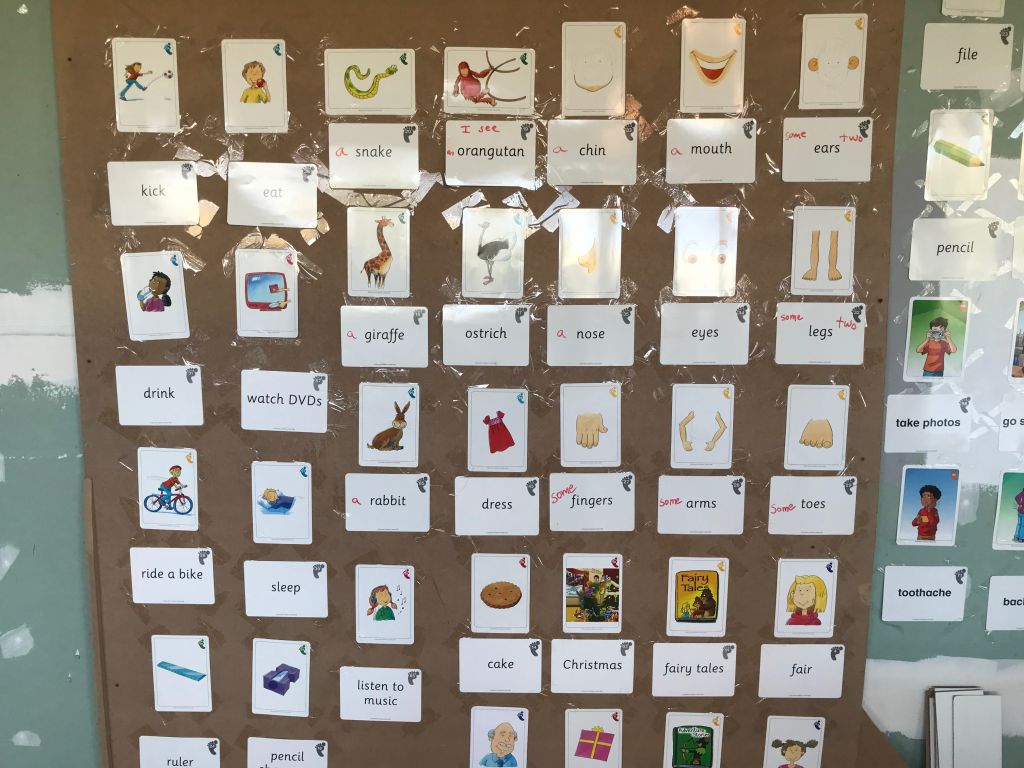
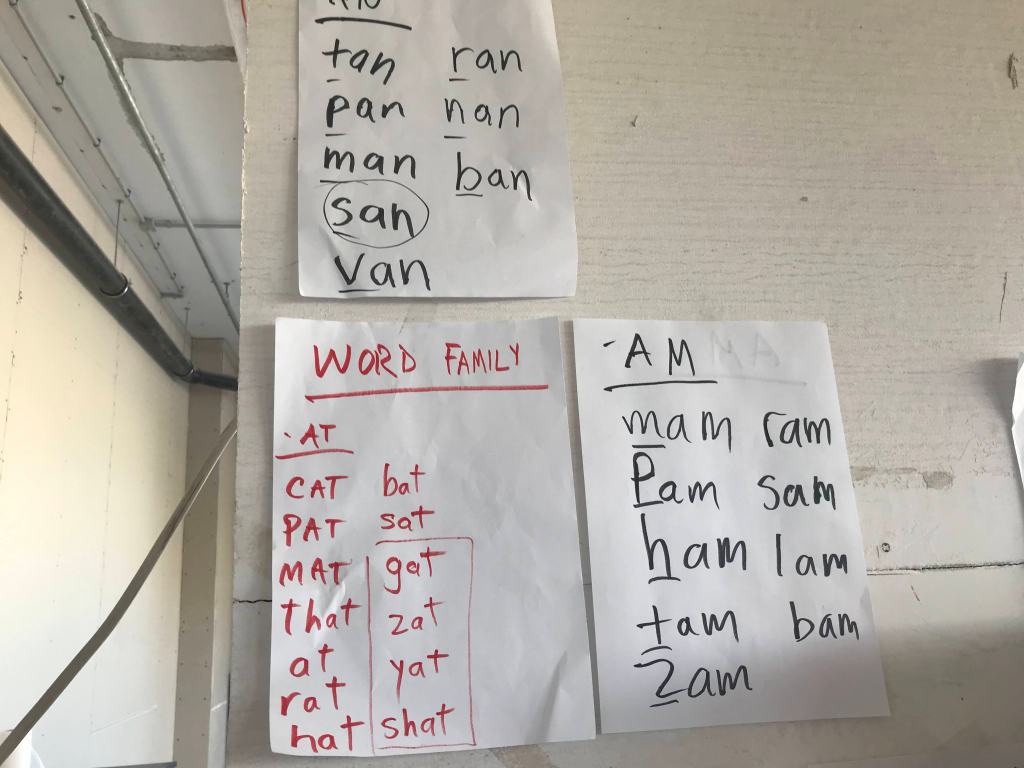
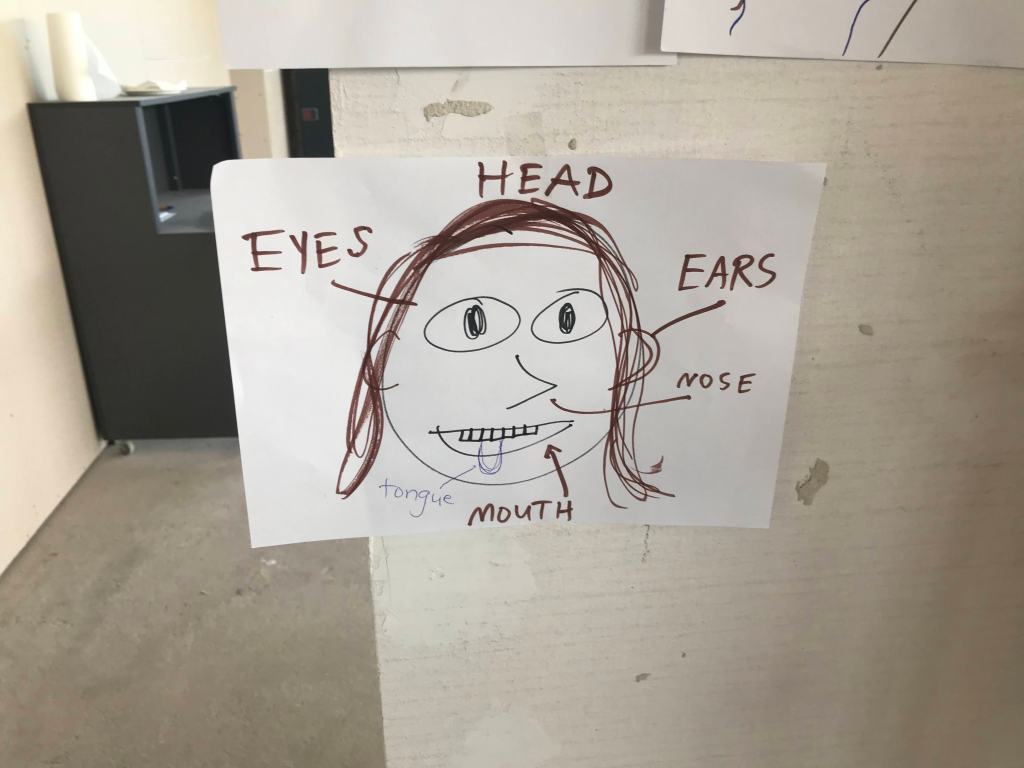
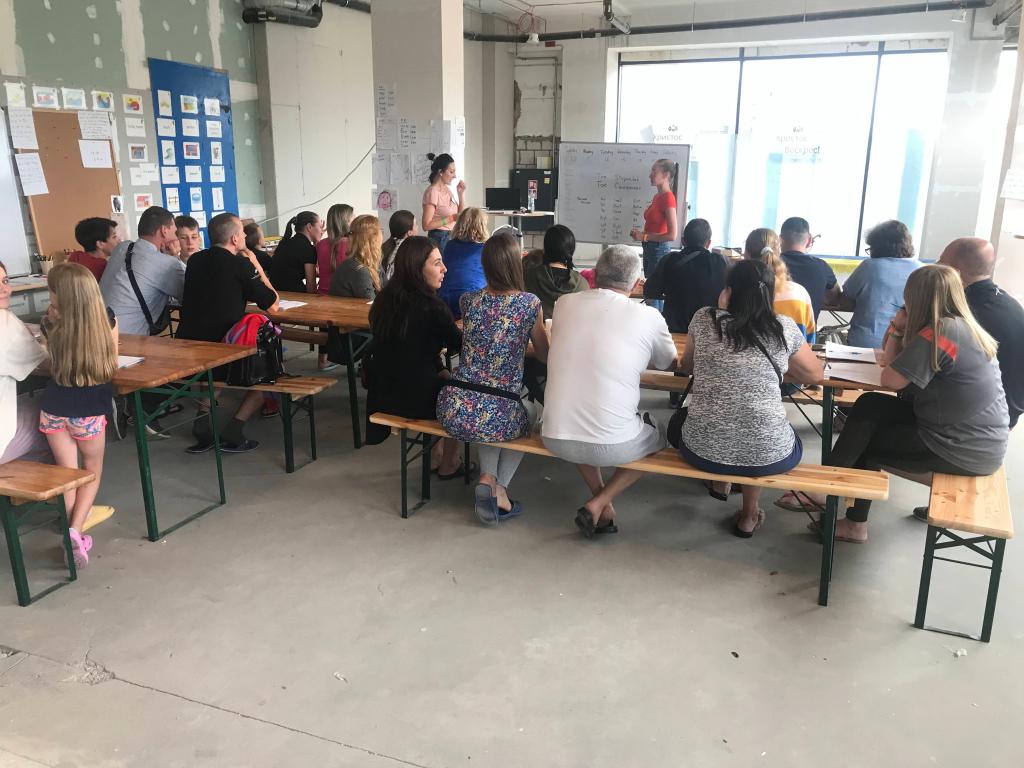
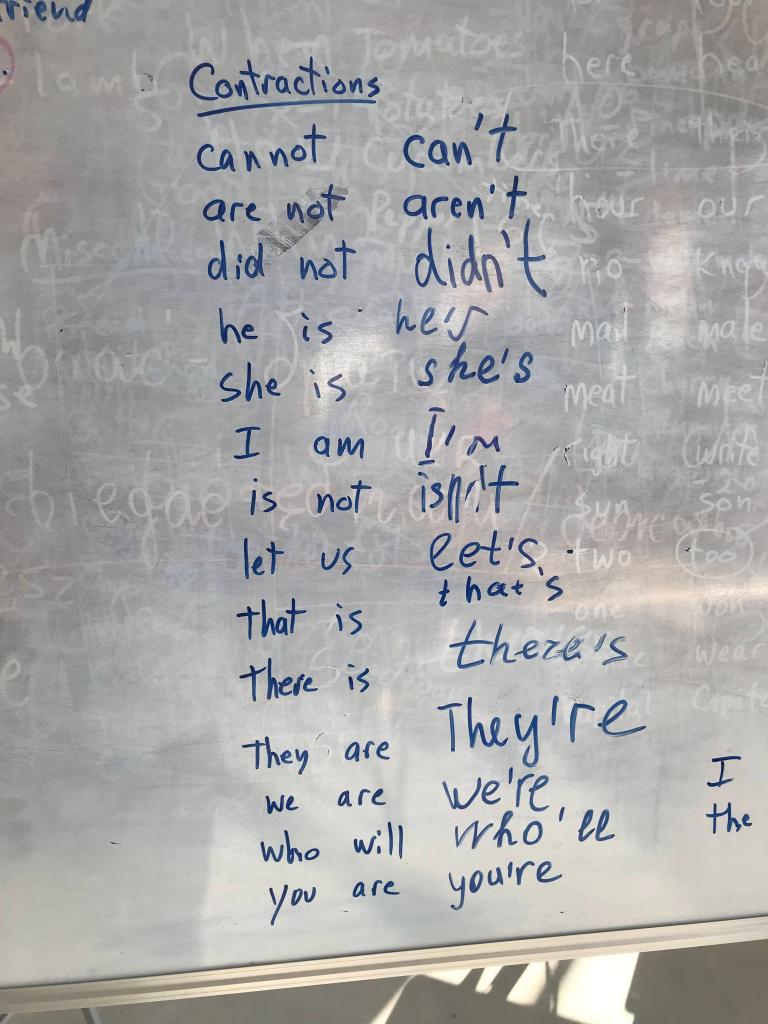

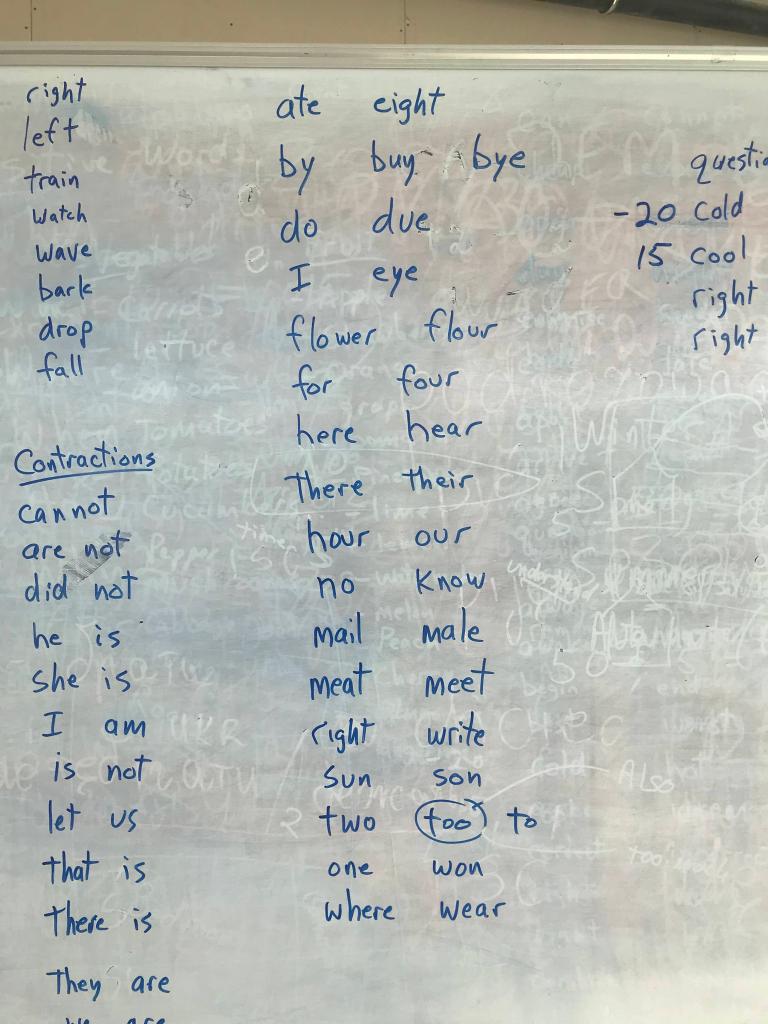
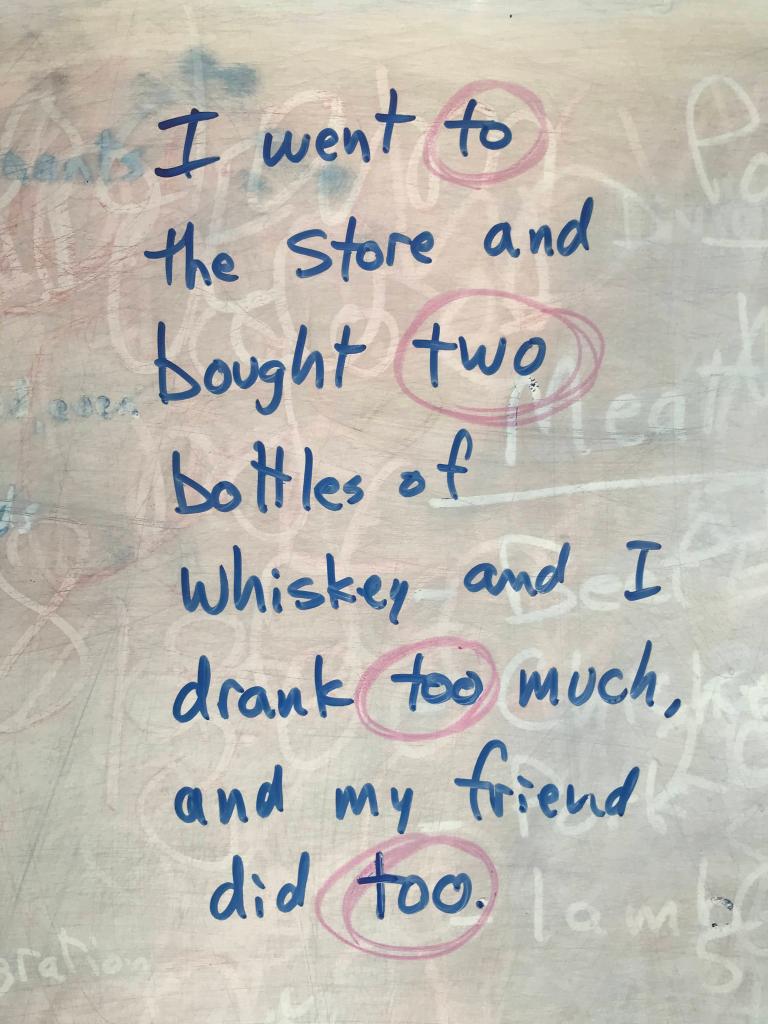
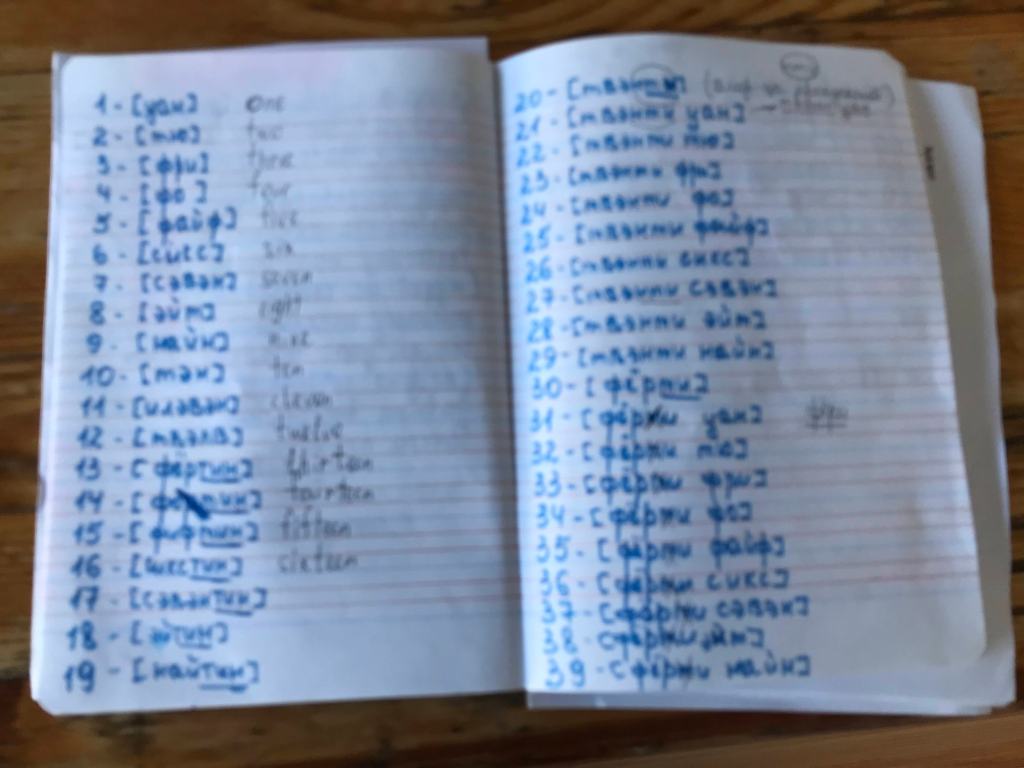
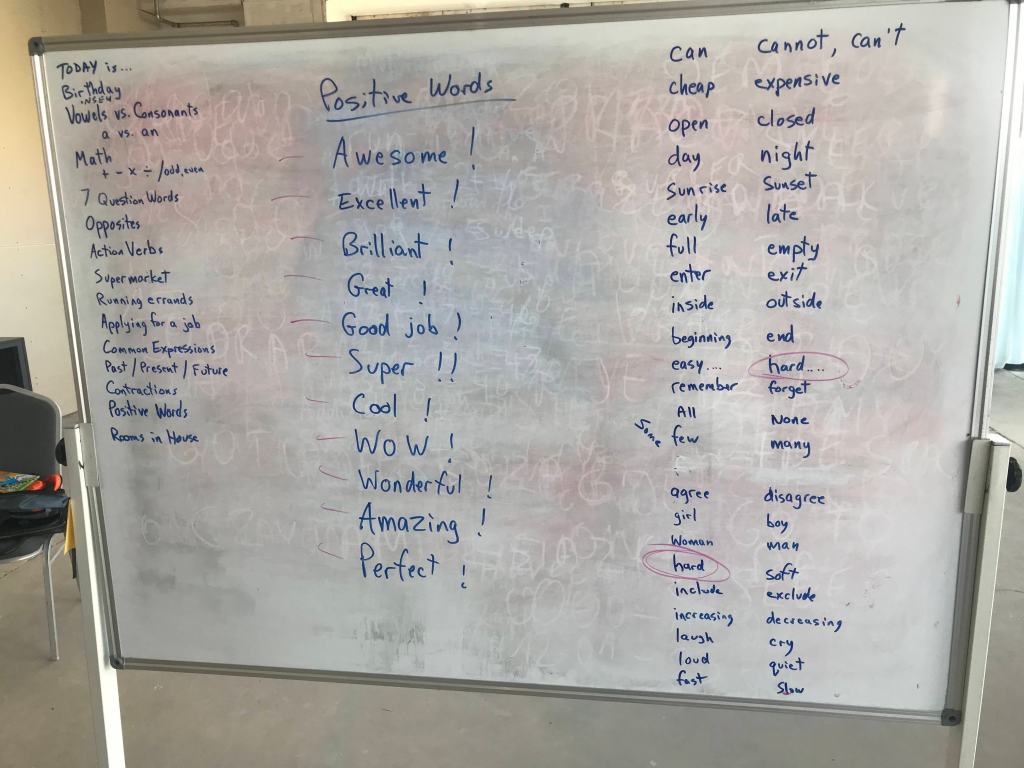
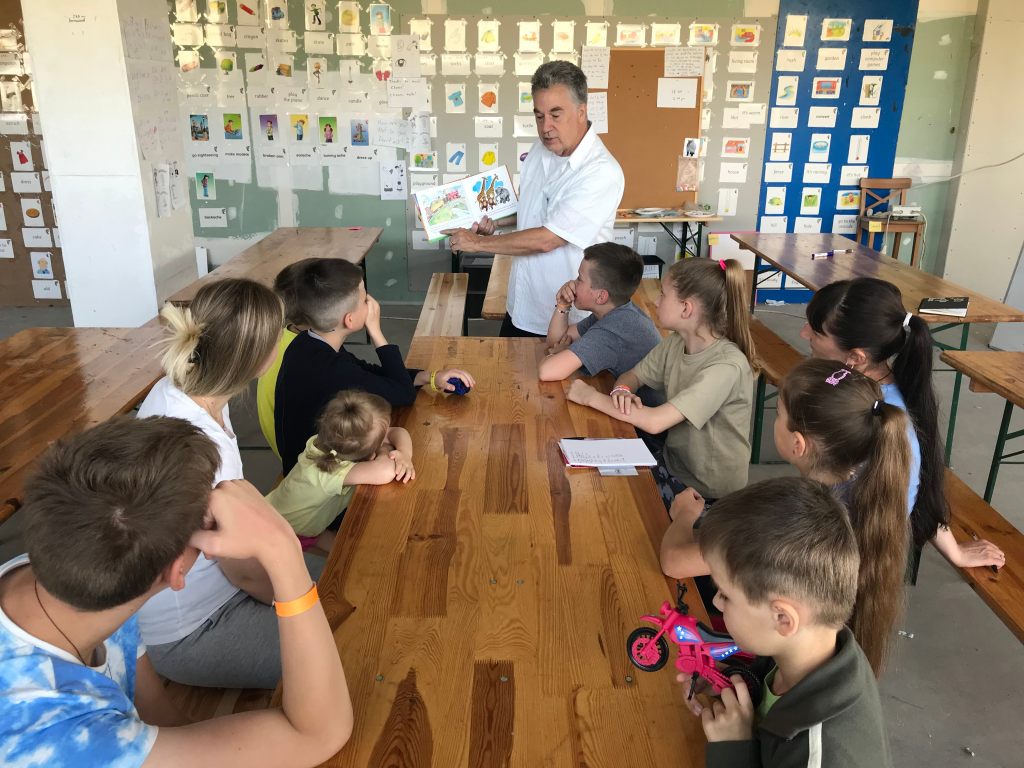
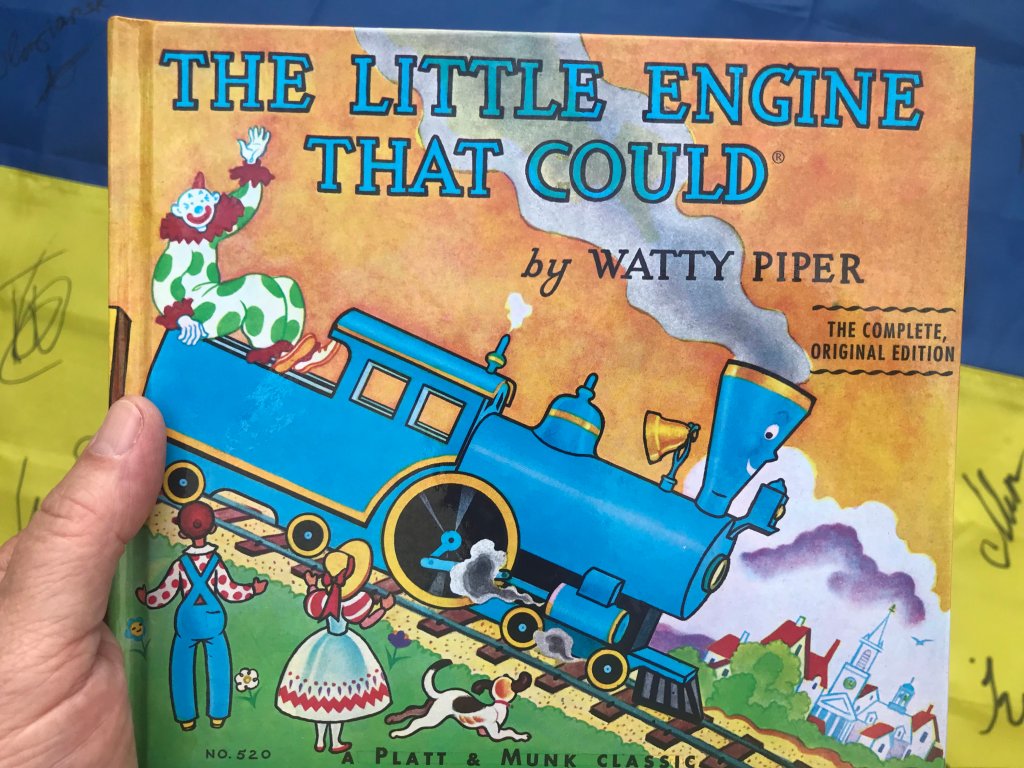

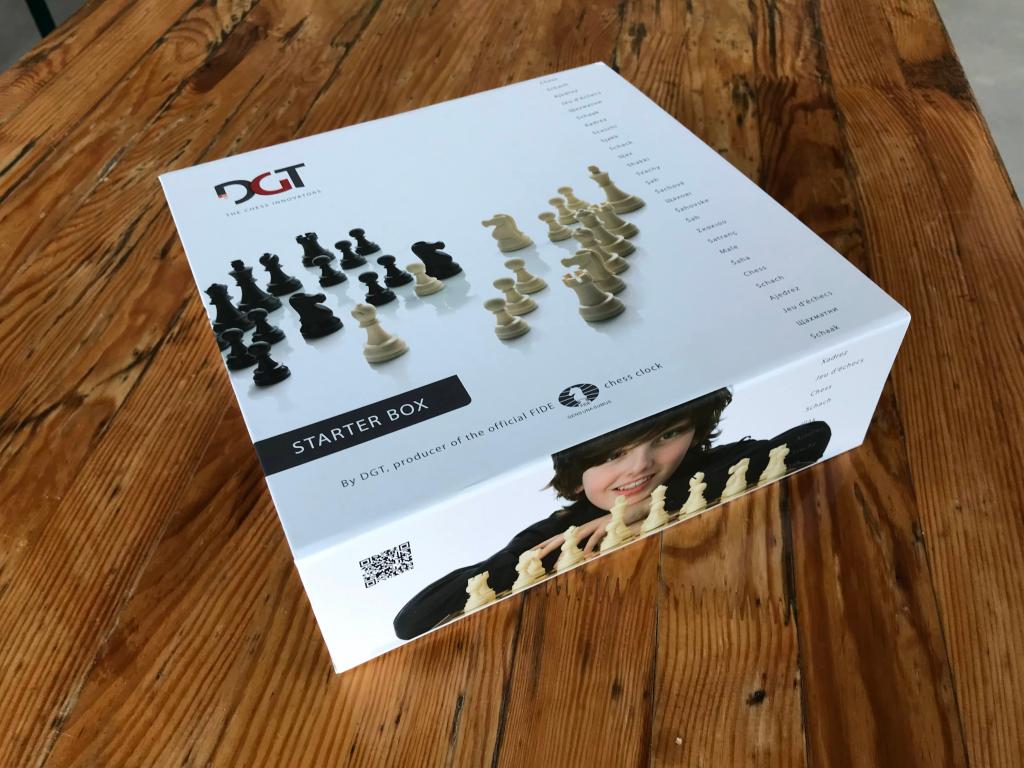
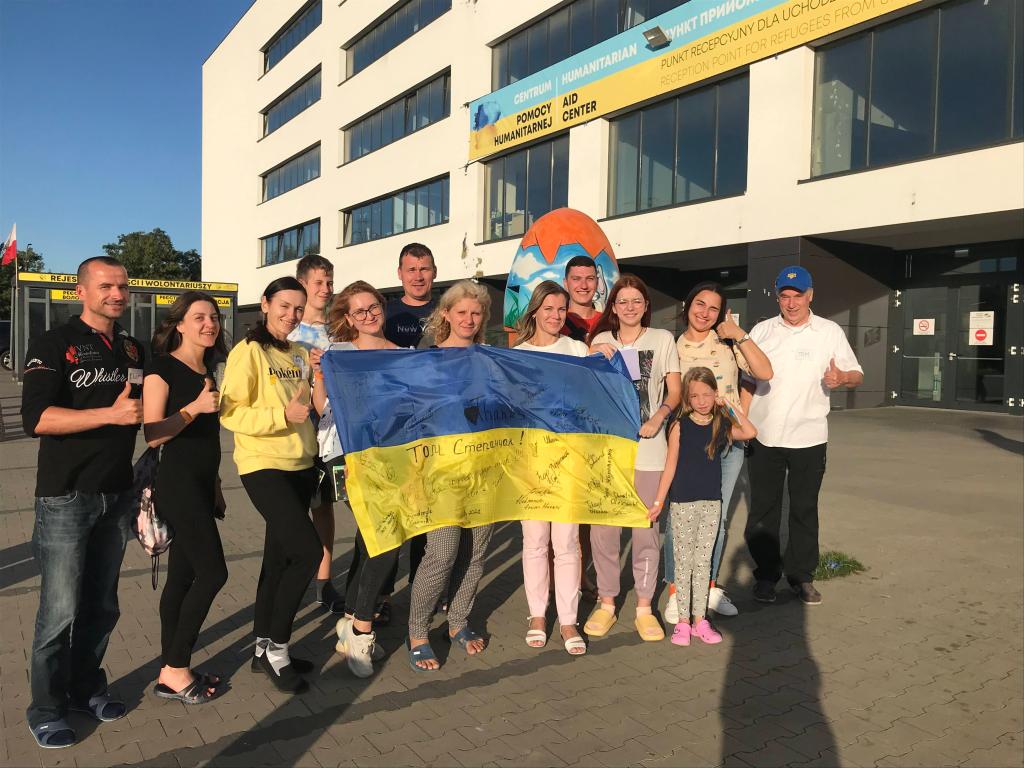
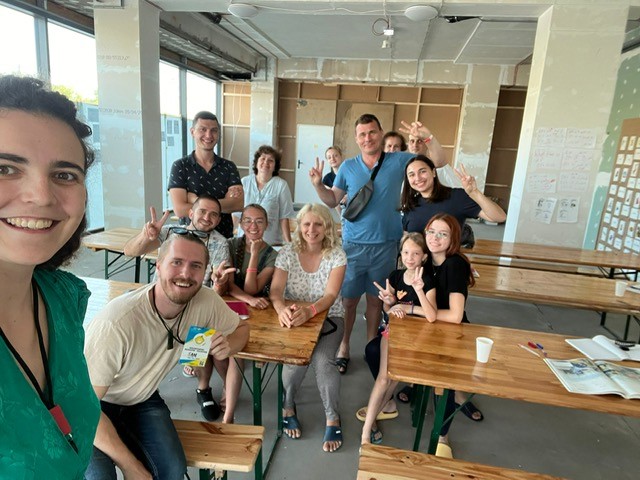
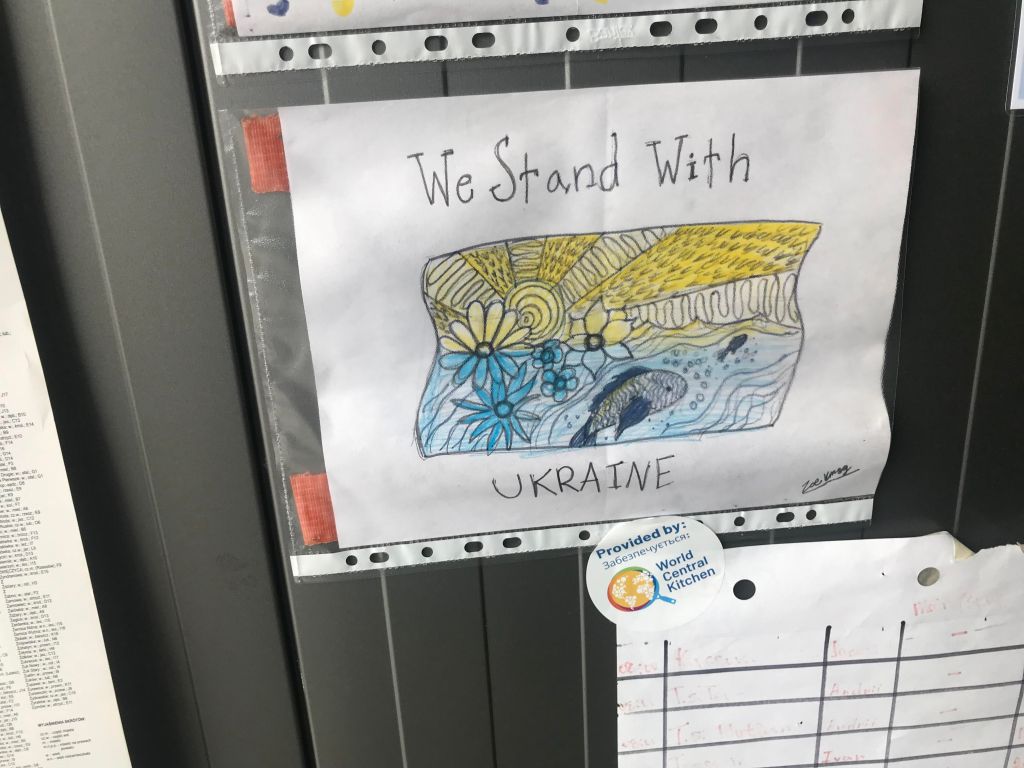

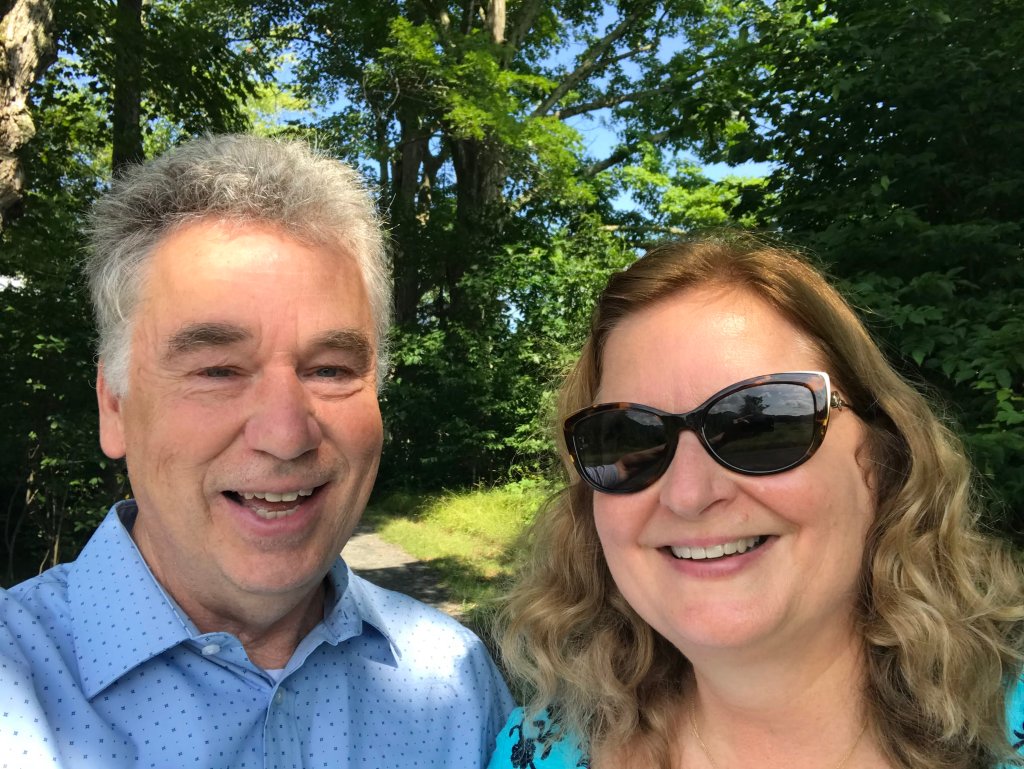
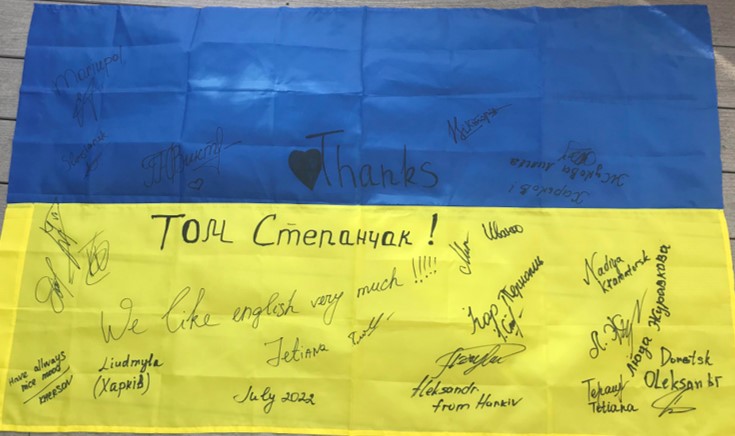
ts






































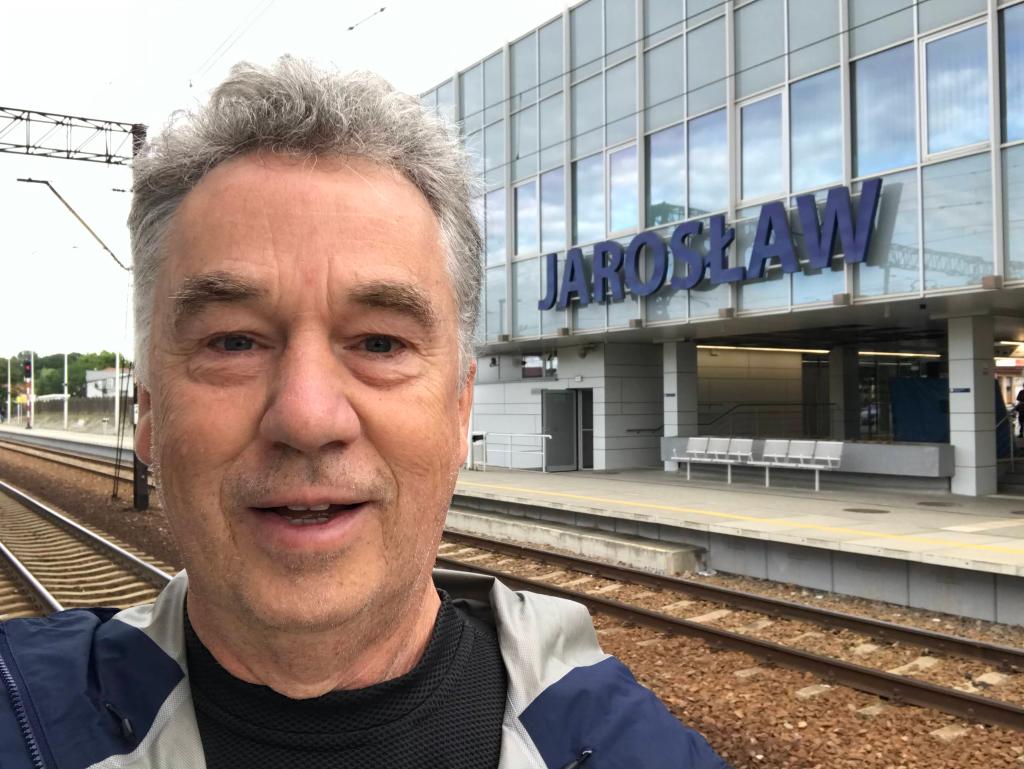
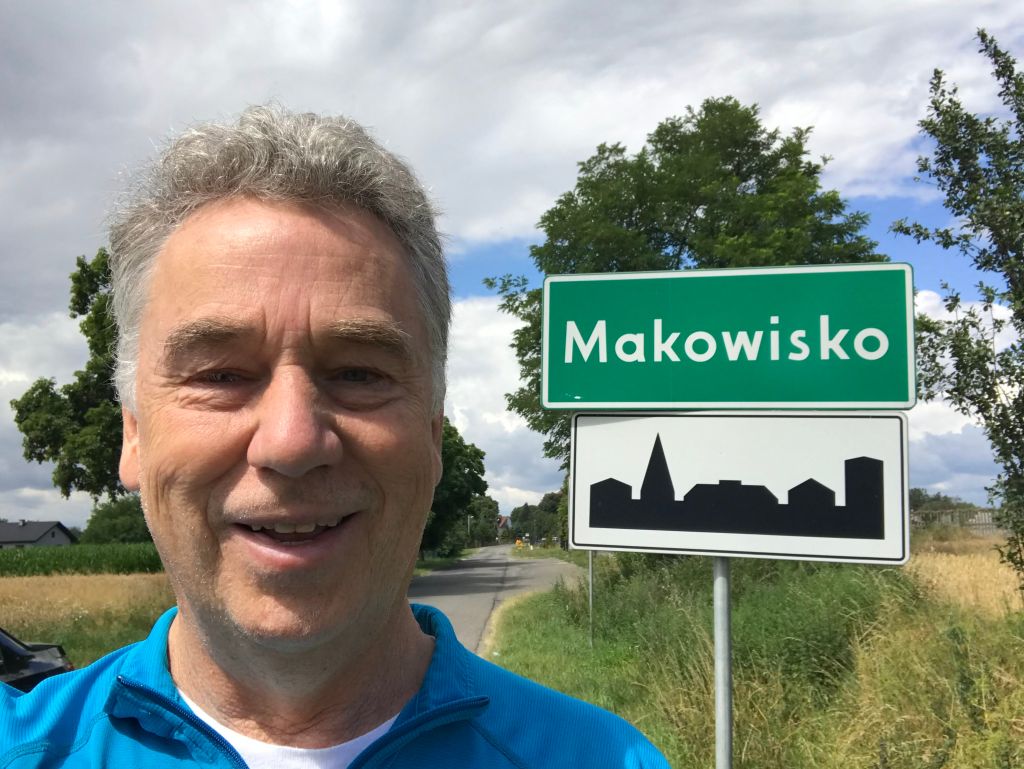

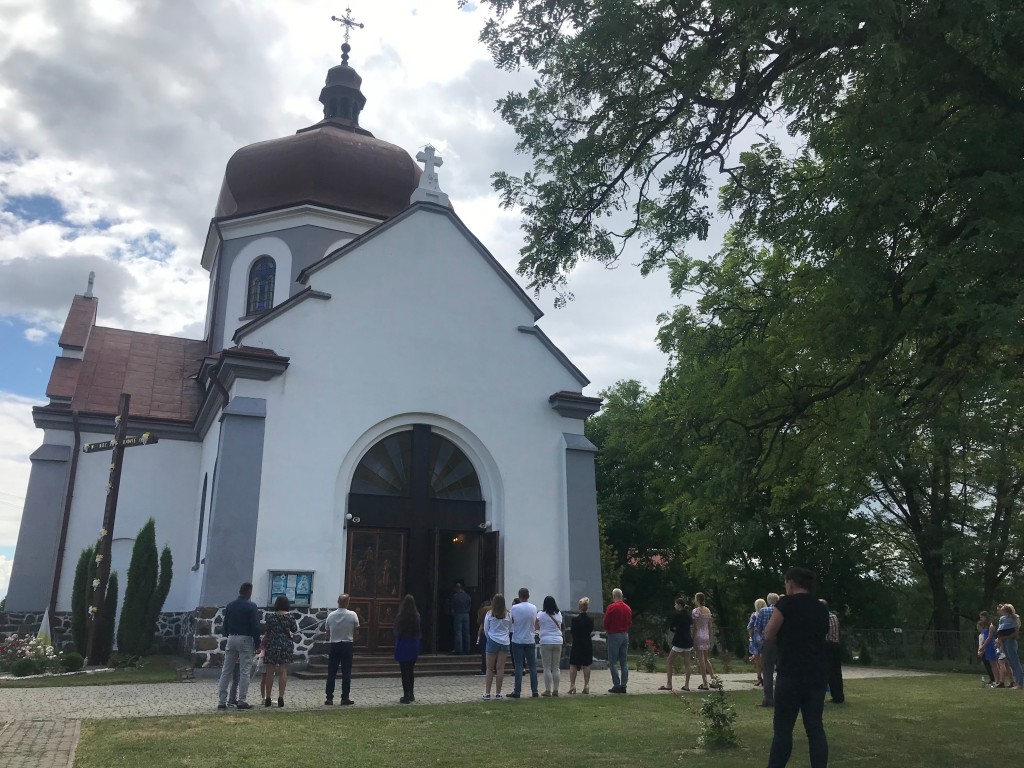
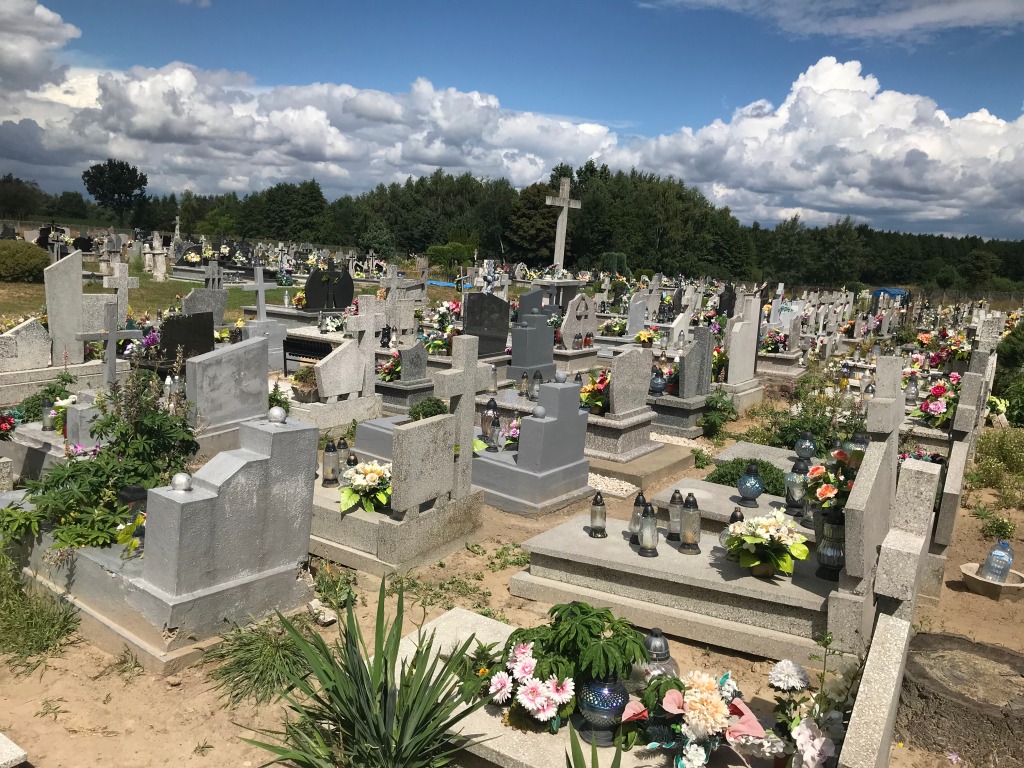
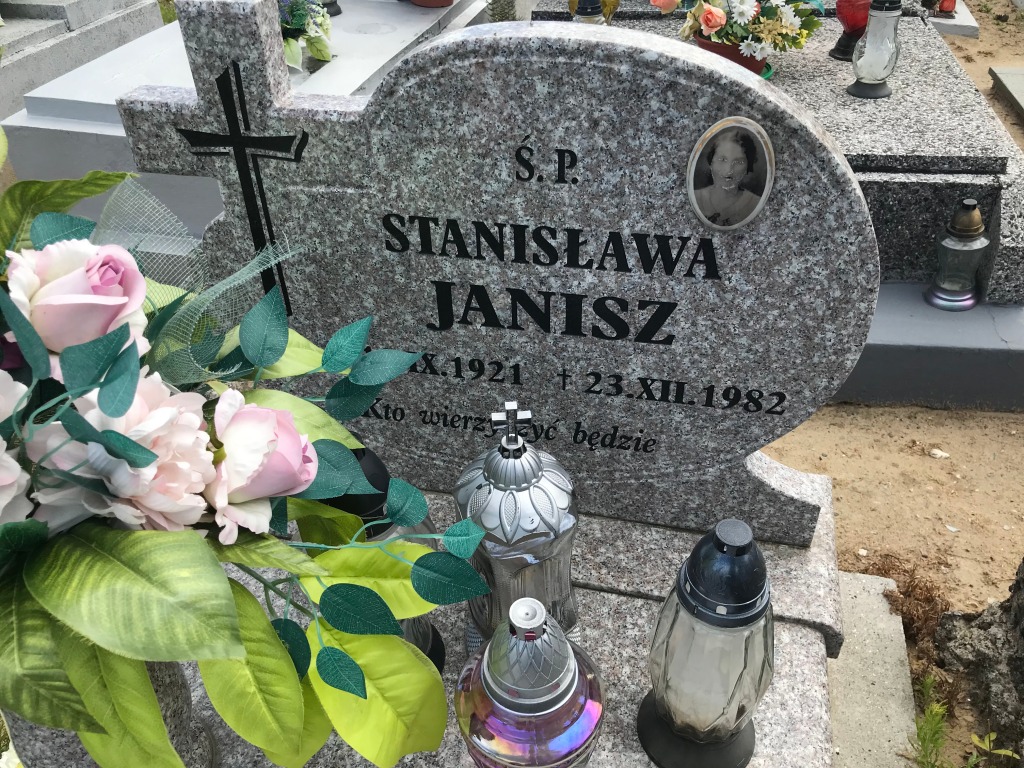
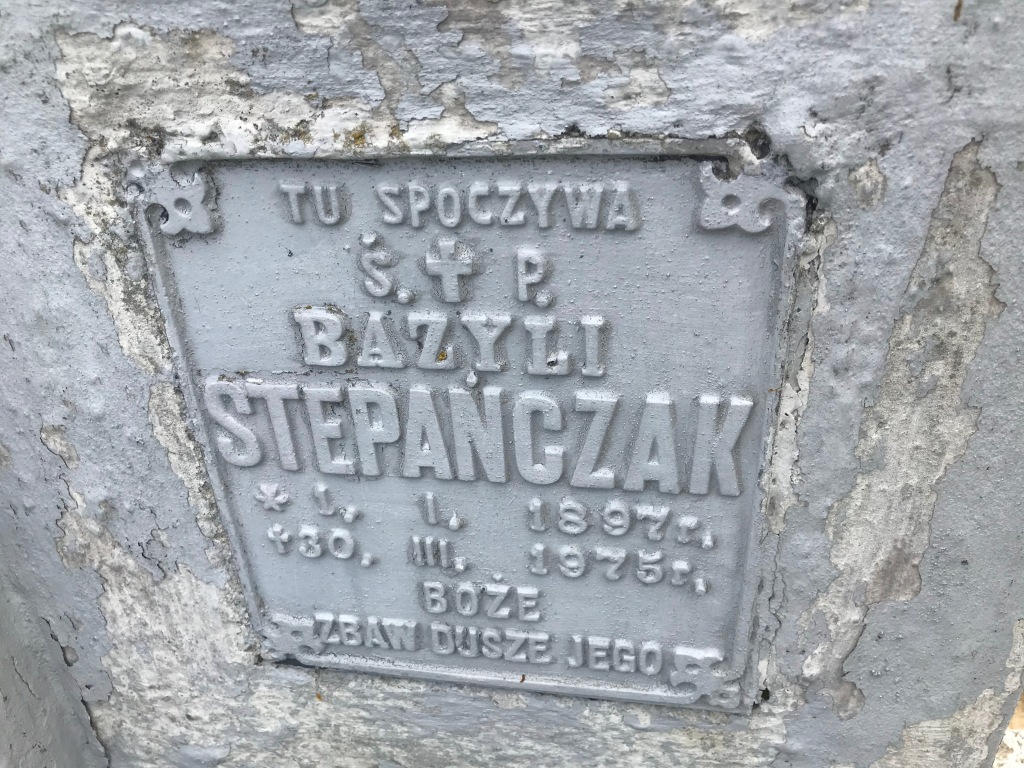
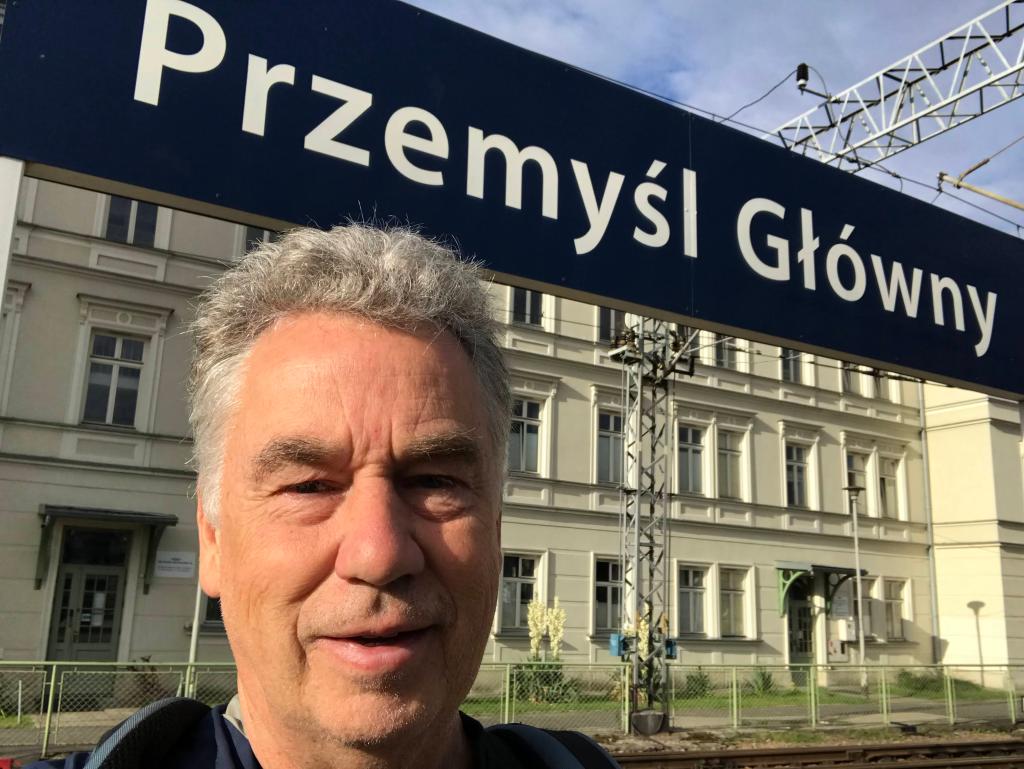
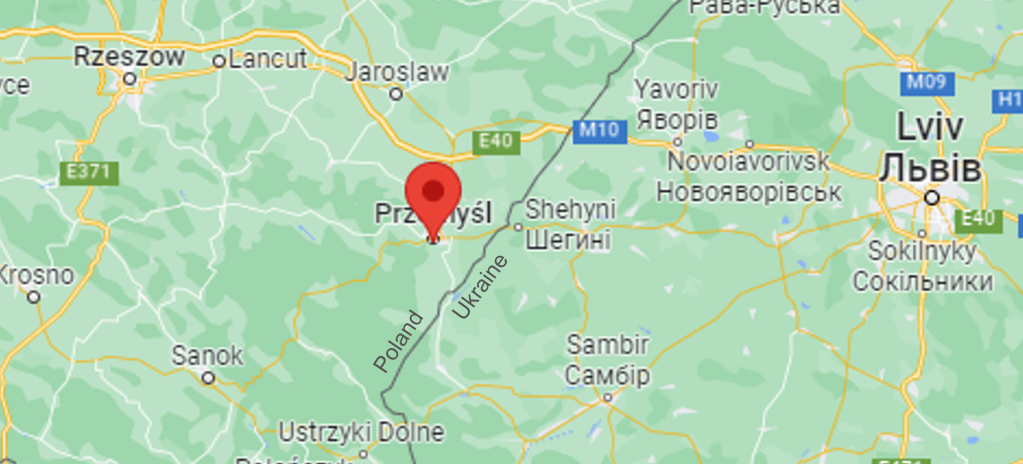
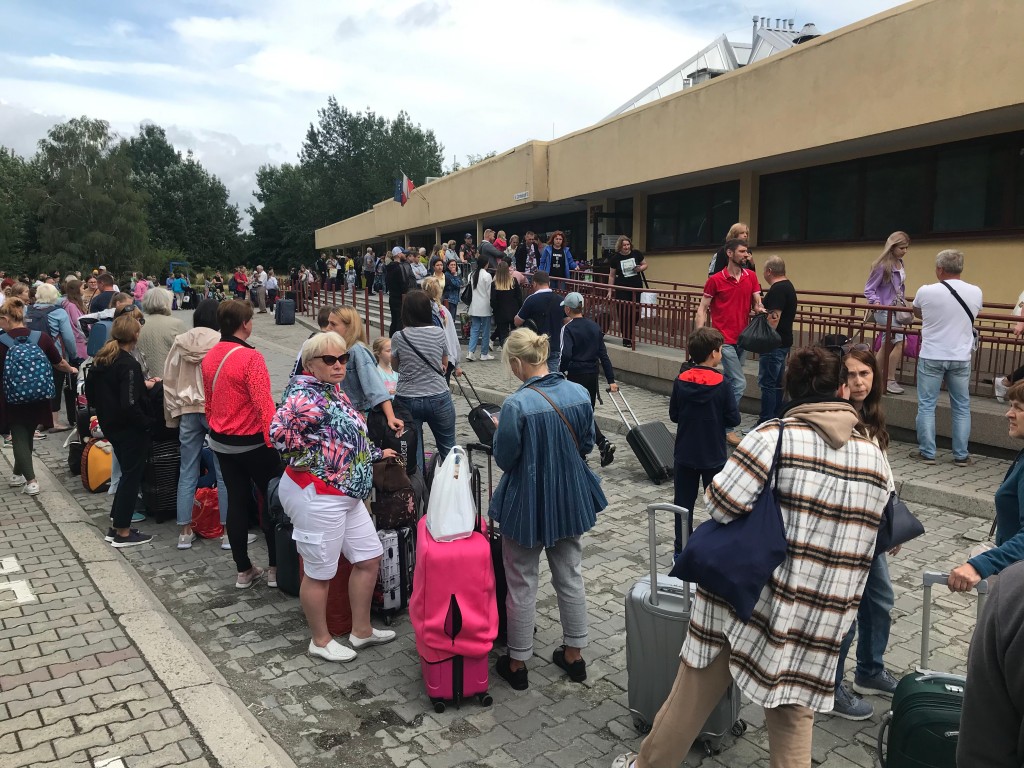
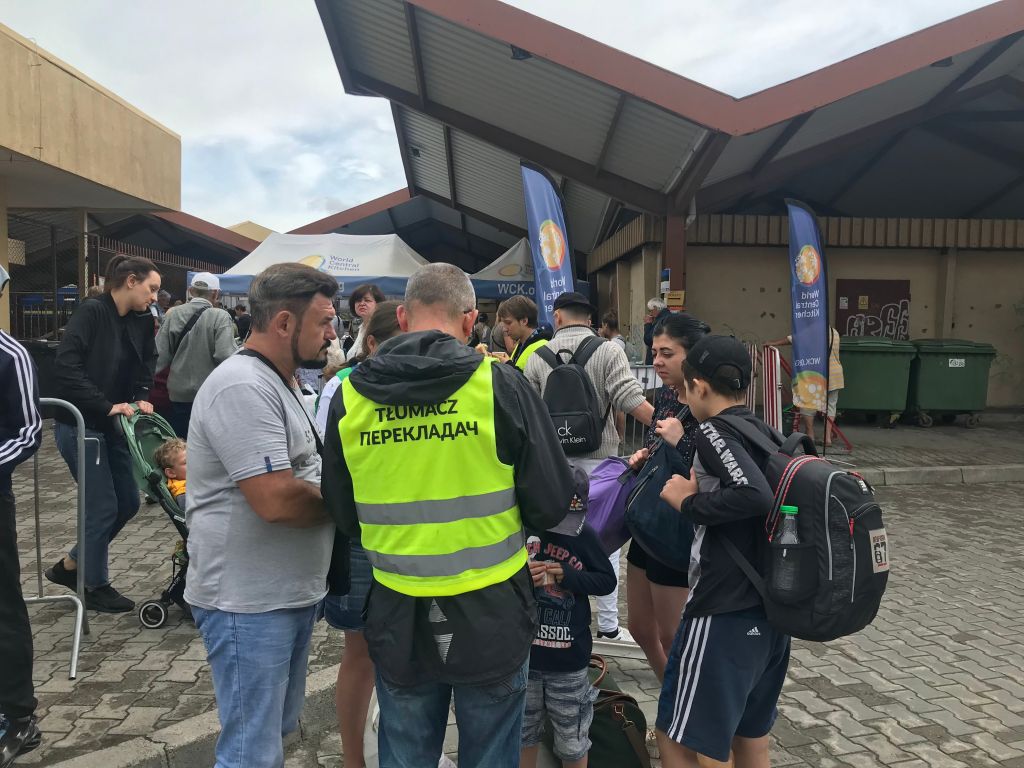

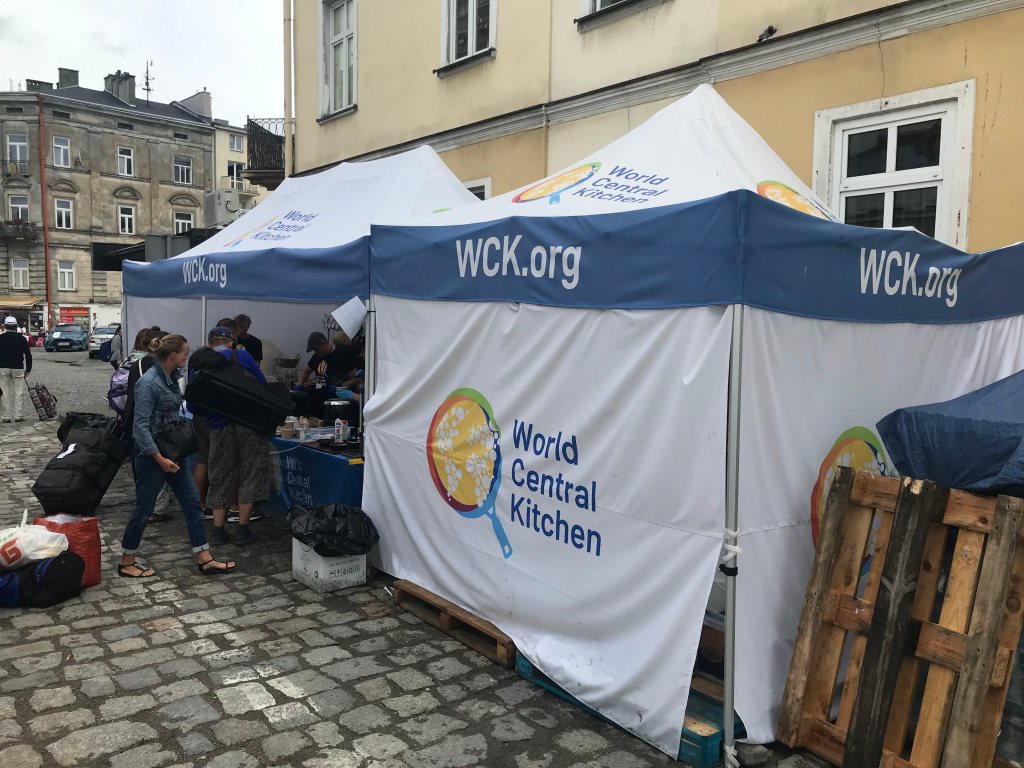
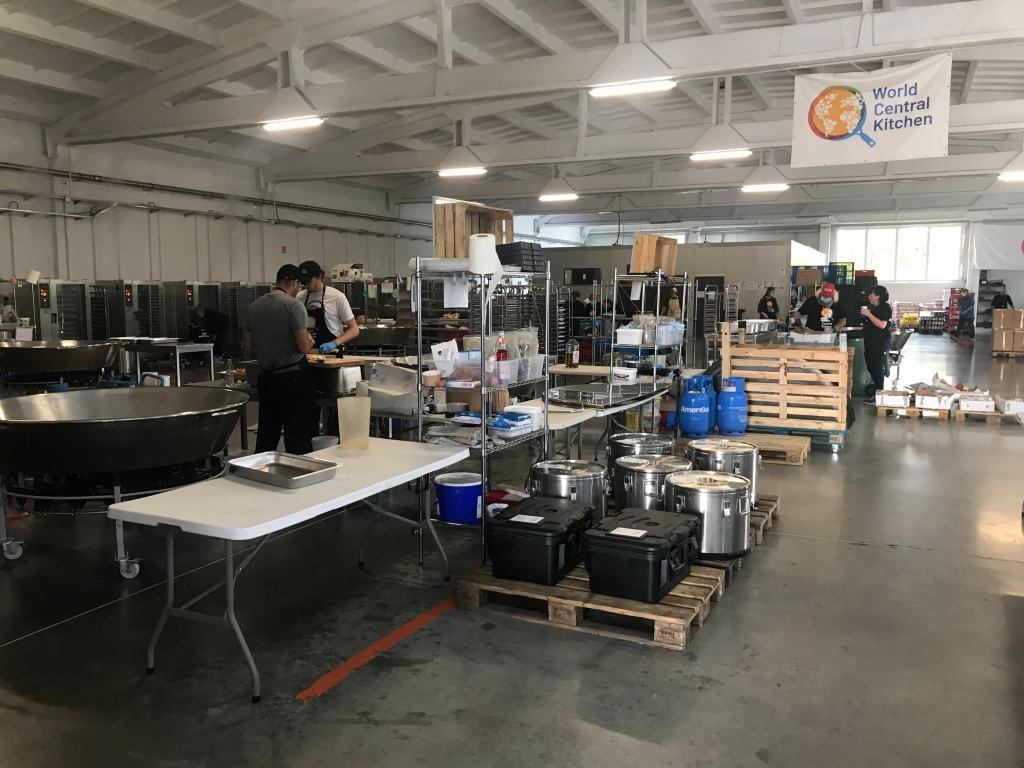
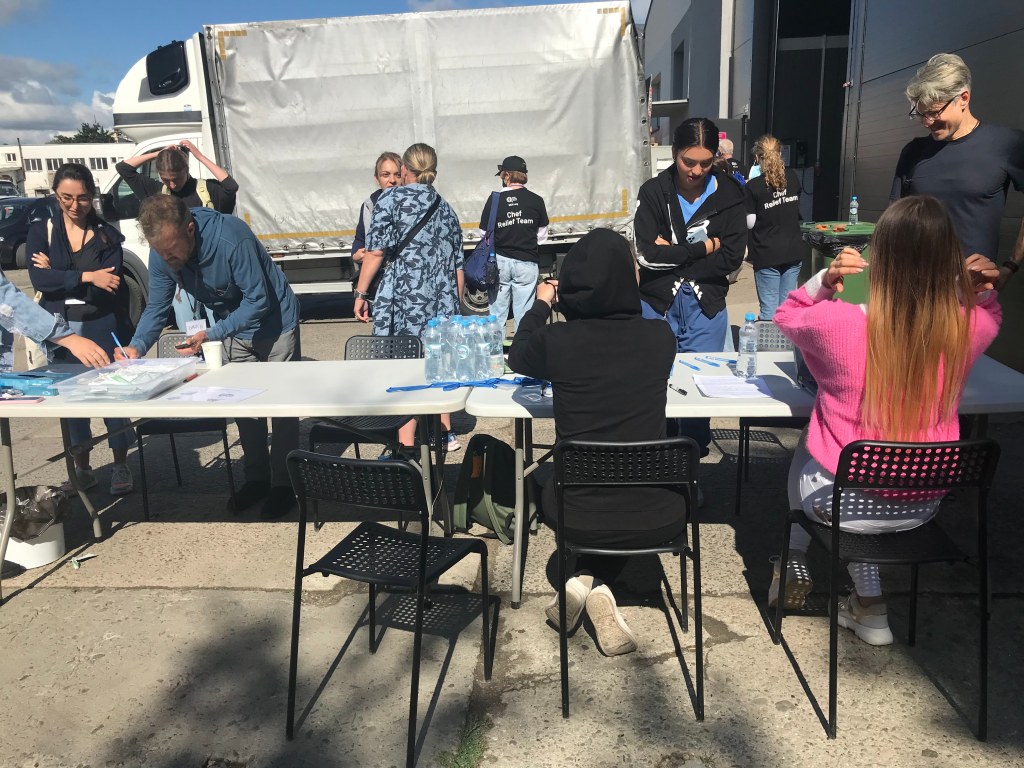
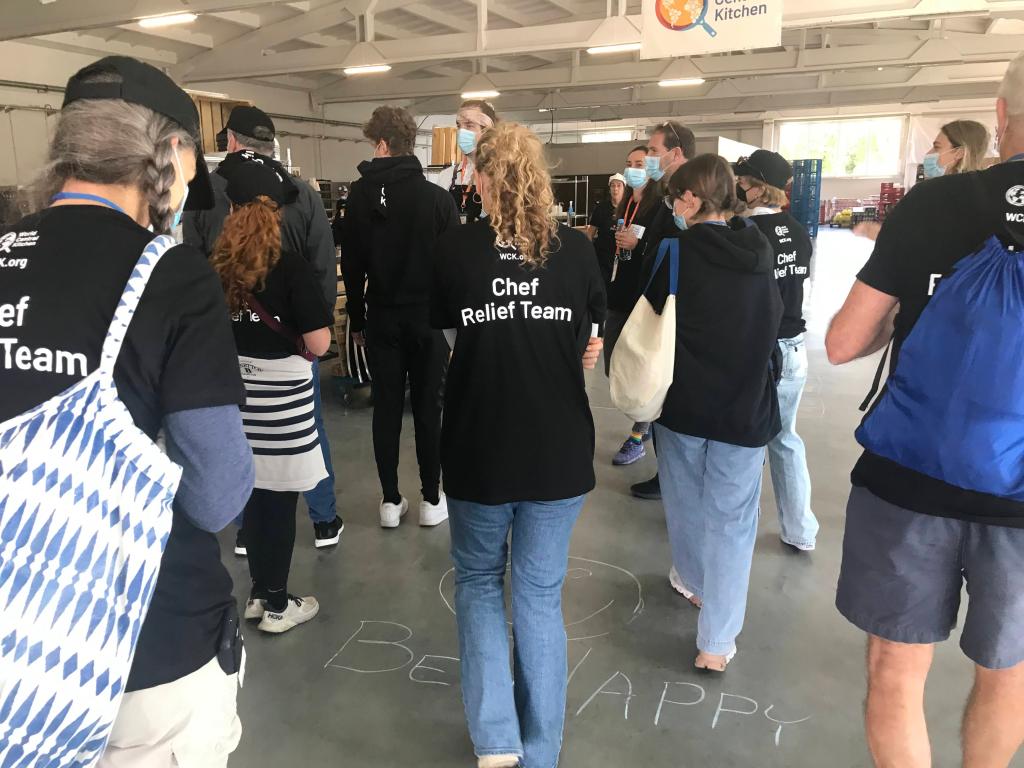

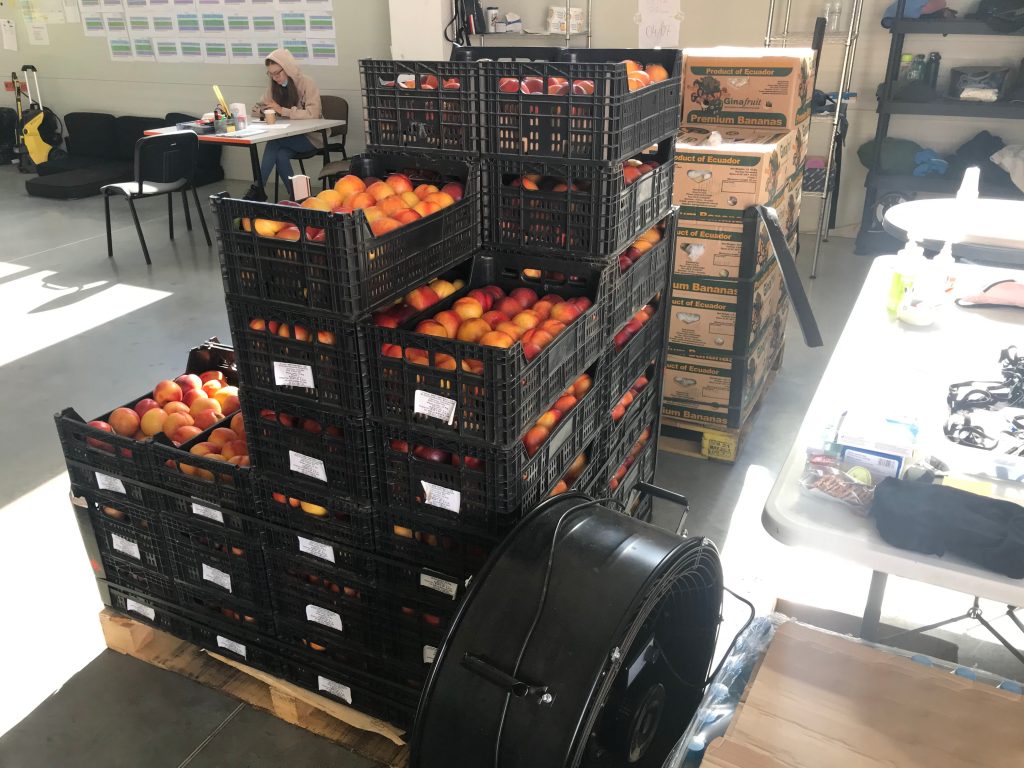
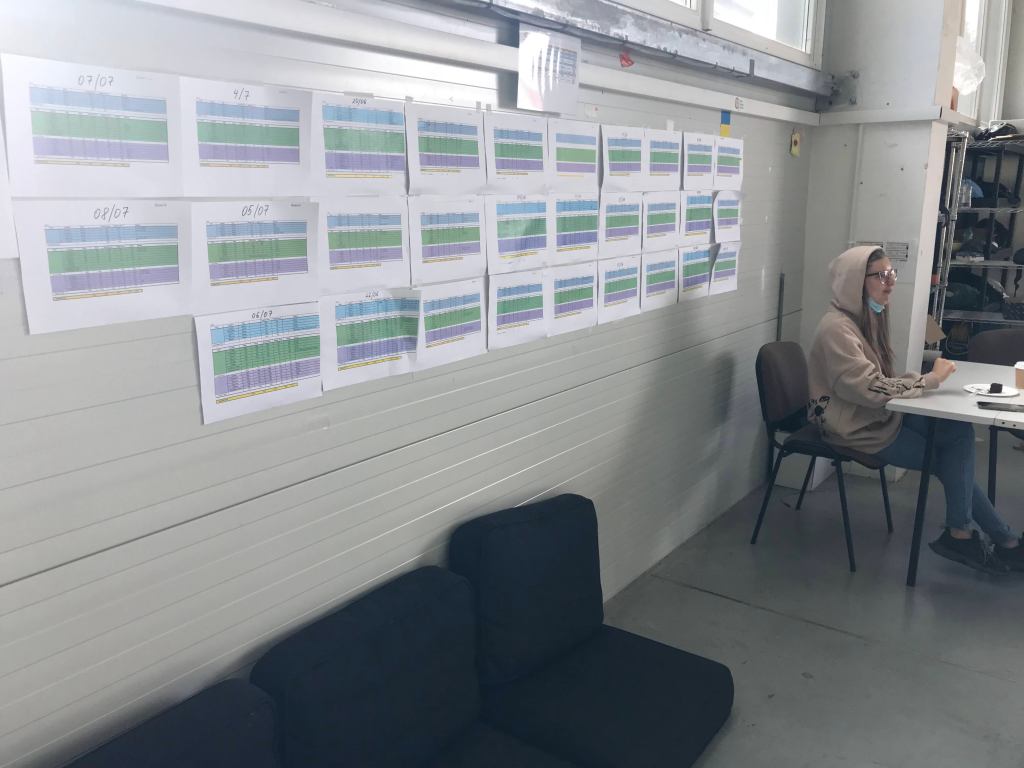
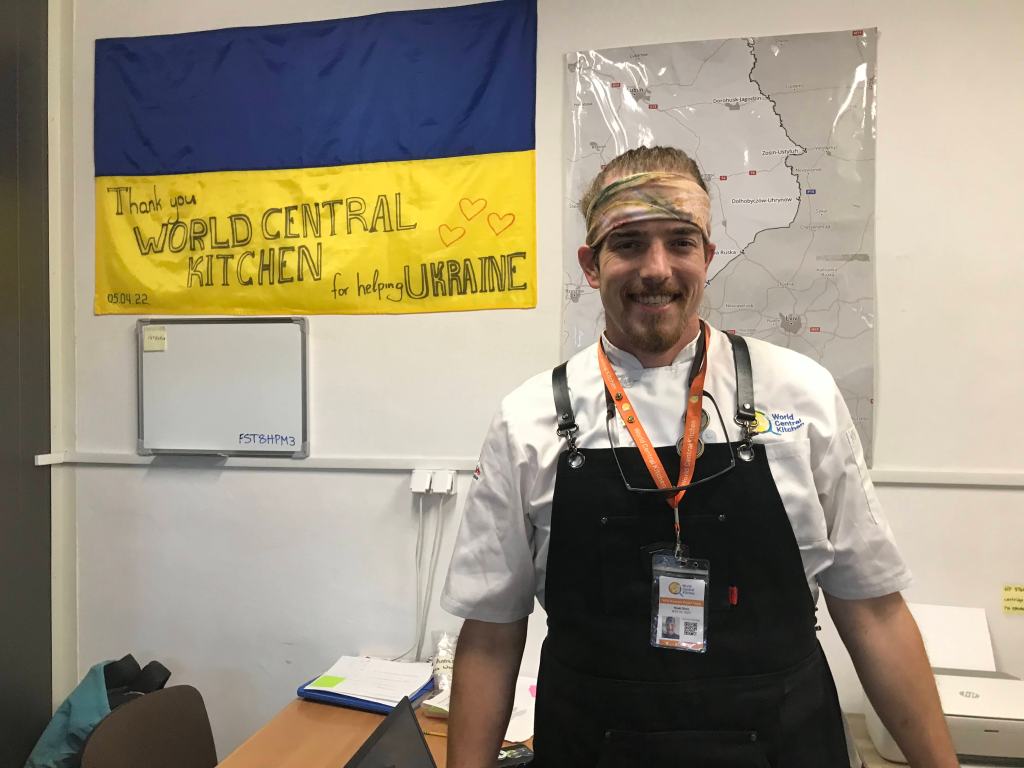

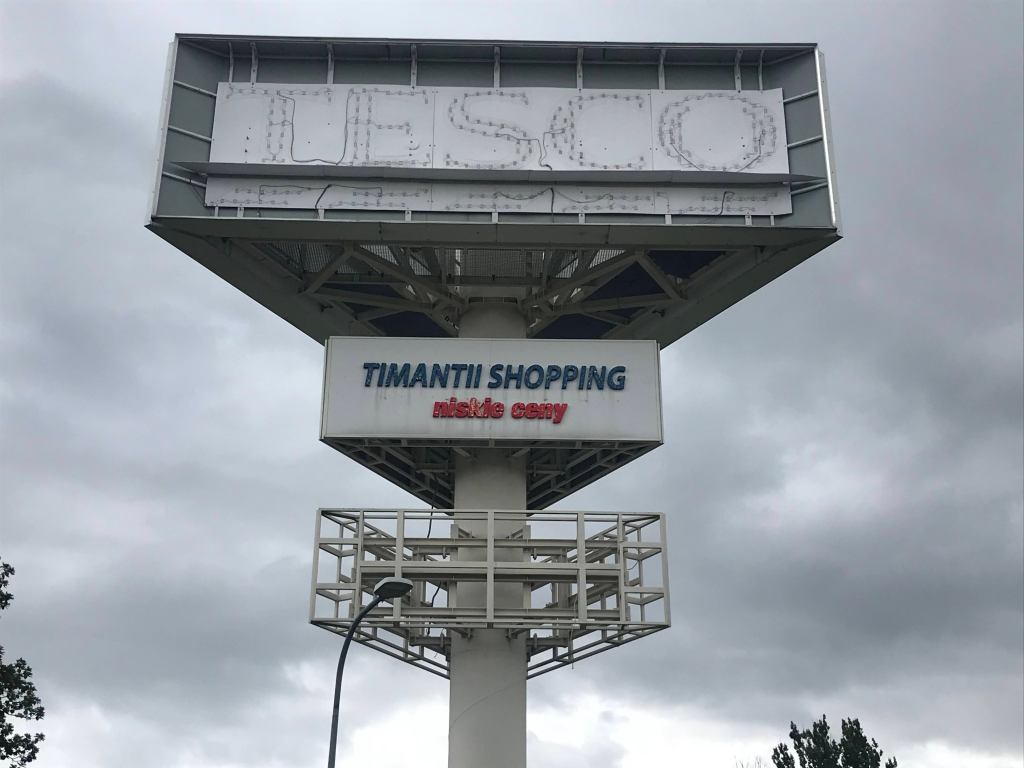

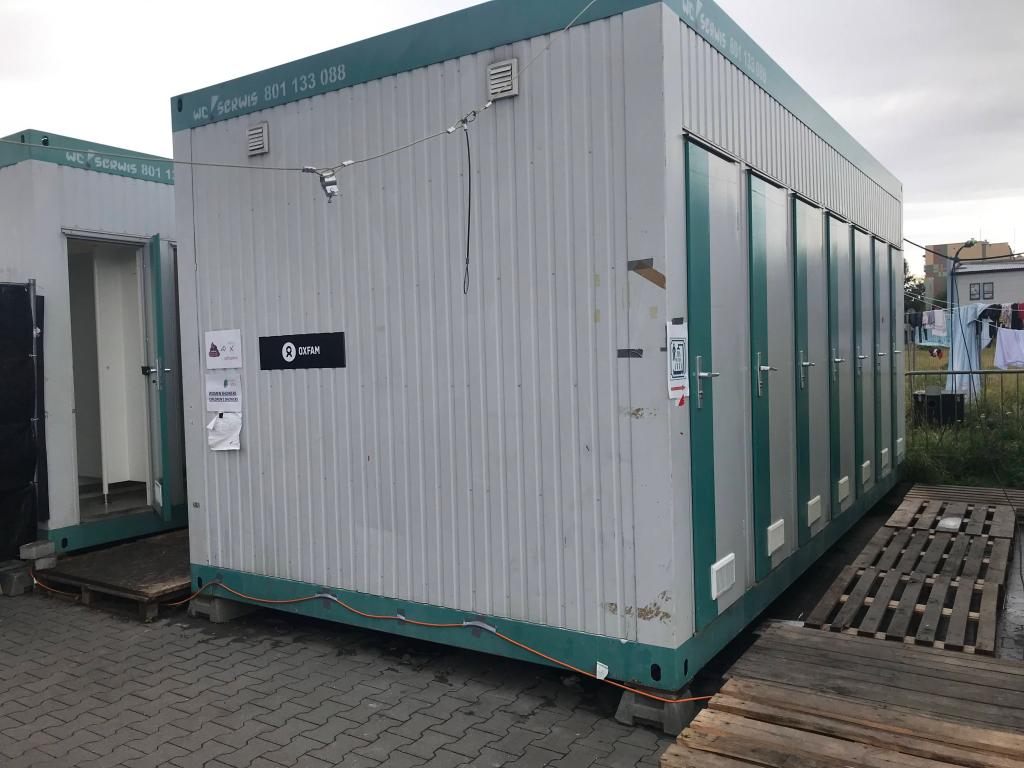
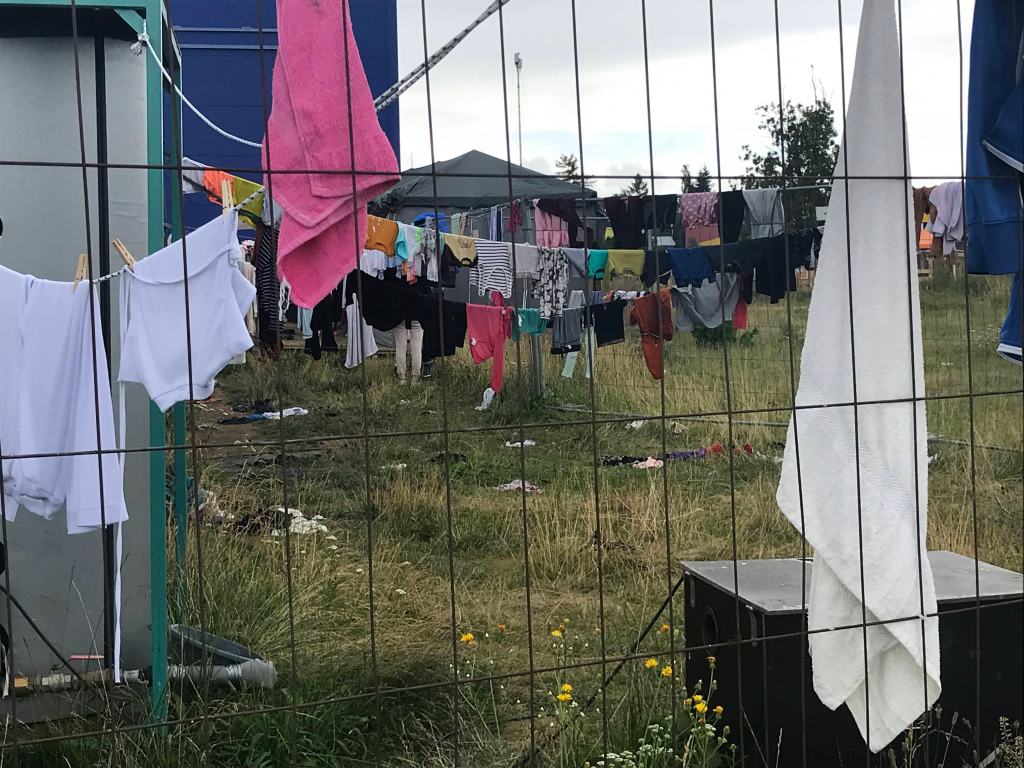

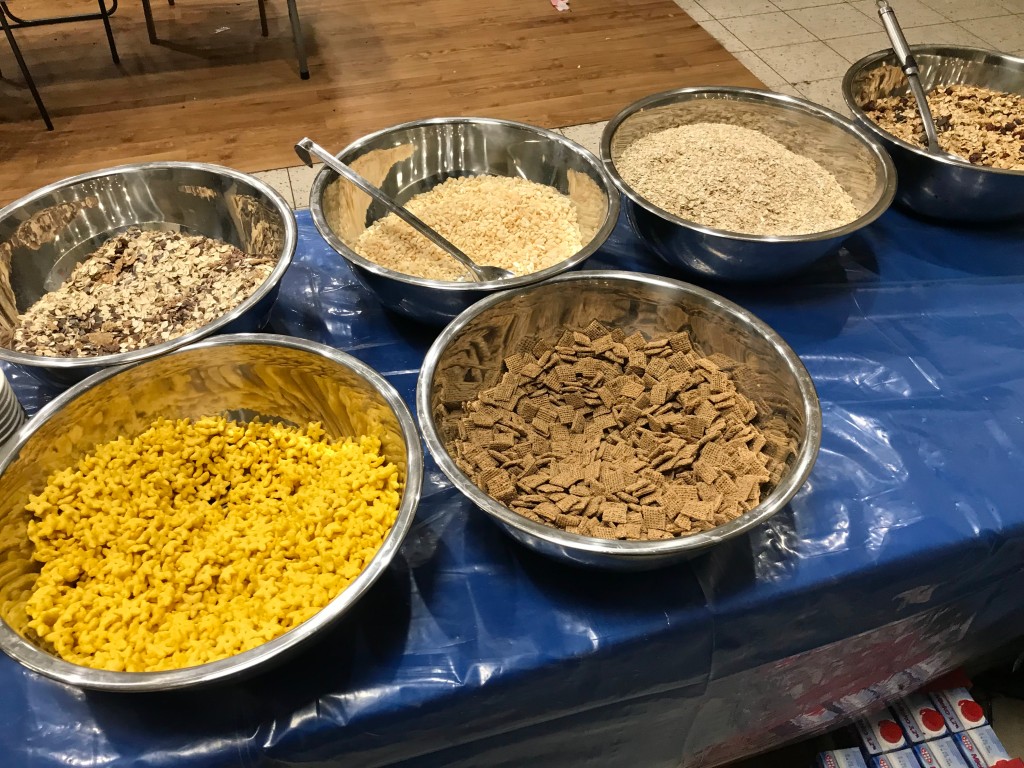
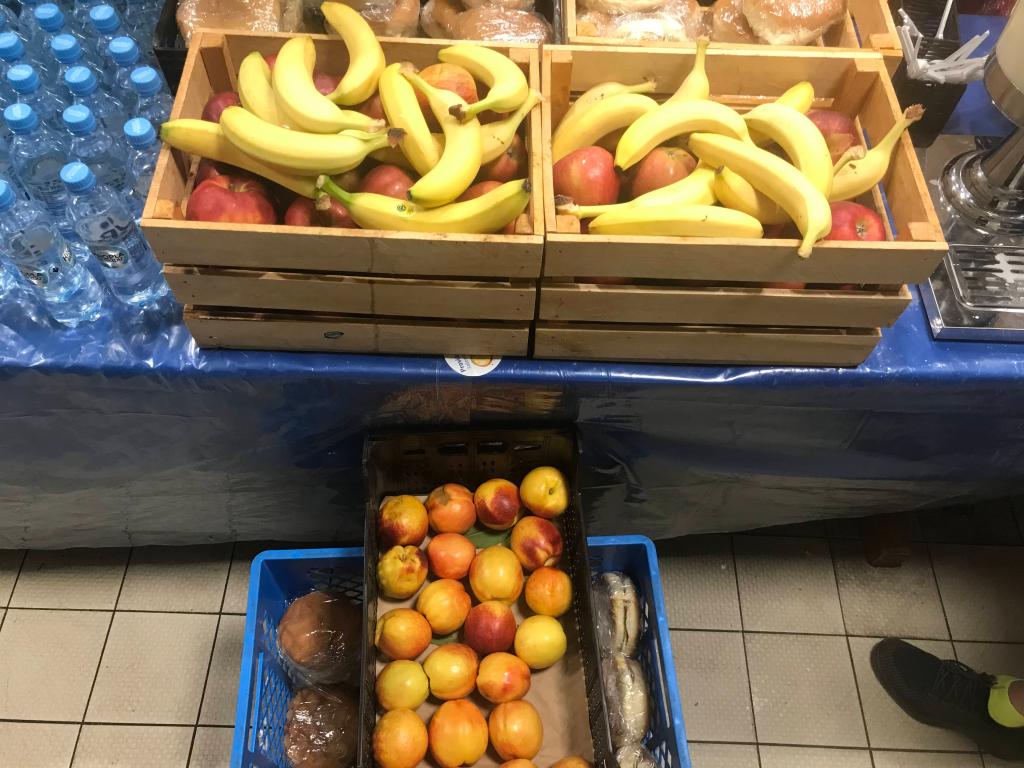
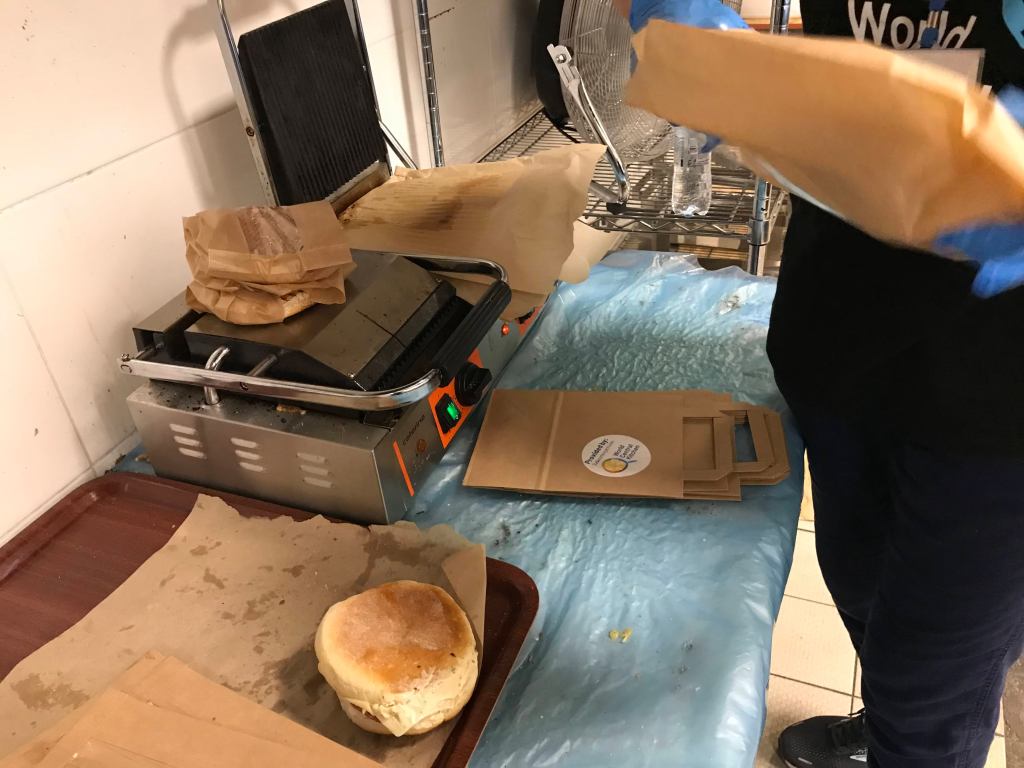
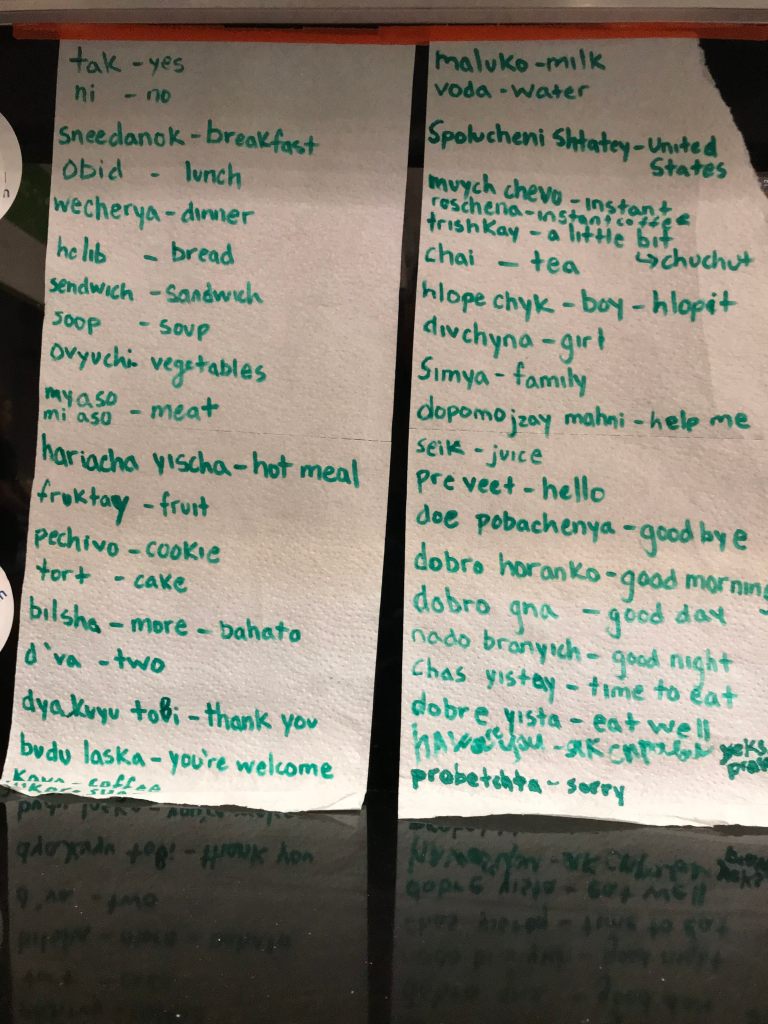
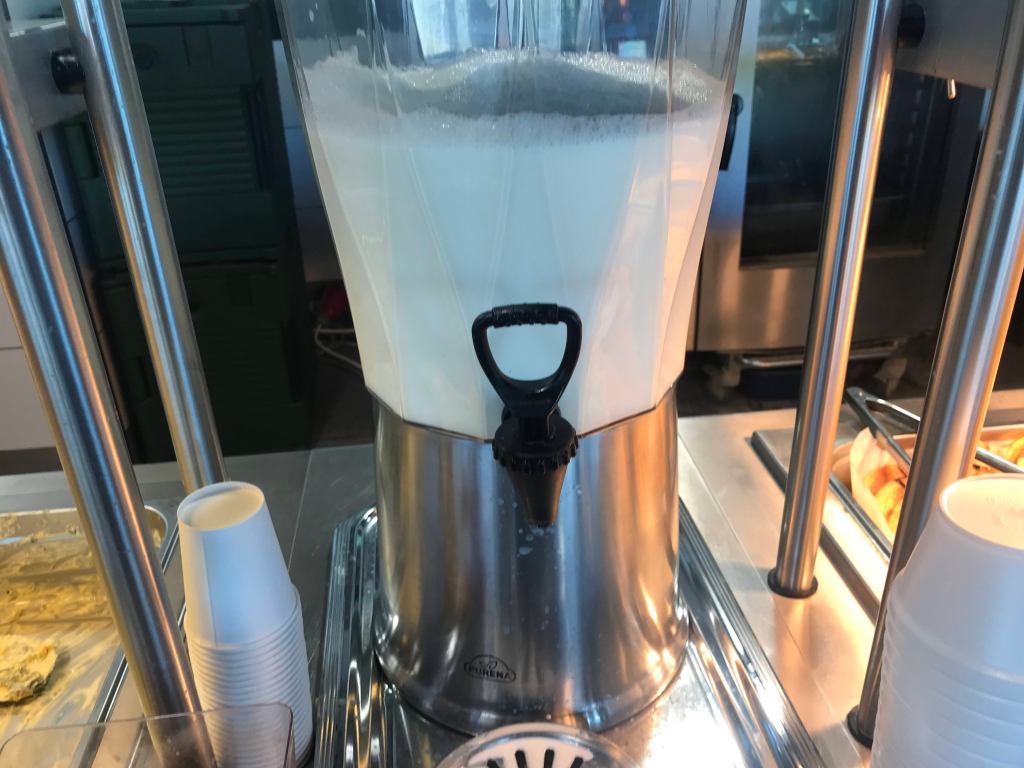
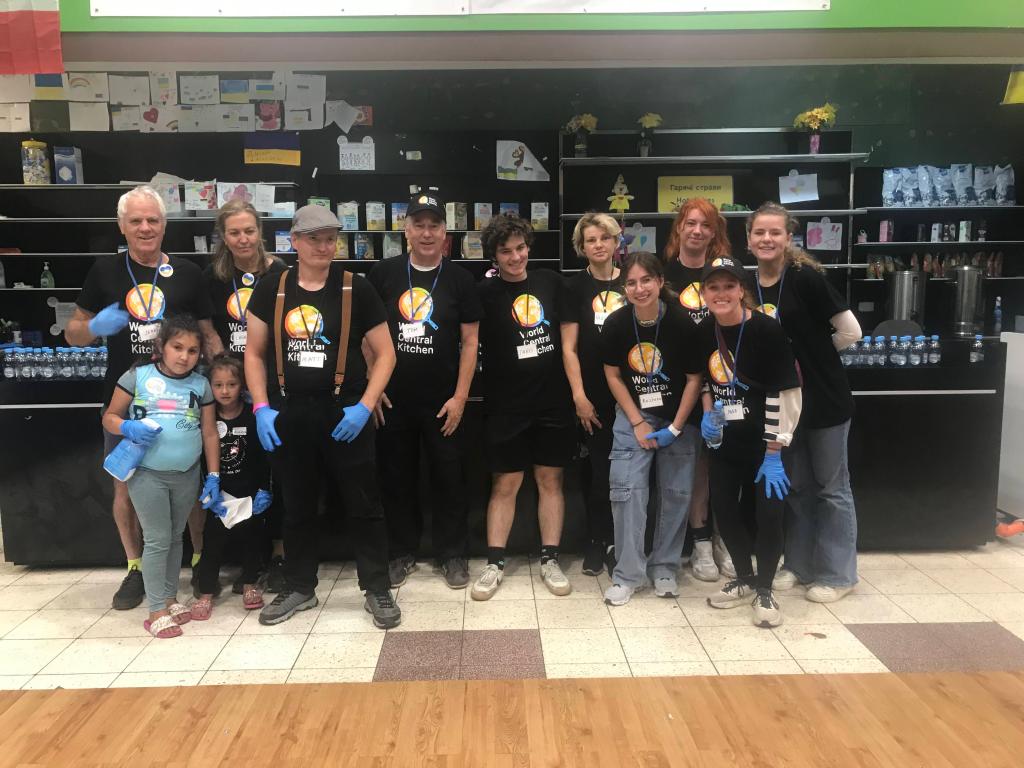
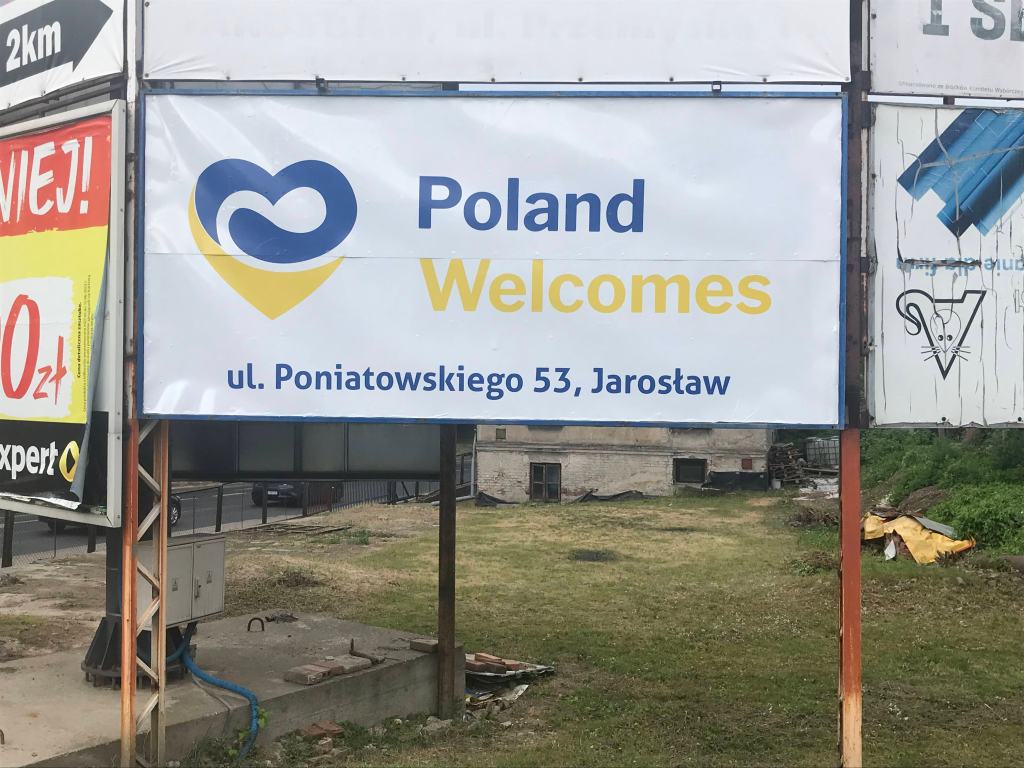

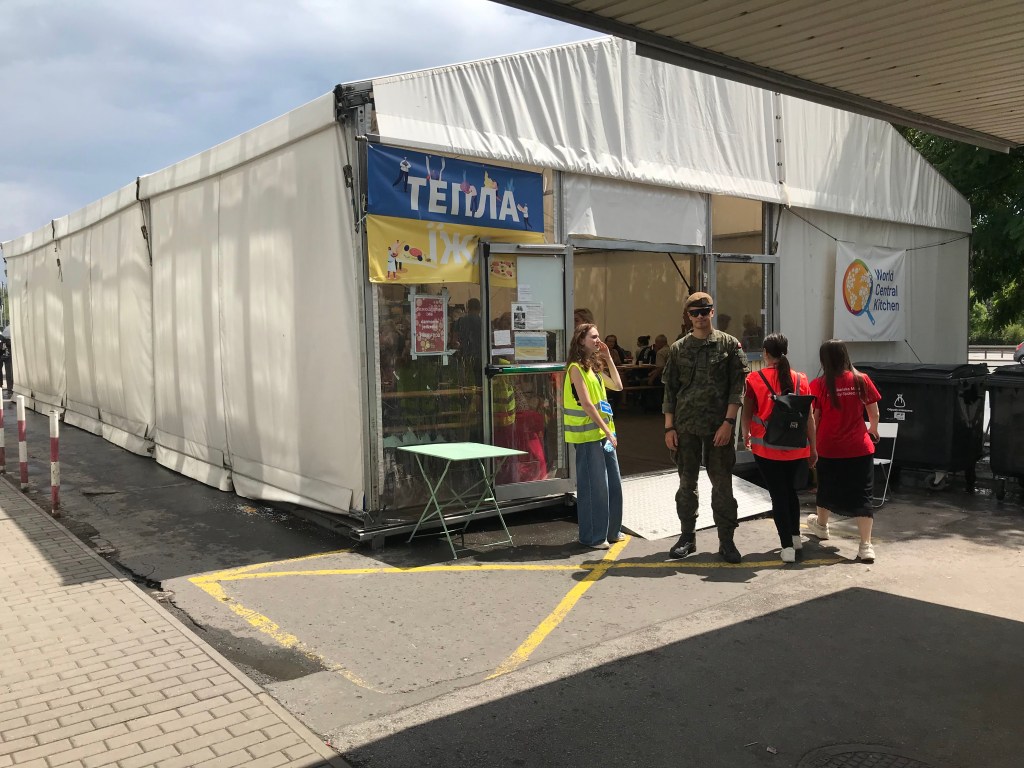
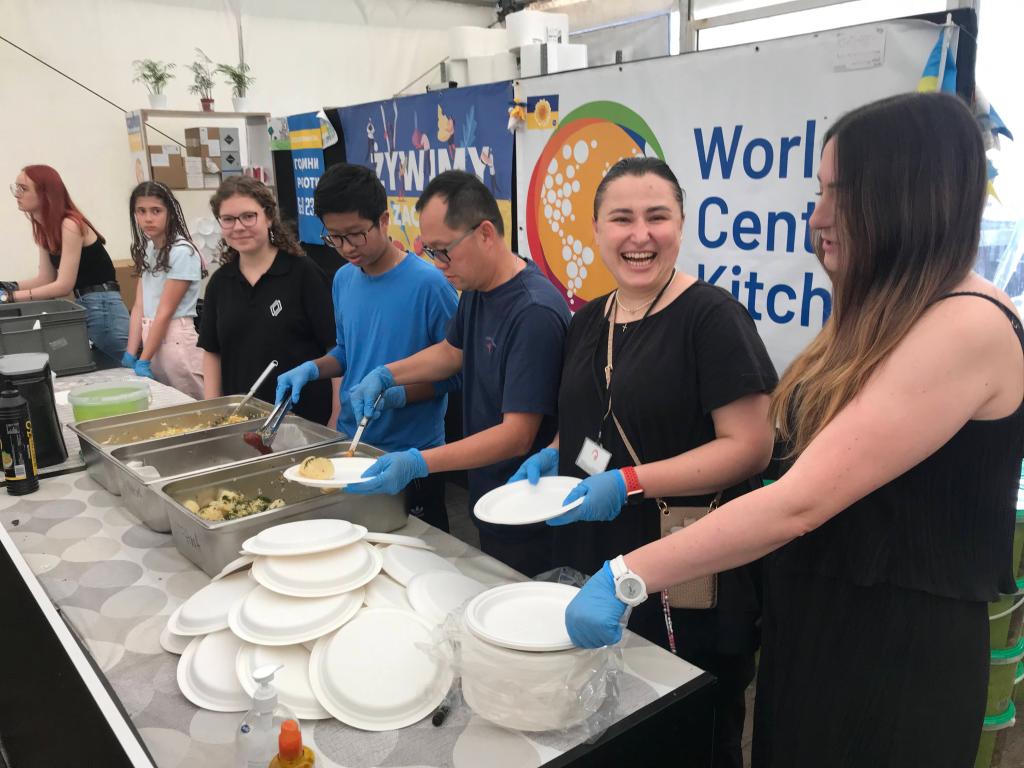


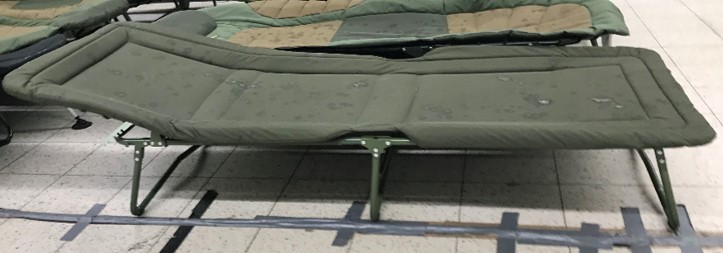
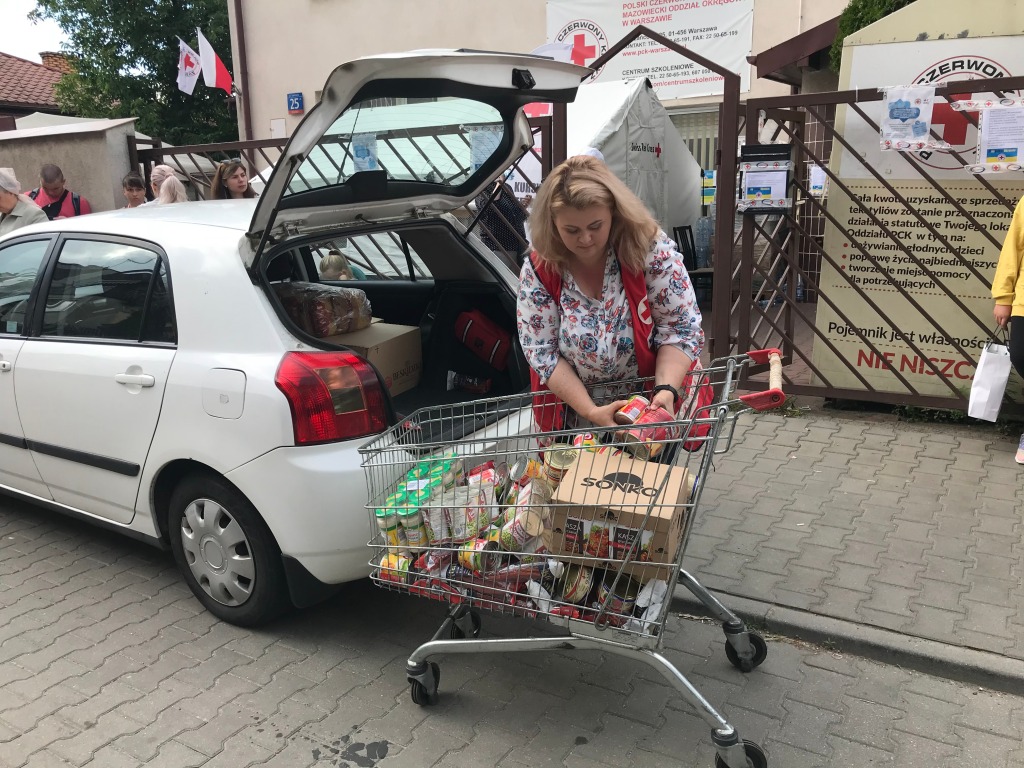
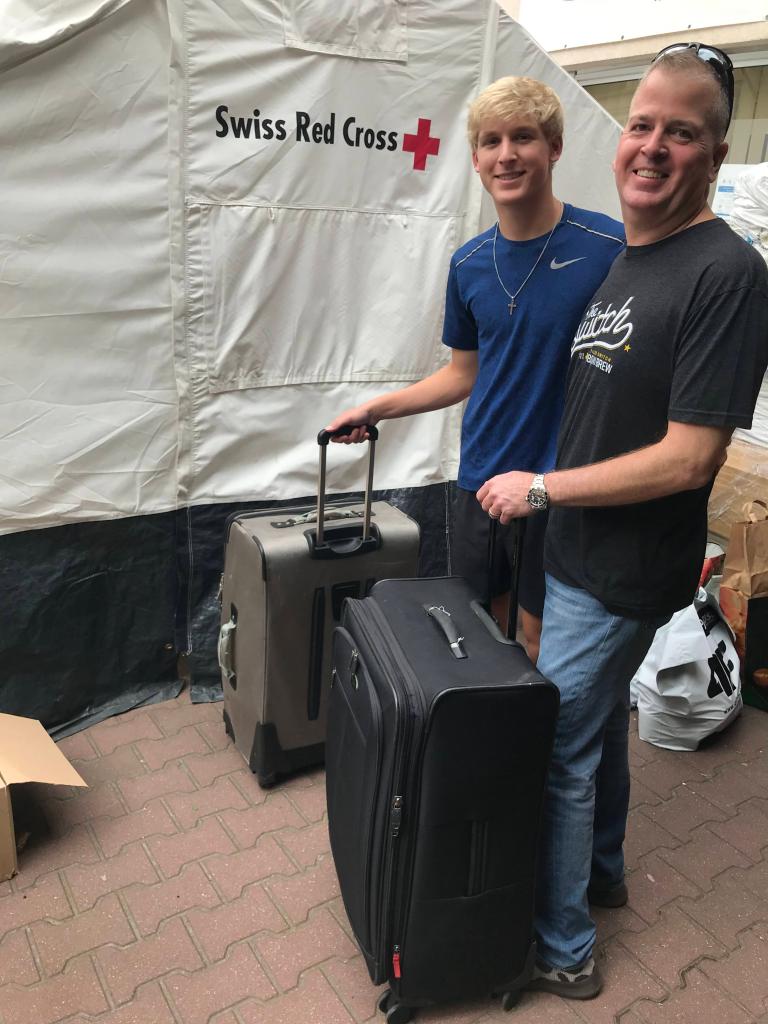
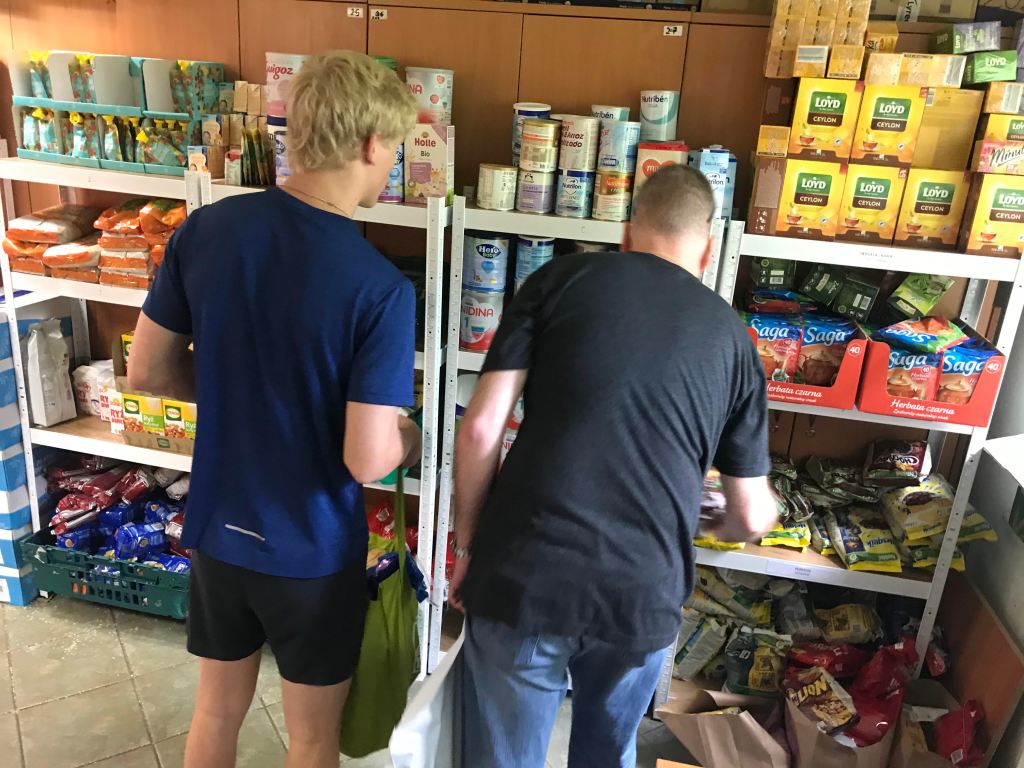
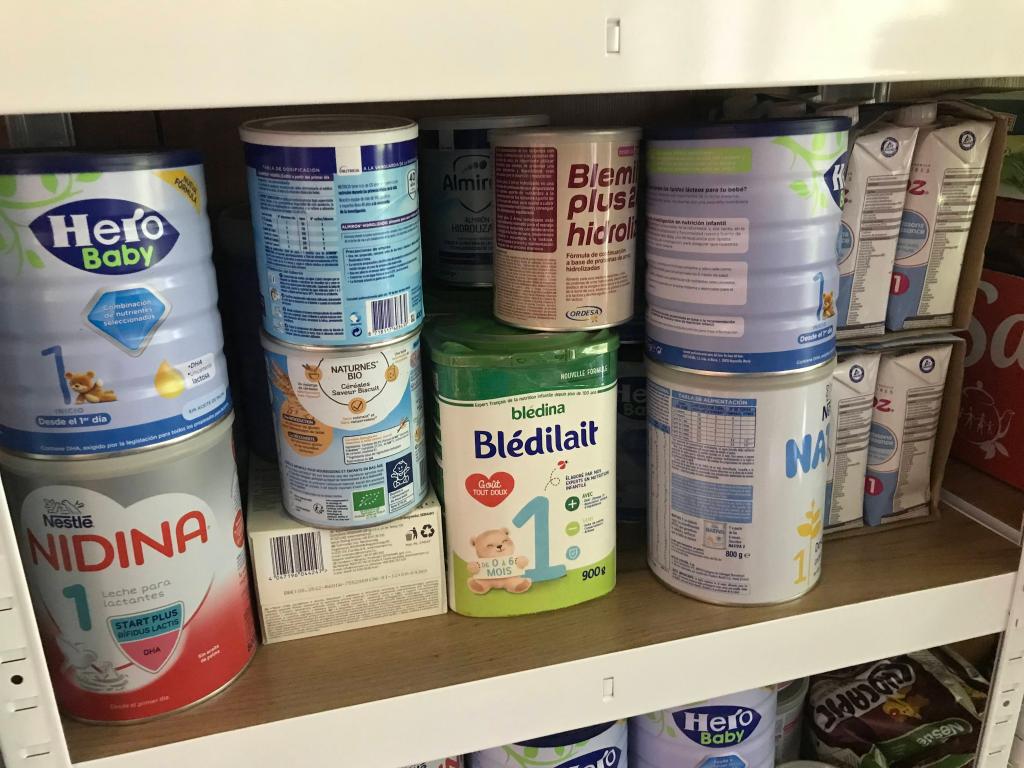
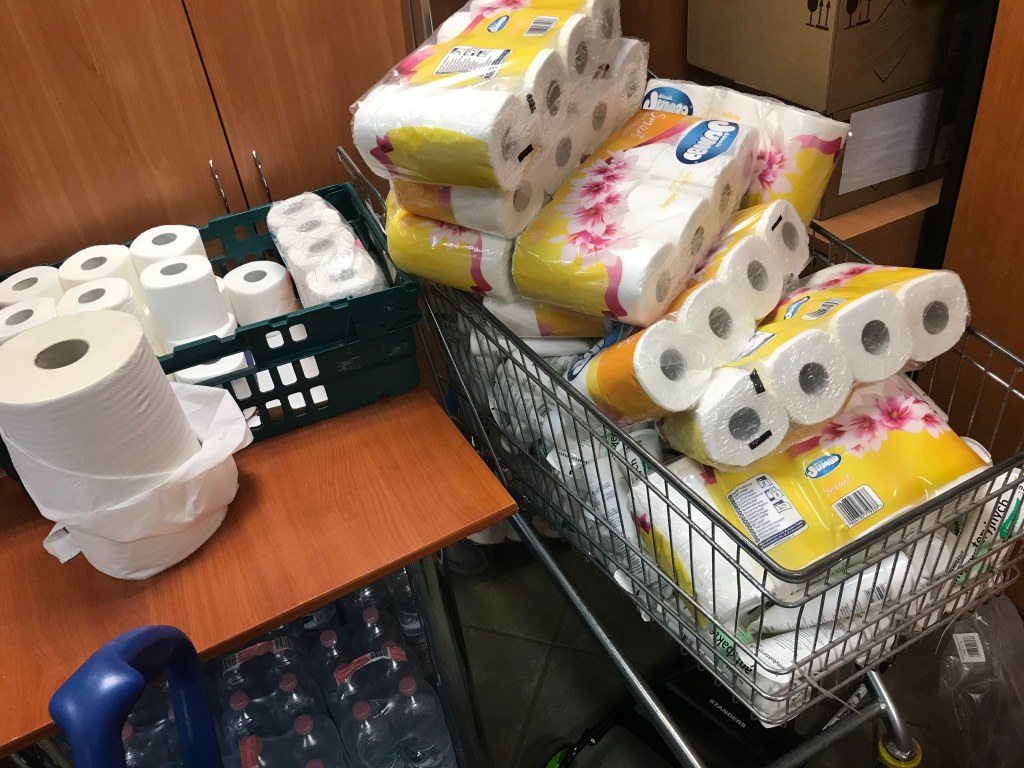
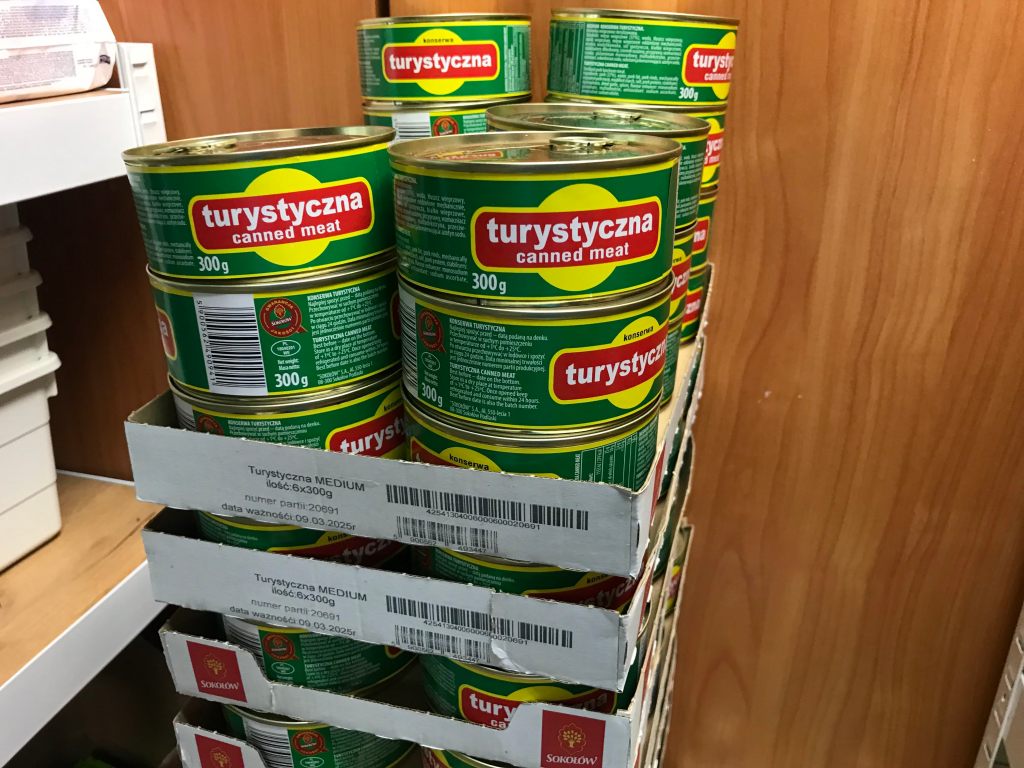
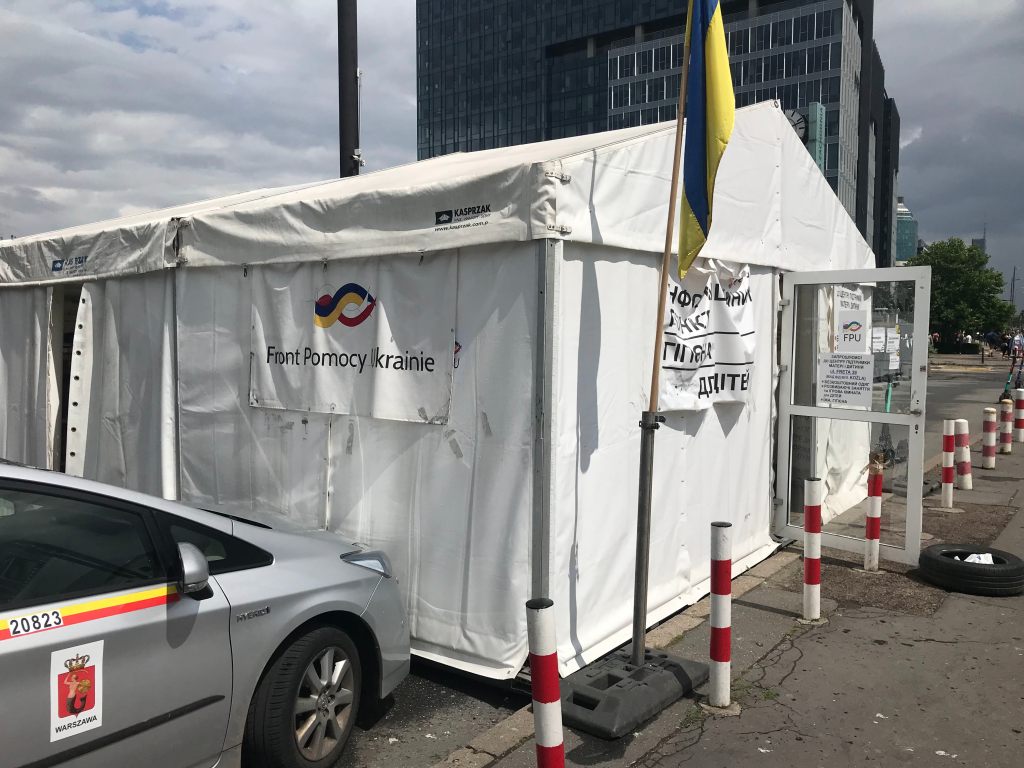
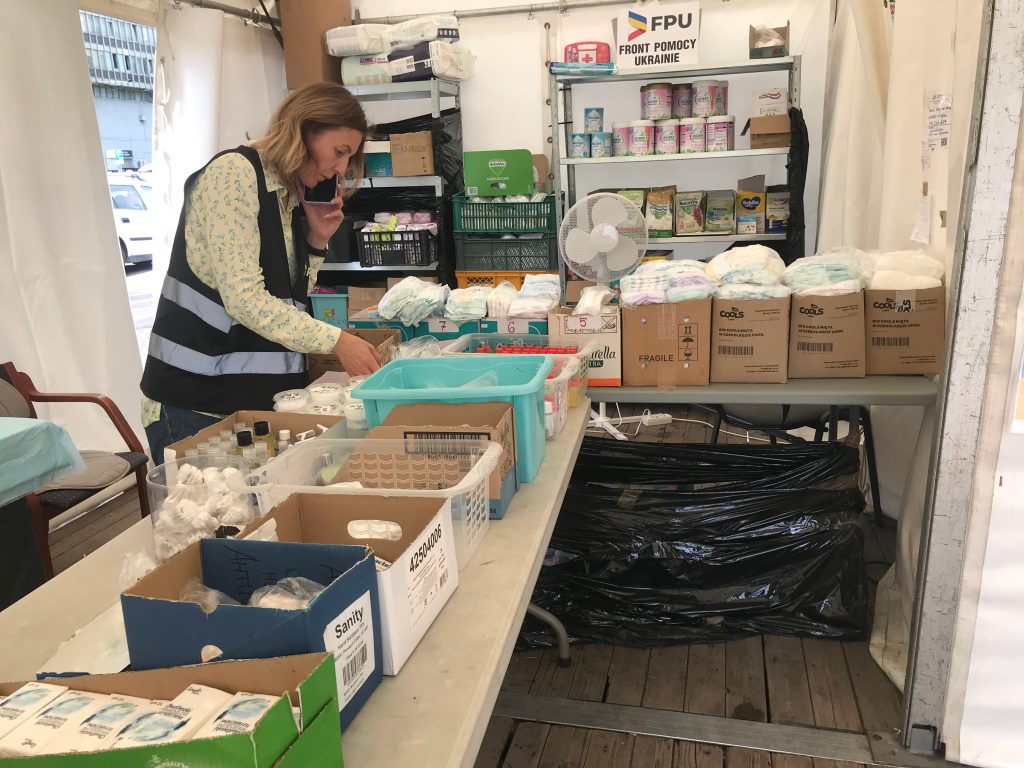
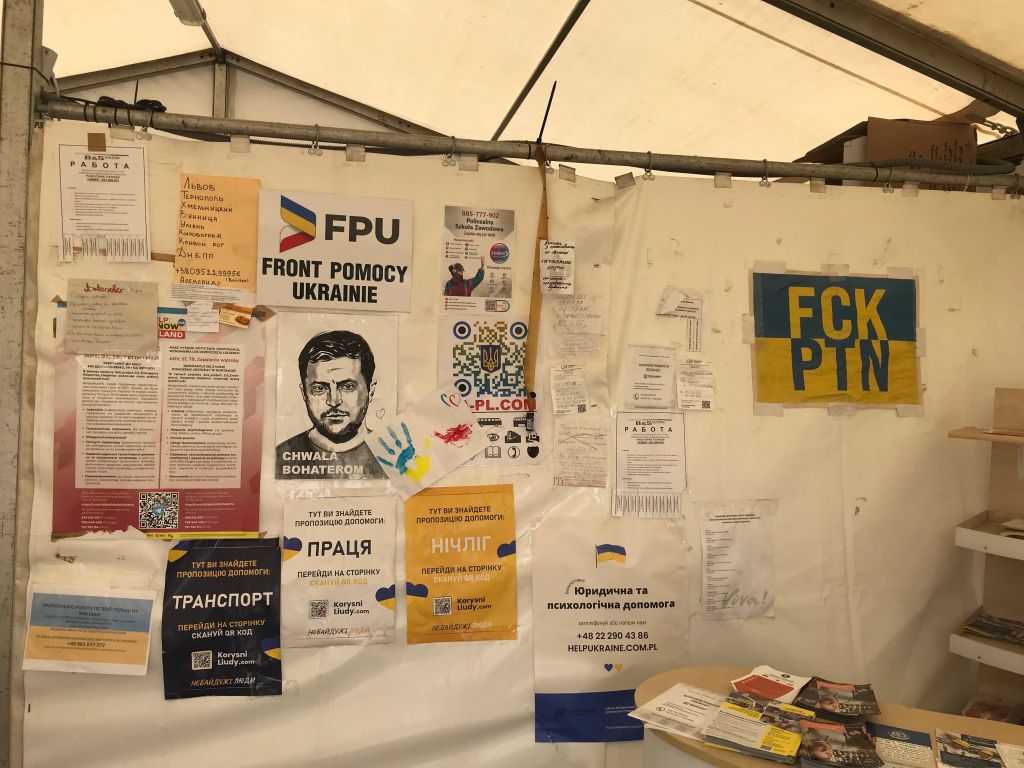

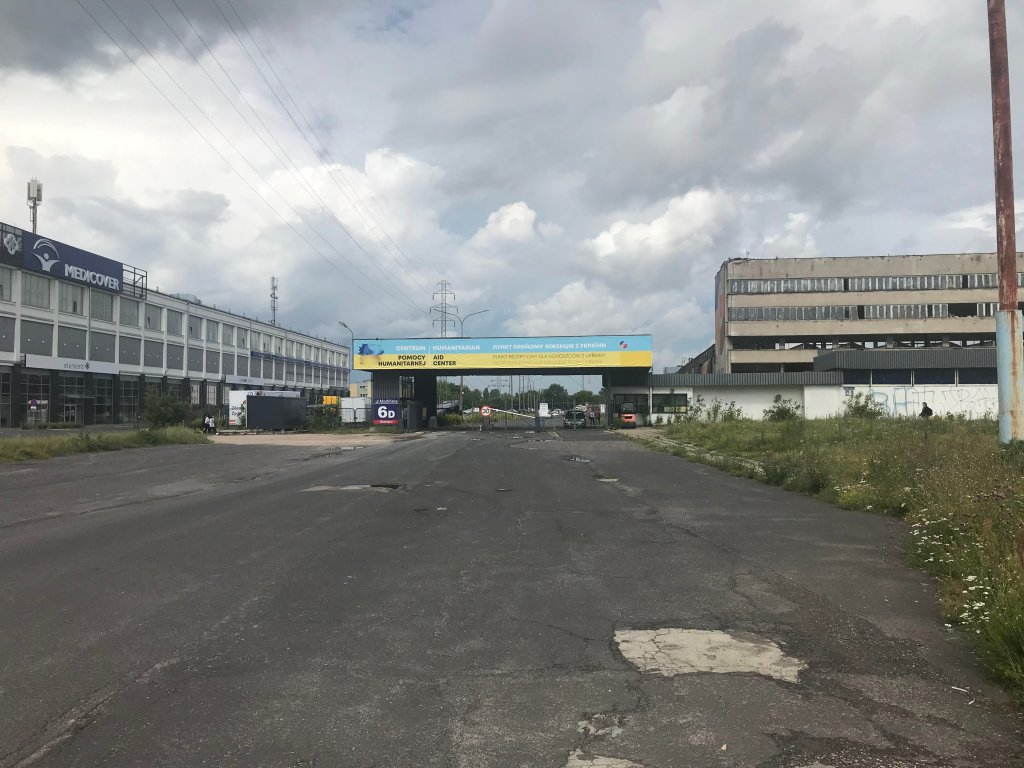
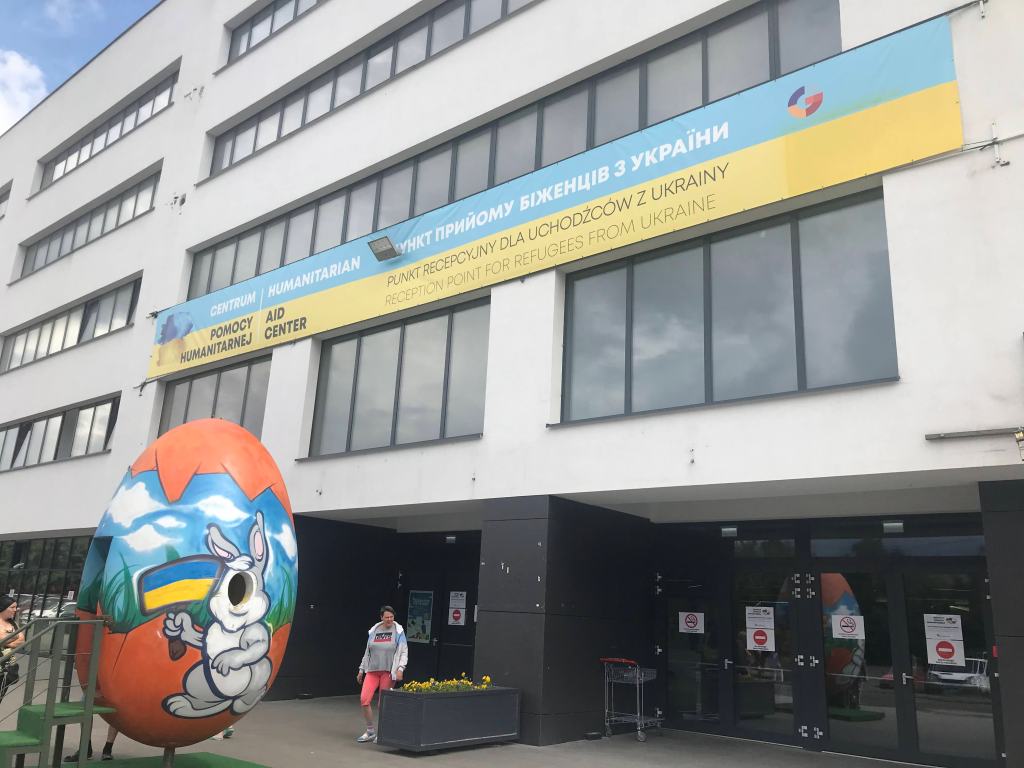
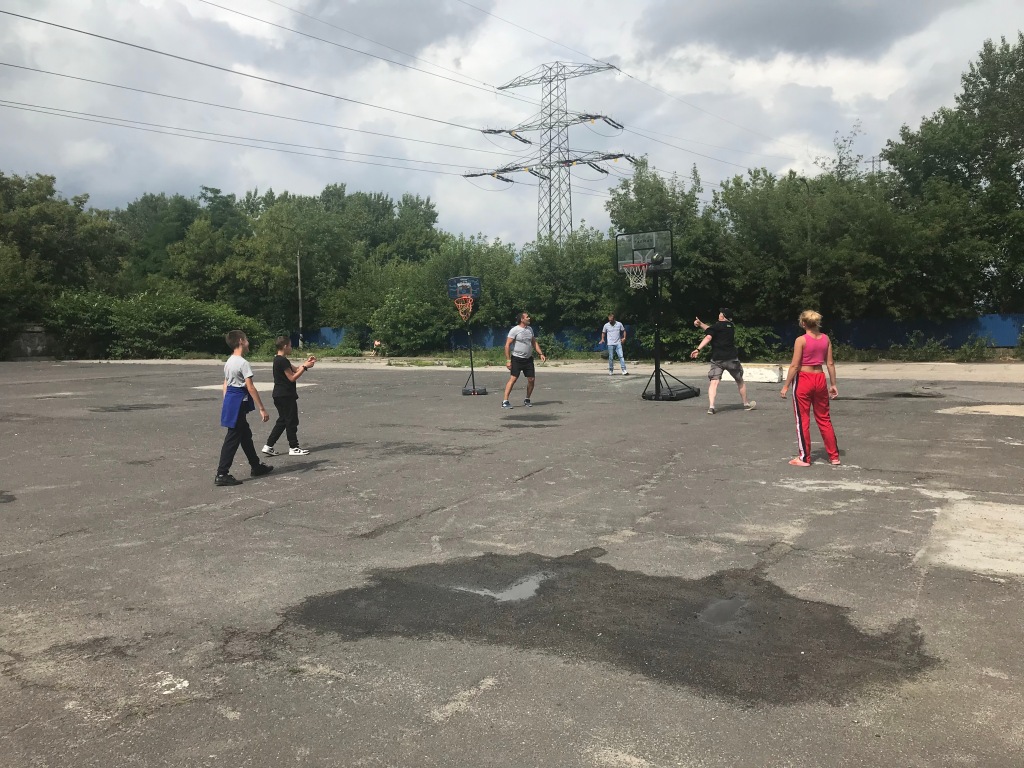


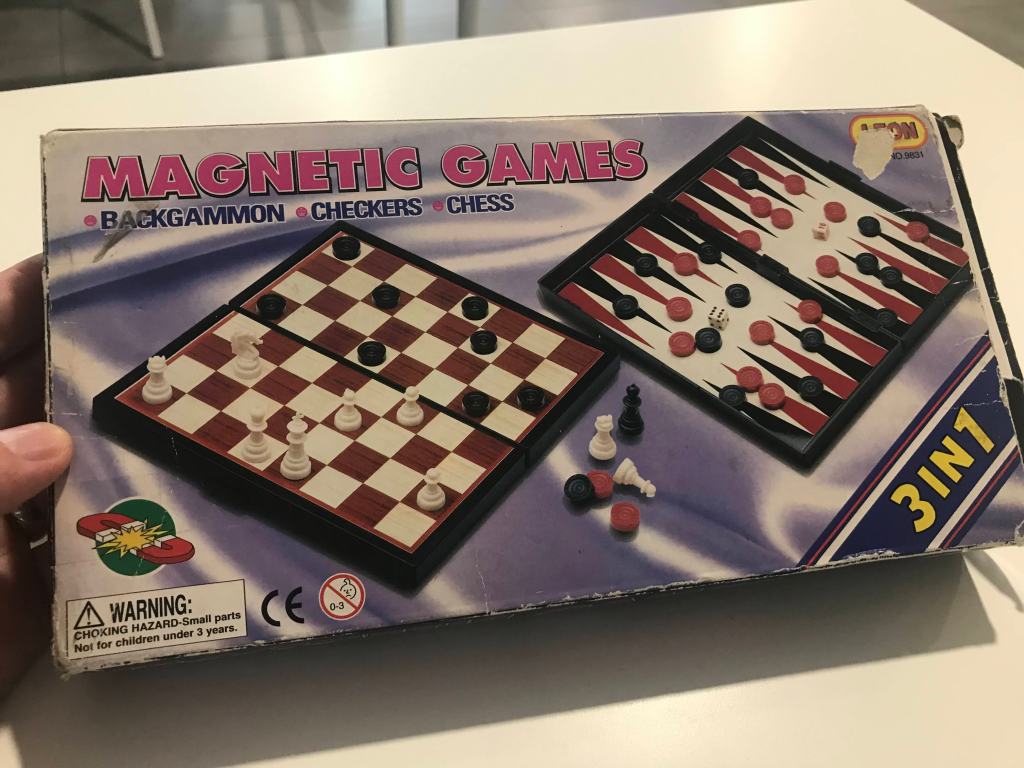

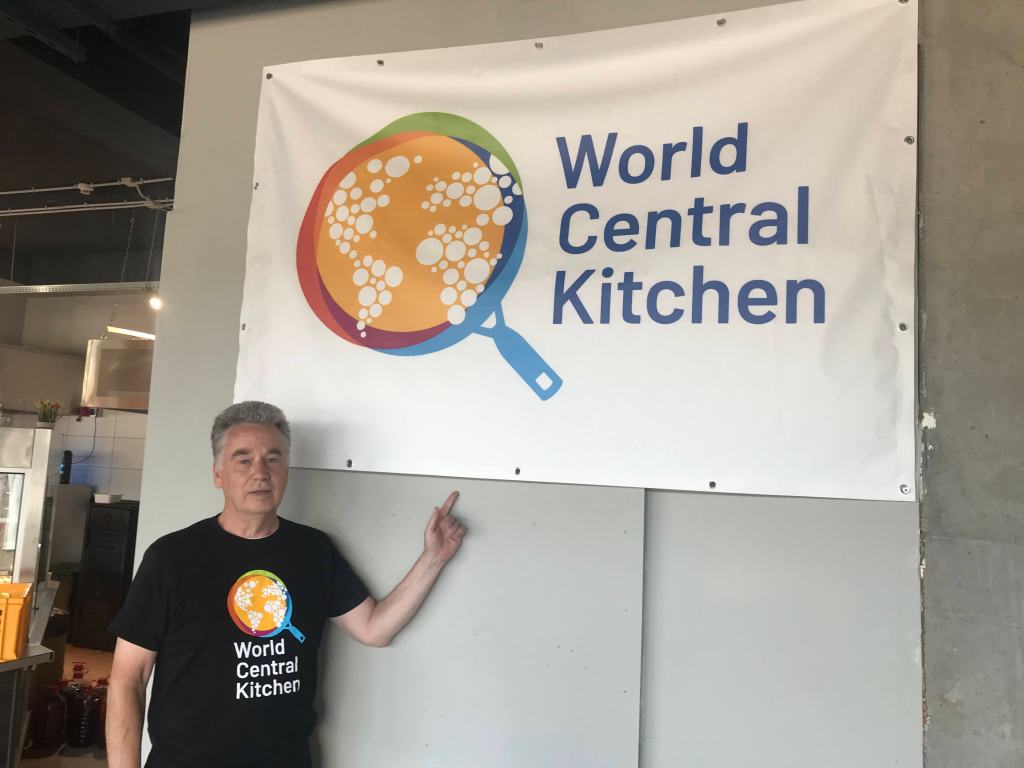

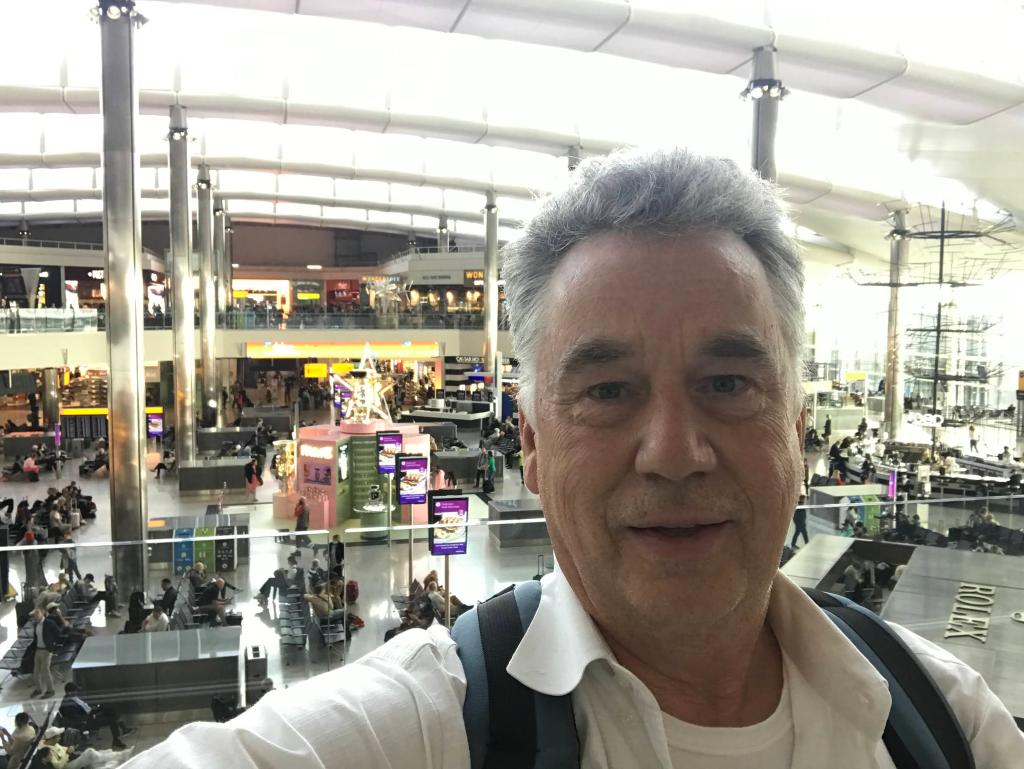
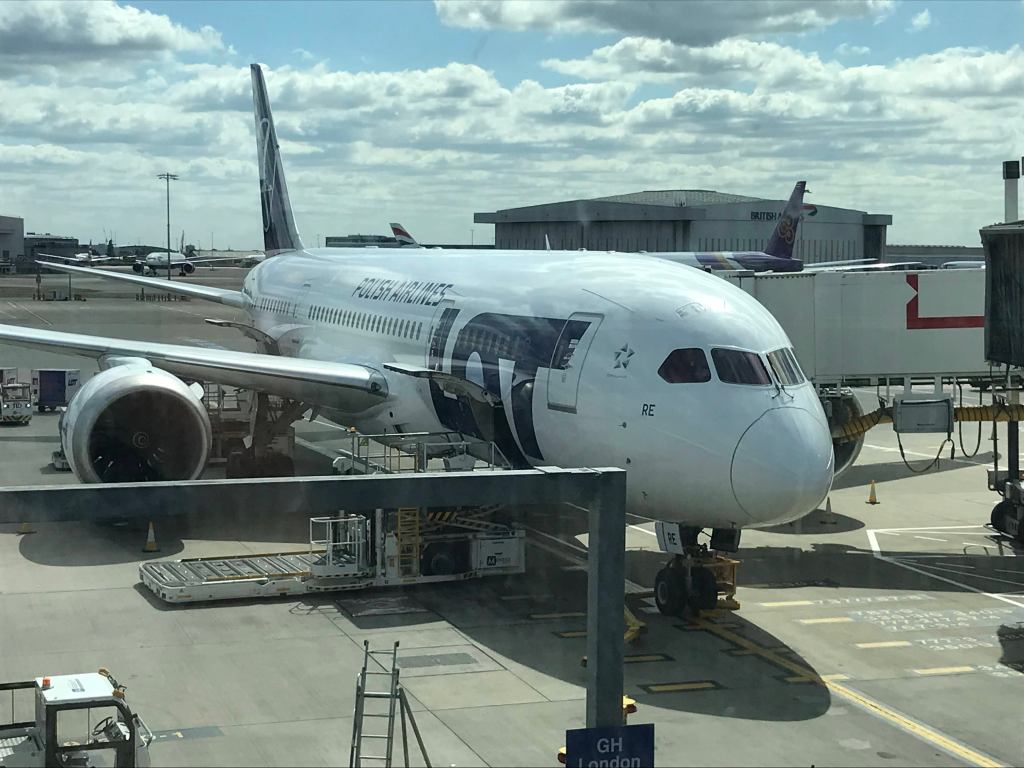
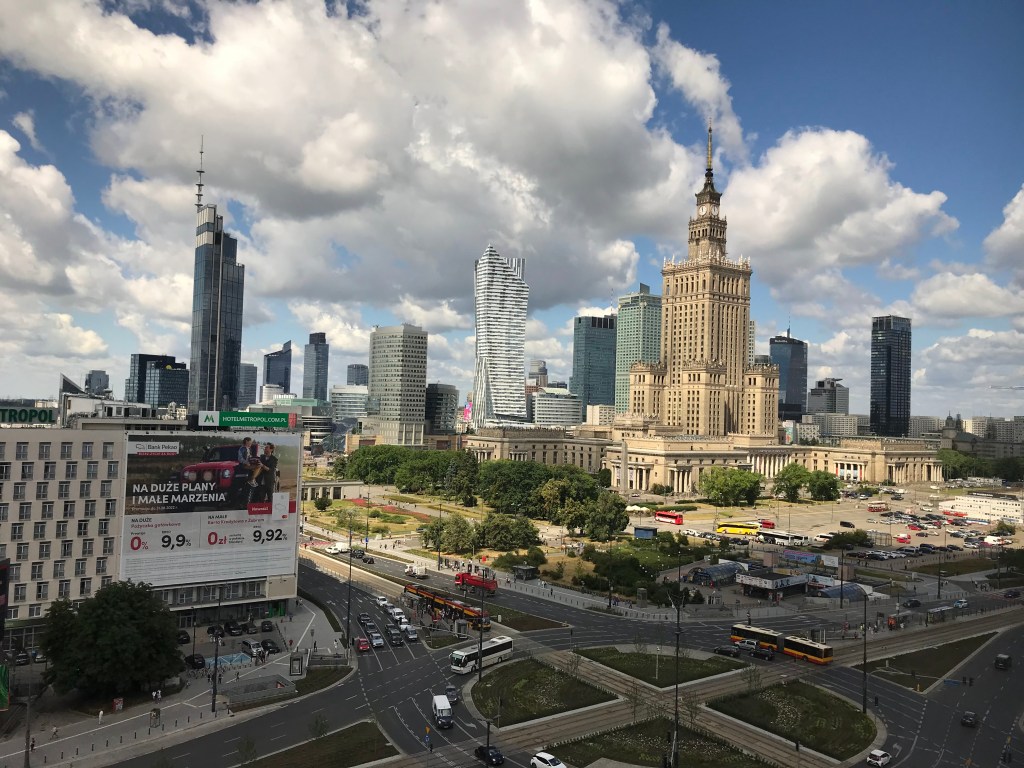
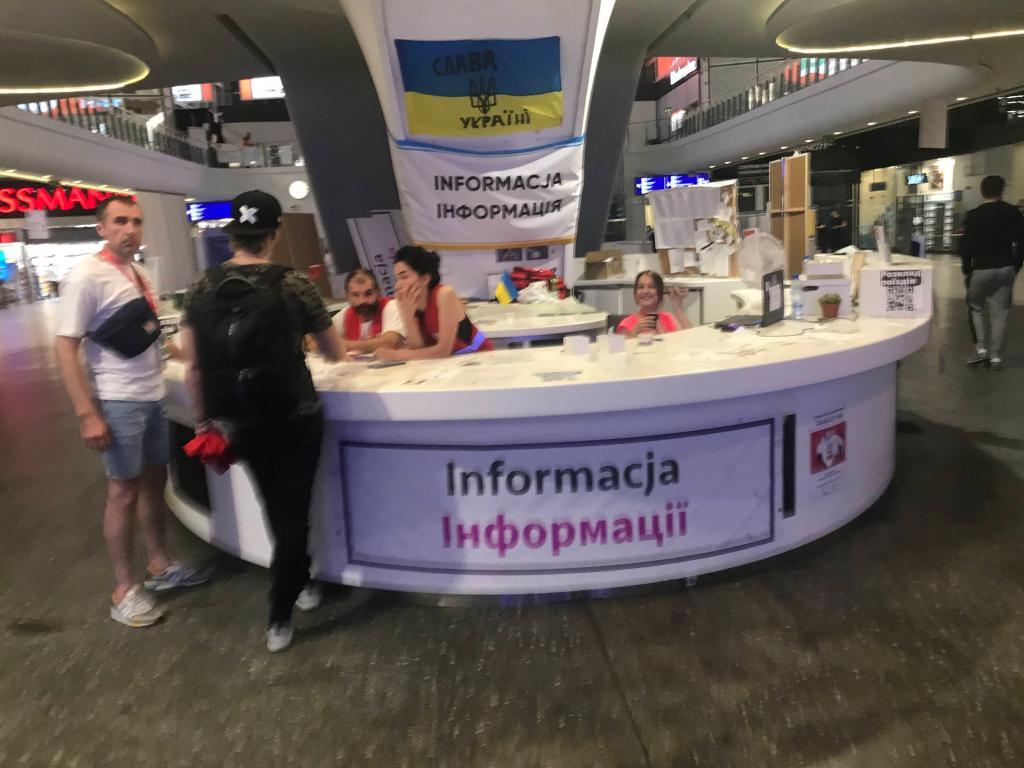
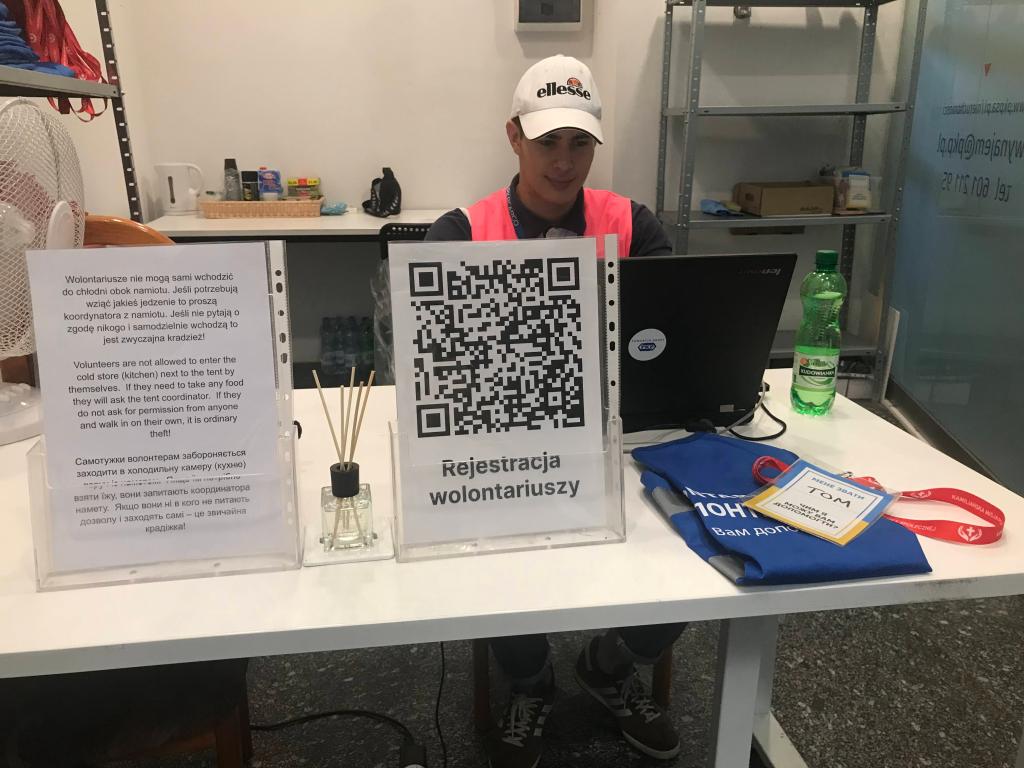
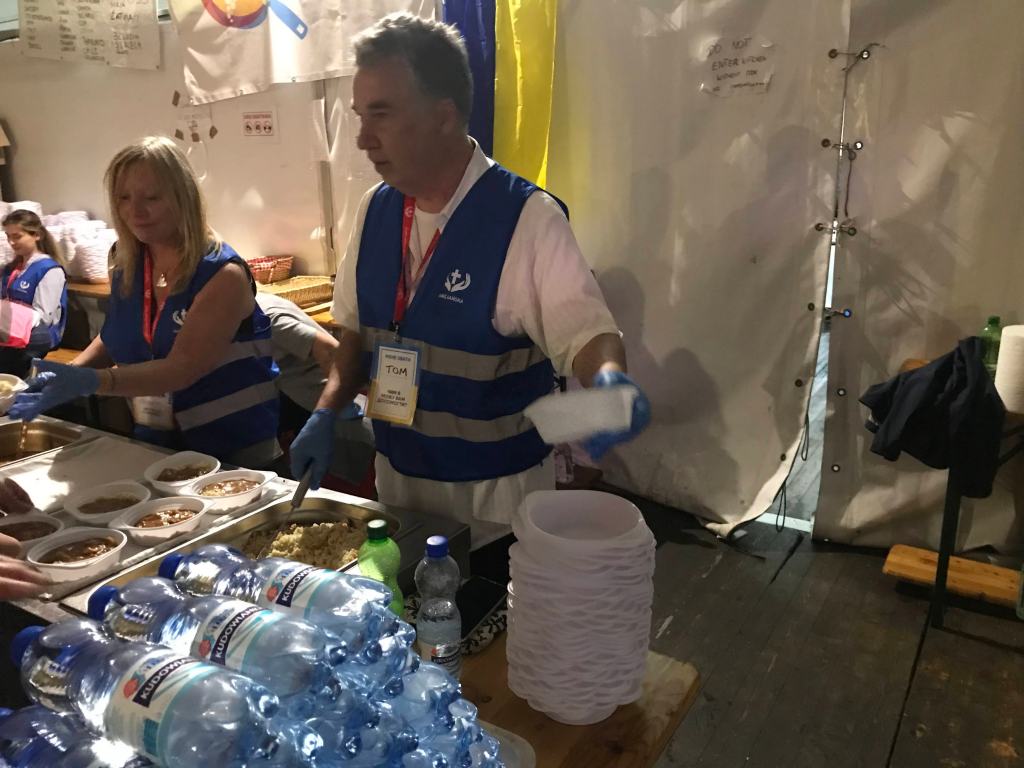

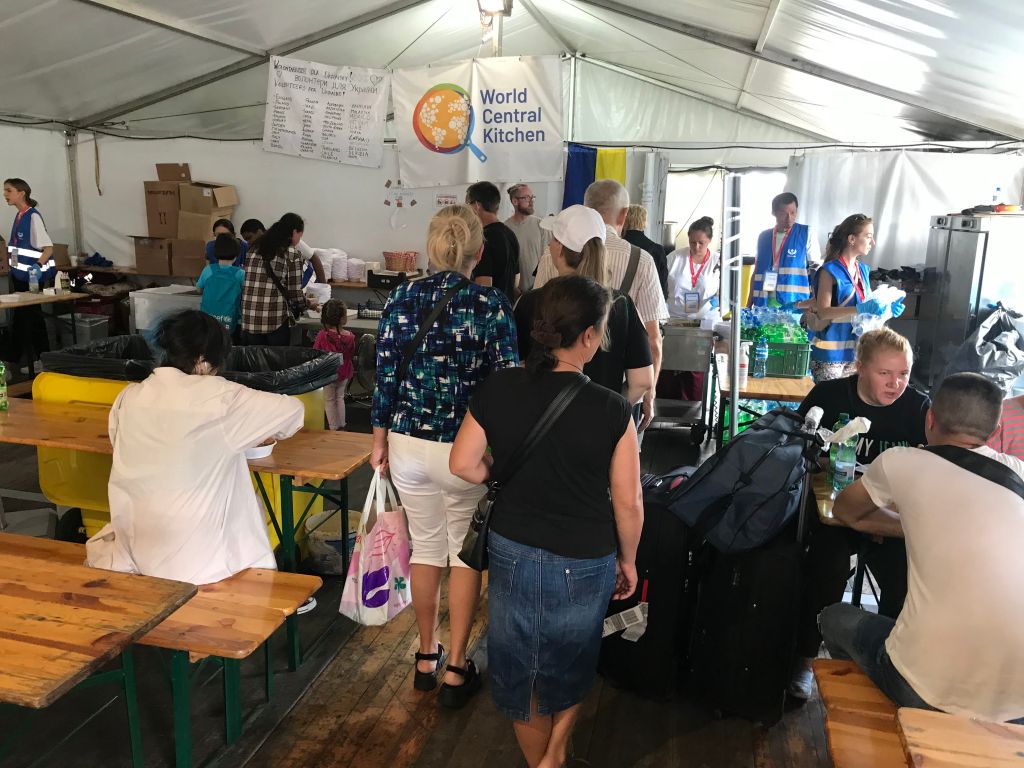
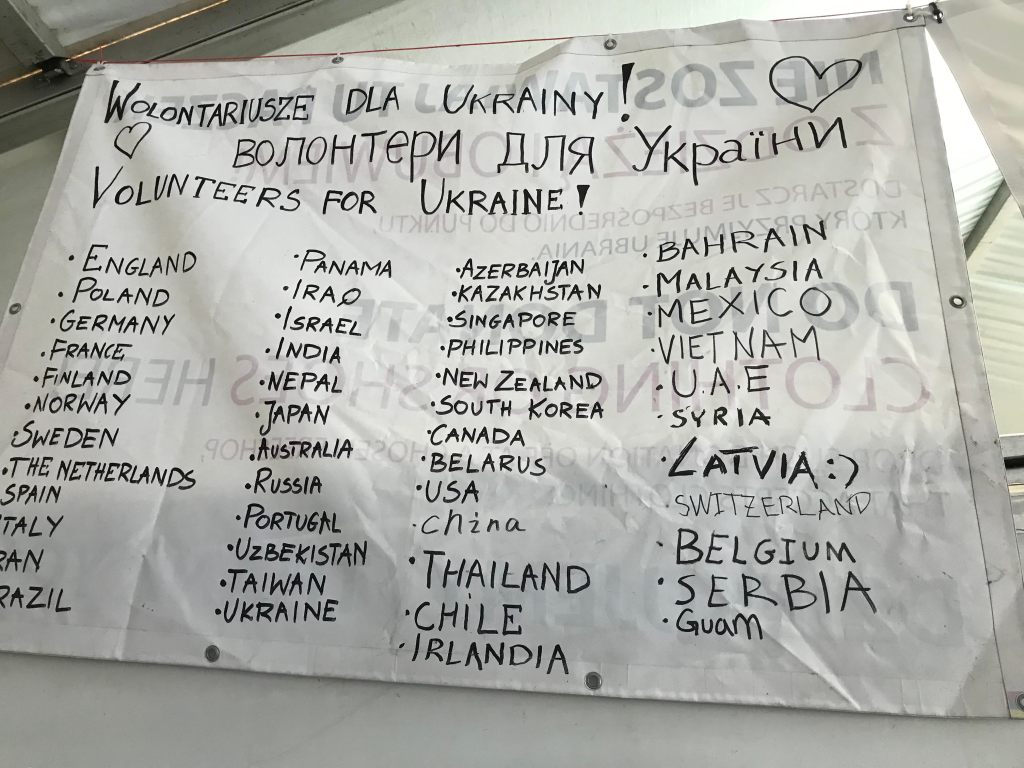
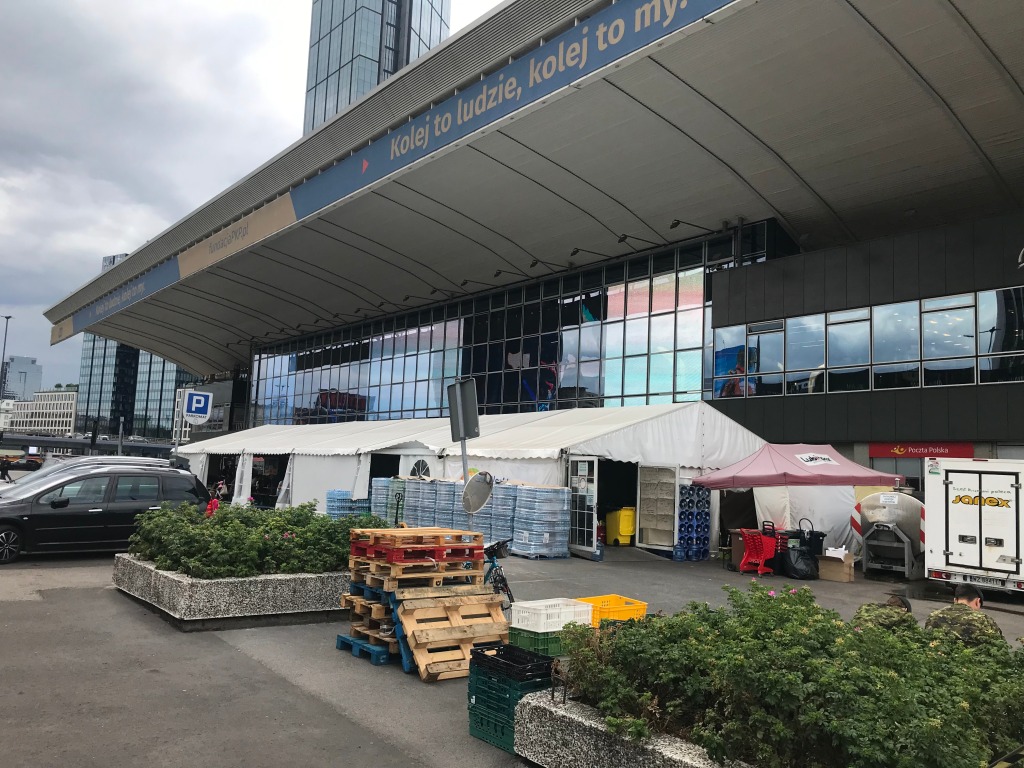
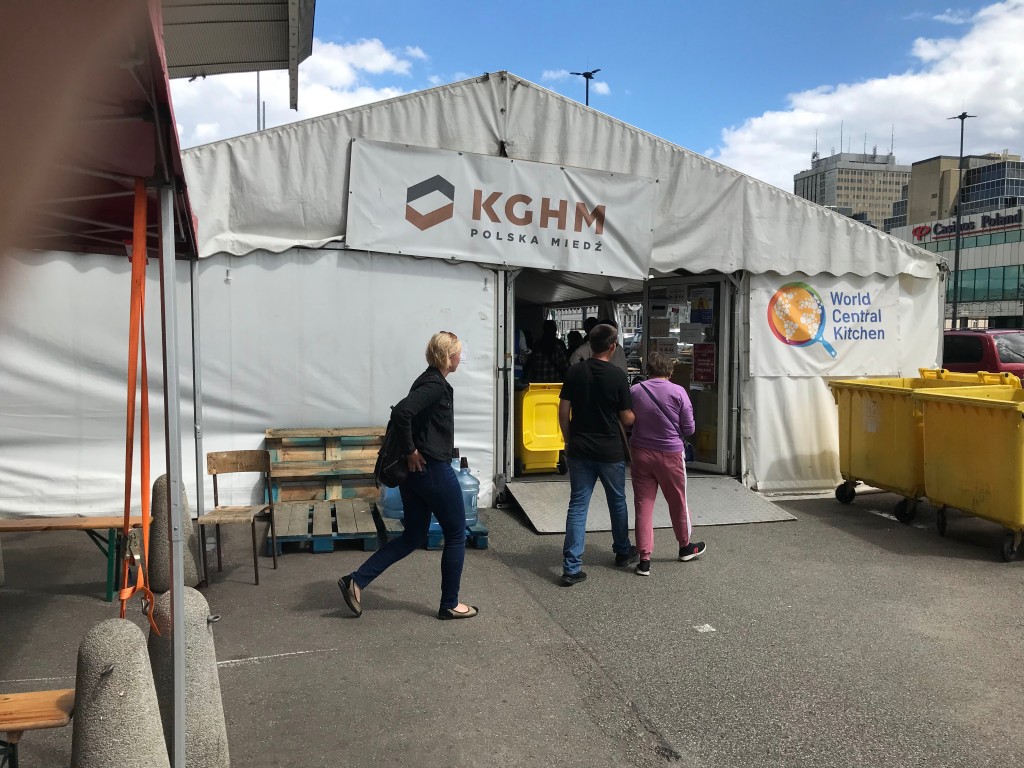
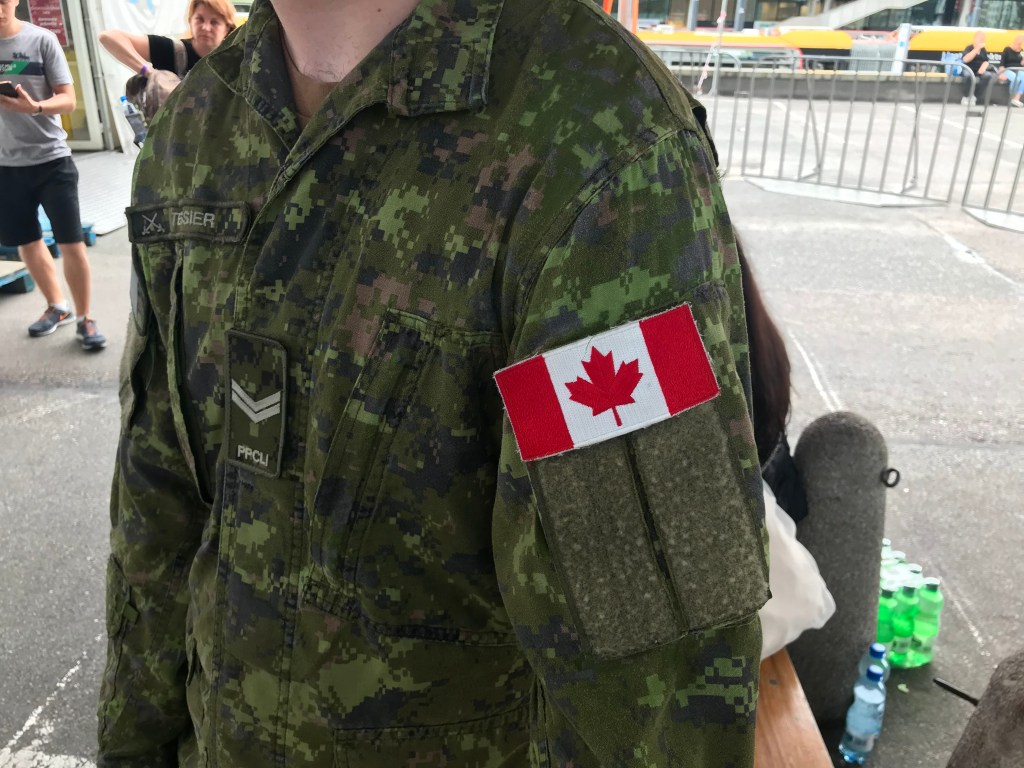
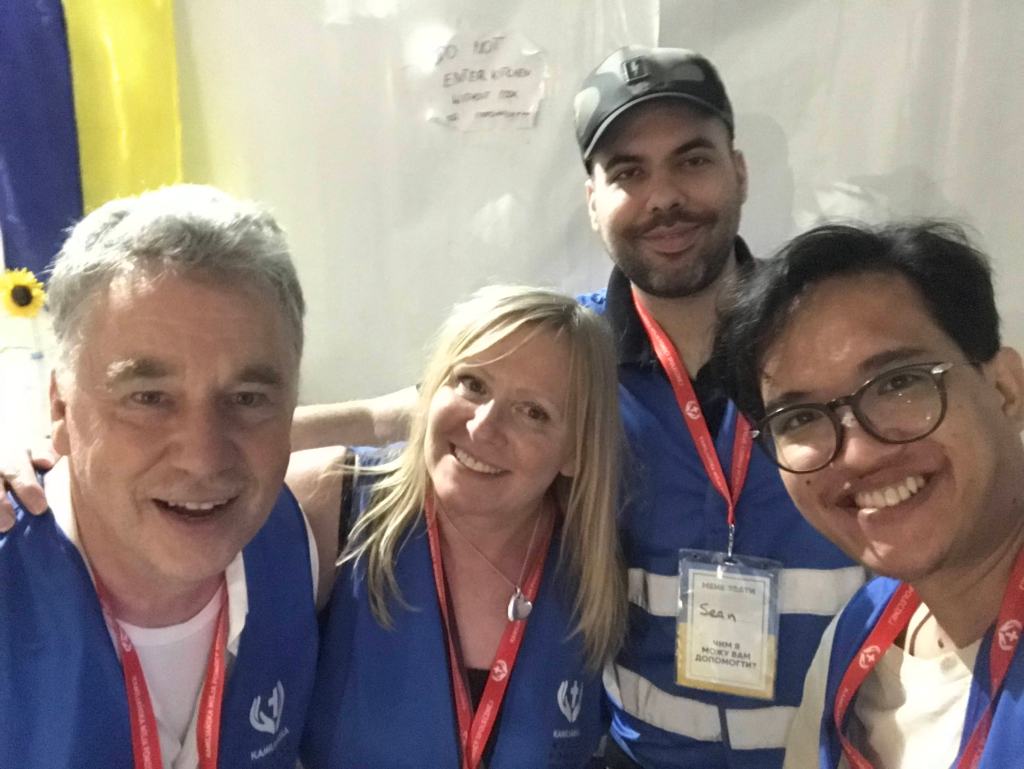
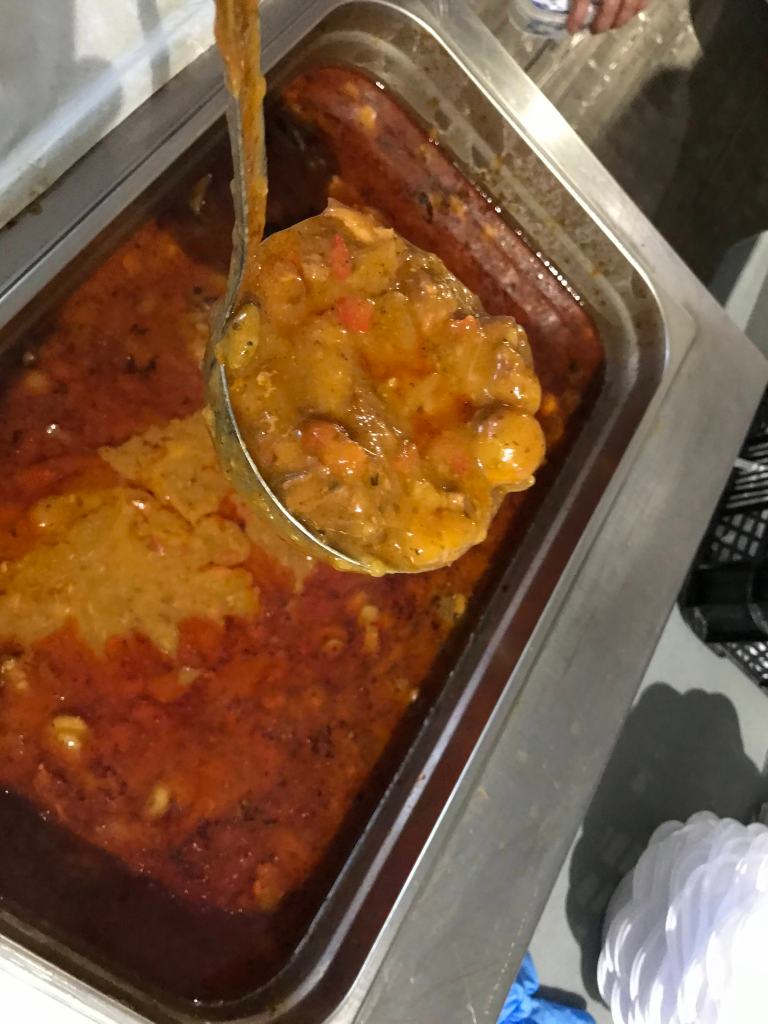
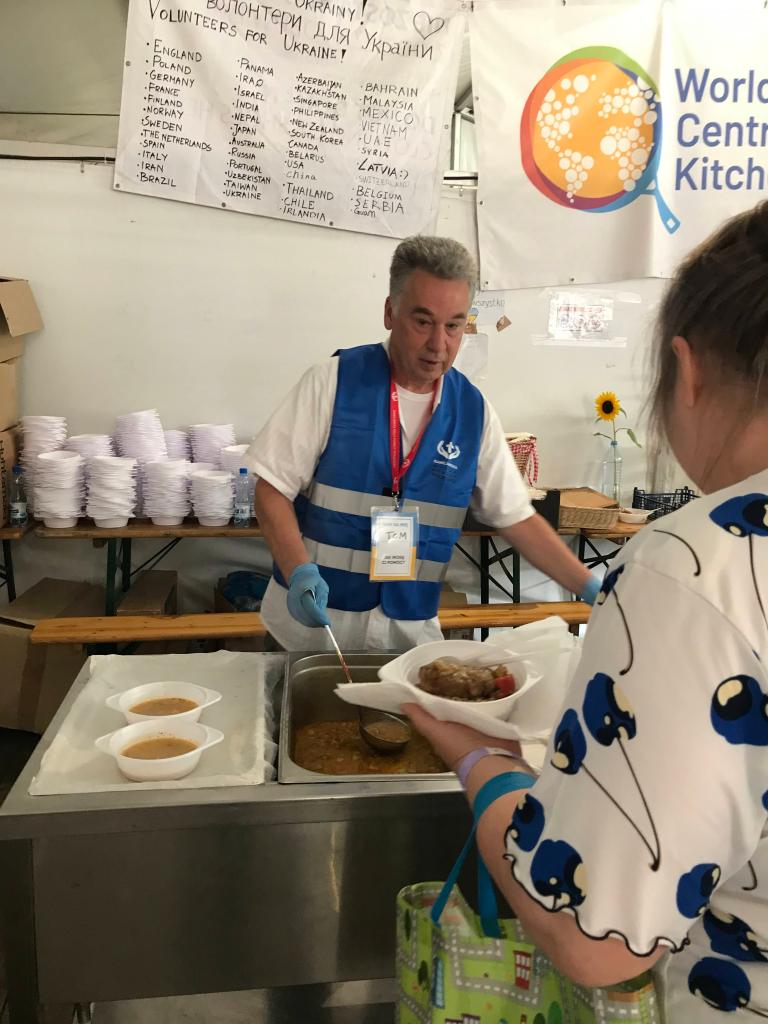

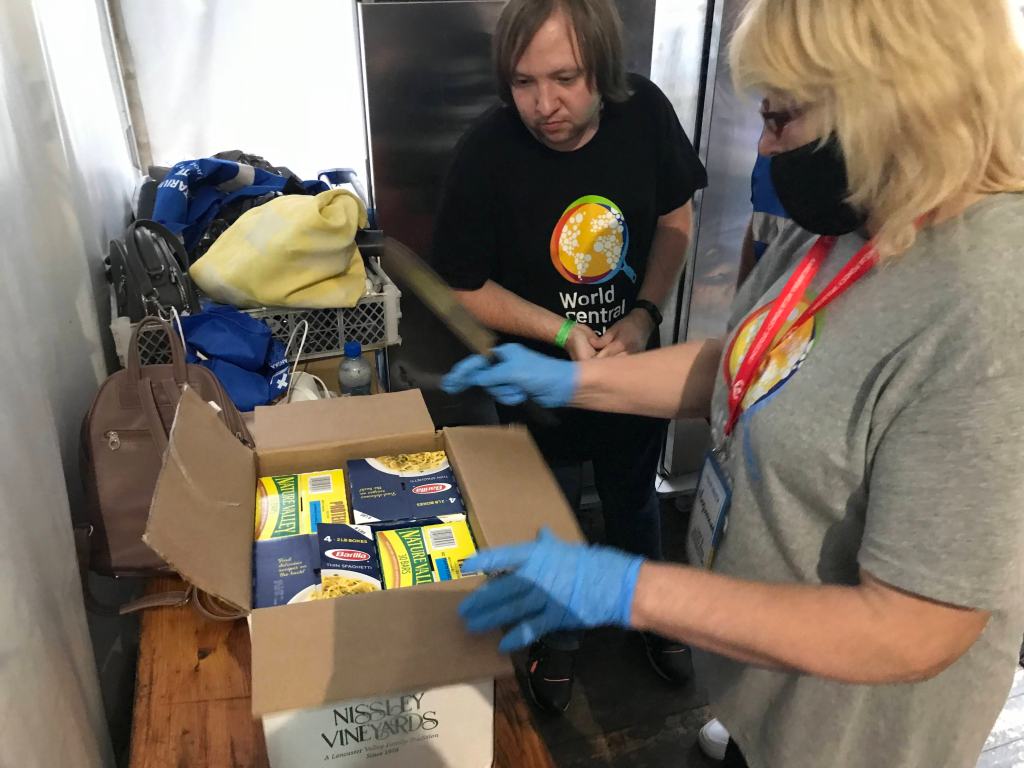
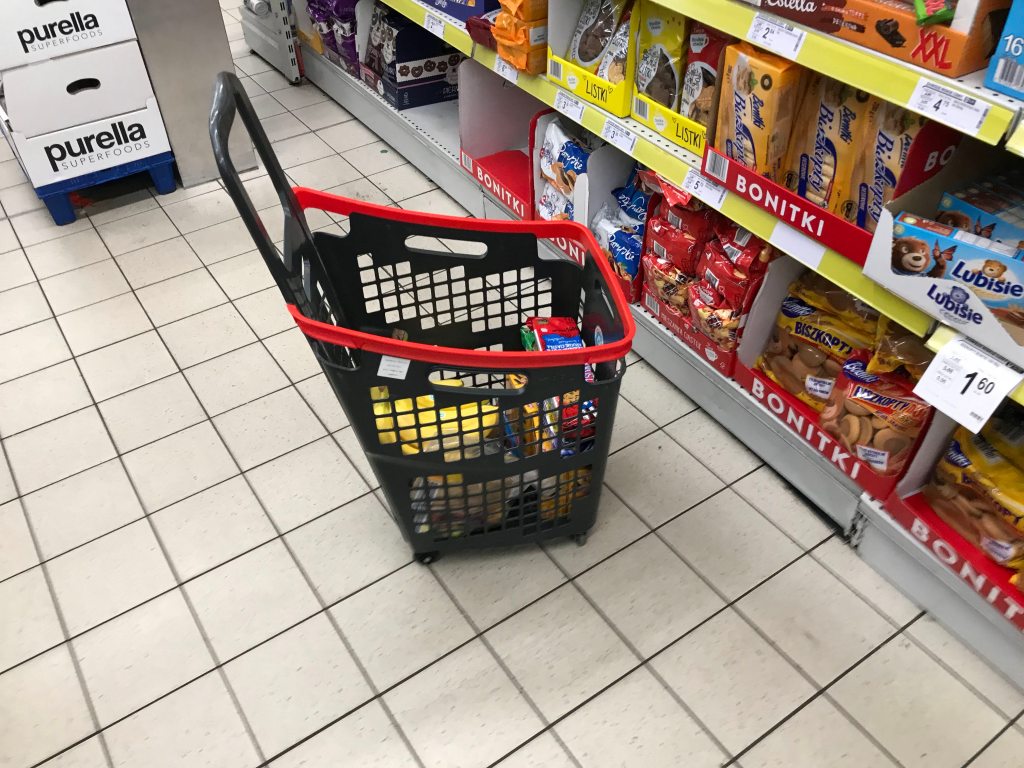
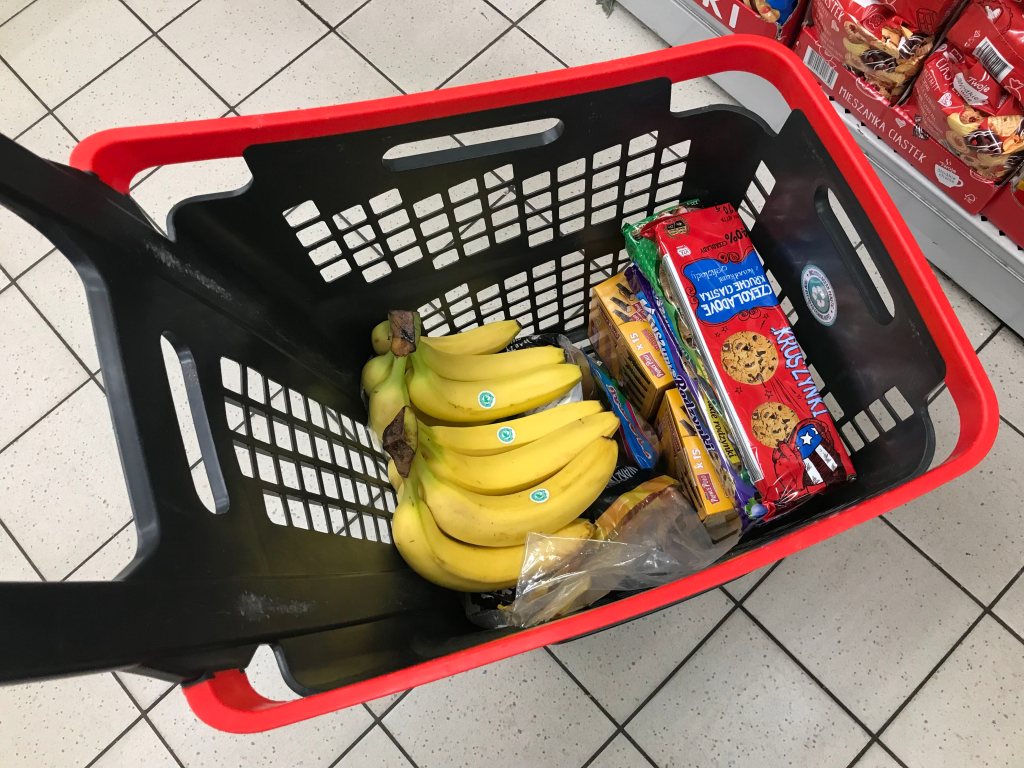
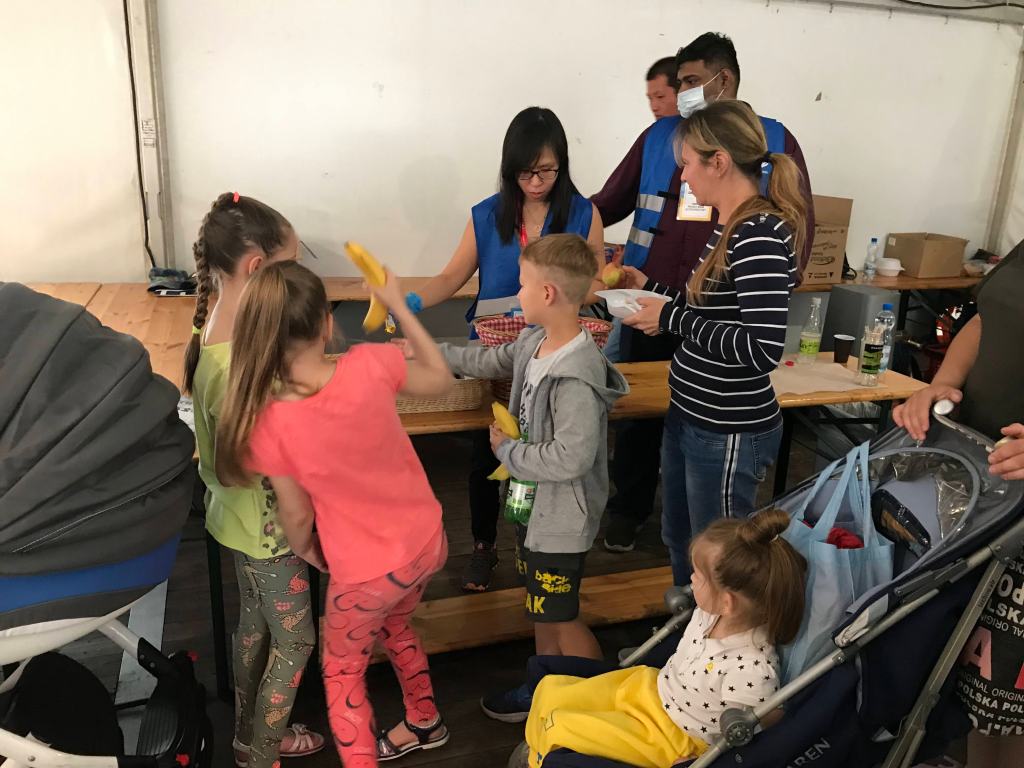
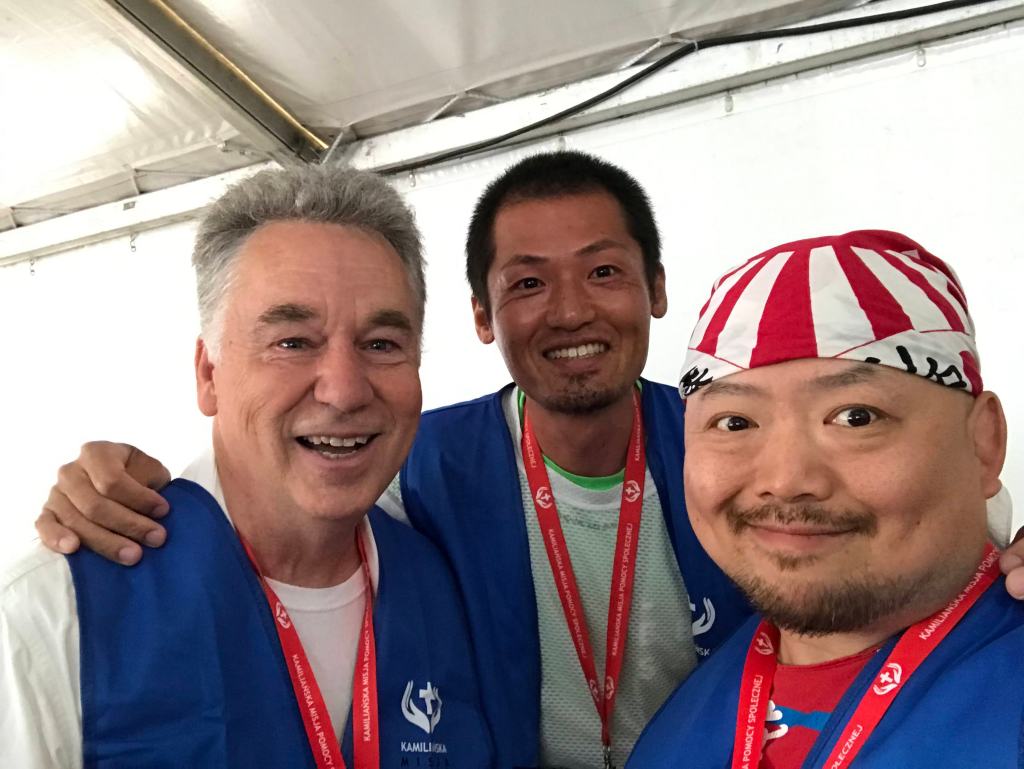
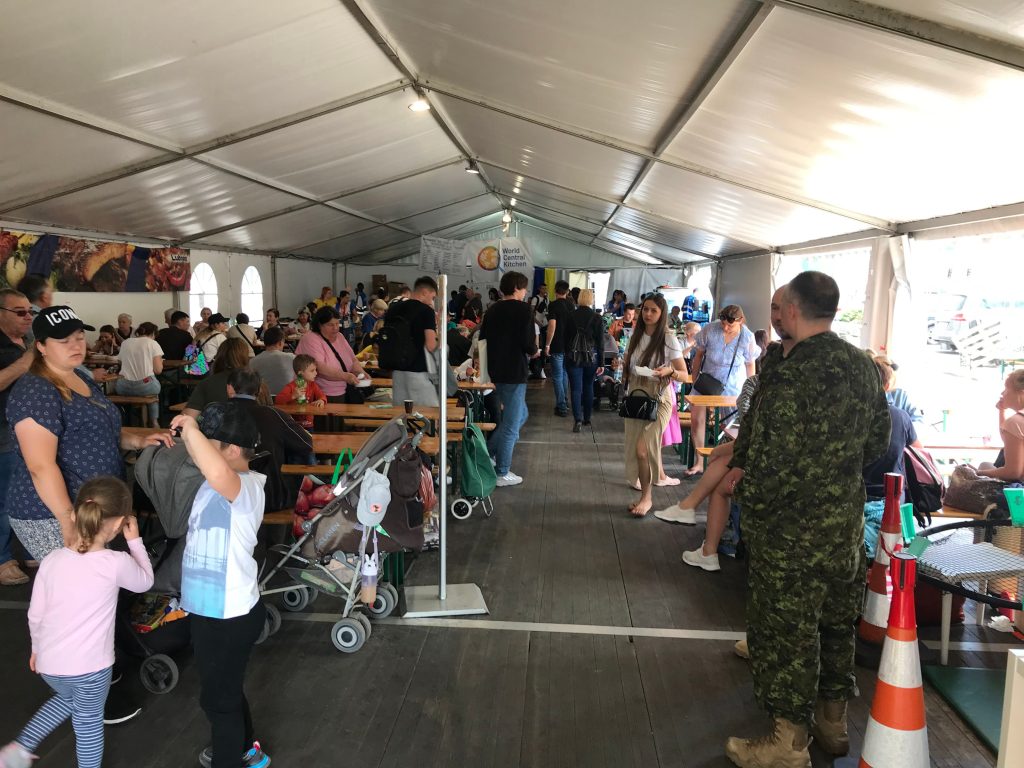
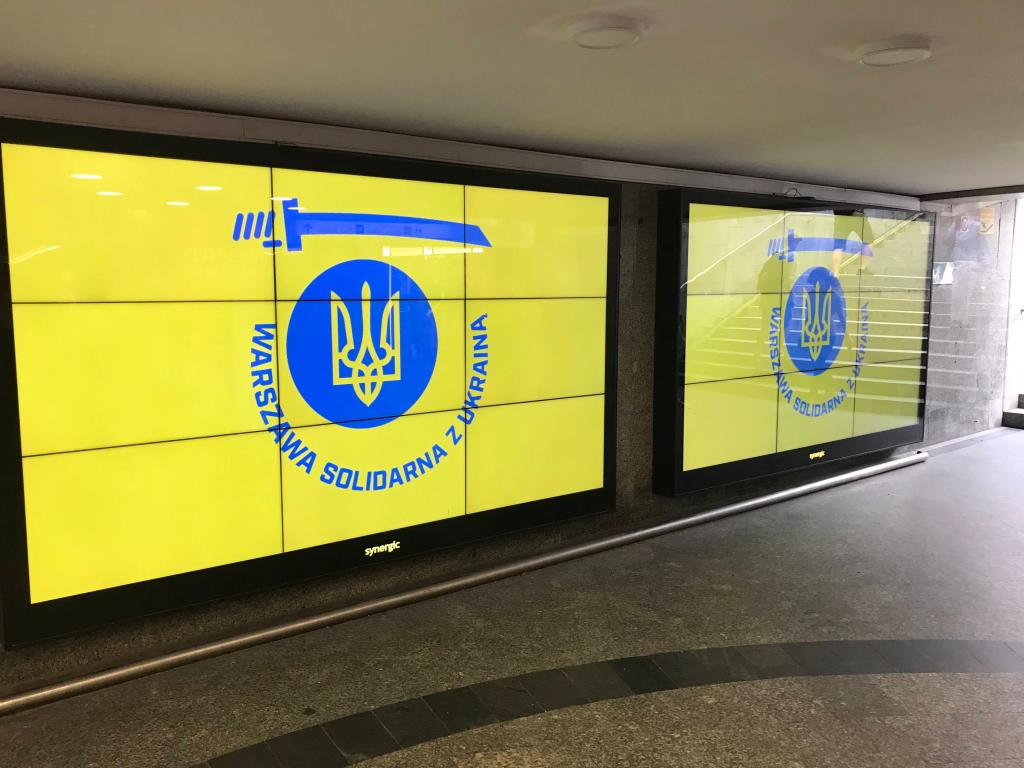
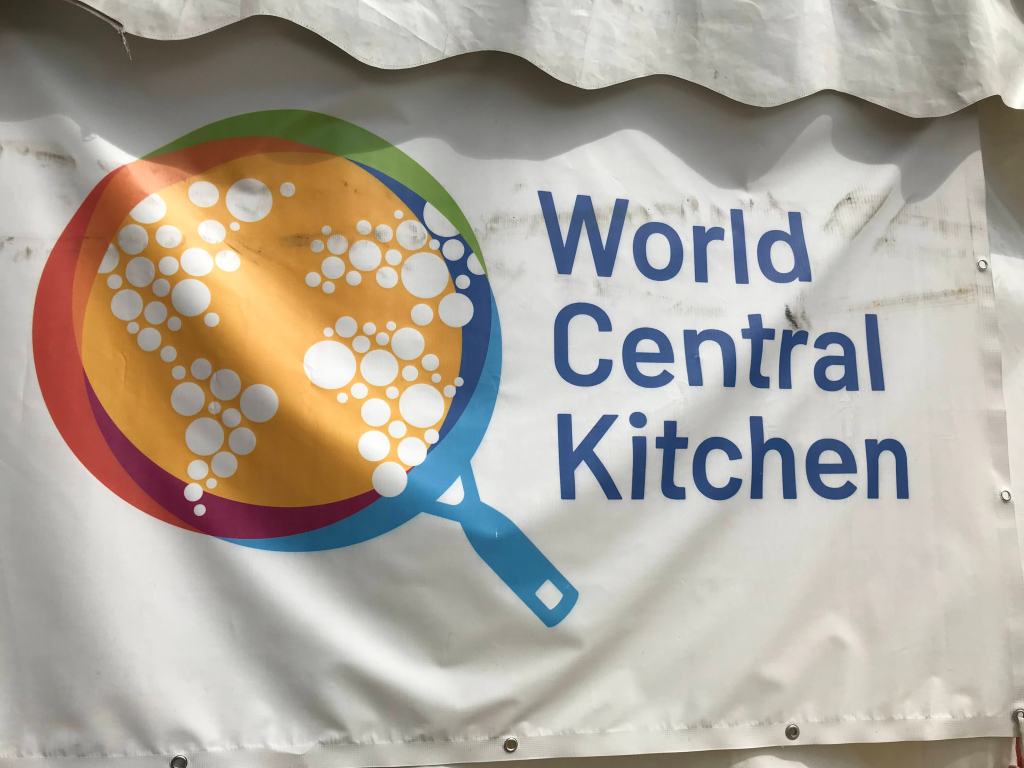
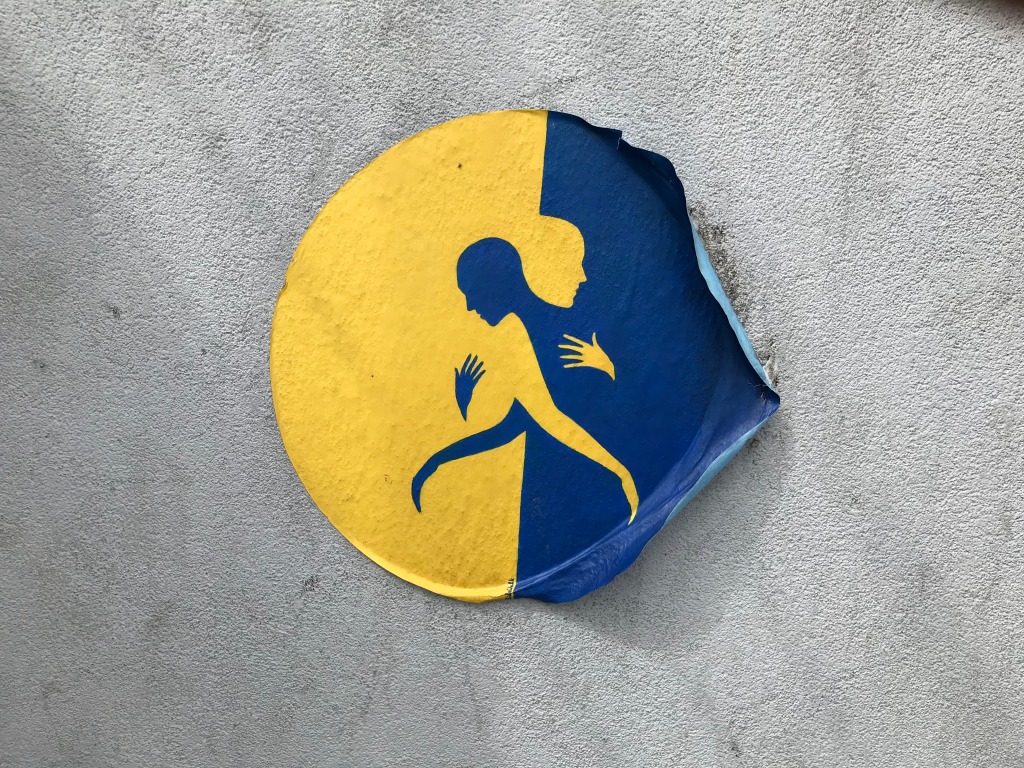
 After moving to India in 2012, then Japan in 2015, the Asian odyssey has come to a close. Please enjoy these reflections spanning the past 8 years.
After moving to India in 2012, then Japan in 2015, the Asian odyssey has come to a close. Please enjoy these reflections spanning the past 8 years.
 My first Holi – celebration of colors – in March 2012.
My first Holi – celebration of colors – in March 2012.
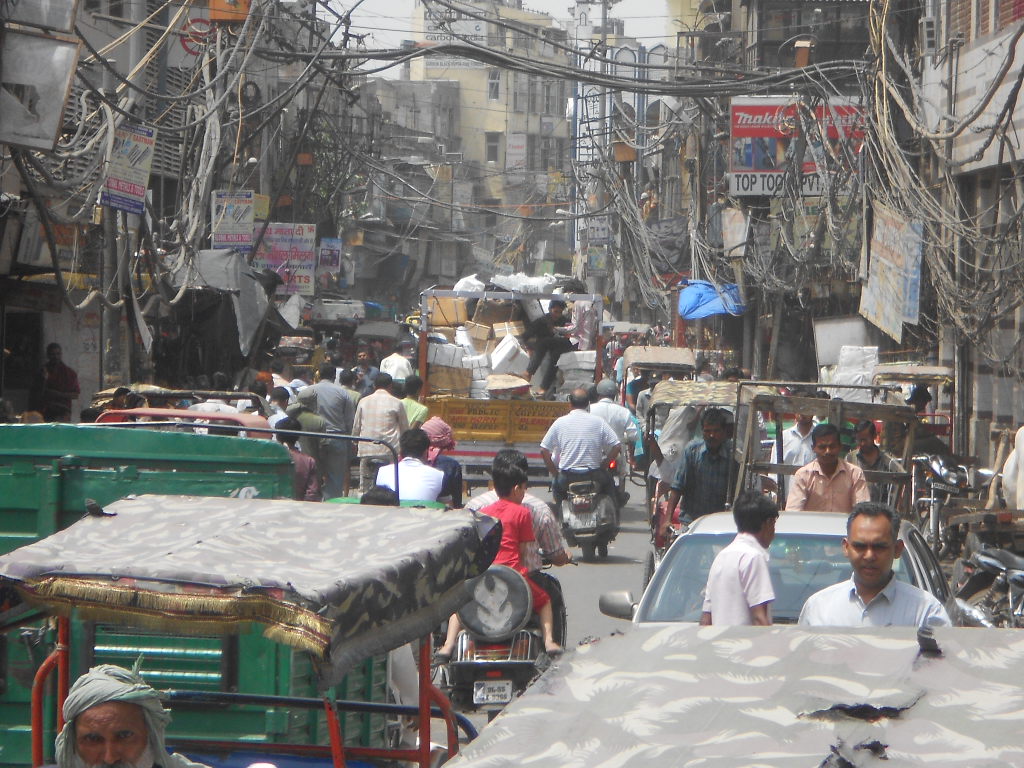 Delhi appears chaotic, but it works.
Delhi appears chaotic, but it works.
 There’s always room for one more on the bus…
There’s always room for one more on the bus…
 ... or the motorcycle.
... or the motorcycle.
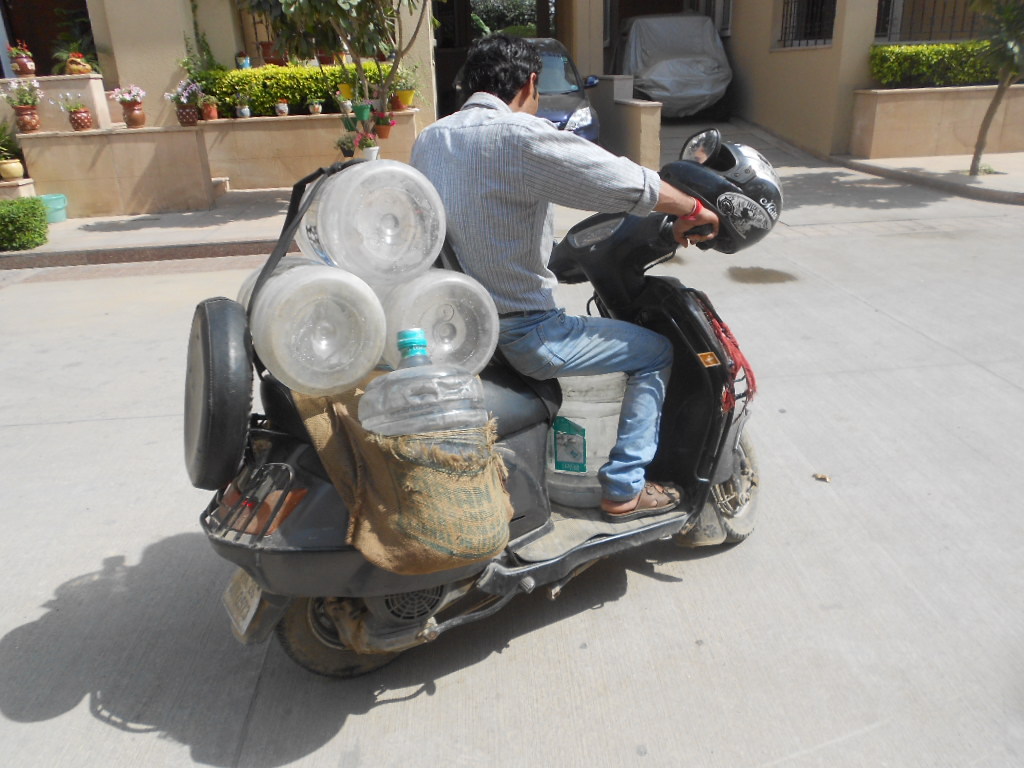 This is how our bottled water was delivered.
This is how our bottled water was delivered.
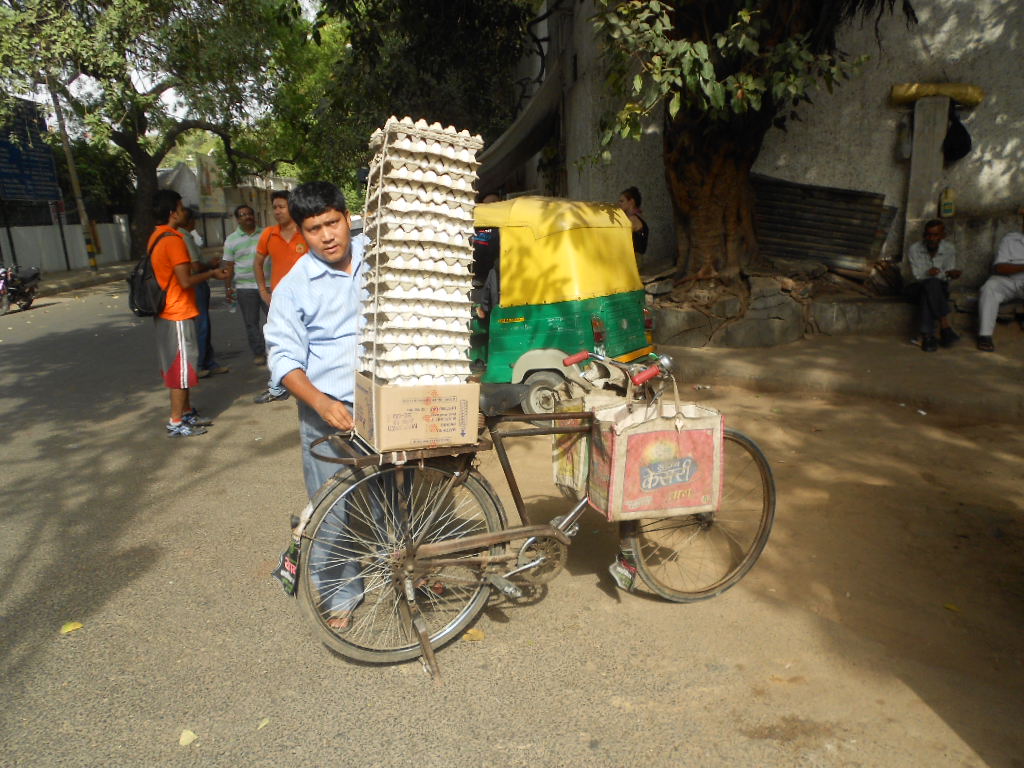 It takes great skill and balance to safely deliver eggs.
It takes great skill and balance to safely deliver eggs.
 I have no doubt this fridge delivery was successful.
I have no doubt this fridge delivery was successful.
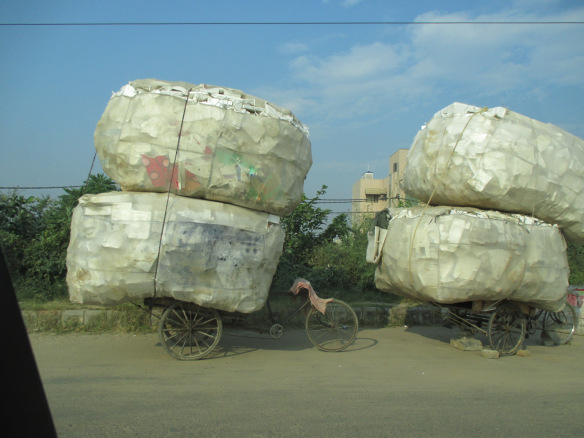 This is the definition of Jugaad – if there’s a will, there’s a way.
This is the definition of Jugaad – if there’s a will, there’s a way.
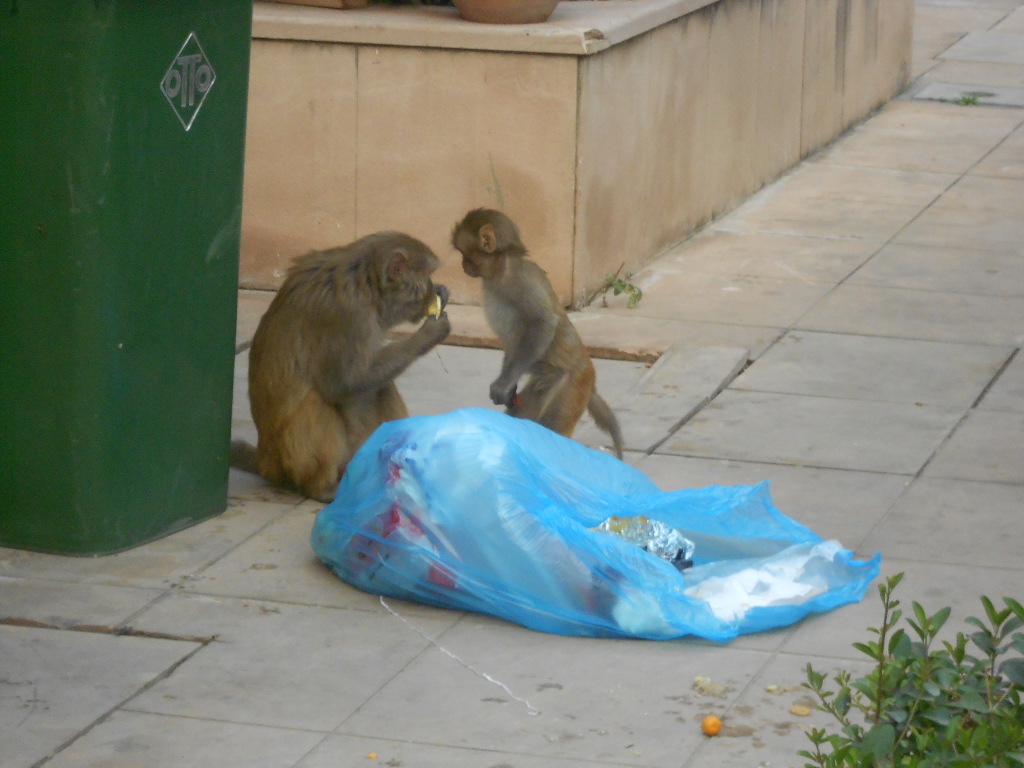 Monkeys roam the neighborhoods in search of goodies.
Monkeys roam the neighborhoods in search of goodies.
 This languor is on his way to work — his job is to chase the monkeys.
This languor is on his way to work — his job is to chase the monkeys.
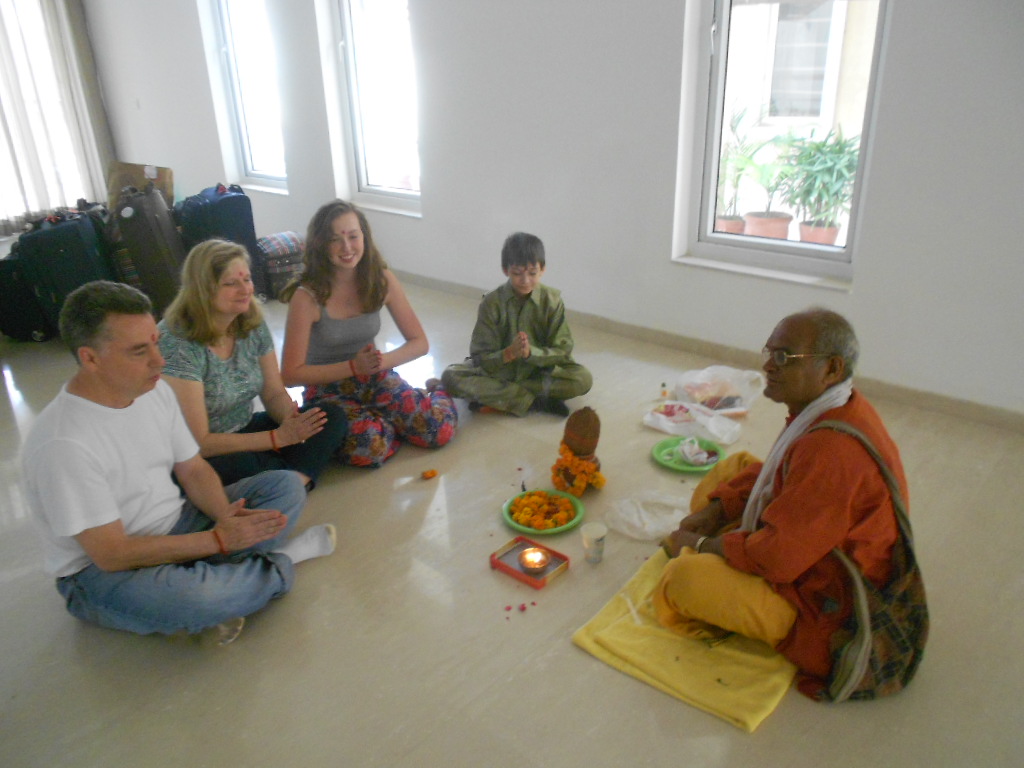 Before moving into our home, we invited this Hindu priest to perform a puja ceremony to chase away evil spirits. He sprinkled every room with Ganges river water.
Before moving into our home, we invited this Hindu priest to perform a puja ceremony to chase away evil spirits. He sprinkled every room with Ganges river water.
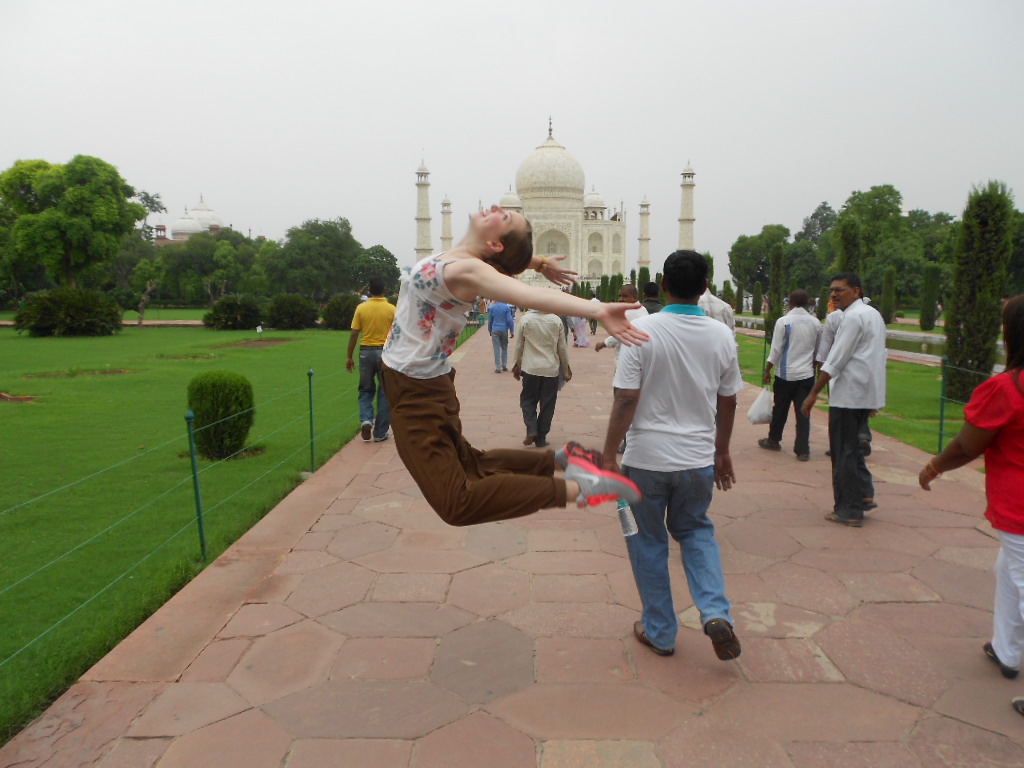 Started in 1632, Taj Mahal construction took 15 years to complete. It’s the most famous mausoleum in the world.
Started in 1632, Taj Mahal construction took 15 years to complete. It’s the most famous mausoleum in the world.
 This bra salesman in Old Delhi told me, “Business is good.”
This bra salesman in Old Delhi told me, “Business is good.”
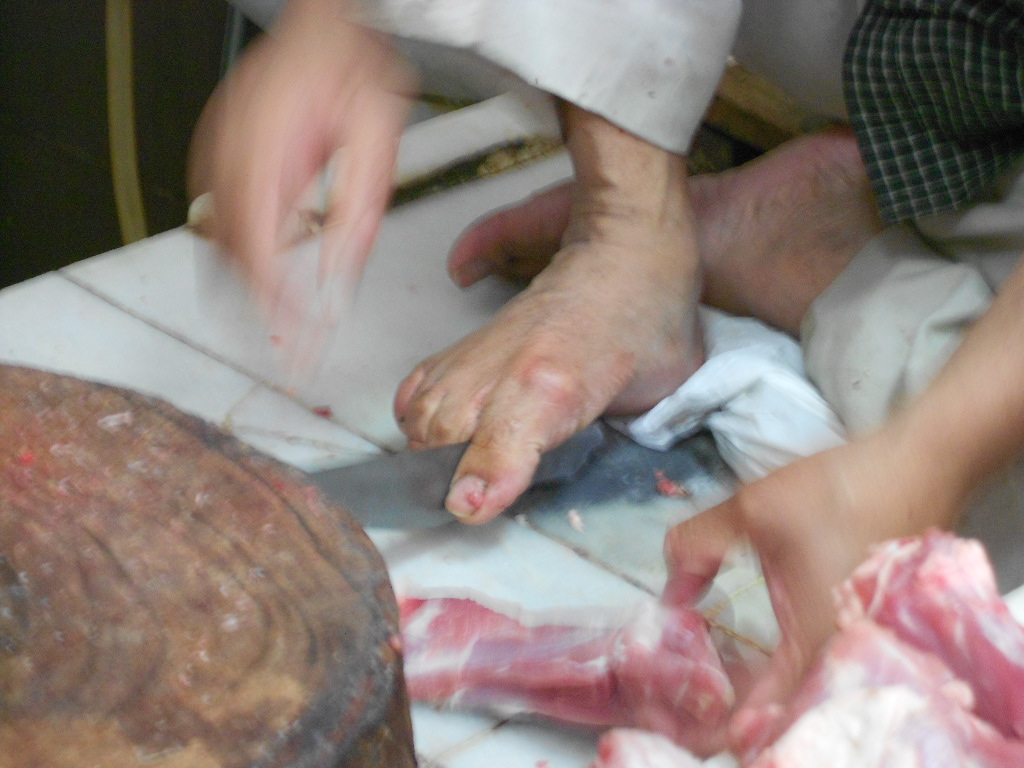 The efficiency of trimming chicken and goat meat is impressive. If your toes are holding the knife, then both hands are free.
The efficiency of trimming chicken and goat meat is impressive. If your toes are holding the knife, then both hands are free.
 This shoe repairman has a great location with high visibility.
This shoe repairman has a great location with high visibility.
 The Thar desert transportation in Rajasthan is sure-footed and reliable.
The Thar desert transportation in Rajasthan is sure-footed and reliable.
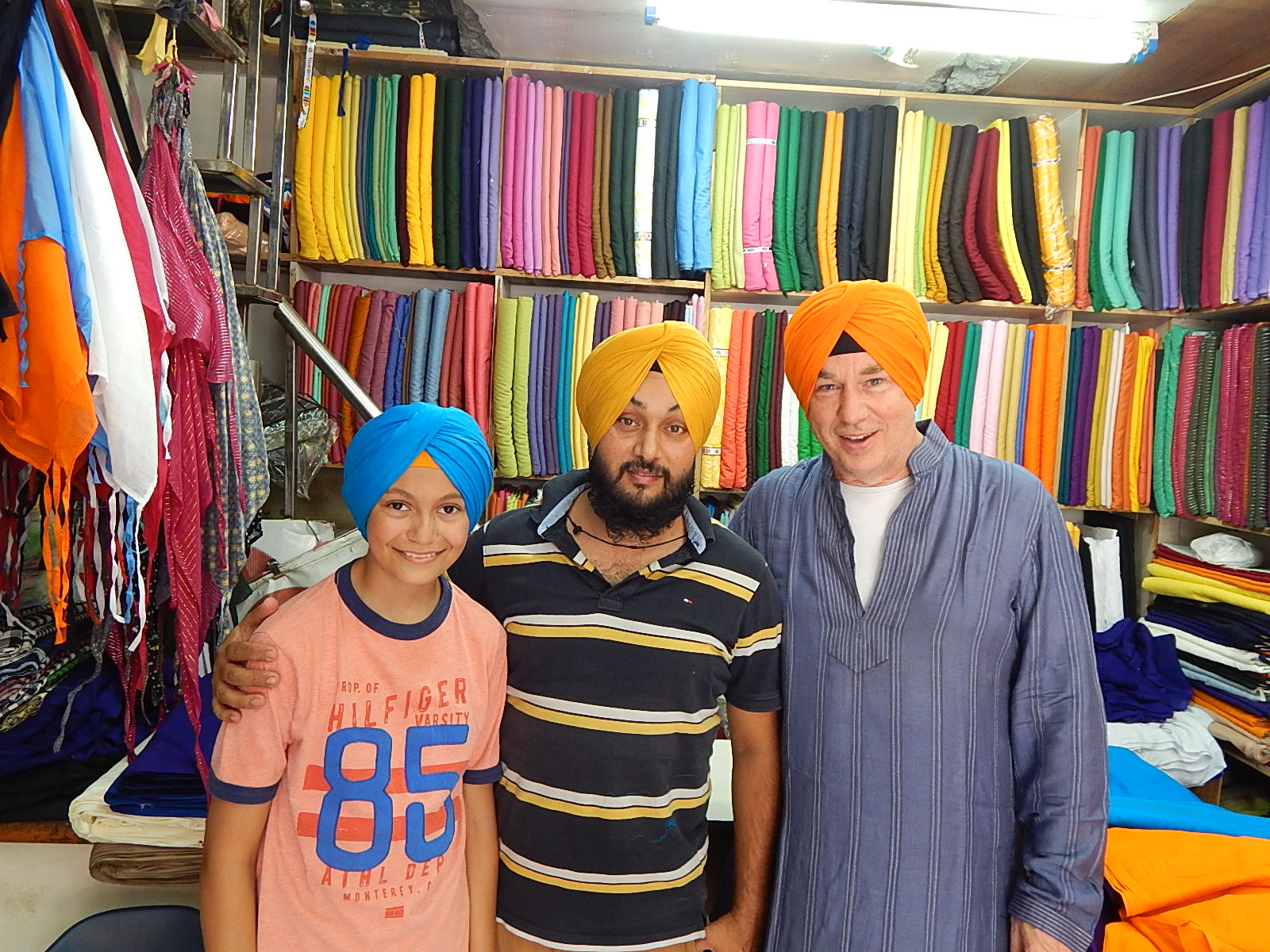 We blended in with the locals in Amritsar (sort of).
We blended in with the locals in Amritsar (sort of).
 Kayla’s event to focus attention on female empowerment was a success. The girls called her Didi (big sister).
Kayla’s event to focus attention on female empowerment was a success. The girls called her Didi (big sister).
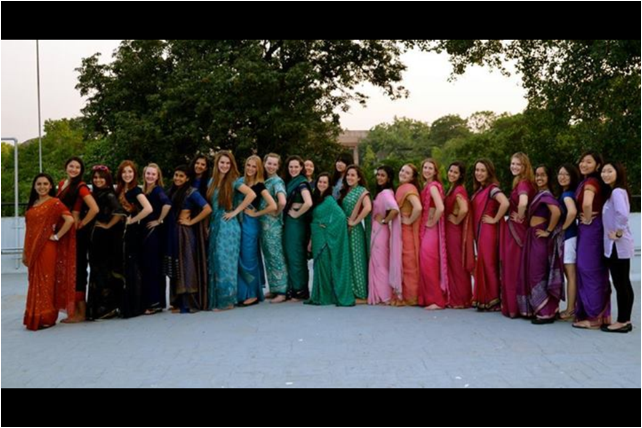 Kayla graduated from high school in 2014. She’s wearing blue in this “Roy G. Biv” ensemble of classmates at their ‘sari not sorry’ event.
Kayla graduated from high school in 2014. She’s wearing blue in this “Roy G. Biv” ensemble of classmates at their ‘sari not sorry’ event.
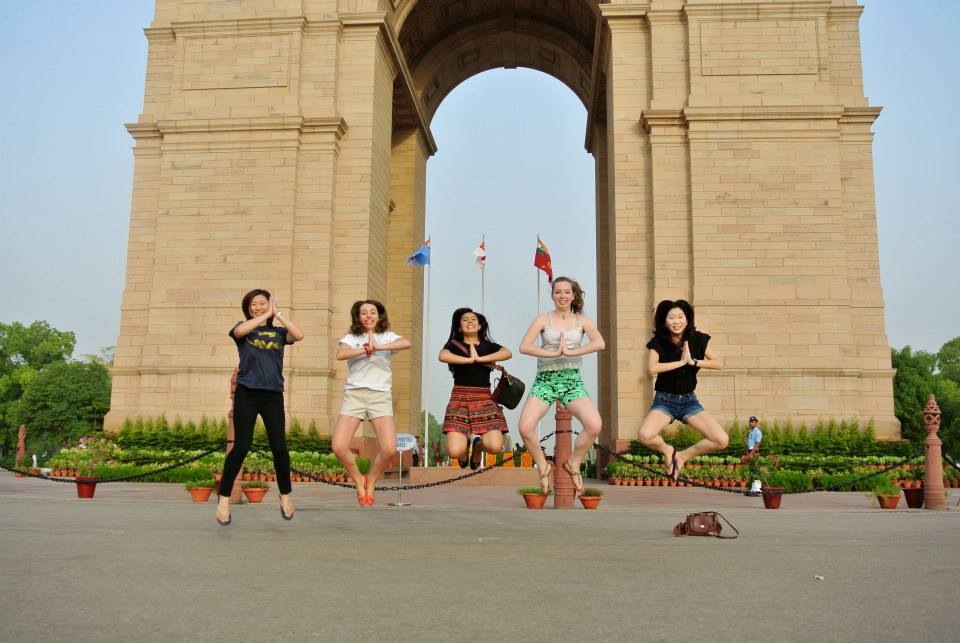 Visiting India Gate the day after graduation is tradition.
Visiting India Gate the day after graduation is tradition.
 A big highlight was creating a viral video featuring Sachin Tendulkar, the “God of cricket.” He’s a life-long BMW fan who graciously gave us an hour of his time on a Sunday afternoon in Mumbai.
A big highlight was creating a viral video featuring Sachin Tendulkar, the “God of cricket.” He’s a life-long BMW fan who graciously gave us an hour of his time on a Sunday afternoon in Mumbai.
Please click on the photo above to watch this 90 second video (we surprised customers with a unique test drive — which was captured on hidden camera).
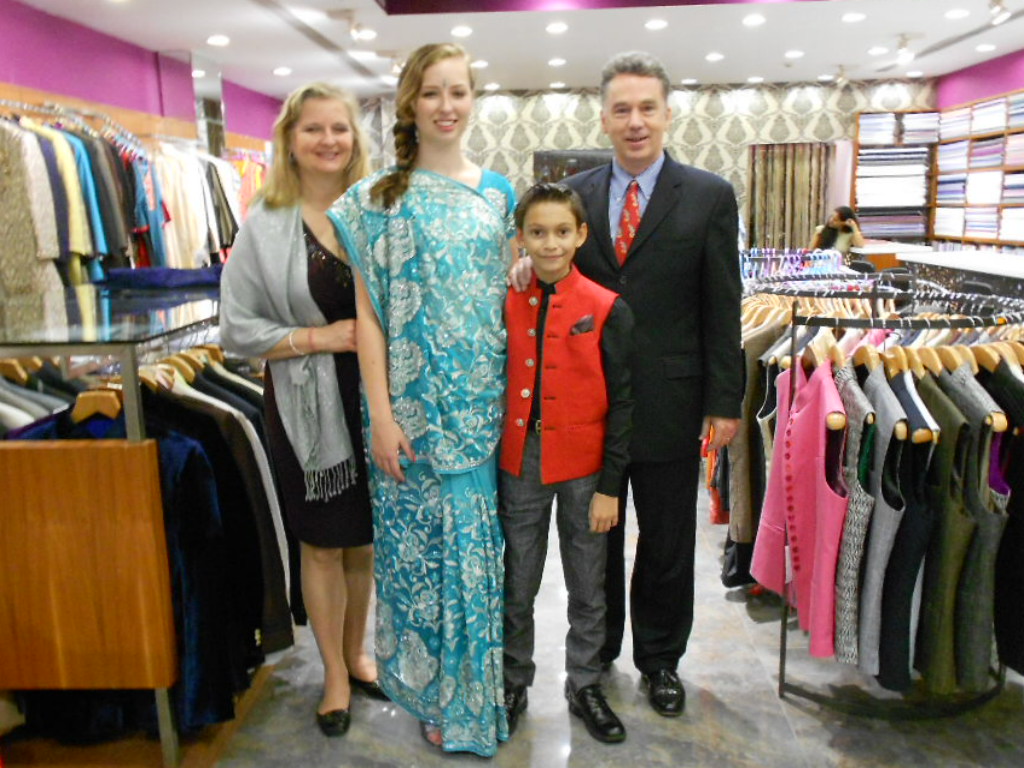 India was an incredible experience. The country is full of color, flavor and wonderful people who have an unstoppable spirit. Next up — Japan.
India was an incredible experience. The country is full of color, flavor and wonderful people who have an unstoppable spirit. Next up — Japan.
 The first meal in Tokyo had to be a steak (cows are sacred in India, thus beef is illegal).
The first meal in Tokyo had to be a steak (cows are sacred in India, thus beef is illegal).
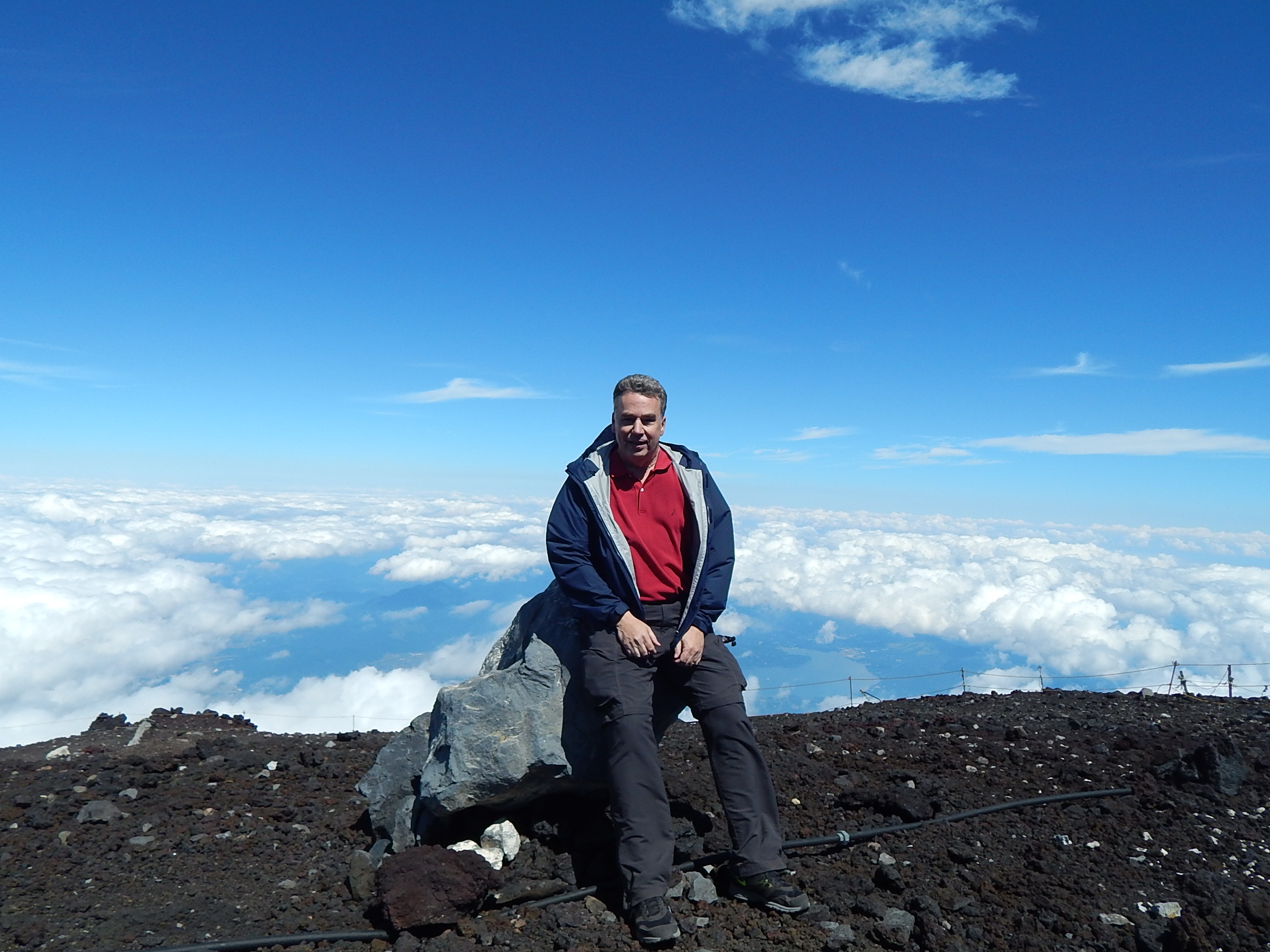 An early triumph was climbing Mt. Fuji (3776 meters / 12,388 ft.). I’m glad I did it, but I’ll never do it again.
An early triumph was climbing Mt. Fuji (3776 meters / 12,388 ft.). I’m glad I did it, but I’ll never do it again.
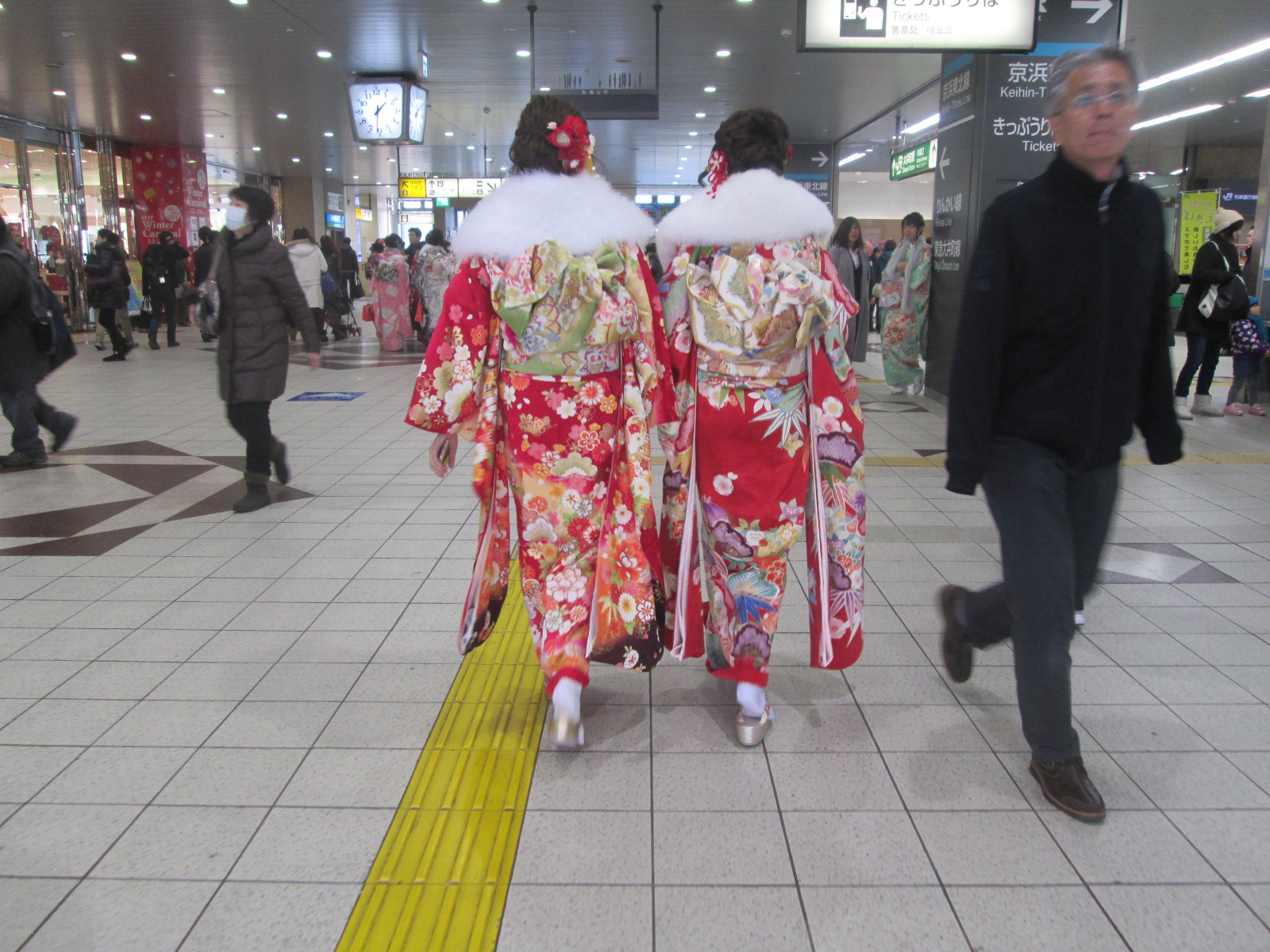 Japan is also full of color and tradition.
Japan is also full of color and tradition.
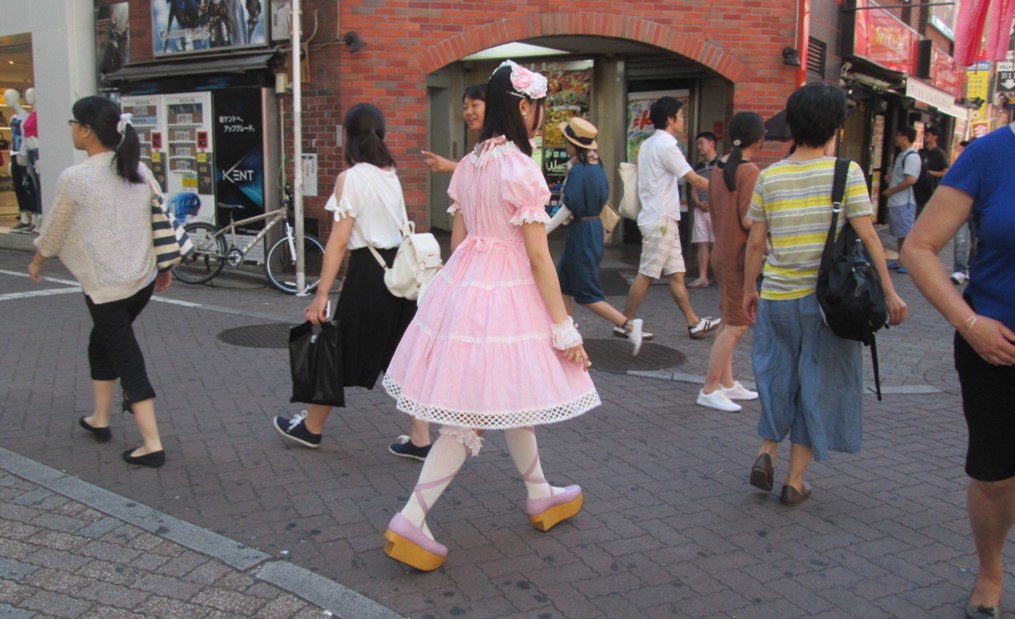 Cosplay (costume play) is prevalent.
Cosplay (costume play) is prevalent.
 Even dogs get in on the action.
Even dogs get in on the action.
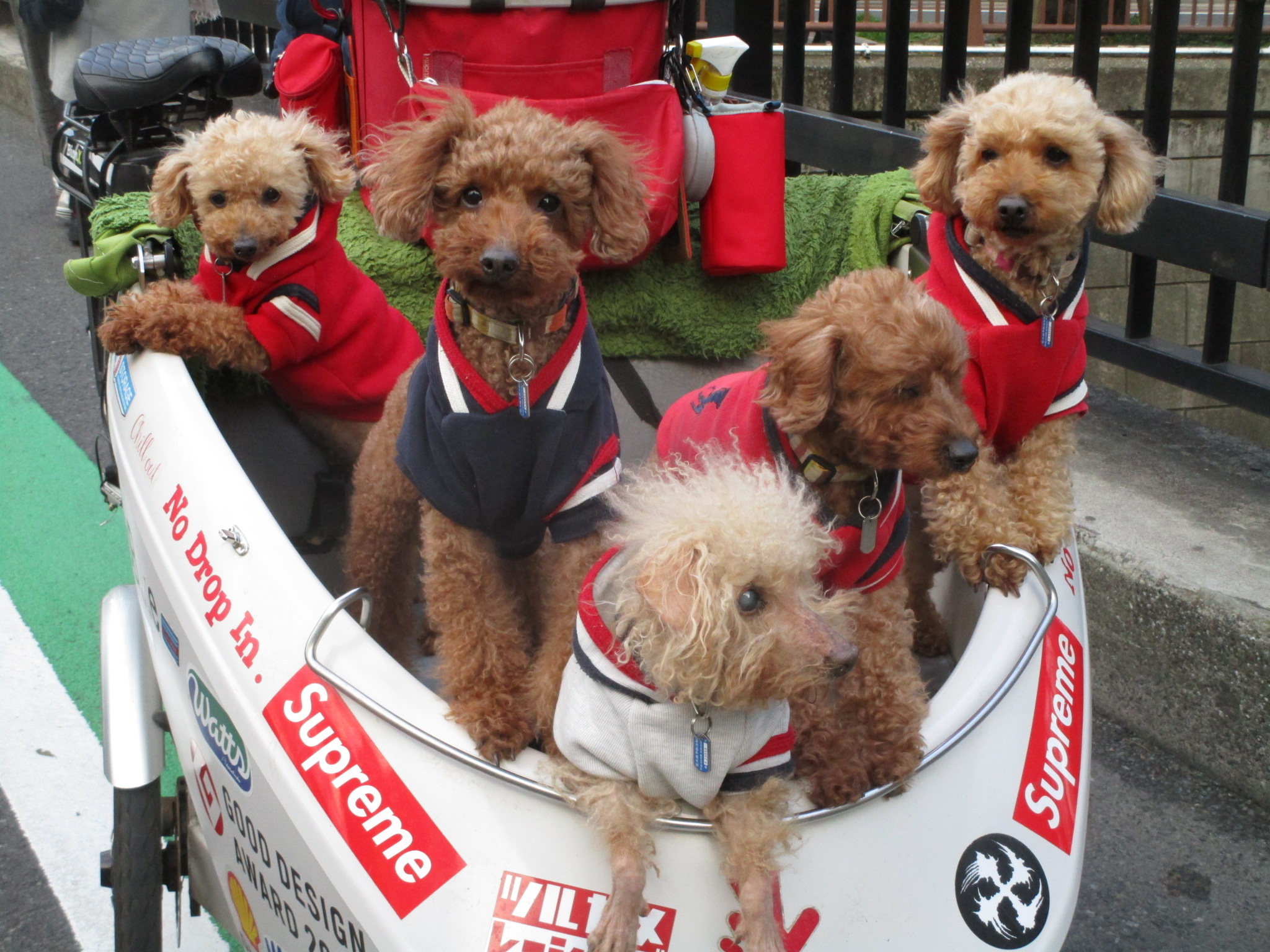 These dogs prefer Ralph Lauren.
These dogs prefer Ralph Lauren.
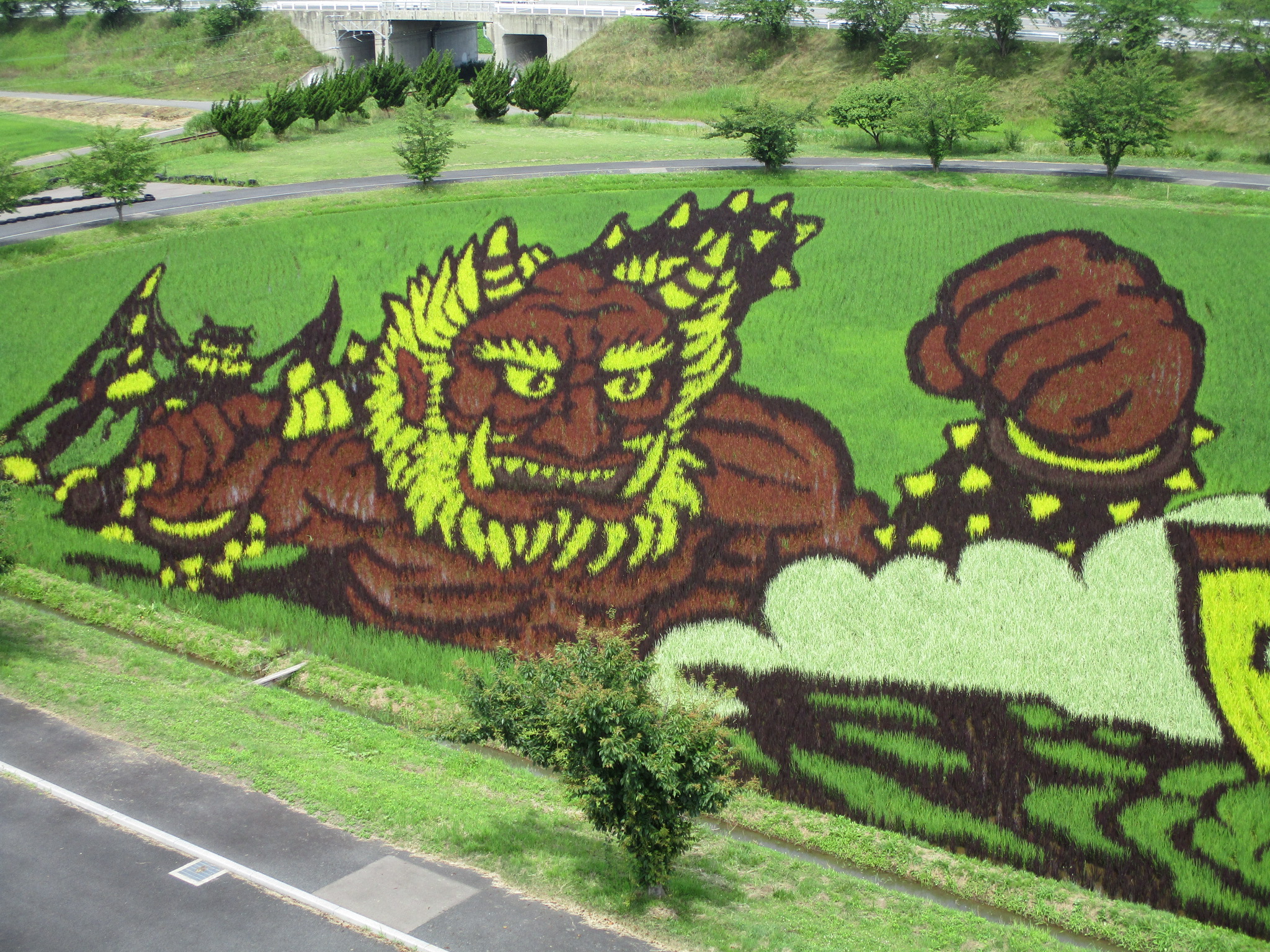 Rice patty art can be found in Aomori.
Rice patty art can be found in Aomori.
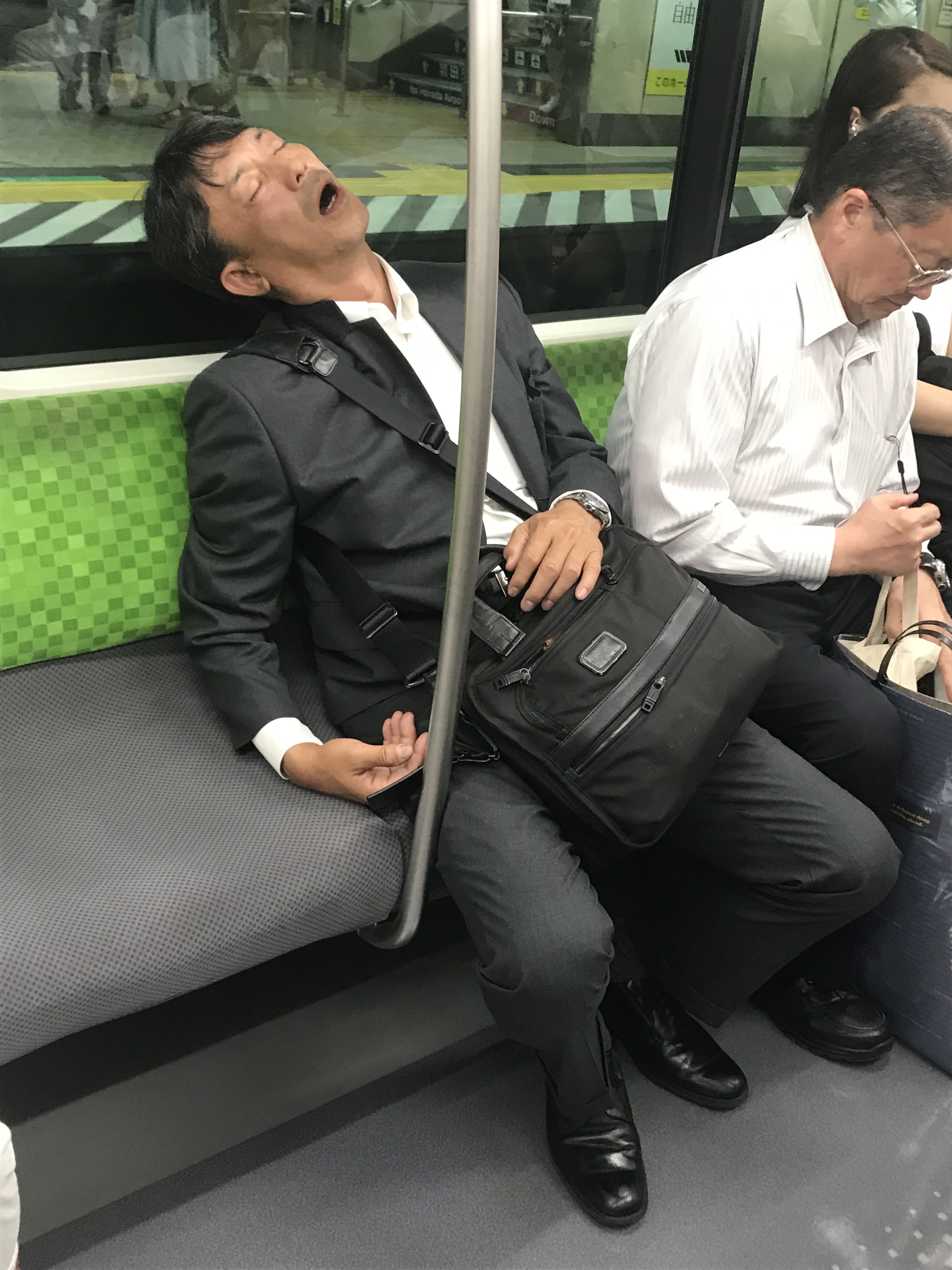 Trains are common for commuting (and napping).
Trains are common for commuting (and napping).
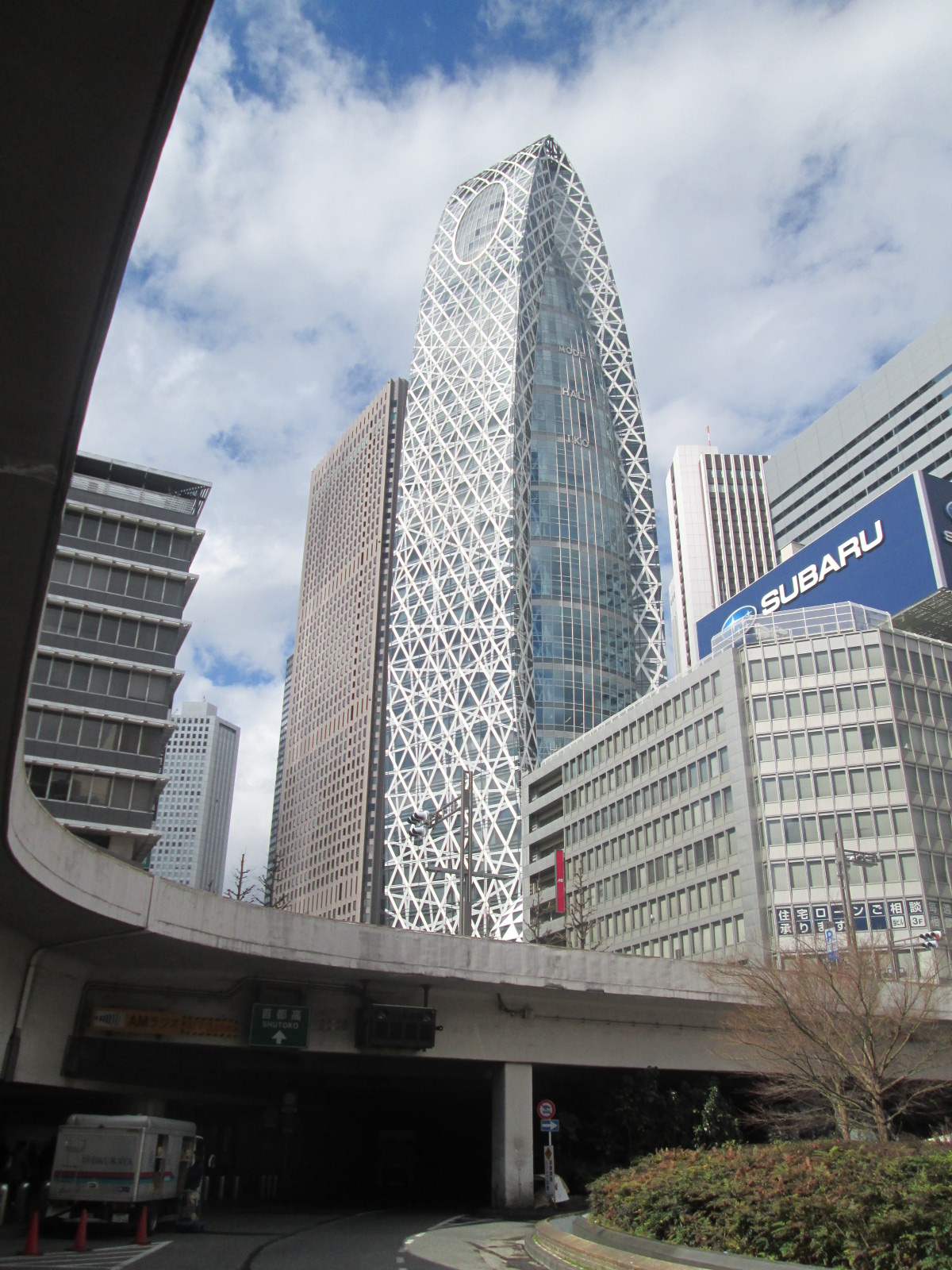 Tokyo is filled with stunning and unique architecture (this is the Cocoon building).
Tokyo is filled with stunning and unique architecture (this is the Cocoon building).
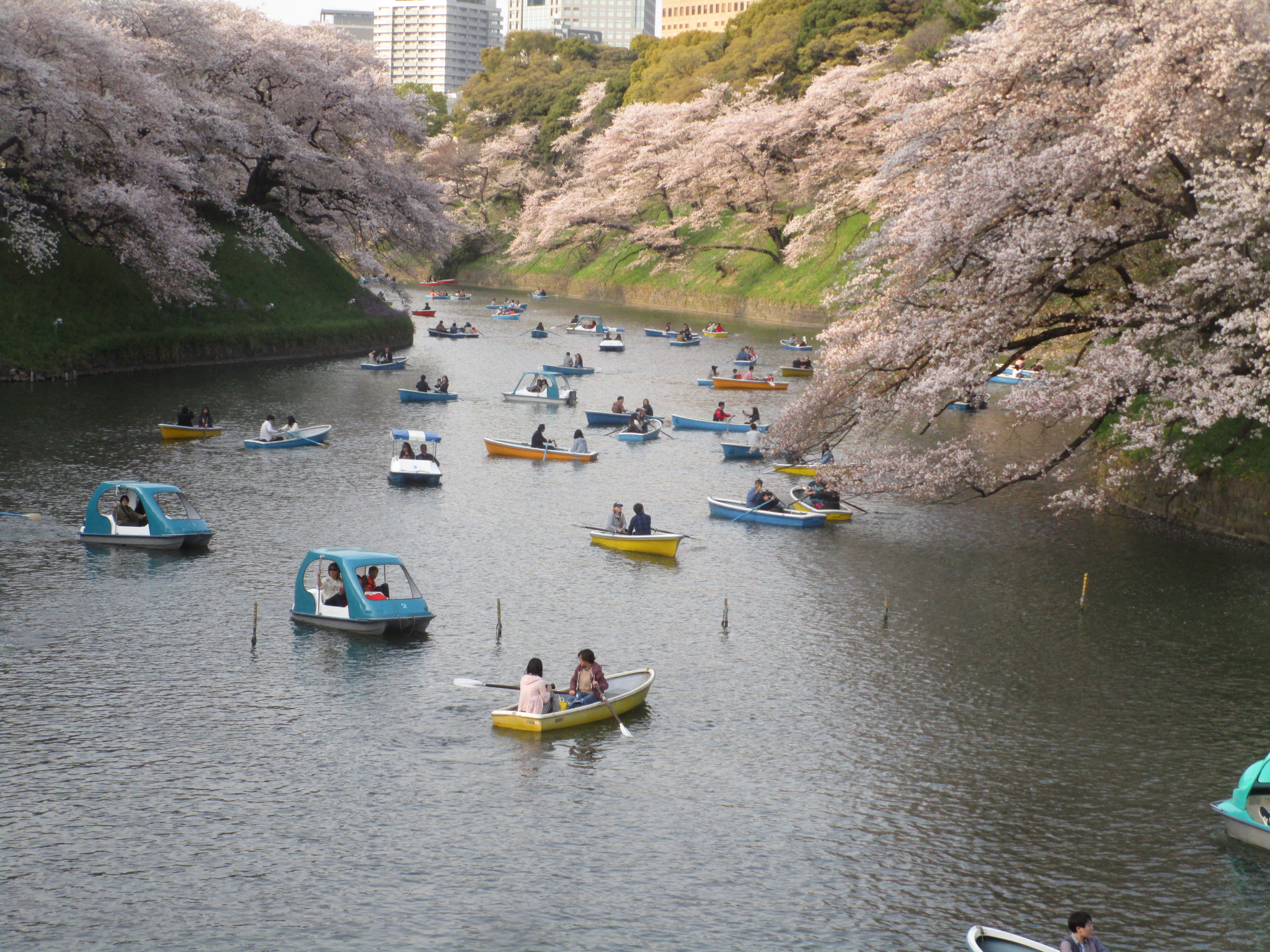 Cherry blossom season in Japan is like Oktoberfest in Munich — everyone partakes.
Cherry blossom season in Japan is like Oktoberfest in Munich — everyone partakes.
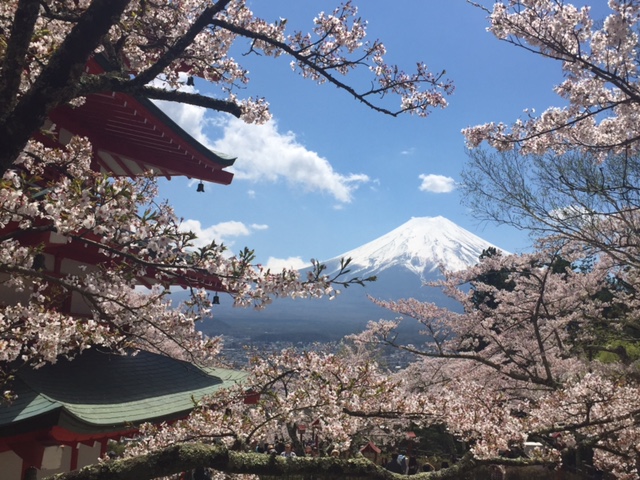 Mt. Fuji is especially stunning during blossom season.
Mt. Fuji is especially stunning during blossom season.
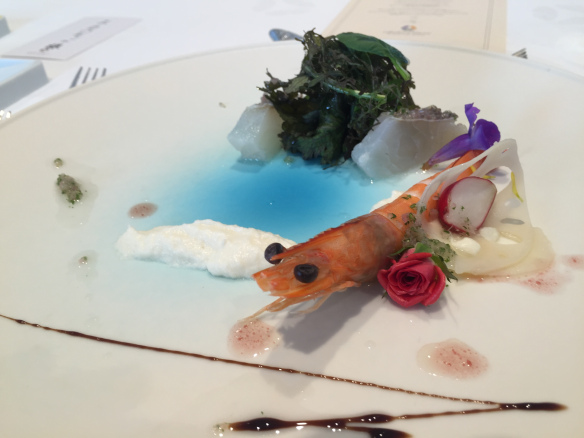 Food sometimes comes with eyeballs.
Food sometimes comes with eyeballs.
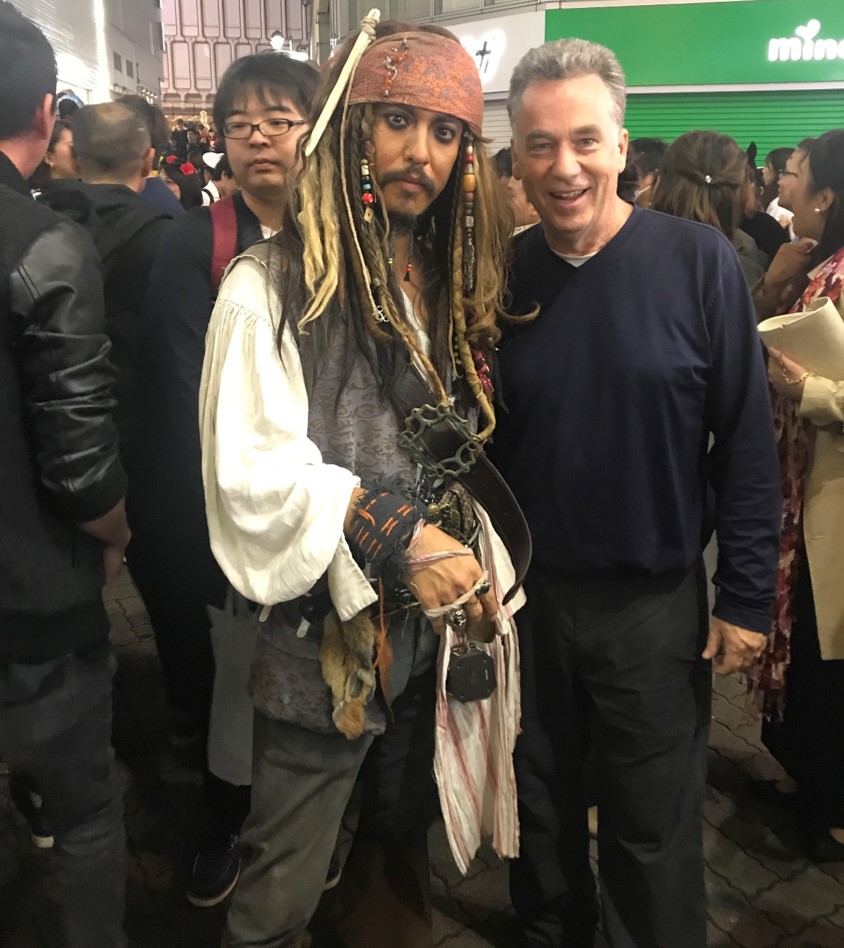 Halloween is huge in Japan. Perhaps this is Johnny Depp, I’m not really sure.
Halloween is huge in Japan. Perhaps this is Johnny Depp, I’m not really sure.
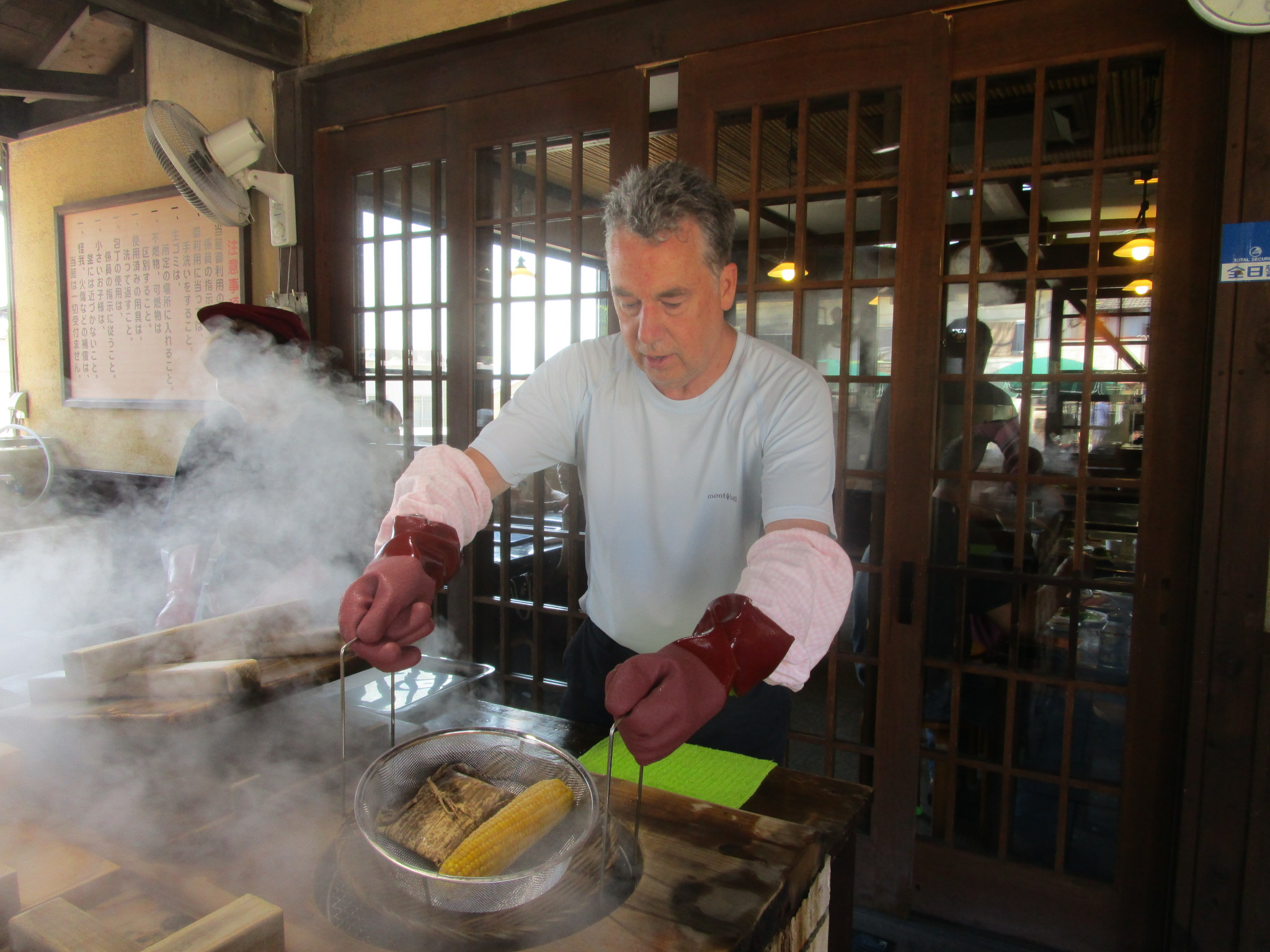 Cooking my lunch in Japan’s geothermal steam was a big highlight…
Cooking my lunch in Japan’s geothermal steam was a big highlight…
 … as was staying at capsule hotels.
… as was staying at capsule hotels.
 In 1989, my friend Jeff and I visited all the major league baseball stadiums. 30 years later, it brought me great joy to have Jeff attend baseball games with me in Japan.
In 1989, my friend Jeff and I visited all the major league baseball stadiums. 30 years later, it brought me great joy to have Jeff attend baseball games with me in Japan.
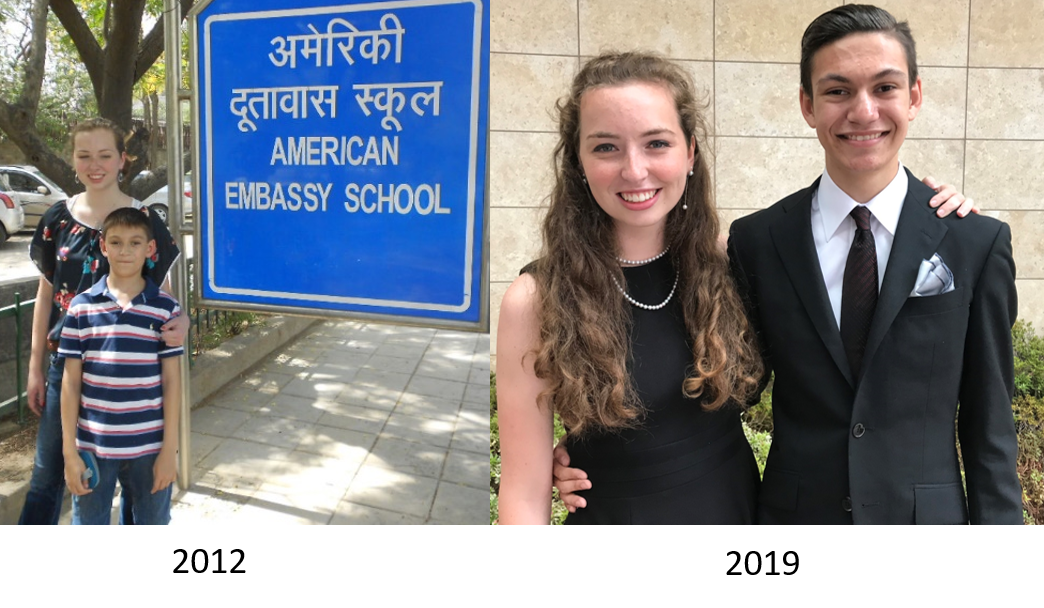 Kayla started her junior year of high school in 2012 while Greg entered 6th grade. Seven years later, Greg graduated high school in Tokyo.
Kayla started her junior year of high school in 2012 while Greg entered 6th grade. Seven years later, Greg graduated high school in Tokyo.
 Covid-19 forced postponement of the summer Olympics. Here at Tokyo Station, the countdown clock has been reset for July 2021.
Covid-19 forced postponement of the summer Olympics. Here at Tokyo Station, the countdown clock has been reset for July 2021.
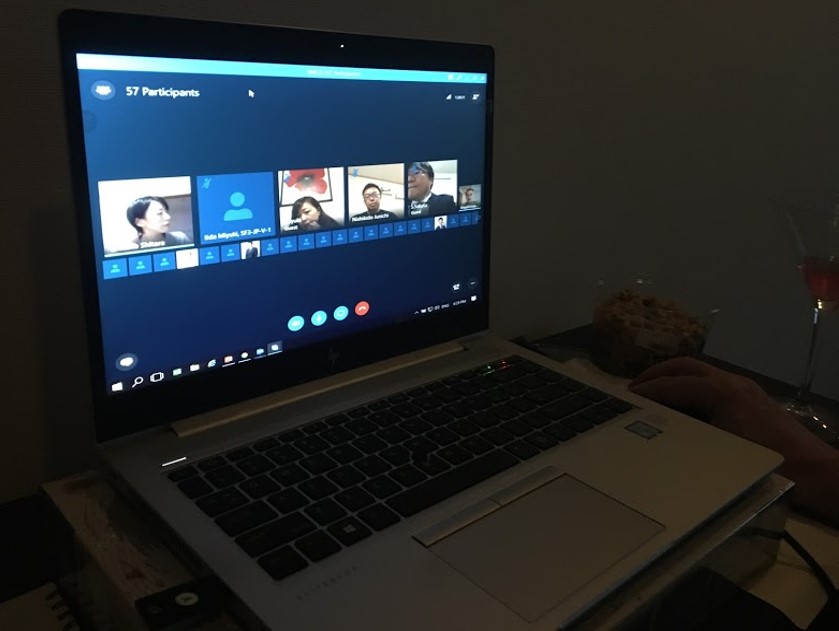 Saying goodbye is never easy, however, I had a wonderful farewell party – via Skype. I will miss everyone.
Saying goodbye is never easy, however, I had a wonderful farewell party – via Skype. I will miss everyone.
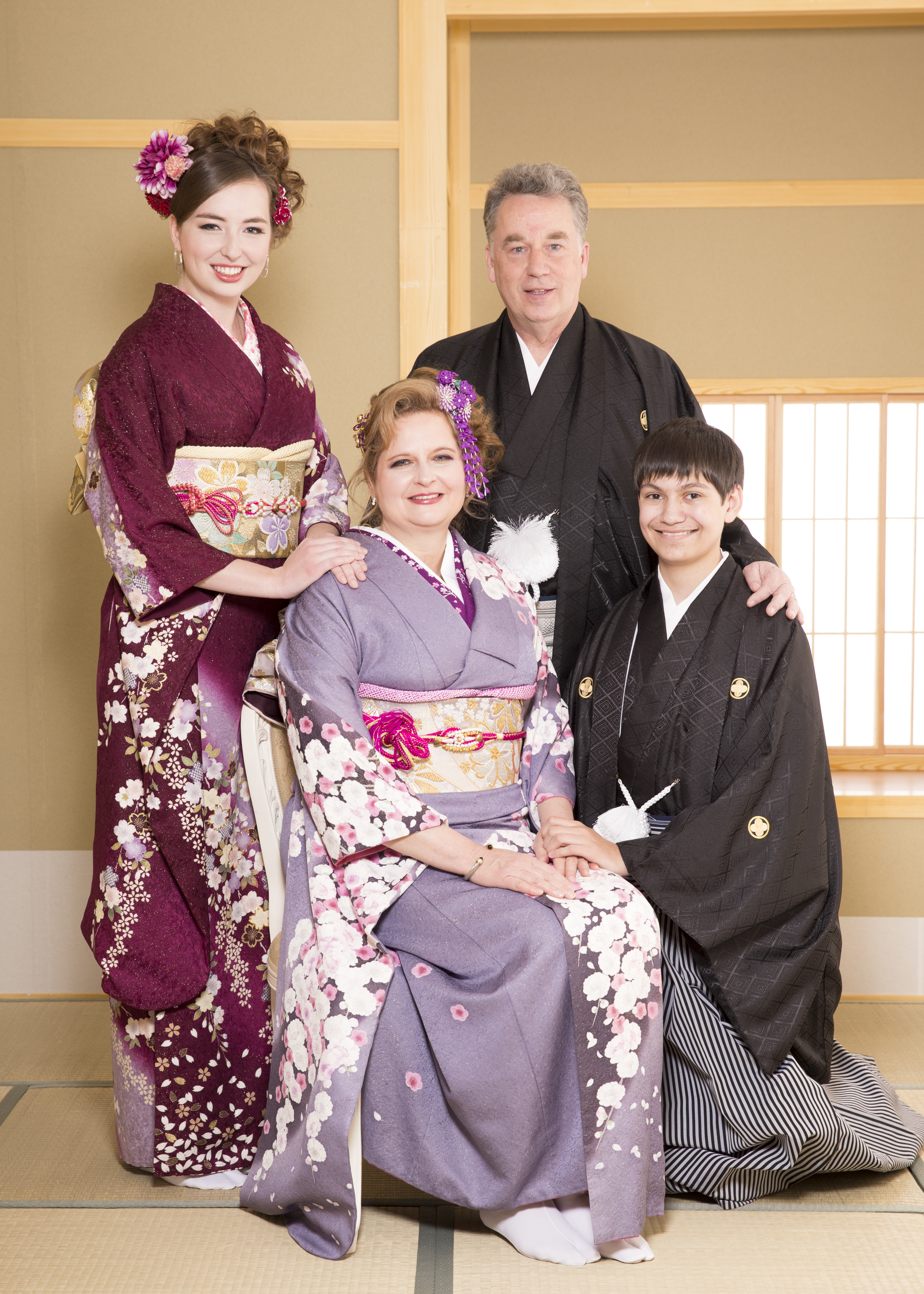 I learned many years ago from the master (Dick Clark), never to thank individual people because someone will be left out — it’s best to thank everyone as a whole. I understand this rule, however, I need to break it.
I learned many years ago from the master (Dick Clark), never to thank individual people because someone will be left out — it’s best to thank everyone as a whole. I understand this rule, however, I need to break it.
 First, to Alan. You brought me into the region in 2012 and later engineered the transition to Tokyo. I am eternally grateful. I face Melbourne and salute you.
First, to Alan. You brought me into the region in 2012 and later engineered the transition to Tokyo. I am eternally grateful. I face Melbourne and salute you.
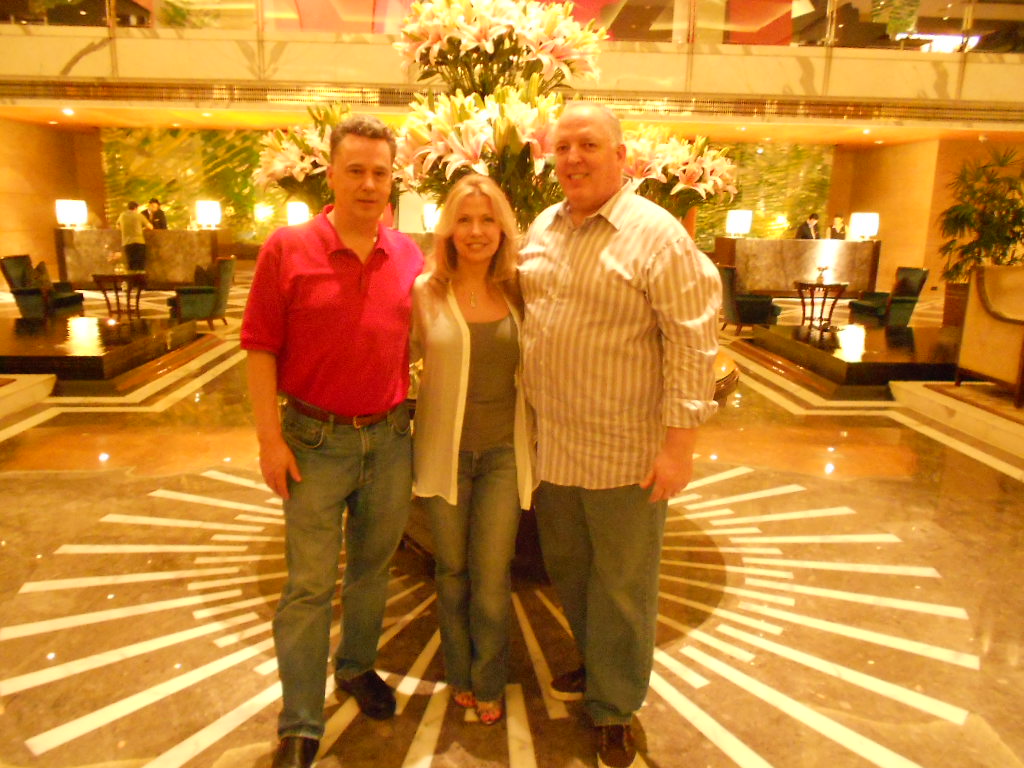 Next to Dan and Ellen for taking the leap into India. Sadly, we lost Dan in 2014, but this gentle giant will live forever in our hearts. He made such a lasting impact on so many people.
Next to Dan and Ellen for taking the leap into India. Sadly, we lost Dan in 2014, but this gentle giant will live forever in our hearts. He made such a lasting impact on so many people.
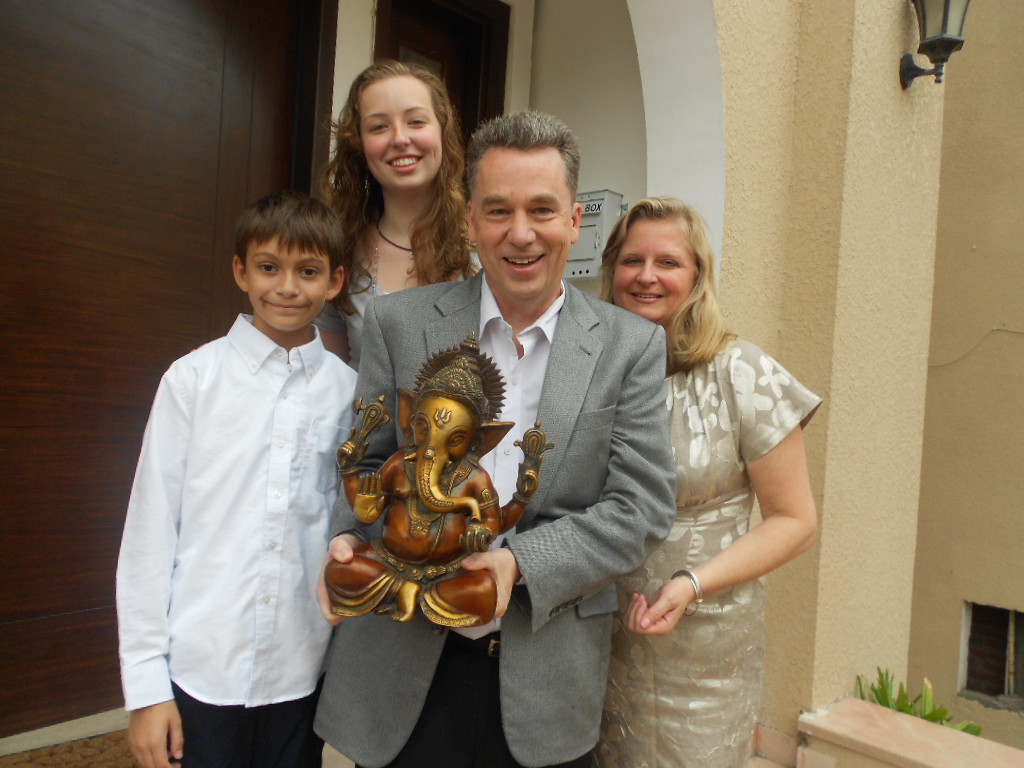 And finally to my family. It’s not often you pull a child from the midpoint of high school and move to India, but there was instant and total support.
And finally to my family. It’s not often you pull a child from the midpoint of high school and move to India, but there was instant and total support.
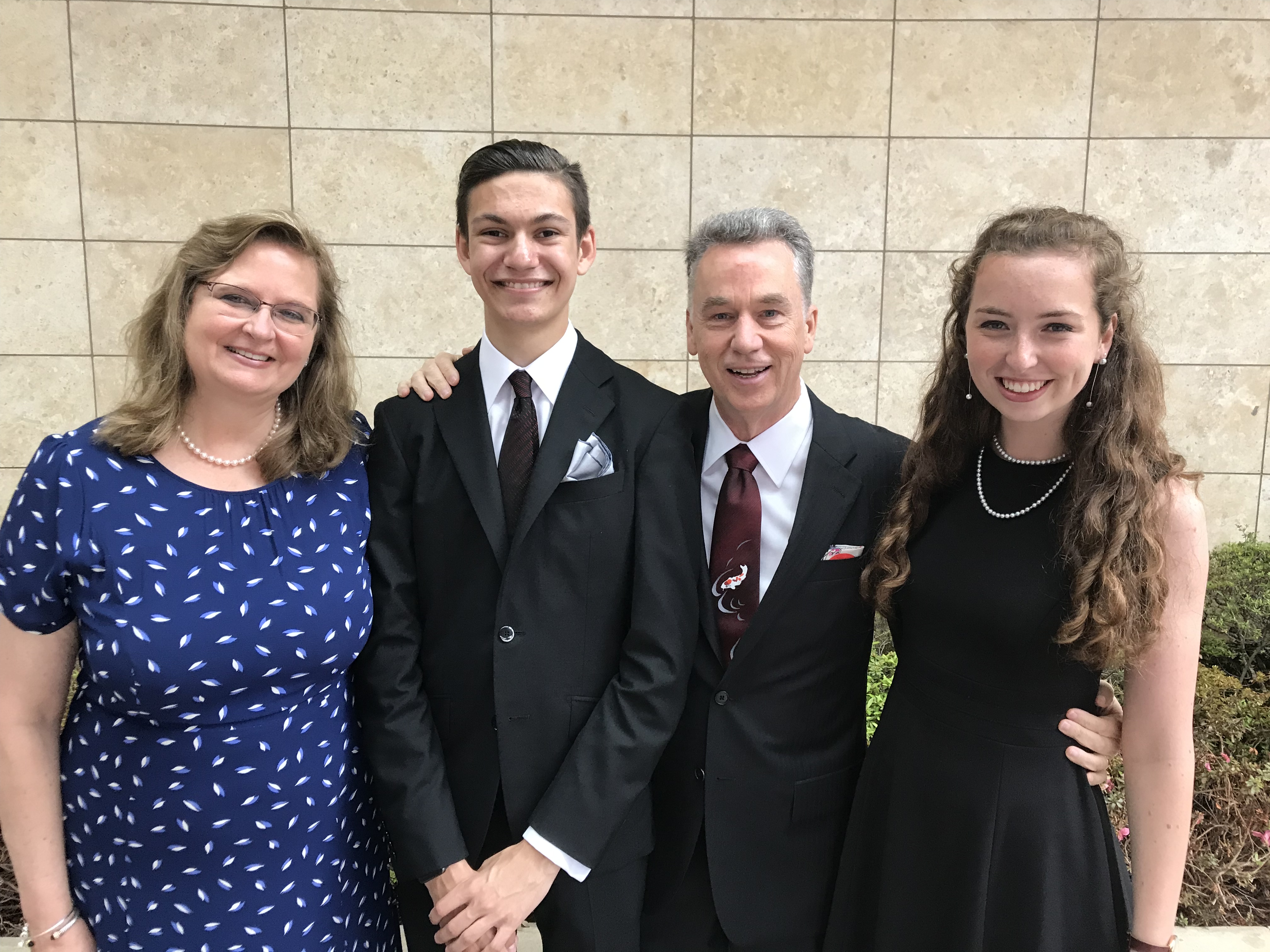 The 8 years in Asia (a third of my BMW career) have been life-enriching for all of us. Thank you Lynda, Kayla and Greg for accepting this adventure.
The 8 years in Asia (a third of my BMW career) have been life-enriching for all of us. Thank you Lynda, Kayla and Greg for accepting this adventure.
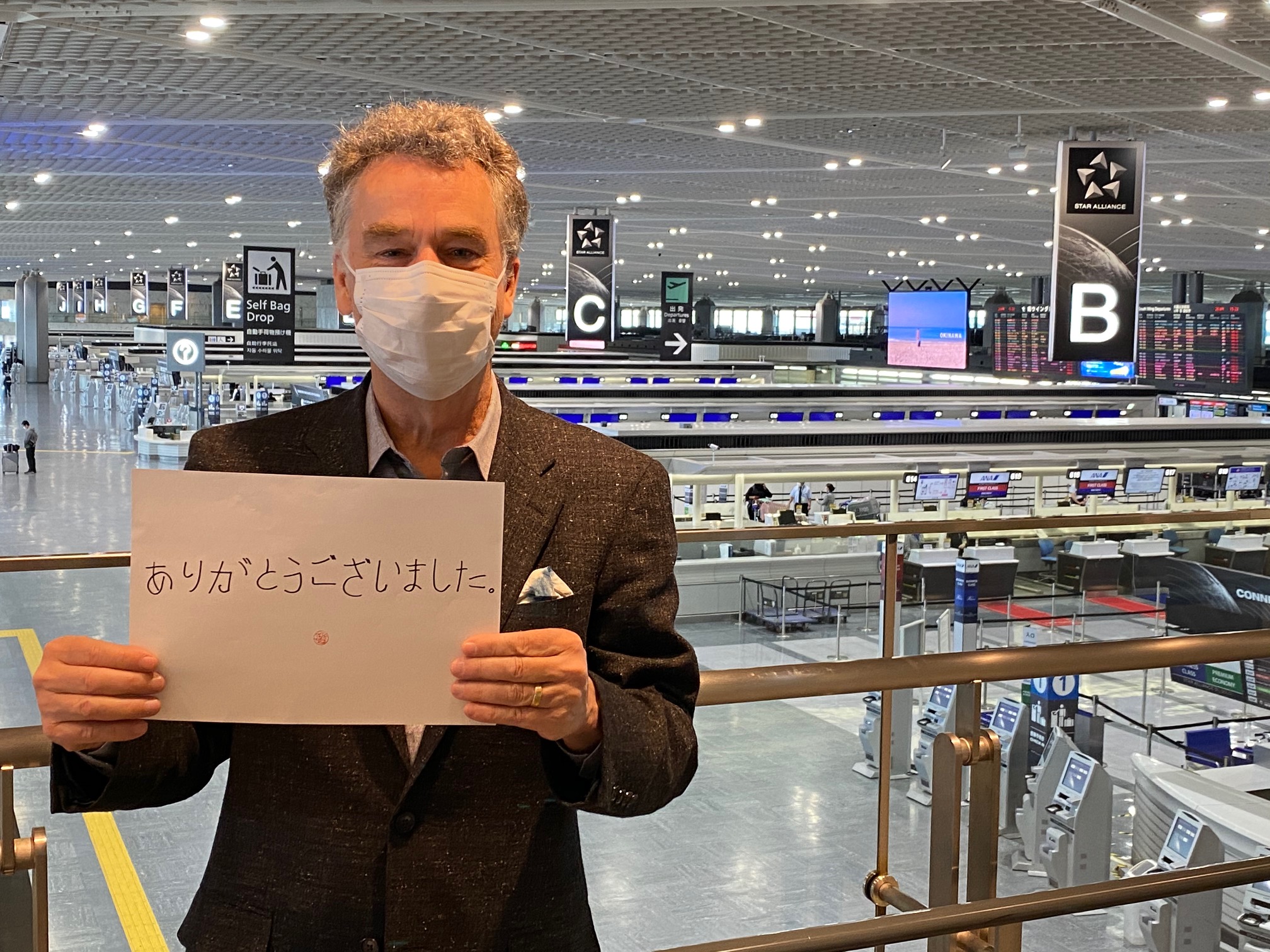 This blog which began in 2012 on the premise of “Lots of photos – minimal text” is now coming to a close. My return trip to the U.S. was flawless, and I have already rejoined the BMW Financial Services NJ team (via Skype). I thank everyone for following this journey. Stay safe and be healthy. ts
This blog which began in 2012 on the premise of “Lots of photos – minimal text” is now coming to a close. My return trip to the U.S. was flawless, and I have already rejoined the BMW Financial Services NJ team (via Skype). I thank everyone for following this journey. Stay safe and be healthy. ts
As our 2nd decade of the 21st century comes to a close, now is a good time to clear out the photo vault.
What follows is a collection of photos from the past 4 ½ years in Japan. The overall theme is “Miscellaneous.”
But first some recent news. Japan hosted the Rugby World Cup this autumn.
The Japanese team won all four of their games and advanced to the quarter finals for the first time. However, they lost to the eventual winners, South Africa [Internet photo].
In other sports news, Japan is preparing for the 2020 summer Olympics.
This photo from 2017 shows construction of the new Olympic Stadium in the heart of Tokyo…
… and here it is just 2 1/2 years later.
A wonderful Olympic Museum has opened across the street from the stadium. Japan will be ready this summer.
The weather has been a challenge this year. In October, Typhoon Higibis slammed into Japan — the most powerful storm in 50 years [Internet photo].
300 rivers overflowed and 850 landslides were recorded [Internet photo].
Many shelves at my local supermarket were picked clean.
Japan is well prepared for natural disasters. This map at the local hardware store shows earthquake hot spots…
… and provides all the necessities to help survive.
These braces help prevent cabinets from tipping over.
Here’s a 2015 photo of Greg after installing them at our apartment.
Buildings are designed to withstand major quakes.
Note the built-in shock absorbers.
Halloween has become very popular in Japan.
The costumes are elaborate.
This is a live owl.
I wish I could say this was Halloween…
… but this was a random selfie opportunity in Ginza.
It rains often in Japan.
Umbrellas are a necessity.
Trains are the lifeblood of Japanese transportation. The Shinkansen “bullet trains” are amazingly fast, smooth, and always on time.
The local train networks in the cities are comprehensive.
I ride trains on a daily basis and witness countless people during their daily commutes.
Some people use the time productively…
… and efficiently…
… for transporting dry cleaning…
… and for sleeping.
Some people sleep very deeply.
I could fill a book with photos like this.
I’m certain this guy missed his train…
… and i’m certain this guy missed his stop.
Yes, trains are crowded during rush hour.
There’s always room for one more.
Platform assistance is always available…
…to push…
… and push some more …
… until the doors close.
Even this hardened commuter was shocked at the tight compression of people.
However, more space is available outside of rush hour.
The traditional neighborhood ceremony of Mikoshi can often be seen on weekends.
Dozens of volunteers move a temporary Shinto Shrine between it’s main shrine and a temporary shrine.
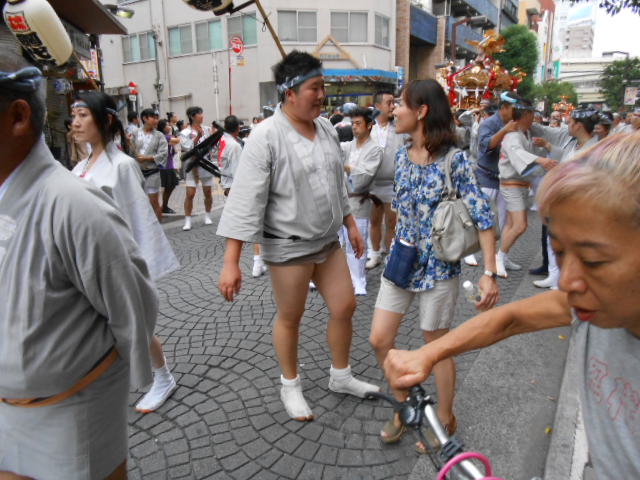 It’s important to have the appropriate wardrobe.
It’s important to have the appropriate wardrobe.
Yes, this is the correct wardrobe.
Speaking of wardrobe, women are typically looking for extra height.
Every school child has a backpack…
… which is typically purchased by the grandparents who try to outdo each other. This backpack costs 110,000 JPY ($1,000 USD).
American celebrities hawk products in Japan (Tommy Lee Jones for coffee)…
…and Elvis for Coke.
Classic MINIs are seen often…
… as are customized colors.
This is not very aerodynamic, but it sure is a good way to get attention for your business.
This is also attention-getting…
… but this 2nd hand clothing store wins the prize for making people stop and look.
Fresh seafood is always available in Japan…
…mouth-watering fresh.
Eyeballs are included with this appetizer.
These prawns were thrown live on the grill and flopped around until succumbing to the heat. Within 3 minutes, they were sliced and ingested. Now that’s fresh.
McDonald’s delivers in Japan…
…and sometimes with pedal power.
Some people text when they ride…
…others are more safety minded.
I see this often — moms with two children and a bag full of groceries.
Be careful where you park your bike…
… or the bike police with haul it away. (as happened with all these bikes).
Let’s move onto dogs.
People love their dogs…
… and dress them up.
…with matching outfits.
 This has to be the coolest dog in Tokyo.
This has to be the coolest dog in Tokyo.
Some dogs are massive…
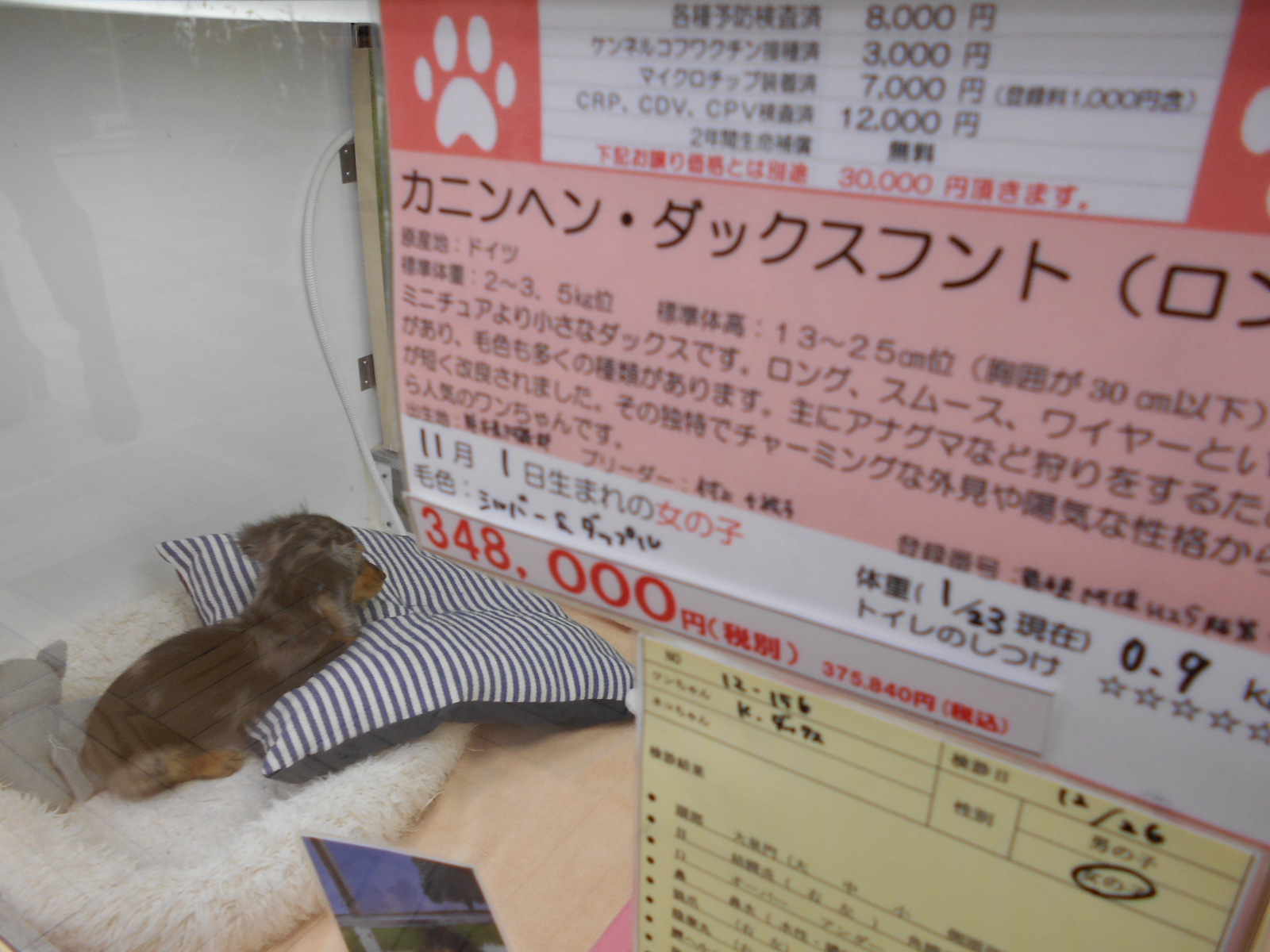 …. but most are tiny. This little pet-store pup costs 348,000 JPY ($3,200 USD).
…. but most are tiny. This little pet-store pup costs 348,000 JPY ($3,200 USD).
Yes, even dogs need umbrellas.
The Tokyo tuna auction is a unique experience, I queued at 4:00 am for the 6:00 am auction.
The tuna are caught in the Atlantic ocean, frozen, and then flown to Japan, thus the name “jumbo tuna” (named for the jumbo jets which fly them).
The auction was over in a few minutes…
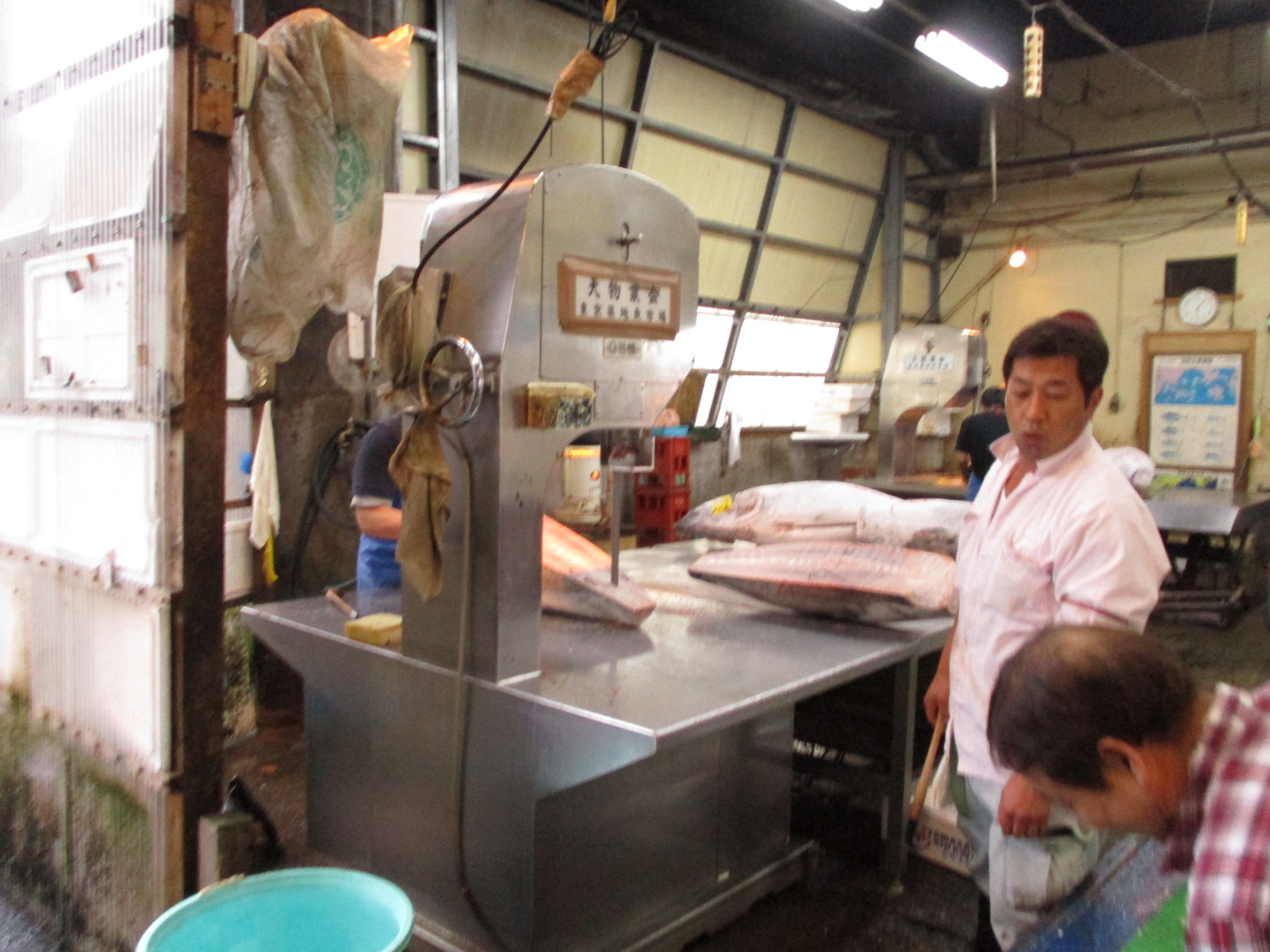 … and then the tuna were off to the band saw to create smaller pieces for wider distribution.
… and then the tuna were off to the band saw to create smaller pieces for wider distribution.
These Kofun ancient graves outside of Osaka were built between the 3rd and 7th centuries. More than 160,000 sites have been found throughout Japan.
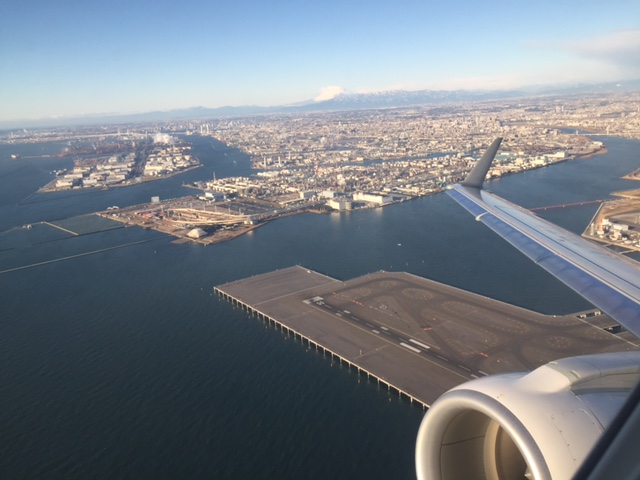 Space is at a premium in Japan. Haneda Airport was built over the waters of Tokyo Bay.
Space is at a premium in Japan. Haneda Airport was built over the waters of Tokyo Bay.
Highways are triple stacked.
This proves that there are no problems – only solutions.
These apartments come with an eye-level view of the traffic on this elevated highway.
This highway on-ramp uses space wisely.
Parking spaces are cleverly created… .
.. and are incredibly precious.
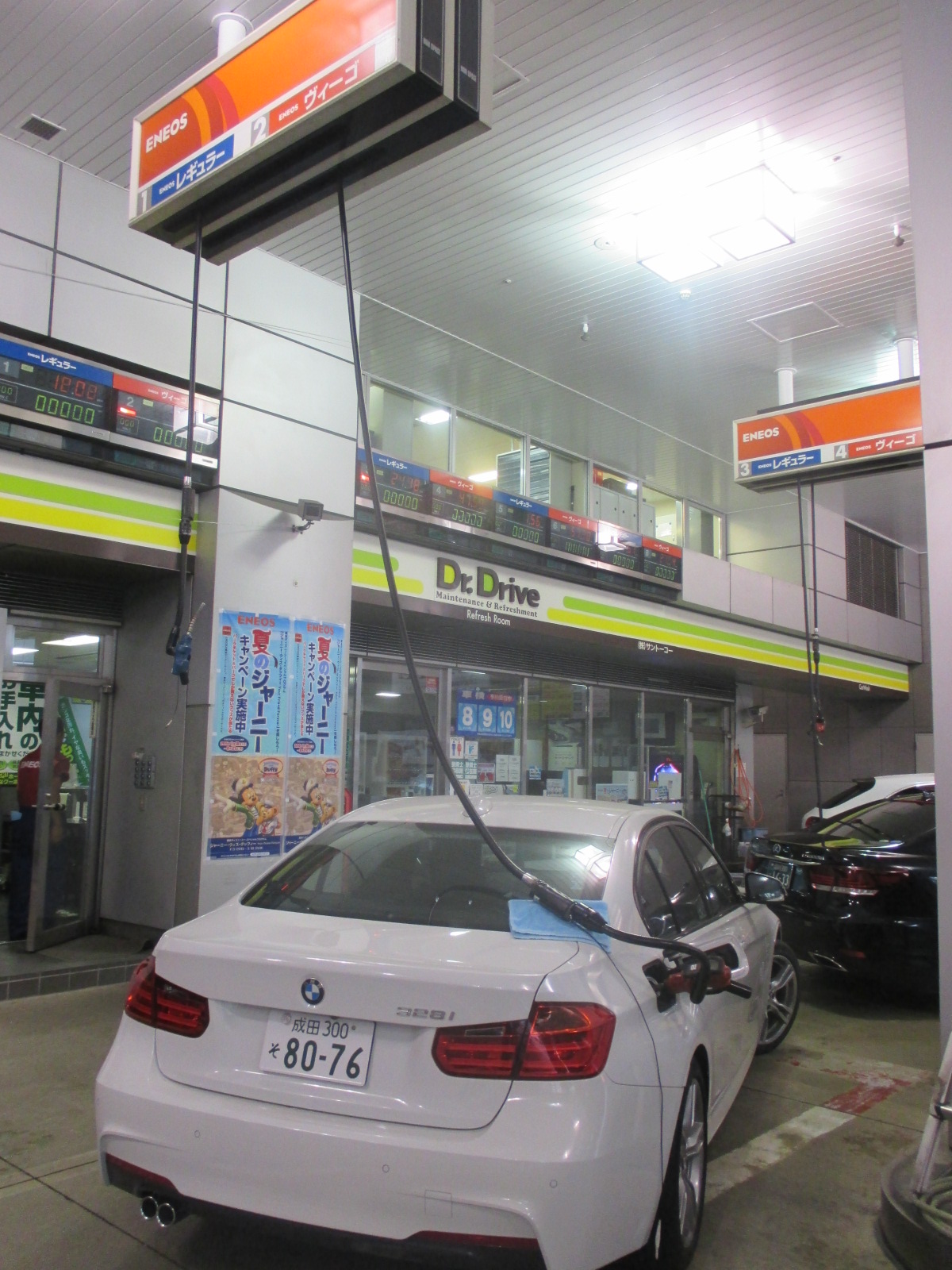 Gas pumps are above to save space.
Gas pumps are above to save space.
This half-soccer field is on the 9th floor of a department store.
The population density in Tokyo is tight, thus budding musicians practice in the park.
Yes, the neighbors would certainly complain if you practiced at home.
Those trying to advance a budding romance, but are confined to a tiny apartment with hovering parents come to this area of Shibuya known for “Love Hotels…”
… where rooms are available for 3 hours.
Restocking time is certainly consolidated with this approach.
The weather forecast comes with “ash reports” in areas of active volcanoes.
This unique onsen (hot spring) is only accessible + / – one hour from low tide.
… where bathers strip down, toss their clothes on a rock and jump in.
Please enjoy the bonus photos below.
Happy new year to all. ts
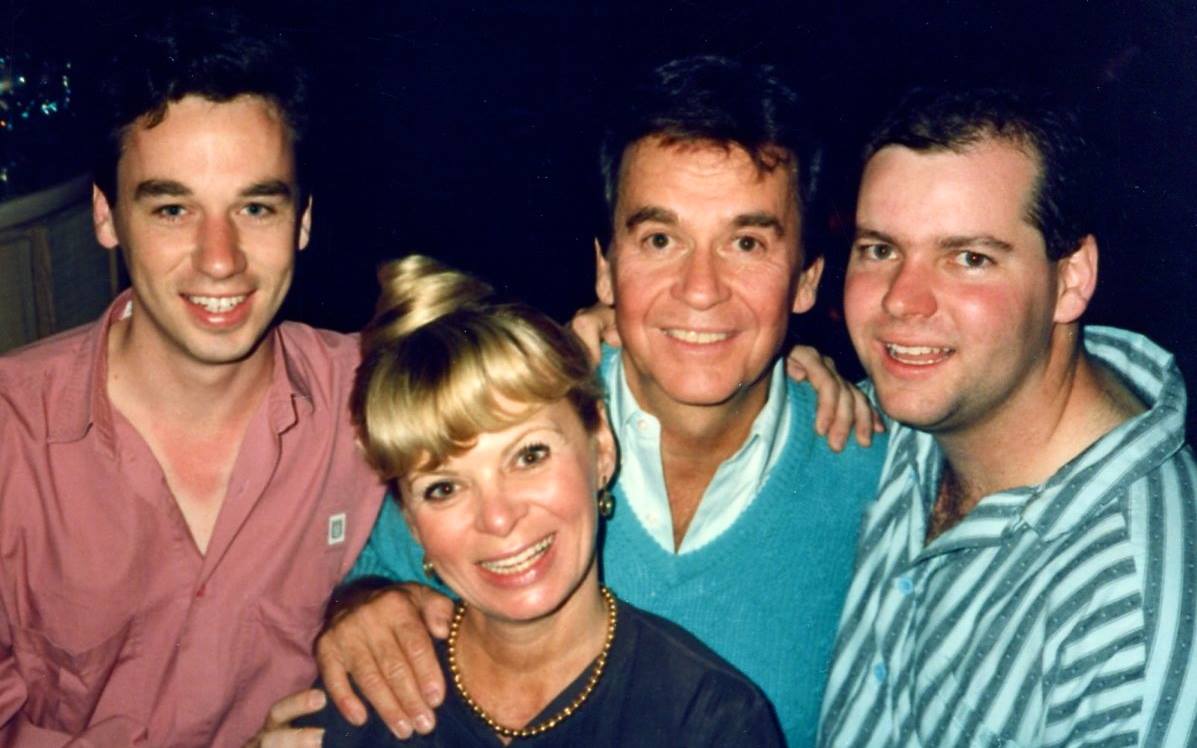 This story starts 30 years ago in 1989 when two young lads quit their jobs with Dick Clark Productions to see the USA (L-R: Tom, Kari Clark, Dick Clark, Jeff James).
This story starts 30 years ago in 1989 when two young lads quit their jobs with Dick Clark Productions to see the USA (L-R: Tom, Kari Clark, Dick Clark, Jeff James).
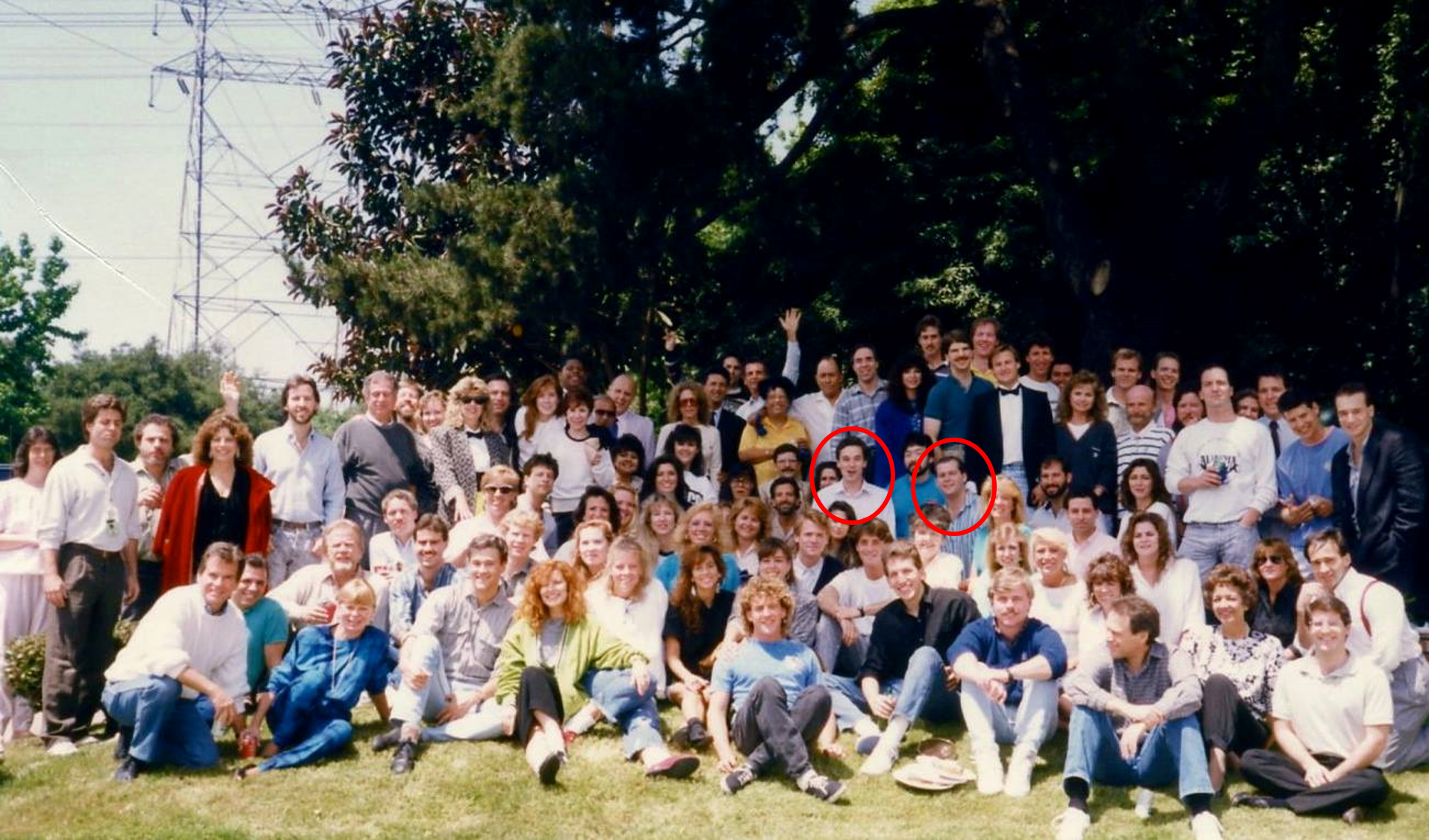 We had the best going-away party — ever (look for us in the red circles).
We had the best going-away party — ever (look for us in the red circles).
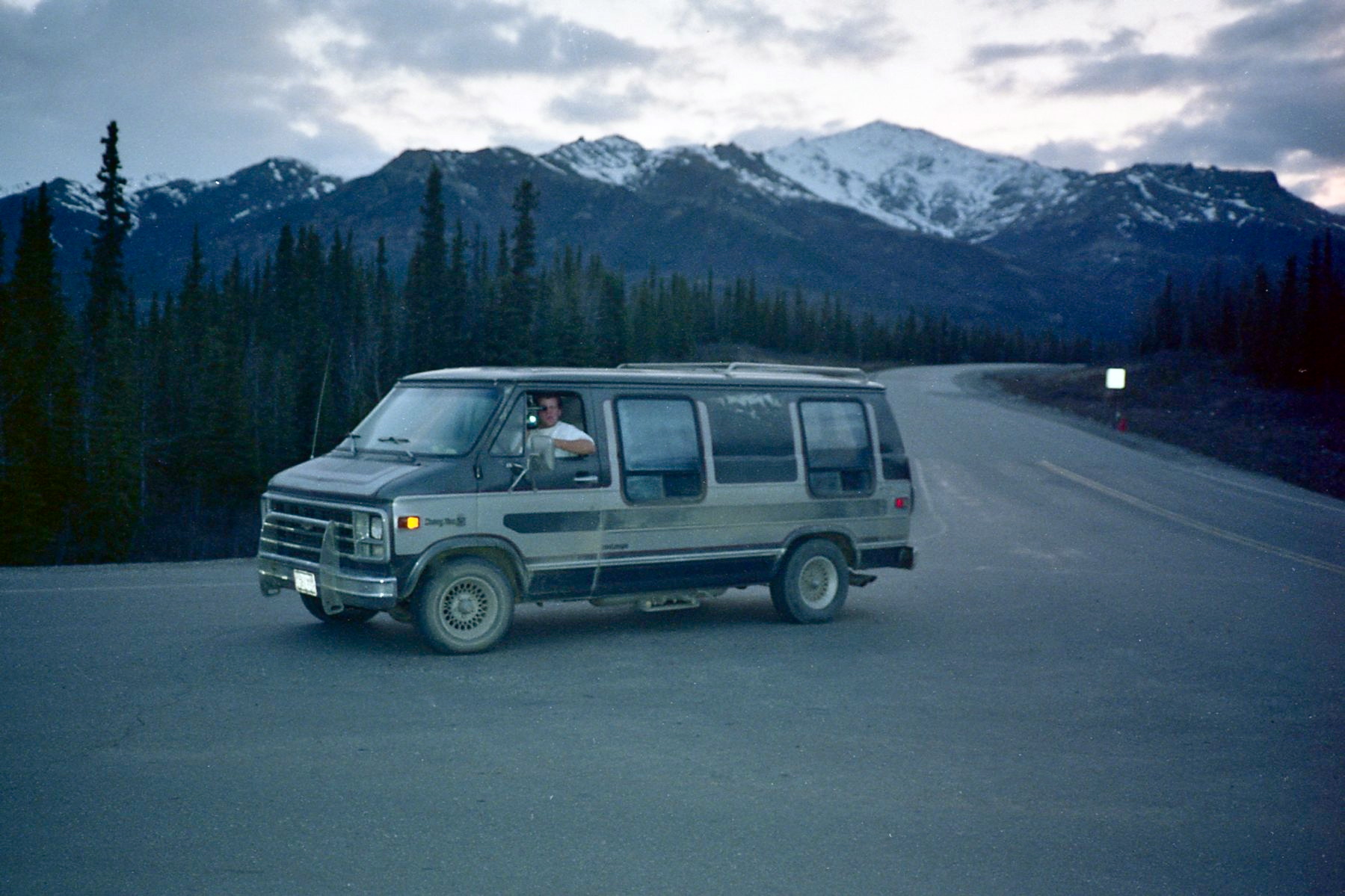 We hit the road in our Chevy van with two goals: travel to every state in the U.S., and to see a baseball game at every major league stadium (there were 26 at that time, but with expansion since then, there are now 30).
We hit the road in our Chevy van with two goals: travel to every state in the U.S., and to see a baseball game at every major league stadium (there were 26 at that time, but with expansion since then, there are now 30).
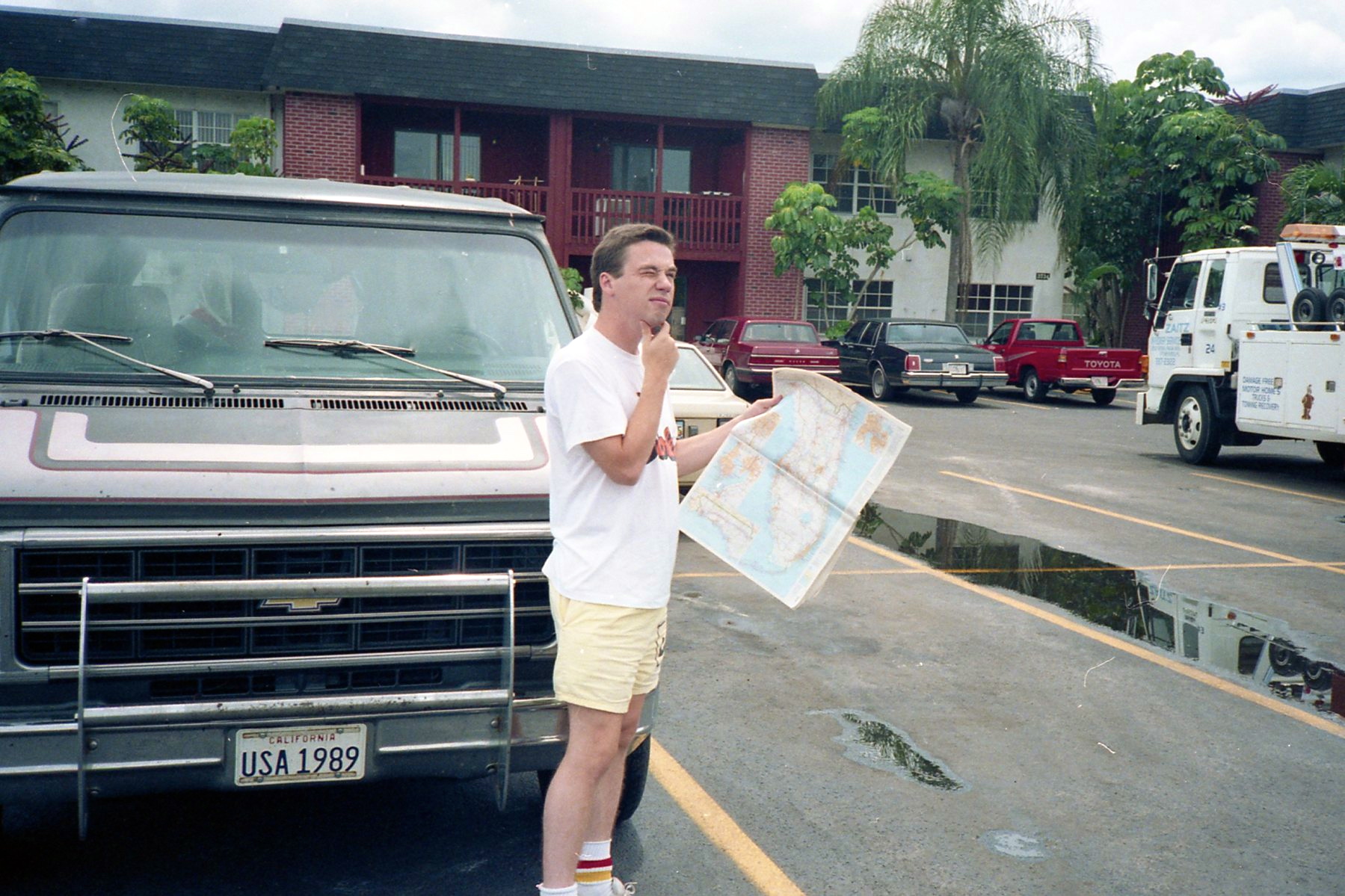 Way back in 1989, we used paper maps (note the license plate on our van).
Way back in 1989, we used paper maps (note the license plate on our van).
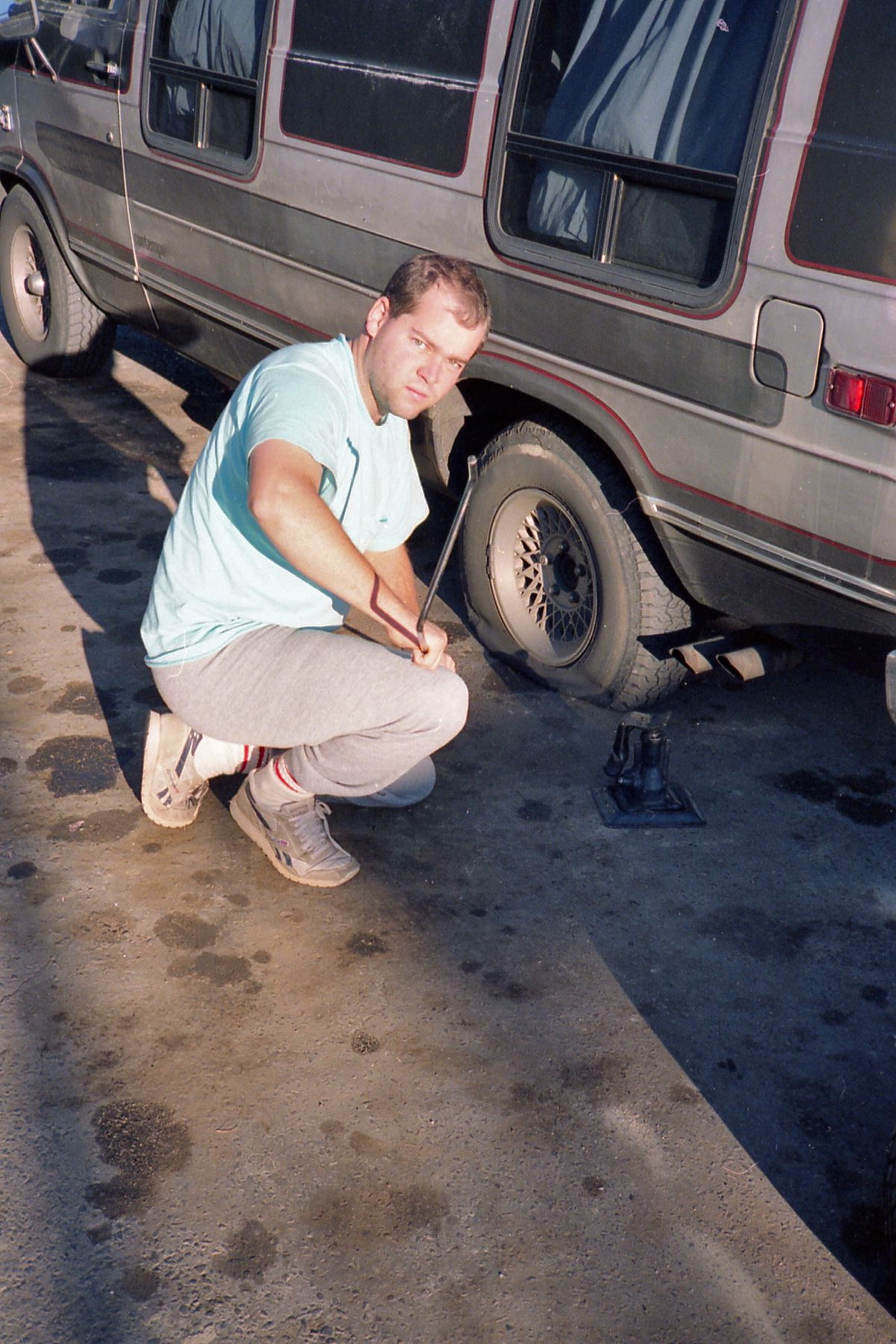 …which required repair (we had back-to-back flat tires on our way to Alaska).
…which required repair (we had back-to-back flat tires on our way to Alaska).
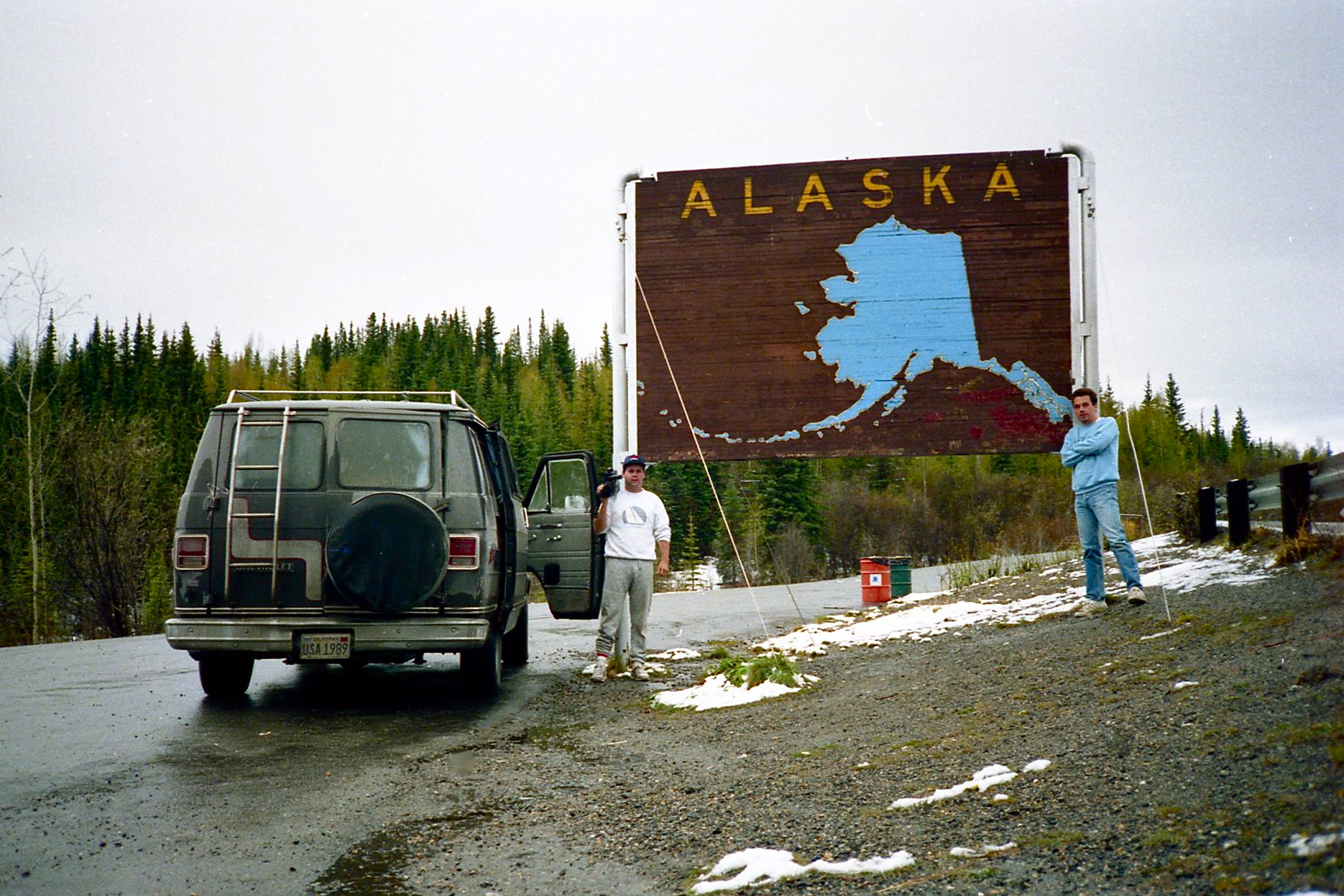 This photo required the greatest effort…
This photo required the greatest effort…
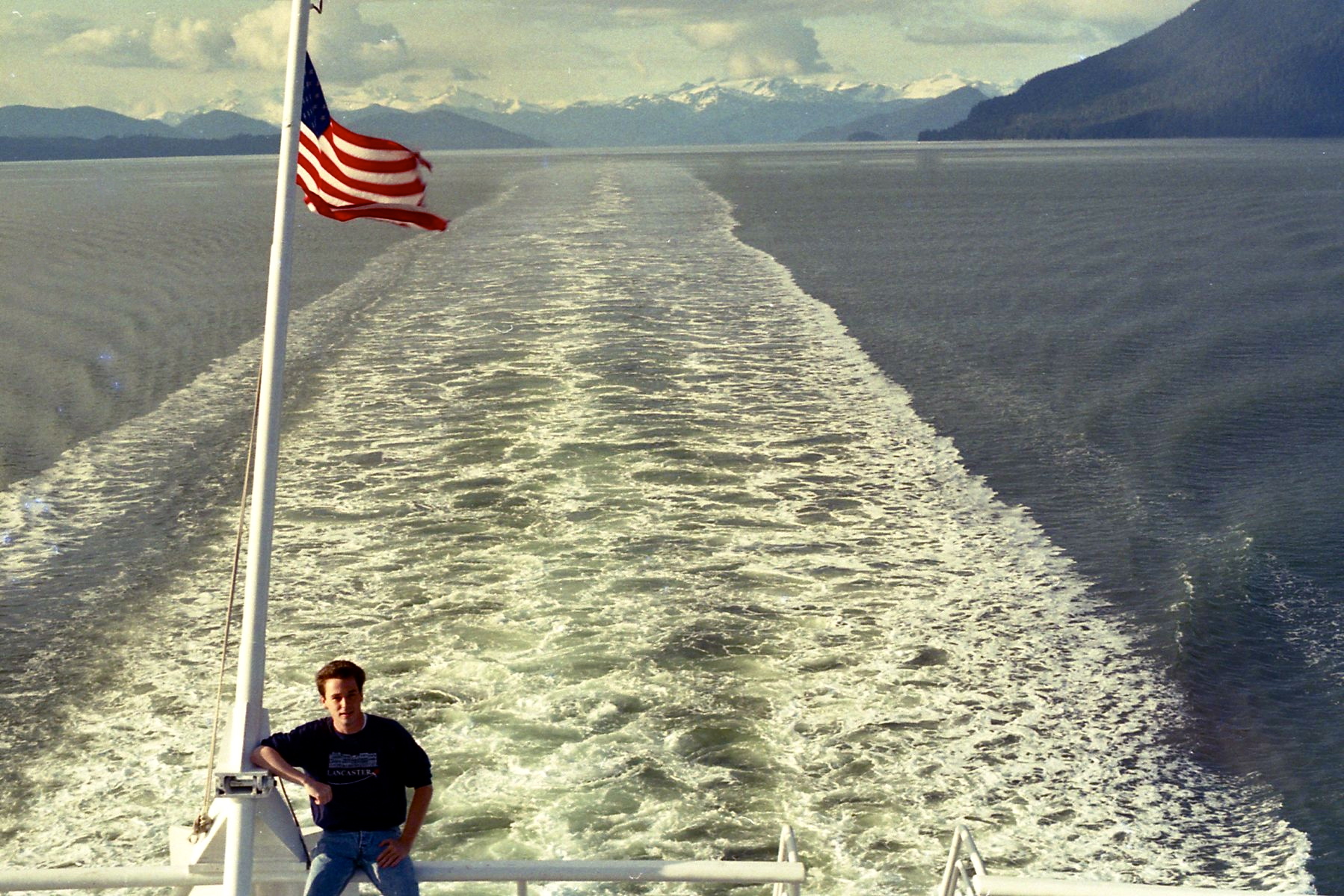 … which is why we booked a 2-day ferry through the Alaskan panhandle for our return to Canada.
… which is why we booked a 2-day ferry through the Alaskan panhandle for our return to Canada.
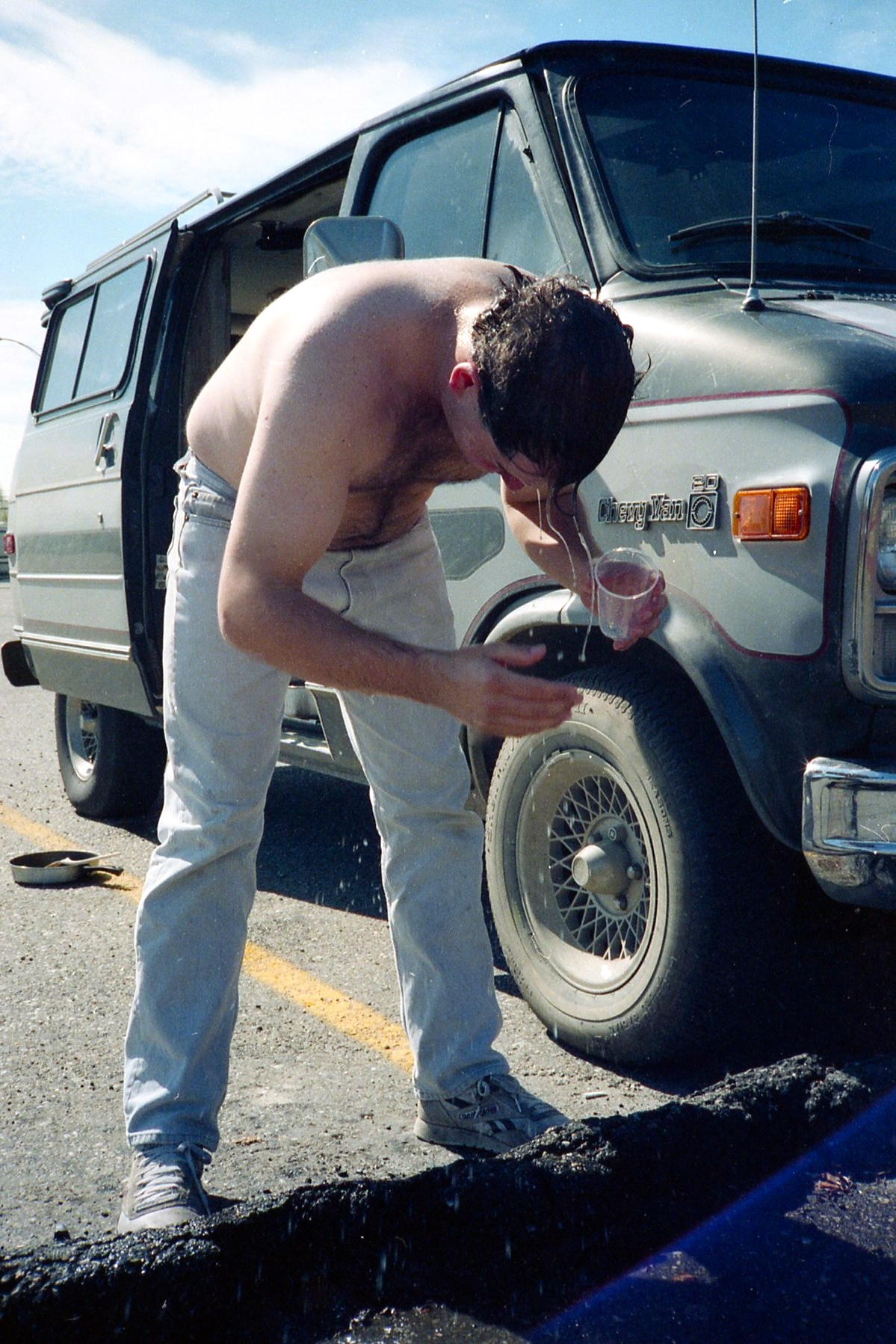 Bathing was sporadic and improvised…
Bathing was sporadic and improvised…
 … which led to a low-maintenance haircut.
… which led to a low-maintenance haircut.
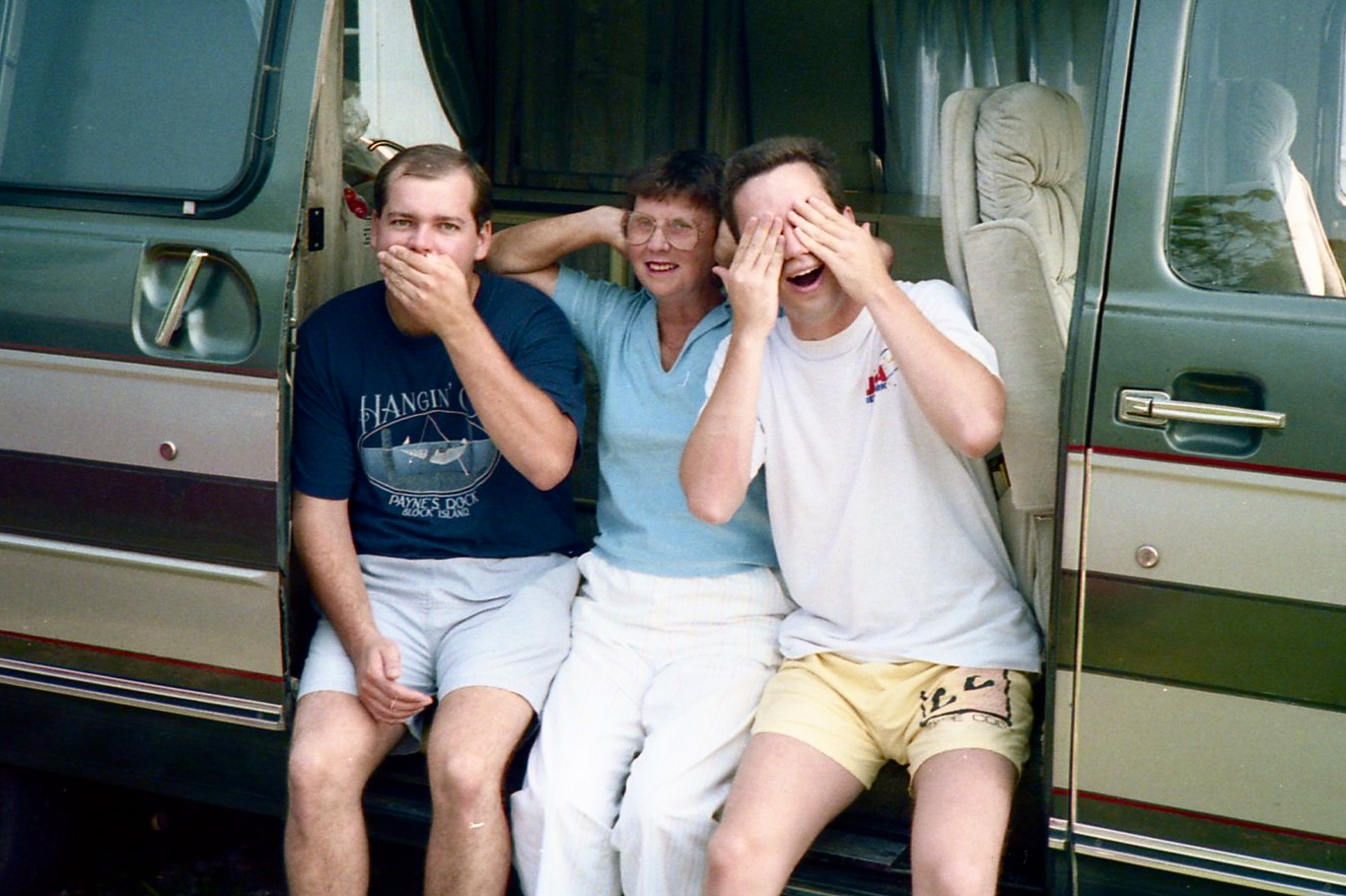 We visited many people along the way, including my mother (who is still going strong at age 95).
We visited many people along the way, including my mother (who is still going strong at age 95).
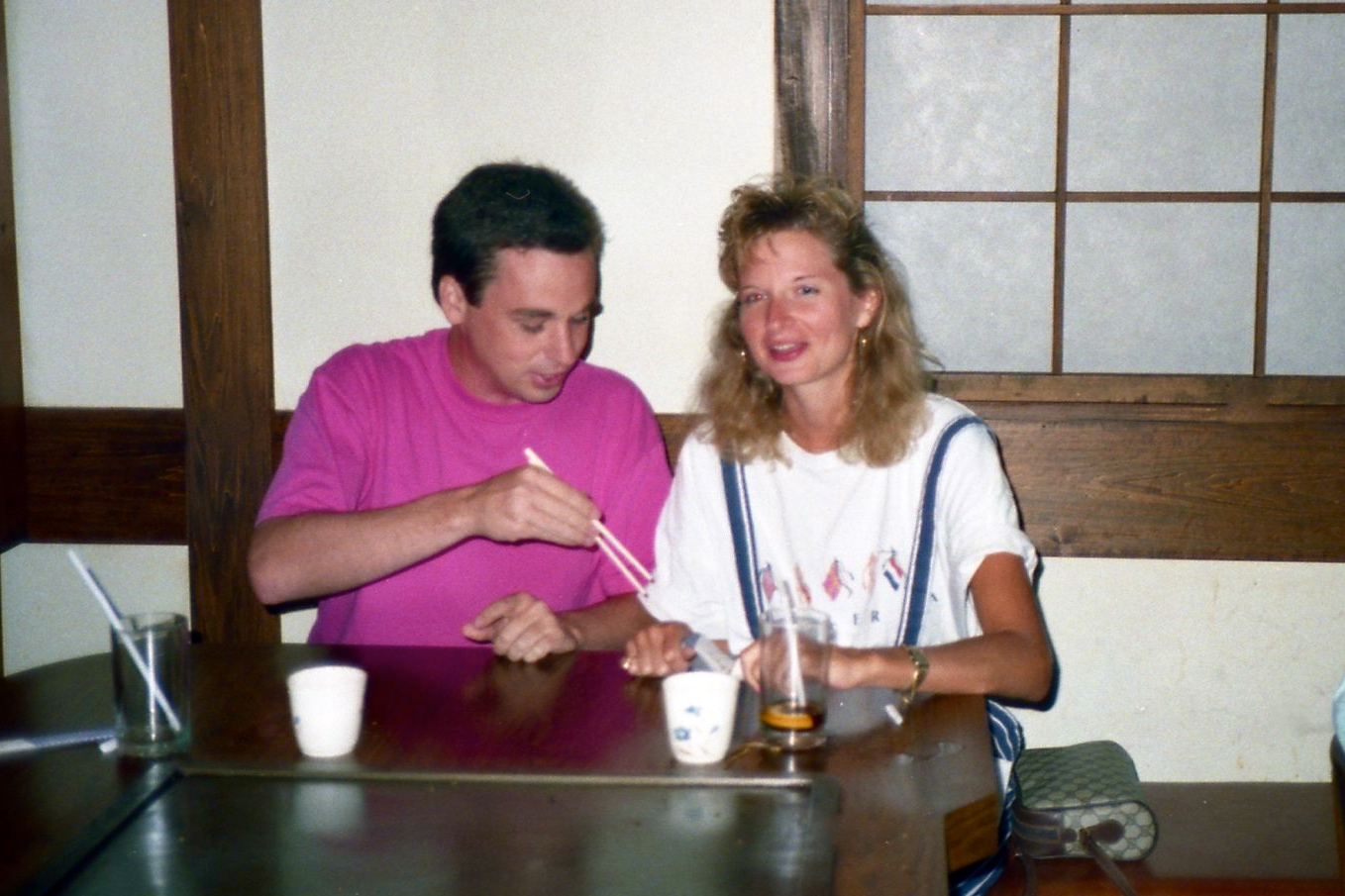 I also re-connected with an old college friend over dinner at a Japanese restaurant. Little did we know, we would be married 3 years later and eventually live in Tokyo.
I also re-connected with an old college friend over dinner at a Japanese restaurant. Little did we know, we would be married 3 years later and eventually live in Tokyo.
 And we saw lots of baseball during our 6-month journey. This is Yankee Stadium (now gone).
And we saw lots of baseball during our 6-month journey. This is Yankee Stadium (now gone).
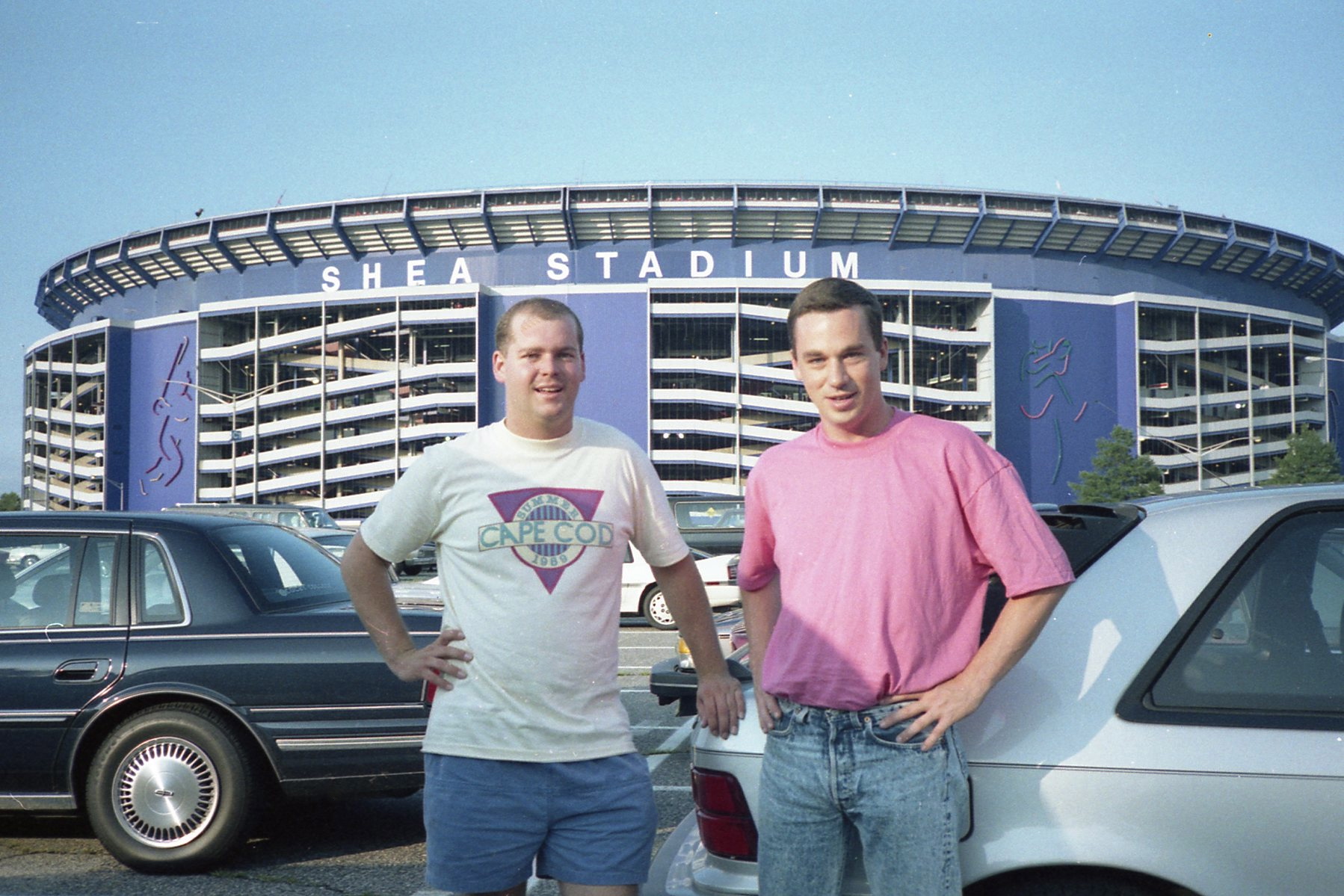 This is Shea Stadium (now gone).
This is Shea Stadium (now gone).
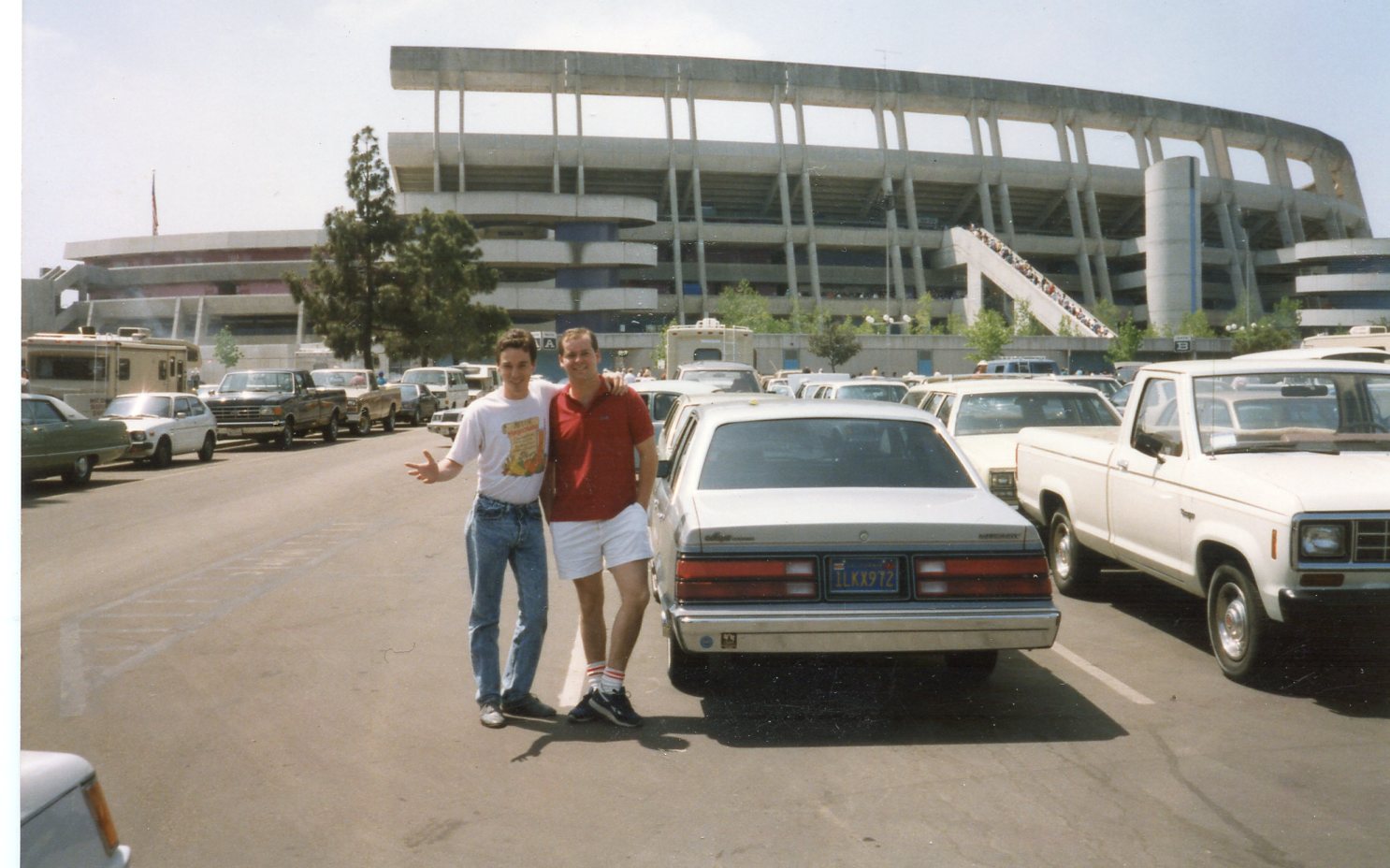 This is Candlestick Park in San Francisco (now gone).
This is Candlestick Park in San Francisco (now gone).
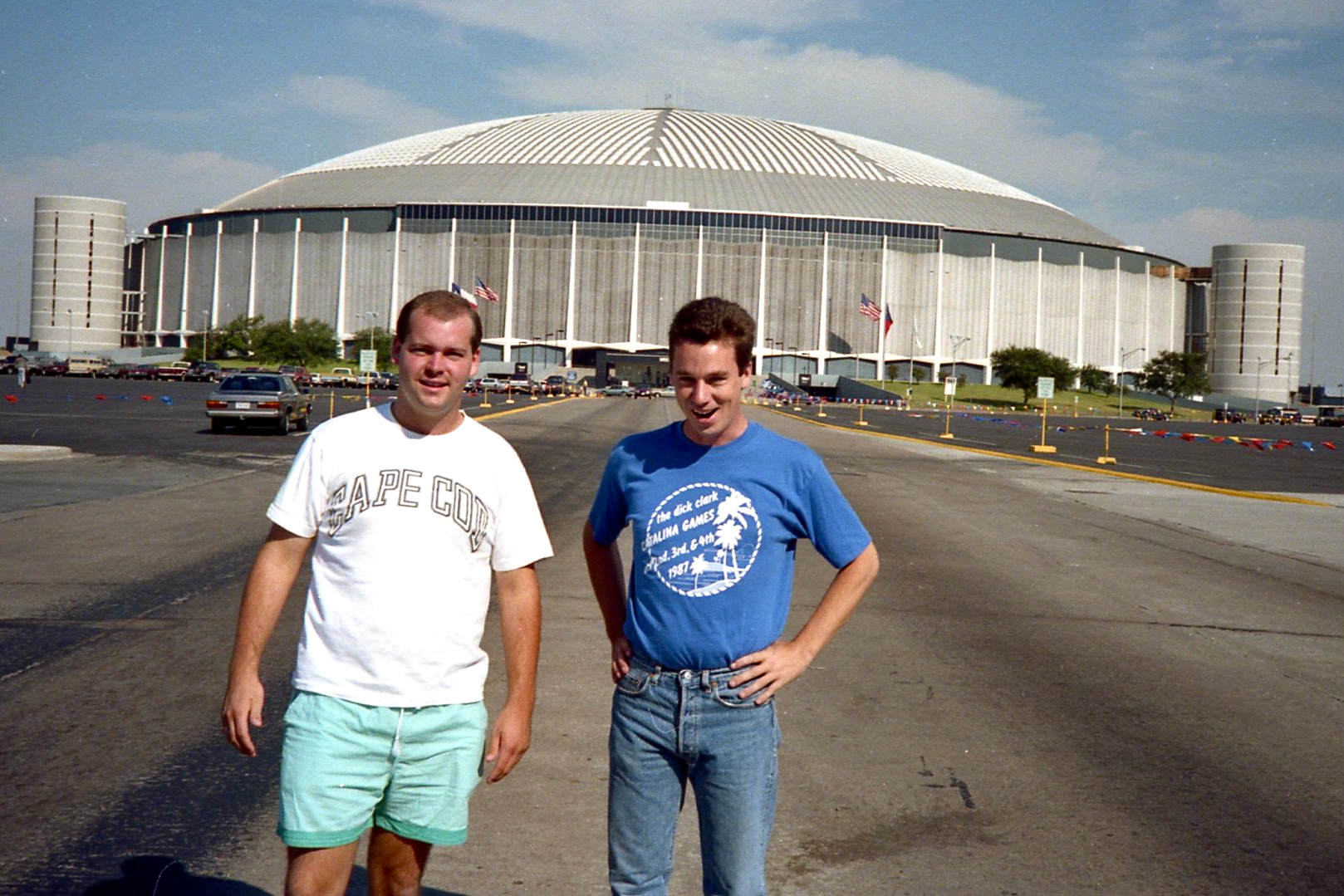 This is the Houston Astrodome (now gone).
This is the Houston Astrodome (now gone).
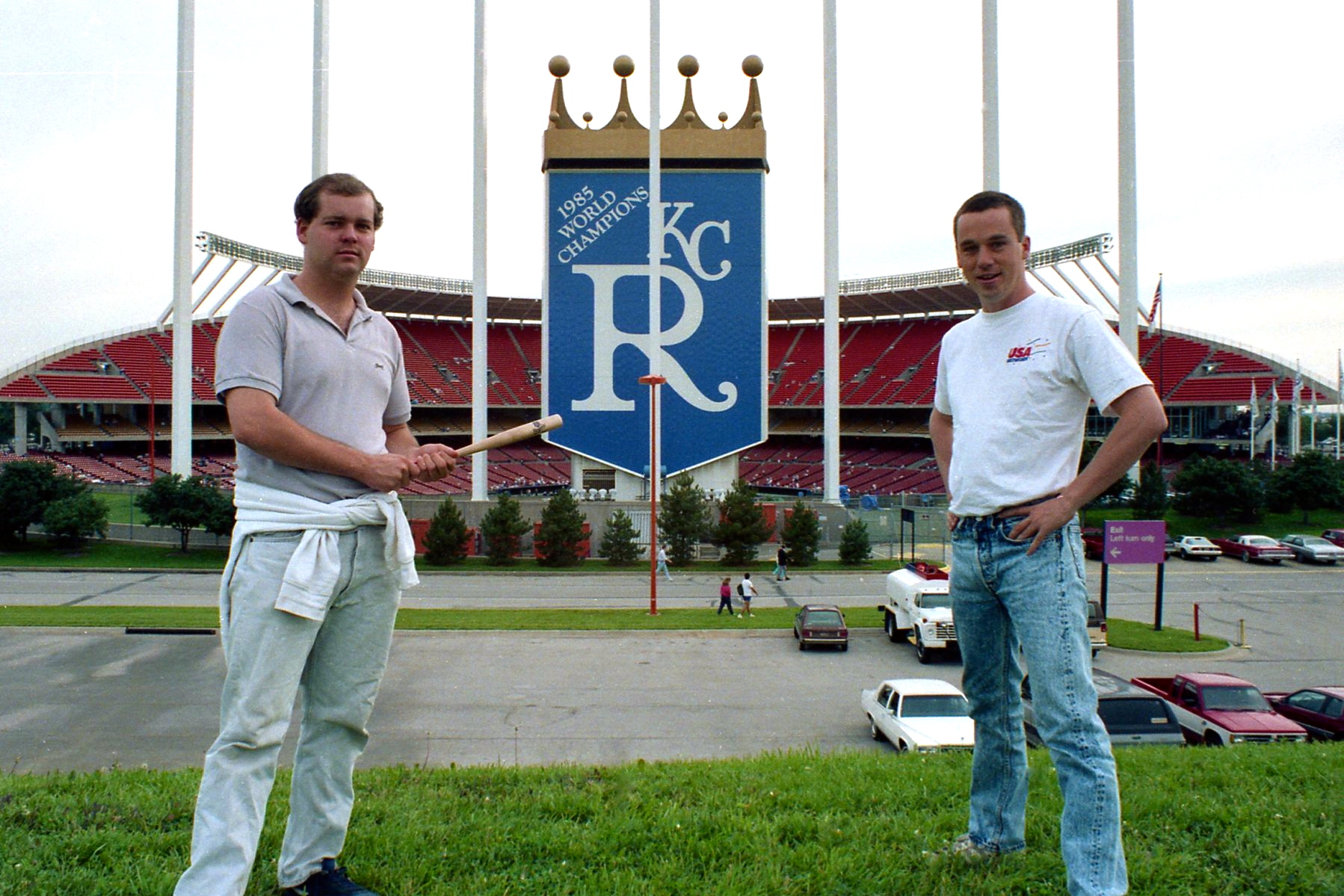 Thankfully, the beautiful stadium at Kansas City still remains.
Thankfully, the beautiful stadium at Kansas City still remains.
 We worked our way into the Phillies bull pen…
We worked our way into the Phillies bull pen…
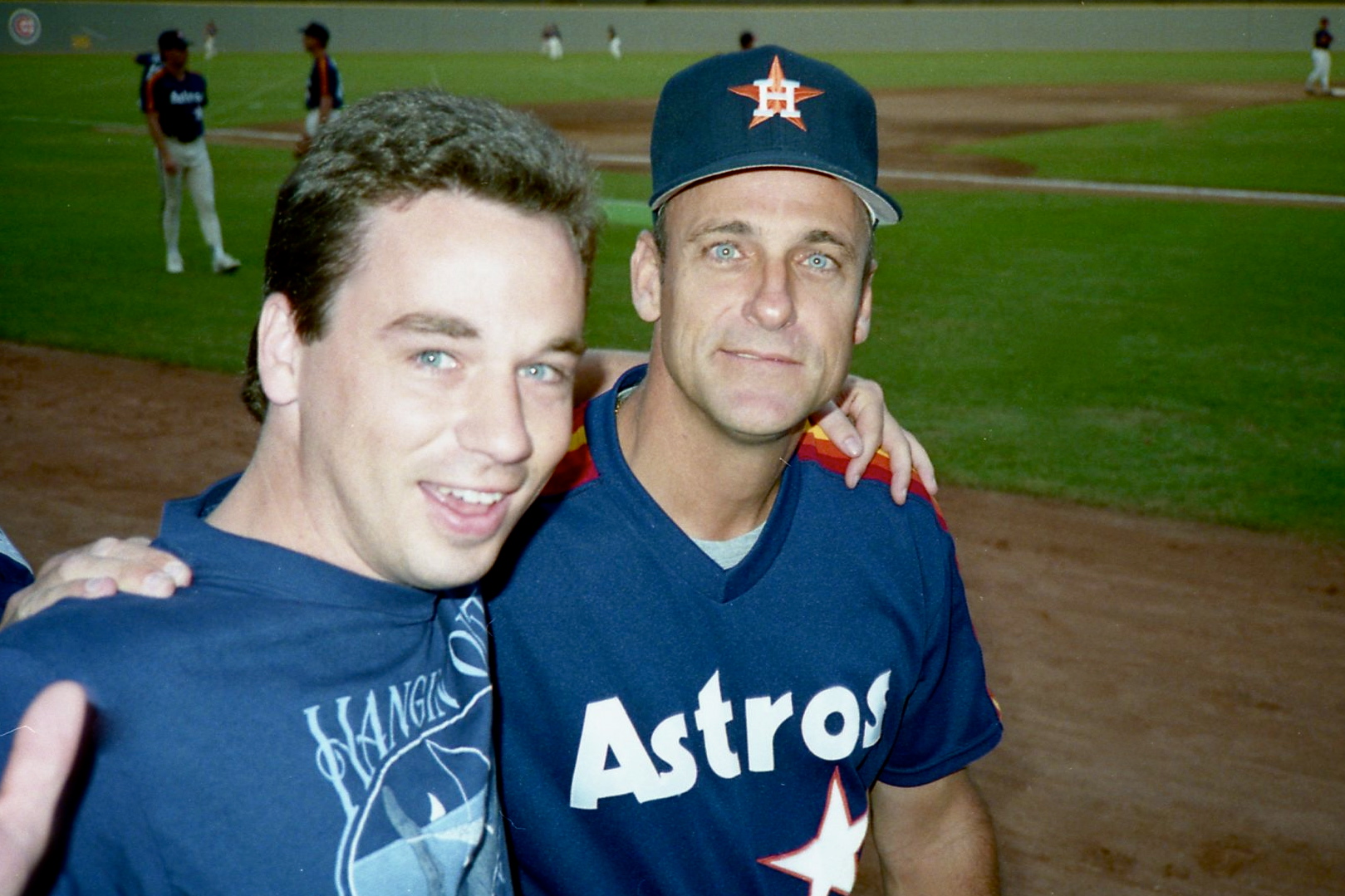 … and met Astros coach, Art Howe (he would later coach the Oakland Athletics utilizing Billy Beans’ Moneyball strategy).
… and met Astros coach, Art Howe (he would later coach the Oakland Athletics utilizing Billy Beans’ Moneyball strategy).
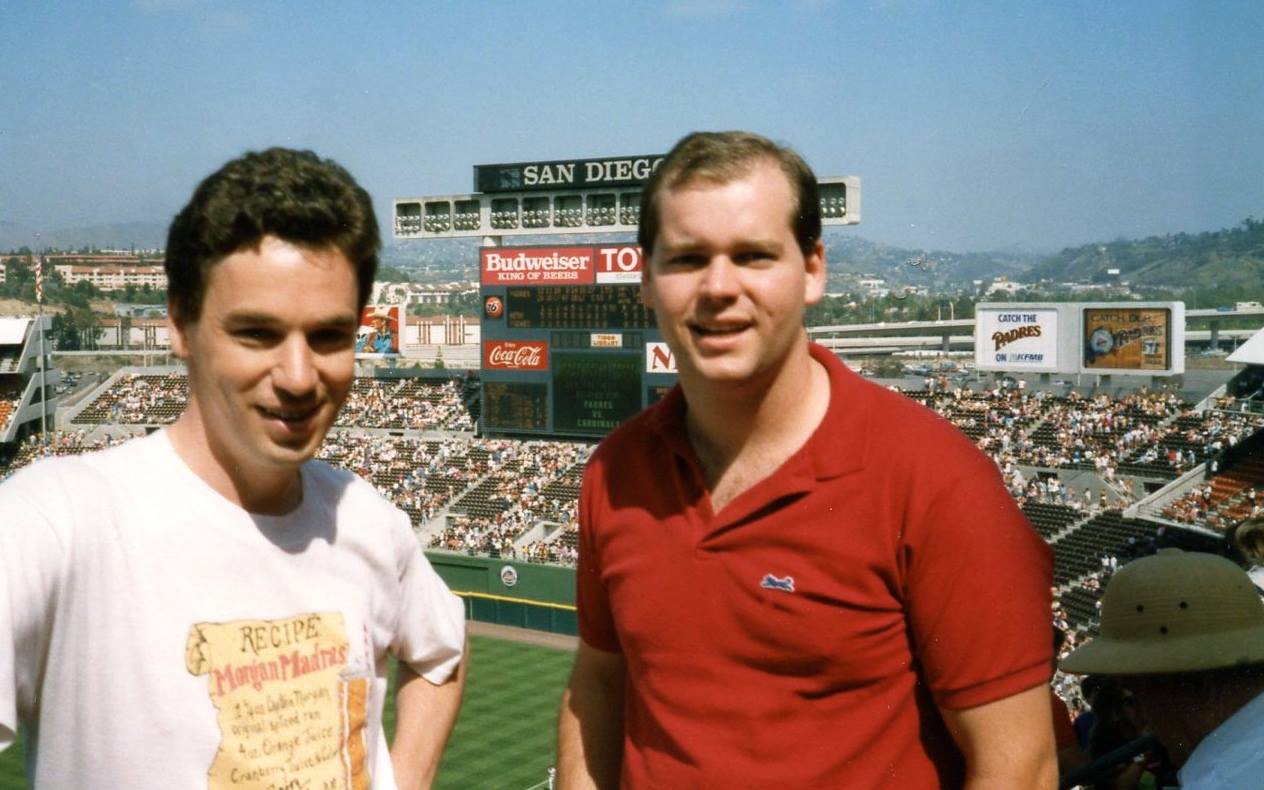 Ever since visiting all the stadiums in 1989, the burning question remained: what to do for an encore? The answer arose just in time for the 30th anniversary…
Ever since visiting all the stadiums in 1989, the burning question remained: what to do for an encore? The answer arose just in time for the 30th anniversary…
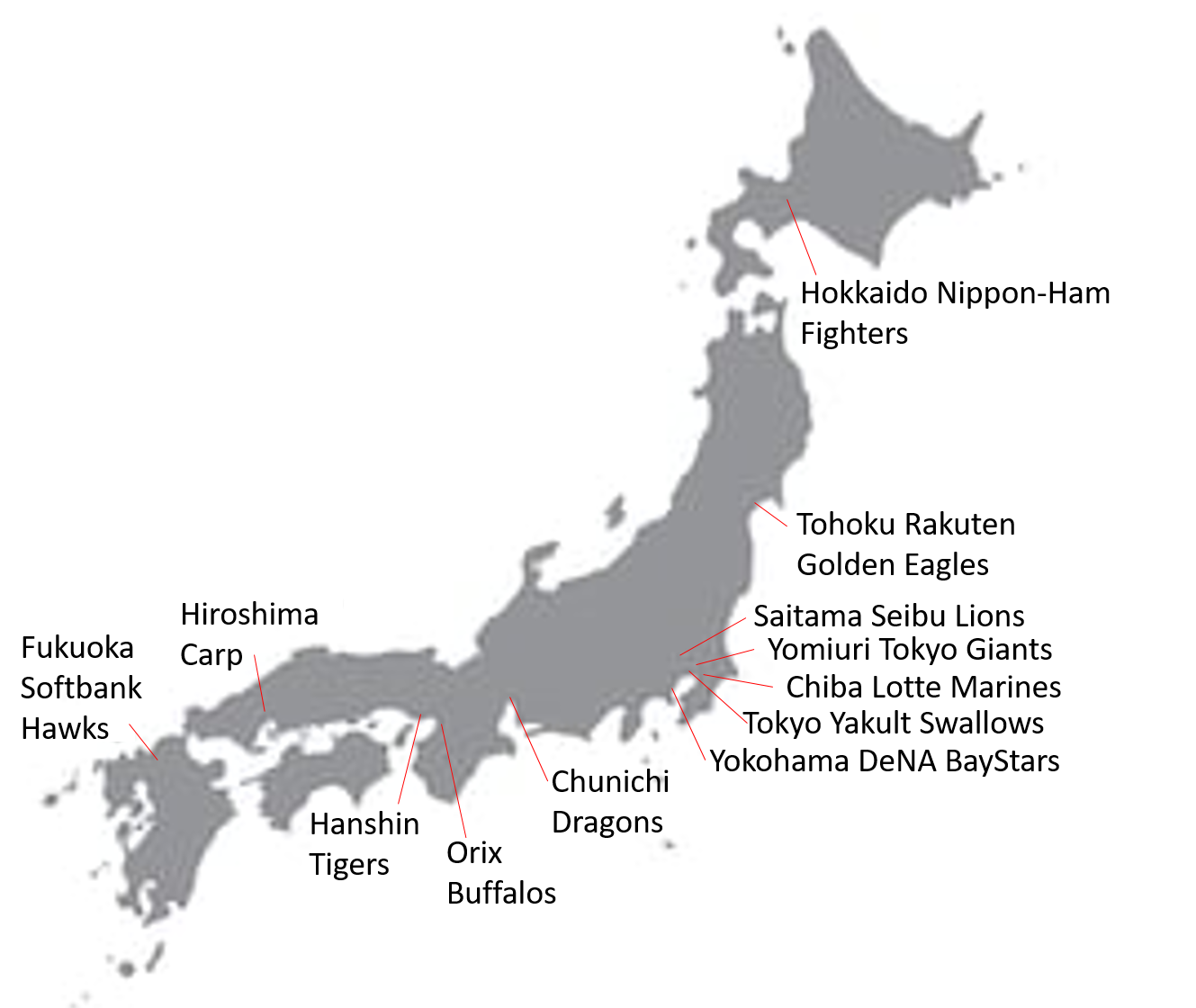 So I set a quest to see a game at all 12 NPB stadiums (Nippon Professional Baseball).
So I set a quest to see a game at all 12 NPB stadiums (Nippon Professional Baseball).
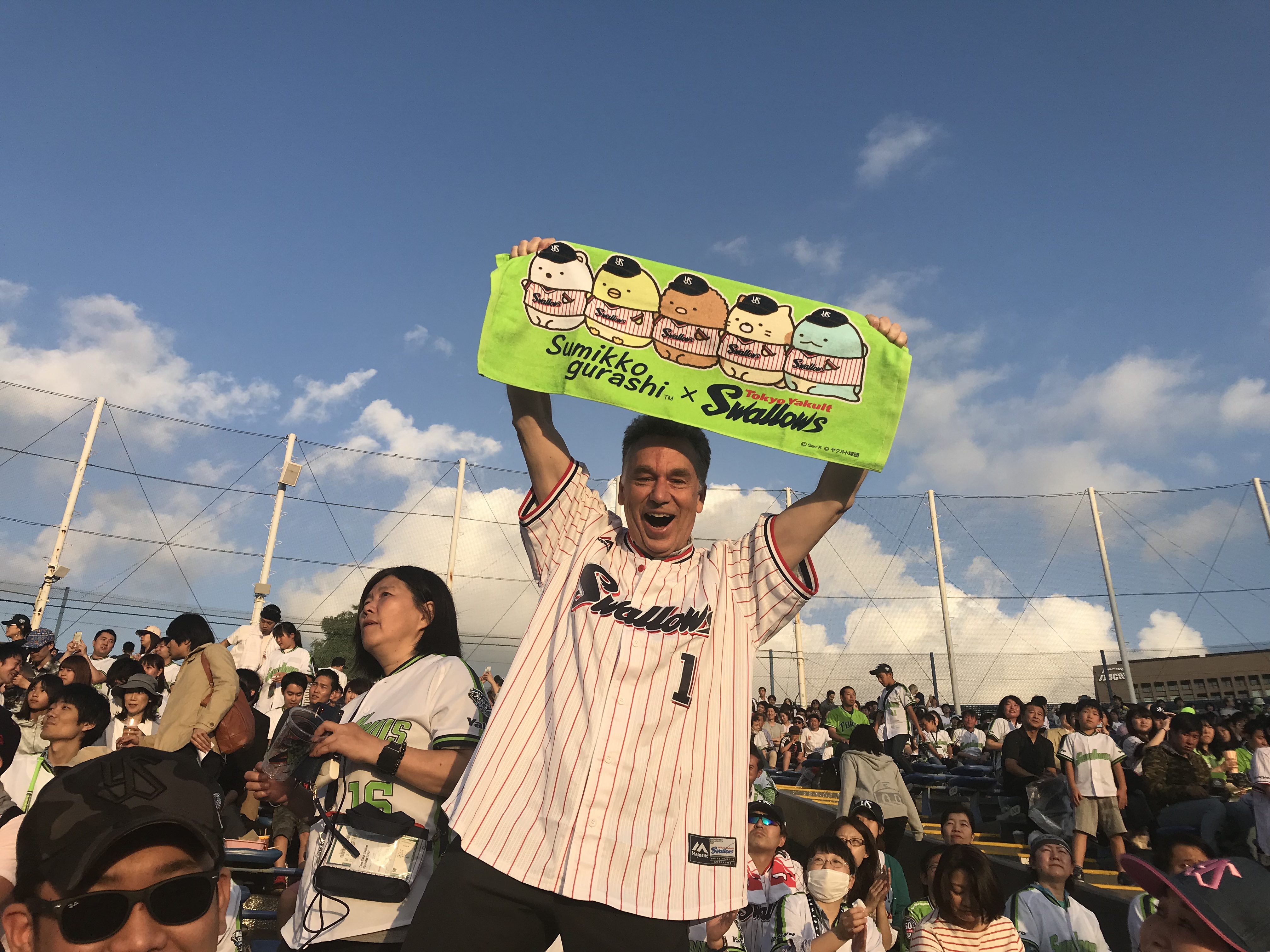 My favorite team is the Swallows (more on that later).
My favorite team is the Swallows (more on that later).
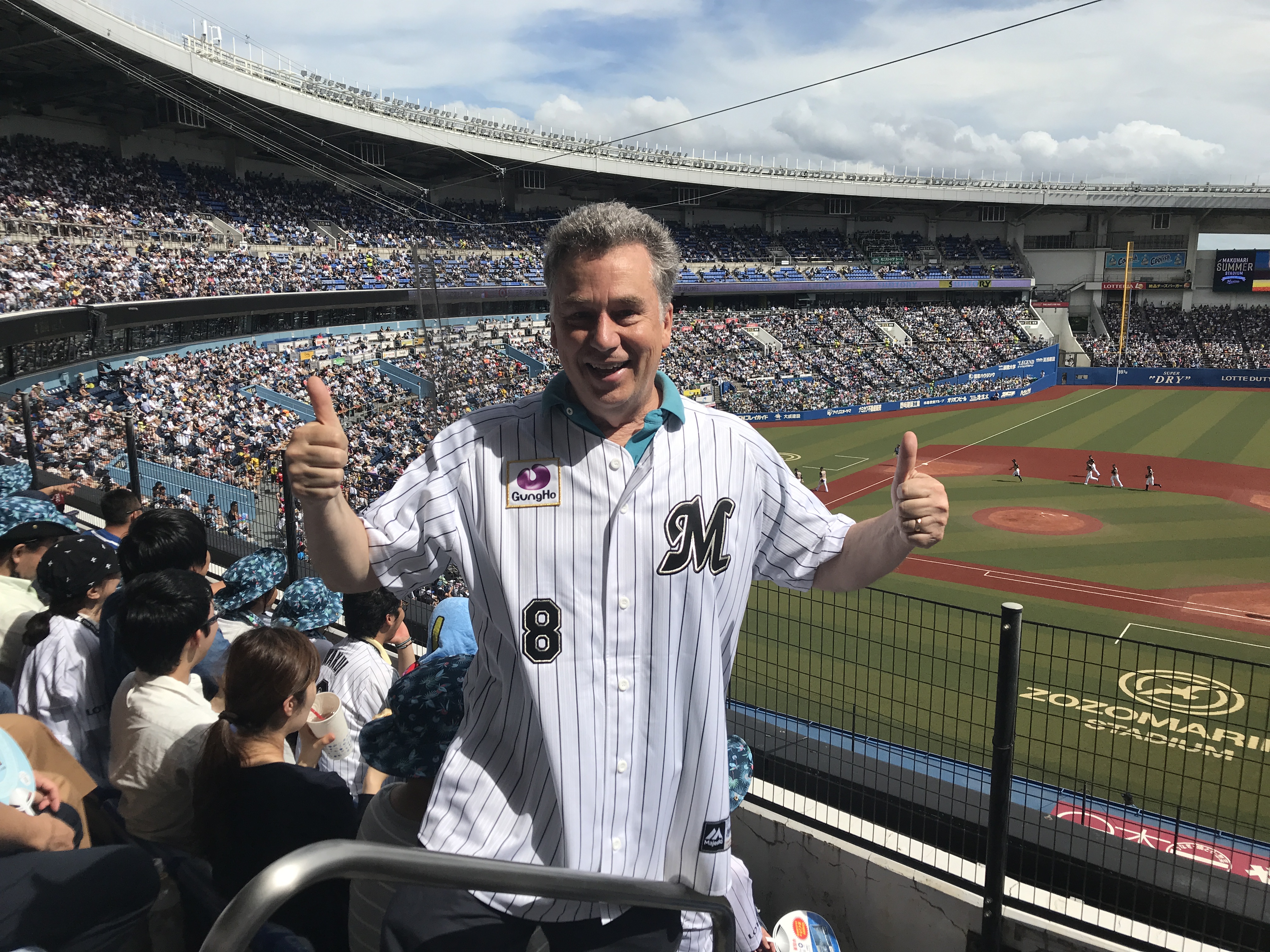 My journey started last summer at Zozo Marine Stadium where I cheered for the Lotte Chiba Marines (team names include 3 parts: corporate sponsor, city, team name).
My journey started last summer at Zozo Marine Stadium where I cheered for the Lotte Chiba Marines (team names include 3 parts: corporate sponsor, city, team name).
 The Marines take their branding seriously…
The Marines take their branding seriously…
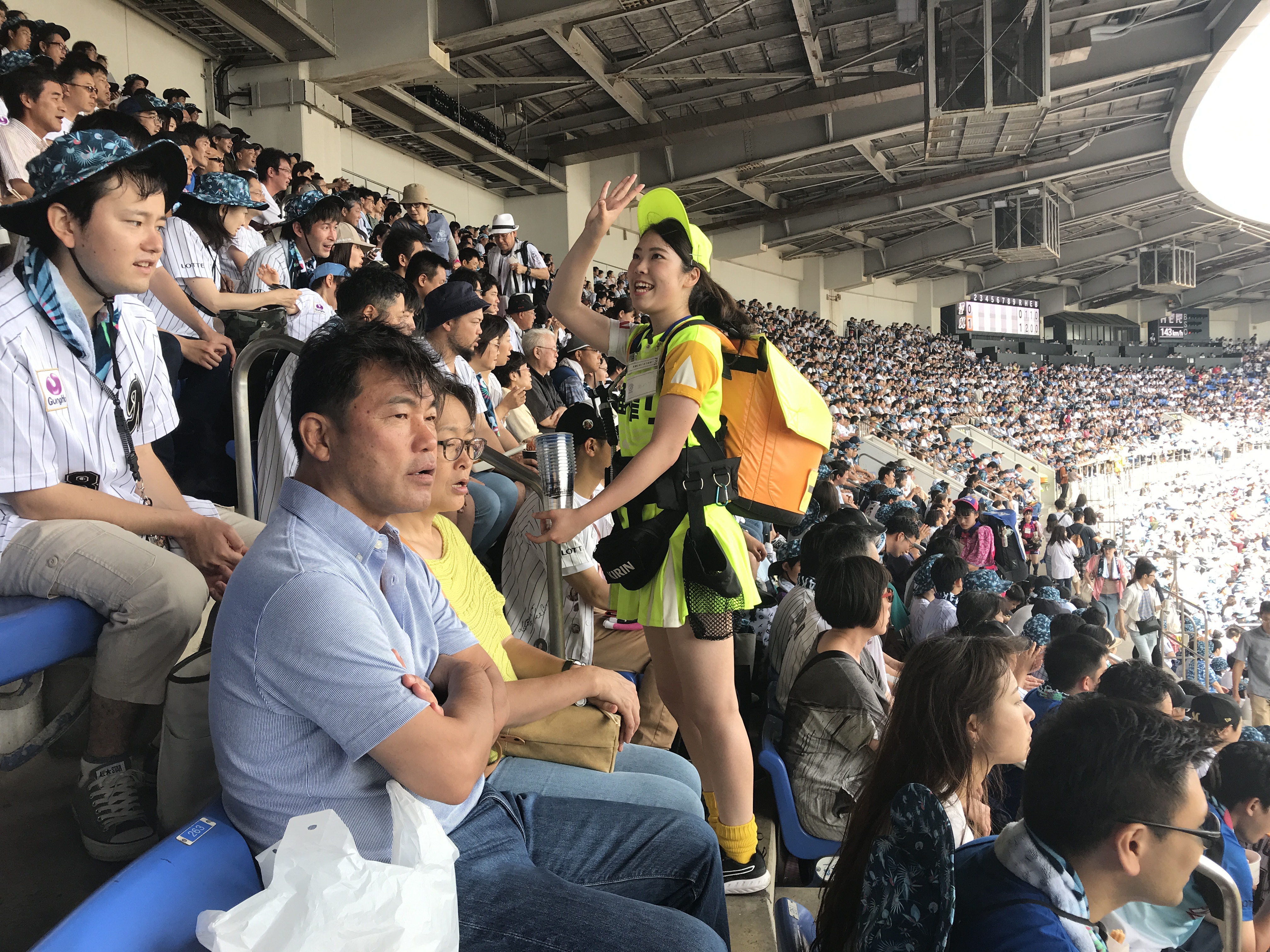 The stadiums are filled with crisscrossing young ladies serving beer from a mini-keg.
The stadiums are filled with crisscrossing young ladies serving beer from a mini-keg.
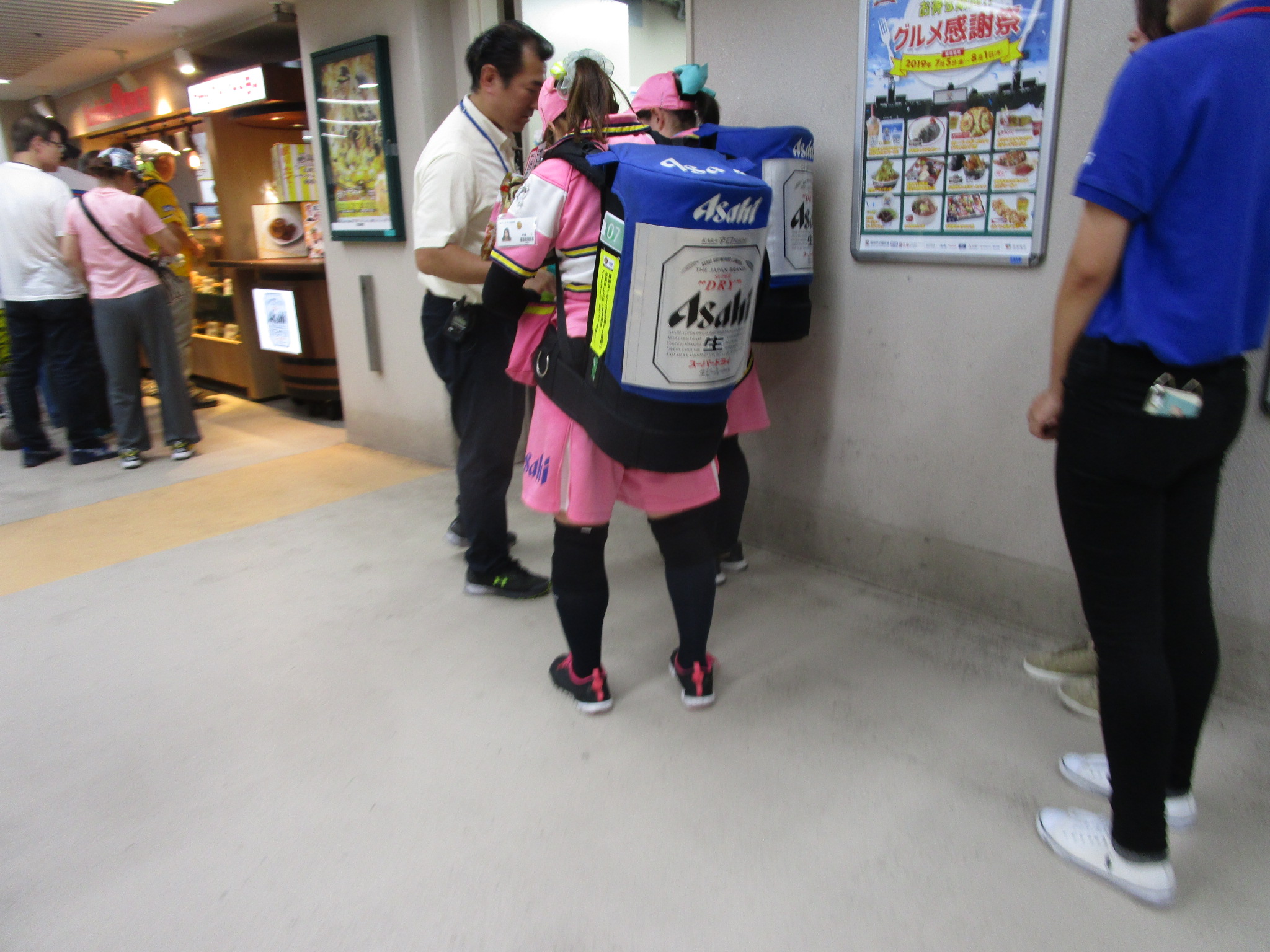 This queue at Koshien Stadium in Osaka…
This queue at Koshien Stadium in Osaka…
 I prefer the outdoor stadiums like Koshien…
I prefer the outdoor stadiums like Koshien…
 … where everyone is a Tigers fan, including Colonel Sanders.
… where everyone is a Tigers fan, including Colonel Sanders.
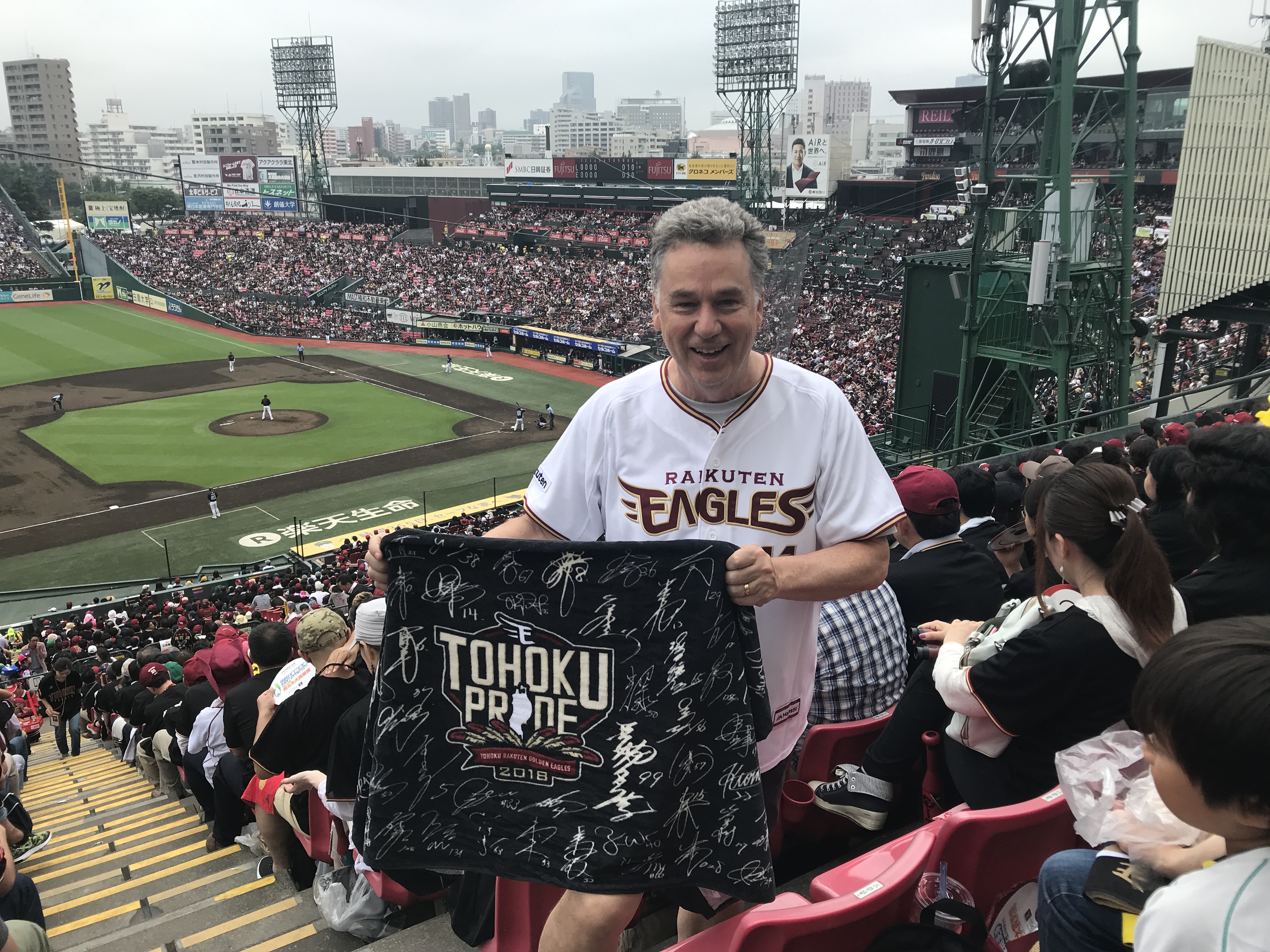 Here at Rakuten Seimei Park in Sendai, I cheered for the Golden Eagles.
Here at Rakuten Seimei Park in Sendai, I cheered for the Golden Eagles.
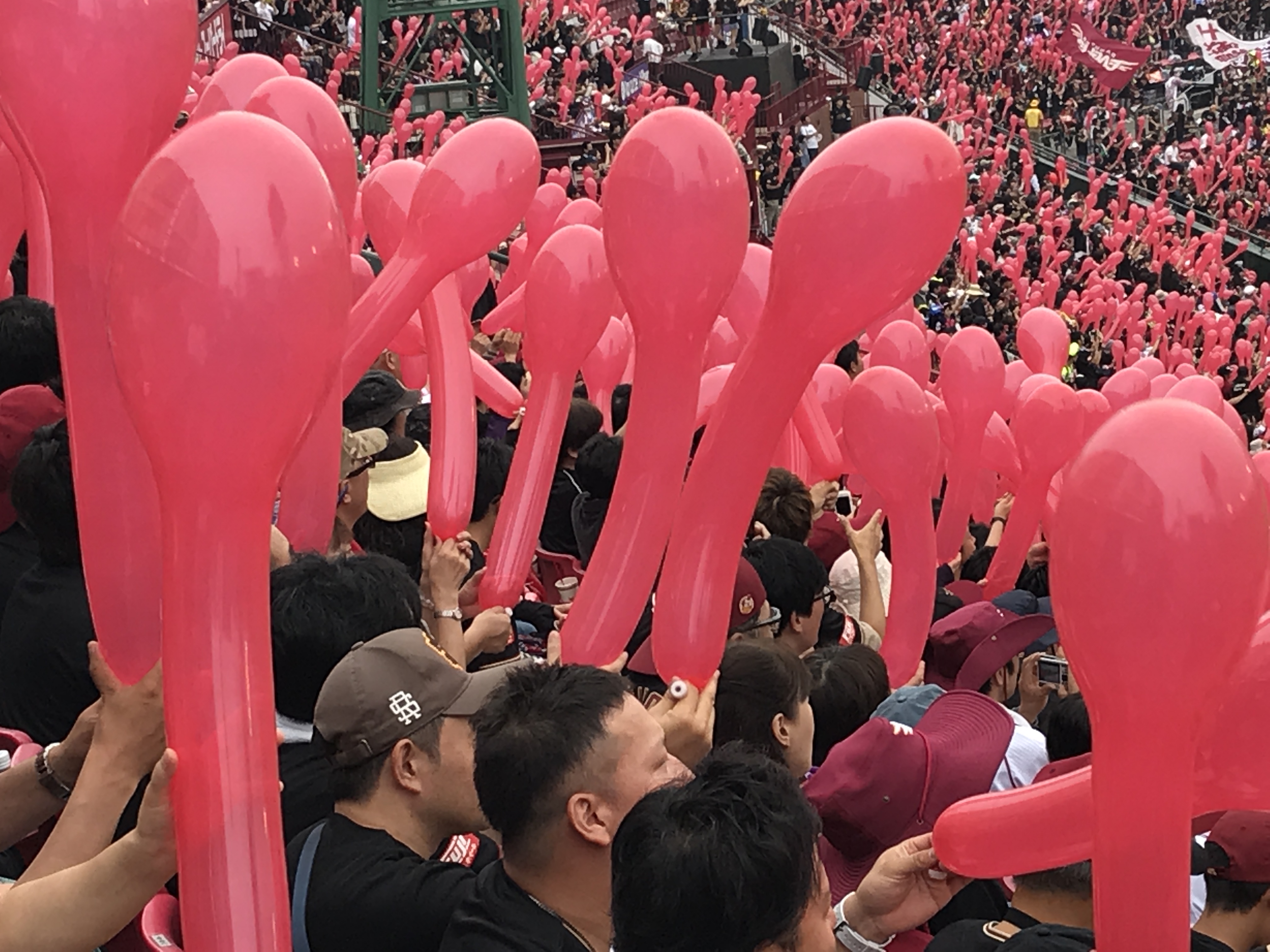 The 7th inning stretch is completely different from American baseball. Instead of singing “Take Me Out to the Ballgame,” the fans blow up elongated balloons…
The 7th inning stretch is completely different from American baseball. Instead of singing “Take Me Out to the Ballgame,” the fans blow up elongated balloons…
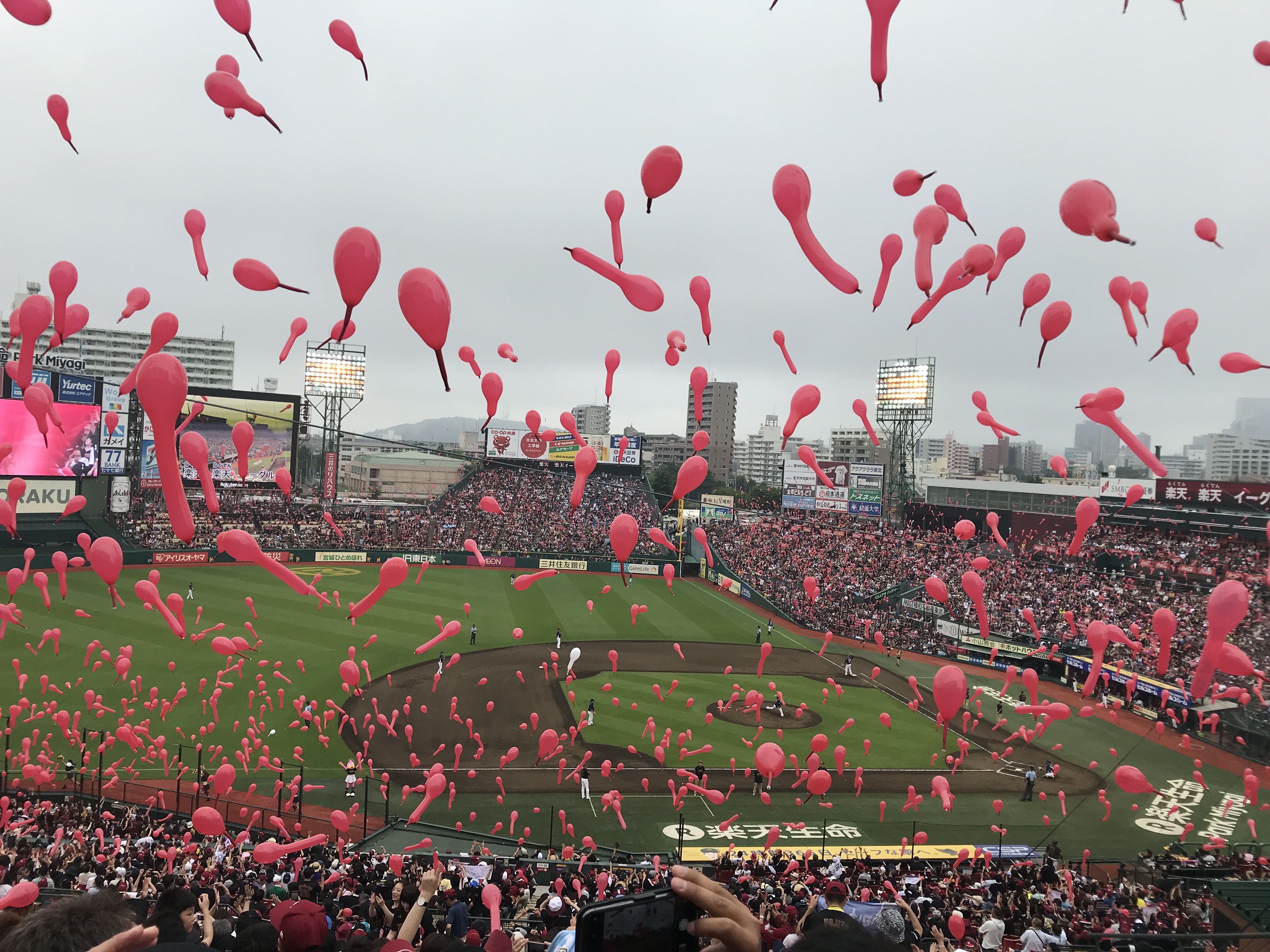 … and let them fly (there are noise-makers in the stems).
… and let them fly (there are noise-makers in the stems).
 There are two leagues with six teams each. Last summer, I traveled to Kumamoto for the All-Star game where I rooted for the Central League (home of the Swallows). Unfortunately, the Pacific League was victorious that evening.
There are two leagues with six teams each. Last summer, I traveled to Kumamoto for the All-Star game where I rooted for the Central League (home of the Swallows). Unfortunately, the Pacific League was victorious that evening.
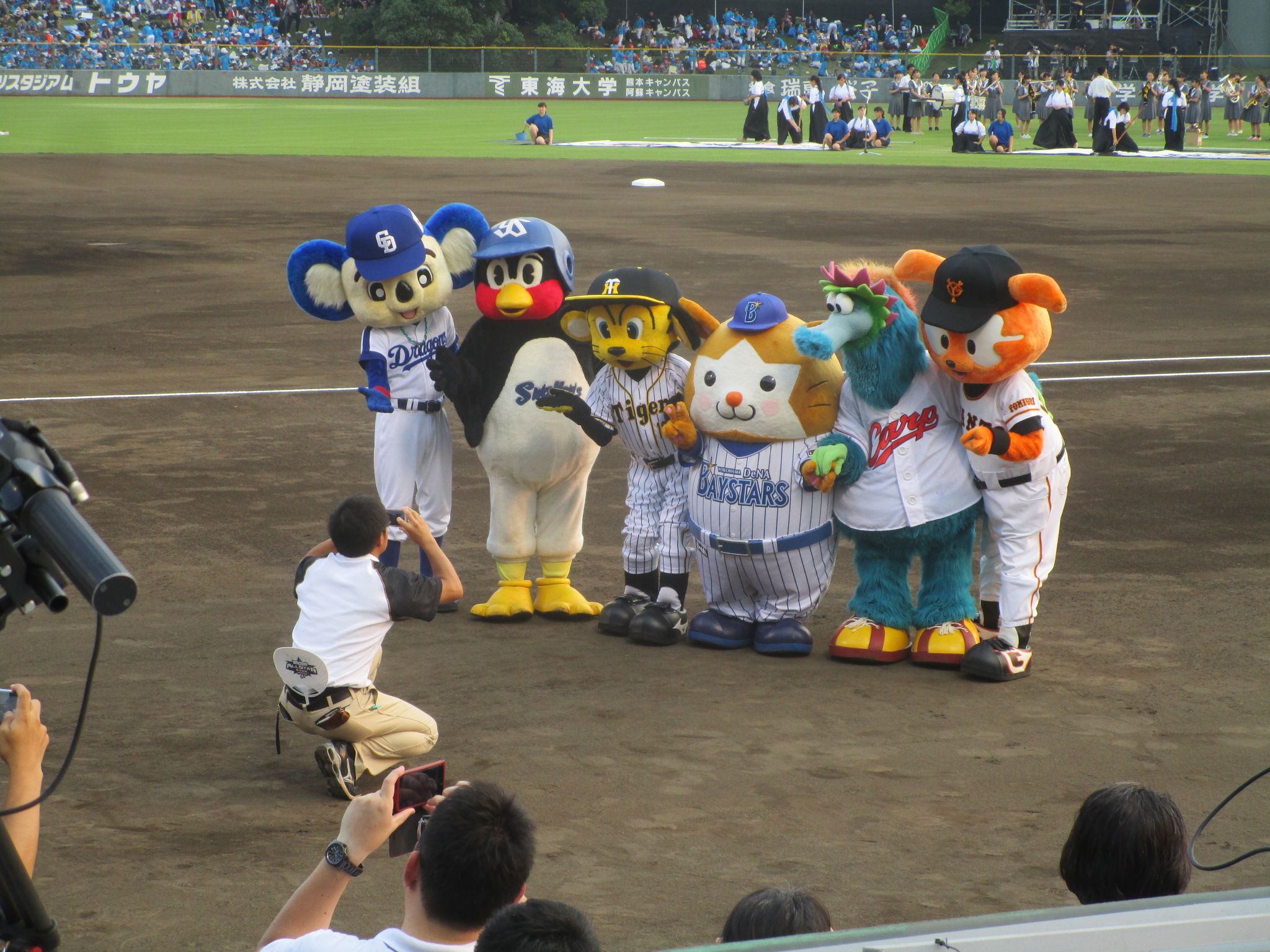 Every team has a mascot (this sextet represents the Central League). Second from left is the Swallow’s Tsubakuro,
Every team has a mascot (this sextet represents the Central League). Second from left is the Swallow’s Tsubakuro,
 The stadium was small and intimate. The outfield “seats” were filled with potential baseball stars of the future.
The stadium was small and intimate. The outfield “seats” were filled with potential baseball stars of the future.
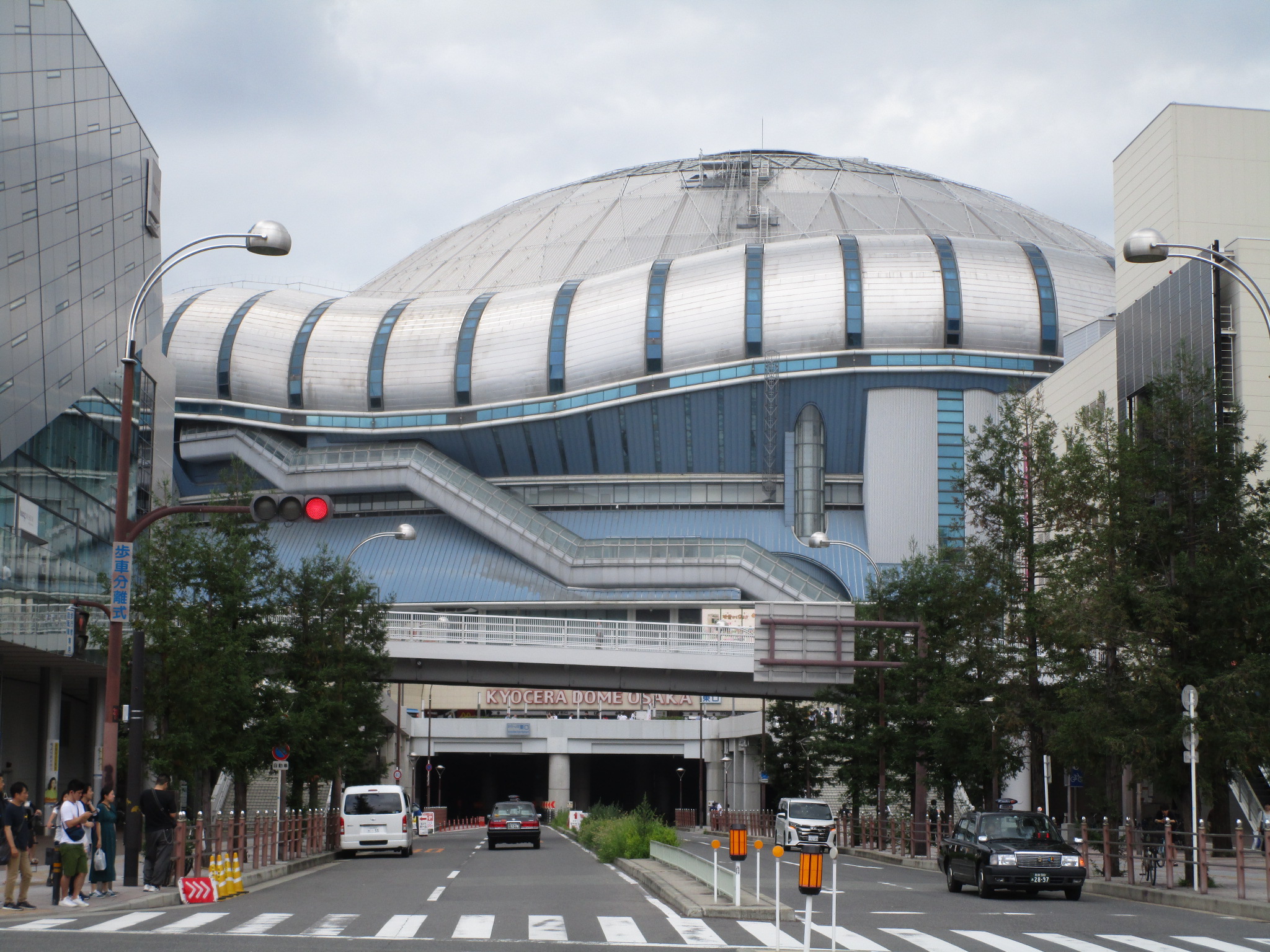 Jumping ahead to this summer, I continued the quest in Osaka. The Osaka Dome is in the heart of the city.
Jumping ahead to this summer, I continued the quest in Osaka. The Osaka Dome is in the heart of the city.
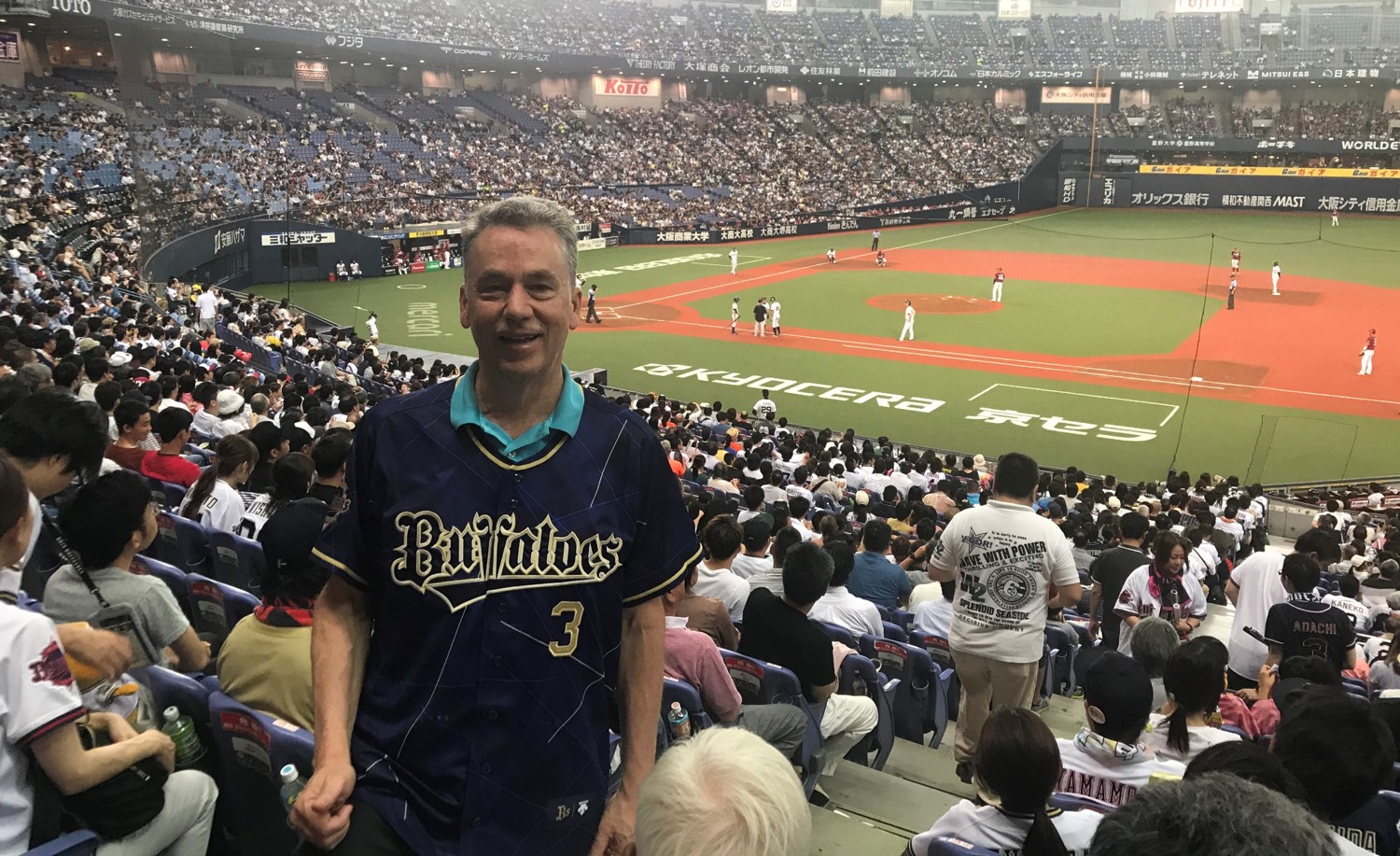 This is where the Buffalos play…
This is where the Buffalos play…
 …Ichiro’s former team for 9 years before departing to the major leagues in the U.S. where he still holds many batting records. After 28 total seasons, he retired in March at age 45. He is clearly the most beloved baseball player in Japan.
…Ichiro’s former team for 9 years before departing to the major leagues in the U.S. where he still holds many batting records. After 28 total seasons, he retired in March at age 45. He is clearly the most beloved baseball player in Japan.
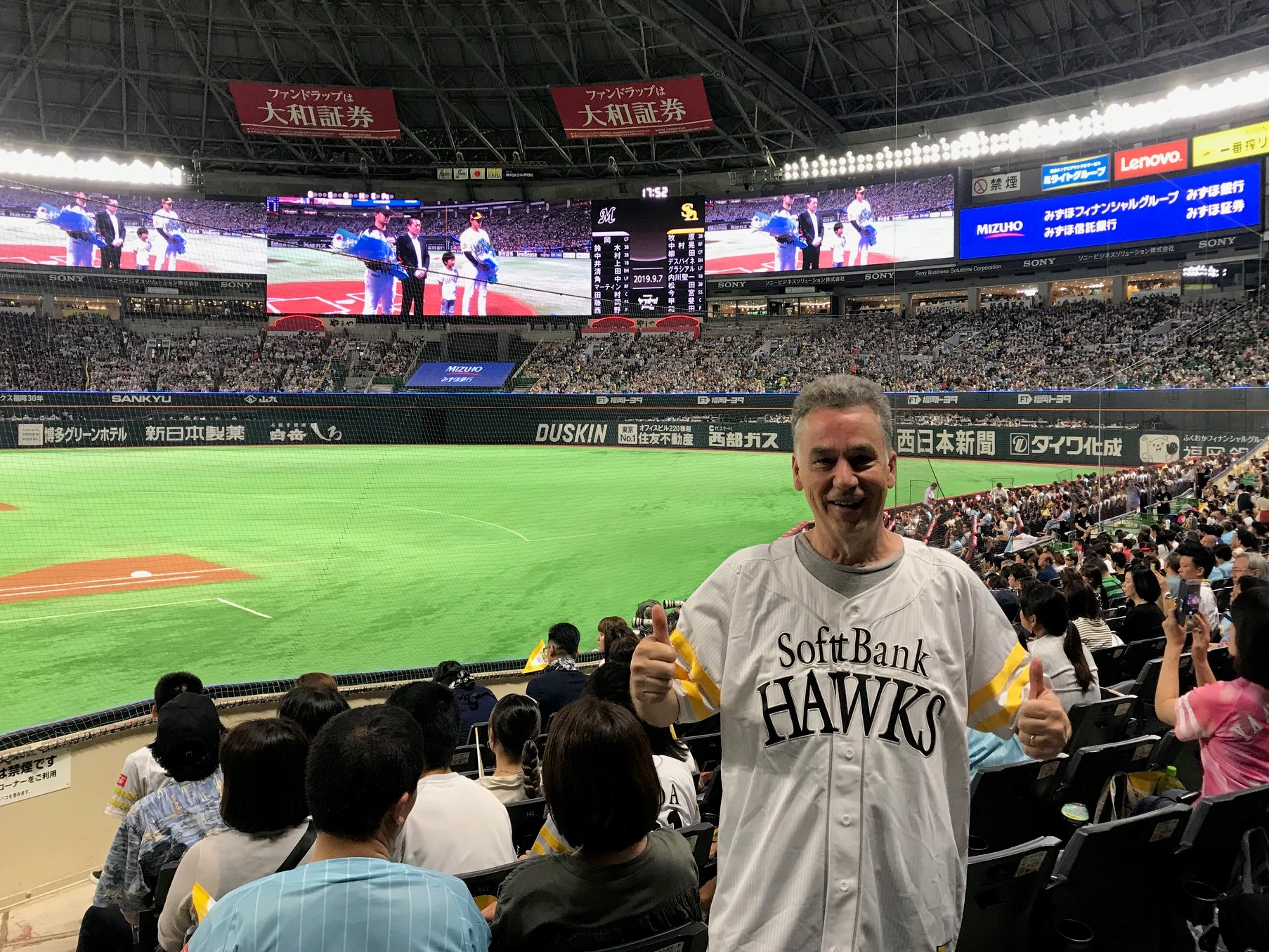 I’m not a big fan of dome stadiums, but the Softbank Hawks in Fukuoka have a beautiful arena.
I’m not a big fan of dome stadiums, but the Softbank Hawks in Fukuoka have a beautiful arena.
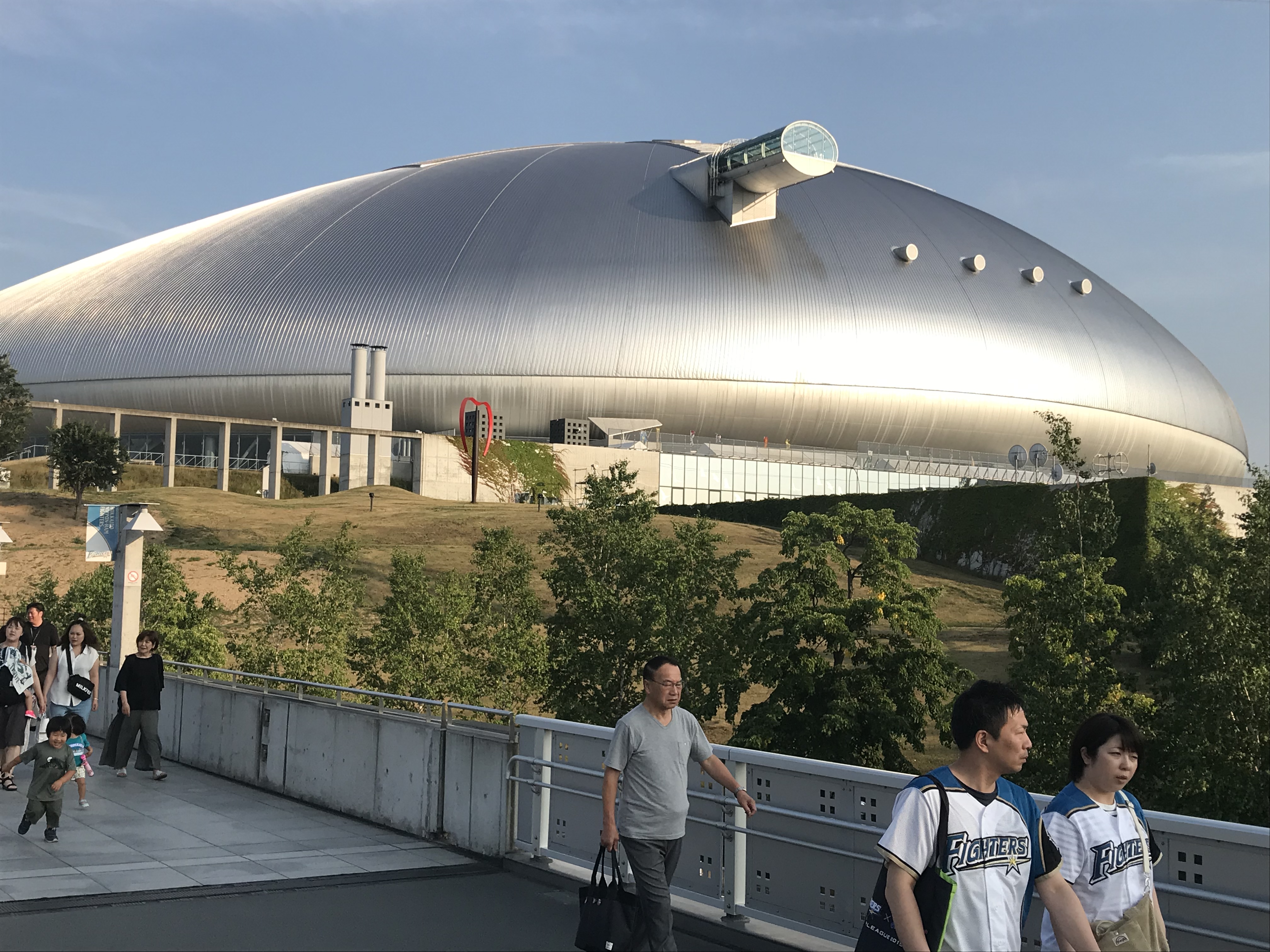 At the northern end of Japan in Hokkaido sits the Sapporo Dome (it looks like a spaceship)…
At the northern end of Japan in Hokkaido sits the Sapporo Dome (it looks like a spaceship)…
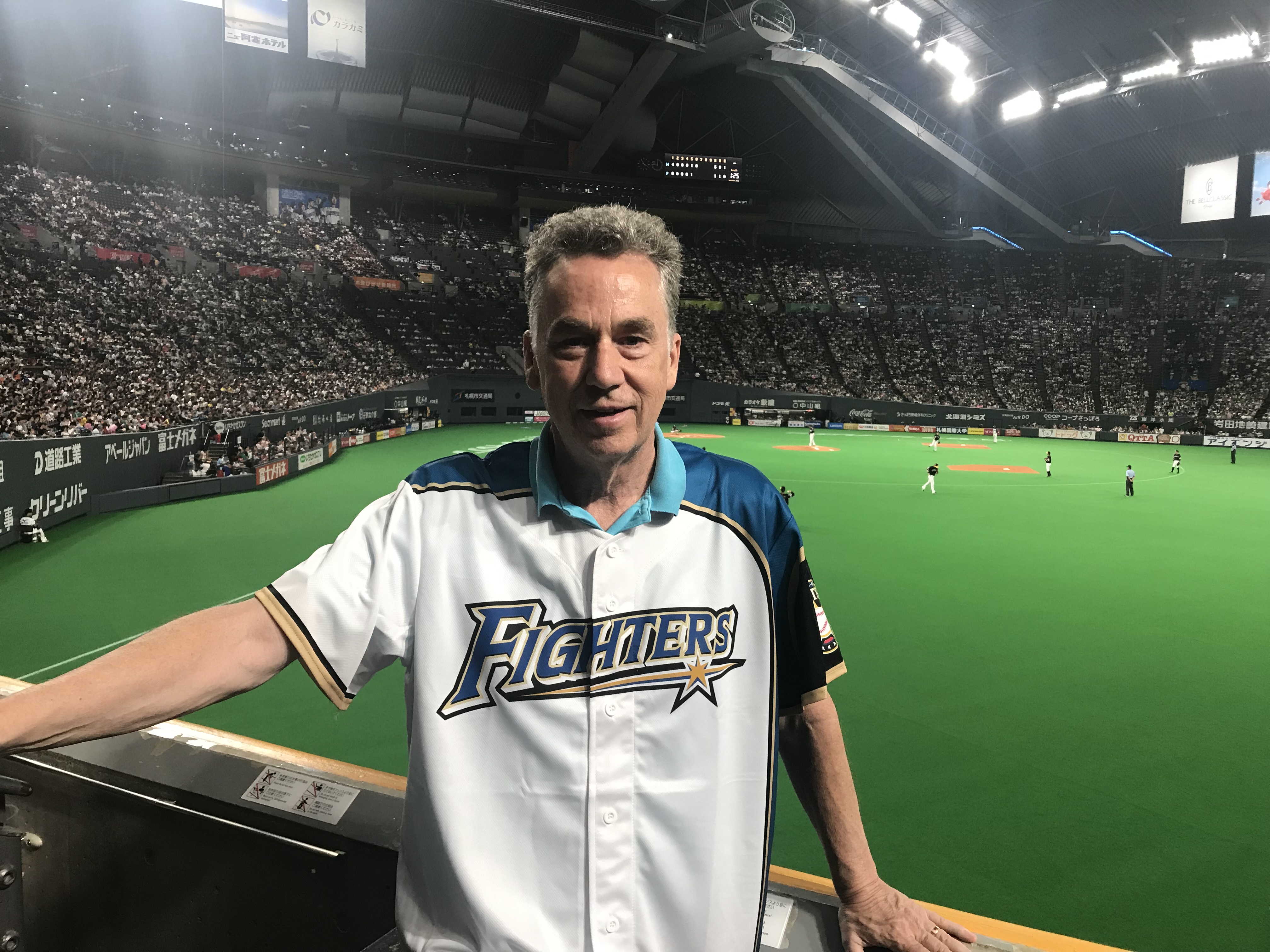 …home of the Nippon Ham Fighters…
…home of the Nippon Ham Fighters…
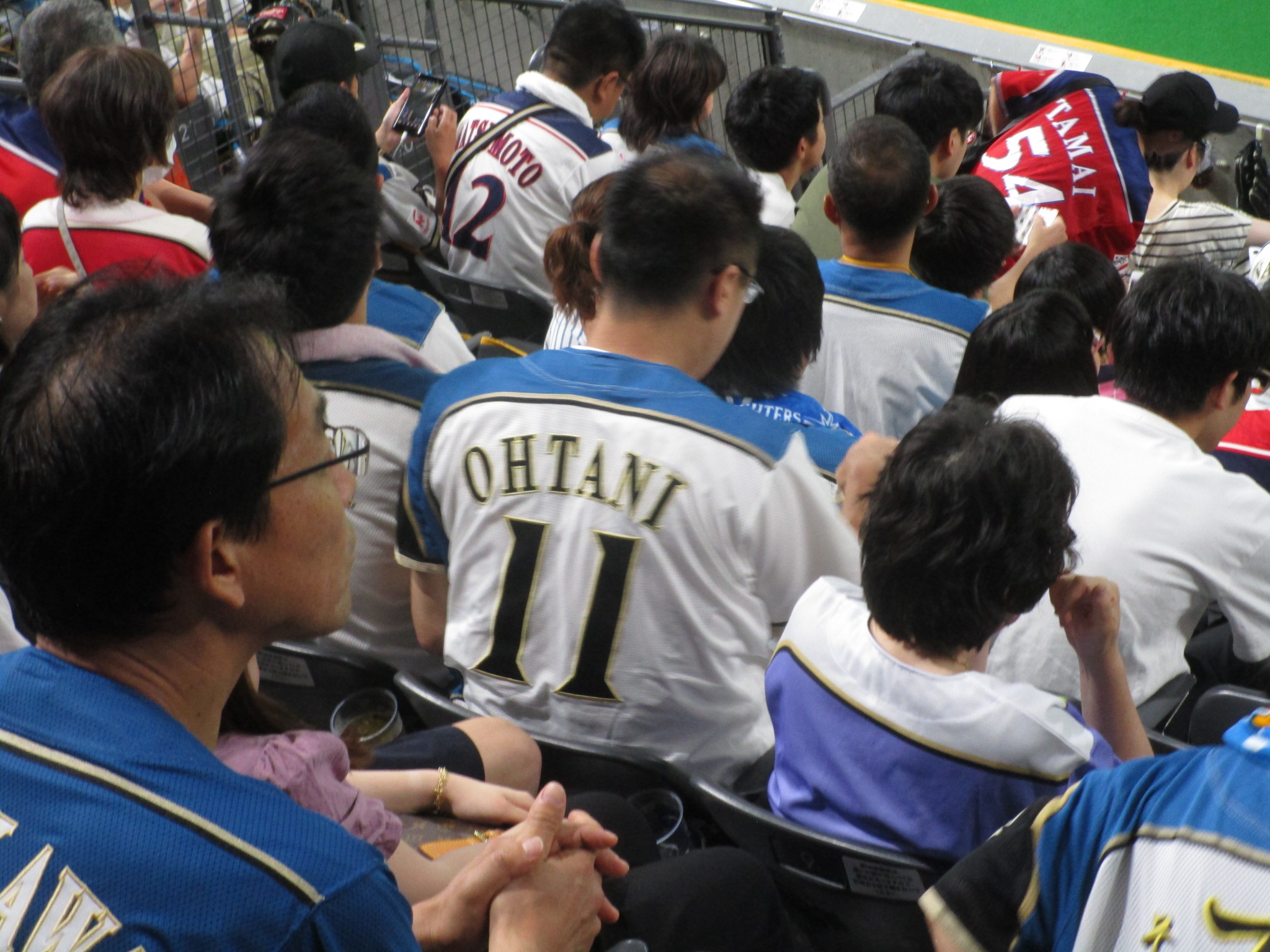 … and also the former home of #11, Shohei Ohtani. At age 18, the high school sensation signed with the Fighters as a dual player: pitcher / outfielder. He remained in Sapporo for 5 years before moving to the Los Angeles Angels in 2018 where he became the American League Rookie of the year.
… and also the former home of #11, Shohei Ohtani. At age 18, the high school sensation signed with the Fighters as a dual player: pitcher / outfielder. He remained in Sapporo for 5 years before moving to the Los Angeles Angels in 2018 where he became the American League Rookie of the year.
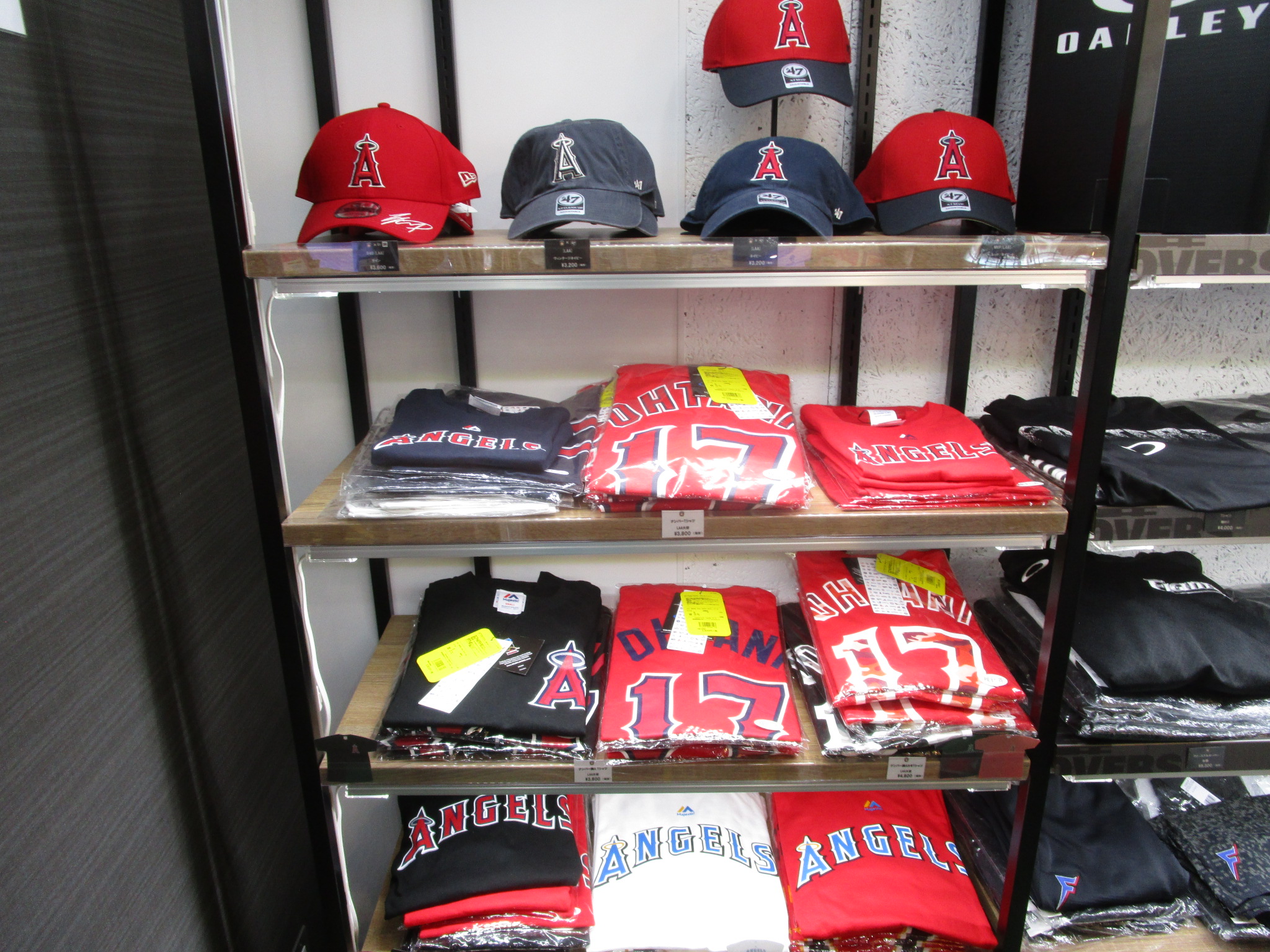 This is why the stores in Sapporo are filled with LA Angels Ohtani shirts (he now wears #17 in LA). Everyone loves Ohtani, where he’s known as the Japanese Babe Ruth for his pitching and power hitting.
This is why the stores in Sapporo are filled with LA Angels Ohtani shirts (he now wears #17 in LA). Everyone loves Ohtani, where he’s known as the Japanese Babe Ruth for his pitching and power hitting.
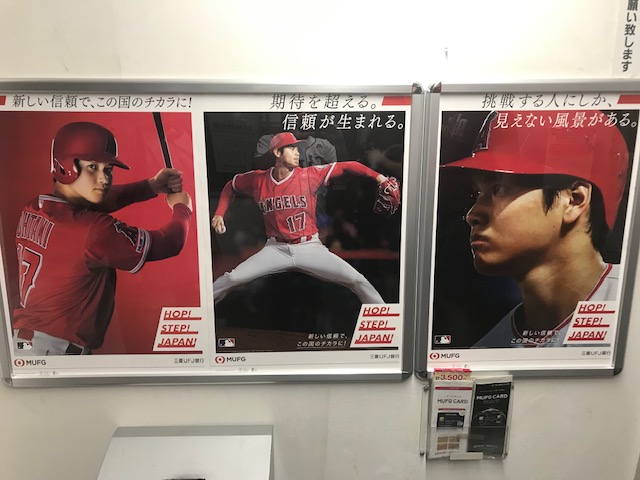 He has lucrative marketing deals with Seiko Watches and MUFG Bank in Japan.
He has lucrative marketing deals with Seiko Watches and MUFG Bank in Japan.
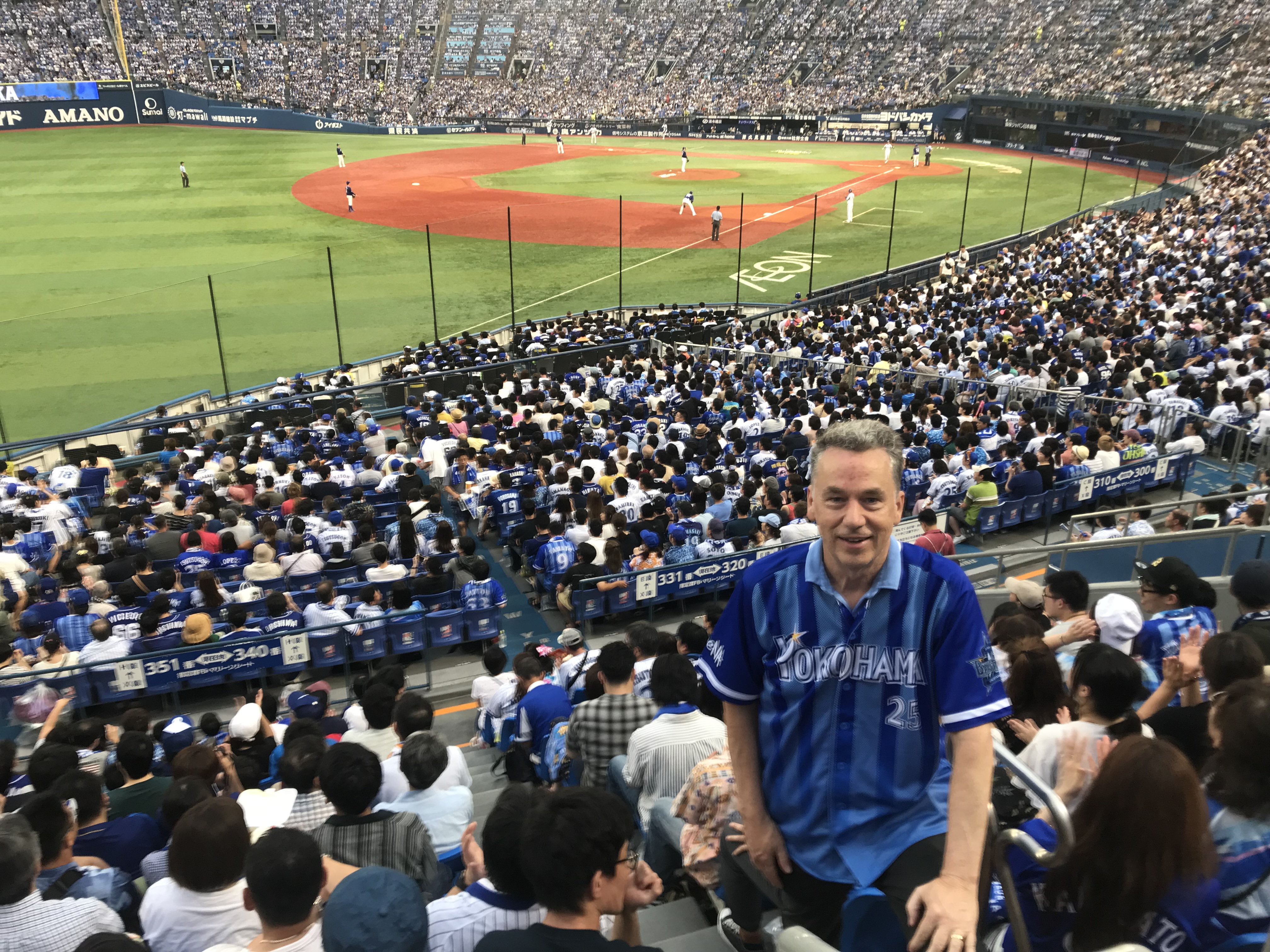 Just down the street from Tokyo are the Yokohama DeNA BayStars…
Just down the street from Tokyo are the Yokohama DeNA BayStars…
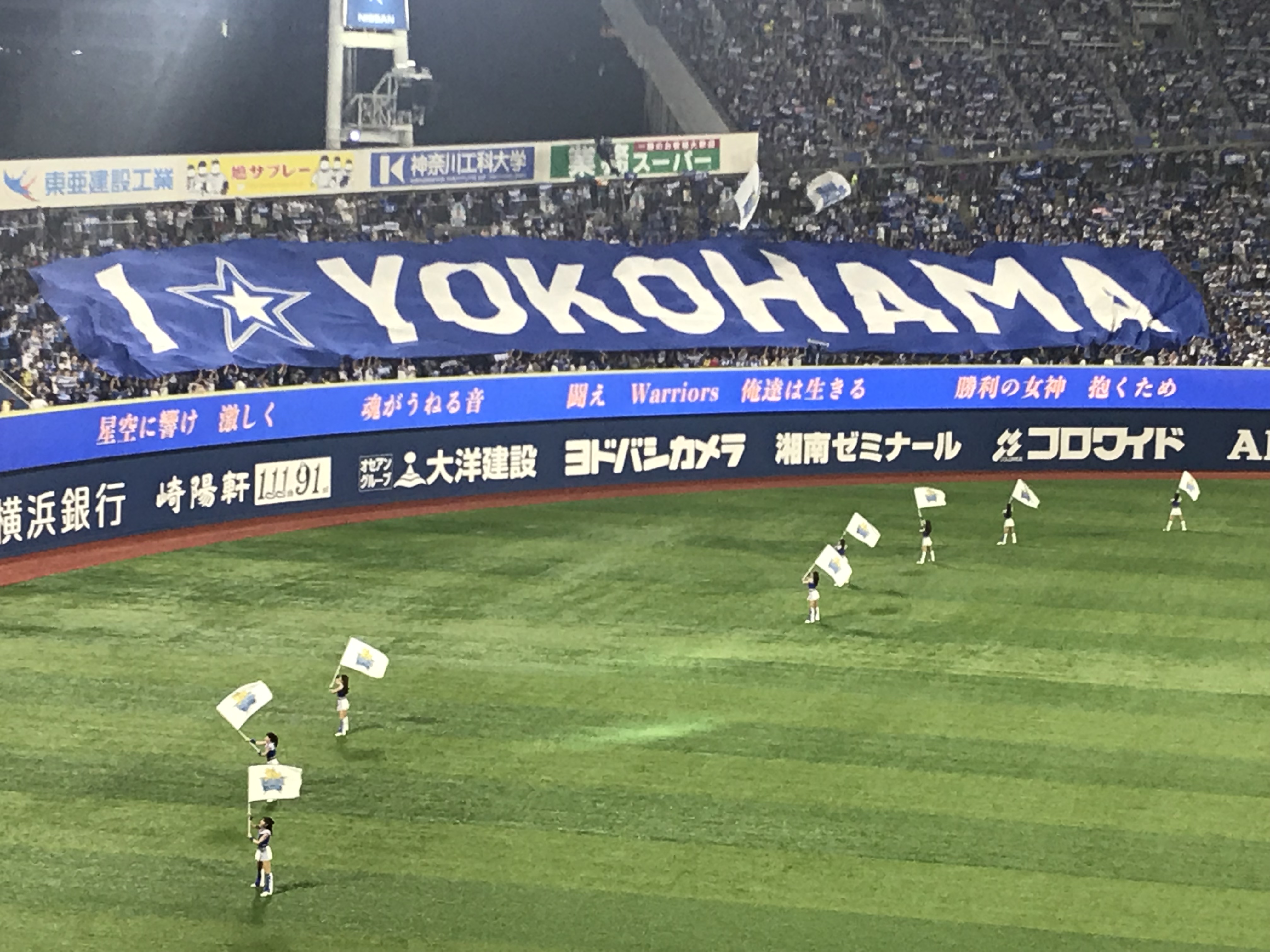 … where the fans actively participate in the mid-inning festivities.
… where the fans actively participate in the mid-inning festivities.
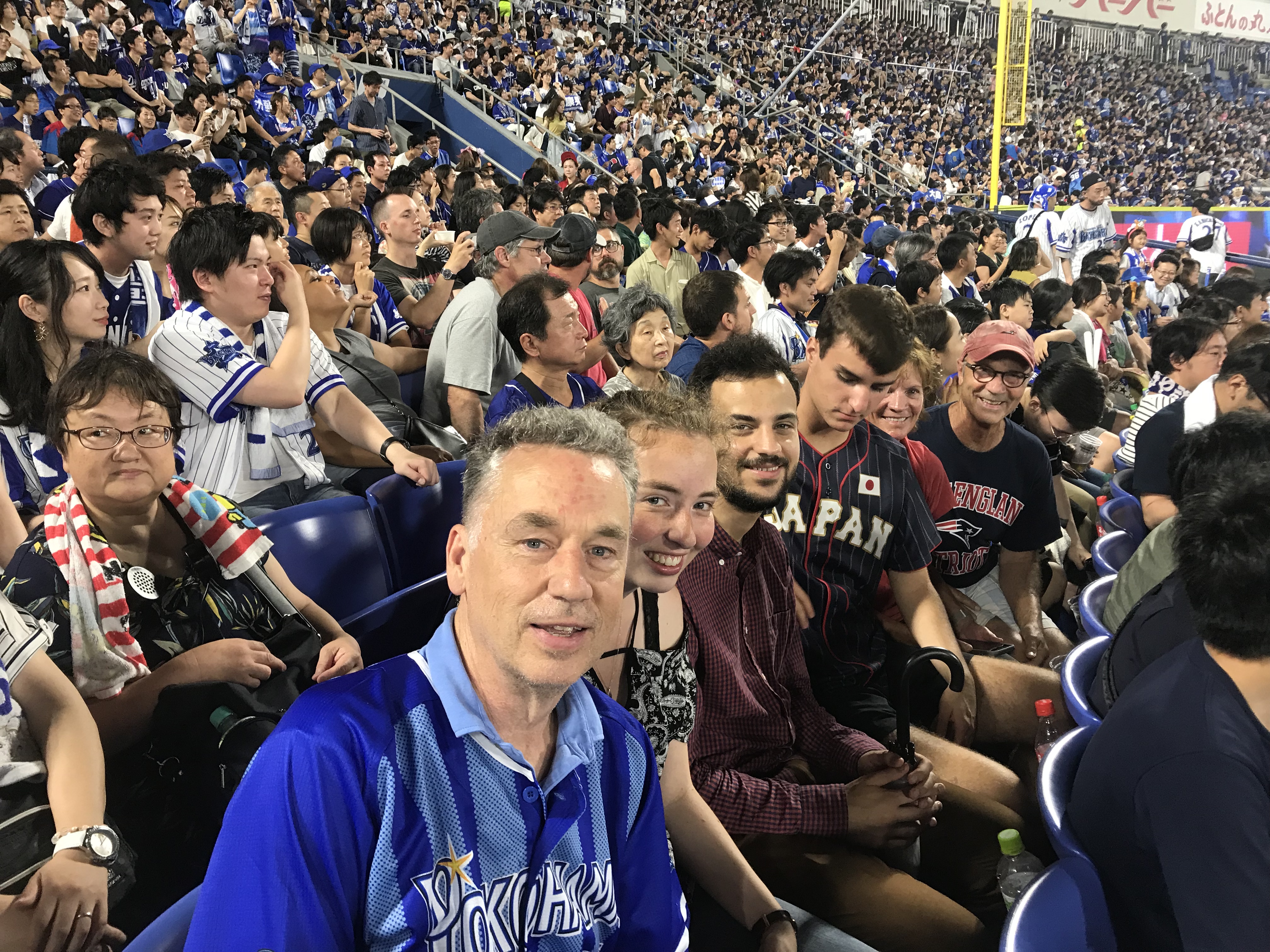 We enjoyed the game with Red Sox fans from Maine.
We enjoyed the game with Red Sox fans from Maine.
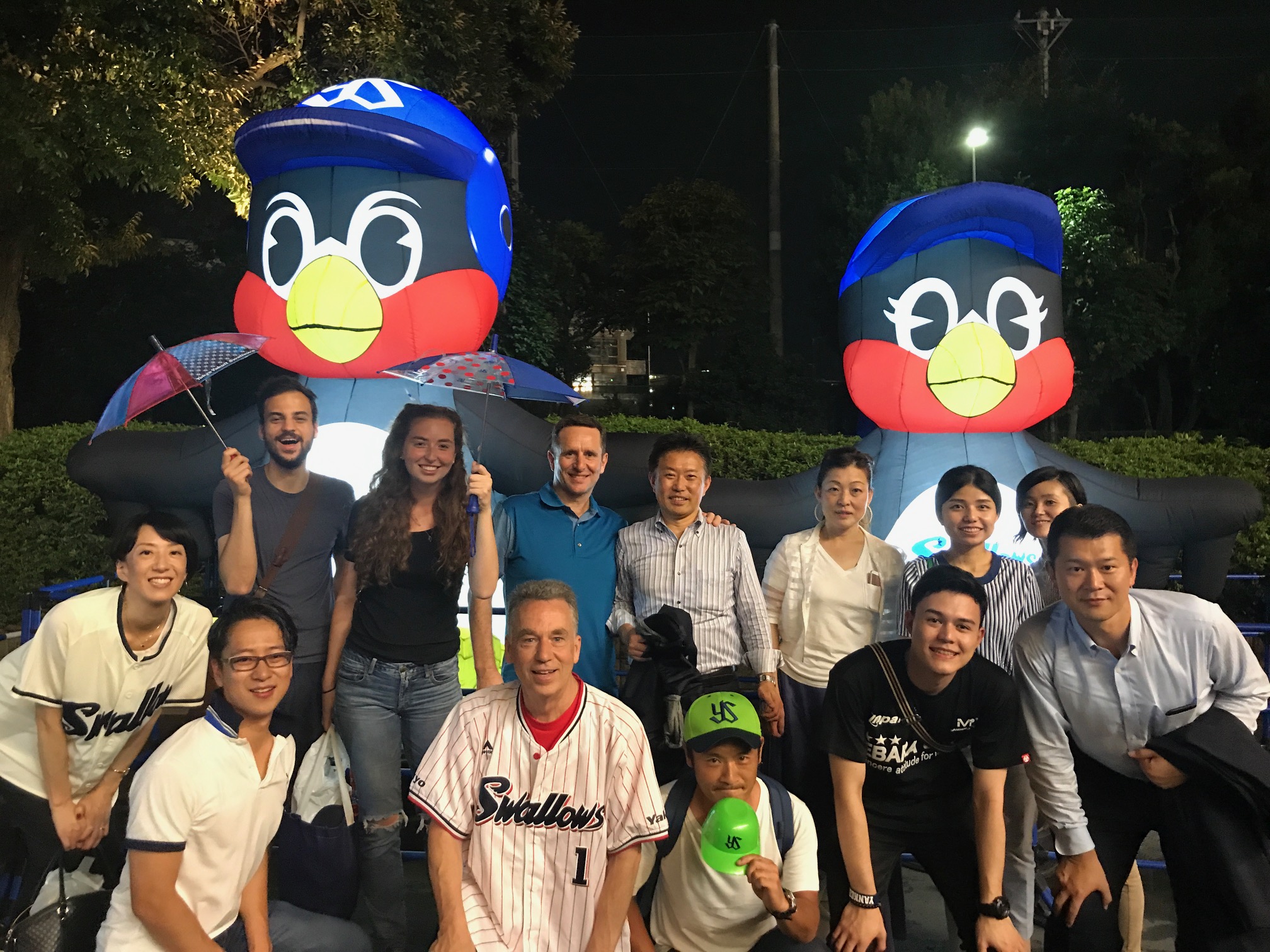 On August 23 – my 60th birthday — a large group from the office gathered at Meiji Stadium to enjoy a Swallows game.
On August 23 – my 60th birthday — a large group from the office gathered at Meiji Stadium to enjoy a Swallows game.
 How fitting that I celebrated my 30th birthday watching the Baltimore Orioles, and my 60th with the Tokyo Swallows (along with Kayla and Dan).
How fitting that I celebrated my 30th birthday watching the Baltimore Orioles, and my 60th with the Tokyo Swallows (along with Kayla and Dan).
 These birds of a feather entertain baseball fans on opposite sides of the globe.
These birds of a feather entertain baseball fans on opposite sides of the globe.
 Without a doubt, this is my favorite stadium in Japan – Mazda Zoom Zoom Stadium in Hiroshima.
Without a doubt, this is my favorite stadium in Japan – Mazda Zoom Zoom Stadium in Hiroshima.
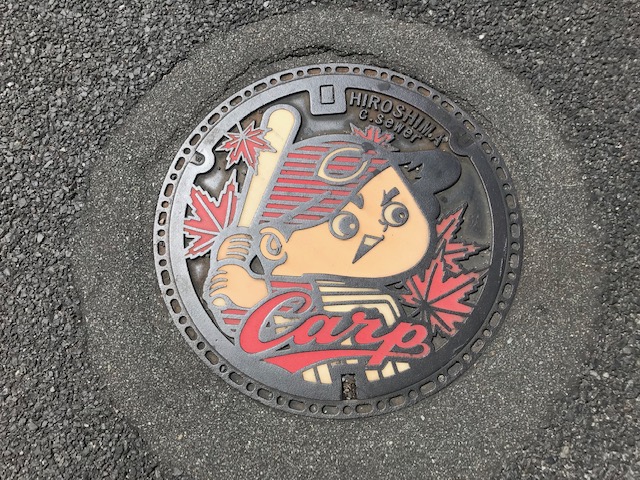 The passion runs deep as even the man-hole covers adorn the Carp logo.
The passion runs deep as even the man-hole covers adorn the Carp logo.
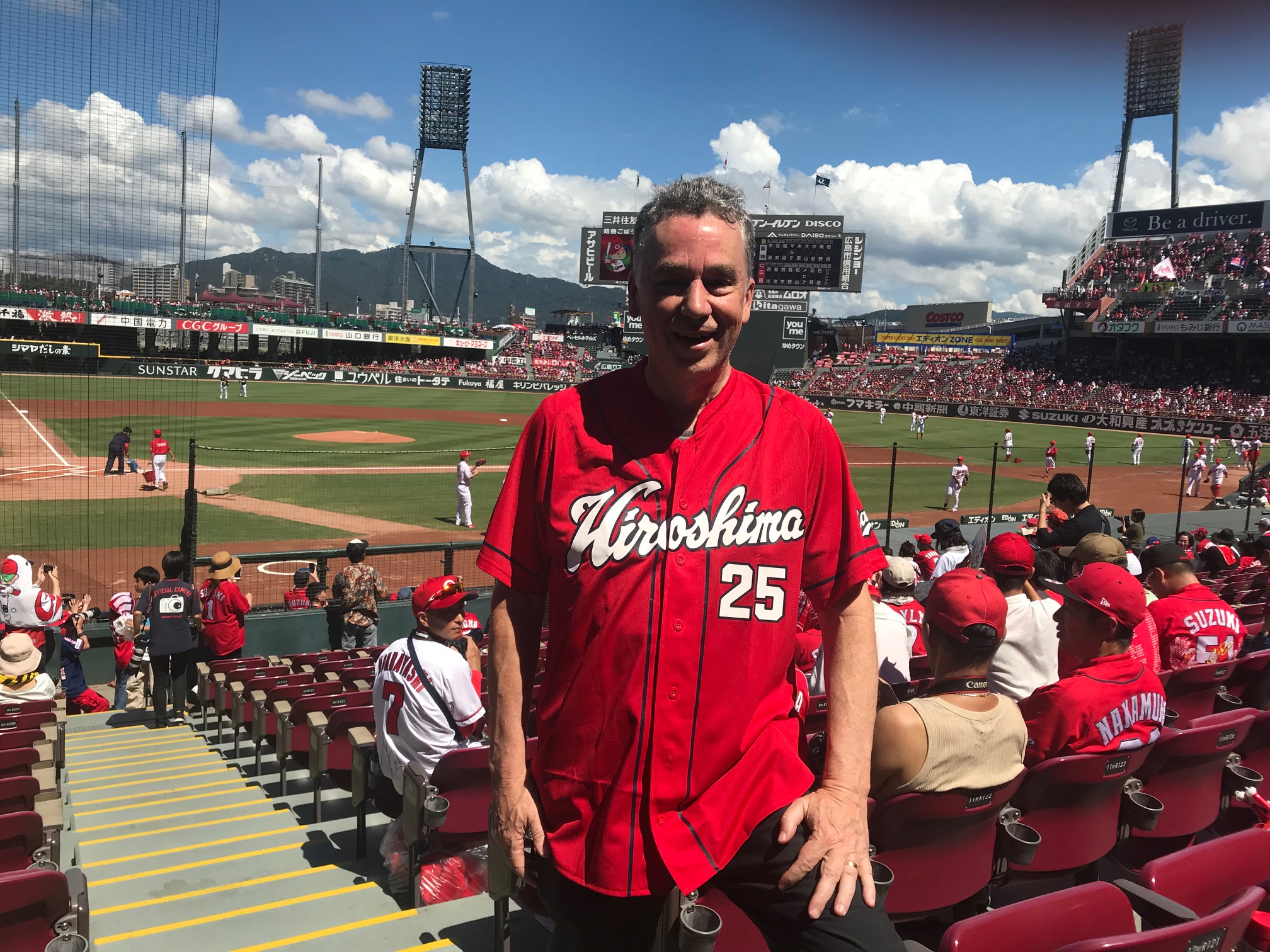 It was a beautiful September day…
It was a beautiful September day…
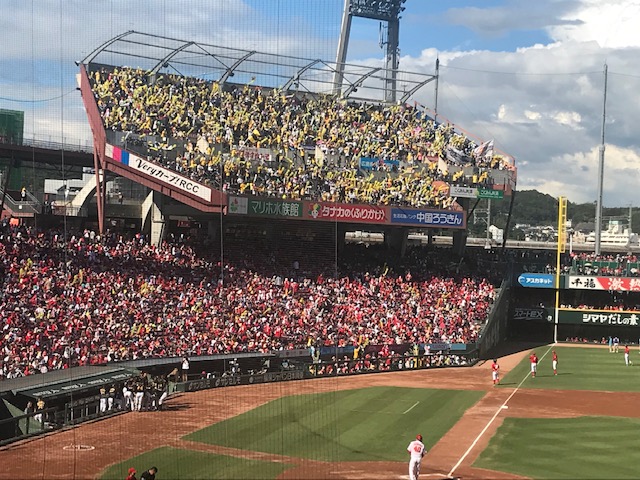 … as the fans soaked in the sun (note there is always one section of the stadium dedicated to the “away” team, in this case, the Hanshin Tigers in yellow).
… as the fans soaked in the sun (note there is always one section of the stadium dedicated to the “away” team, in this case, the Hanshin Tigers in yellow).
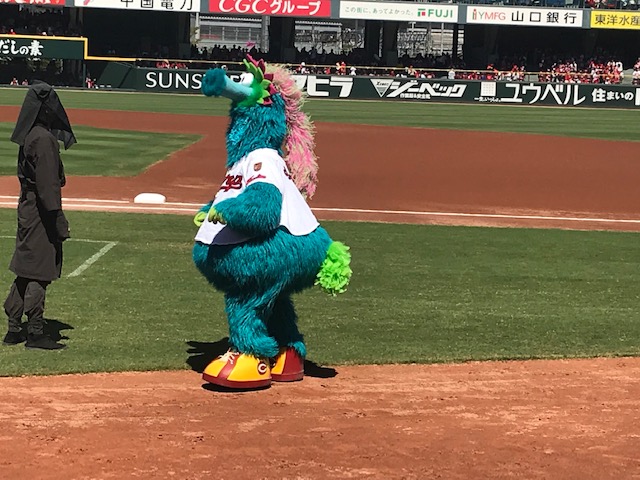 It’s no surprise that team mascot Slyly was developed by Bonnie Erikson, creator of the Muppets’ Miss Piggy, AND the Phillie Phanatic.
It’s no surprise that team mascot Slyly was developed by Bonnie Erikson, creator of the Muppets’ Miss Piggy, AND the Phillie Phanatic.
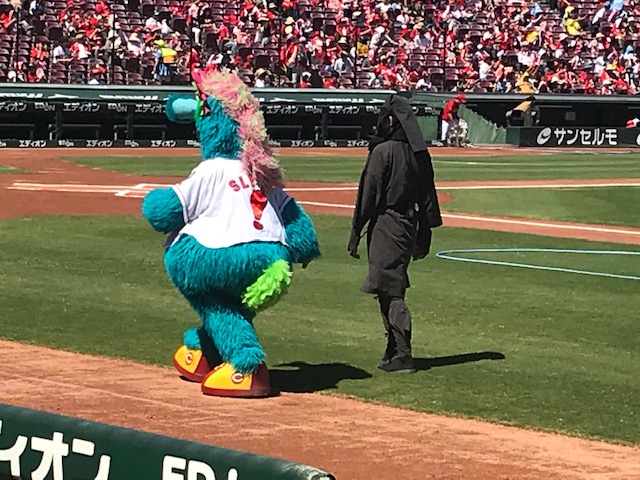 Inside the suit is a Philadelphia native and former Phanatic, who brought his mid-inning antics to Hiroshima.
Inside the suit is a Philadelphia native and former Phanatic, who brought his mid-inning antics to Hiroshima.
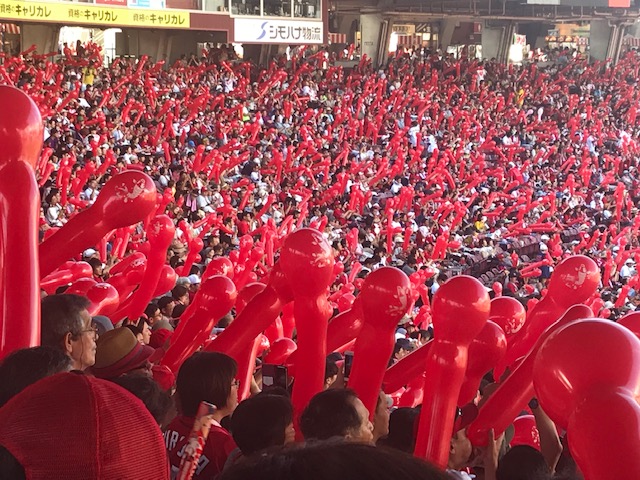 The balloons came out for the 7th inning stretch…
The balloons came out for the 7th inning stretch…
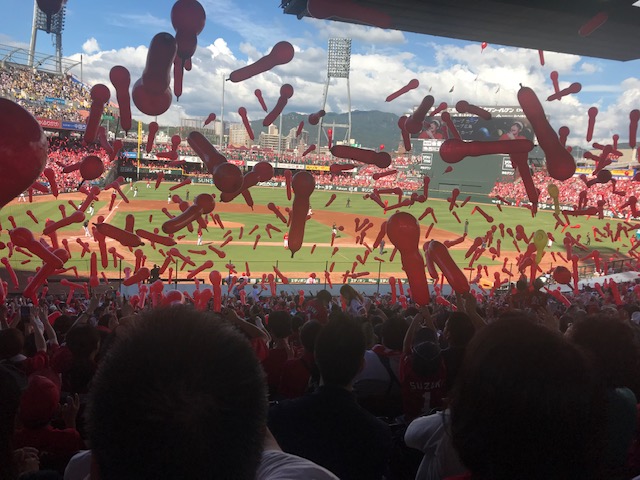 … and filled the stadium with joy.
… and filled the stadium with joy.
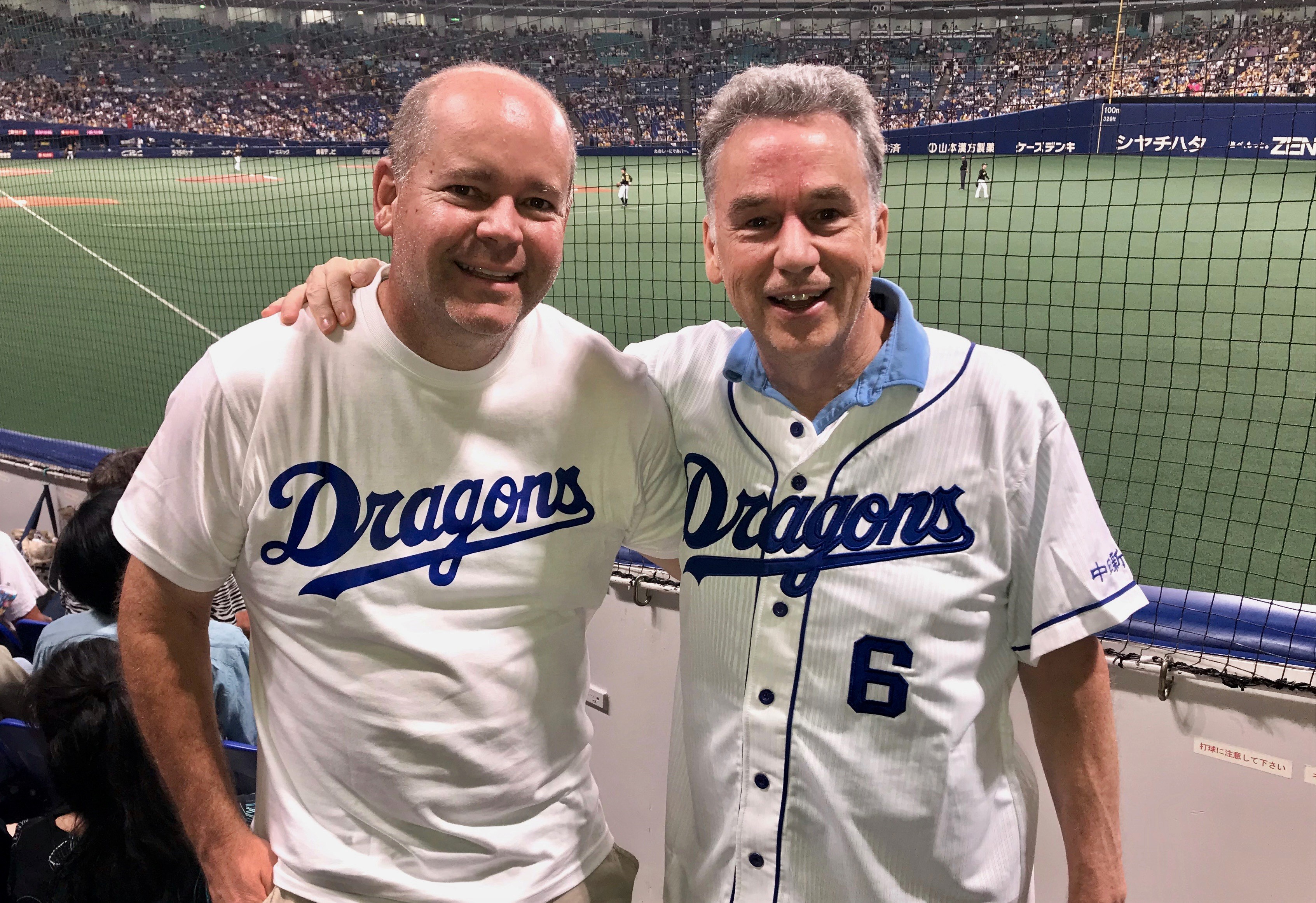 But this 30th anniversary odyssey would not be complete without Jeff. He made the journey across the Pacific Ocean to enjoy some games with me. Here we are watching the Chunichi Nagoya Dragons (clearly the logo is copied from the LA Dodgers).
But this 30th anniversary odyssey would not be complete without Jeff. He made the journey across the Pacific Ocean to enjoy some games with me. Here we are watching the Chunichi Nagoya Dragons (clearly the logo is copied from the LA Dodgers).
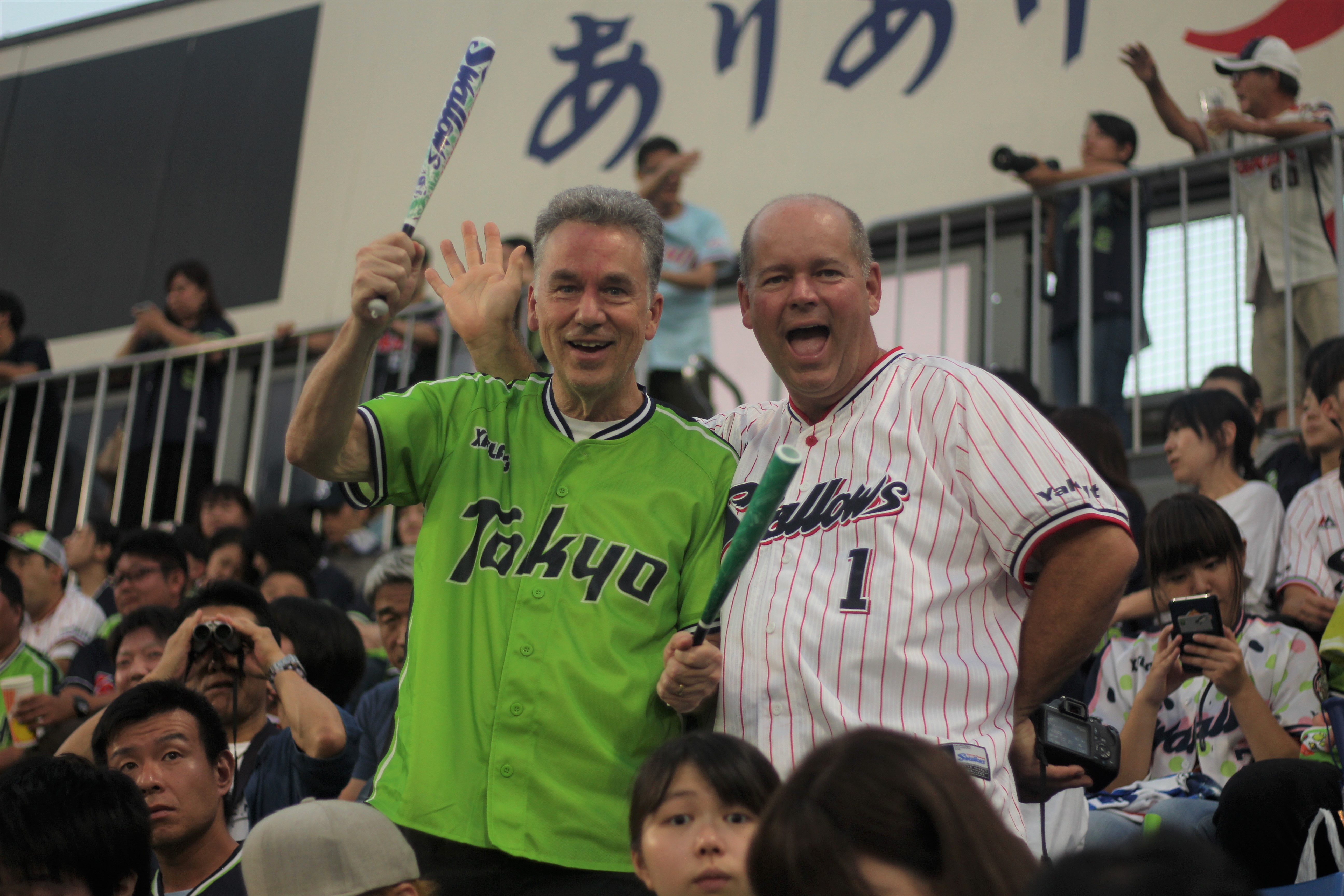 The next day, we cheered for the Swallows as the “away team” at Yokohama.
The next day, we cheered for the Swallows as the “away team” at Yokohama.
 Our seats were directly in front of the Swallows band.
Our seats were directly in front of the Swallows band.
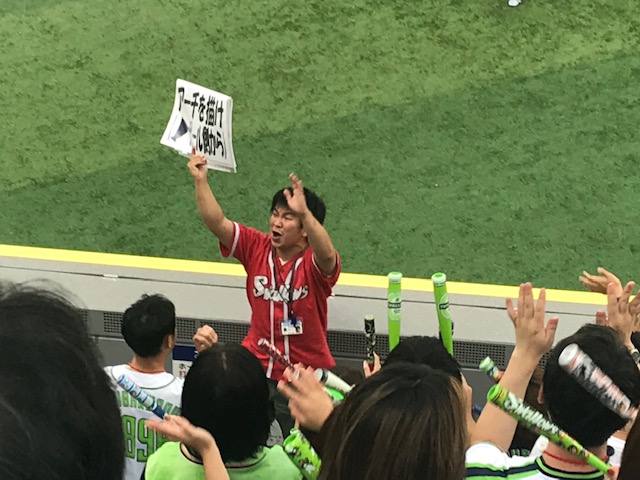 The Swallows cheerleader kept everyone in sync throughout the game.
The Swallows cheerleader kept everyone in sync throughout the game.
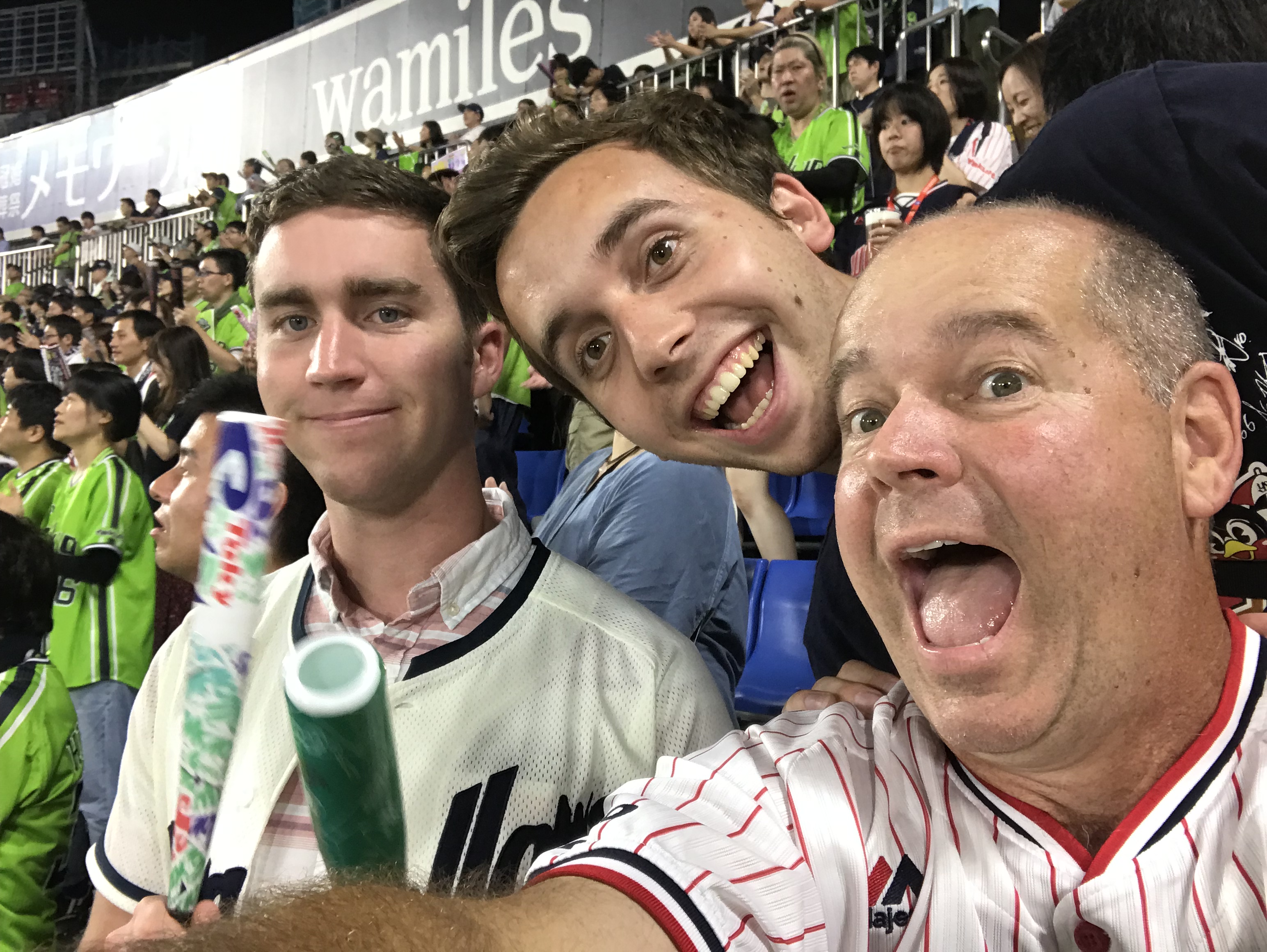 Jeff traveled to Japan with his sons Joey and Wyatt. As Joey explains, baseball in Japan is the same as the U.S., but yet different:
Jeff traveled to Japan with his sons Joey and Wyatt. As Joey explains, baseball in Japan is the same as the U.S., but yet different:
“They follow all the same basic rules, and game play works just about the same, but the fans couldn’t have been more different. While one might fear getting a beer dumped on them in the stands at Dodger Stadium, the worst thing that could happen to you at a BayStars game is getting hit in the face with a long blue balloon, released promptly at the end of the seventh inning stretch. Whether it’s dancing with umbrellas or banging on a drum, there’s always something to keep the fans busy at a baseball game in Tokyo. Not only that, everyone was incredible respectful and kind to the opposing team. They even had a special designated section to sit in! This is where we sat for a Swallows game, which is Tom’s favorite team and now mine as well. We were less than 4 seats away from the team’s official band, featuring drummers, several trumpeters, and flag wavers. It was quite a fun time!”
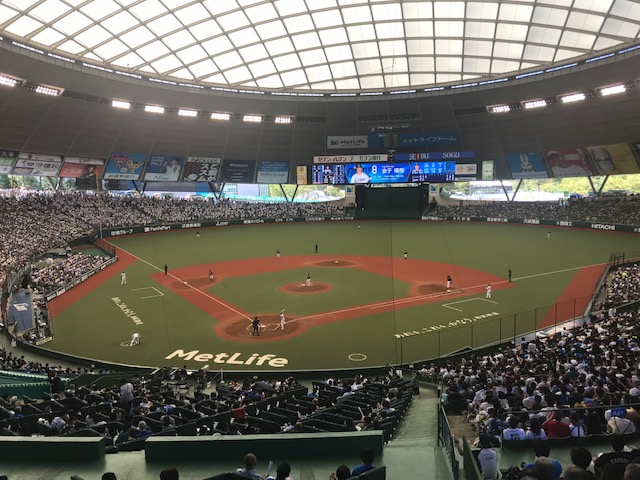 The Seibu Saitama Lions play at MetLife stadium, which is a quasi dome.
The Seibu Saitama Lions play at MetLife stadium, which is a quasi dome.
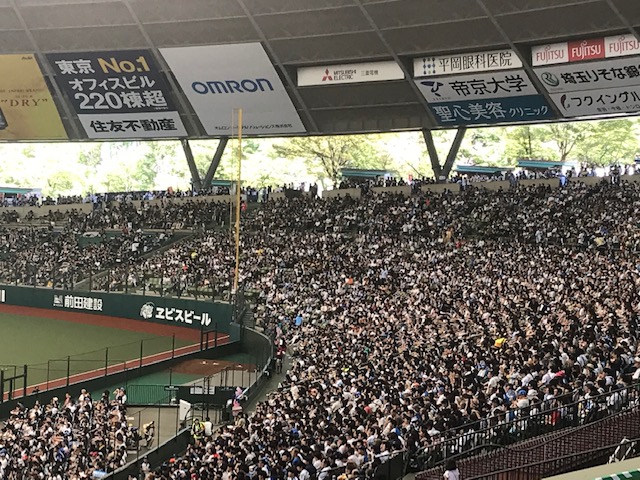 The original stadium was later covered with an umbrella, which is not connected to the stadium itself.
The original stadium was later covered with an umbrella, which is not connected to the stadium itself.
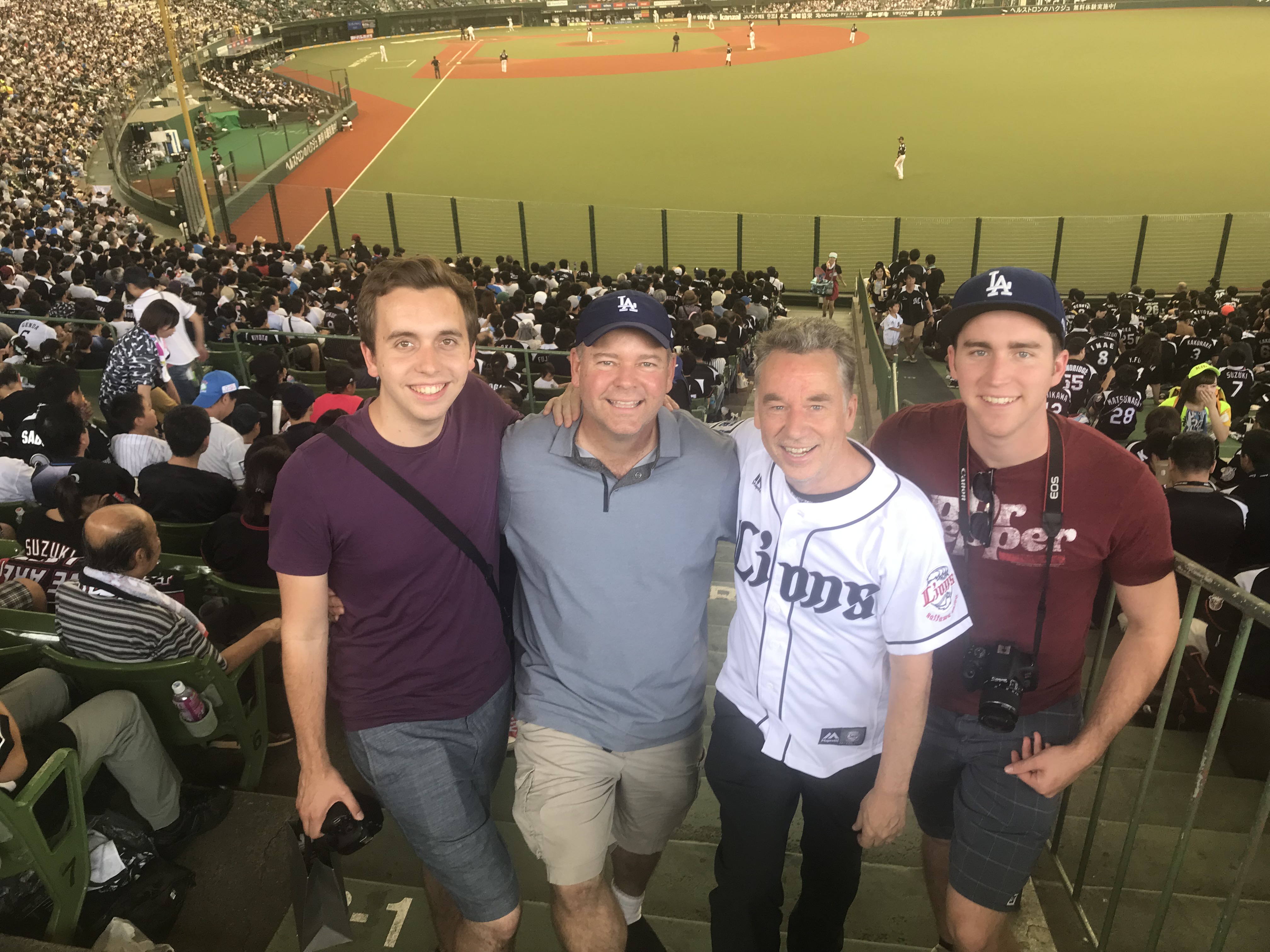 The Lions vs. the Marines provided a great game. We nearly witnessed an inside-the-park home run, but the player was tagged out at home plate.
The Lions vs. the Marines provided a great game. We nearly witnessed an inside-the-park home run, but the player was tagged out at home plate.
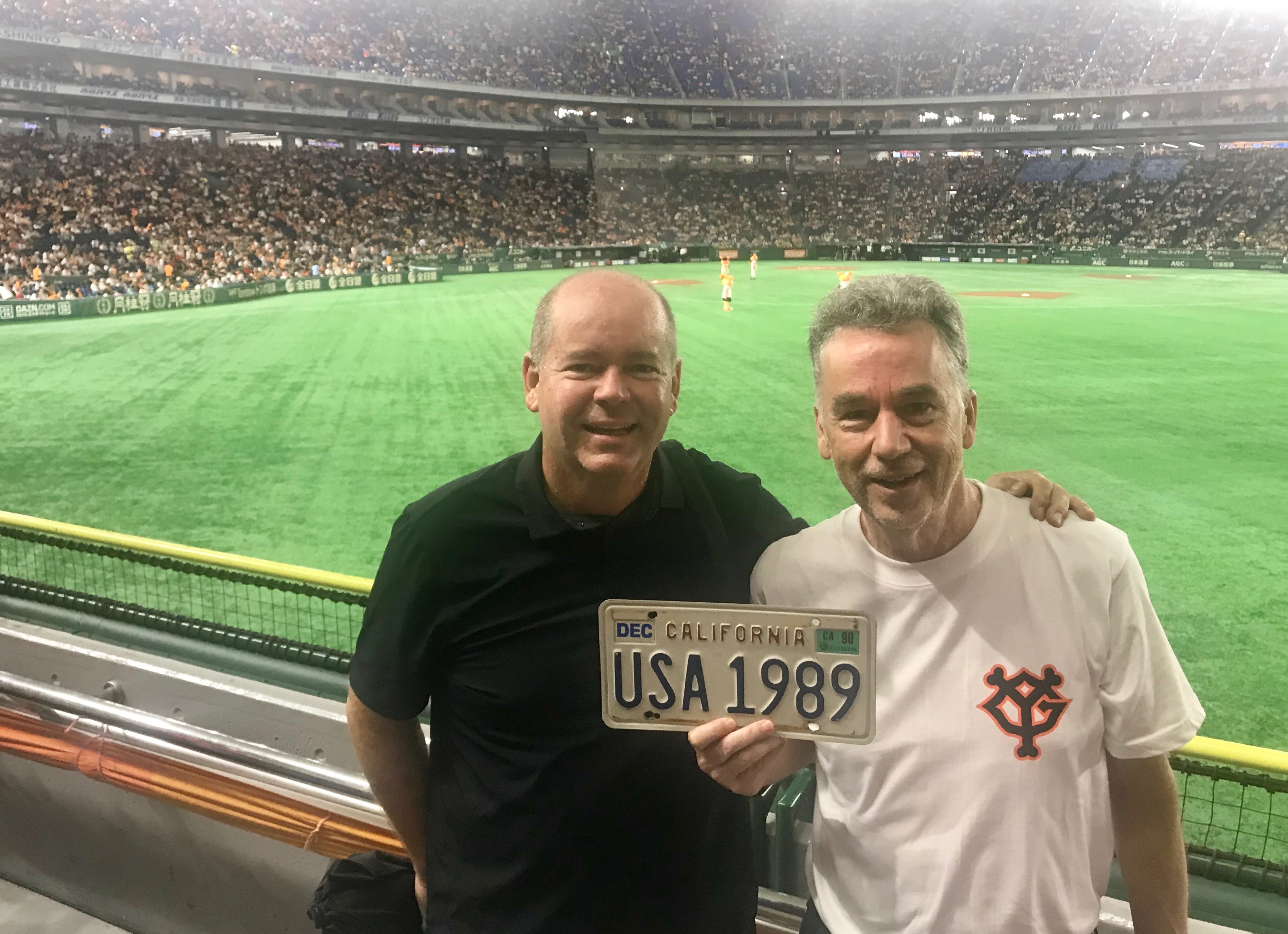 We wrapped up the journey – and my 12th stadium – at Tokyo Dome, home of the Giants. Jeff brought with him the original license plate from our van 30 years ago.
We wrapped up the journey – and my 12th stadium – at Tokyo Dome, home of the Giants. Jeff brought with him the original license plate from our van 30 years ago.
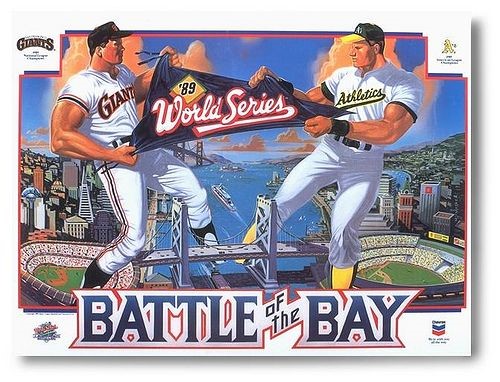 How these stories end started on the same path, but with a different result. 30 years ago, we had just arrived in San Francisco for the World Series (SF Giants vs. the cross-bay Oakland Athletics). Thanks to my brother Dave, we had secured tickets for game 5. [Internet photo]
How these stories end started on the same path, but with a different result. 30 years ago, we had just arrived in San Francisco for the World Series (SF Giants vs. the cross-bay Oakland Athletics). Thanks to my brother Dave, we had secured tickets for game 5. [Internet photo]
 But just before game 3 on October 17, the San Andreas Fault shifted, sending a 6.9 magnitude earthquake throughout the region. [Internet photo]
But just before game 3 on October 17, the San Andreas Fault shifted, sending a 6.9 magnitude earthquake throughout the region. [Internet photo]
 A section of the Oakland Bay Bridge collapsed (we had crossed this bridge only 19 hours earlier). [Internet photo]
A section of the Oakland Bay Bridge collapsed (we had crossed this bridge only 19 hours earlier). [Internet photo]
Jeff grabbed our VHS camcorder and shot this video of the quake (click on the image above).
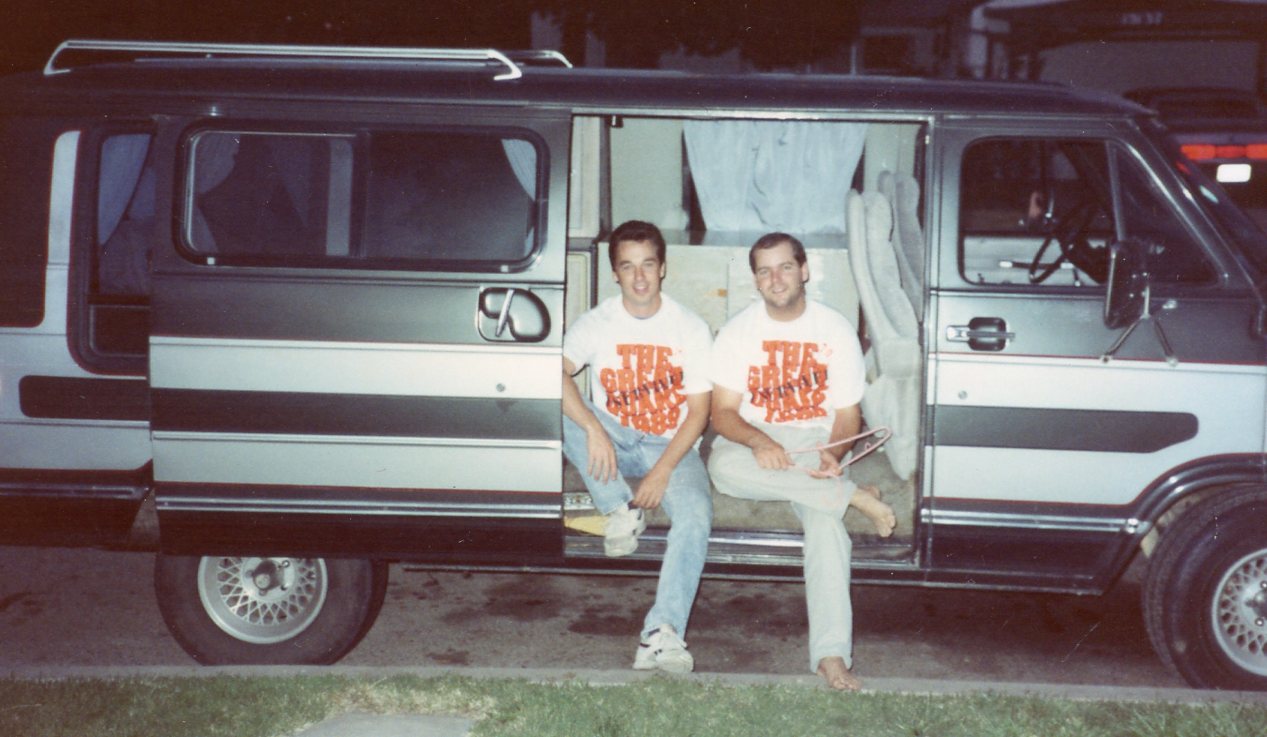 We purchased these ugly shirts…
We purchased these ugly shirts…
 …which read: I survived the great quake 1989.
…which read: I survived the great quake 1989.
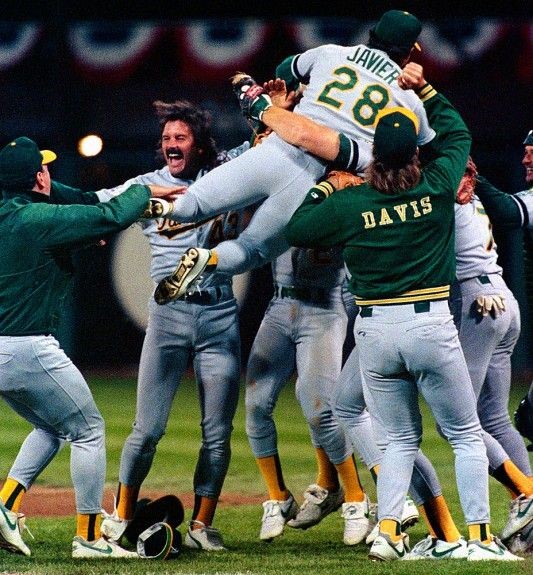 The World Series was delayed 10 days, but it certainly didn’t help the Giants as they were swept in 4 games, thus, there was no game 5. [Internet photo]
The World Series was delayed 10 days, but it certainly didn’t help the Giants as they were swept in 4 games, thus, there was no game 5. [Internet photo]
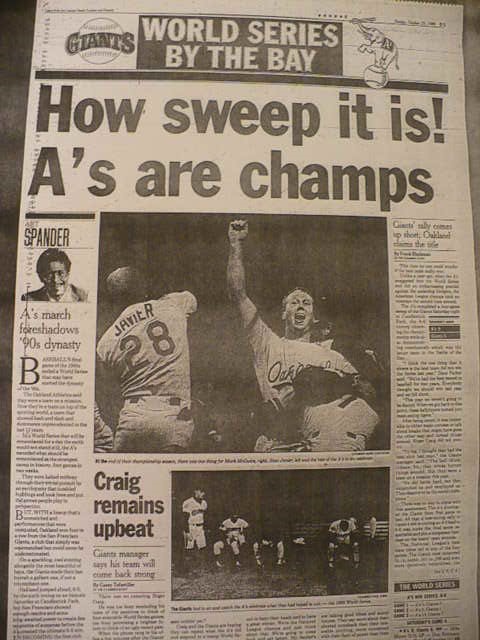 After spending 6 months crisscrossing the U.S. and seeing a major league game at every stadium, the World Series “cherry on the cake” was denied us. [Internet photo]
After spending 6 months crisscrossing the U.S. and seeing a major league game at every stadium, the World Series “cherry on the cake” was denied us. [Internet photo]
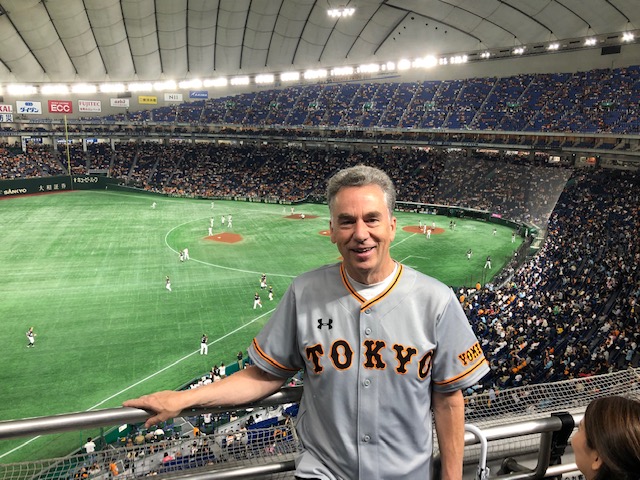 Fast forward to October 2019 in Japan, and with great luck through the lottery system, I secured tickets for the Nippon Series for games 3 and 5 (Tokyo Giants vs. the Fukuoka Hawks). Deja vu all over again, the Tokyo Giants were swept in 4 games, just as the SF Giants were swept 30 years ago. Thankfully I attended game 3 and was able to complete this baseball quest with a championship game experience.
Fast forward to October 2019 in Japan, and with great luck through the lottery system, I secured tickets for the Nippon Series for games 3 and 5 (Tokyo Giants vs. the Fukuoka Hawks). Deja vu all over again, the Tokyo Giants were swept in 4 games, just as the SF Giants were swept 30 years ago. Thankfully I attended game 3 and was able to complete this baseball quest with a championship game experience.
 We are both older, and hopefully wiser. I’ve doubled in age since then (30 to 60). What life lessons can I share? Take risks, and live life to the fullest.
We are both older, and hopefully wiser. I’ve doubled in age since then (30 to 60). What life lessons can I share? Take risks, and live life to the fullest.
Now it’s time to dream about the next adventure.
Enjoy. ts
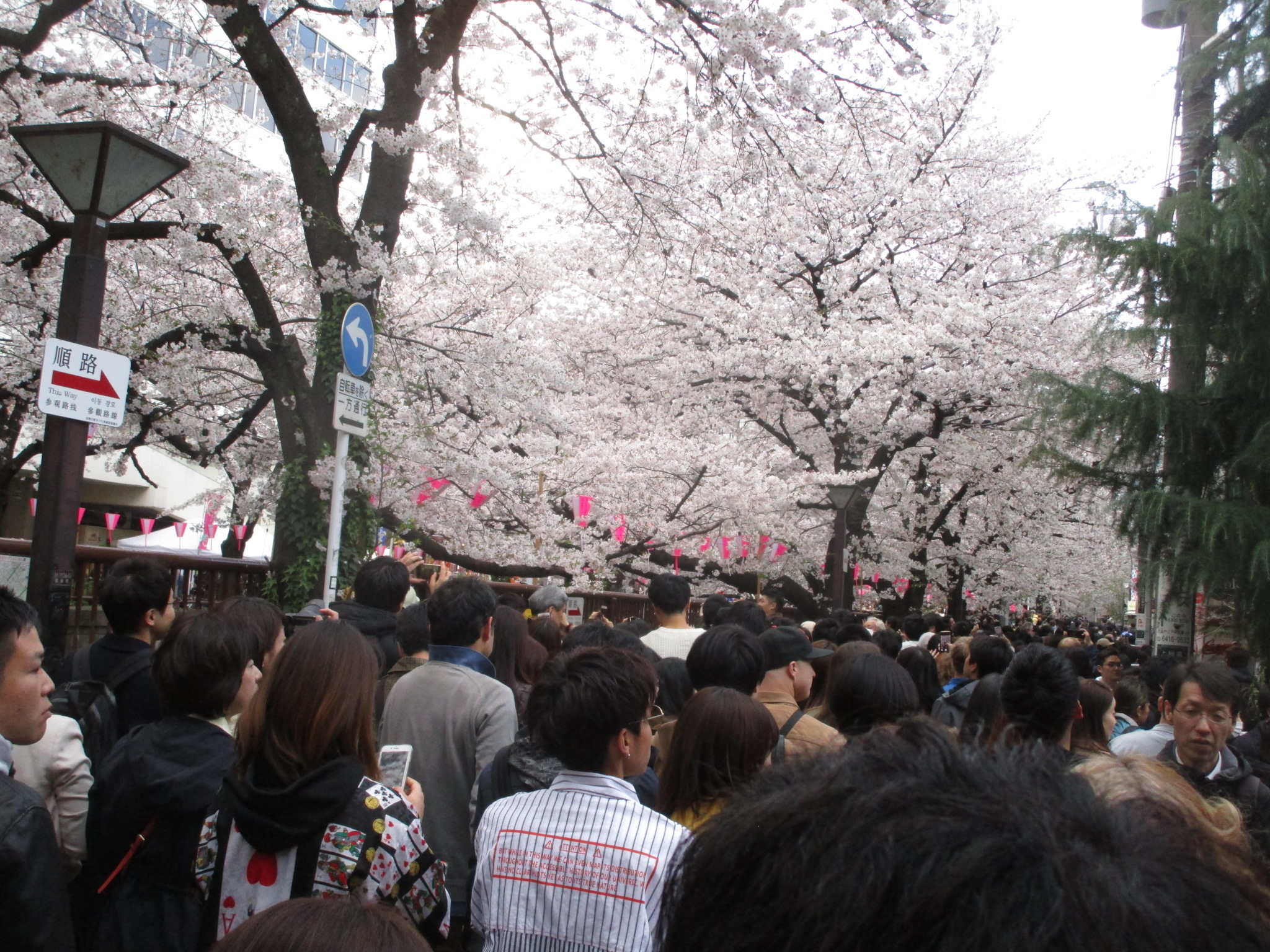 Spring time is cherry blossom season in Japan. The crowds are huge…
Spring time is cherry blossom season in Japan. The crowds are huge…
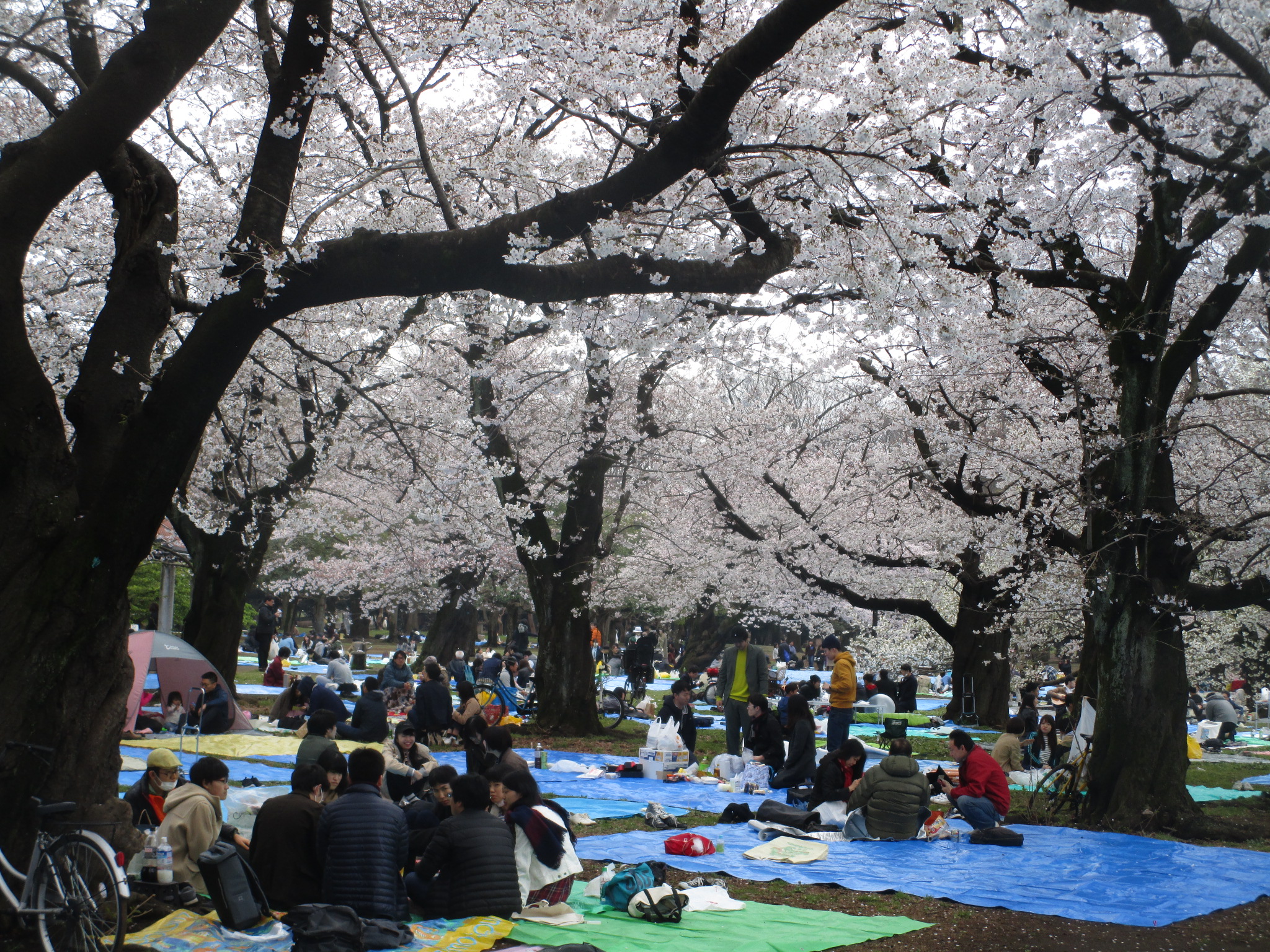 … and rain or shine, people come out for hanami and to picnic under the blossoms. But more about blossoms later.
… and rain or shine, people come out for hanami and to picnic under the blossoms. But more about blossoms later.
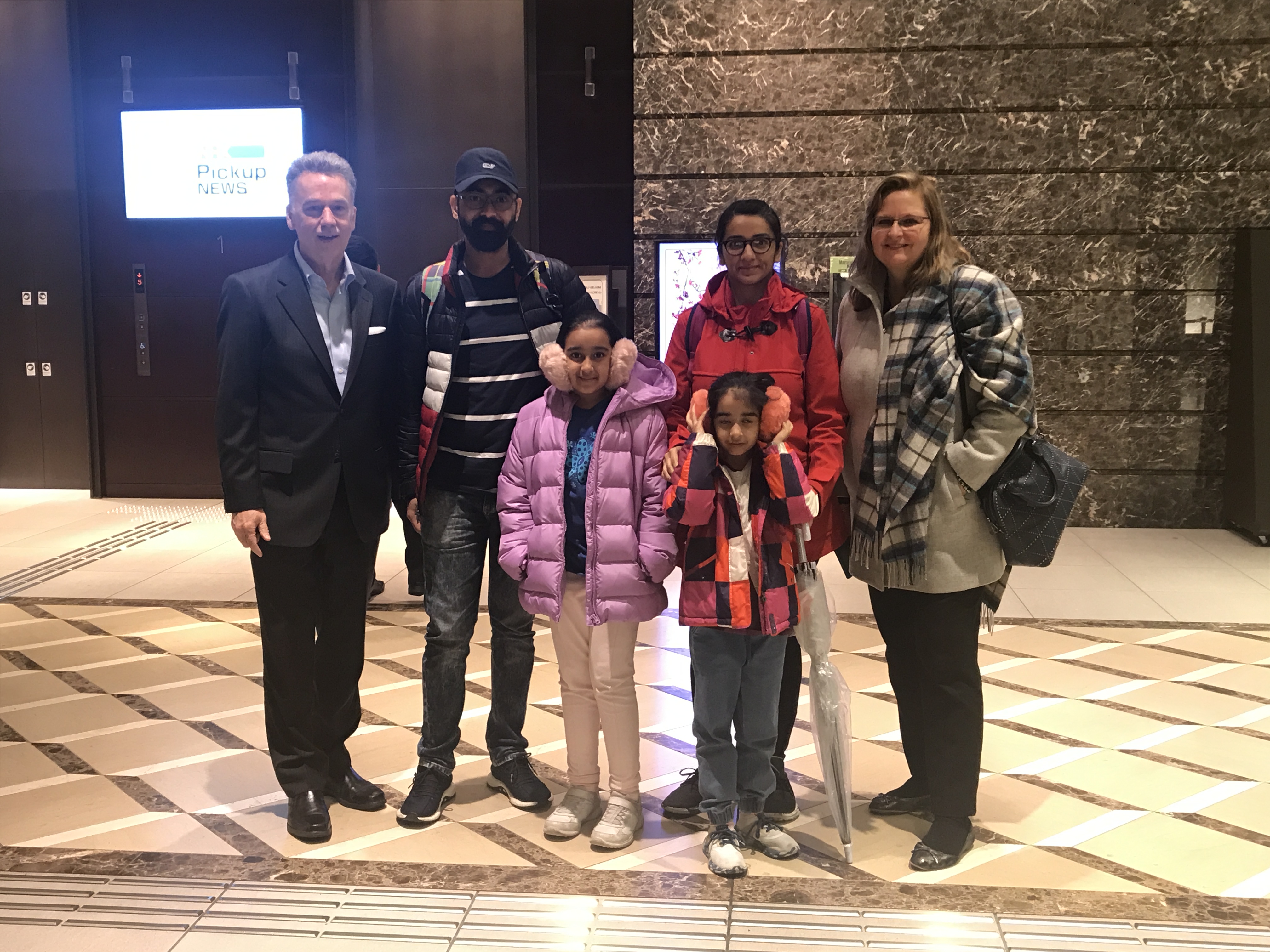 We always enjoy visitors to Tokyo, and we were happy to see Gurpreet and his family visiting from Dubai.
We always enjoy visitors to Tokyo, and we were happy to see Gurpreet and his family visiting from Dubai.
 Vaishali and Dhiraj have just moved to Tokyo from China. Welcome.
Vaishali and Dhiraj have just moved to Tokyo from China. Welcome.
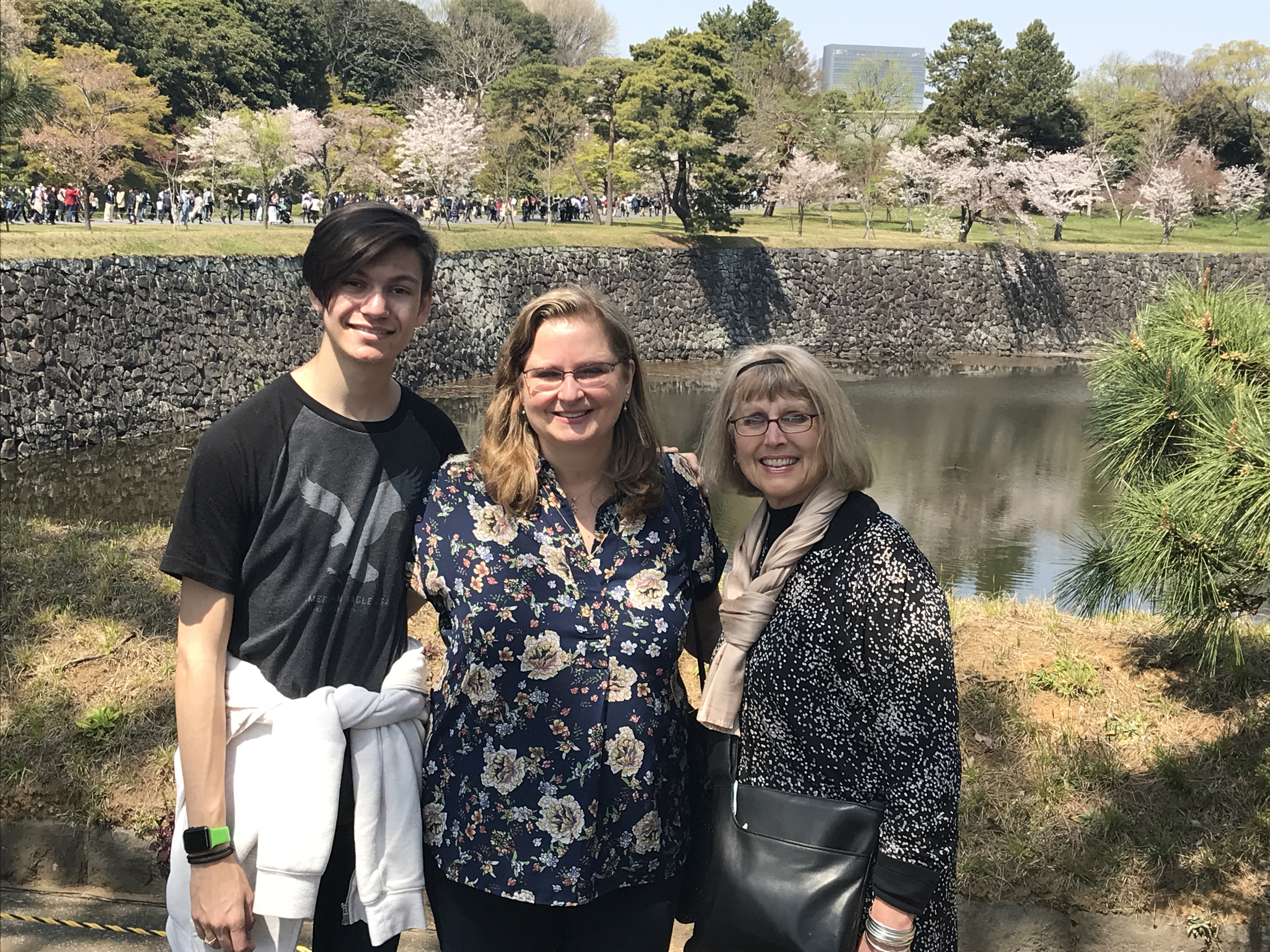 Our college friend Nina joined us in April for peak cherry blossom season.
Our college friend Nina joined us in April for peak cherry blossom season.
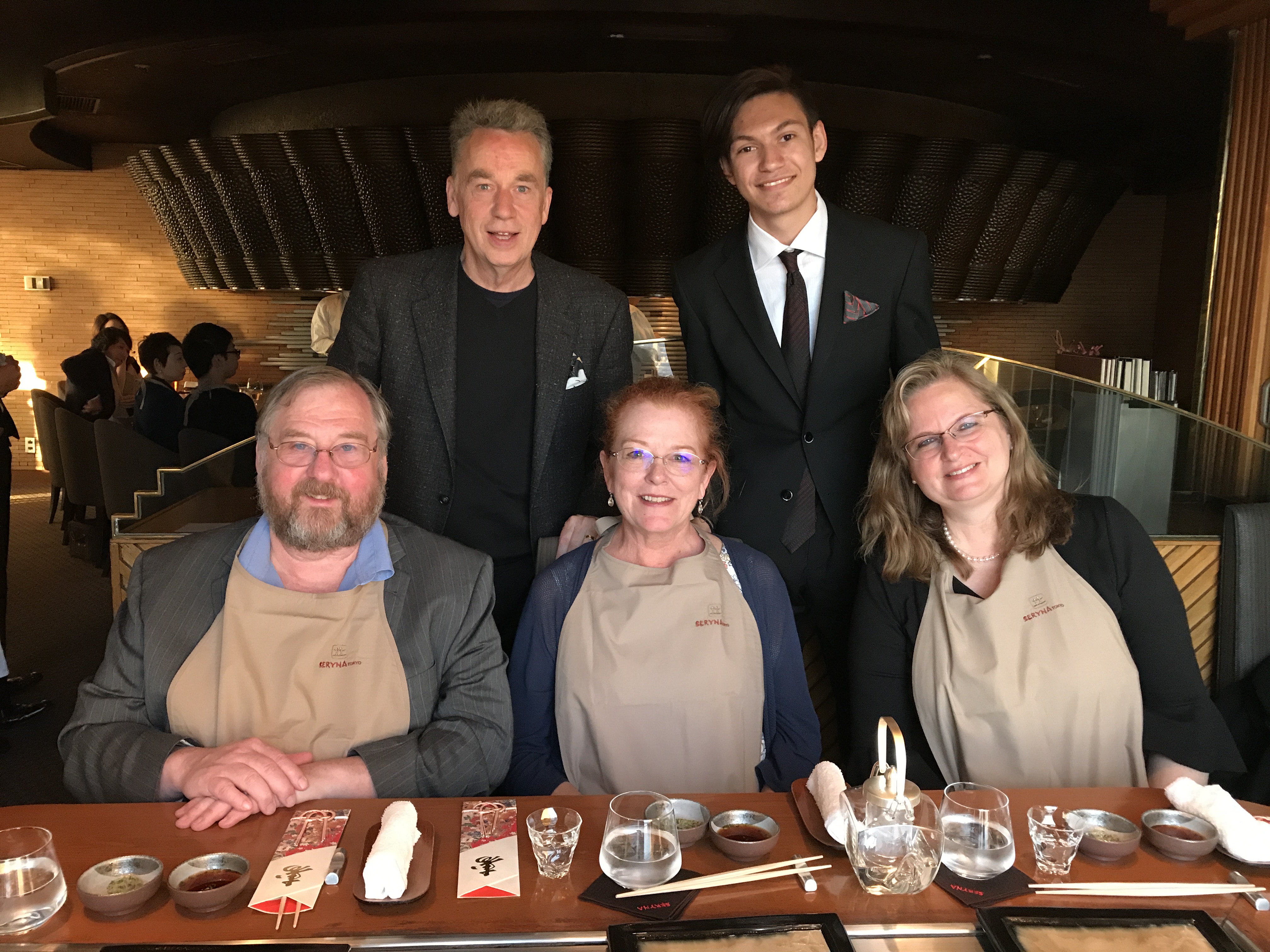 Rich and Sharon followed a week later. Here we enjoyed a traditional Teppanyaki dinner (nothing like Benihana).
Rich and Sharon followed a week later. Here we enjoyed a traditional Teppanyaki dinner (nothing like Benihana).
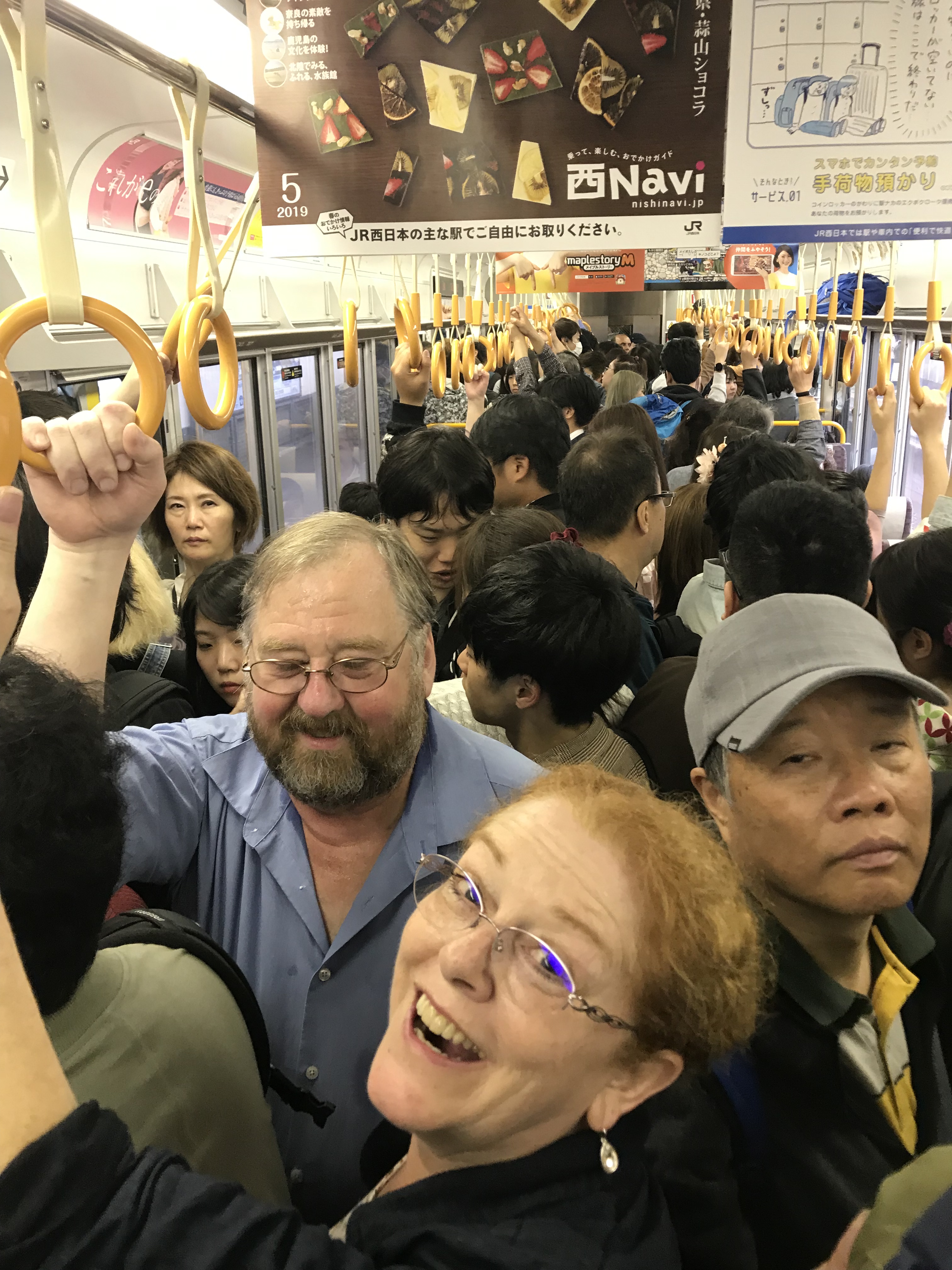 They marveled at the crowded-but-orderly mass transit.
They marveled at the crowded-but-orderly mass transit.
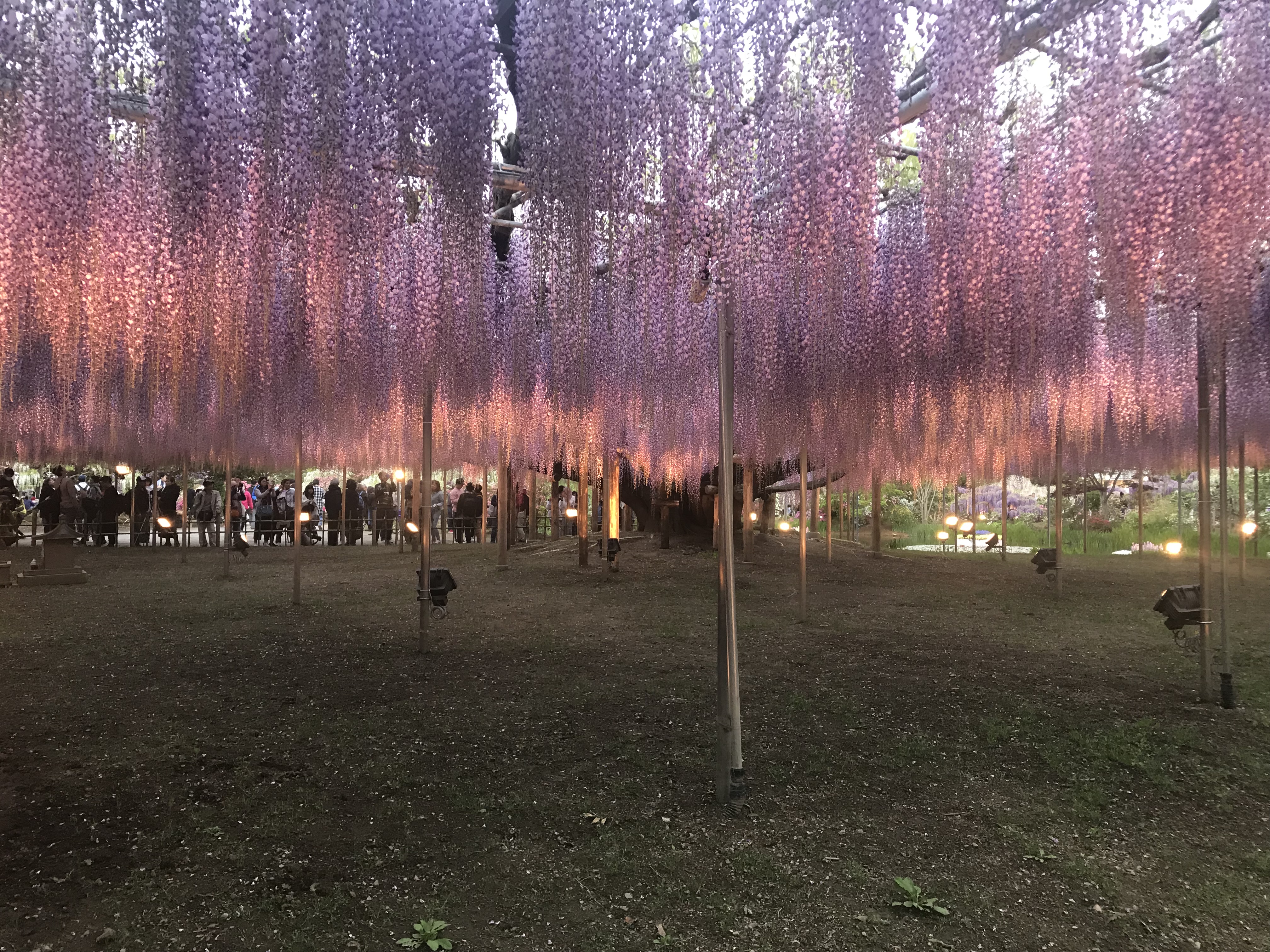 We experienced wisteria in full bloom. Some of these trees are 150 years old….
We experienced wisteria in full bloom. Some of these trees are 150 years old….
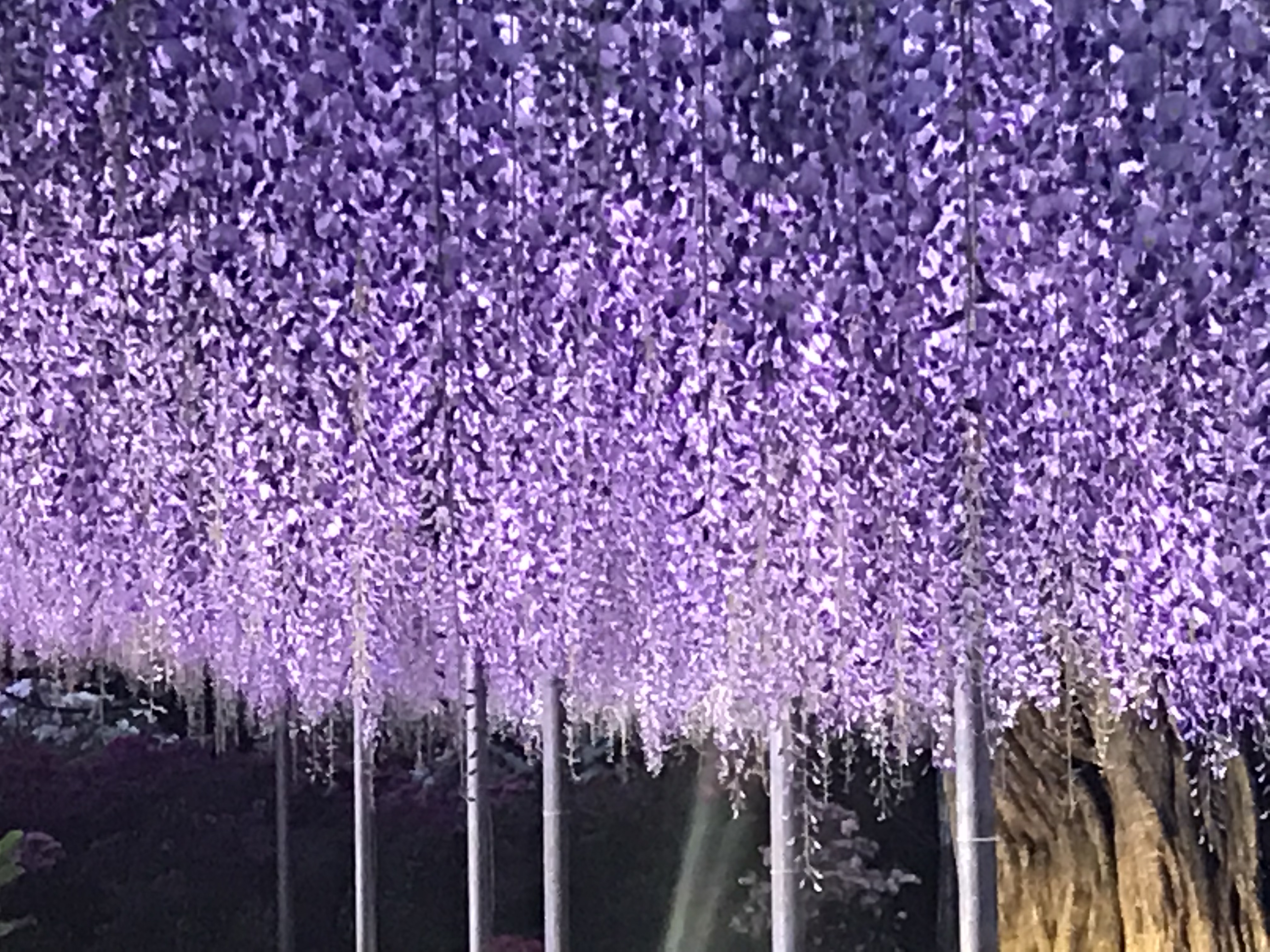 … and are especially impressive under the lights at night.
… and are especially impressive under the lights at night.
 Our friend and Yankees fan, Janet, enjoyed a Tokyo Swallows game with us, along with Swallows expert Tomomi.
Our friend and Yankees fan, Janet, enjoyed a Tokyo Swallows game with us, along with Swallows expert Tomomi.
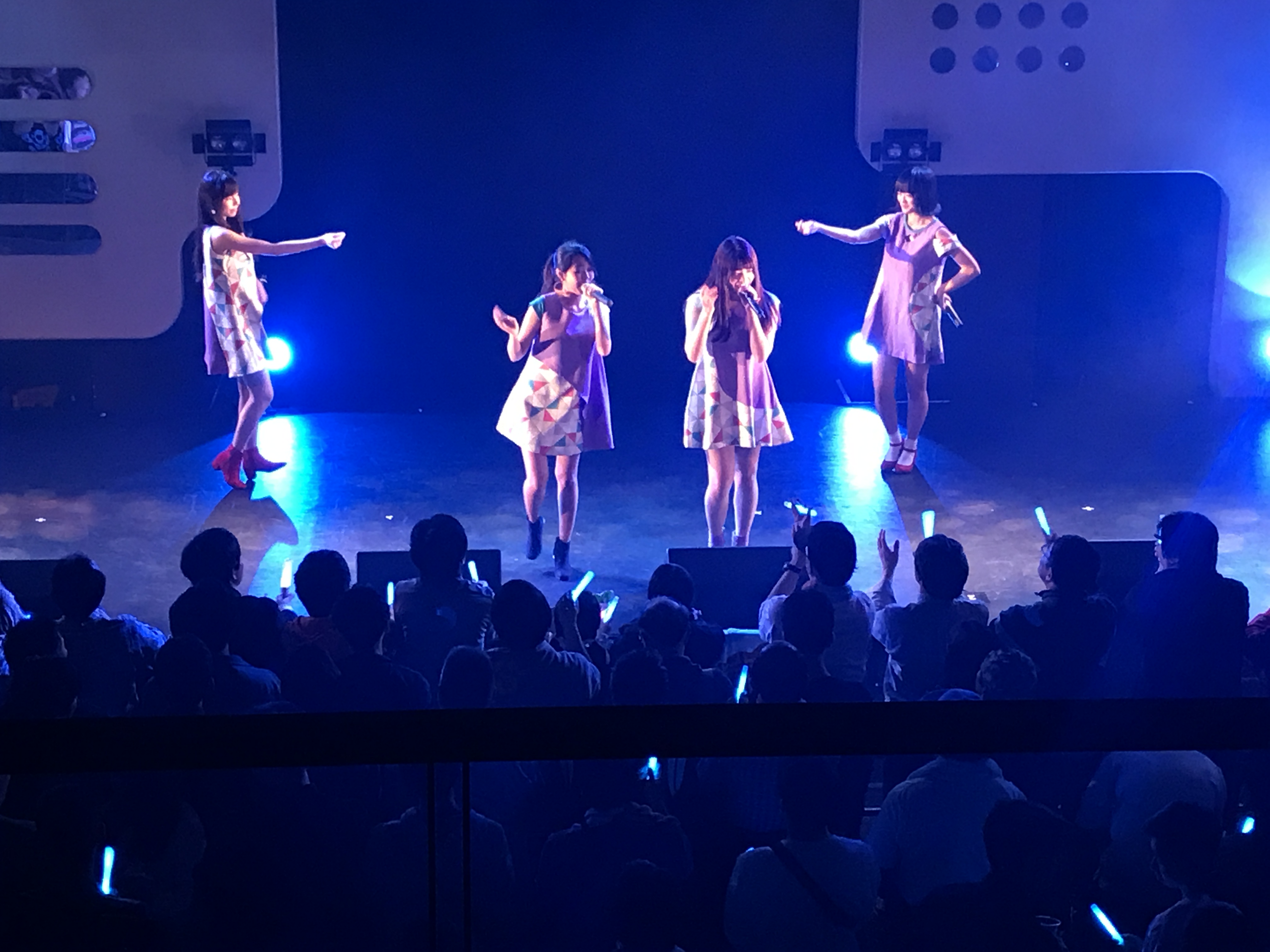 Greg introduced me to the world of J-Pop. This is eYe’s, who sing very “poppy” songs to pre-recorded tracks, and have all the right bops and moves for each song.
Greg introduced me to the world of J-Pop. This is eYe’s, who sing very “poppy” songs to pre-recorded tracks, and have all the right bops and moves for each song.
 And of course, you need the proper shoes for a J-Pop concert. Elton John would be jealous.
And of course, you need the proper shoes for a J-Pop concert. Elton John would be jealous.
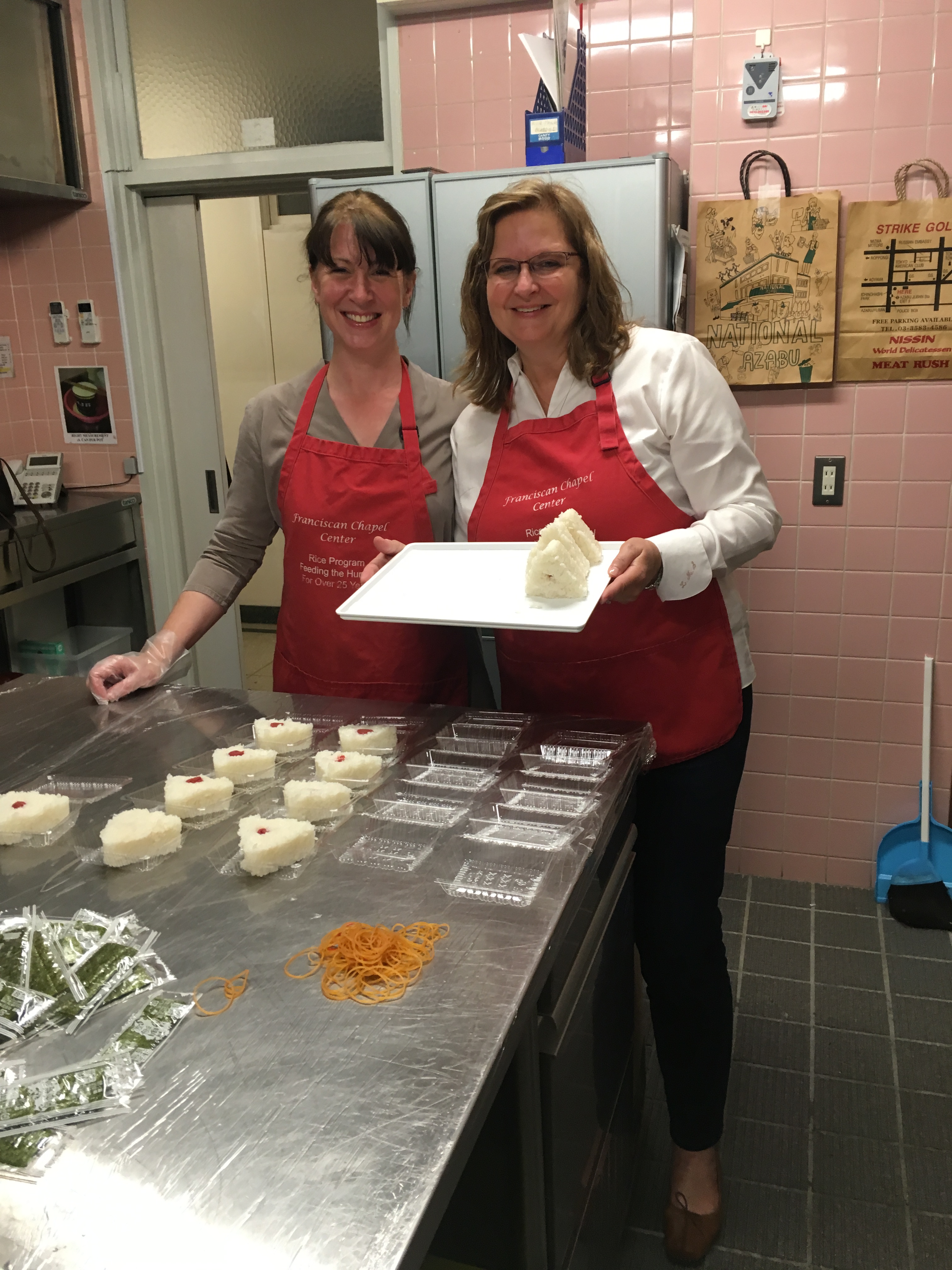 Lynda and her friend Rebecca volunteer each Tuesday making Onigiri for the homeless. These triangular rice delights contain a plum inside.
Lynda and her friend Rebecca volunteer each Tuesday making Onigiri for the homeless. These triangular rice delights contain a plum inside.
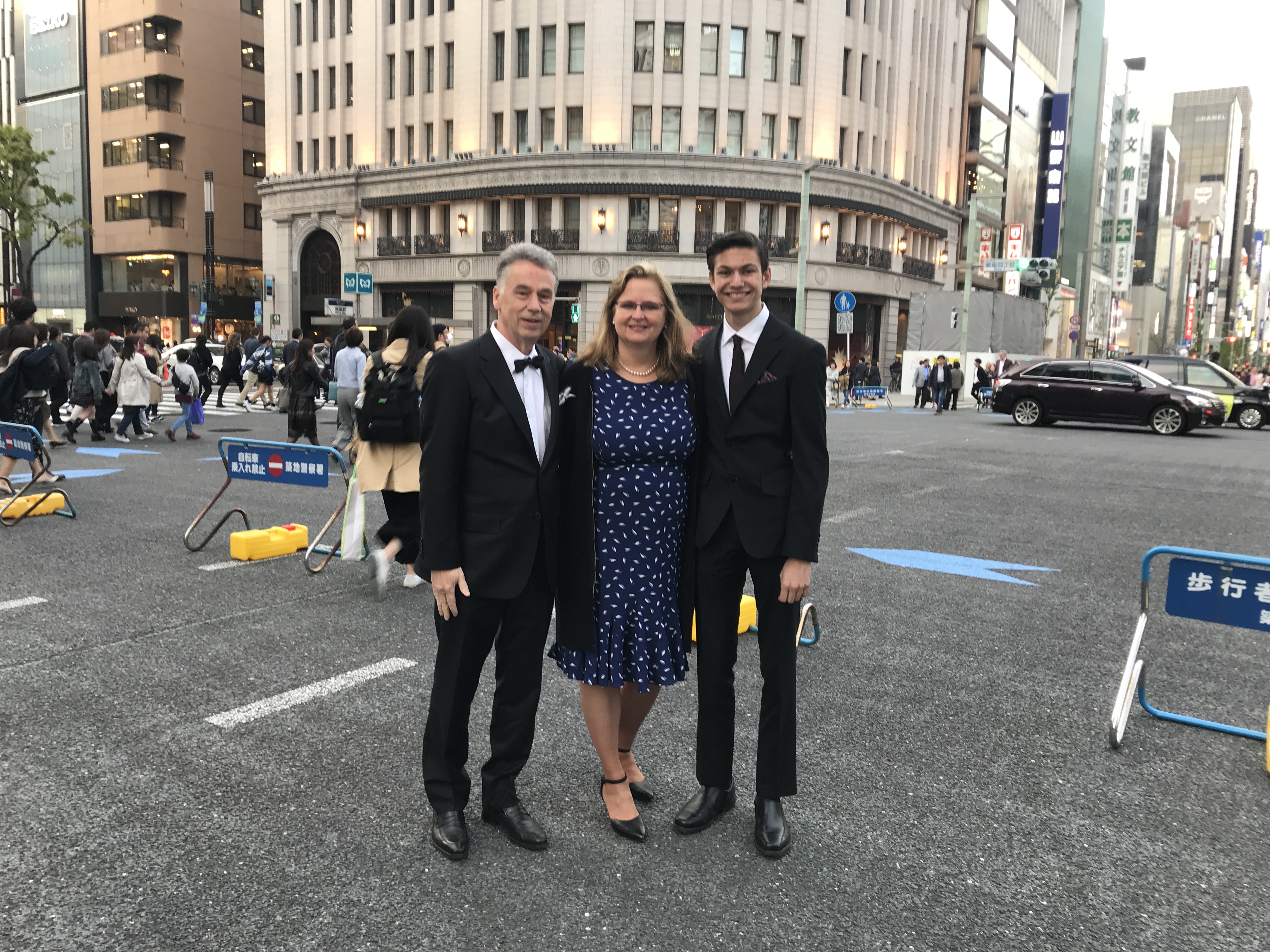 Someone in this photo just turned 60 (hint: she’s standing in the middle).
Someone in this photo just turned 60 (hint: she’s standing in the middle).
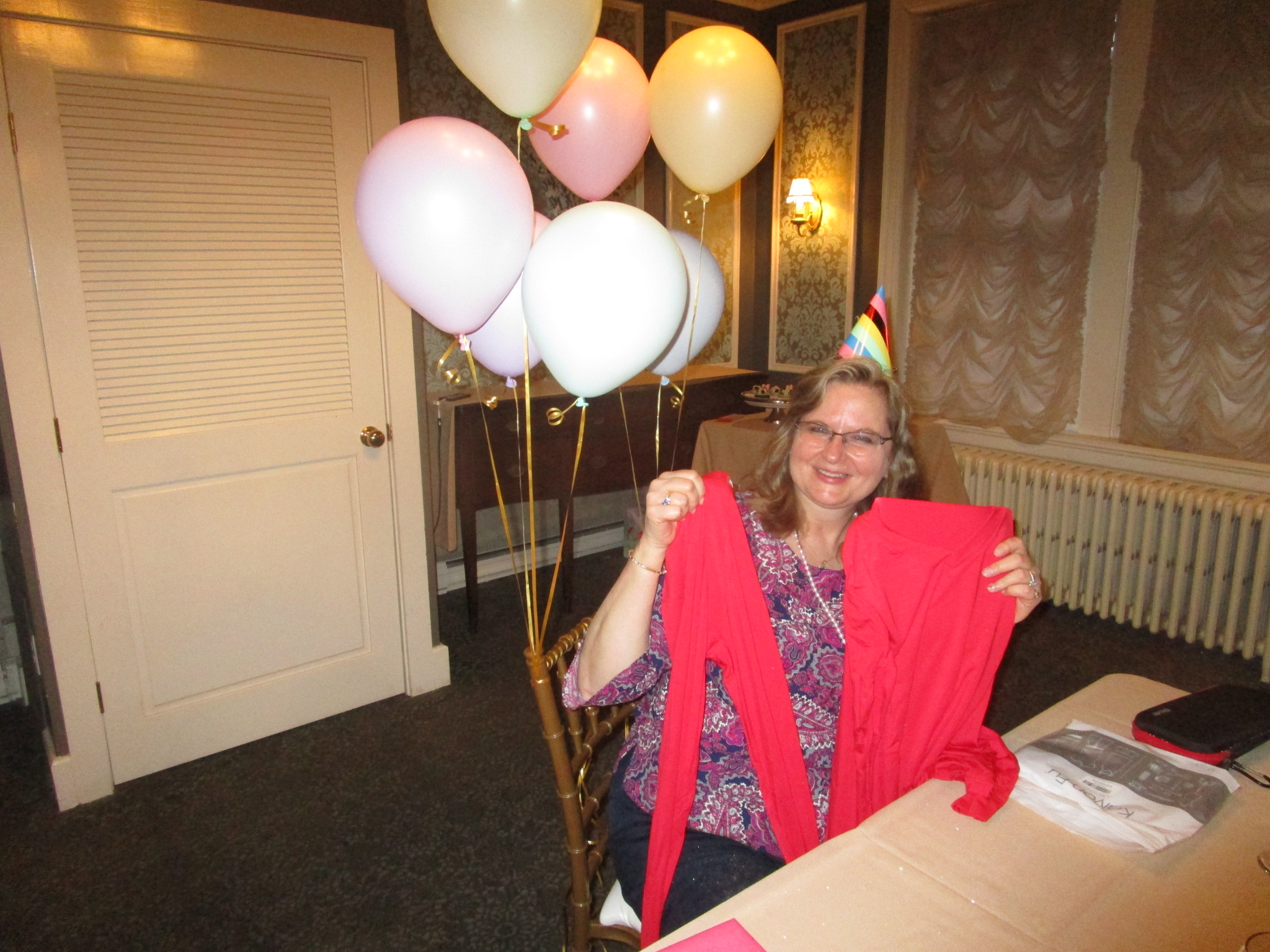 And as custom holds in Japan, the proper gift is red underwear.
And as custom holds in Japan, the proper gift is red underwear.
 Back to the topic of cherry blossoms, one of the most popular locations in Tokyo is the Imperial Palace moat.
Back to the topic of cherry blossoms, one of the most popular locations in Tokyo is the Imperial Palace moat.
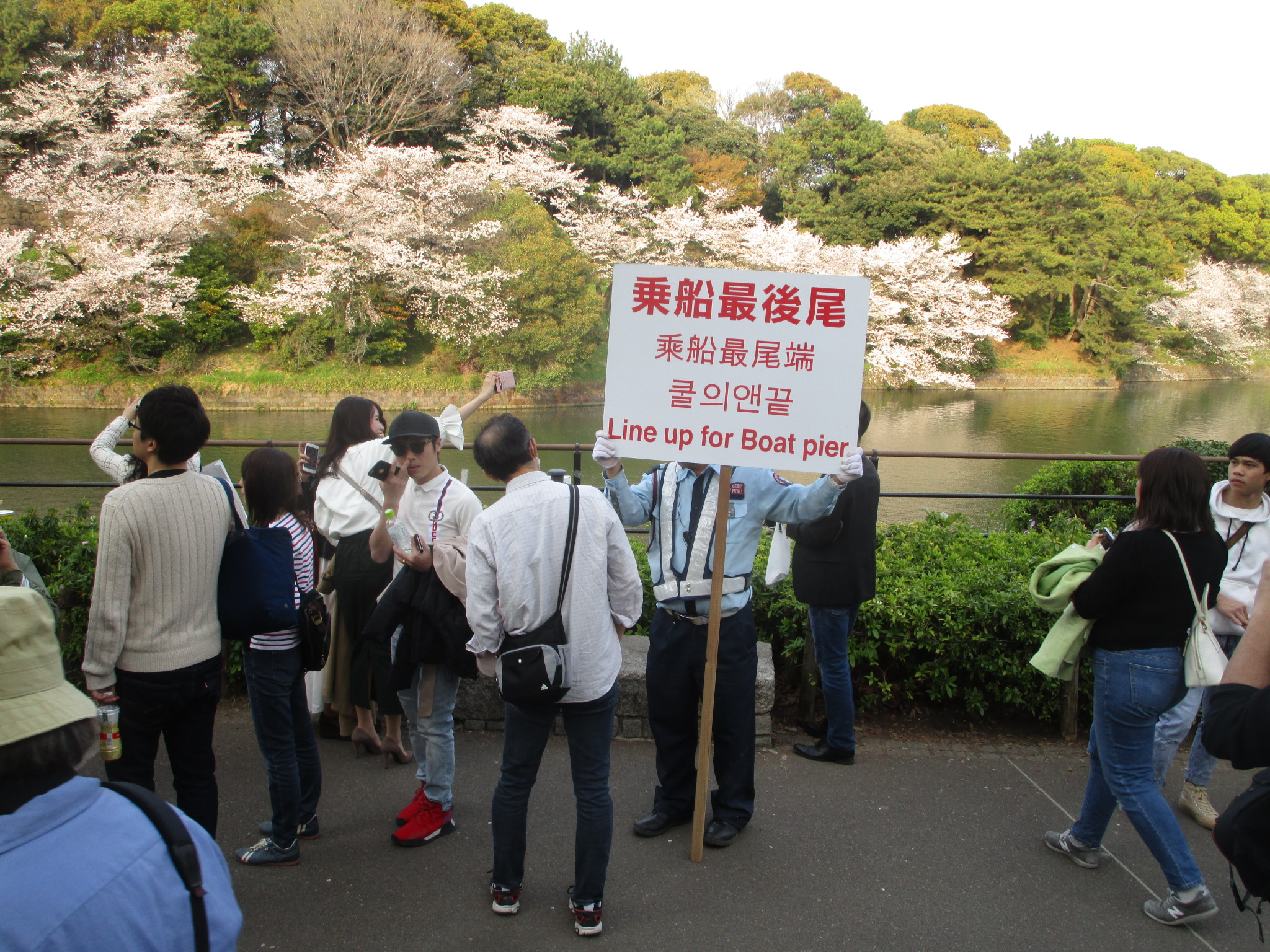 … with instructions in four languages.
… with instructions in four languages.
 After a 2-hour wait, it’s time to get aboard.
After a 2-hour wait, it’s time to get aboard.
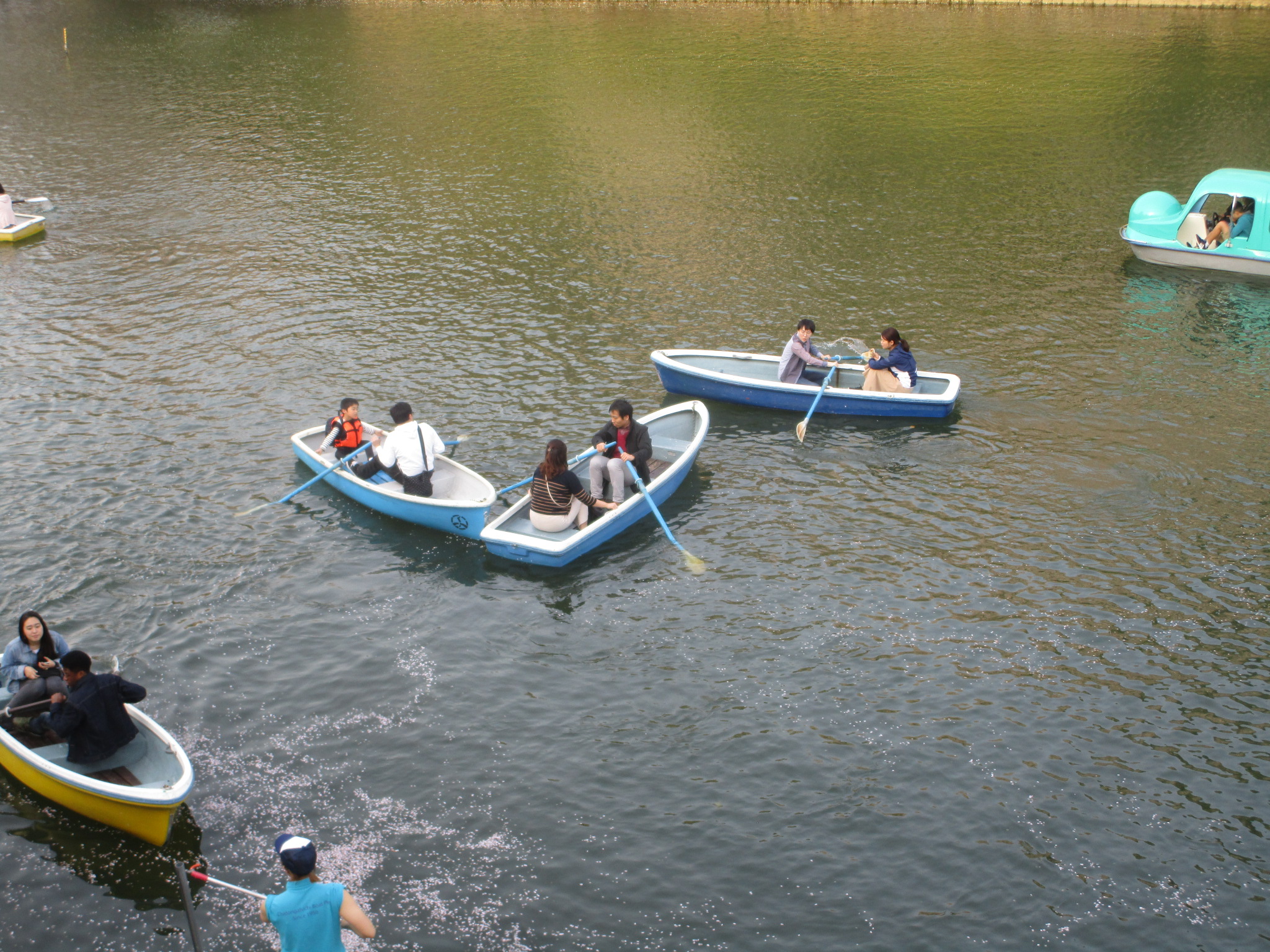 But most of the rowers are complete novices, turning the moat into bumper-boats.
But most of the rowers are complete novices, turning the moat into bumper-boats.
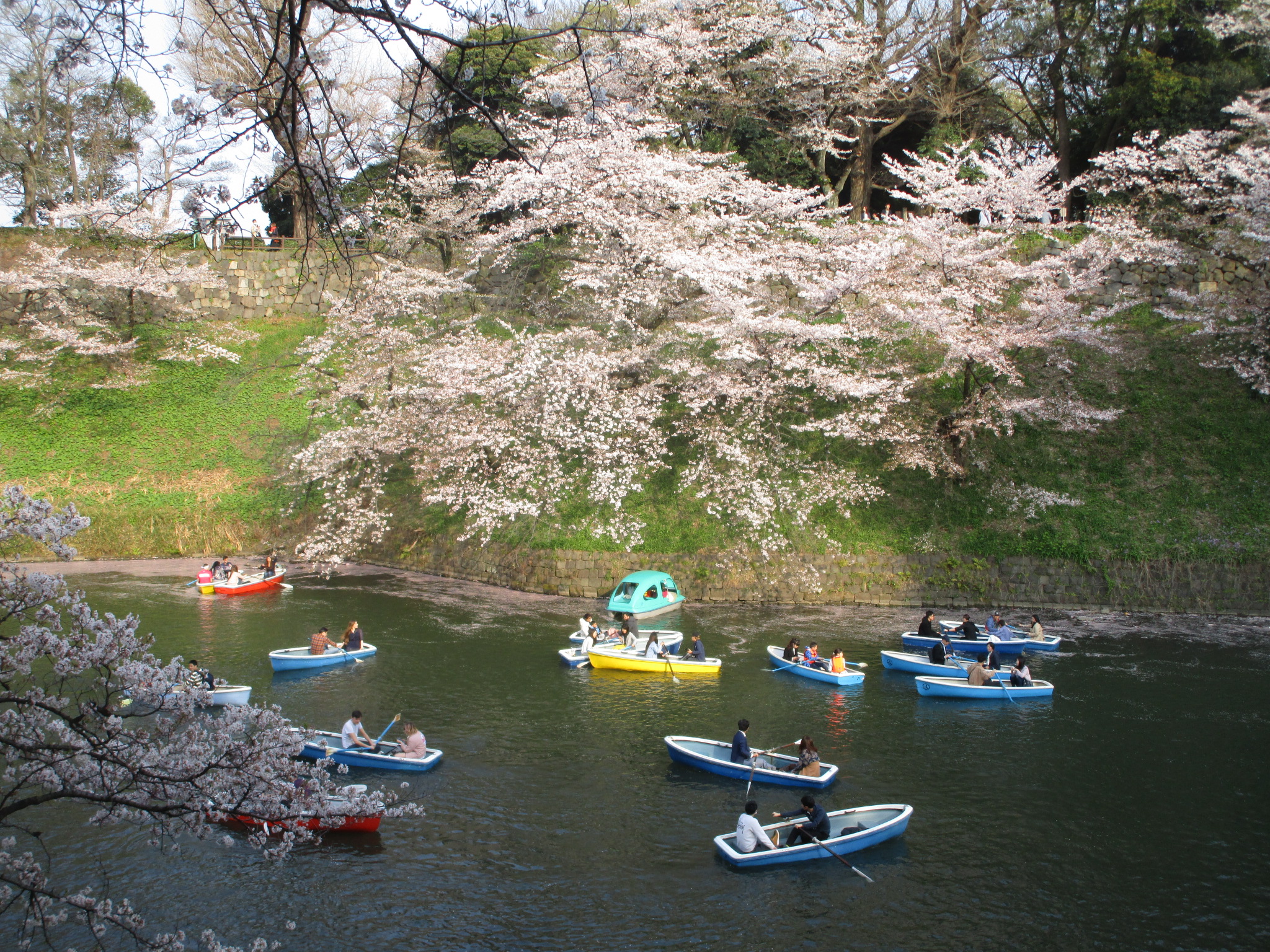 However, once in position, the experience is wonderful…
However, once in position, the experience is wonderful…
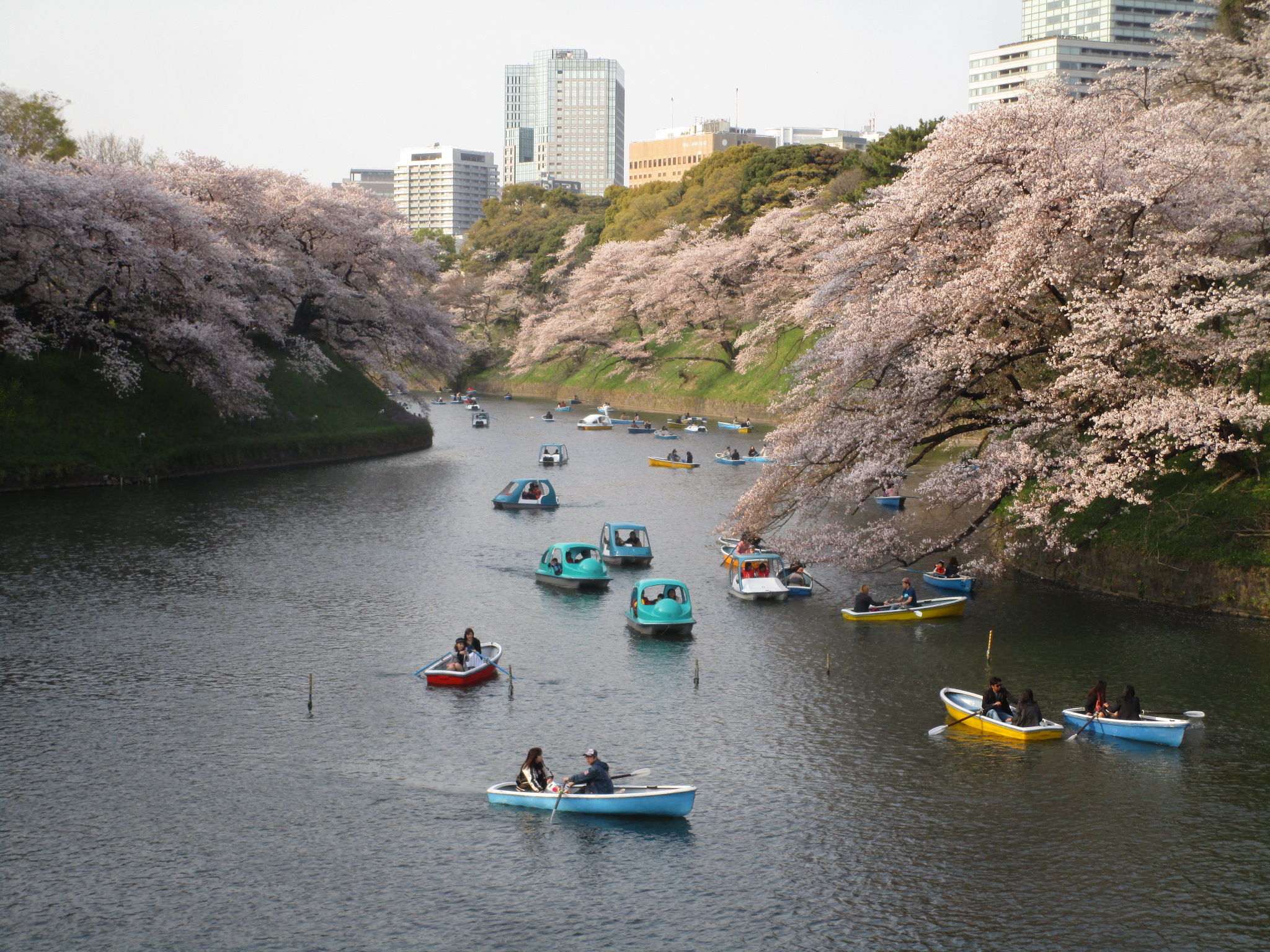 …creating memorable views for all.
…creating memorable views for all.
 There was big news in Japan this spring. Everyone in the office was huddled around lap tops to see a live stream of this… the naming of our new era.
There was big news in Japan this spring. Everyone in the office was huddled around lap tops to see a live stream of this… the naming of our new era.
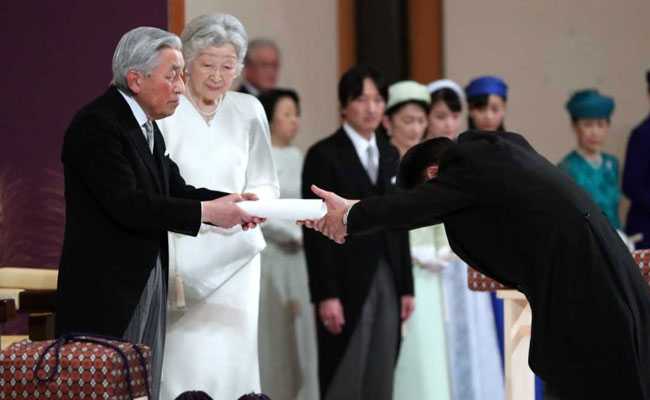 After 30 years on the throne, Emperor Akihito abdicated on April 30, thus bringing an end to the Heisei era. He officially transitioned responsibilities to his eldest son, who is now Emperor Naruhito, and thus, the start of the Reiwa era (beautiful harmony). [internet photos]
After 30 years on the throne, Emperor Akihito abdicated on April 30, thus bringing an end to the Heisei era. He officially transitioned responsibilities to his eldest son, who is now Emperor Naruhito, and thus, the start of the Reiwa era (beautiful harmony). [internet photos]
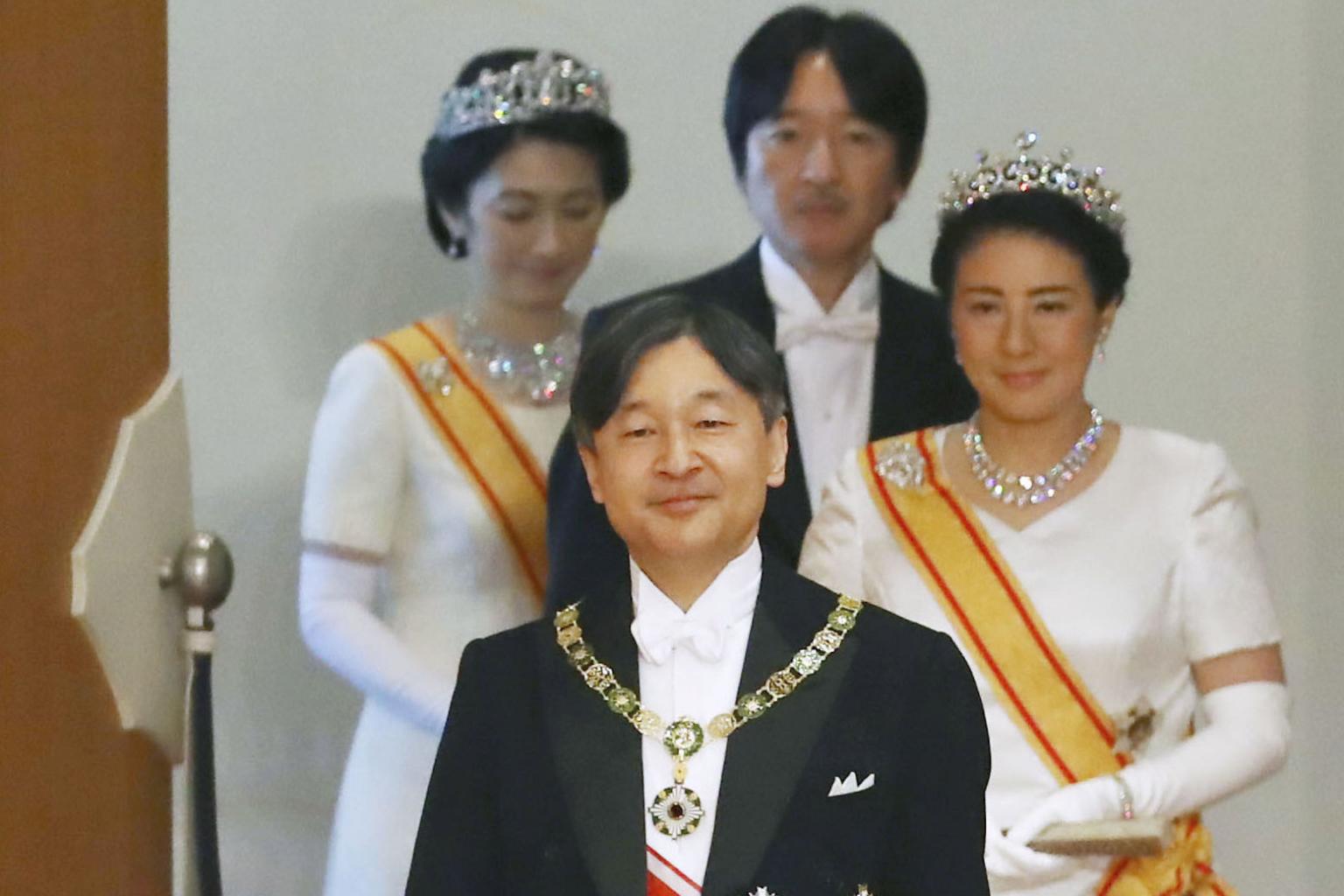 Emperor transition typically happens upon demise and abdication is very rare (the last instance was 200 years ago).
Emperor transition typically happens upon demise and abdication is very rare (the last instance was 200 years ago).
 This change in Emperor brought visitors from the U.S.
This change in Emperor brought visitors from the U.S.
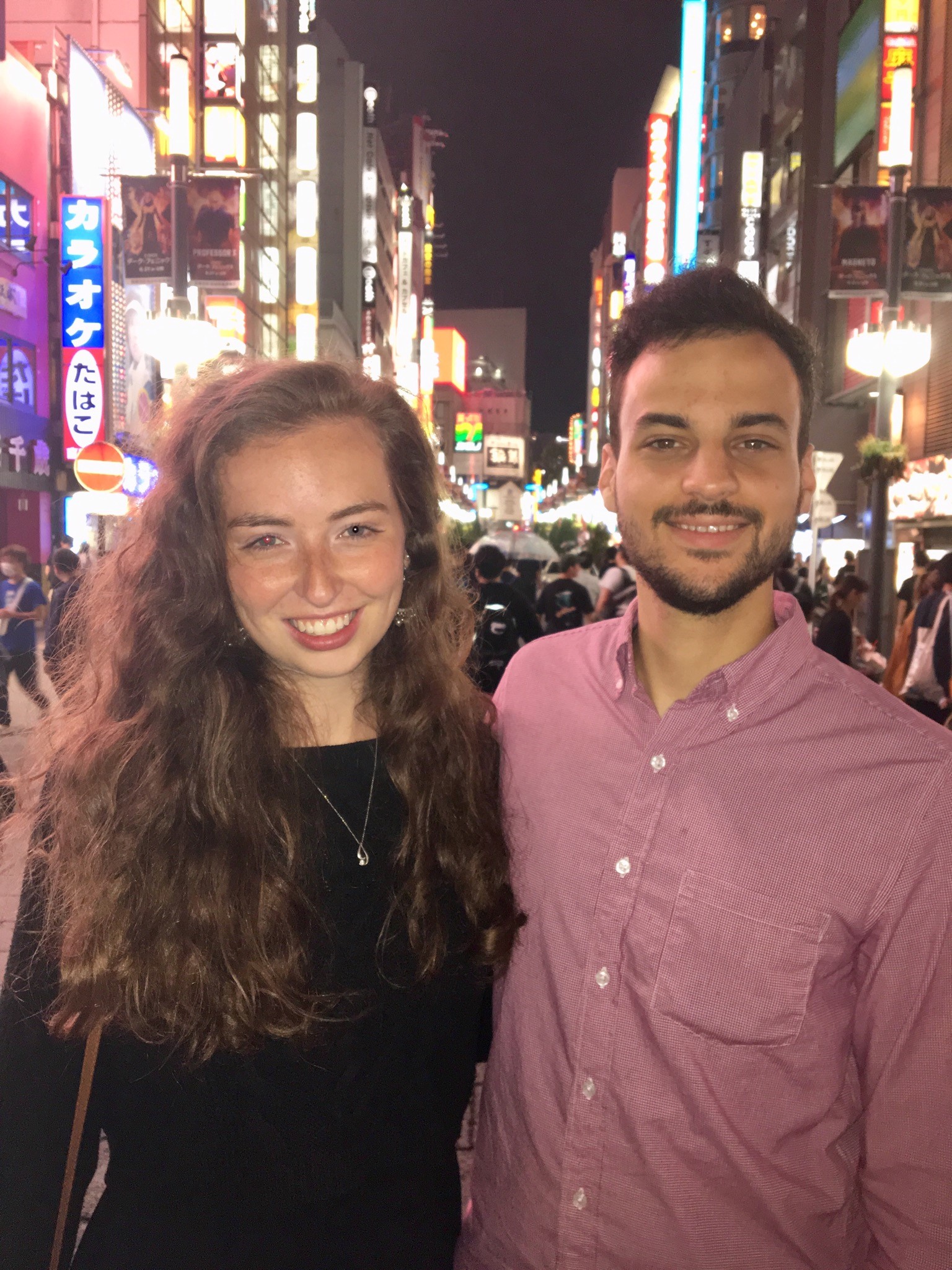 We were happy to have Kayla and Dan join us in June.
We were happy to have Kayla and Dan join us in June.
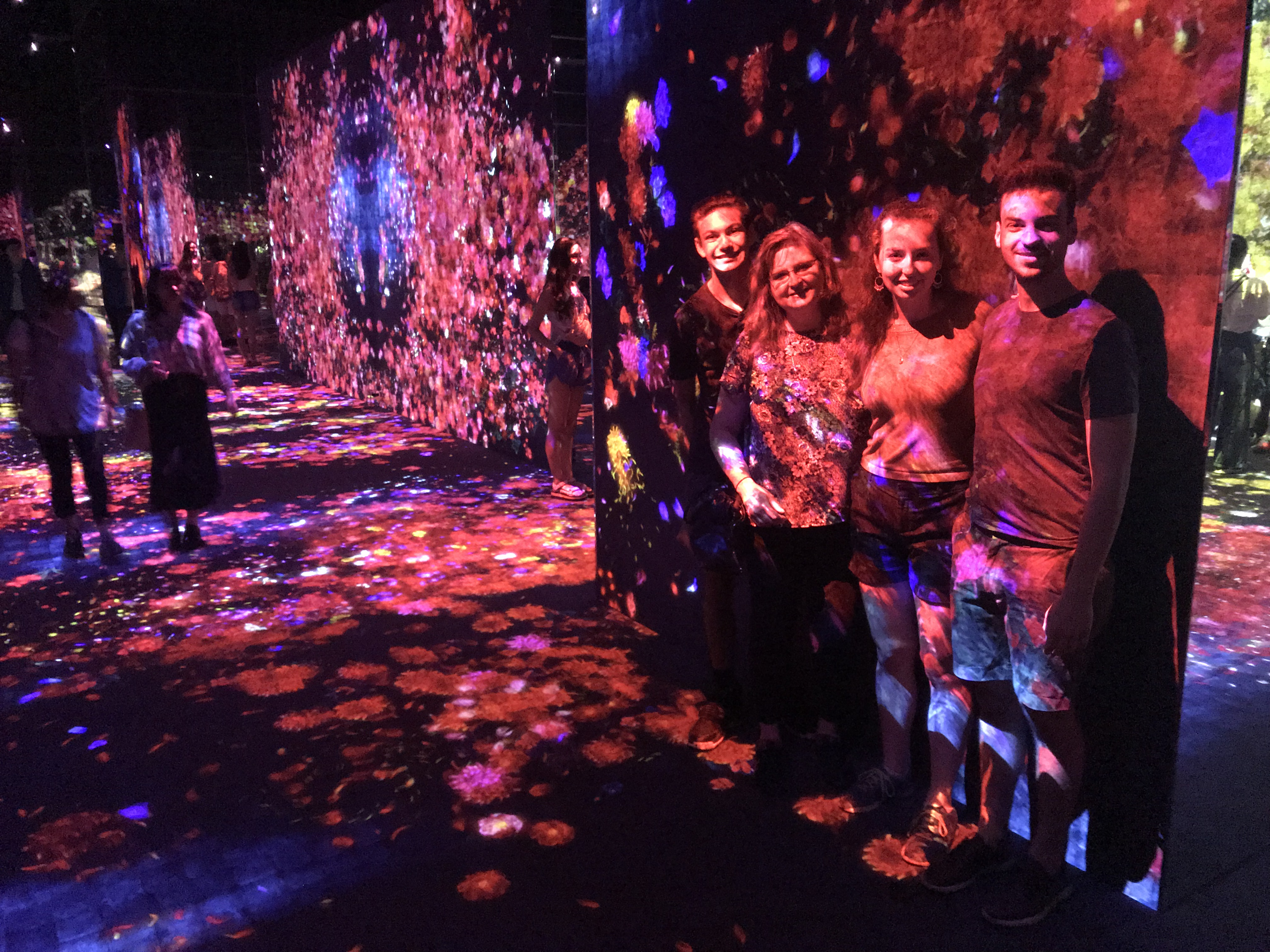 We visited teamLab Borderless for an amazing, interactive experience using light, sound and projection.
We visited teamLab Borderless for an amazing, interactive experience using light, sound and projection.
 The photos don’t do it justice…
The photos don’t do it justice…
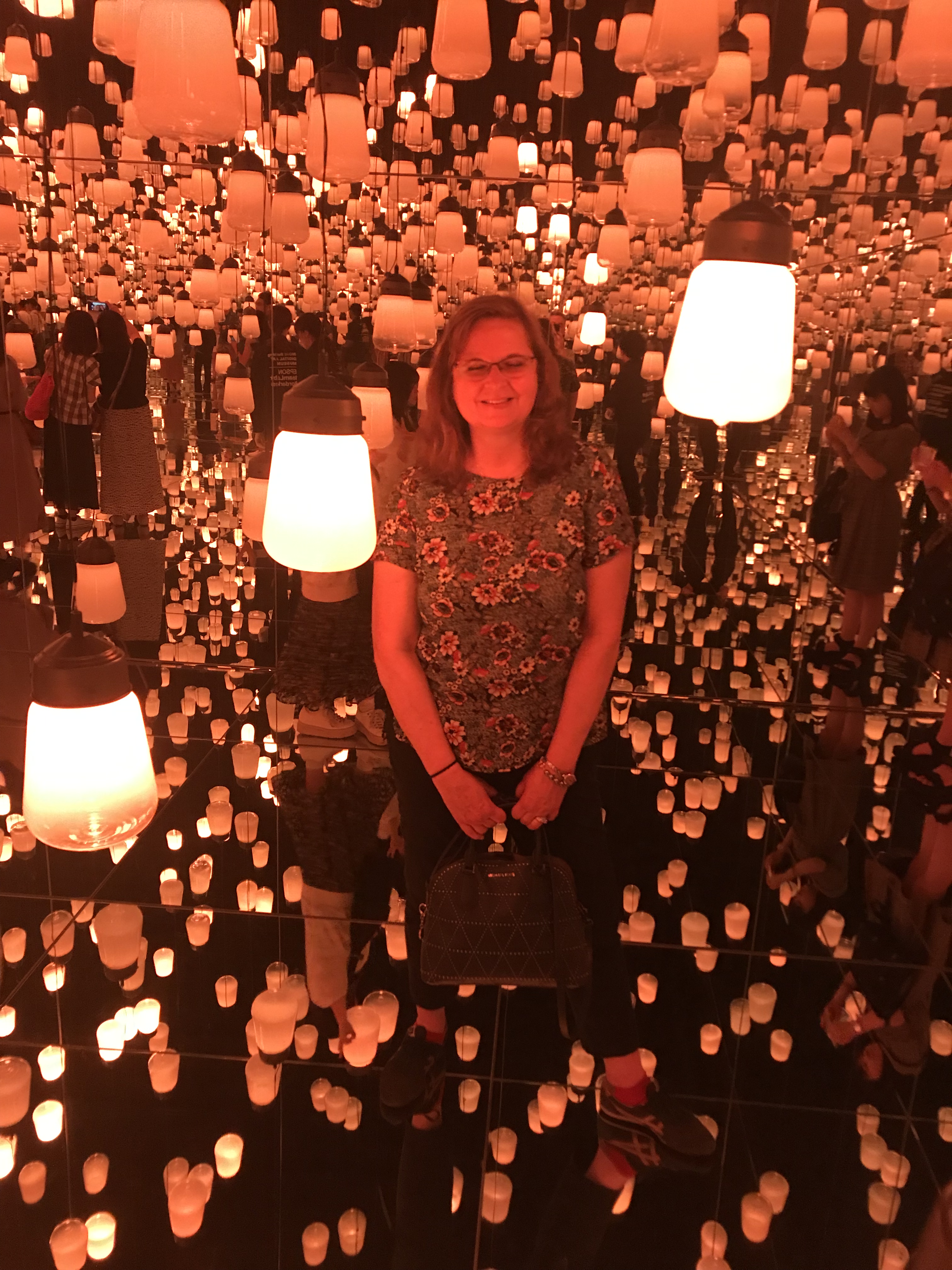 … you just have to see this highly imaginative experience for yourself.
… you just have to see this highly imaginative experience for yourself.
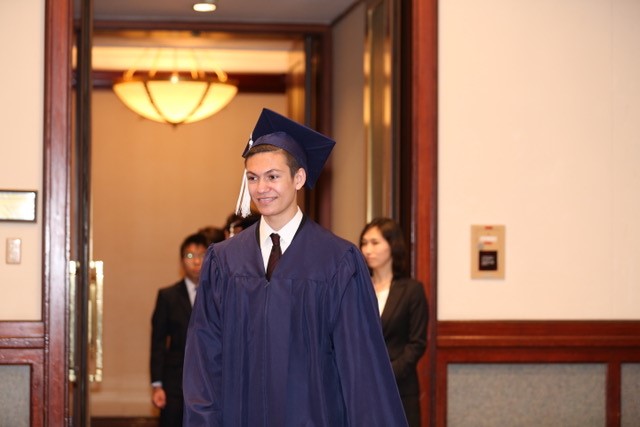 But the biggest news of all belongs to Greg.
But the biggest news of all belongs to Greg.
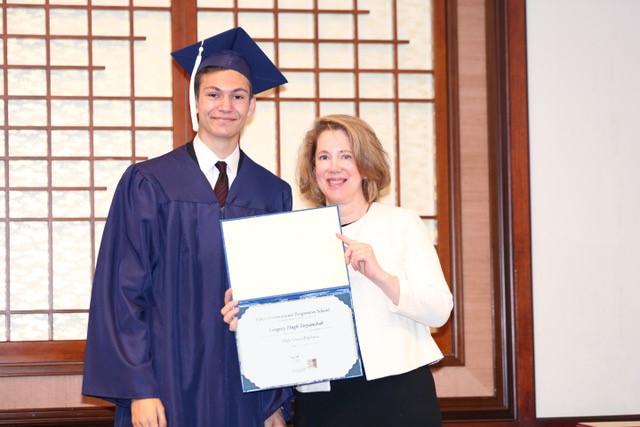 Yes, it’s official, he is now a high school graduate. He will take a gap year before entering college.
Yes, it’s official, he is now a high school graduate. He will take a gap year before entering college.
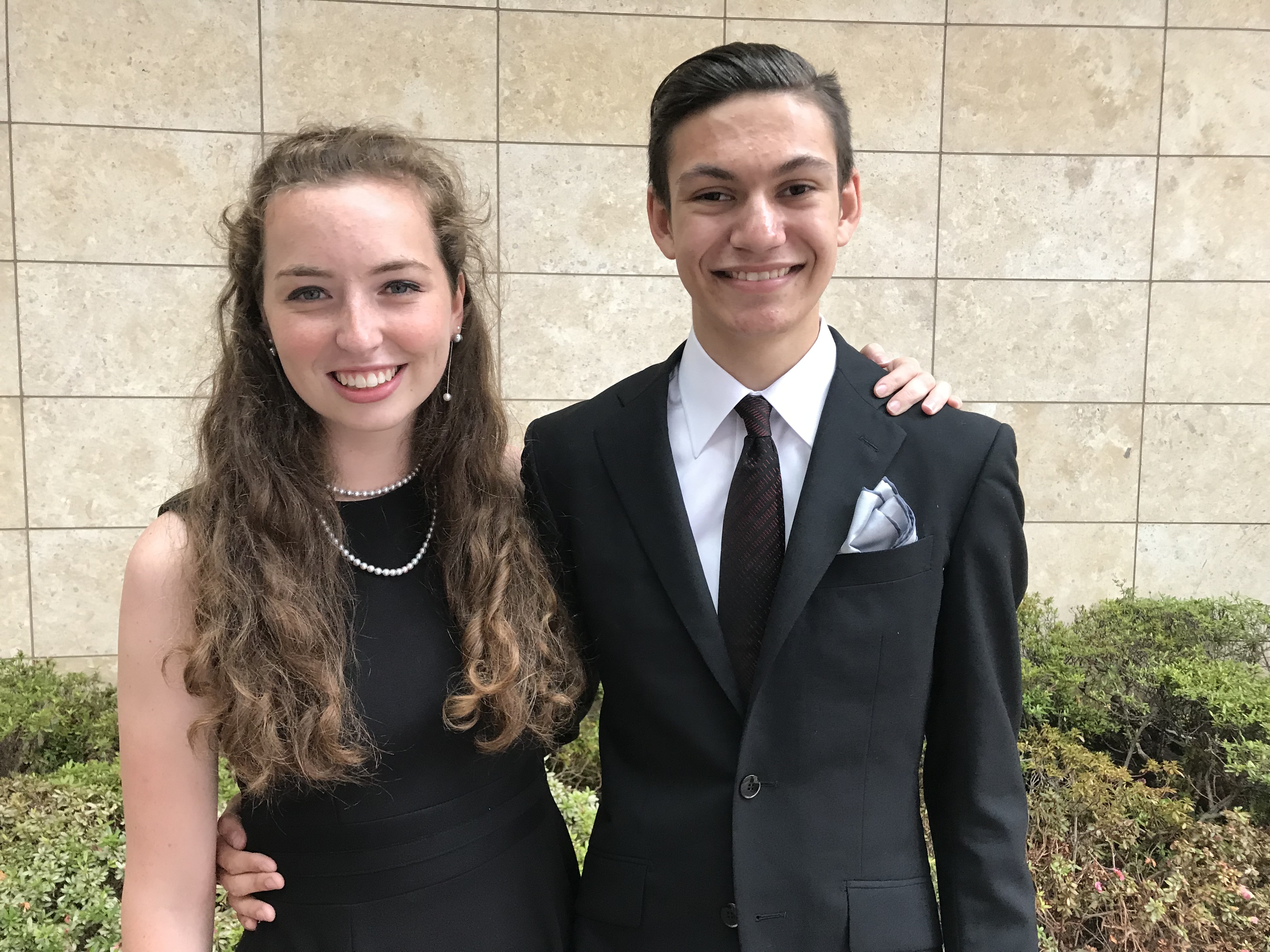 Greg attended five different schools across three continents to earn his diploma. His big sister could not miss this moment.
Greg attended five different schools across three continents to earn his diploma. His big sister could not miss this moment.
 We are very proud of him. Enjoy! ts
We are very proud of him. Enjoy! ts
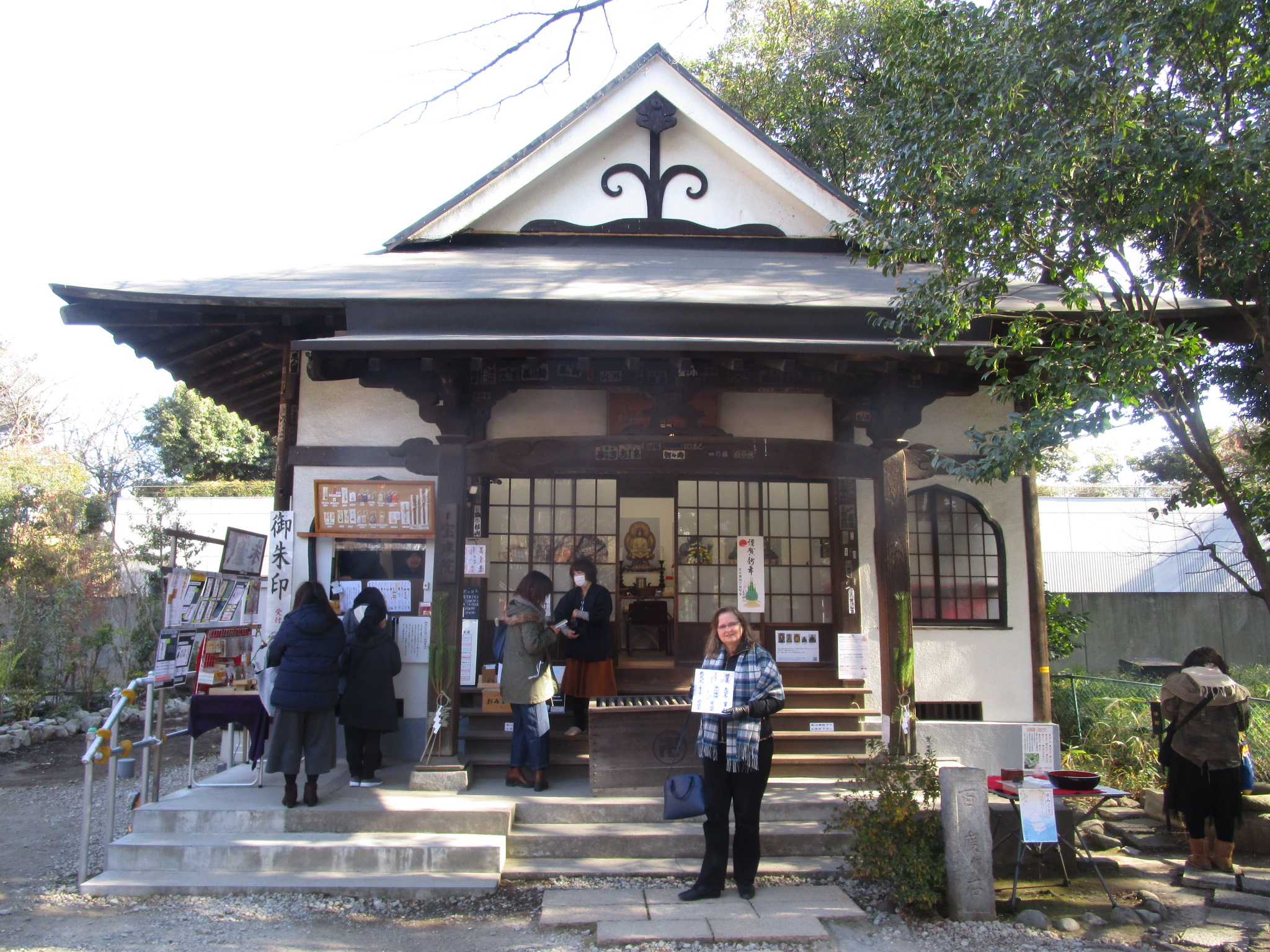 Beginning New Year’s Day, and continuing for 10 days, many will participate in the 7 Gods Pilgrimage. Our journey started here at this Buddhist Temple in Tokyo.
Beginning New Year’s Day, and continuing for 10 days, many will participate in the 7 Gods Pilgrimage. Our journey started here at this Buddhist Temple in Tokyo. 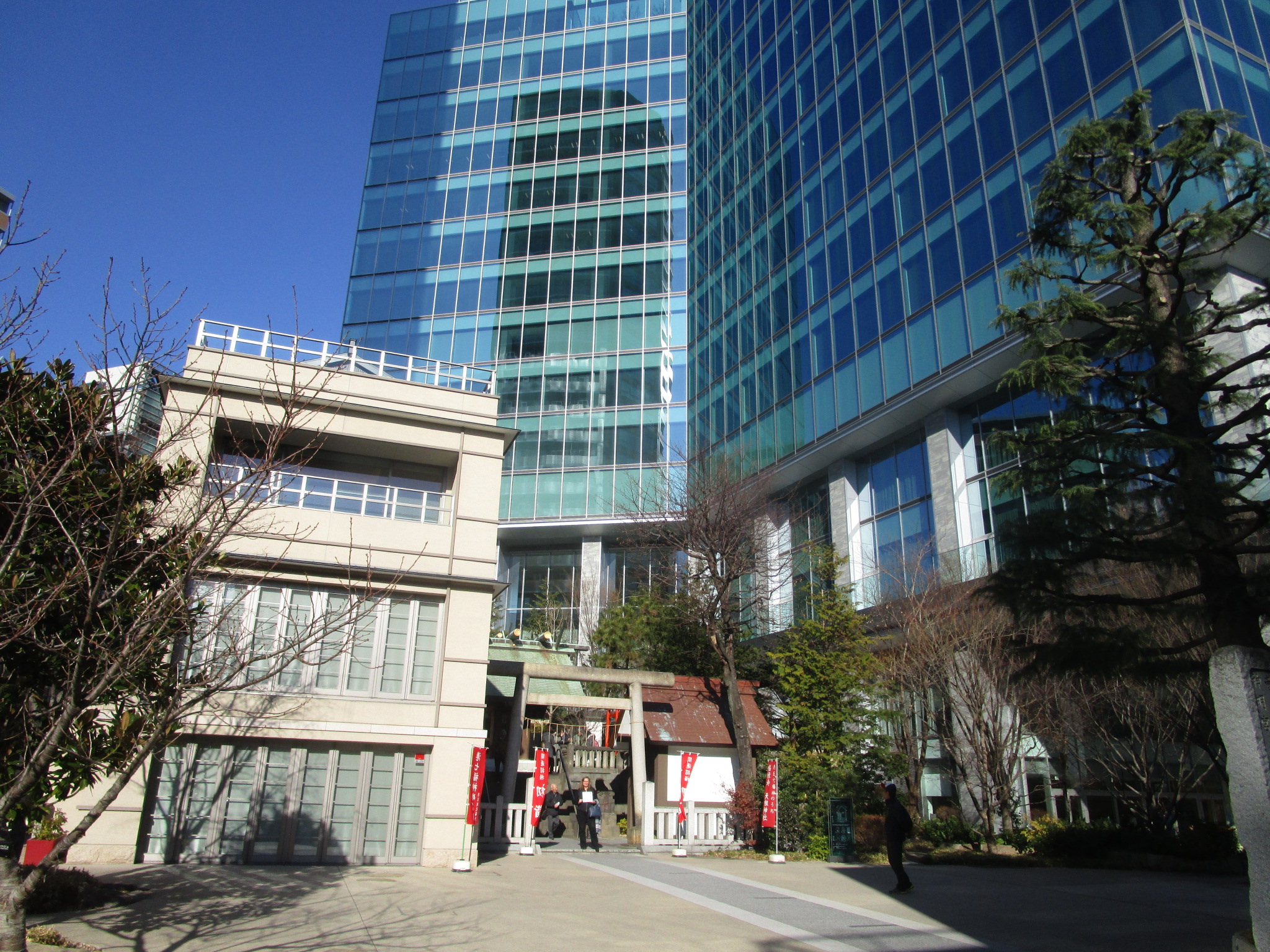 The goal is to collect a stamp from all 7 of the participating temples and shrines along a pre-determined route. As you can see, the locations can be sandwiched amongst corporate Tokyo.
The goal is to collect a stamp from all 7 of the participating temples and shrines along a pre-determined route. As you can see, the locations can be sandwiched amongst corporate Tokyo. 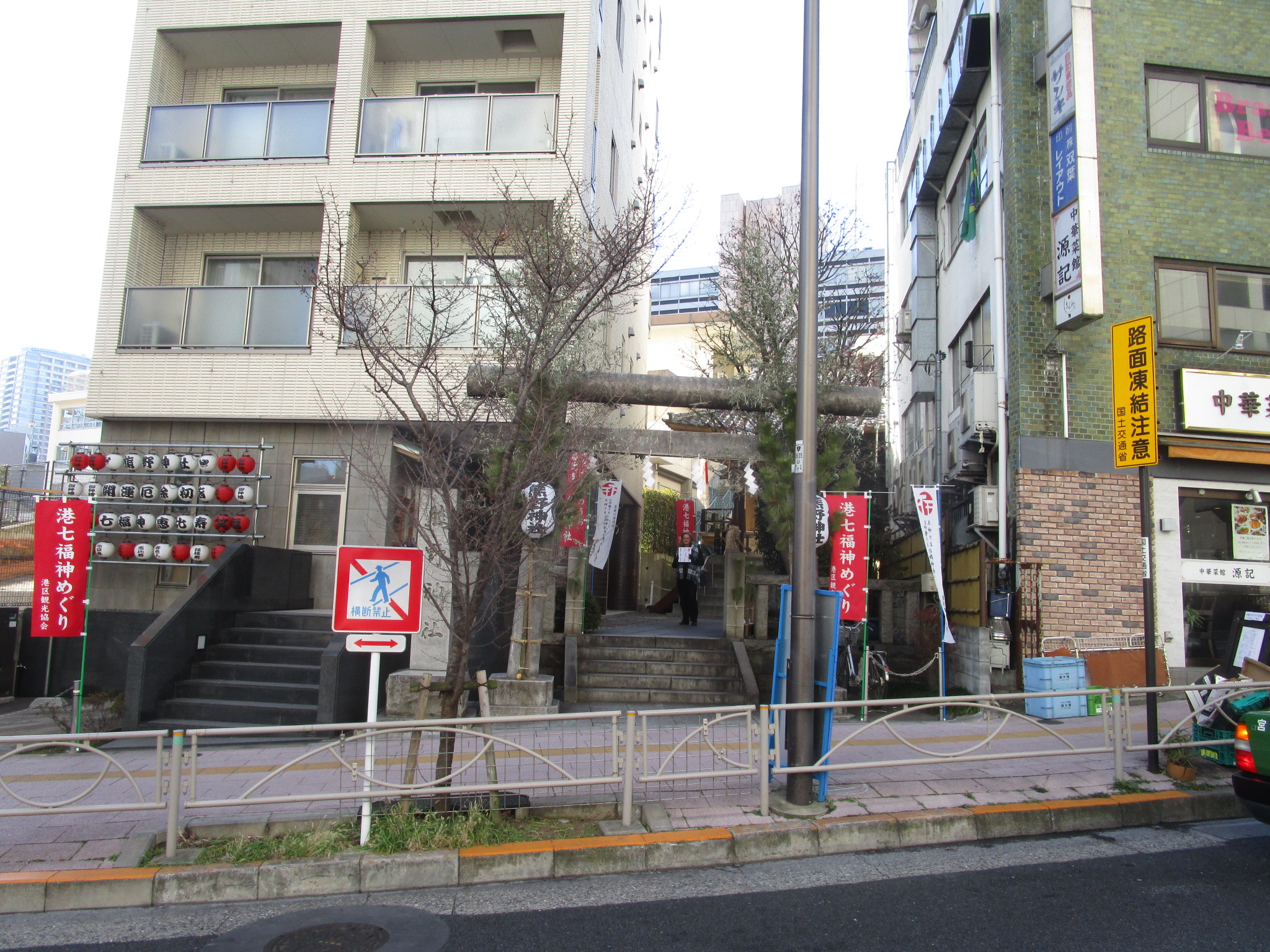 The deities originated from Hinduism, Taoism, Buddhism, and one from Japan.
The deities originated from Hinduism, Taoism, Buddhism, and one from Japan. 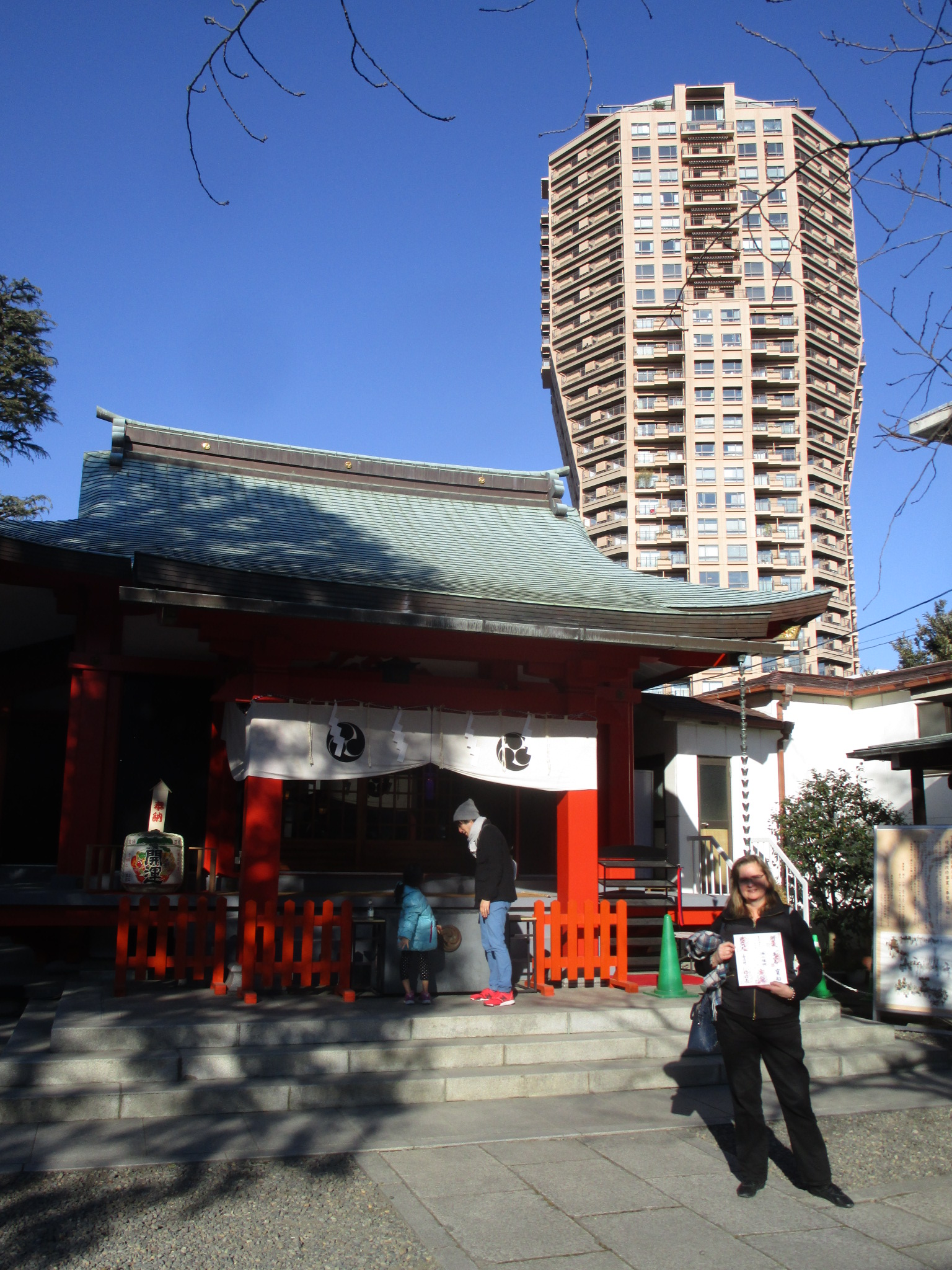 Tradition holds that the 7 lucky gods will arrive at New Years and distribute wonderful gifts to worthy people.
Tradition holds that the 7 lucky gods will arrive at New Years and distribute wonderful gifts to worthy people. 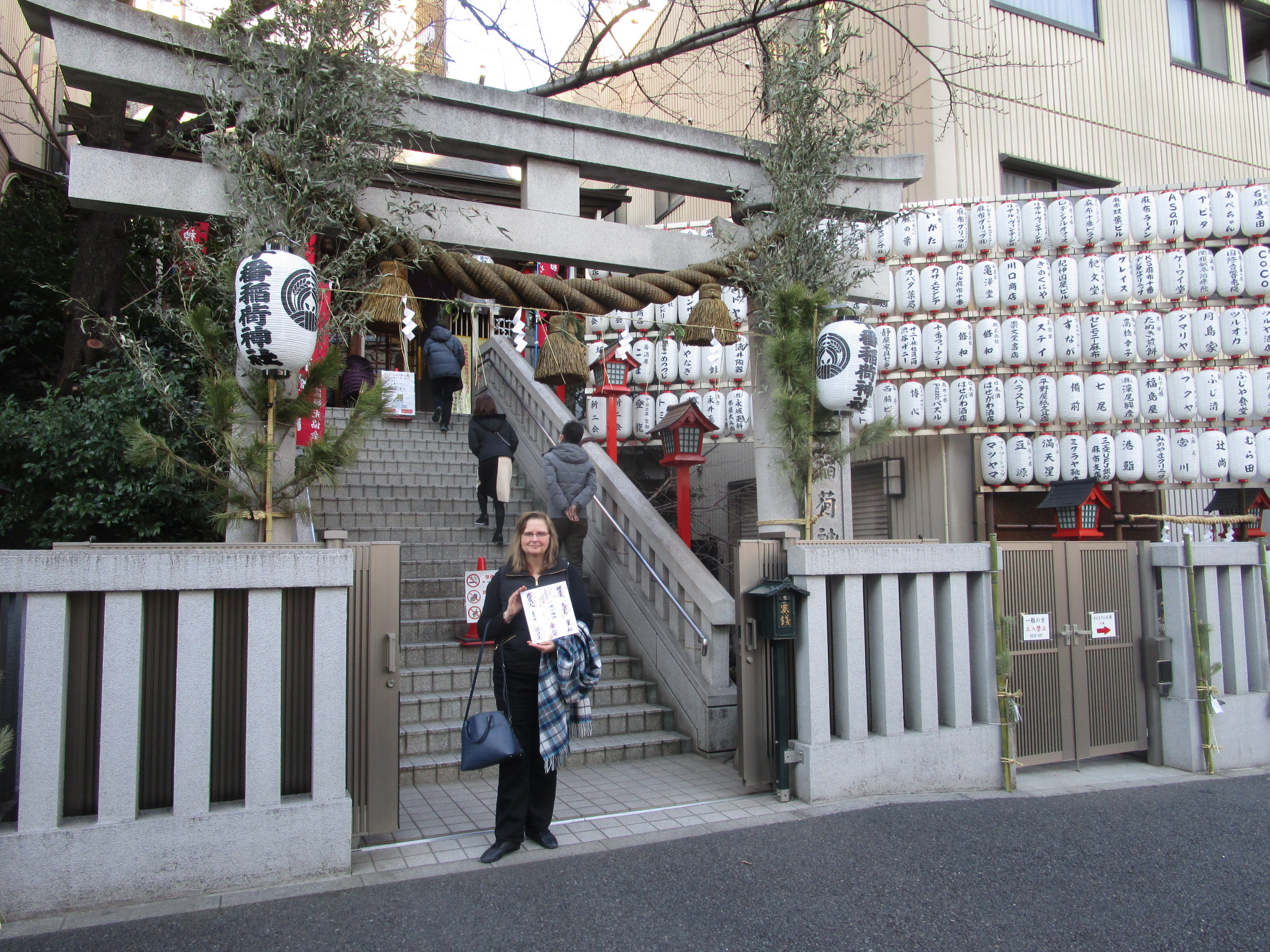 And this is location #8… representing the treasure ship which transports the gods. We collected all the stamps, representing good fortune (happiness, knowledge and a long life).
And this is location #8… representing the treasure ship which transports the gods. We collected all the stamps, representing good fortune (happiness, knowledge and a long life). 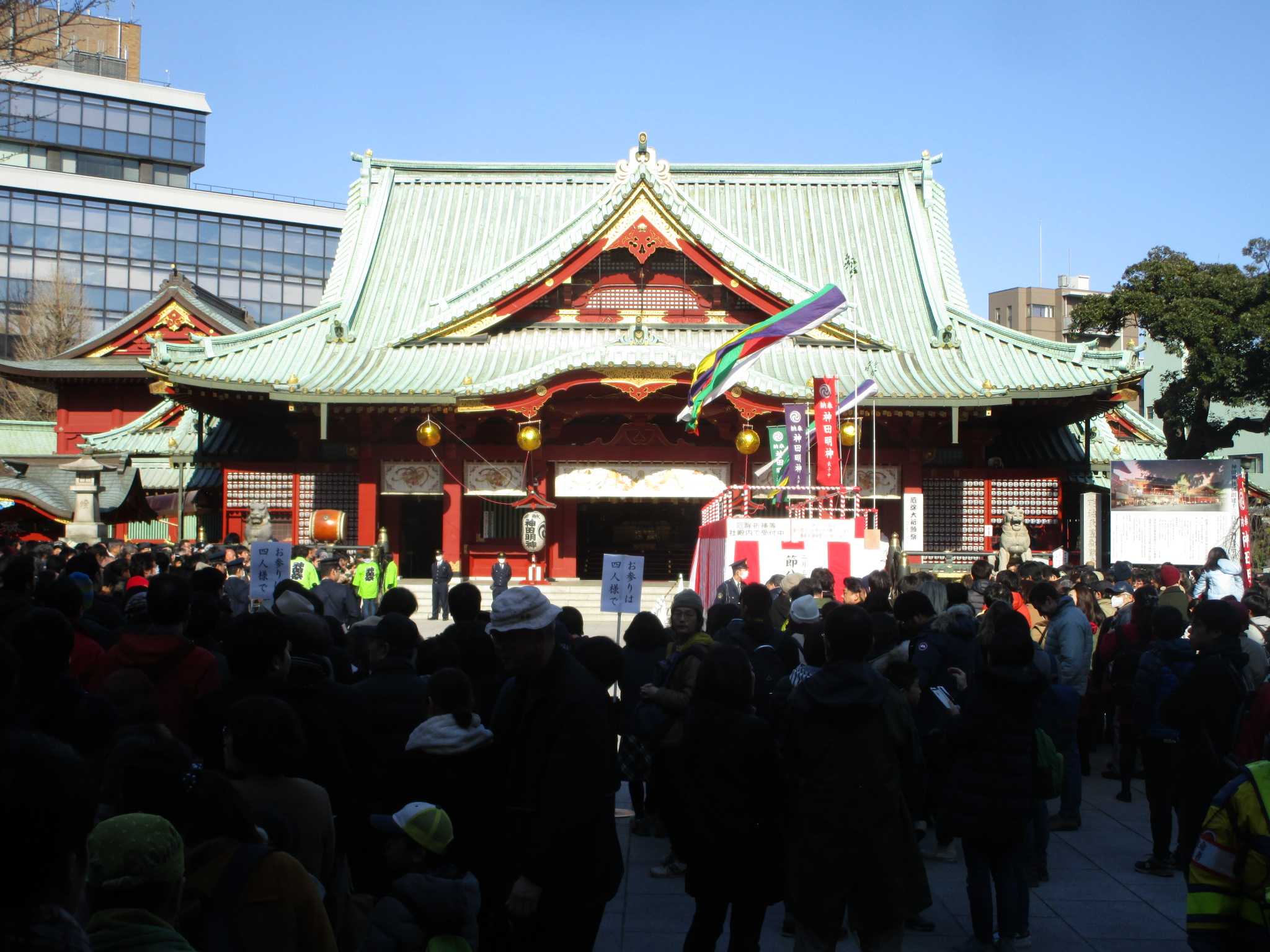 This next story takes place each year on February 3.
This next story takes place each year on February 3. 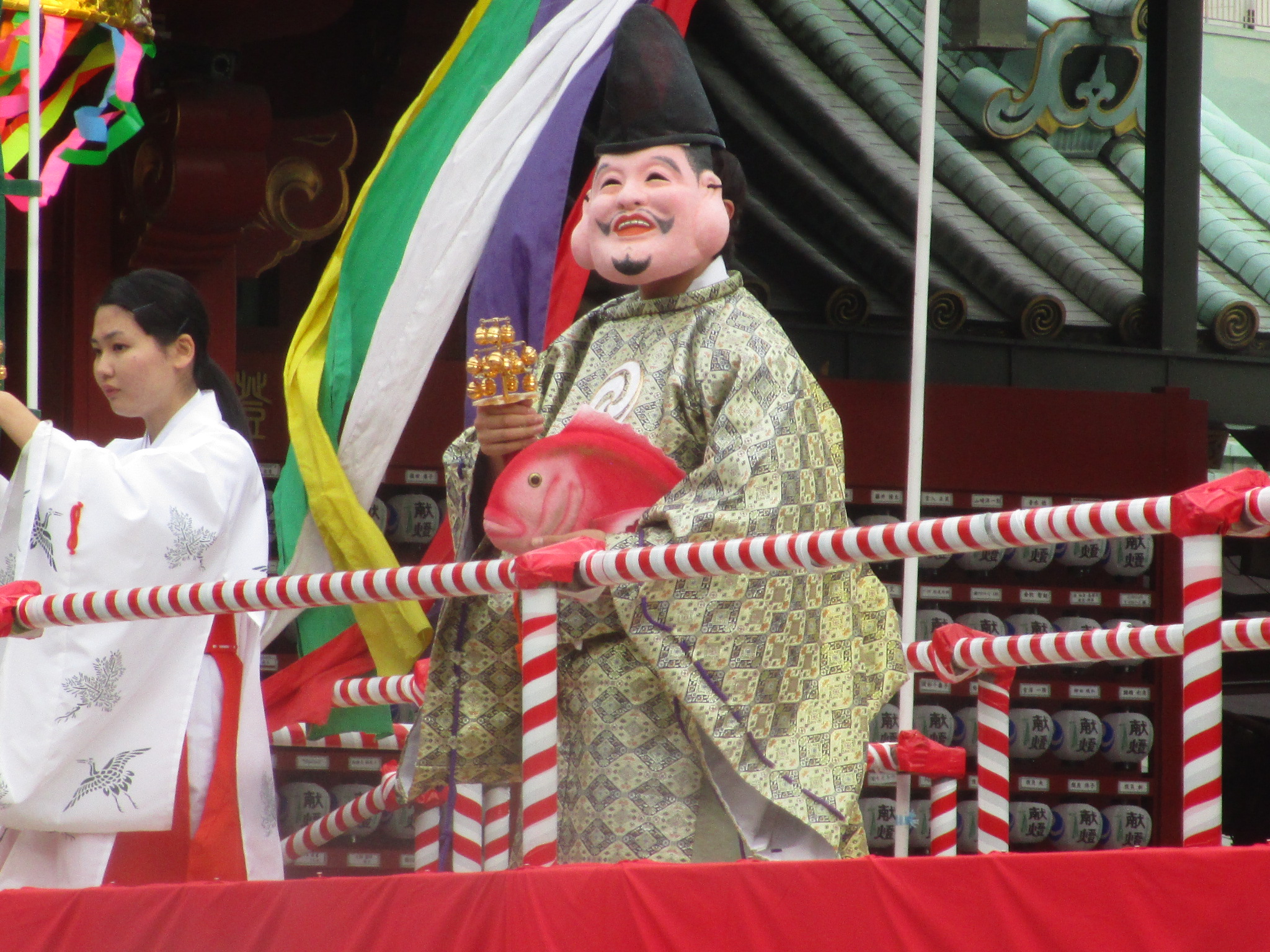 Setsubun is a spring festival designed to drive away evil spirits from the previous year.
Setsubun is a spring festival designed to drive away evil spirits from the previous year. 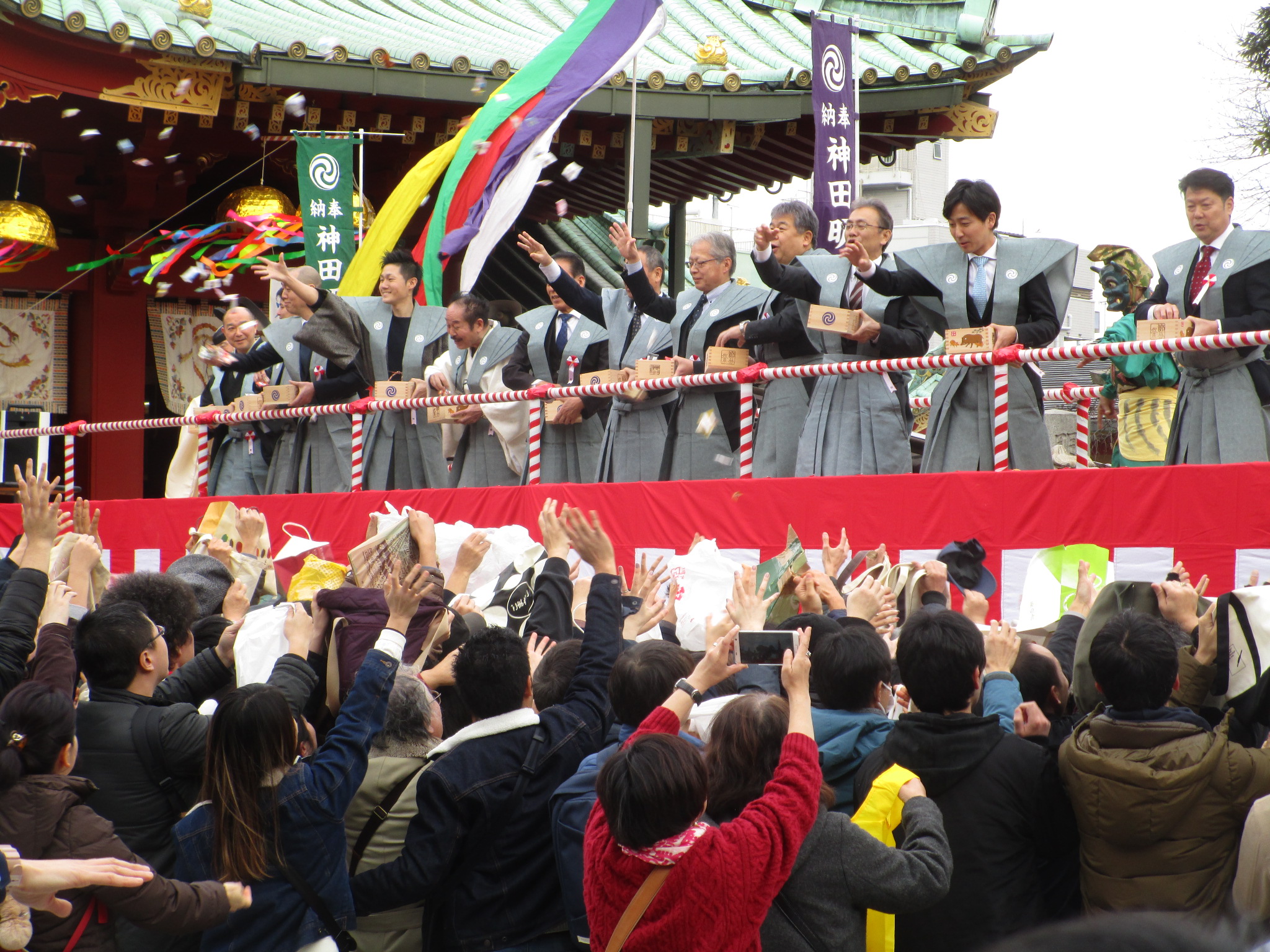 Roasted soy beams are thrown to the masses to bring good luck.
Roasted soy beams are thrown to the masses to bring good luck. 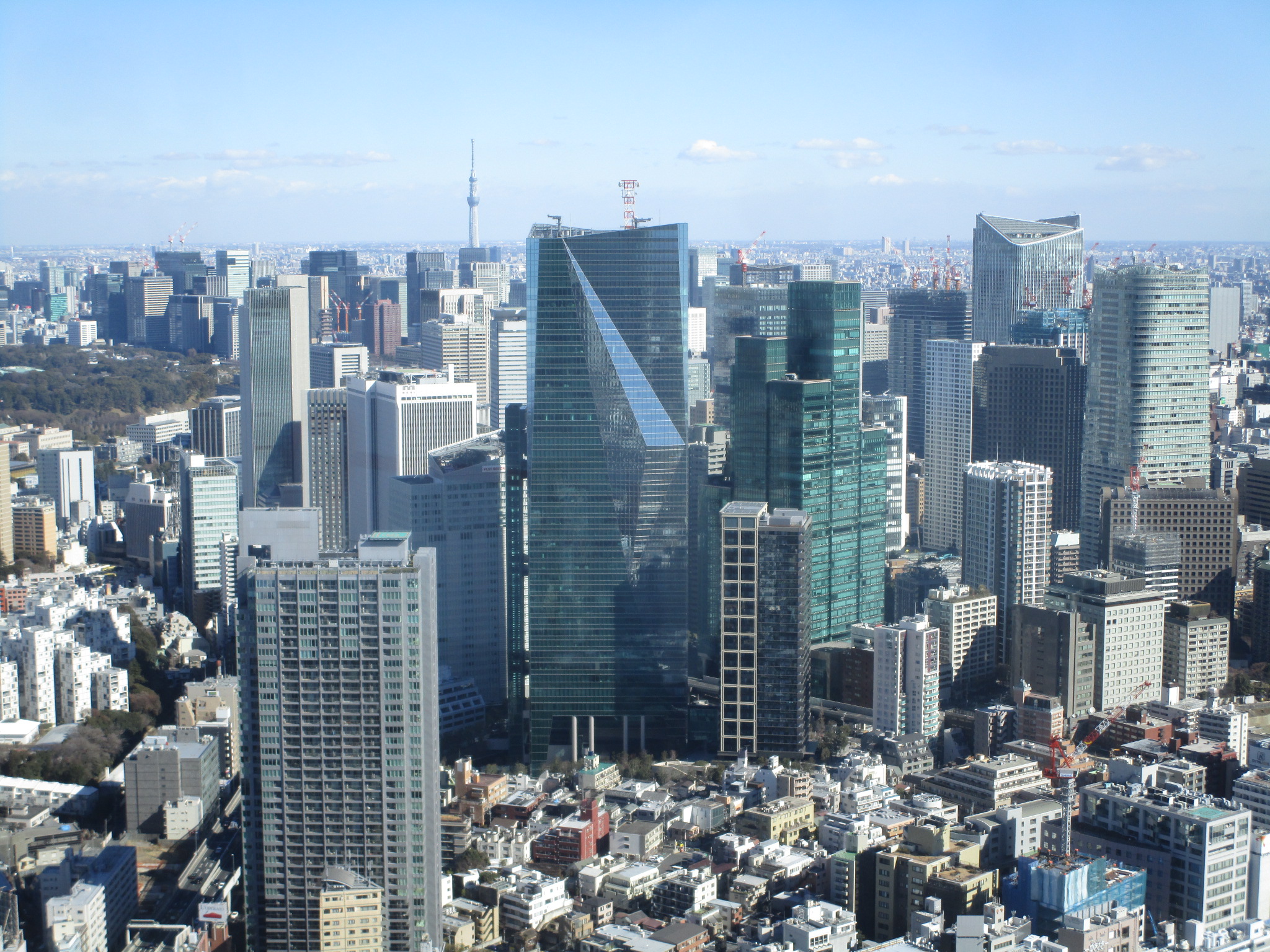 These next photos come from atop Mori Tower’s 52nd floor. The view is spectacular on a clear day.
These next photos come from atop Mori Tower’s 52nd floor. The view is spectacular on a clear day. 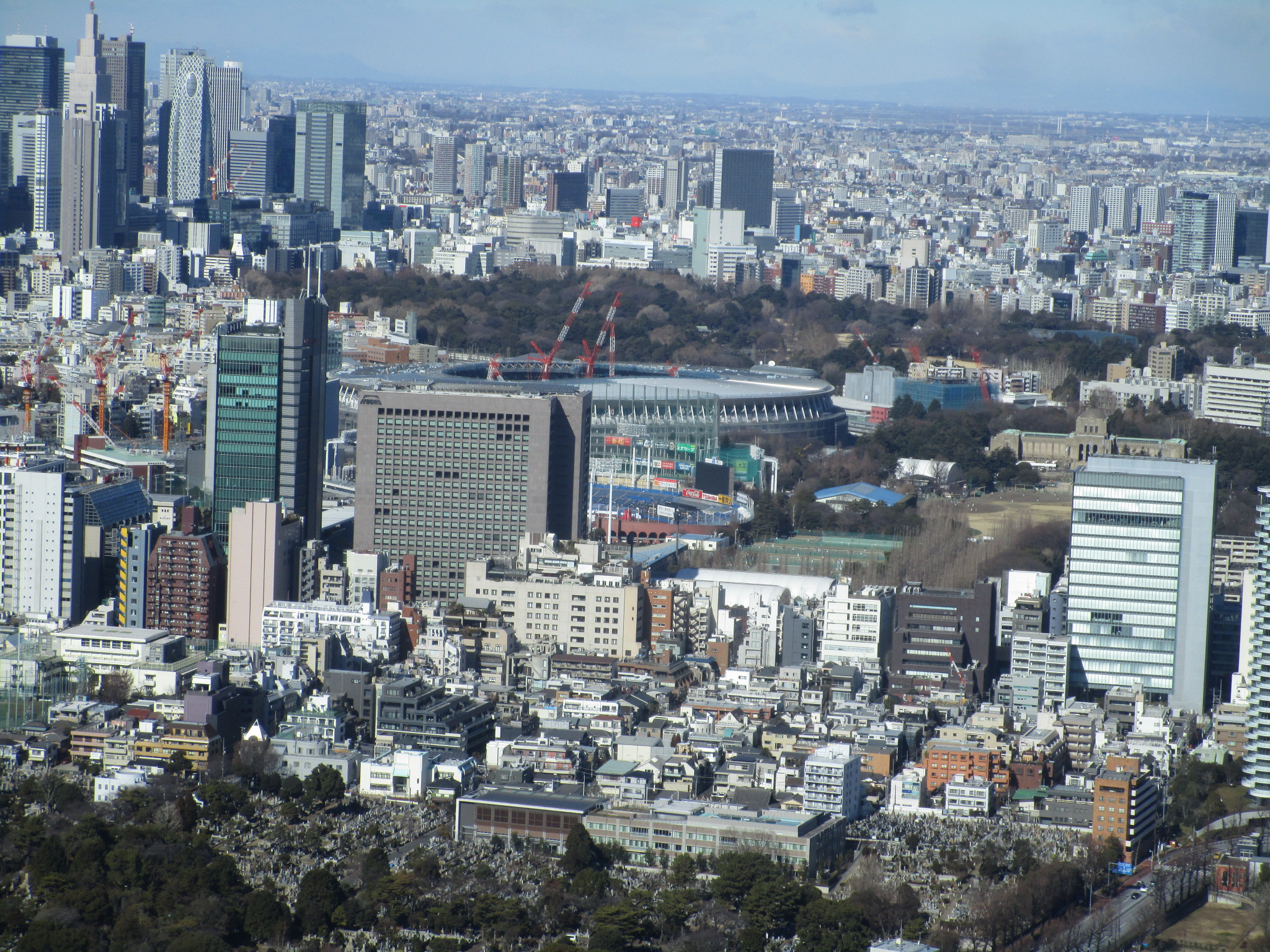 Here’s the new Olympic stadium which will be ready next summer for the 2020 games.
Here’s the new Olympic stadium which will be ready next summer for the 2020 games. 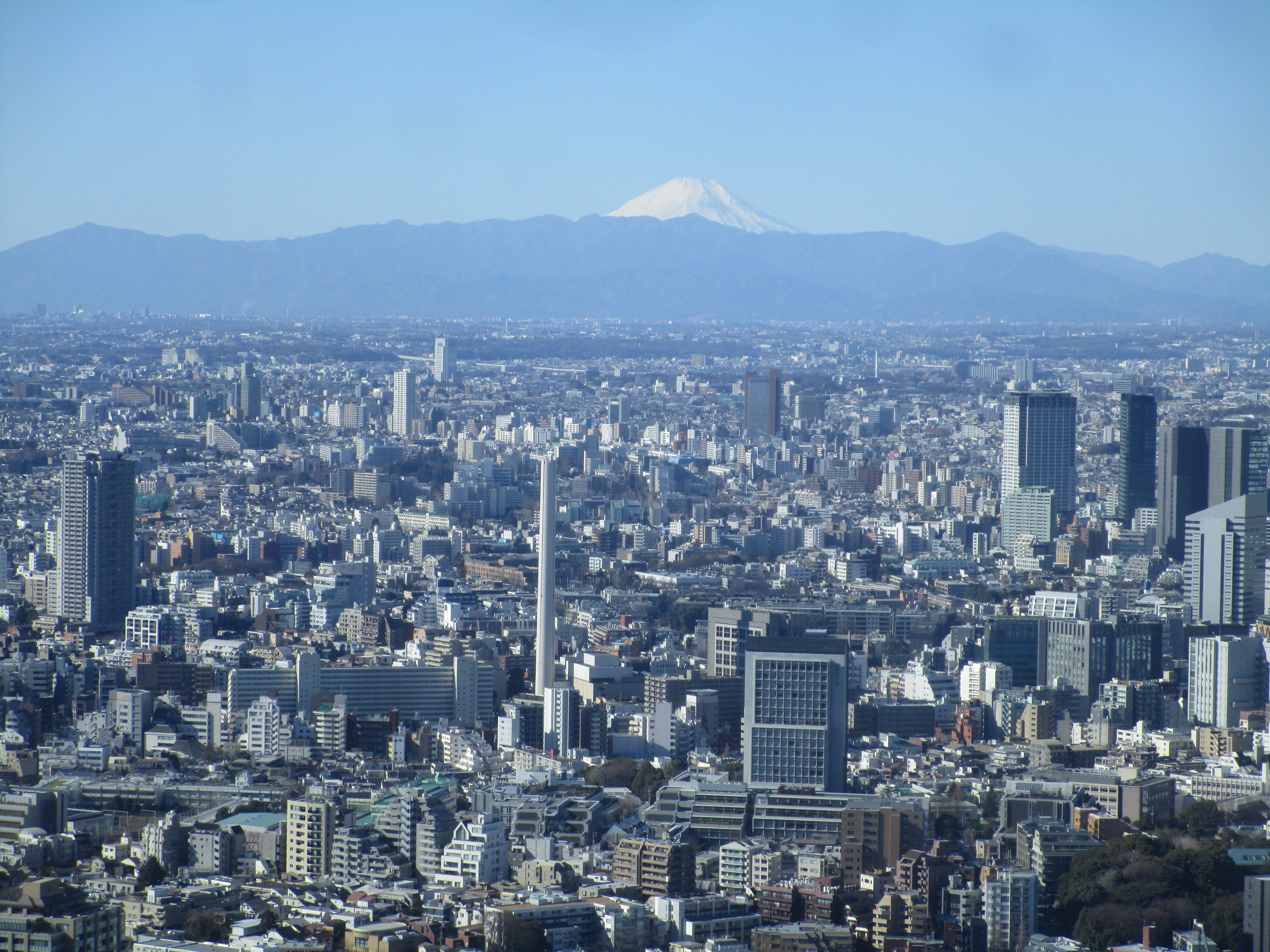 Mt. Fuji is always breathtaking.
Mt. Fuji is always breathtaking. 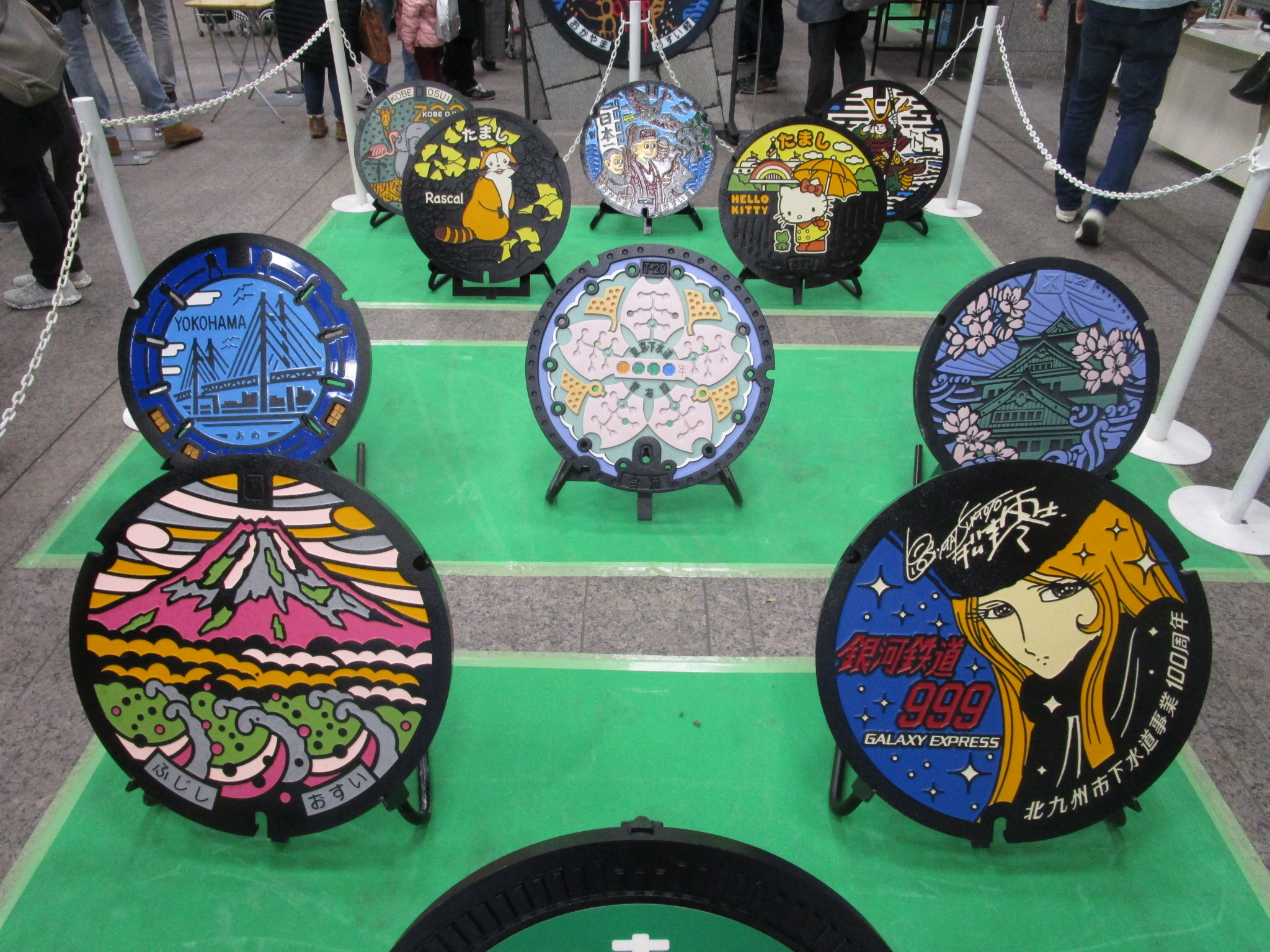 For this next story, please take my word for it, manhole covers are a big deal in Japan.
For this next story, please take my word for it, manhole covers are a big deal in Japan. 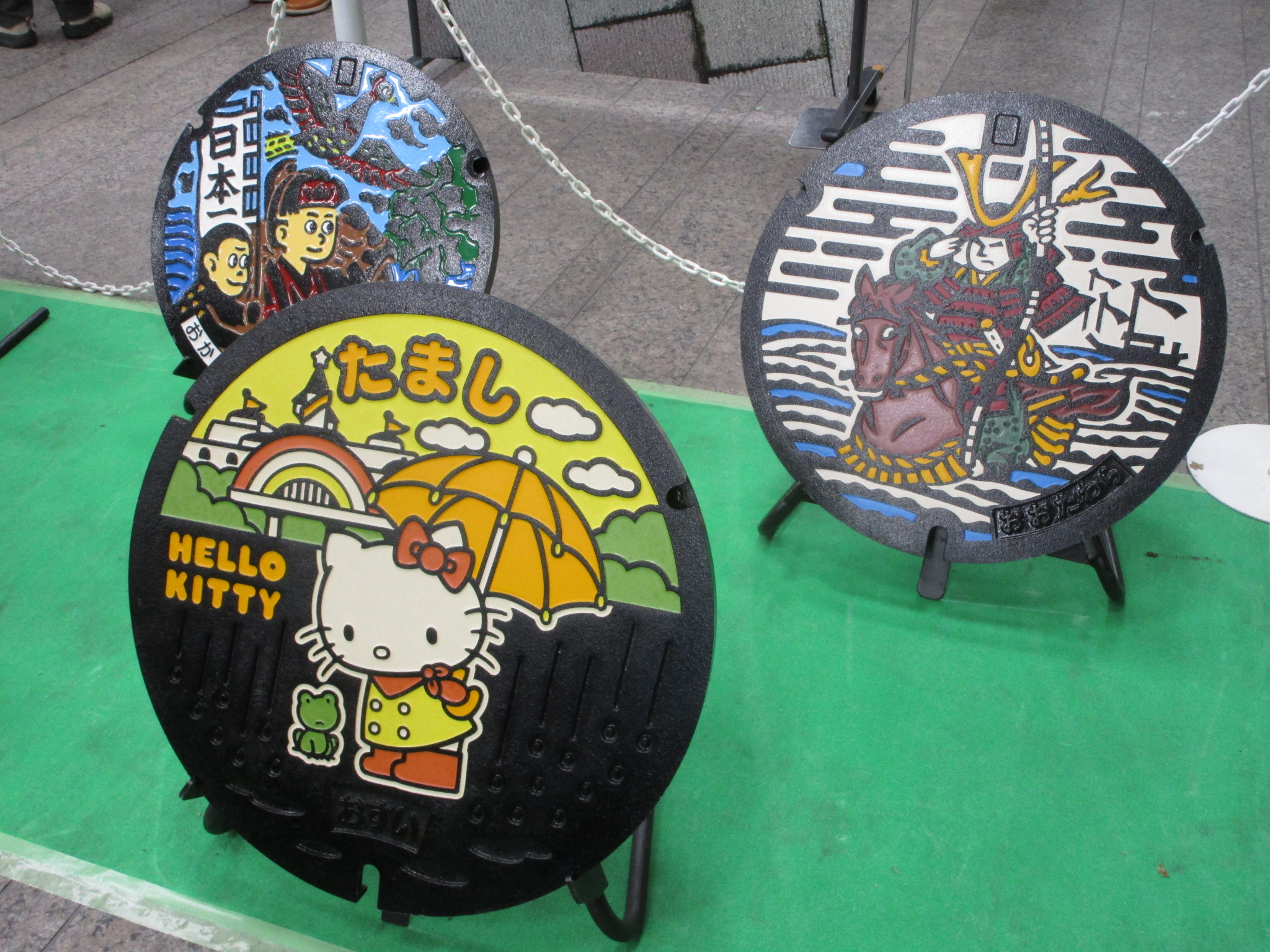 They come in a variety of designs and colors…
They come in a variety of designs and colors… 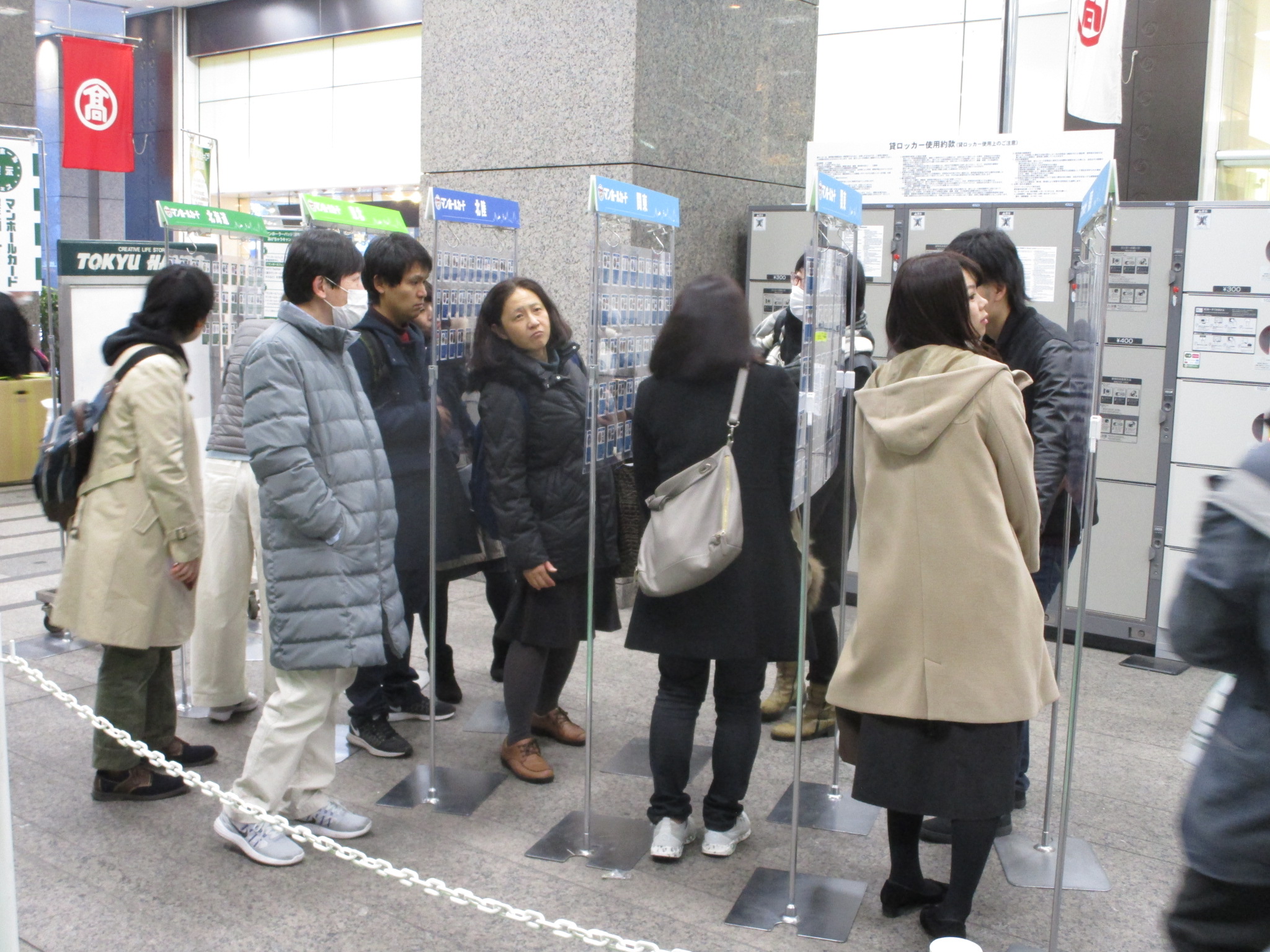 …which has spawned a trading card culture…
…which has spawned a trading card culture… 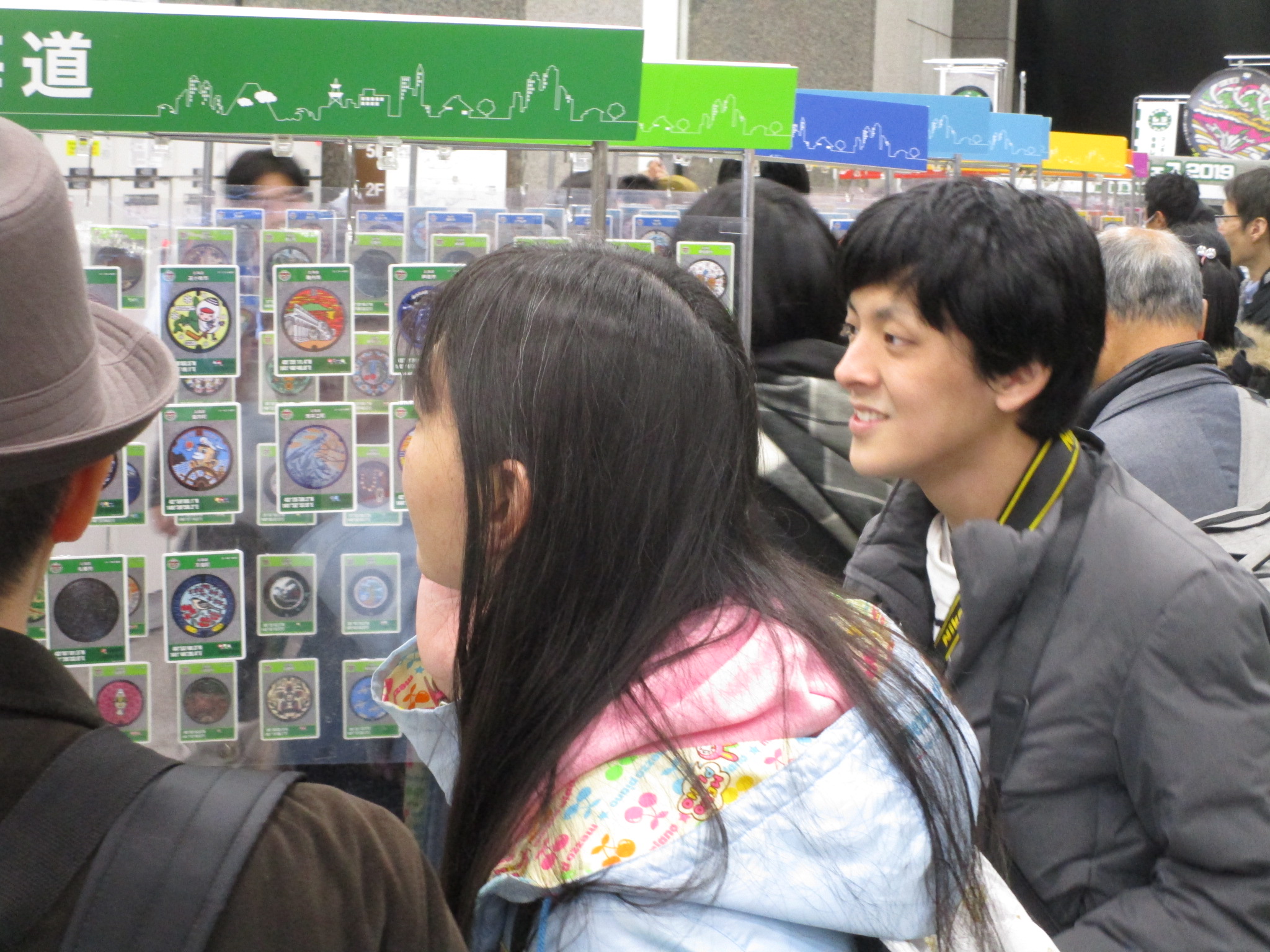 …bringing great joy and excitement.
…bringing great joy and excitement. 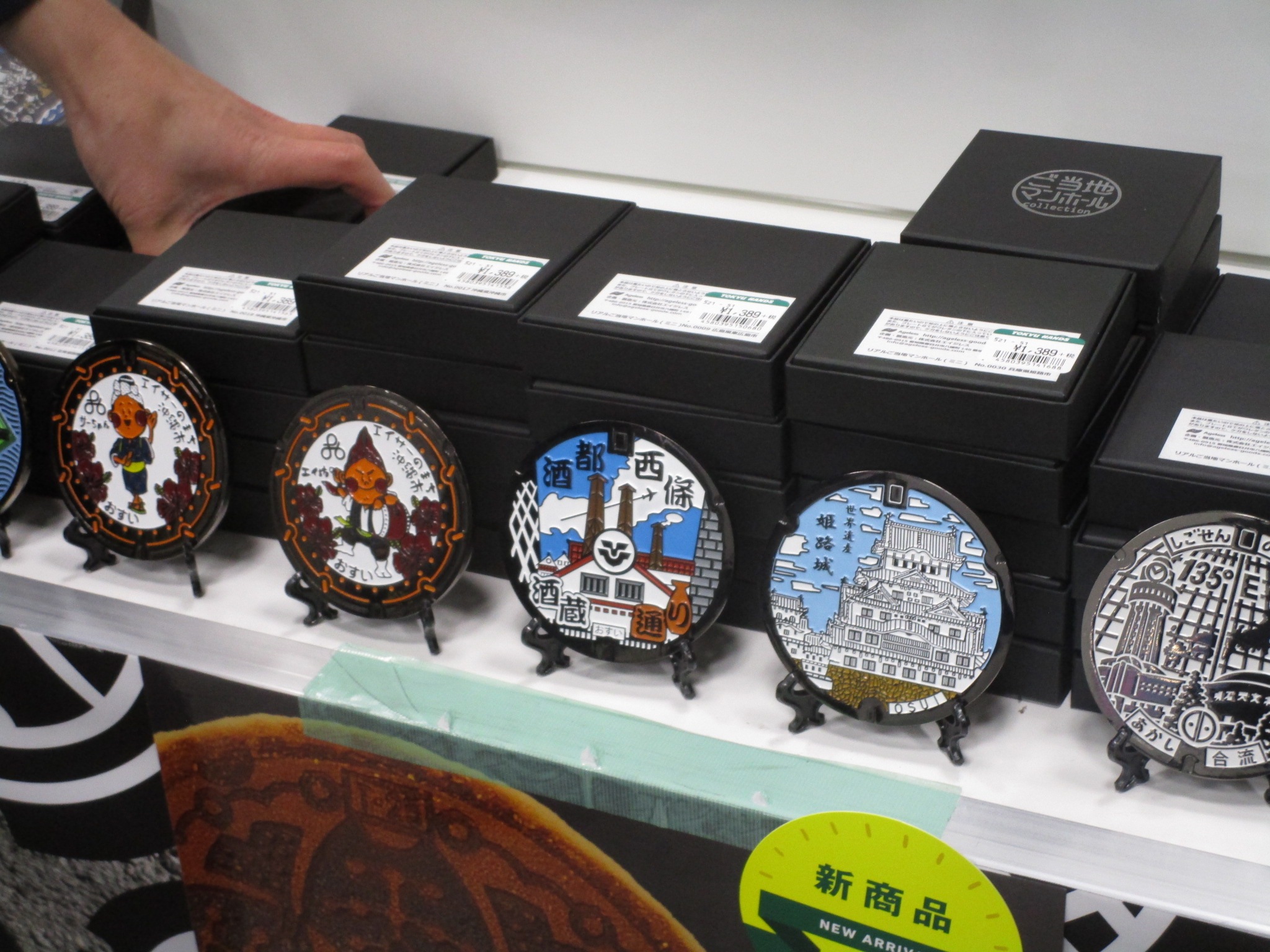 Souvenirs are available…
Souvenirs are available…  …and books cover the topic in detail.
…and books cover the topic in detail. 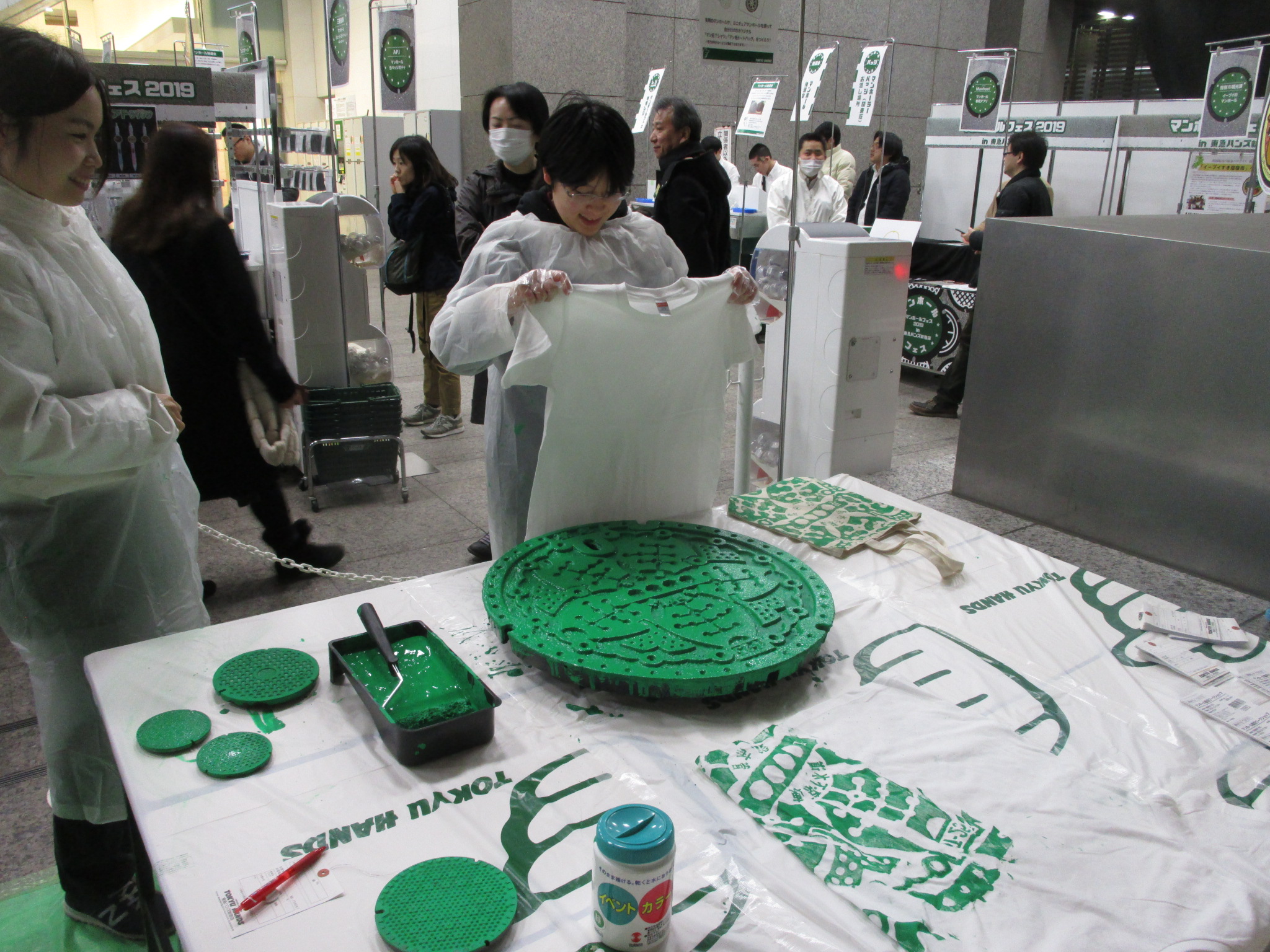 This idea is very clever. It starts with green paint and a t-shirt…
This idea is very clever. It starts with green paint and a t-shirt… 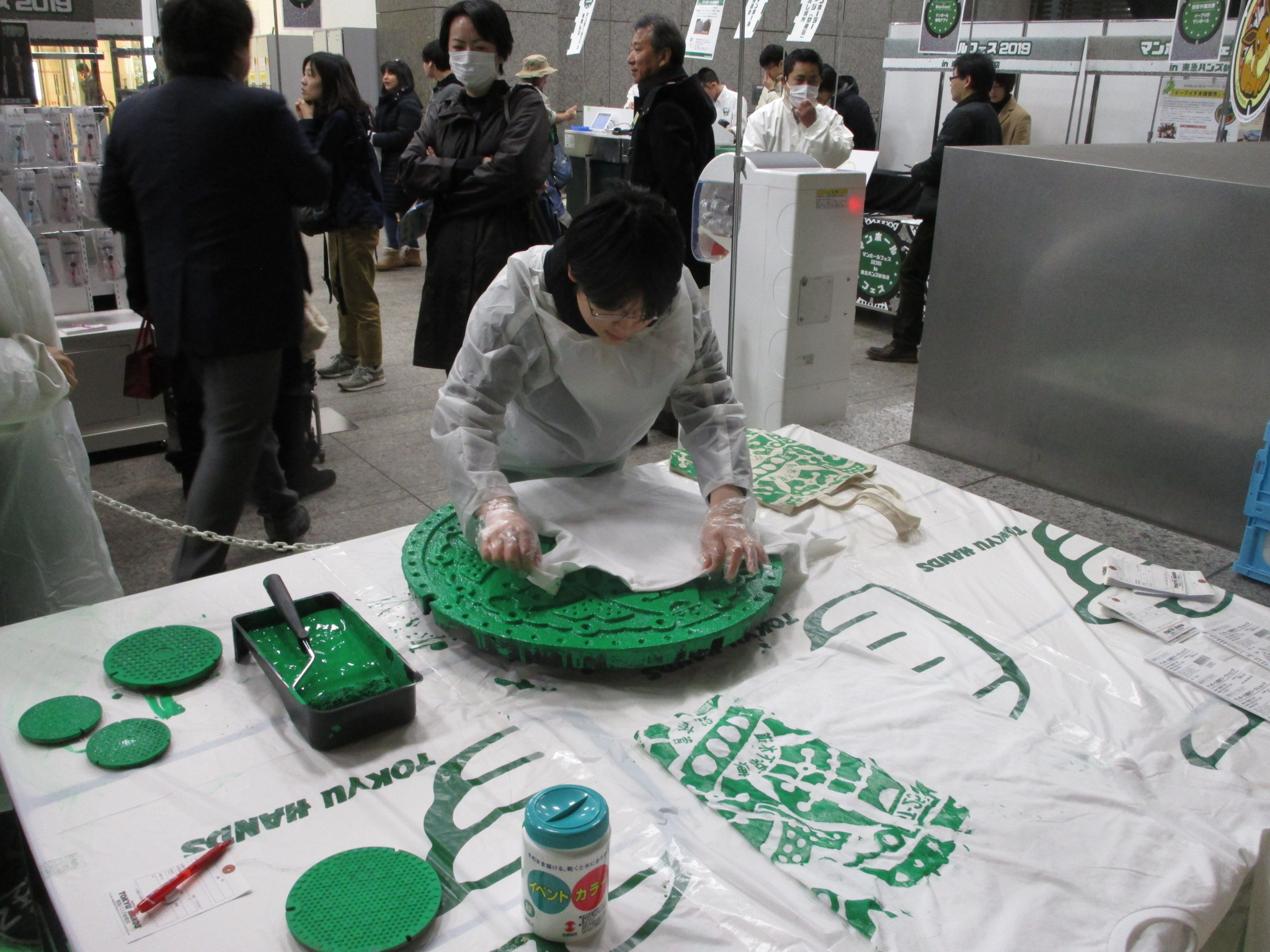 … a little bit of pressure…
… a little bit of pressure… 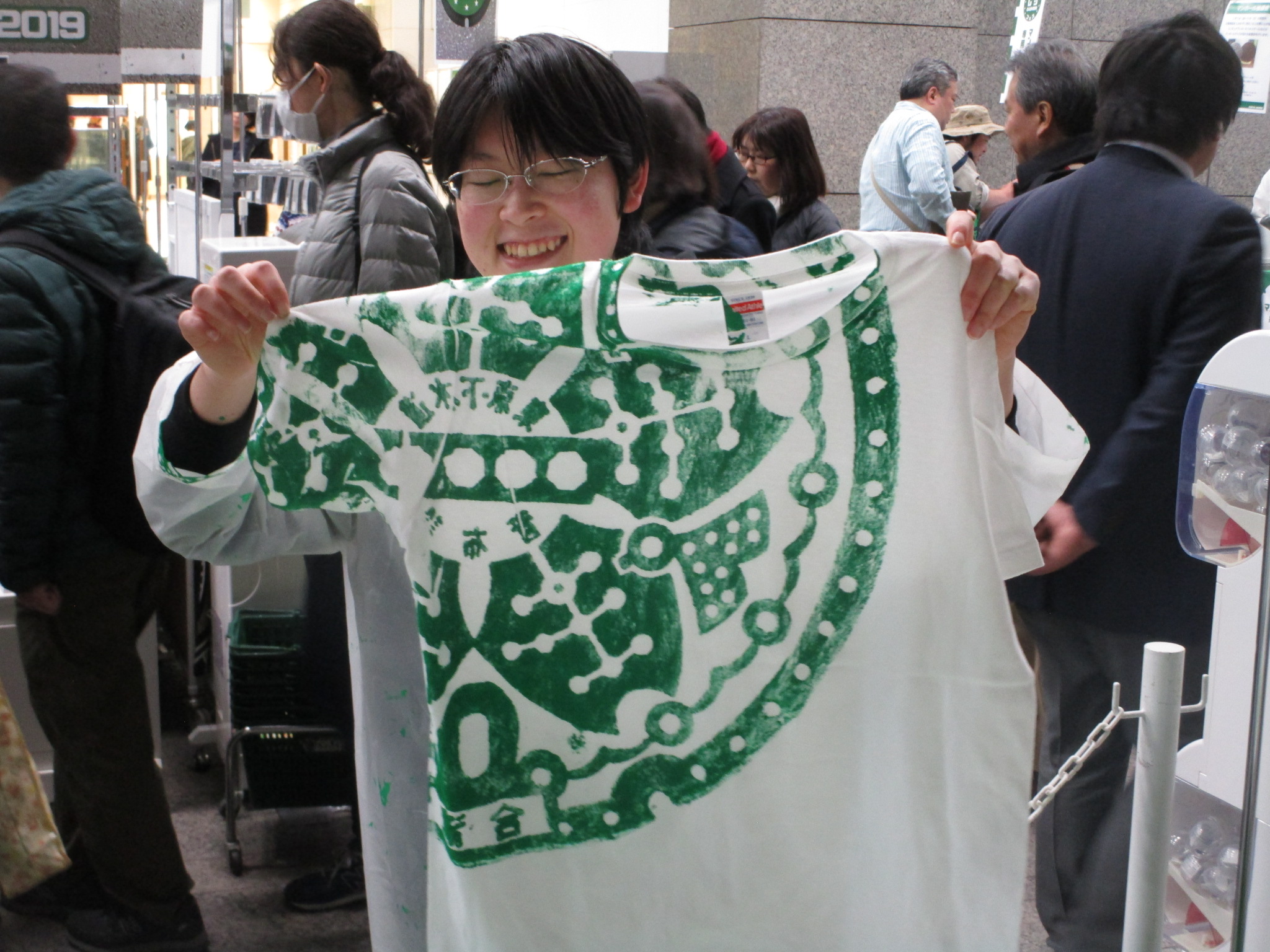 …and every artist collects a unique memory.
…and every artist collects a unique memory. 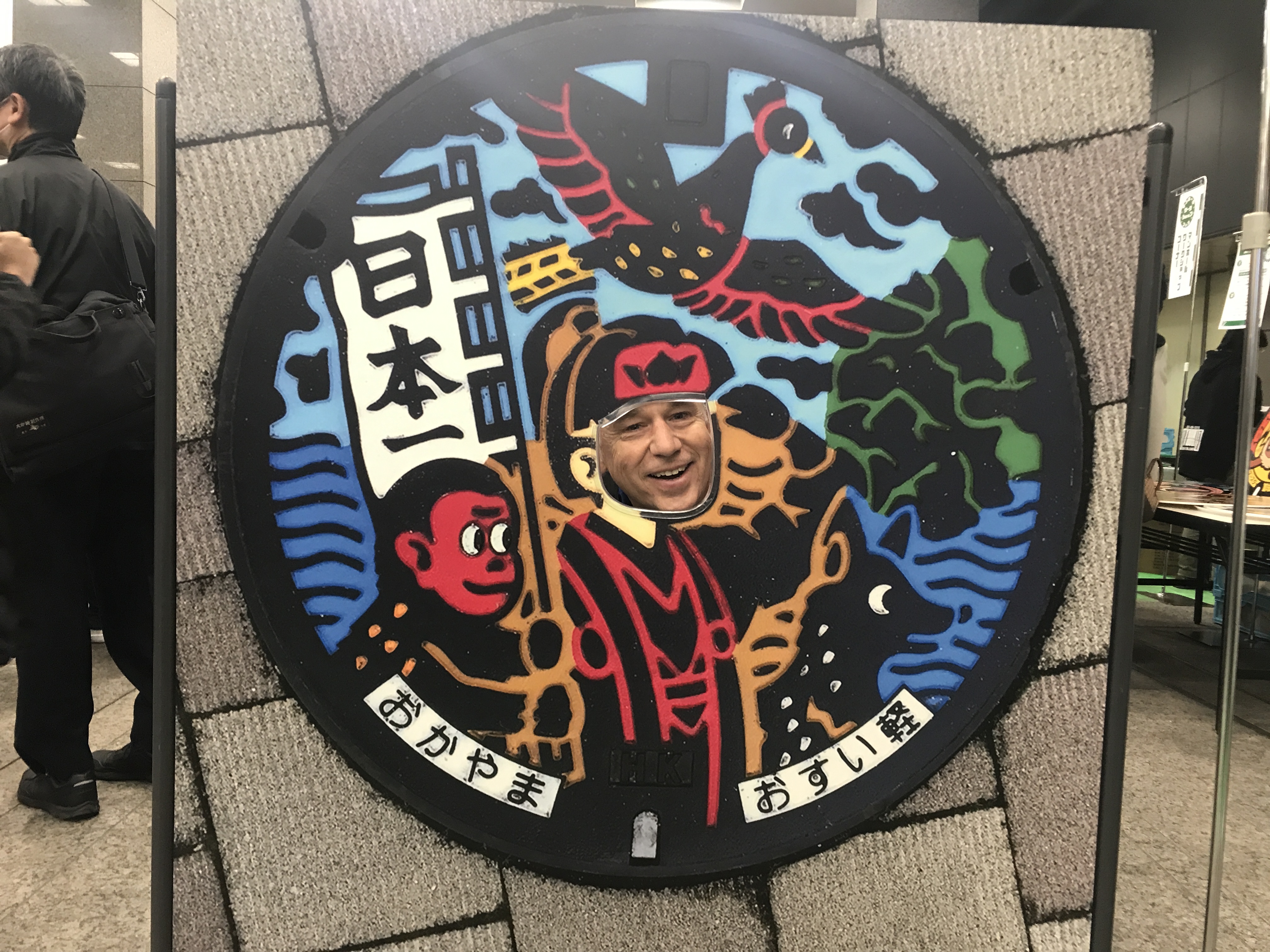 OK, I had to do it.
OK, I had to do it. 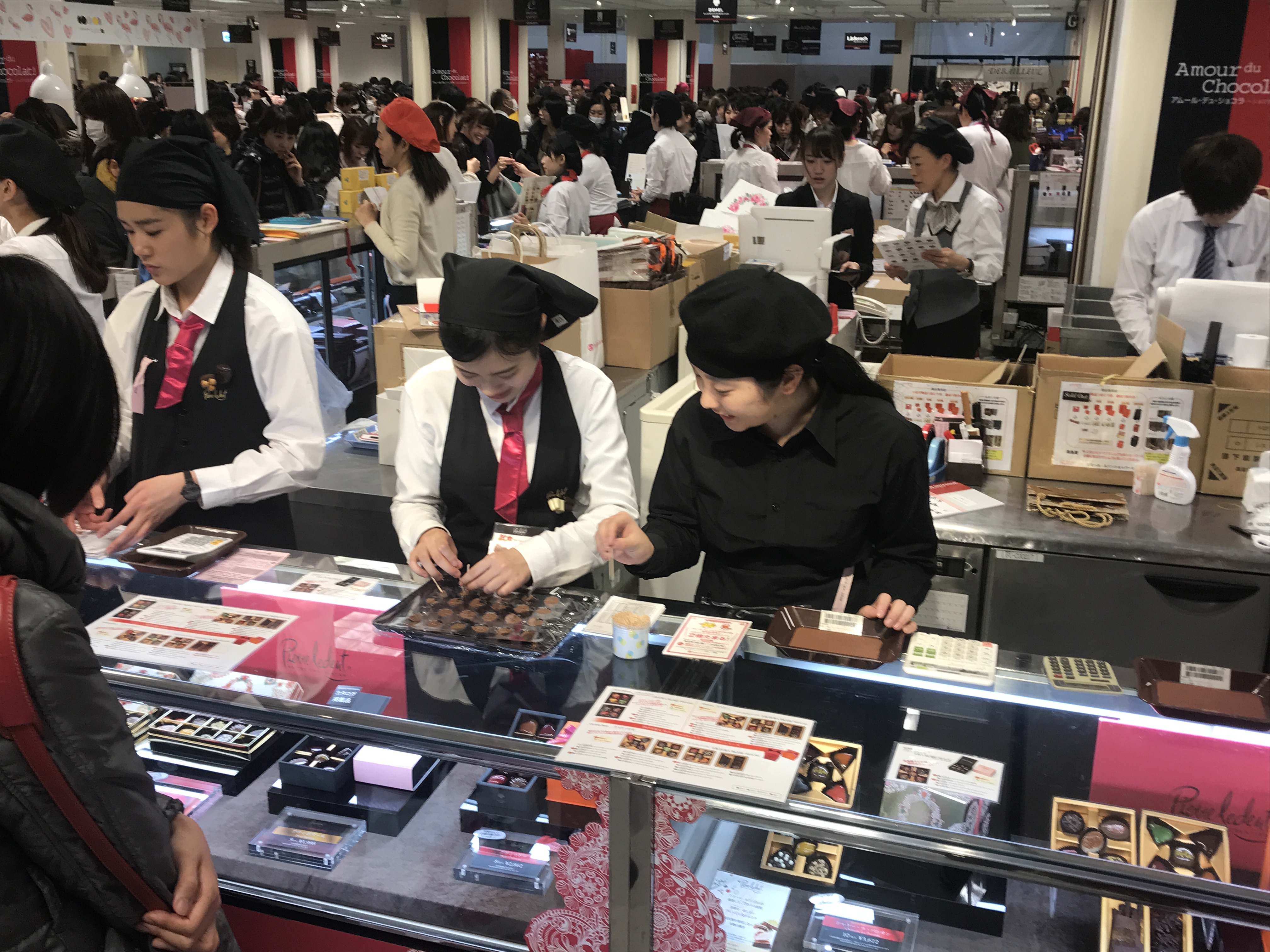 In this photo, chocolates are flying out the door in advance of Valentine’s Day. But in Japan, it’s only the women who give chocolates to men on February 14.
In this photo, chocolates are flying out the door in advance of Valentine’s Day. But in Japan, it’s only the women who give chocolates to men on February 14. 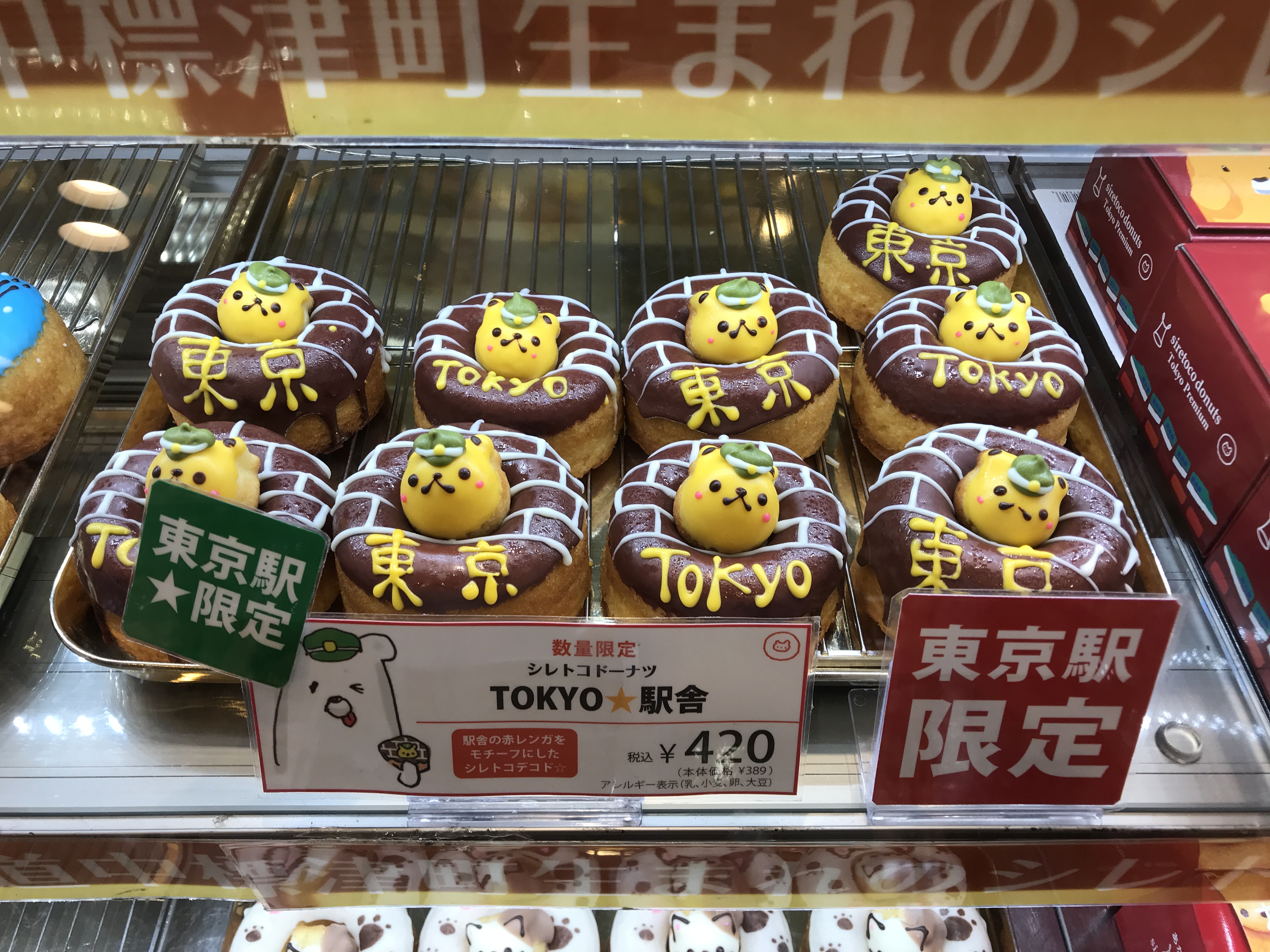 However, this is followed one month later by “White Day” on March 14 where the men respond in triplicate. I reciprocated with chocolate donuts…
However, this is followed one month later by “White Day” on March 14 where the men respond in triplicate. I reciprocated with chocolate donuts… 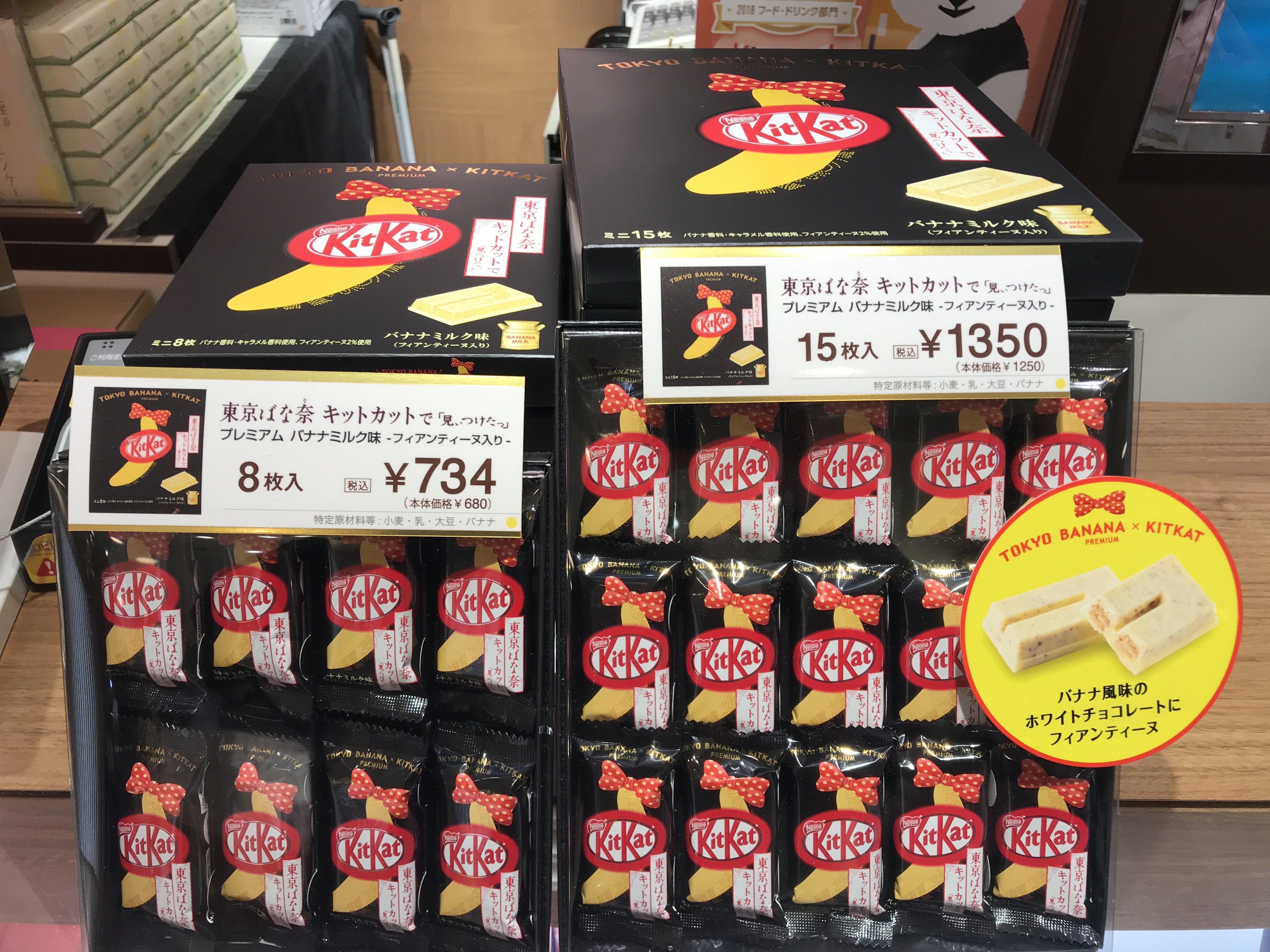 …and banana-flavored Kit-Kats.
…and banana-flavored Kit-Kats. 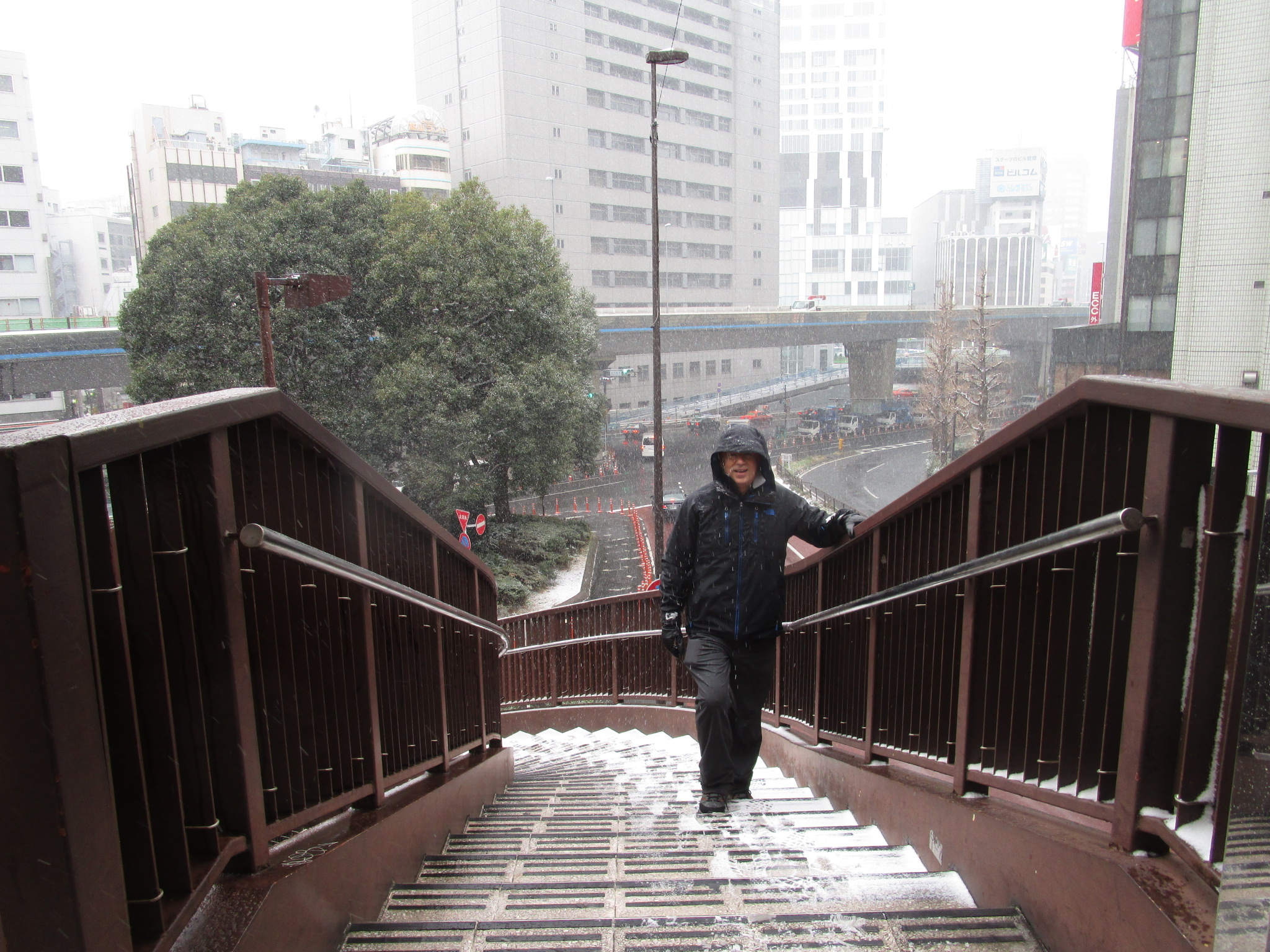 It does snow in Tokyo. My experience is there’s one day, typically in February, where we get a dusting. However, winter tires are not common, and there are no snow plows, so it’s best not to drive.
It does snow in Tokyo. My experience is there’s one day, typically in February, where we get a dusting. However, winter tires are not common, and there are no snow plows, so it’s best not to drive. 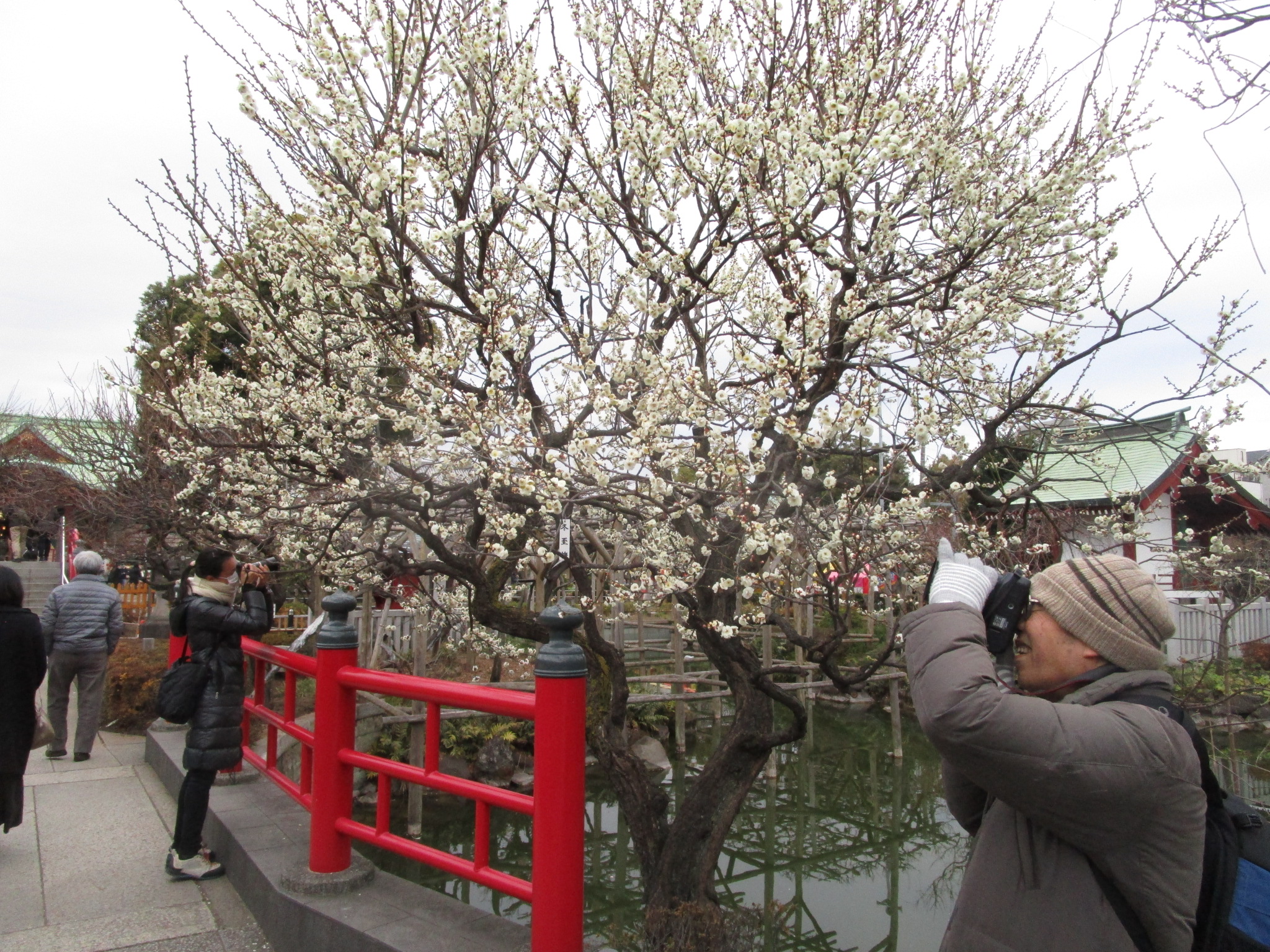 Also in February, the plum trees start to blossom…
Also in February, the plum trees start to blossom… 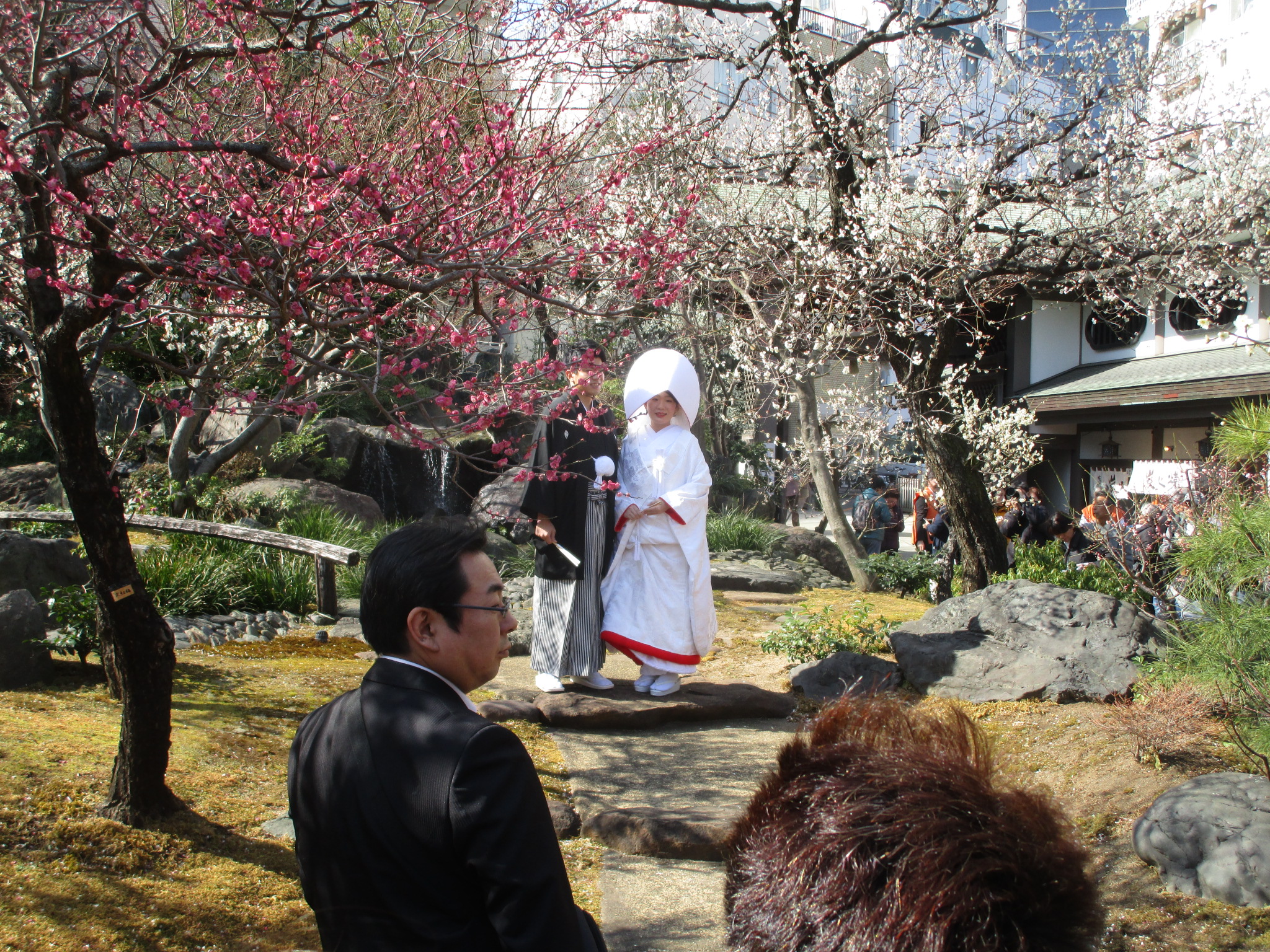 …which creates an excellent environment for wedding photos…
…which creates an excellent environment for wedding photos… 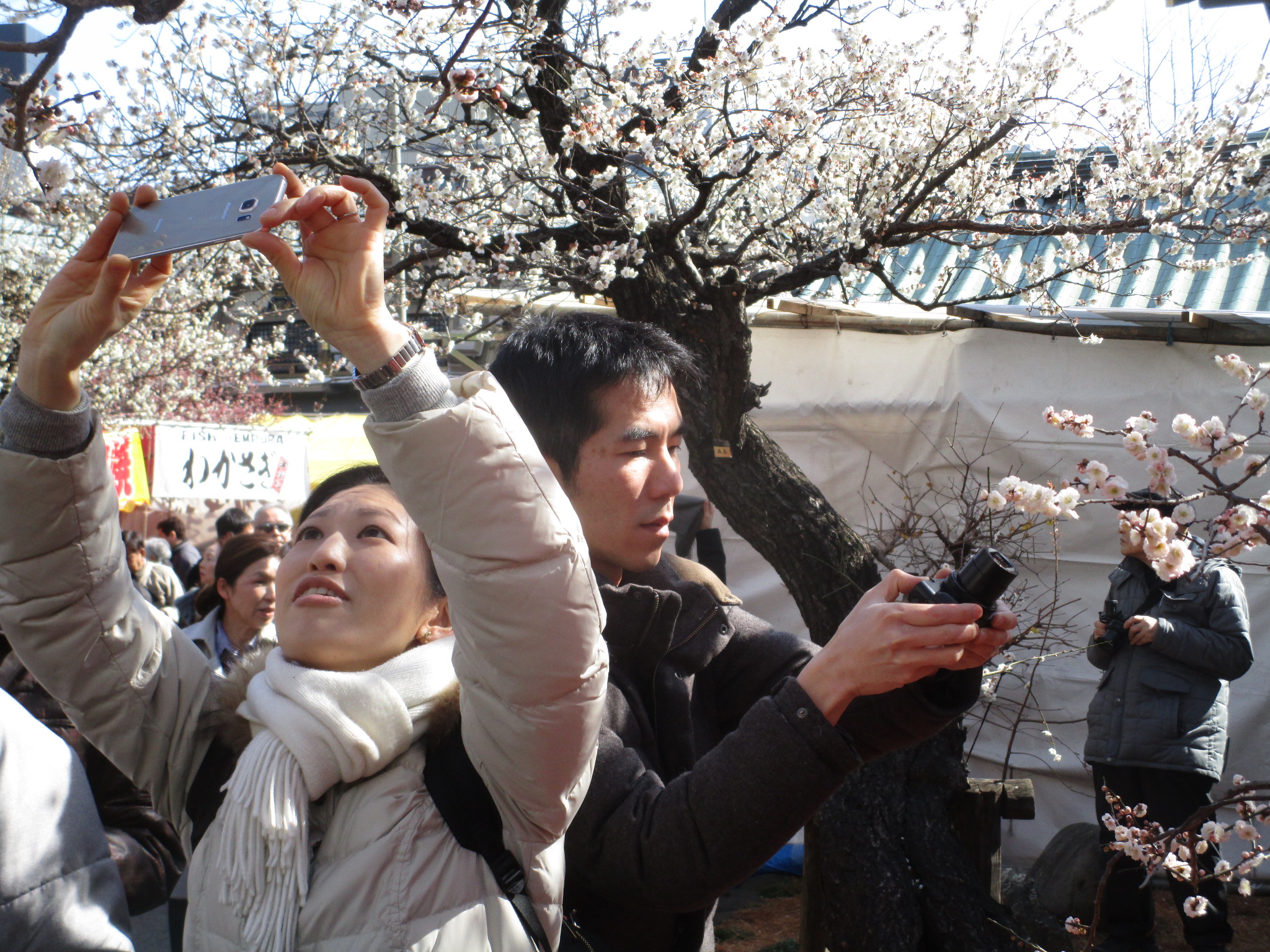 …and shutter bugs.
…and shutter bugs. 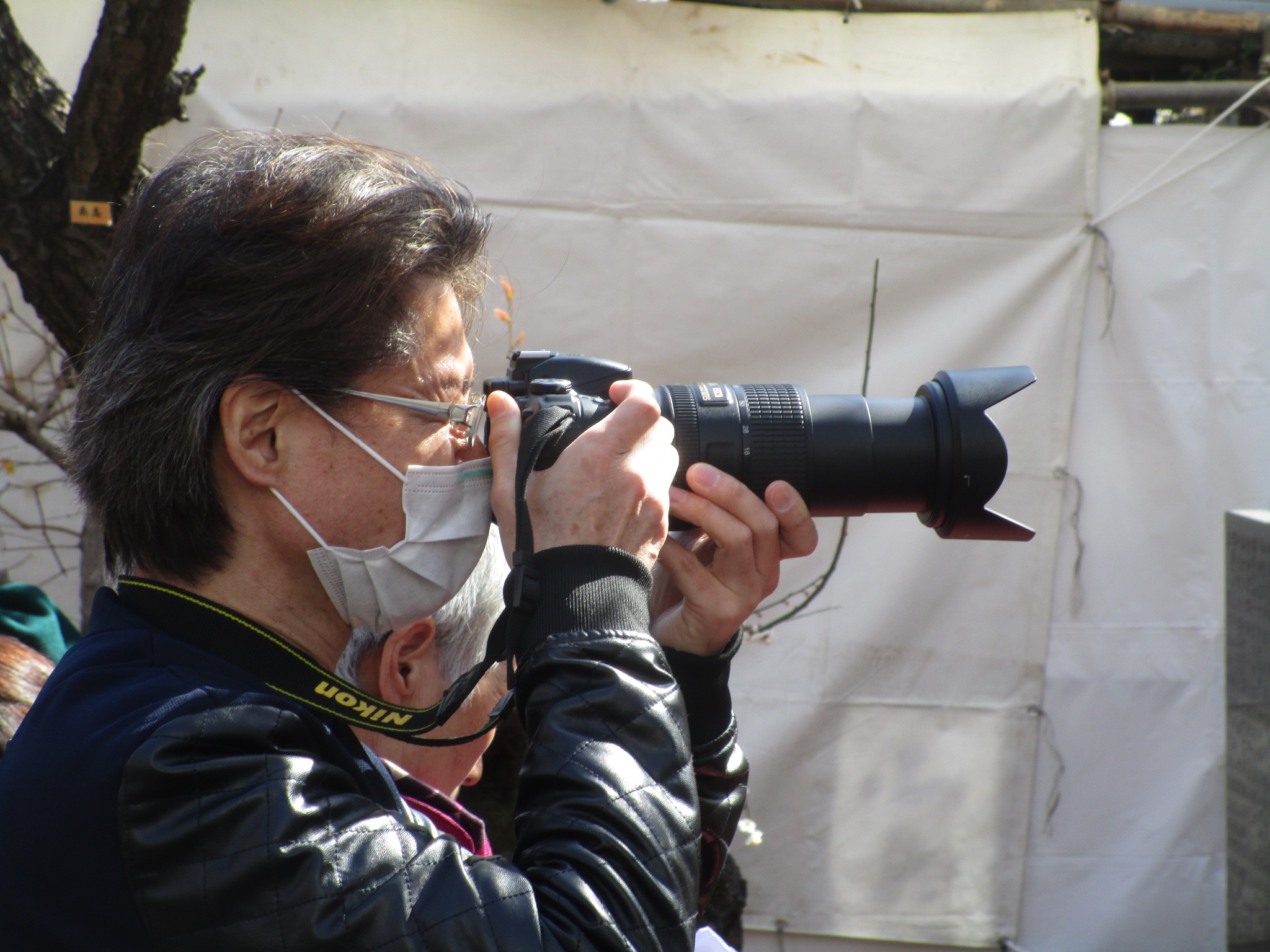 Some people have powerful lenses…
Some people have powerful lenses…  …while others use last-century’s technology.
…while others use last-century’s technology. 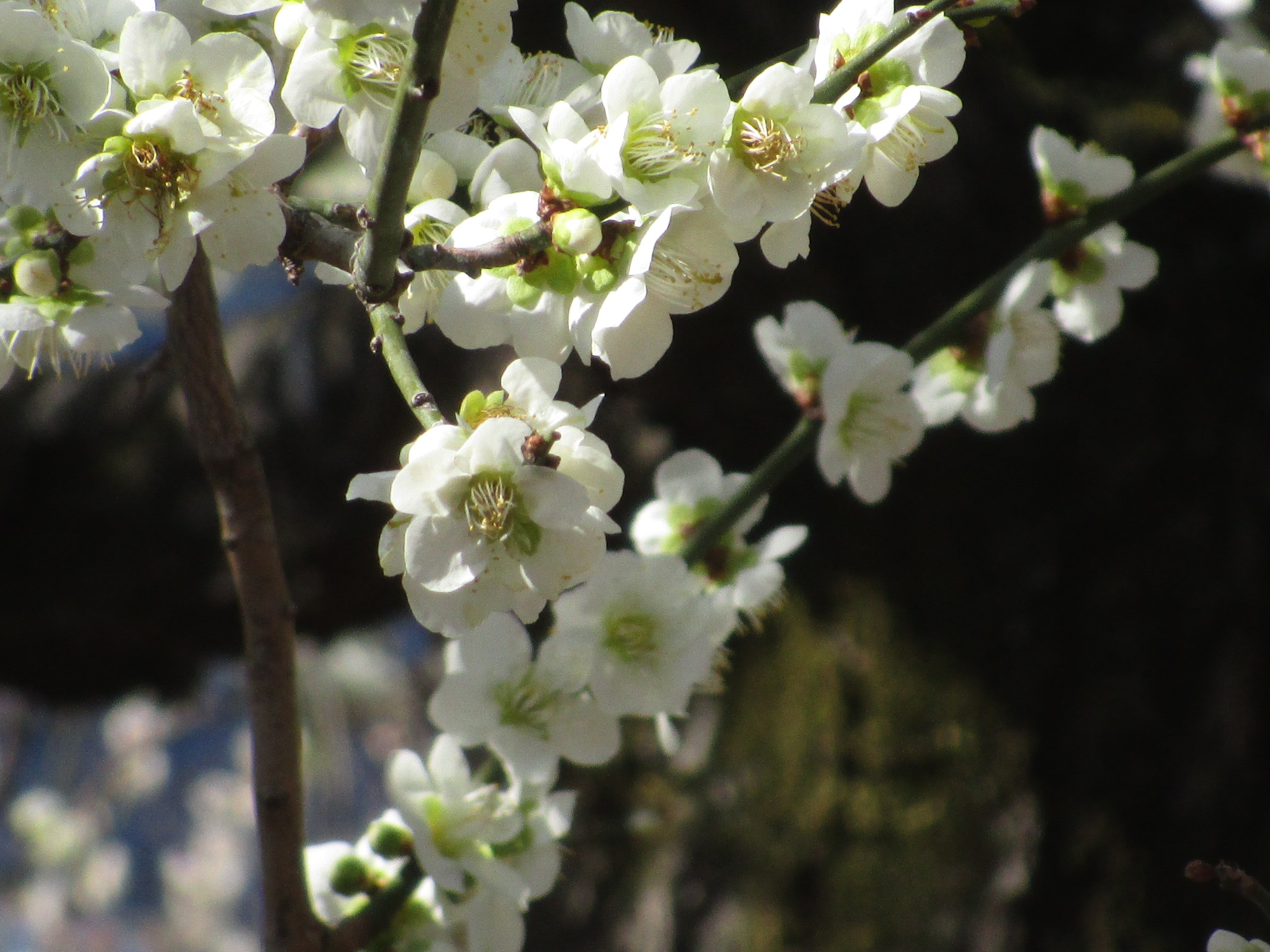 The plums are always overshadowed by their more famous cherry blossom cousins, which follow a month later.
The plums are always overshadowed by their more famous cherry blossom cousins, which follow a month later.
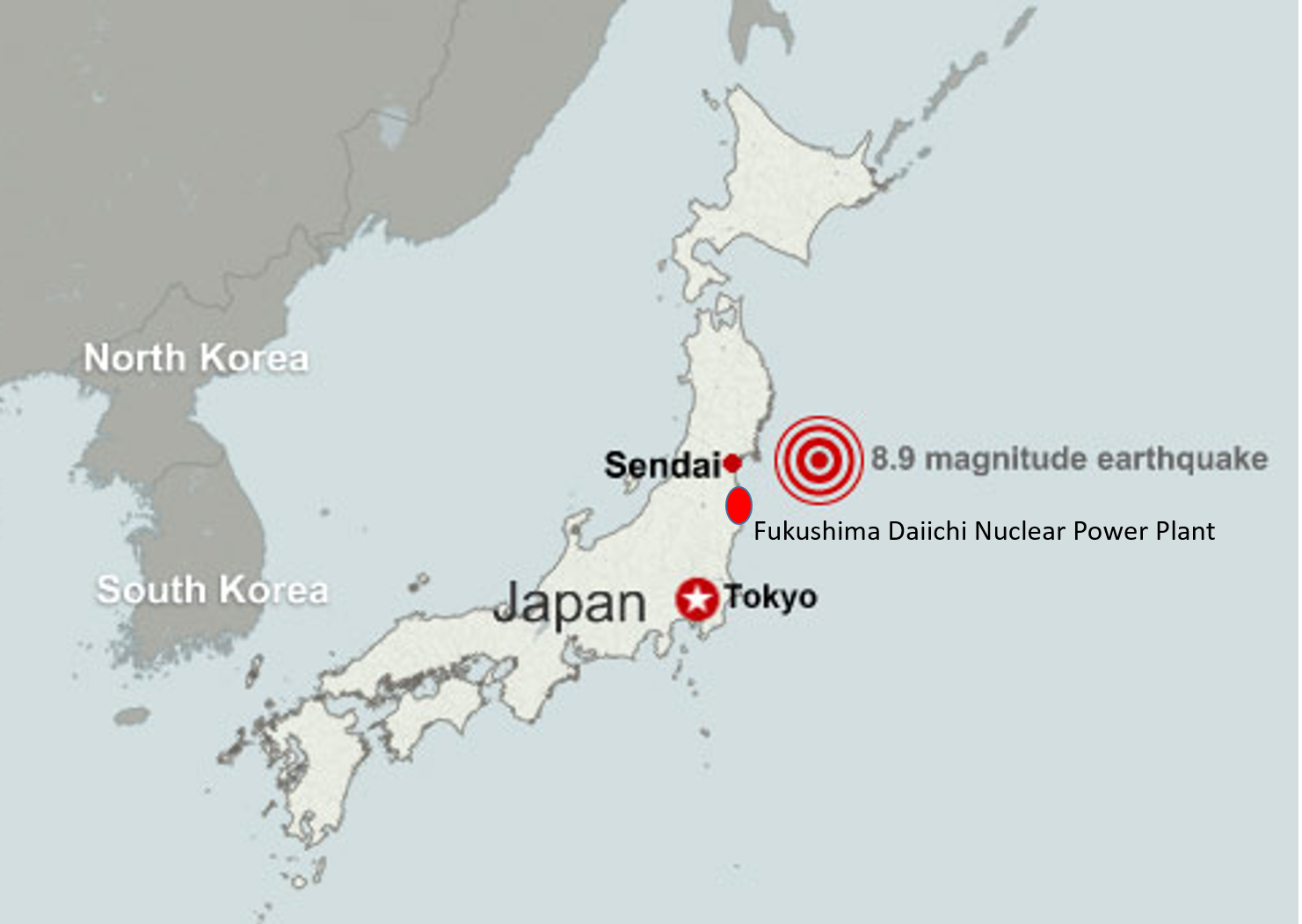
This next story marks the 8 year anniversary of the massive 9.0 Tohoku earthquake and tsunami, known as 3/11 (March 11). It was the most powerful earthquake ever recorded in Japan and the 4th most powerful in the world. The earthquake lasted 6 minutes and moved Honshu (the main island of Japan) 2.4 m (8 ft) east, shifted the Earth on its axis by estimates of between 10 cm (4 in) and 25 cm (10 in), and increased earth’s rotational speed.  The red line of this billboard shows the height of the tsunami if it had hit the Shibuya area of Tokyo (16.7 meters or nearly 55 feet). In the Sendai area, the waves traveled up to 10 km inland (6 miles).
The red line of this billboard shows the height of the tsunami if it had hit the Shibuya area of Tokyo (16.7 meters or nearly 55 feet). In the Sendai area, the waves traveled up to 10 km inland (6 miles). 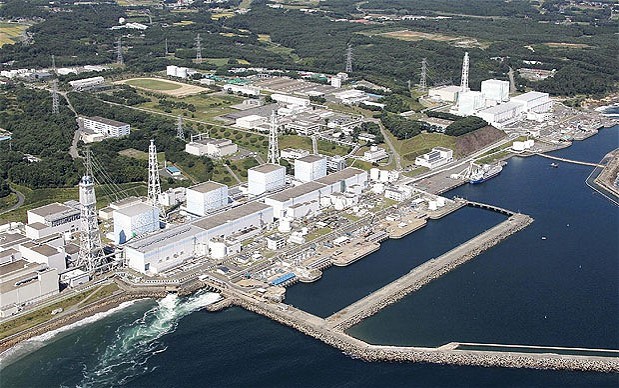 This “before” Internet photo shows the Daiichi Nuclear power plant — 373 km (232 mi) north of Tokyo. On March 11, 2011, tsunami waves over-topped seawalls and destroyed diesel backup power systems, leading to the world’s second worst nuclear power disaster at 3 of the 4 reactors (Chernobyl in 1986 was worst).
This “before” Internet photo shows the Daiichi Nuclear power plant — 373 km (232 mi) north of Tokyo. On March 11, 2011, tsunami waves over-topped seawalls and destroyed diesel backup power systems, leading to the world’s second worst nuclear power disaster at 3 of the 4 reactors (Chernobyl in 1986 was worst). 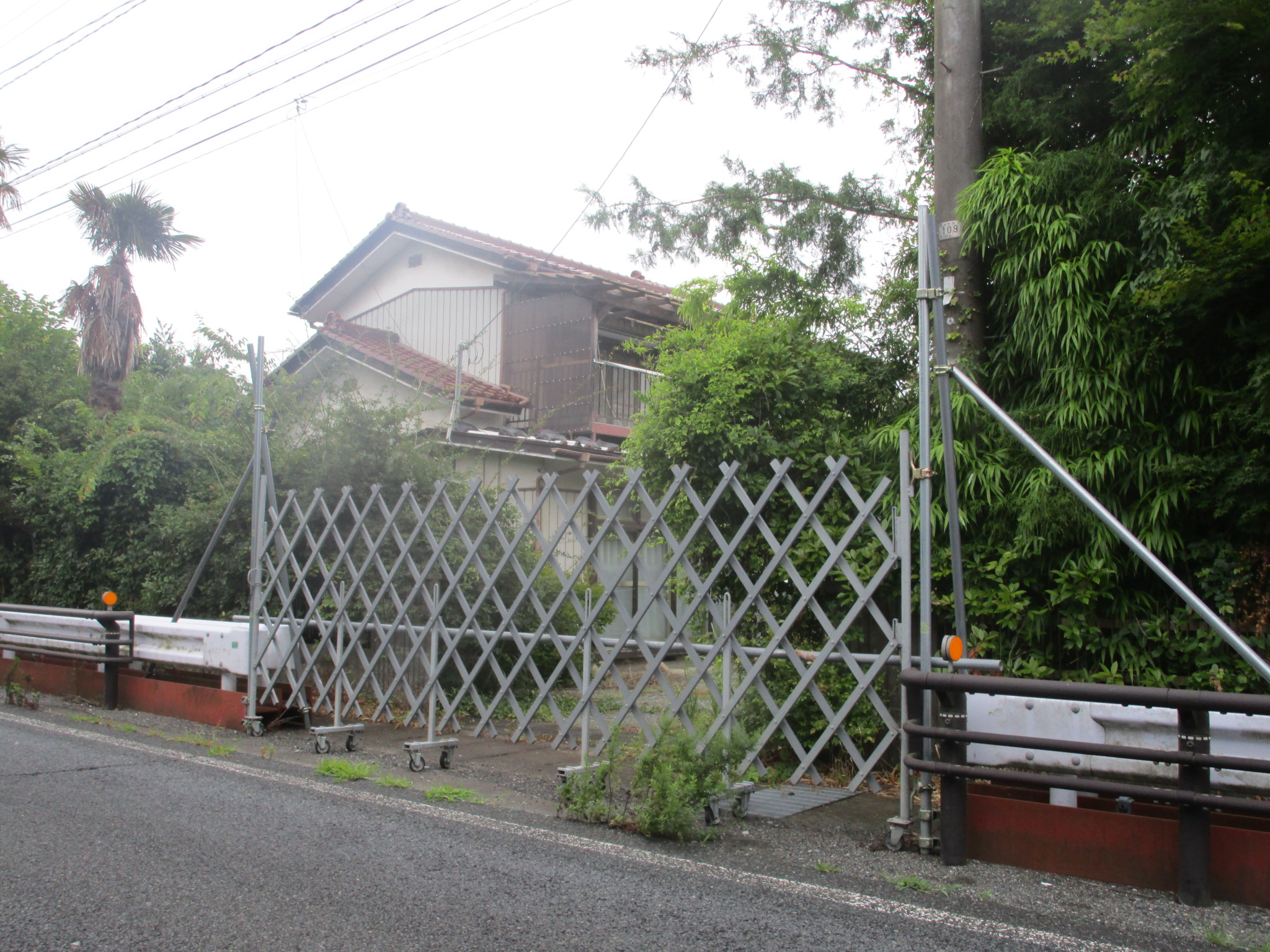 Last summer, I traveled to Fukushima prefecture, and as I moved closer to the Daiichi power plant, the ghost towns appeared. The stats from the quake and tsunami are staggering: 15,897 confirmed deaths, 6,157 injured, and 2,533 people missing.
Last summer, I traveled to Fukushima prefecture, and as I moved closer to the Daiichi power plant, the ghost towns appeared. The stats from the quake and tsunami are staggering: 15,897 confirmed deaths, 6,157 injured, and 2,533 people missing. 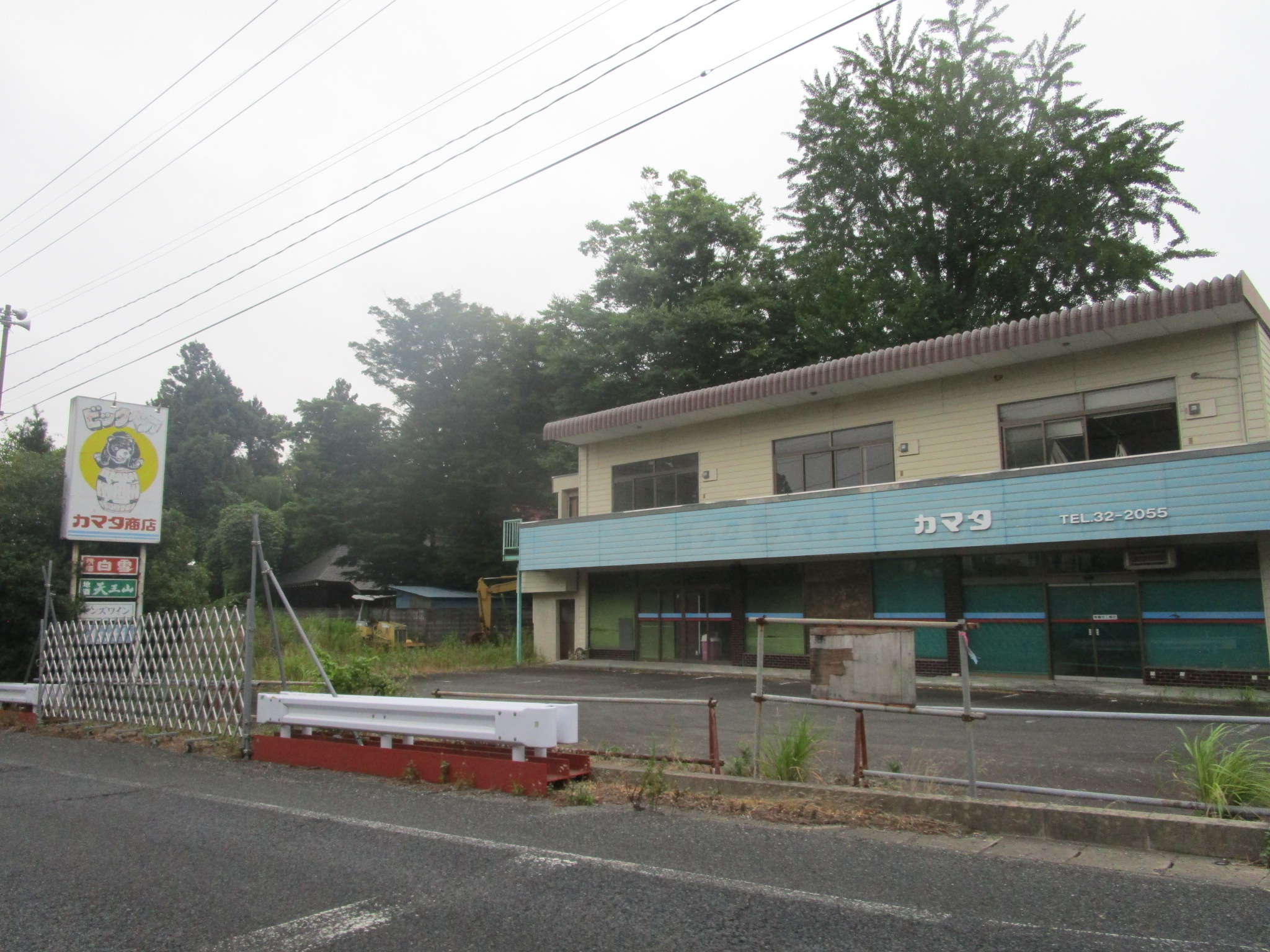 The main road — parallel to the ocean — is open to vehicles, but the homes and business on either side are permanently closed.
The main road — parallel to the ocean — is open to vehicles, but the homes and business on either side are permanently closed.  Monitors along the road display radiation levels.
Monitors along the road display radiation levels. 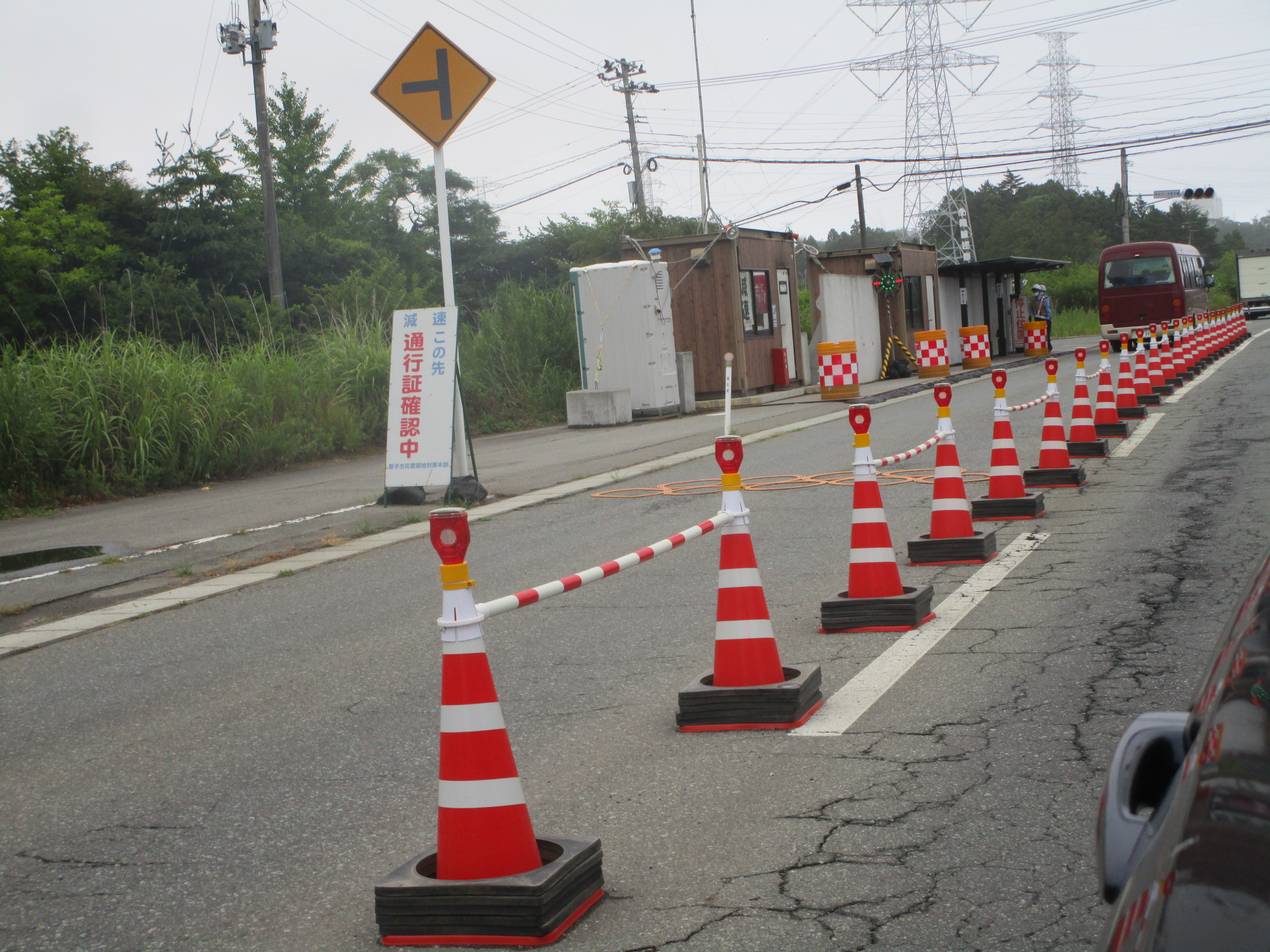 This is the entrance to Daiichi.
This is the entrance to Daiichi. 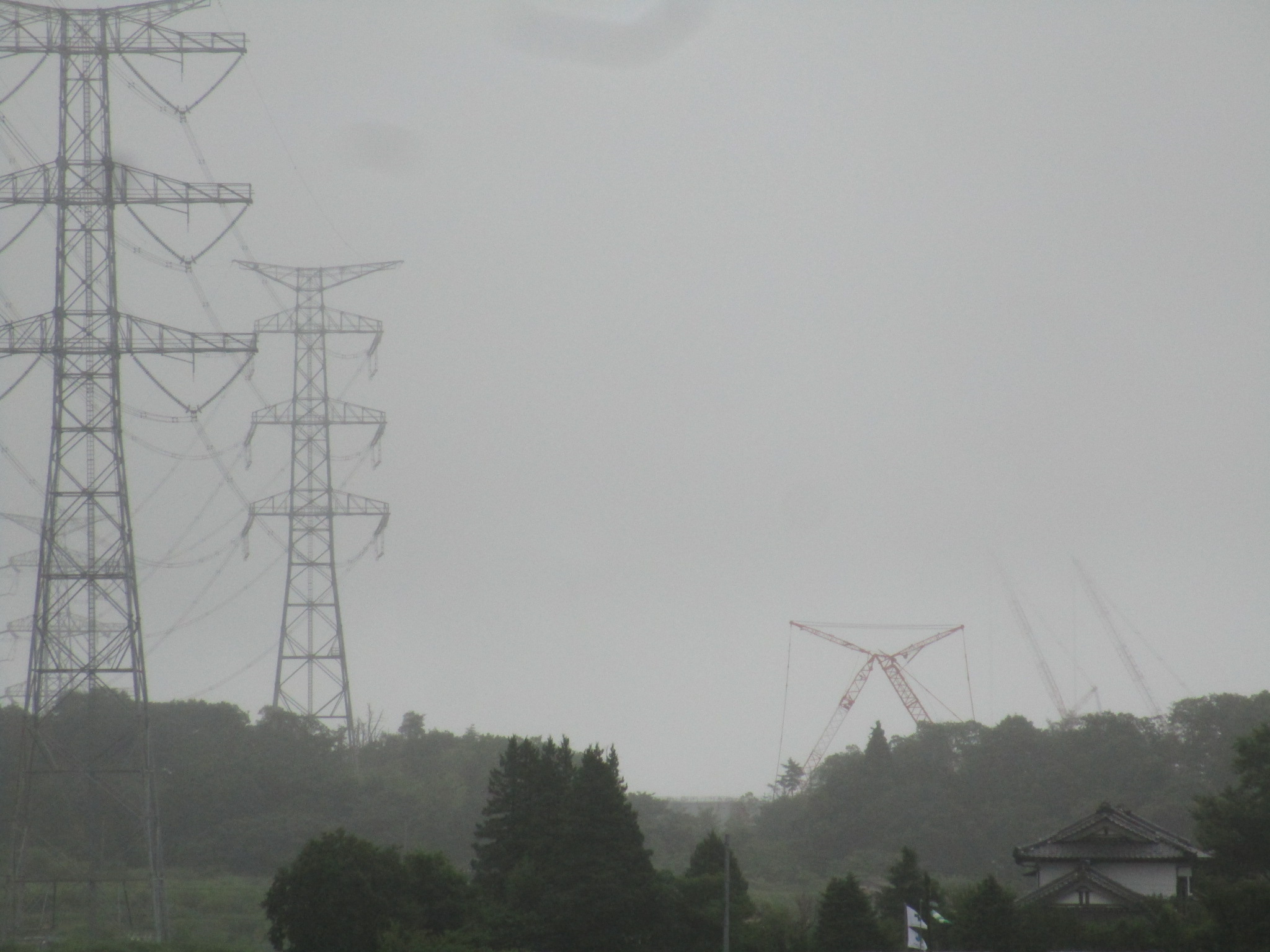 The power plant is under the cranes to the right. Clean up efforts are estimated at 40 years.
The power plant is under the cranes to the right. Clean up efforts are estimated at 40 years. 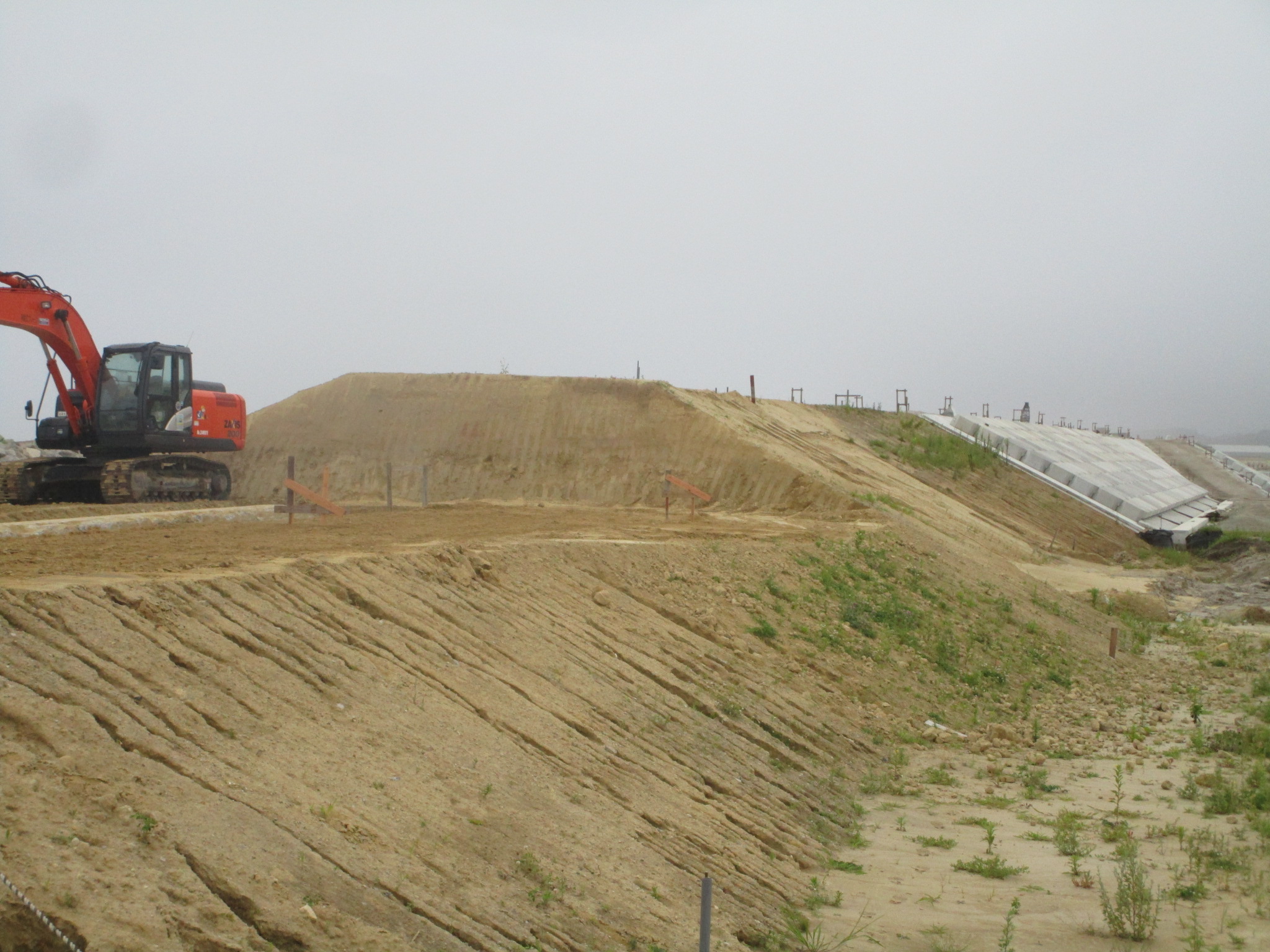 Just north of the plant, I watched construction of sea walls…
Just north of the plant, I watched construction of sea walls… 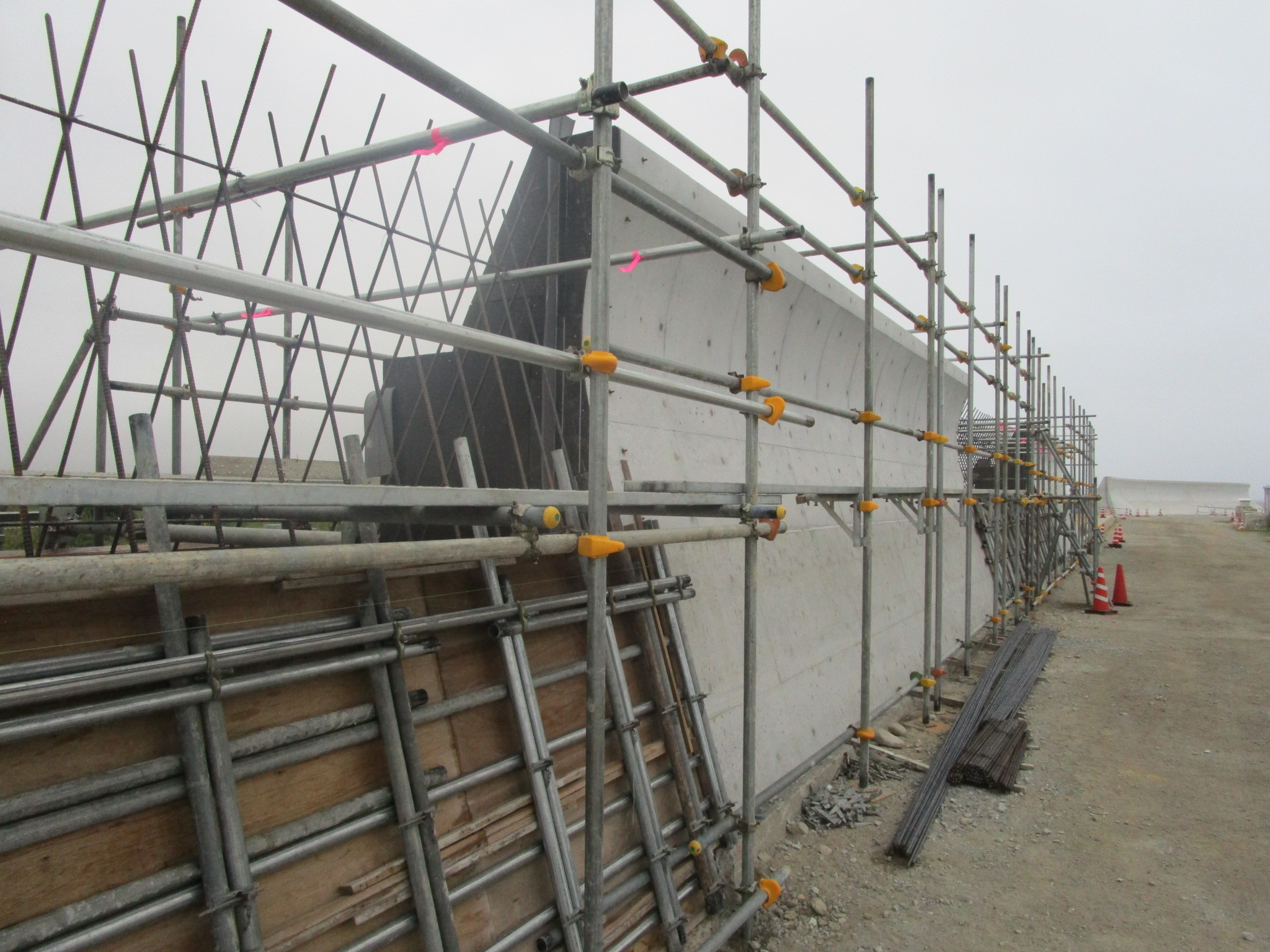 … …as defense against the next tsunami.
… …as defense against the next tsunami. 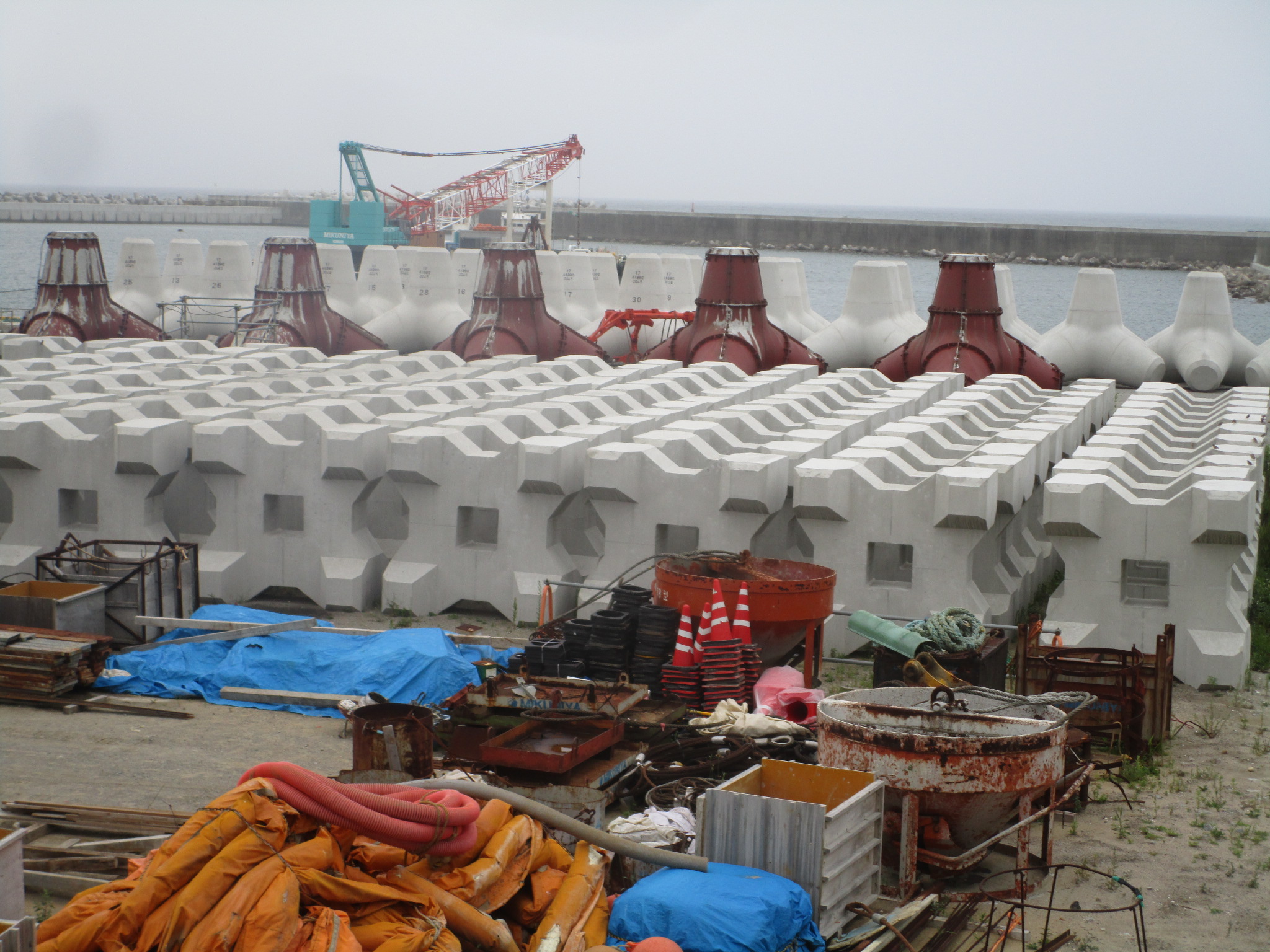 These concrete blocks will be placed along the shore line.
These concrete blocks will be placed along the shore line. 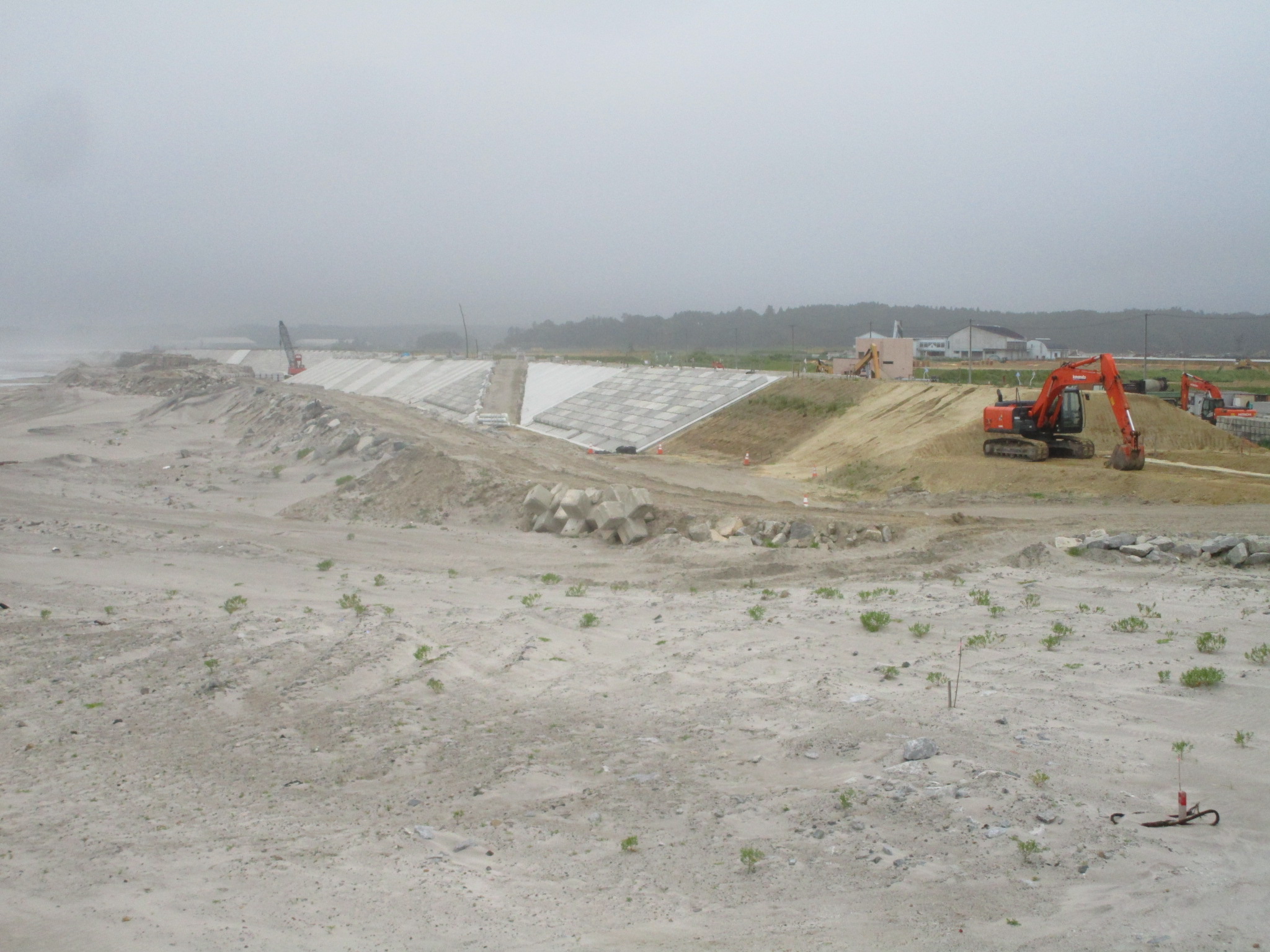 This is not your typical beach.
This is not your typical beach.
 As I write this post on March 28, 2019, the news media is remembering the events of March 28, 1979. It was 40 years ago when the world’s first nuclear accident occurred at Three Mile Island. At that time. Lynda and I evacuated from our college only 6 miles away (home for me was merely 15 miles away). It’s fascinating to watch the transformation of the energy industry over the past 4 decades.
As I write this post on March 28, 2019, the news media is remembering the events of March 28, 1979. It was 40 years ago when the world’s first nuclear accident occurred at Three Mile Island. At that time. Lynda and I evacuated from our college only 6 miles away (home for me was merely 15 miles away). It’s fascinating to watch the transformation of the energy industry over the past 4 decades.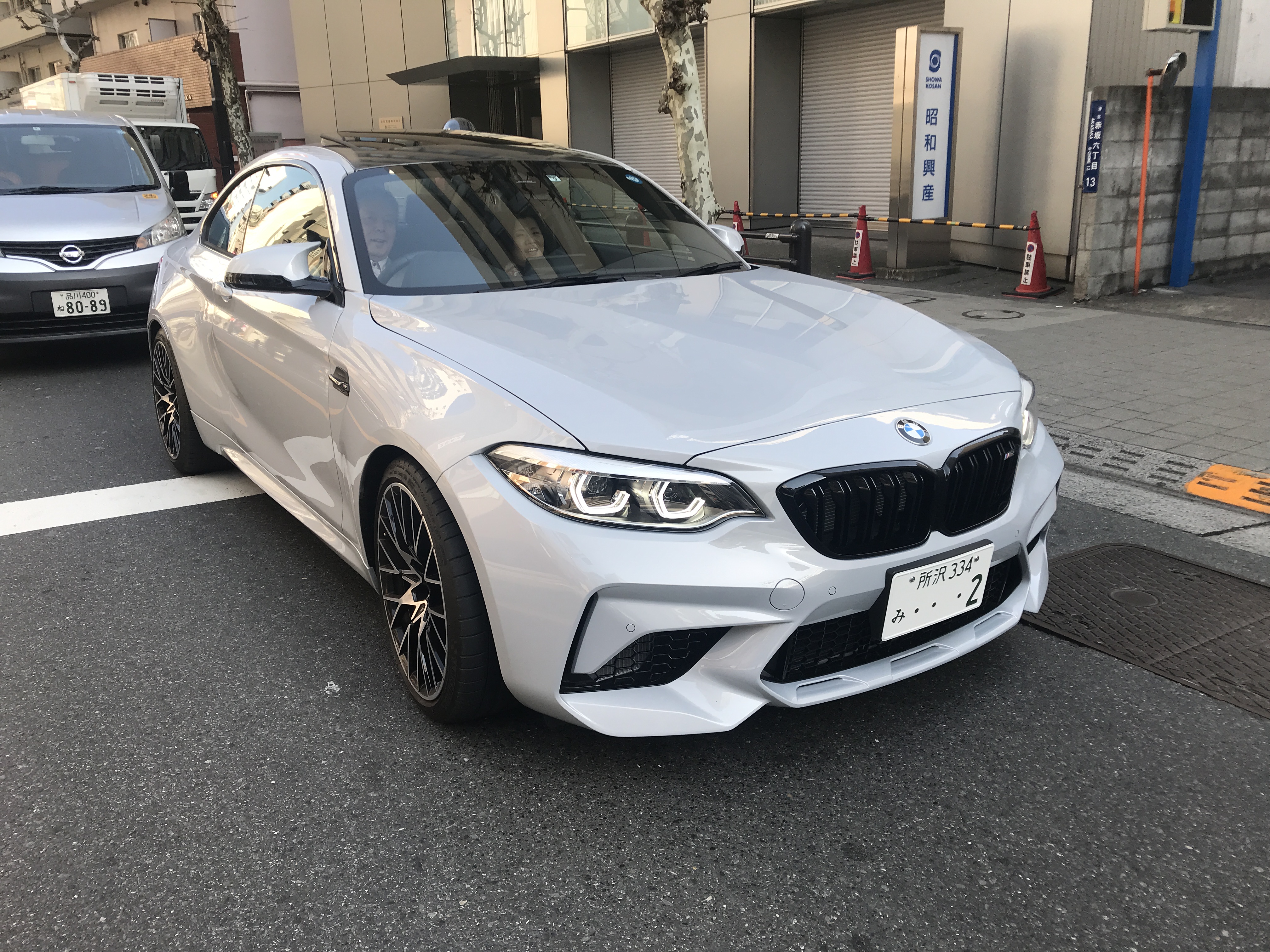 Moving on to happier stories, Japan is the 3rd largest car market in the world. People love their cars and adorn them with personal license numbers, like this BMW M2 for instance.
Moving on to happier stories, Japan is the 3rd largest car market in the world. People love their cars and adorn them with personal license numbers, like this BMW M2 for instance. 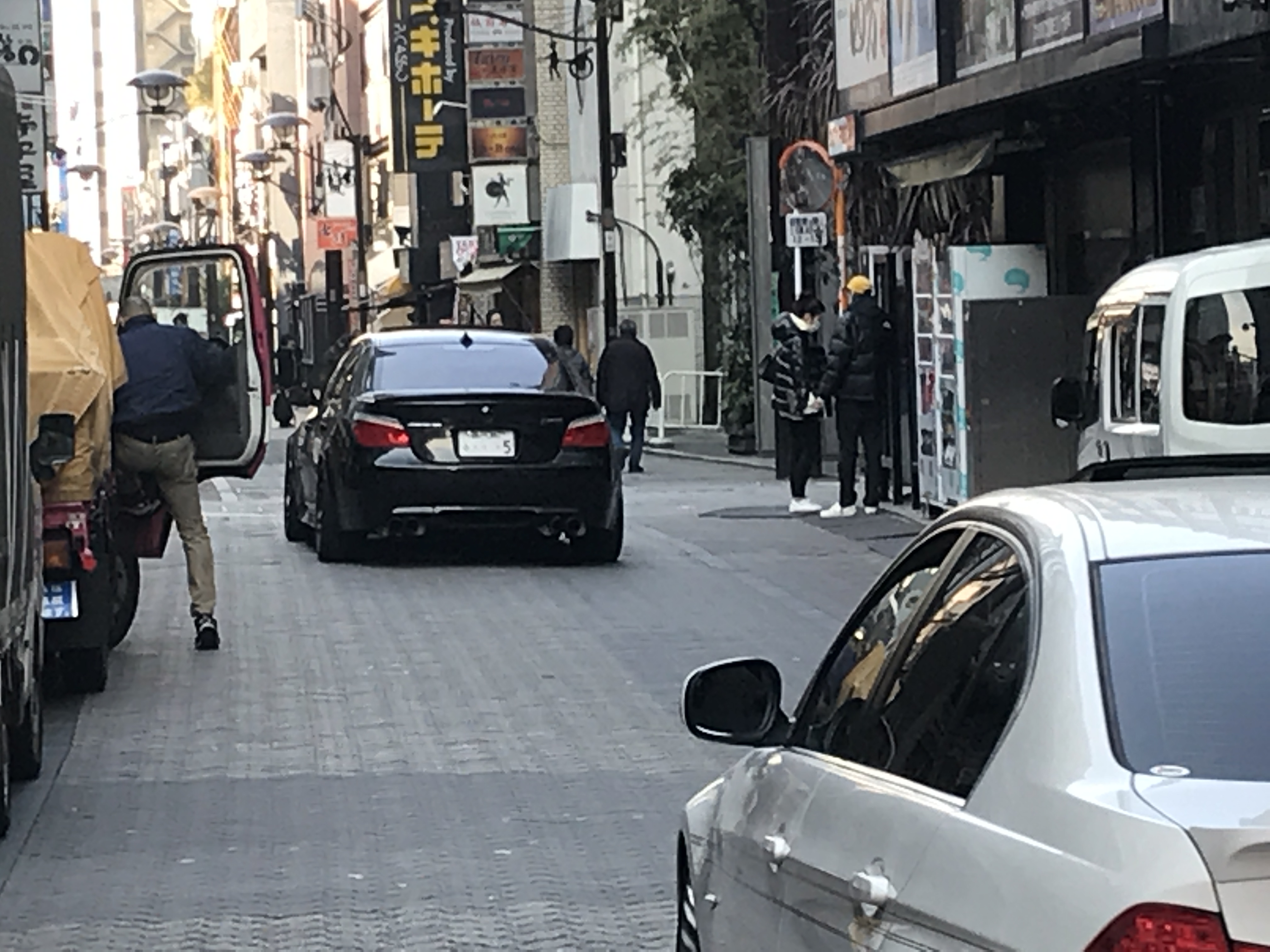 The dark car is a 5 Series with the license number 5… but please also notice the white car behind him…
The dark car is a 5 Series with the license number 5… but please also notice the white car behind him…  … it’s a 3 Series with the license 33 33.
… it’s a 3 Series with the license 33 33. 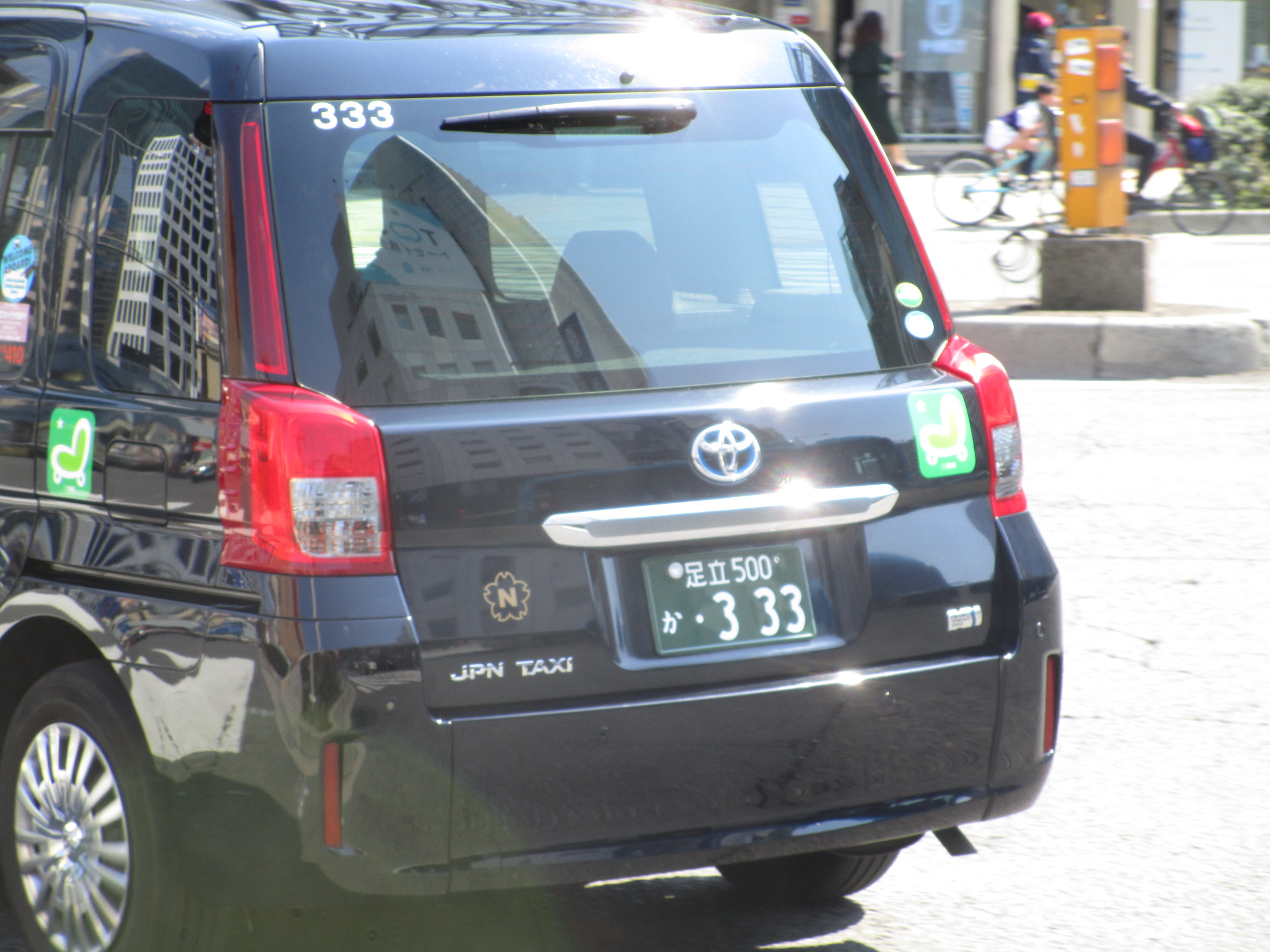 i’m assuming this Toyota taxi received this number at random.
i’m assuming this Toyota taxi received this number at random. 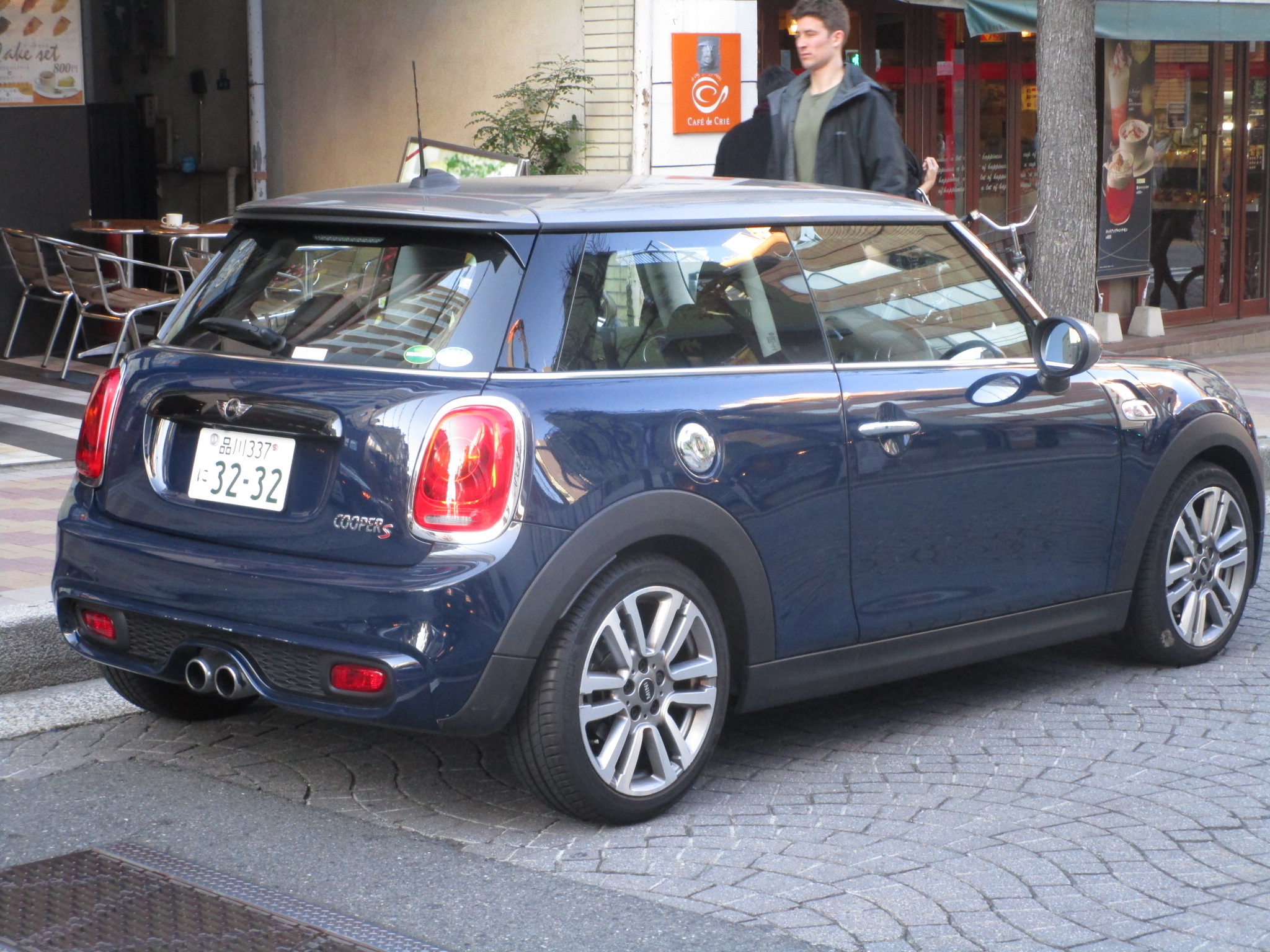 The number 32 is pronounced “mini” in Japanese. Clearly this MINI owner put forth extra effort for this number.
The number 32 is pronounced “mini” in Japanese. Clearly this MINI owner put forth extra effort for this number. 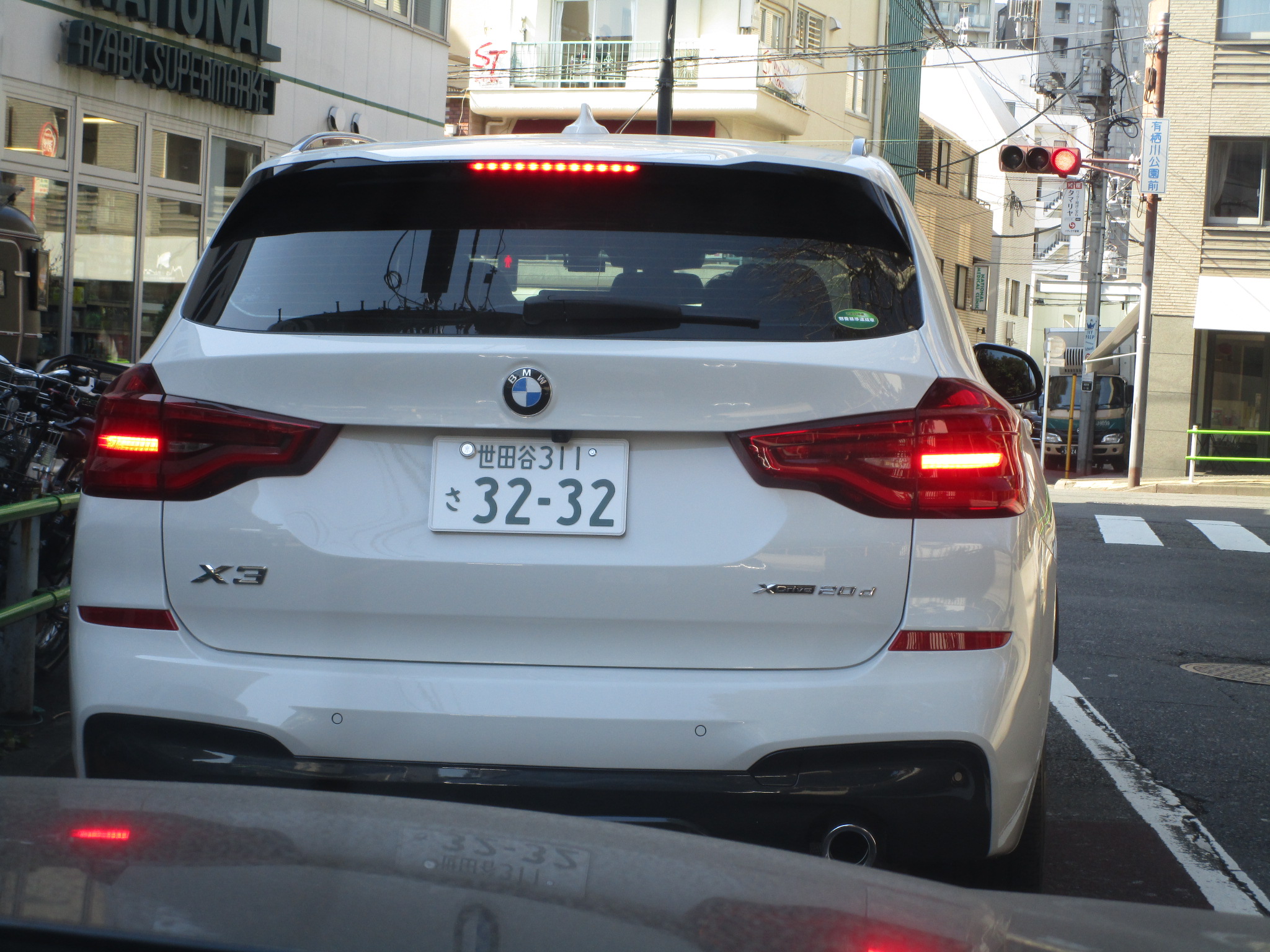 I’m assuming this BMW owner formerly drove a MINI, and merely transferred the licence plate.
I’m assuming this BMW owner formerly drove a MINI, and merely transferred the licence plate. 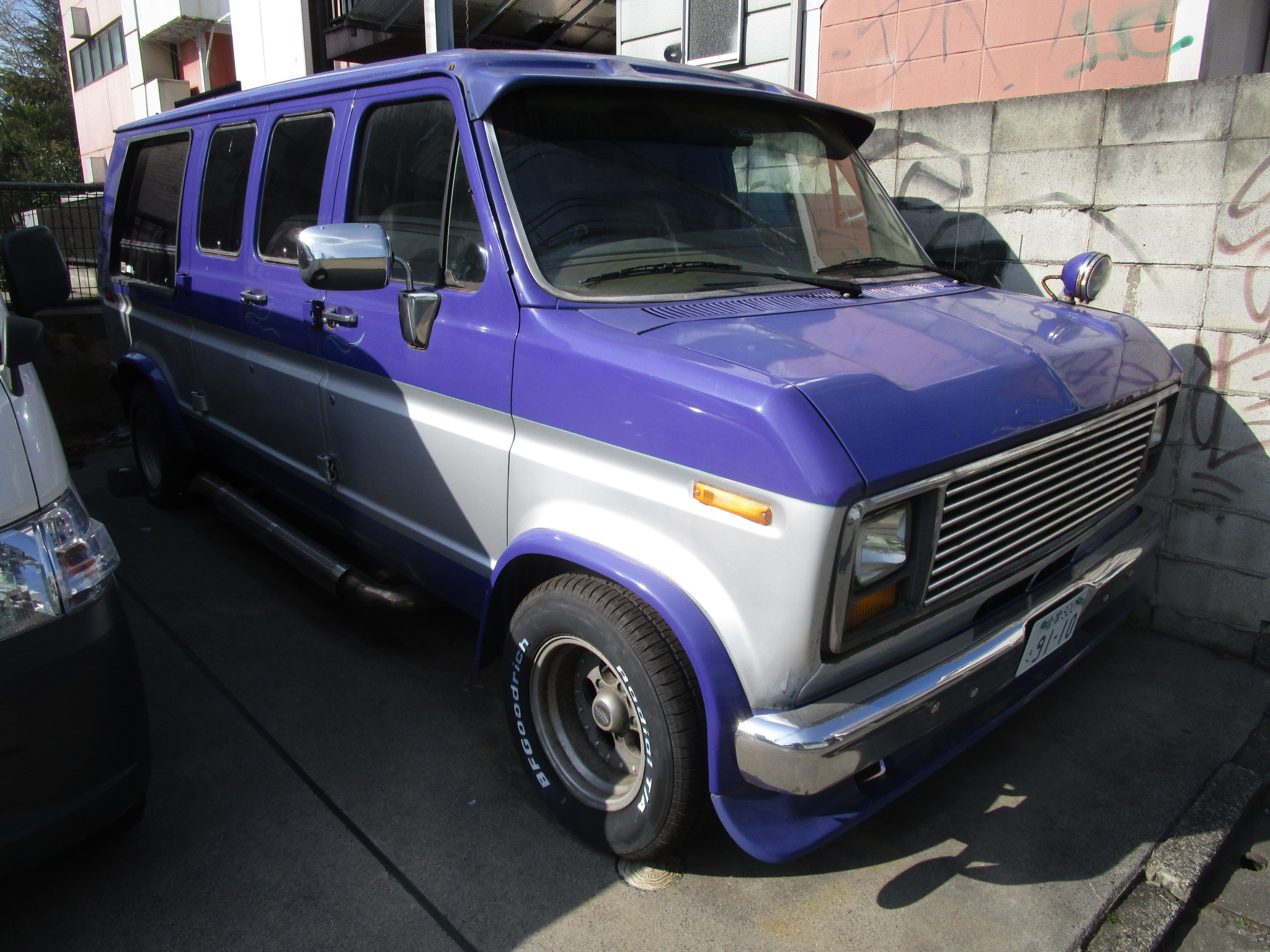 This has nothing to do with license numbers, but this massive Ford van appears to have been transported to Tokyo from 1970s America (I love the whitewall tires and side exhaust).
This has nothing to do with license numbers, but this massive Ford van appears to have been transported to Tokyo from 1970s America (I love the whitewall tires and side exhaust). 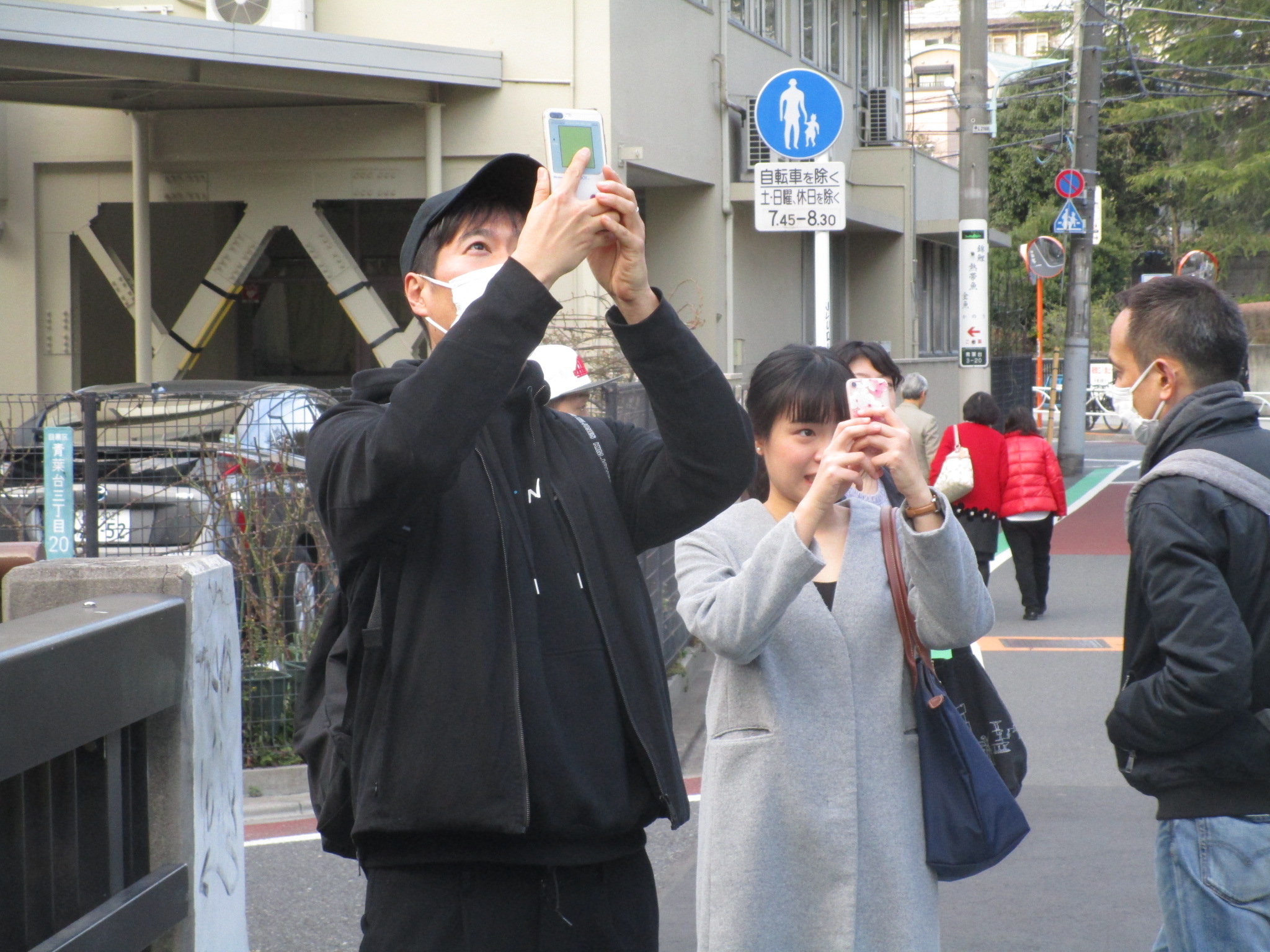 This next story has captivated thousands…
This next story has captivated thousands… 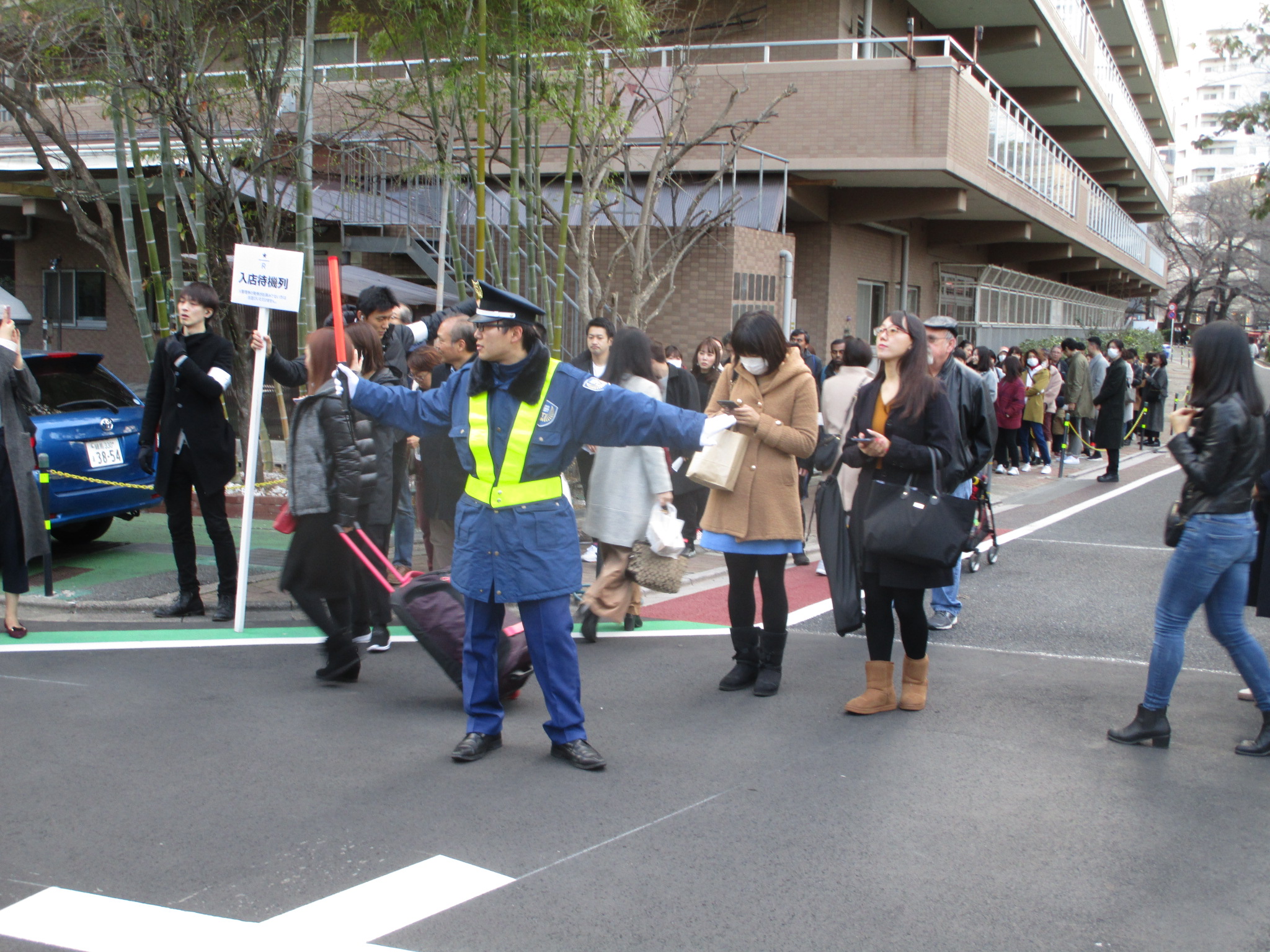 … … involving huge crowds…
… … involving huge crowds… 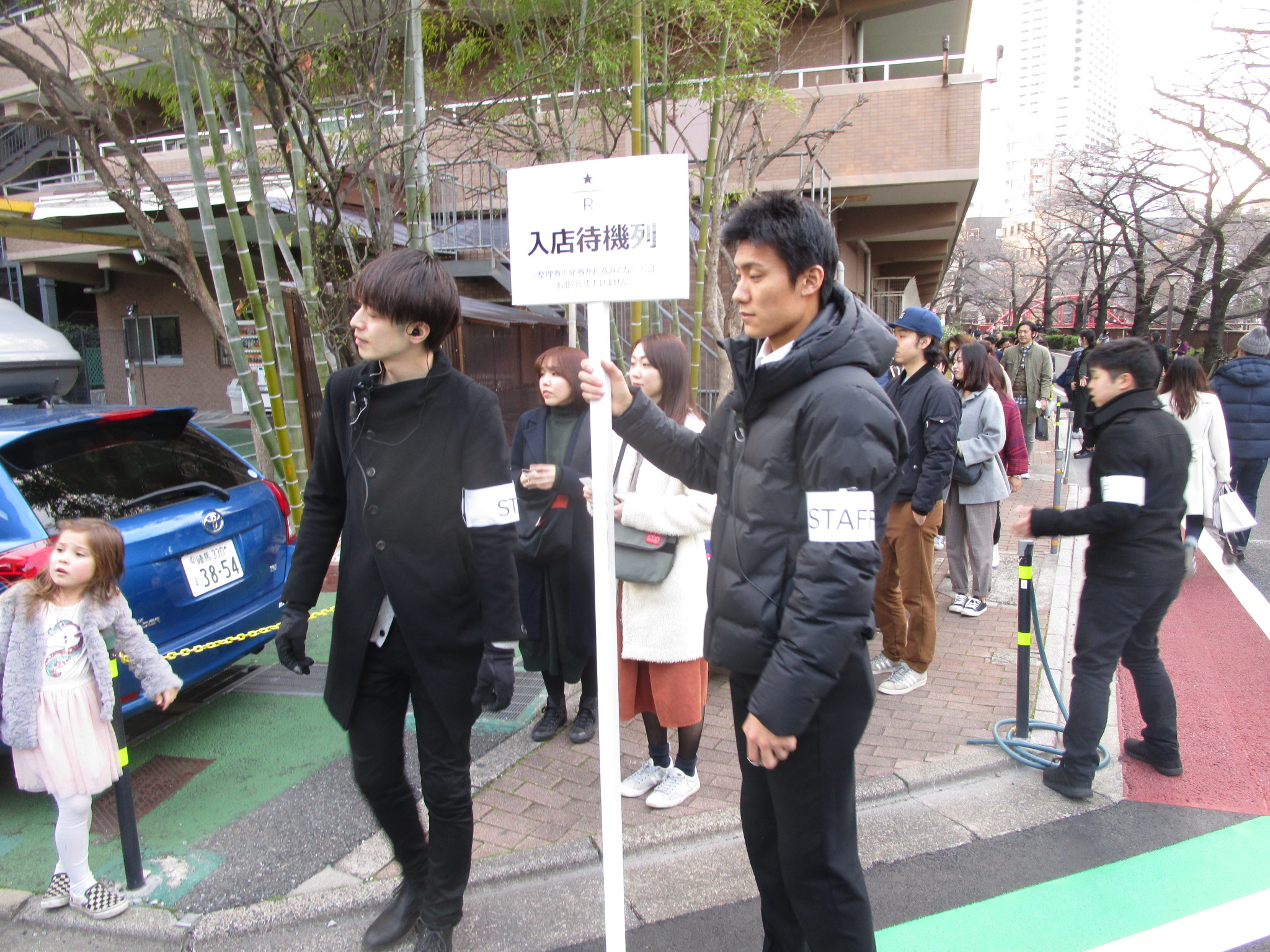 …where people patiently queued. What can it be?
…where people patiently queued. What can it be? 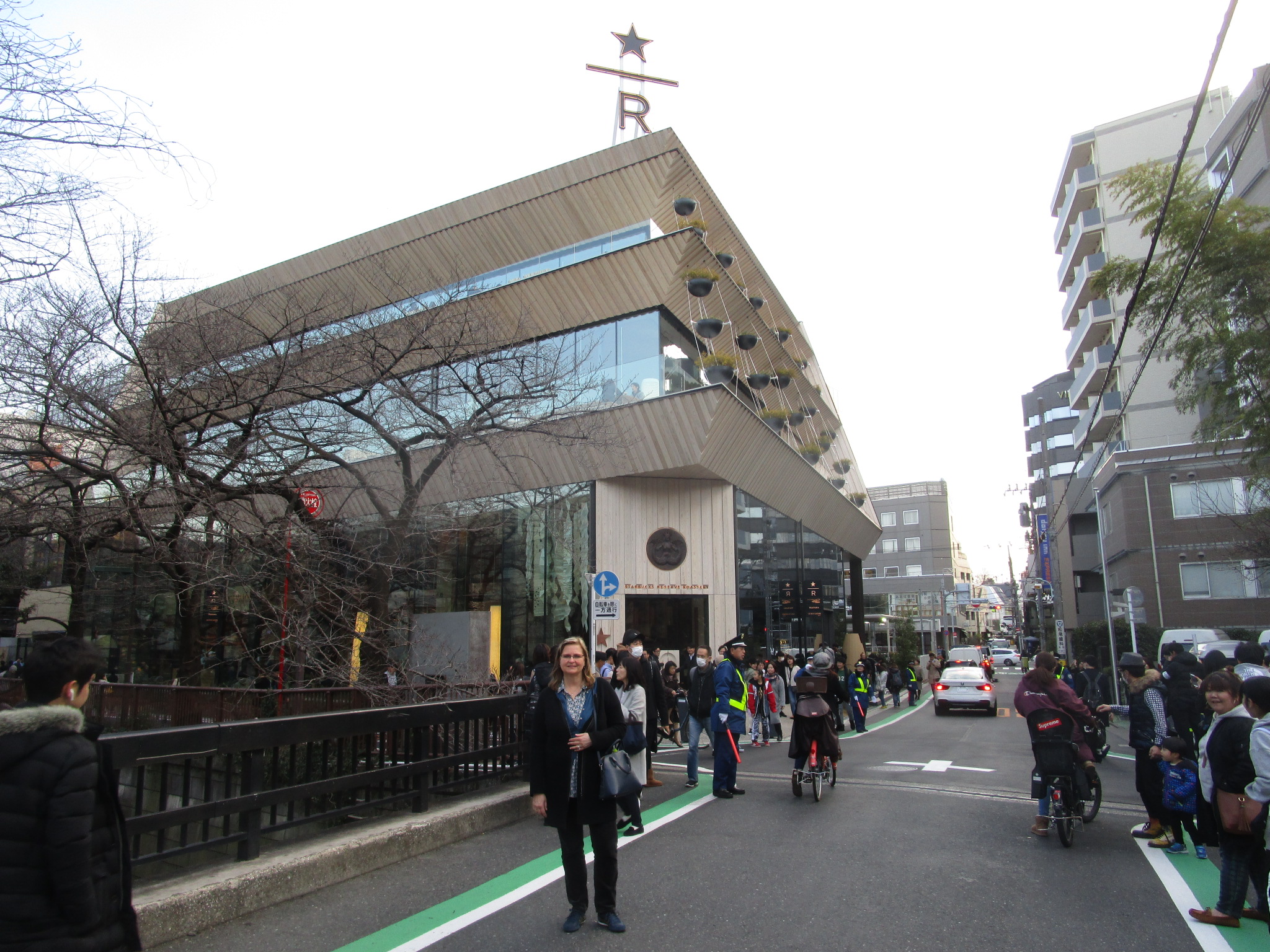 The world’s largest Starbucks Roastery Reserve just opened in Tokyo.
The world’s largest Starbucks Roastery Reserve just opened in Tokyo. 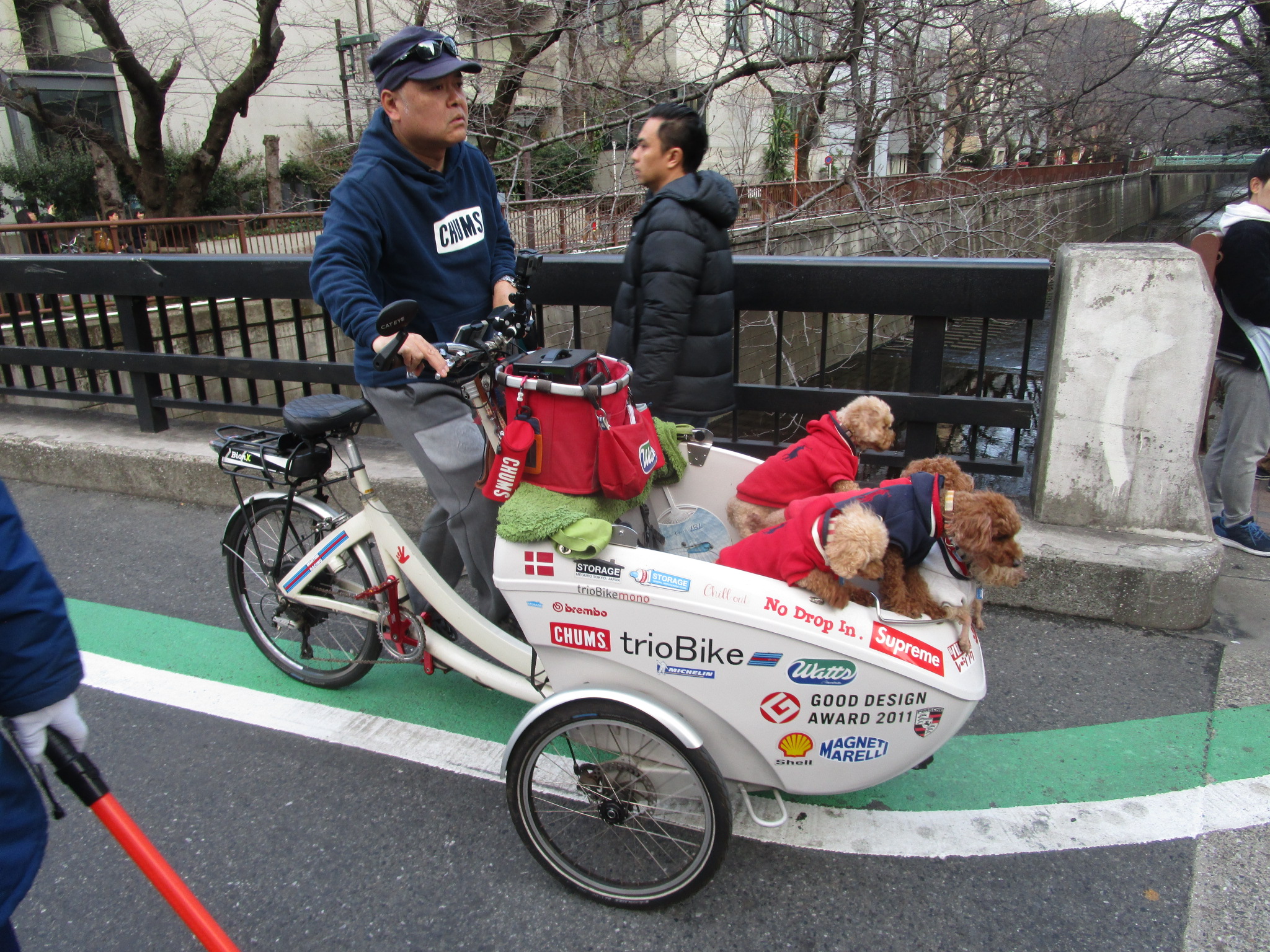 Everyone wanted to see it.
Everyone wanted to see it.  These pups came dressed for the occasion…
These pups came dressed for the occasion… 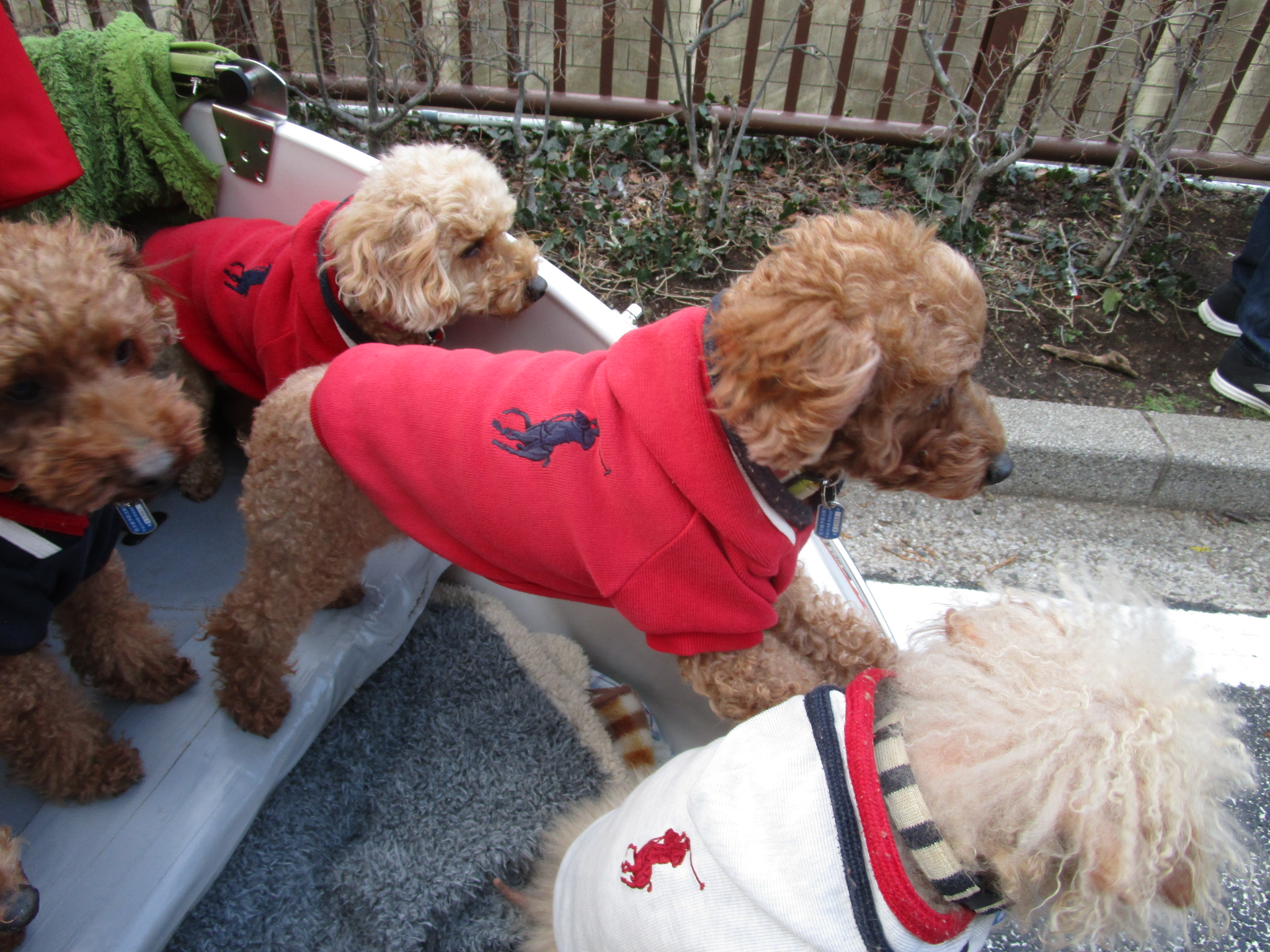 … in their Ralph Lauren outfits.
… in their Ralph Lauren outfits. 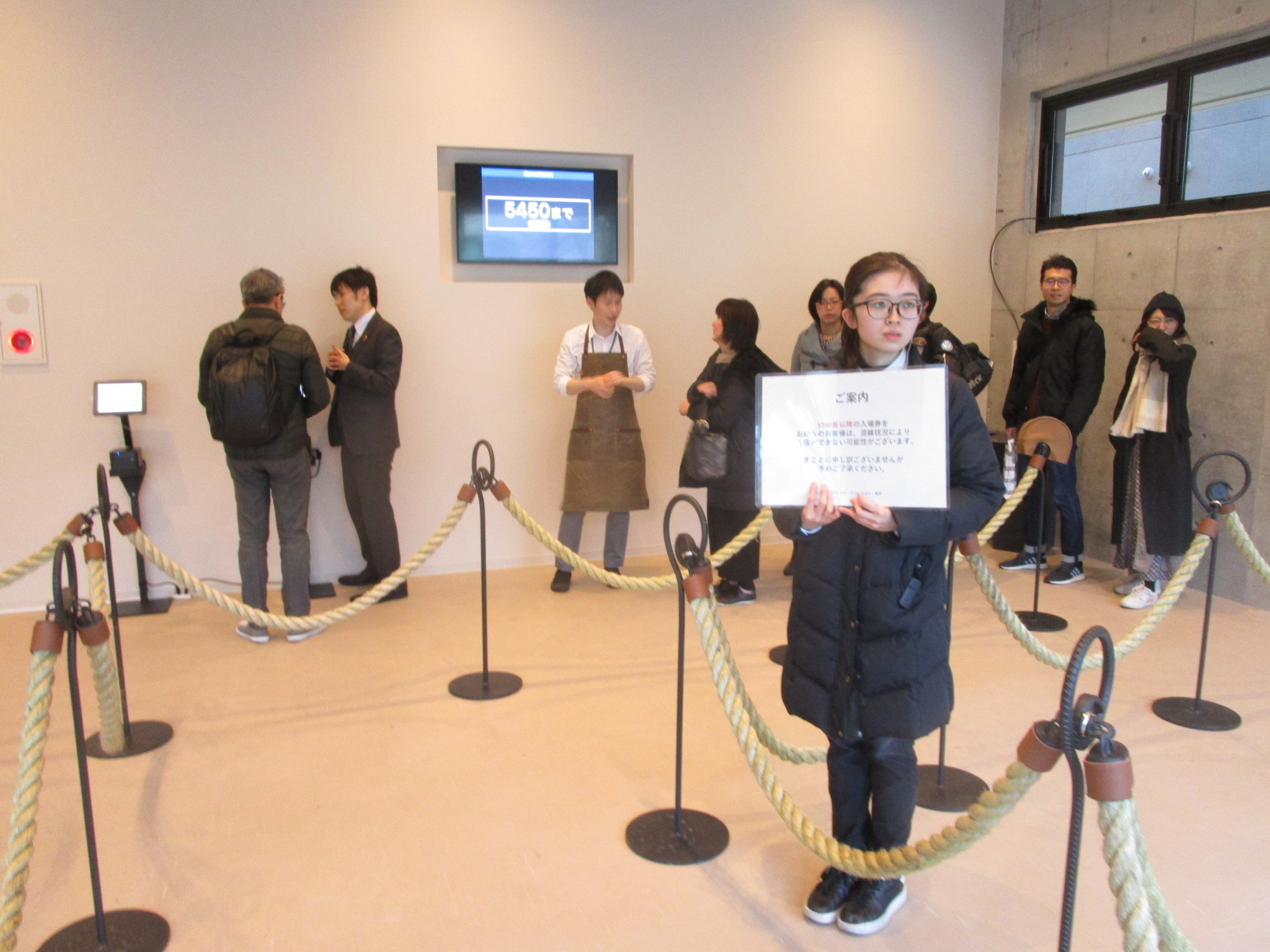 Our journey started here where we received entry tickets.
Our journey started here where we received entry tickets. 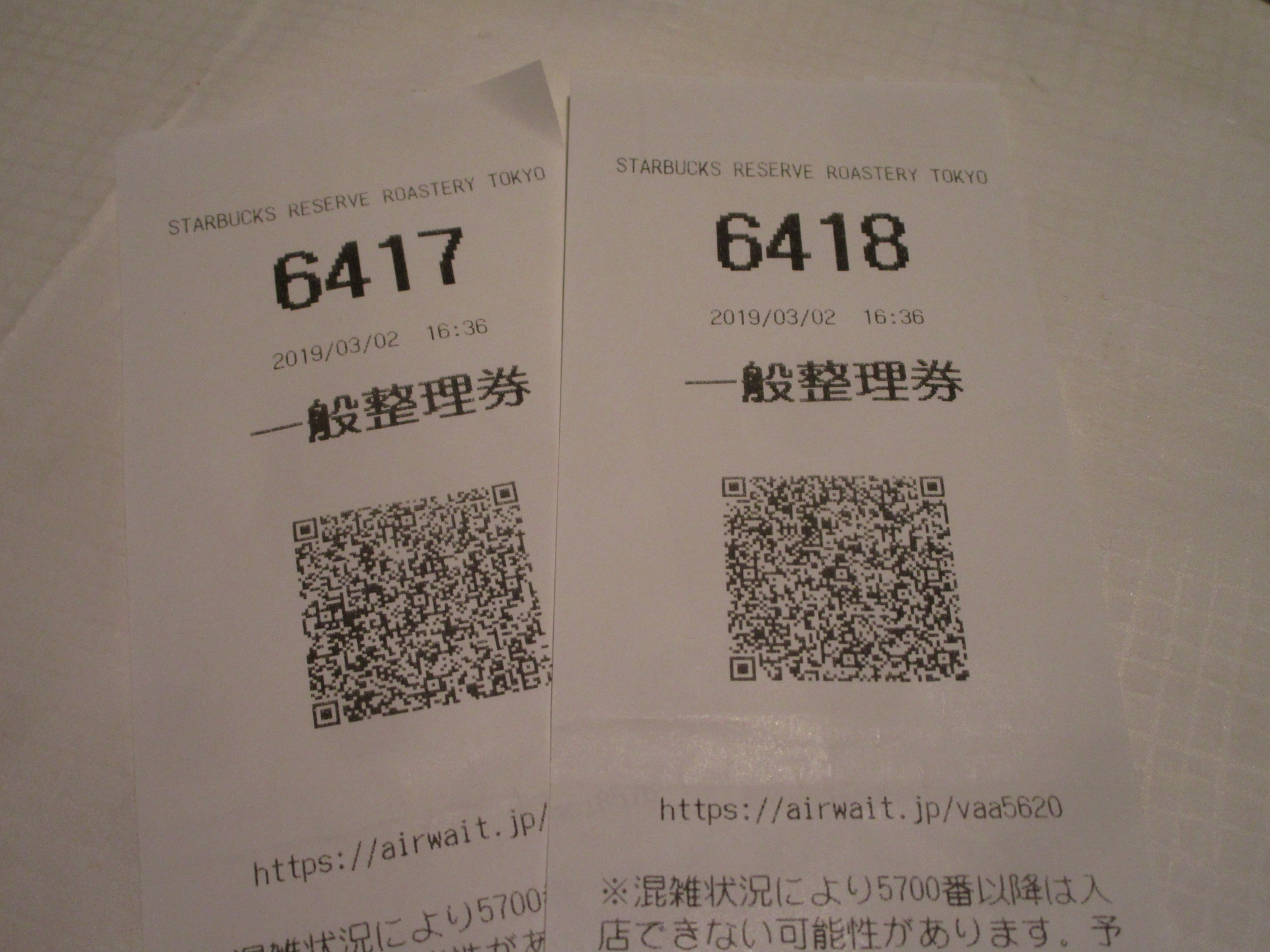 Using the QR code, we were able to monitor our wait time. We had 1000 people in front of us.
Using the QR code, we were able to monitor our wait time. We had 1000 people in front of us.
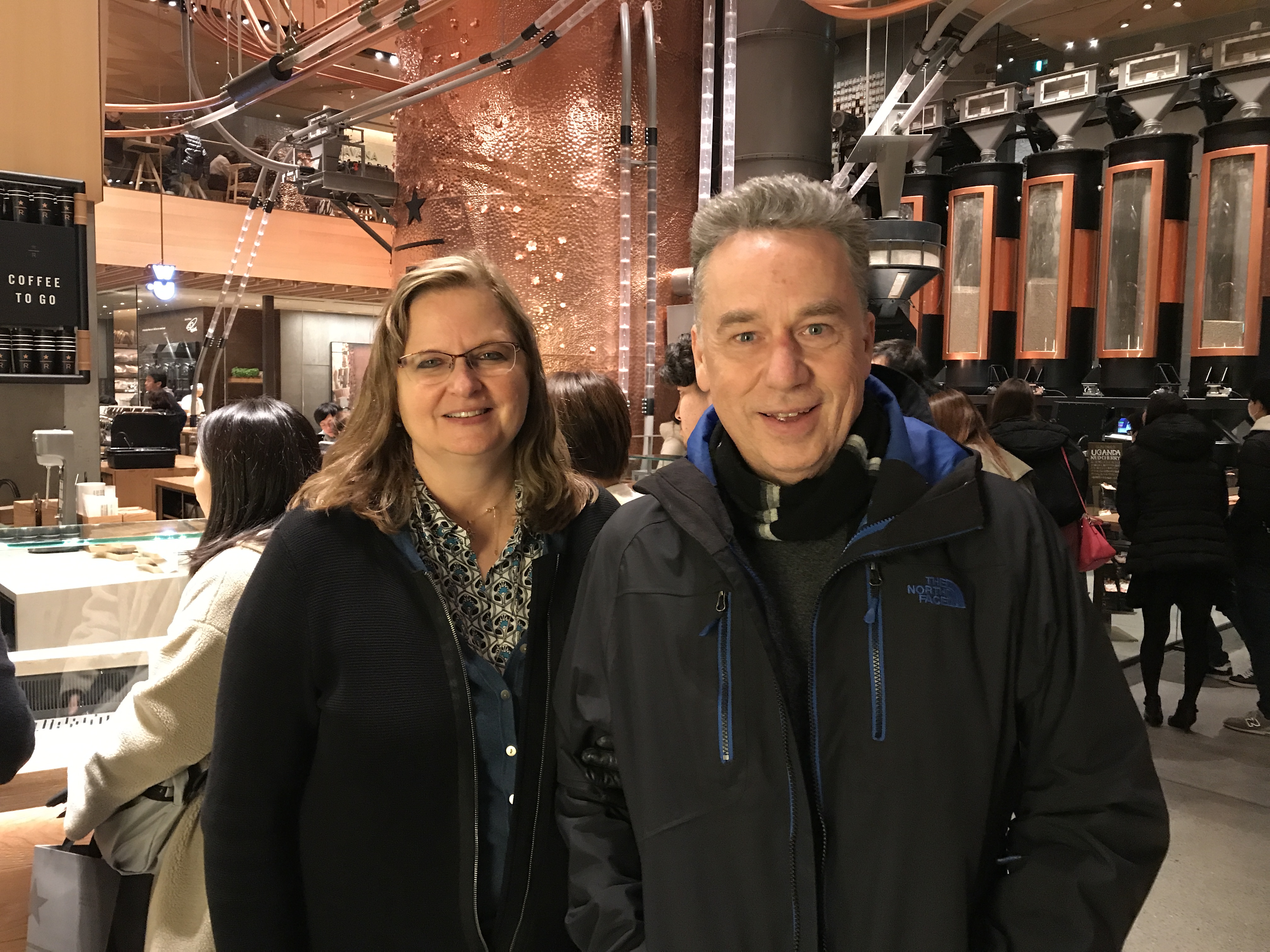 After 4 hours, we finally made it inside. I don’t drink coffee, but they had an entire floor dedicated to tea. It was quite an experience.
After 4 hours, we finally made it inside. I don’t drink coffee, but they had an entire floor dedicated to tea. It was quite an experience.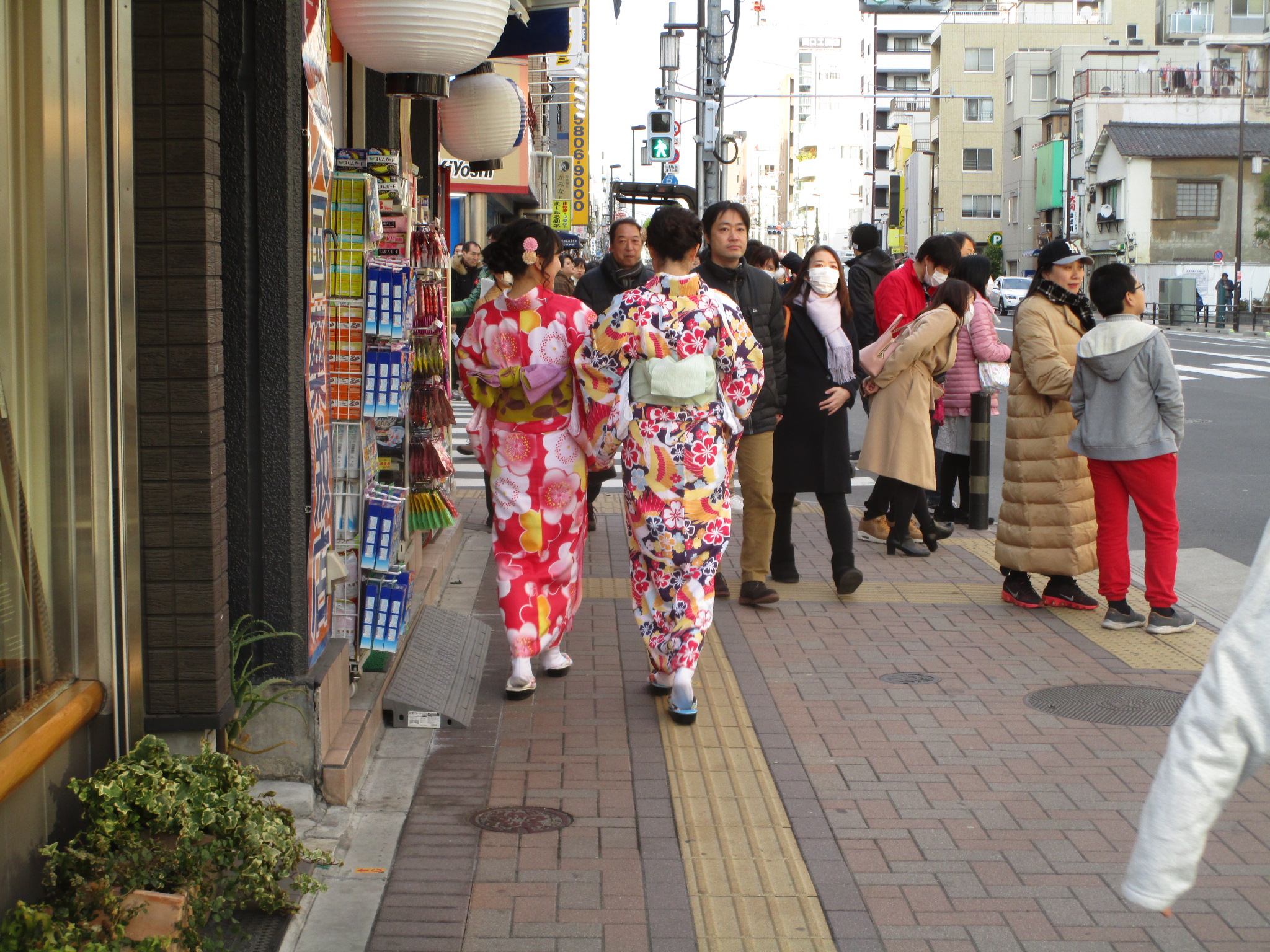 What follows are random photos from the sidewalks of Tokyo. These young ladies are out for a Sunday stroll.
What follows are random photos from the sidewalks of Tokyo. These young ladies are out for a Sunday stroll. 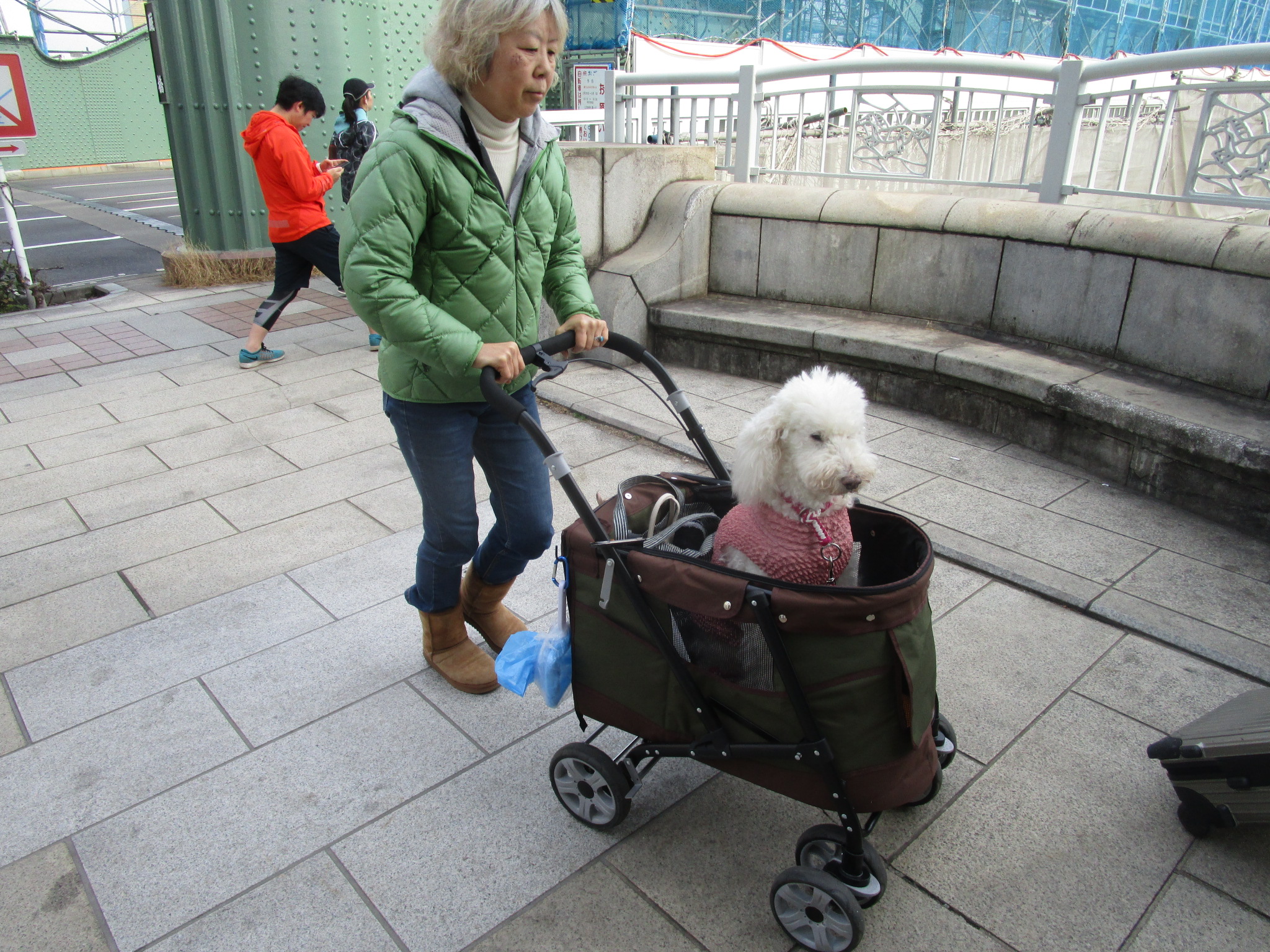 This is how many people “walk” their dogs.
This is how many people “walk” their dogs. 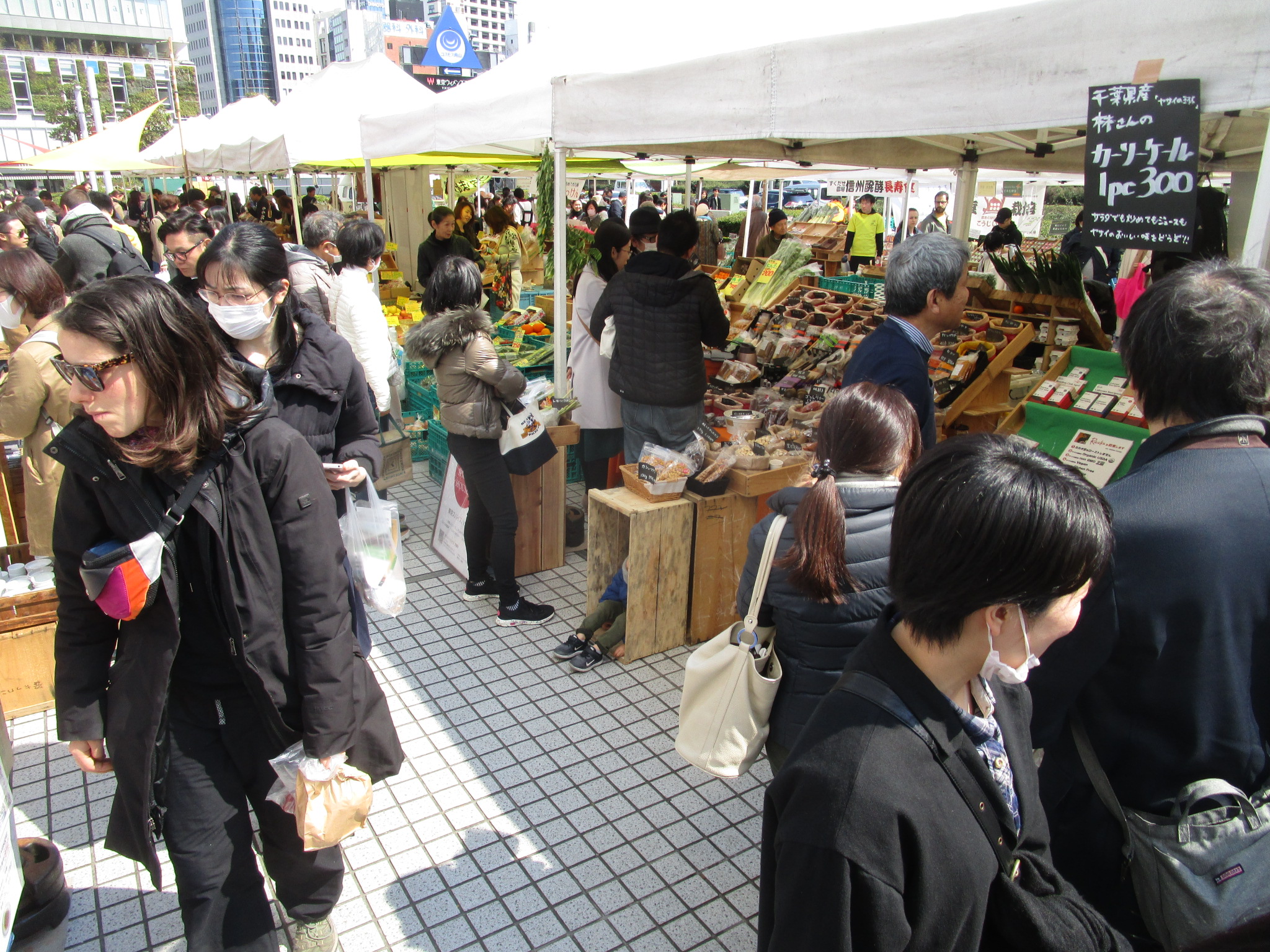 This farmers market was full of activity… but do you notice anything a bit odd (hint: look at the center of the photo).
This farmers market was full of activity… but do you notice anything a bit odd (hint: look at the center of the photo). 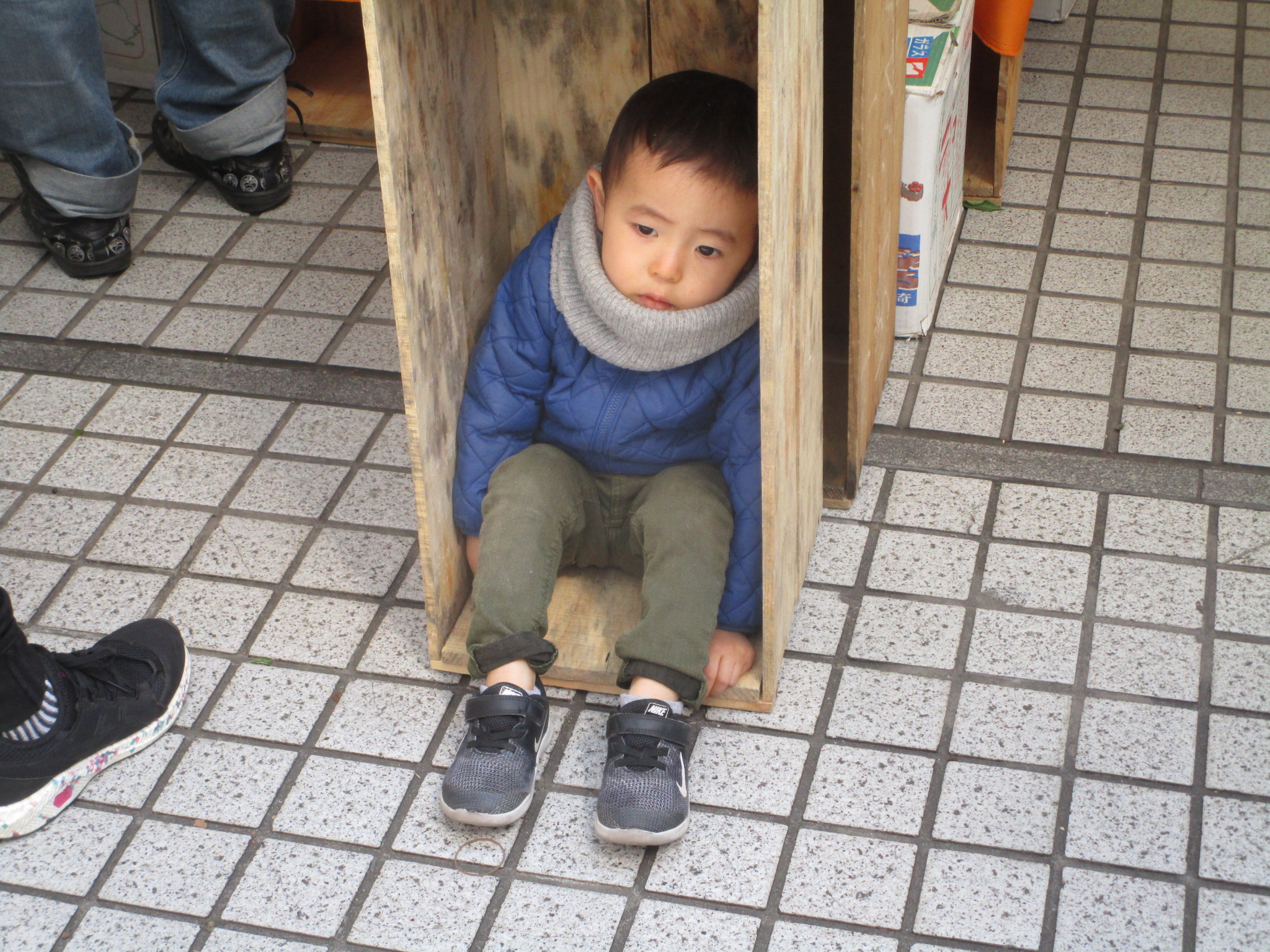 This little boy found a good place to rest.
This little boy found a good place to rest. 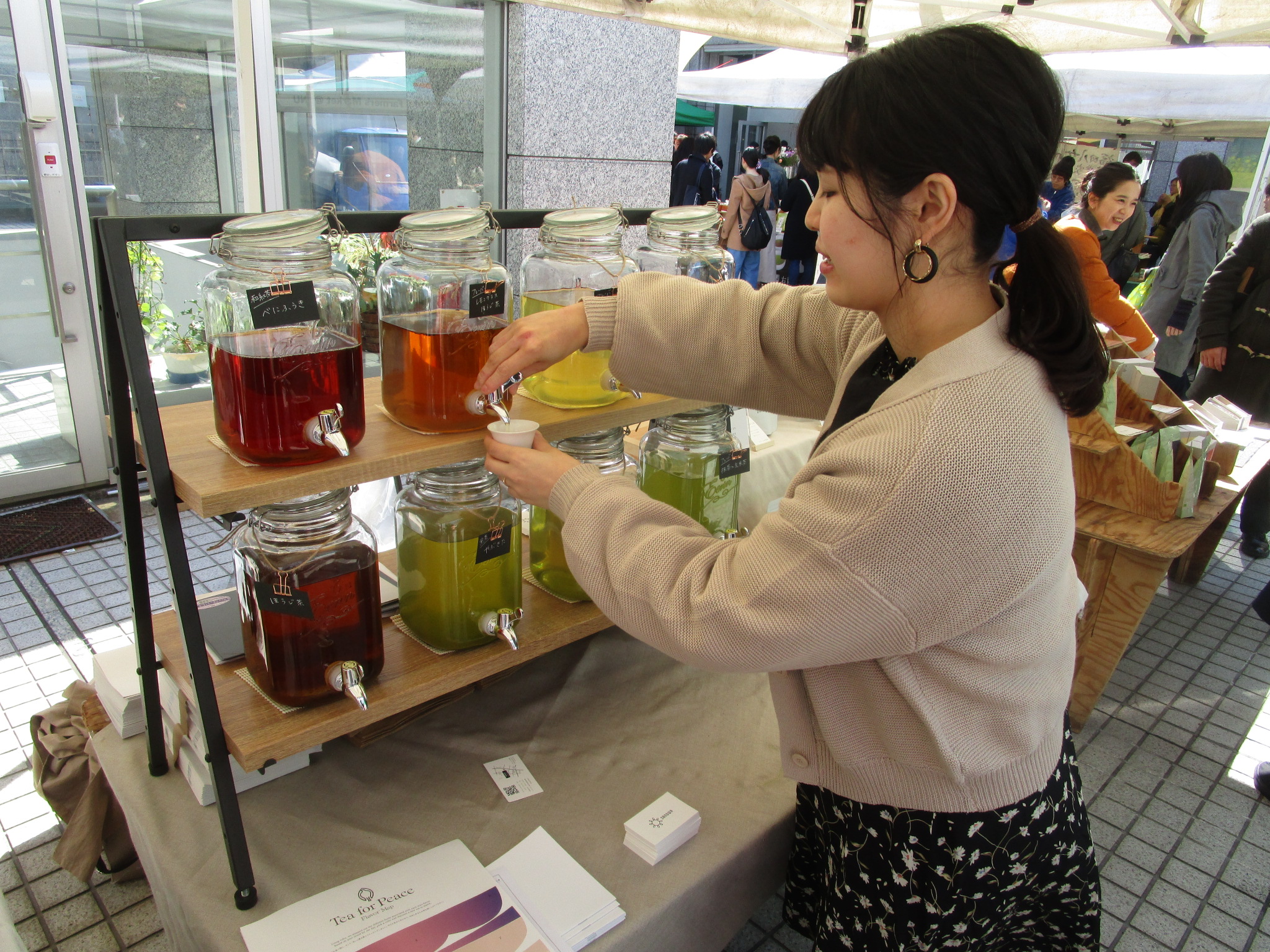 This market offered 100 different blends of teas, with samples for all. It was like tasting fine wine.
This market offered 100 different blends of teas, with samples for all. It was like tasting fine wine. 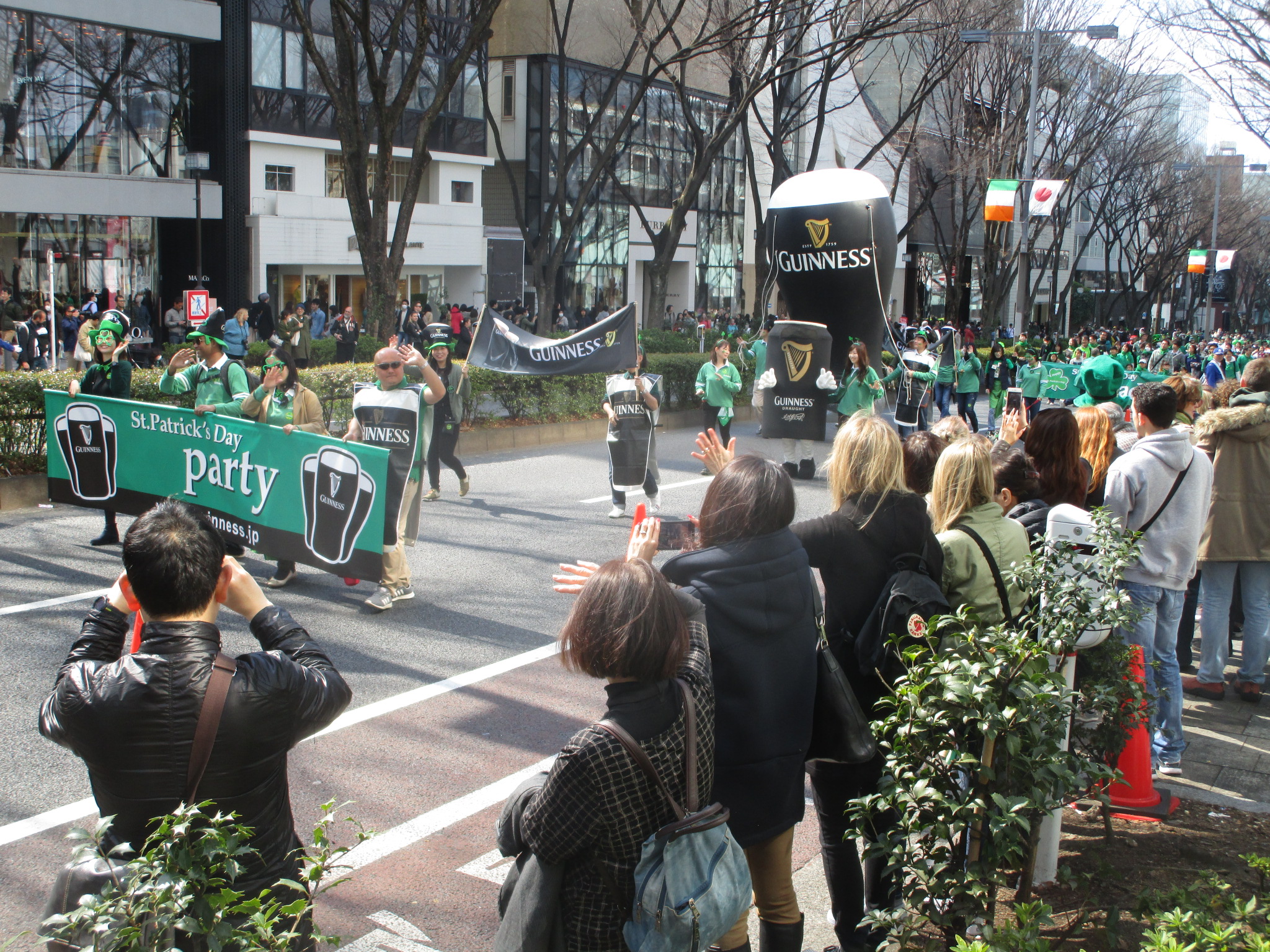 And yes, everyone is a bit Irish on March 17. The St. Patrick’s Day Parade marched down the main street in Omotesando…
And yes, everyone is a bit Irish on March 17. The St. Patrick’s Day Parade marched down the main street in Omotesando…  …bringing lots of spectators (these are real dogs – not stuffed animals).
…bringing lots of spectators (these are real dogs – not stuffed animals). 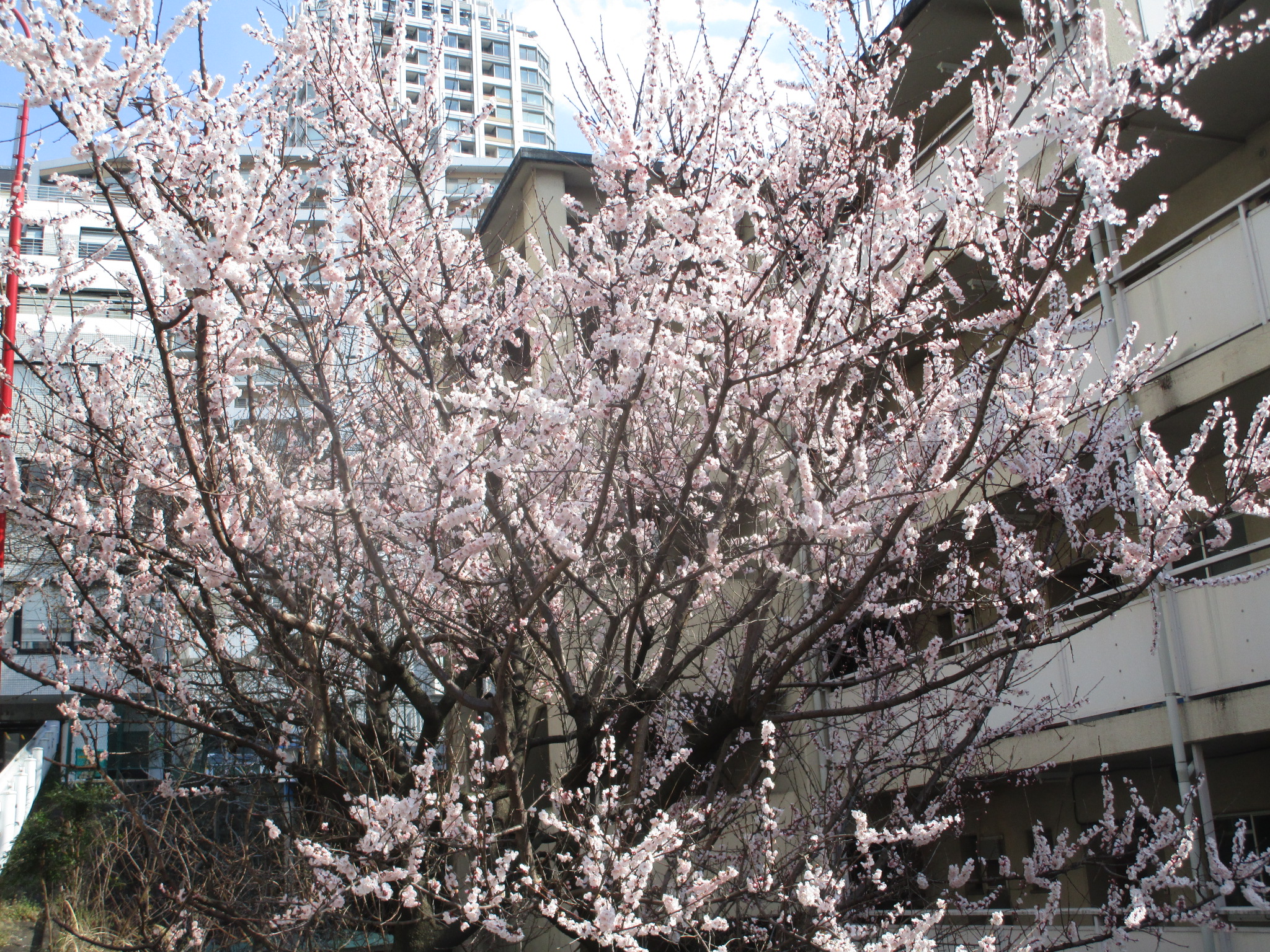 And here it is… cherry blossom season has arrived in Tokyo. This is one of the early bloomers.
And here it is… cherry blossom season has arrived in Tokyo. This is one of the early bloomers. 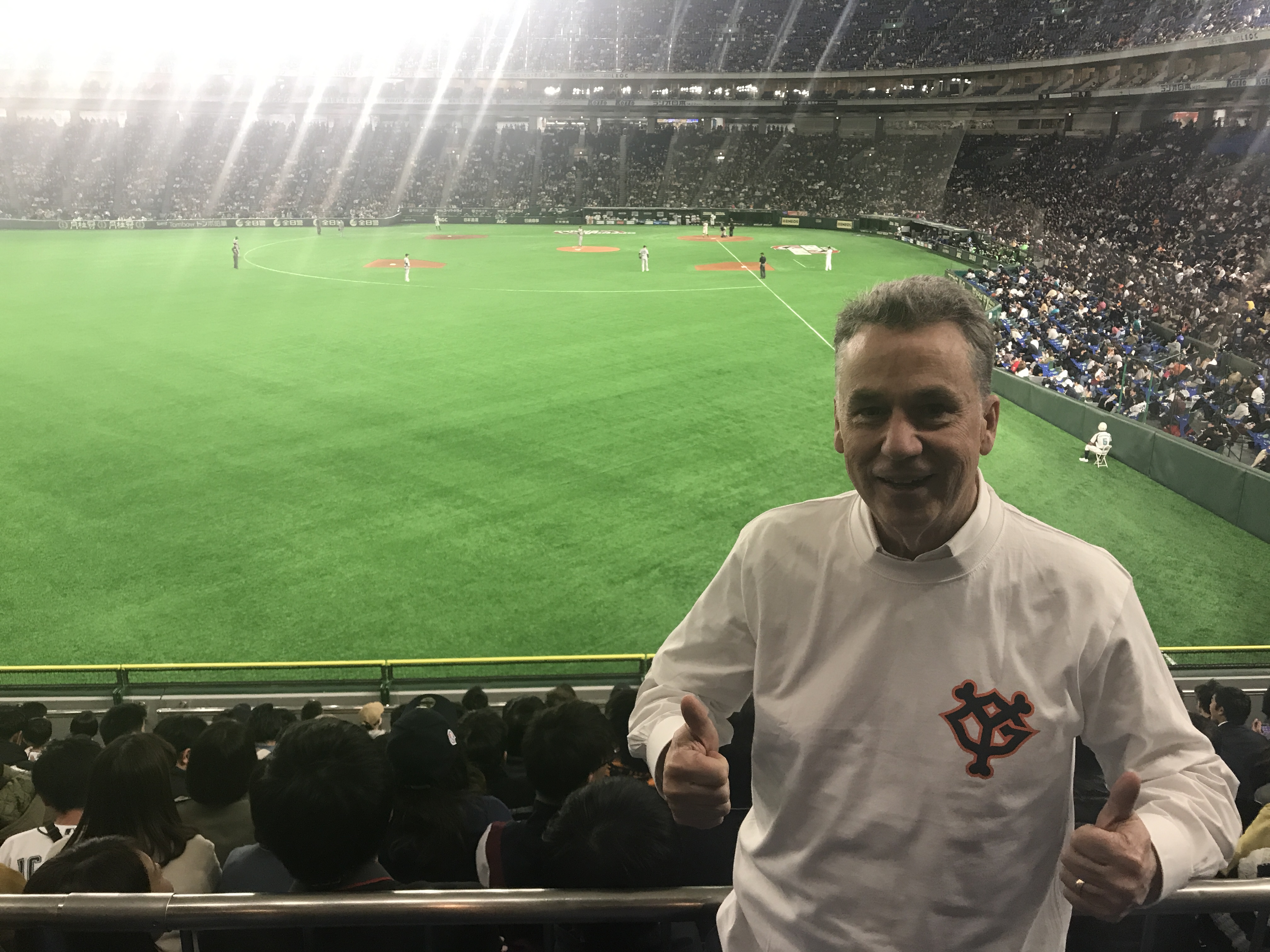 Baseball season has begun. We watched an exhibition game between the Tokyo Giants and the Seattle Mariners at Tokyo Dome.
Baseball season has begun. We watched an exhibition game between the Tokyo Giants and the Seattle Mariners at Tokyo Dome. 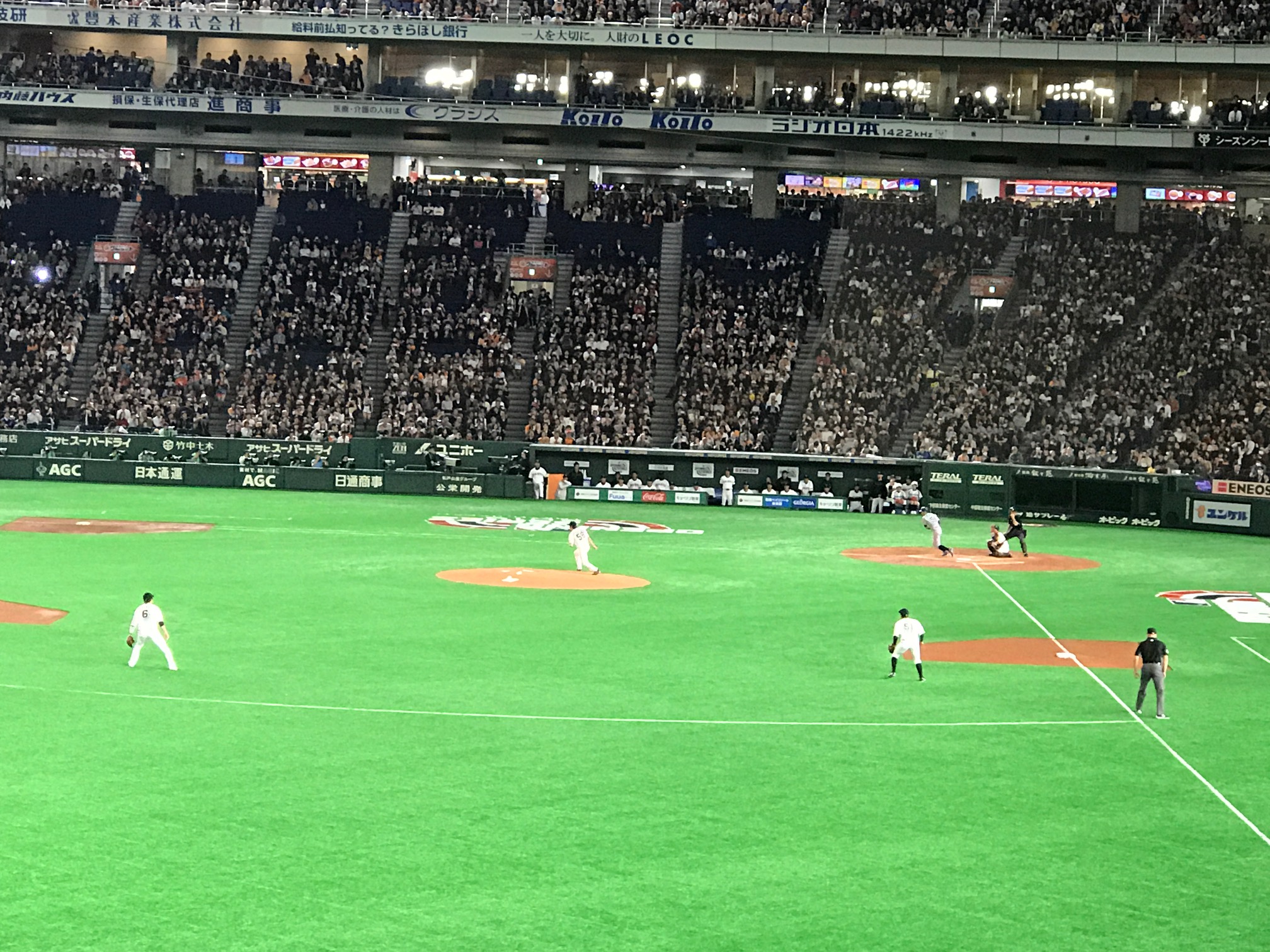 Clearly, the star of the game was Seattle’s 45-year old Ichiro Suzuki, a 28 year veteran of Japanese and American baseball That’s him at bat. A 17-time all-star, Ichiro holds many records, including 10 consecutive 200-hit seasons, the longest streak by any player in history.
Clearly, the star of the game was Seattle’s 45-year old Ichiro Suzuki, a 28 year veteran of Japanese and American baseball That’s him at bat. A 17-time all-star, Ichiro holds many records, including 10 consecutive 200-hit seasons, the longest streak by any player in history.  Three days later, he retired (Internet photo). It’s safe to say that Ichiro is the most beloved Japanese player ever. Perhaps we will see him in the near future as a coach. Please enjoy the bonus photos below.
Three days later, he retired (Internet photo). It’s safe to say that Ichiro is the most beloved Japanese player ever. Perhaps we will see him in the near future as a coach. Please enjoy the bonus photos below.  We always enjoy seeing visitors in Tokyo. Vikas joined us for dinner in January…
We always enjoy seeing visitors in Tokyo. Vikas joined us for dinner in January… 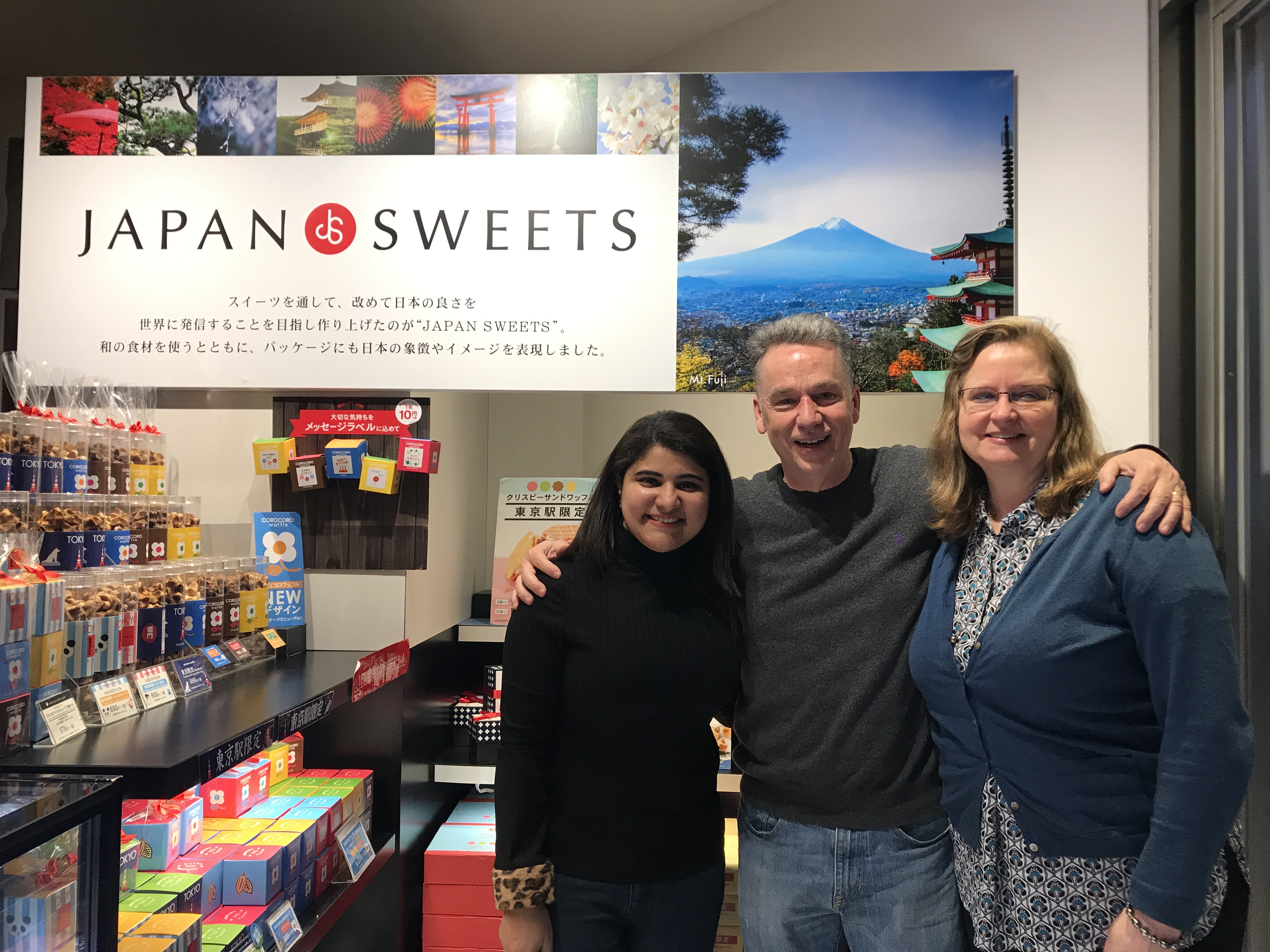 … …and we had tea with Sakshi in March.
… …and we had tea with Sakshi in March. 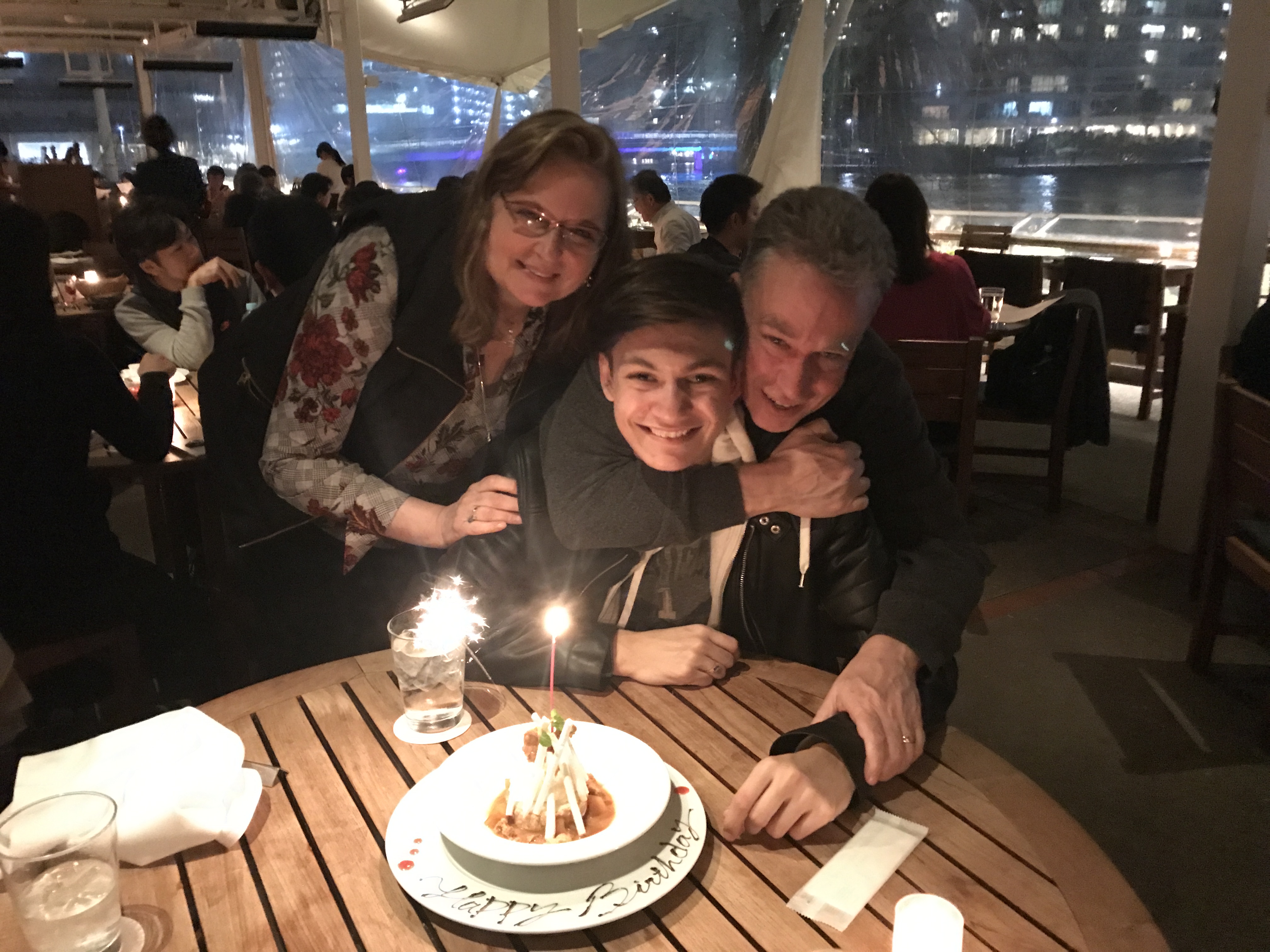 It’s official… Greg is now 18… a milestone birthday! Enjoy ts
It’s official… Greg is now 18… a milestone birthday! Enjoy ts
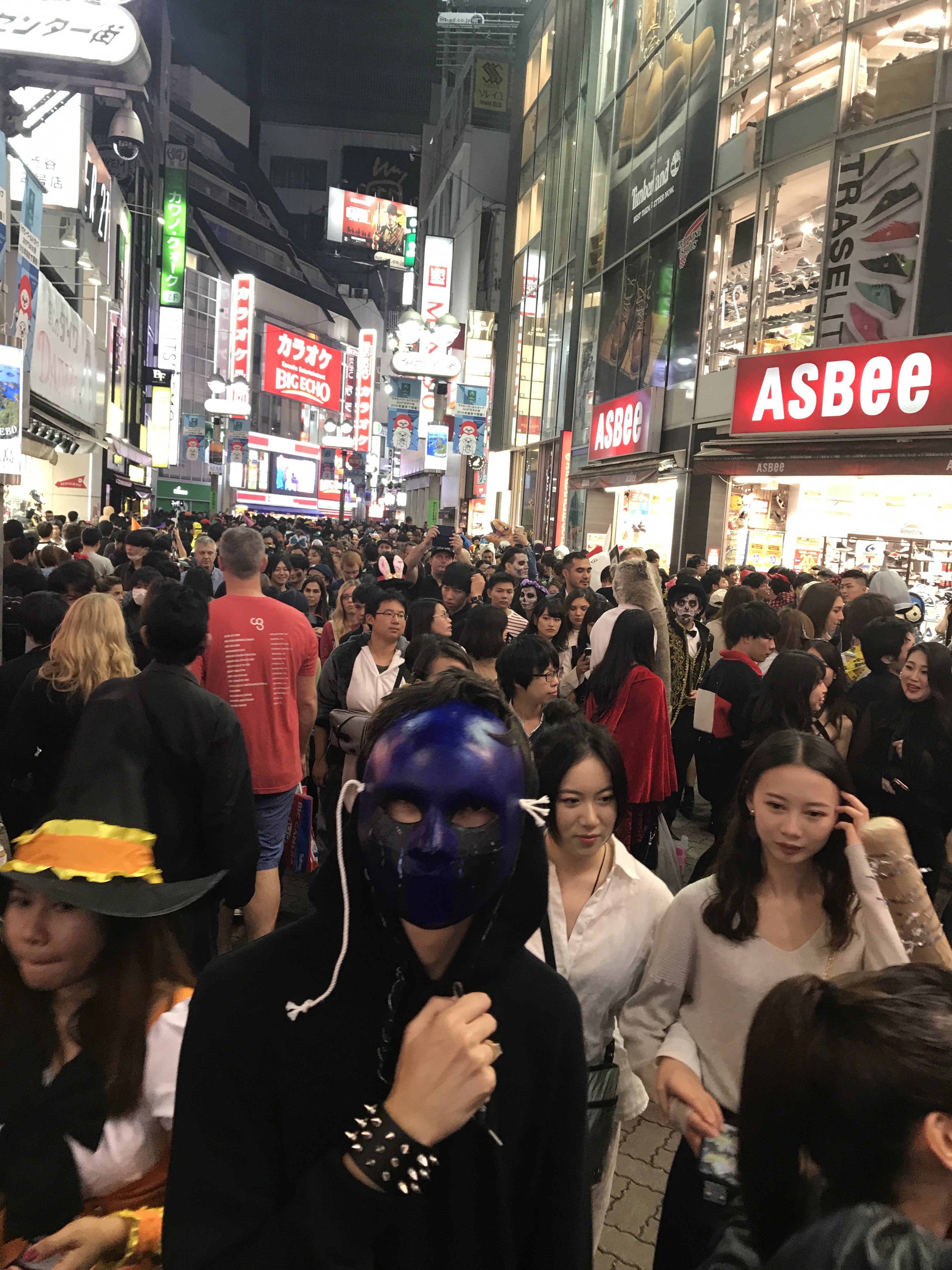 Halloween is a relatively new import to Japan — some 30 years ago — and Shibuya is the center of activity with shoulder-to-should mobs. This is Greg as Eyeless Jack.
Halloween is a relatively new import to Japan — some 30 years ago — and Shibuya is the center of activity with shoulder-to-should mobs. This is Greg as Eyeless Jack.
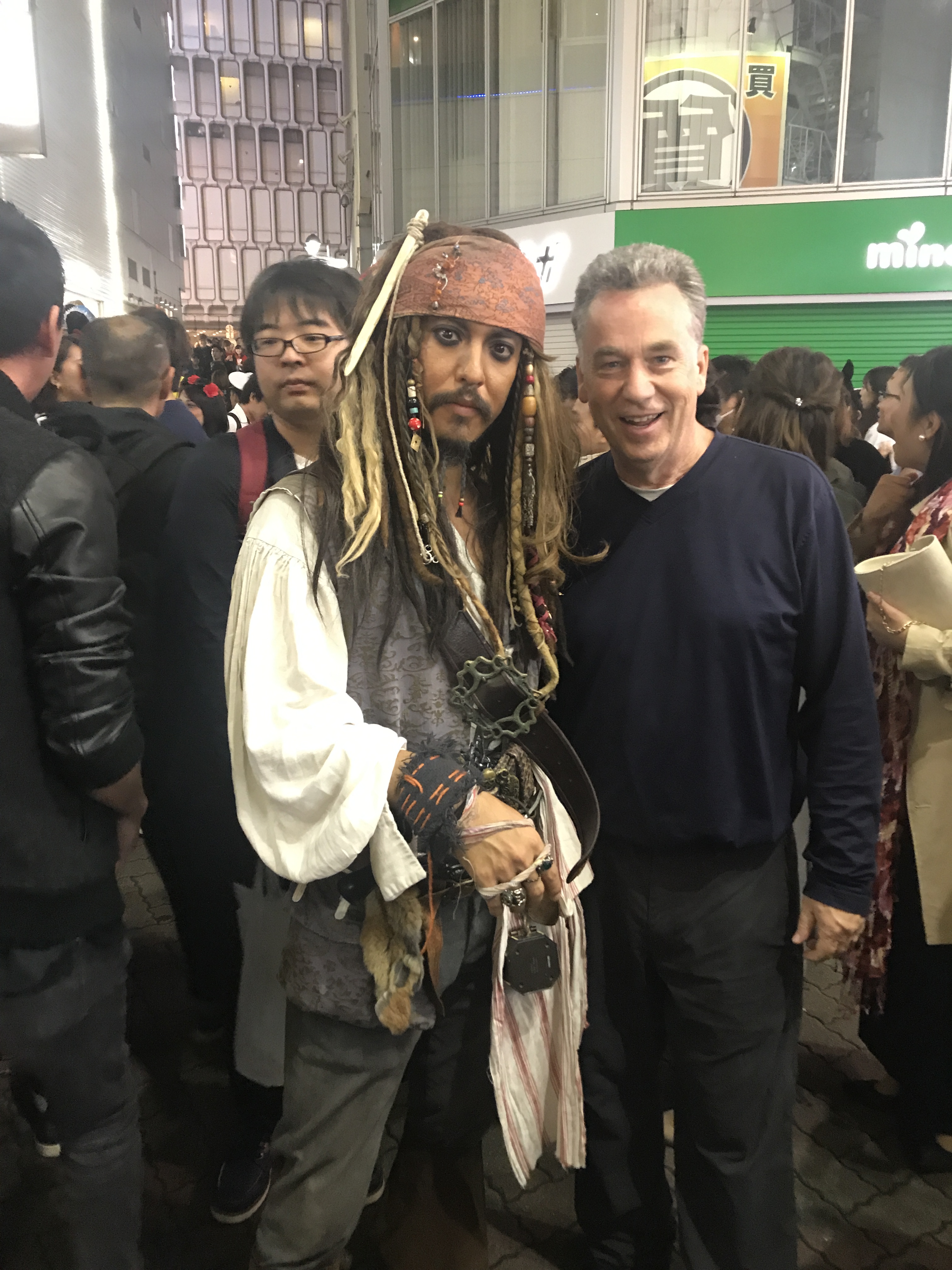 Perhaps this is Johnny Depp… I’m really not certain.
Perhaps this is Johnny Depp… I’m really not certain.
 Tokyo is quite colorful during foliage season.
Tokyo is quite colorful during foliage season.
 The bright yellow ginko trees are found throughout the city.
The bright yellow ginko trees are found throughout the city.
 Some trees turn earlier than others.
Some trees turn earlier than others.
 This Buddha has a colorful backdrop.
This Buddha has a colorful backdrop.
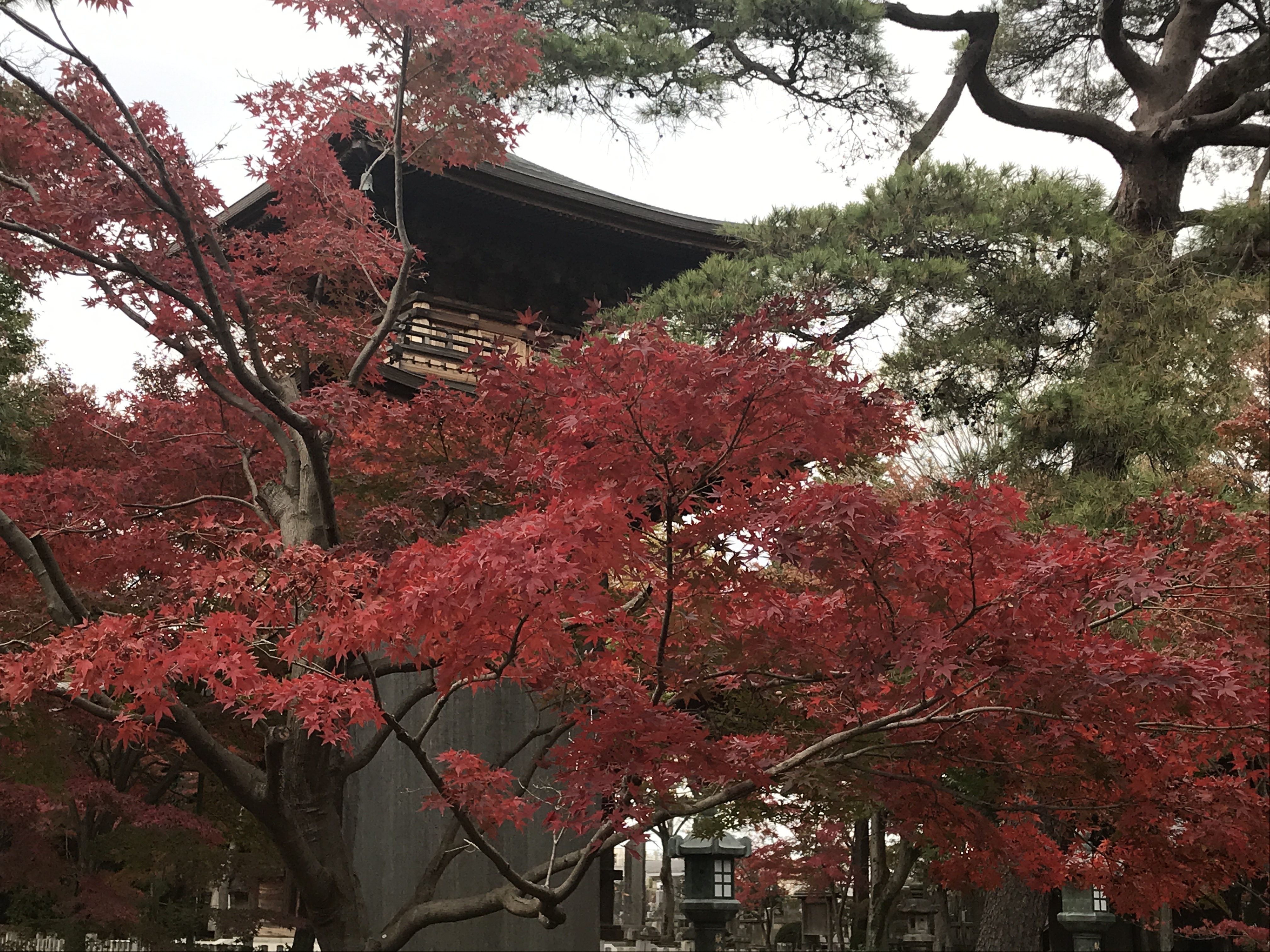 The red maples light up Gotokuji, known as the “cat temple.”
The red maples light up Gotokuji, known as the “cat temple.”
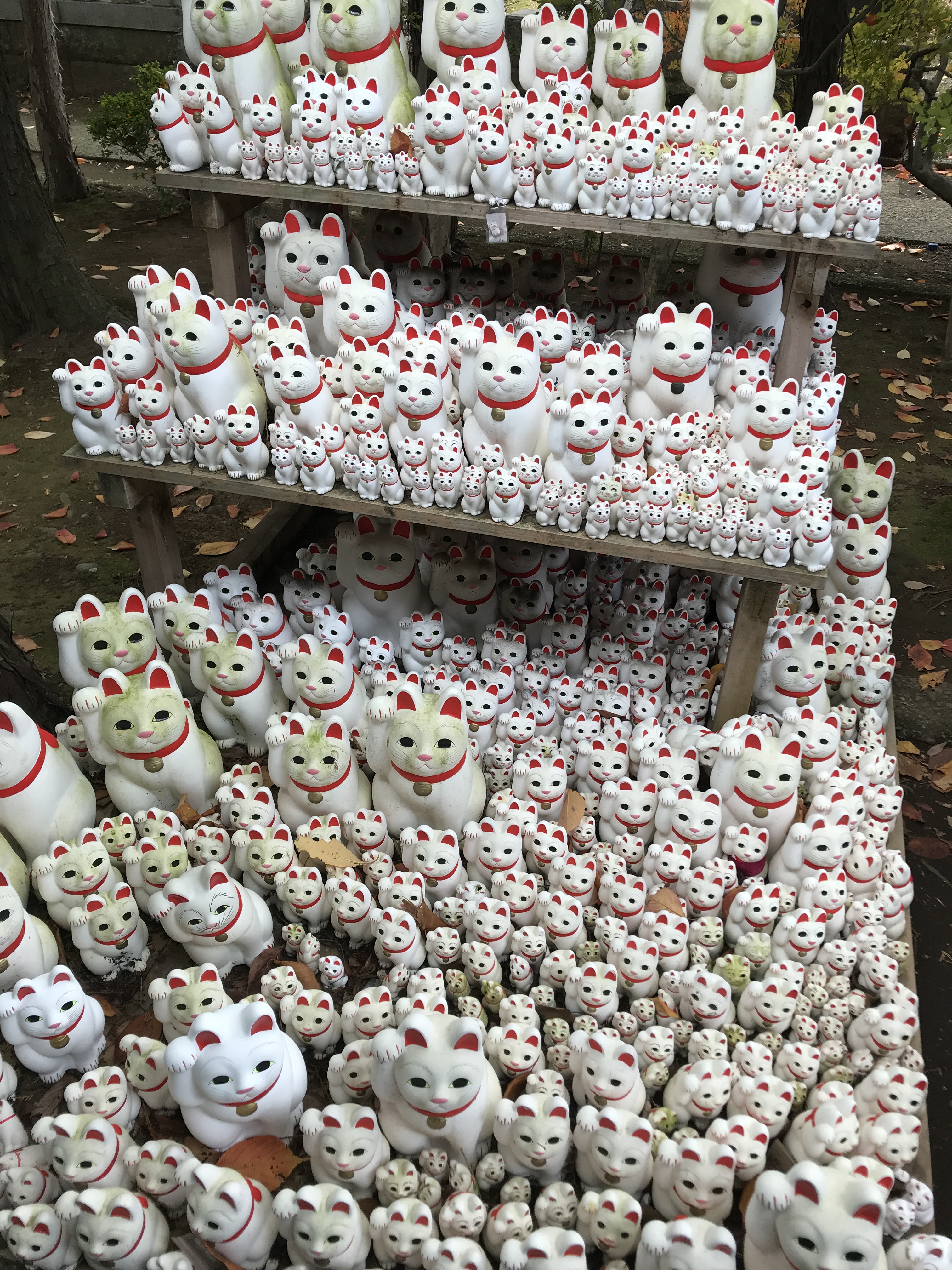 Legend holds that a visiting feudal lord met a cat that beckoned him to come into the temple. A thunderstorm soon struck and the lord was thankful to the cat for having shelter.
Legend holds that a visiting feudal lord met a cat that beckoned him to come into the temple. A thunderstorm soon struck and the lord was thankful to the cat for having shelter.
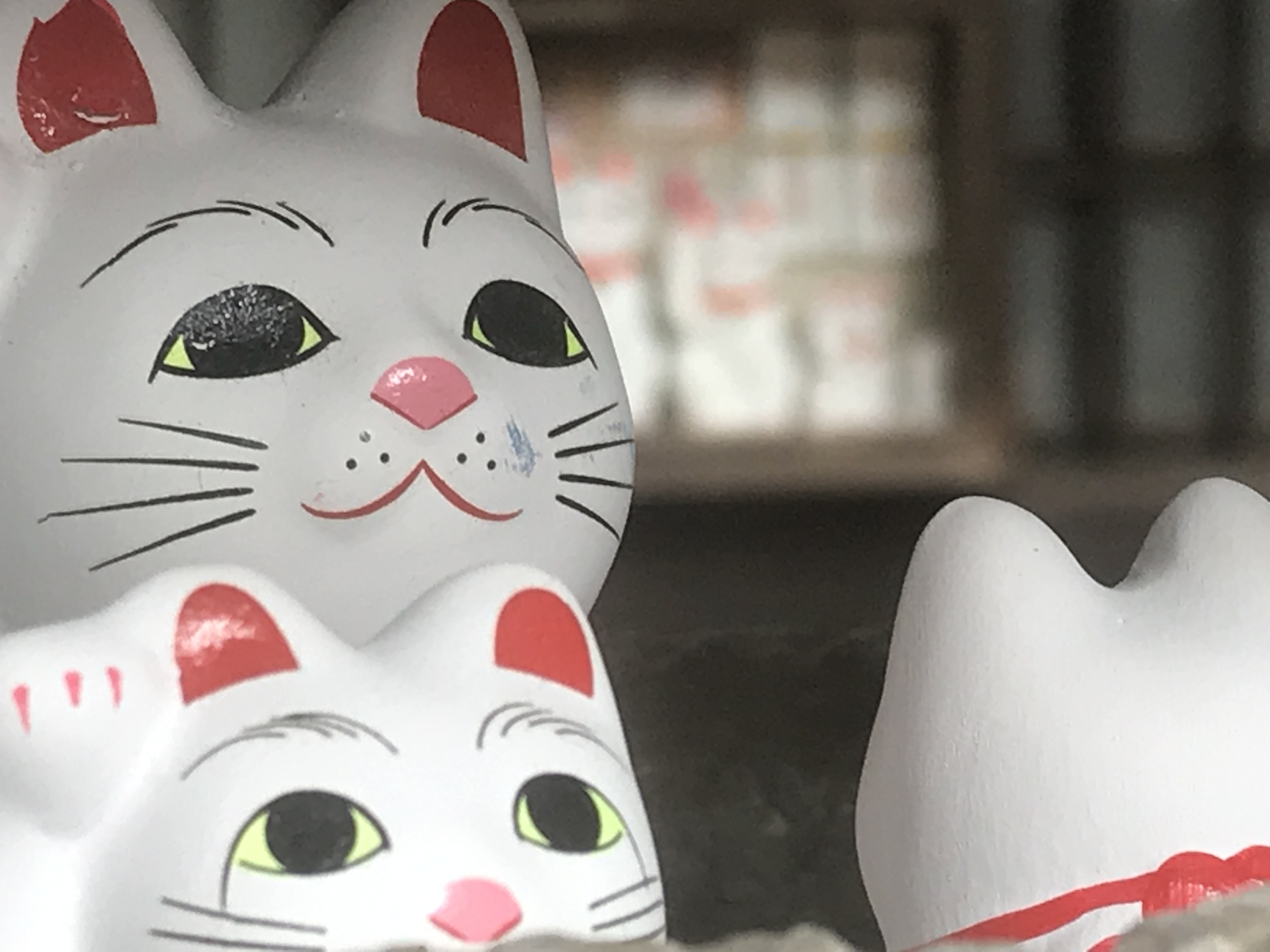 Over time, people began to offer maneki neko figurines to the temple as a sign of gratitude when their own wishes came true.
Over time, people began to offer maneki neko figurines to the temple as a sign of gratitude when their own wishes came true.
 The top of Mt. Takao is filled with leaf-peepers in November.
The top of Mt. Takao is filled with leaf-peepers in November.
 I can assure you this tree is featured widely throughout social media.
I can assure you this tree is featured widely throughout social media.
 It was a log-jam as the crowd slowly moved down the mountain.
It was a log-jam as the crowd slowly moved down the mountain.
 The signage along the way is unique, for example, be careful of Tengu (Shinto-Buddhist mountain gods)…
The signage along the way is unique, for example, be careful of Tengu (Shinto-Buddhist mountain gods)…
 … and watch out for incoming flying squirrels.
… and watch out for incoming flying squirrels.
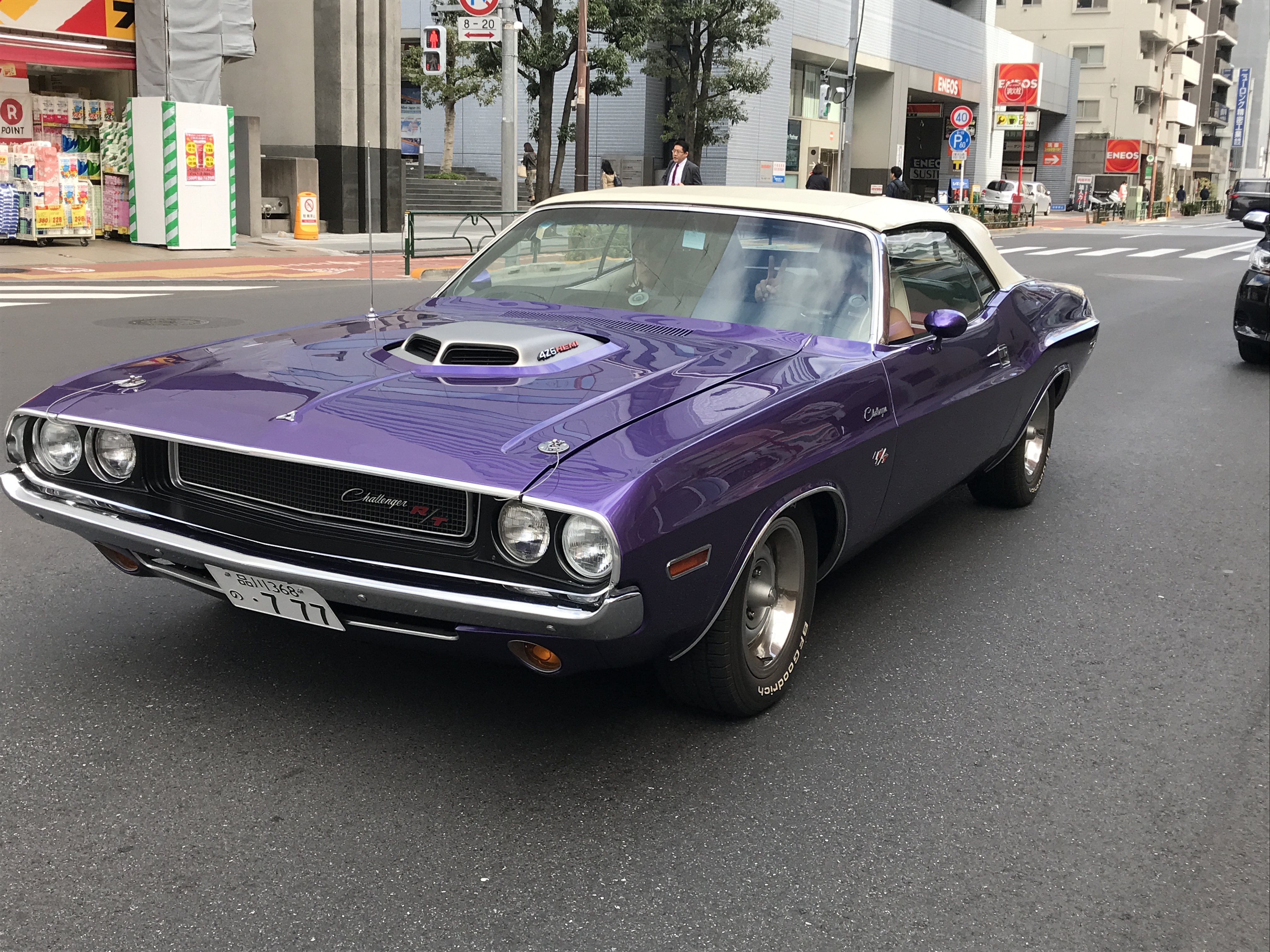 American influences can be found throughout Japan…
American influences can be found throughout Japan…
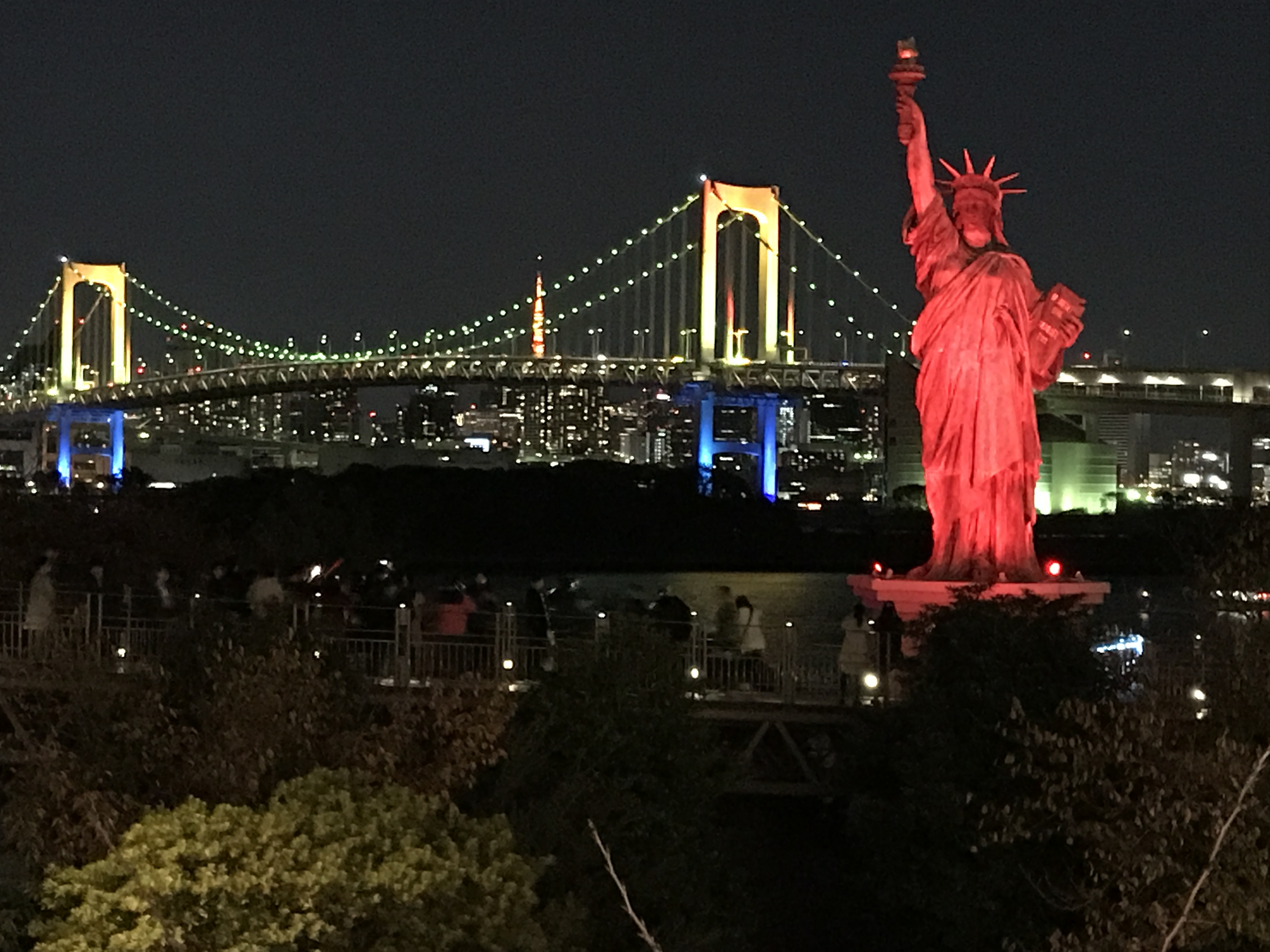 So many American influences have reached Japan, however, Thanksgiving is NOT one of them.
So many American influences have reached Japan, however, Thanksgiving is NOT one of them.
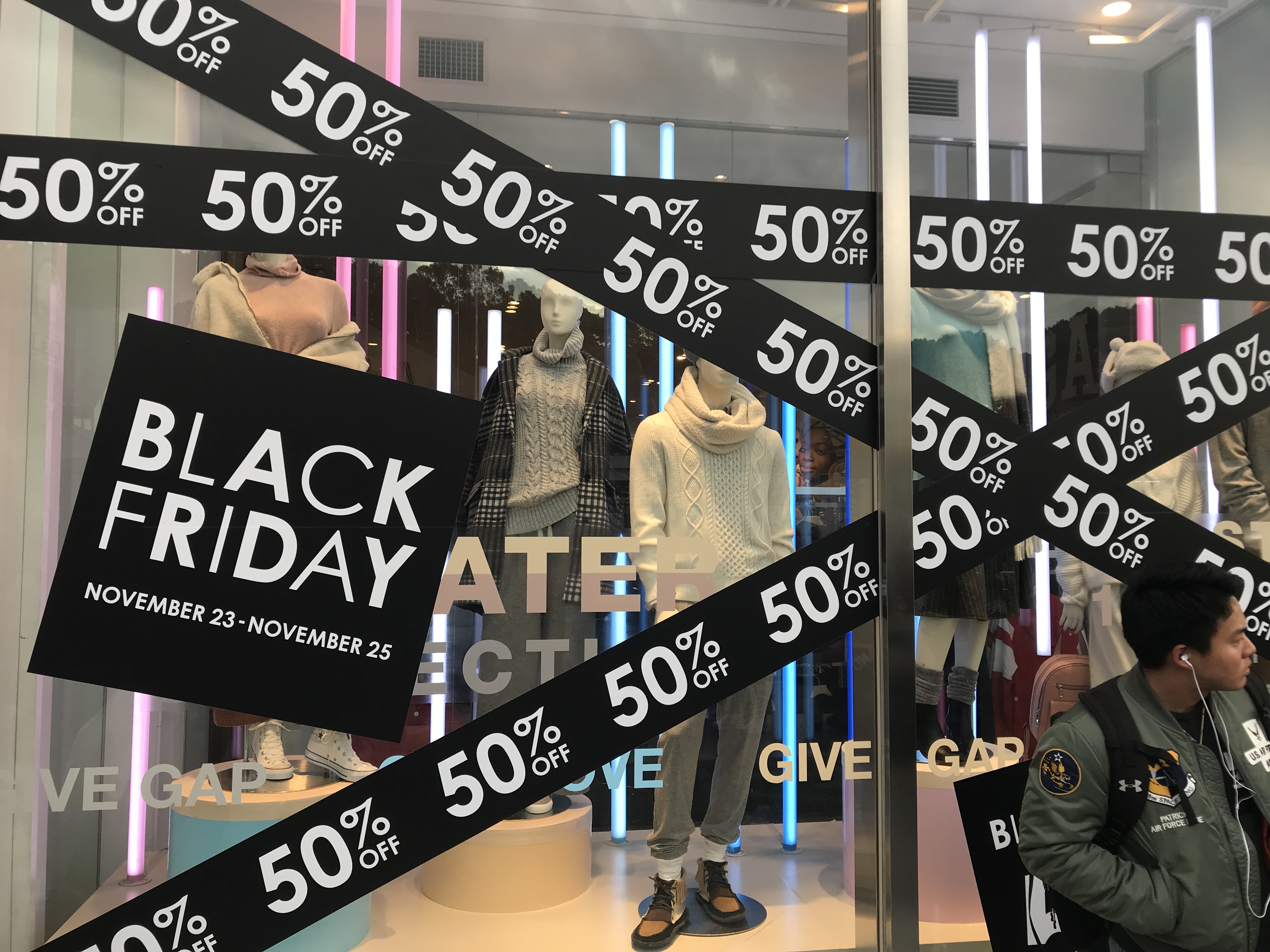 But yet Black Friday is a new concept in Japan as excess American commercialism continues to be exported around the world.
But yet Black Friday is a new concept in Japan as excess American commercialism continues to be exported around the world.
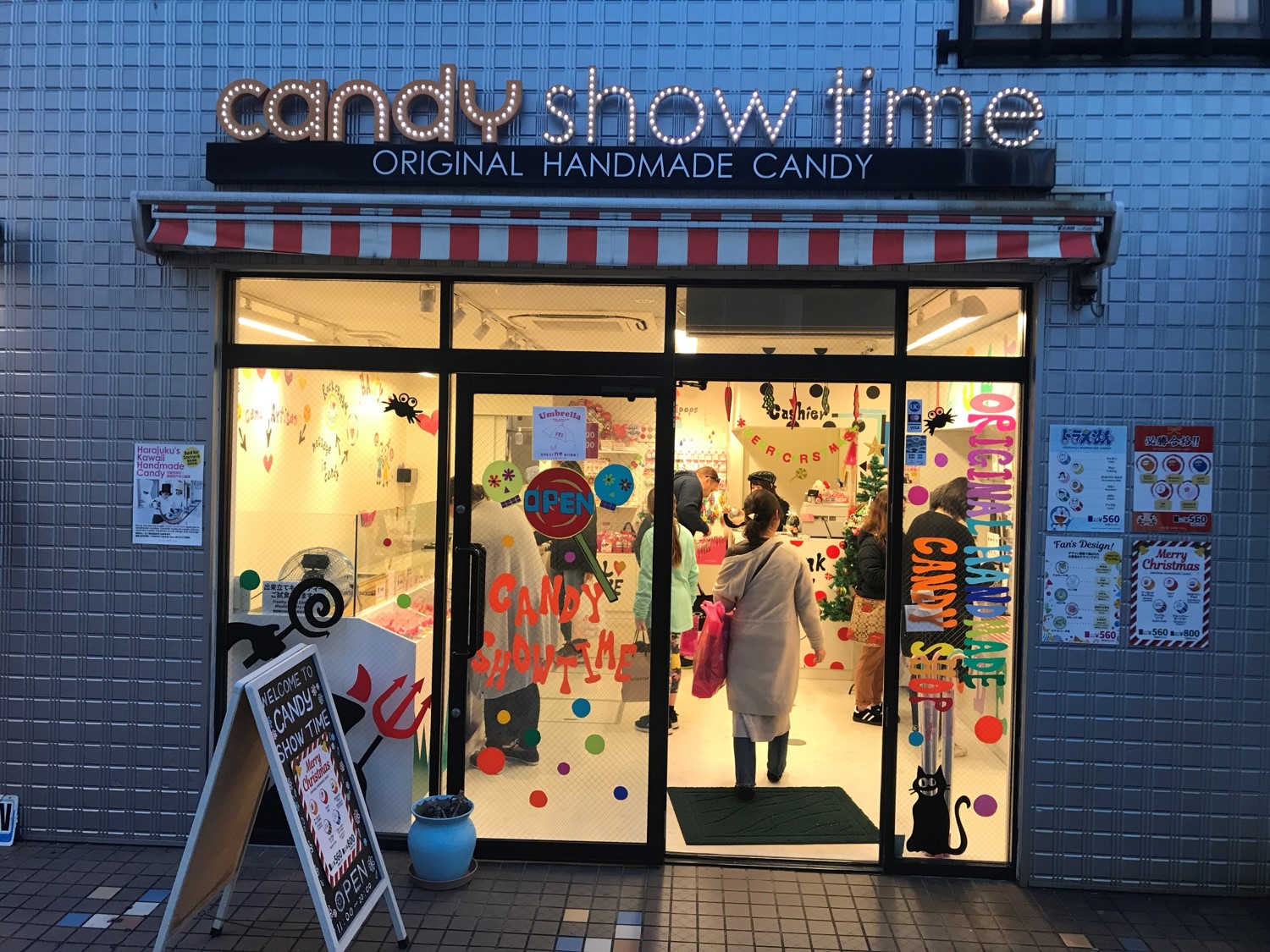 Candy Show Time is a top attraction in Japan.
Candy Show Time is a top attraction in Japan.
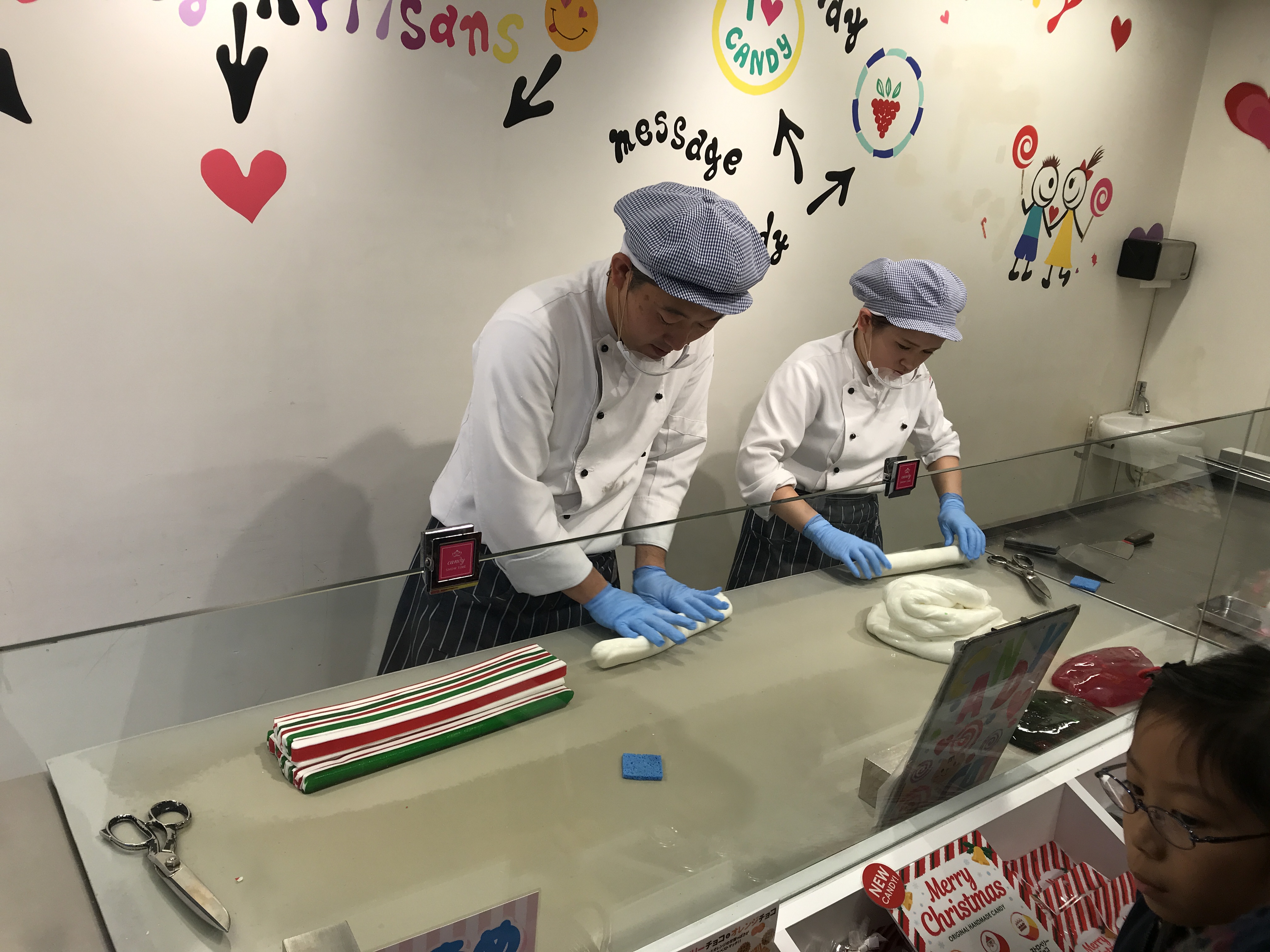 The pliable candy is rolled into long strips…
The pliable candy is rolled into long strips…
 which is then surrounded by colorful layers…
which is then surrounded by colorful layers…
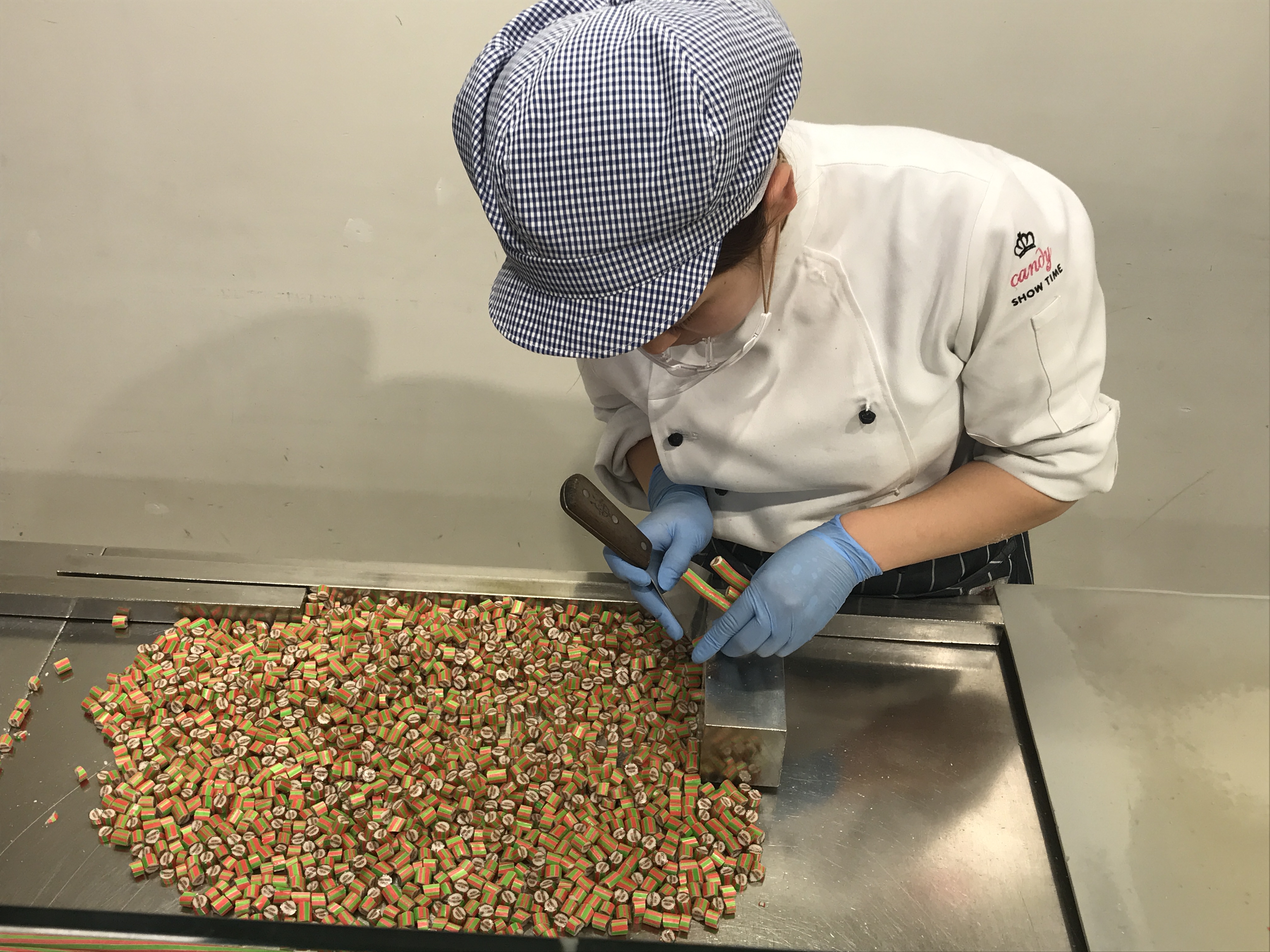 then chopped into little bits of bite-sized candy.
then chopped into little bits of bite-sized candy.
 Here is the end result. Amazing!
Here is the end result. Amazing!
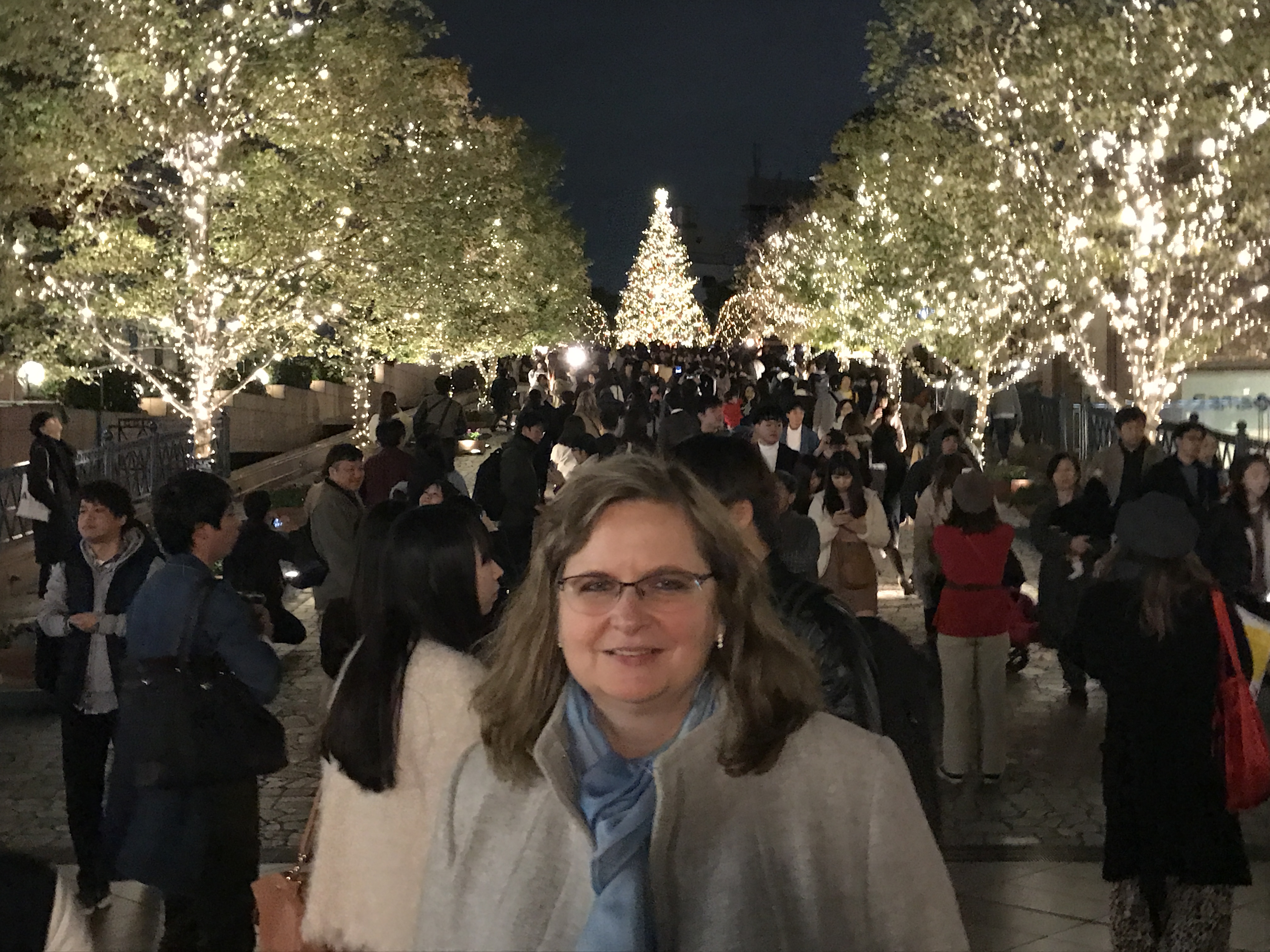 Although Christmas is NOT a national holiday in Japan, the lights and decorations are plentiful.
Although Christmas is NOT a national holiday in Japan, the lights and decorations are plentiful.
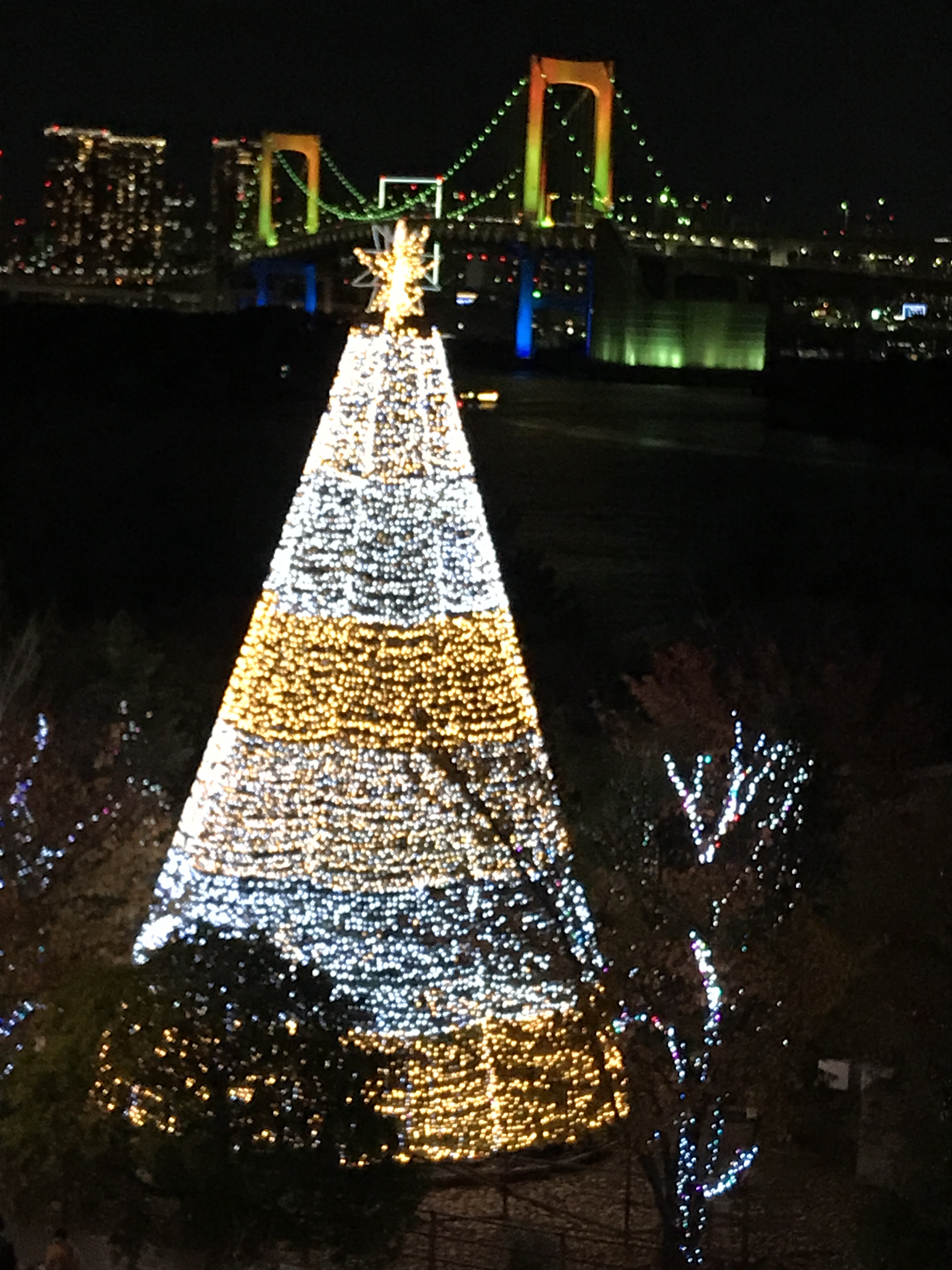 with huge displays throughout the city.
with huge displays throughout the city.
 Baccarat has an annual display.
Baccarat has an annual display.
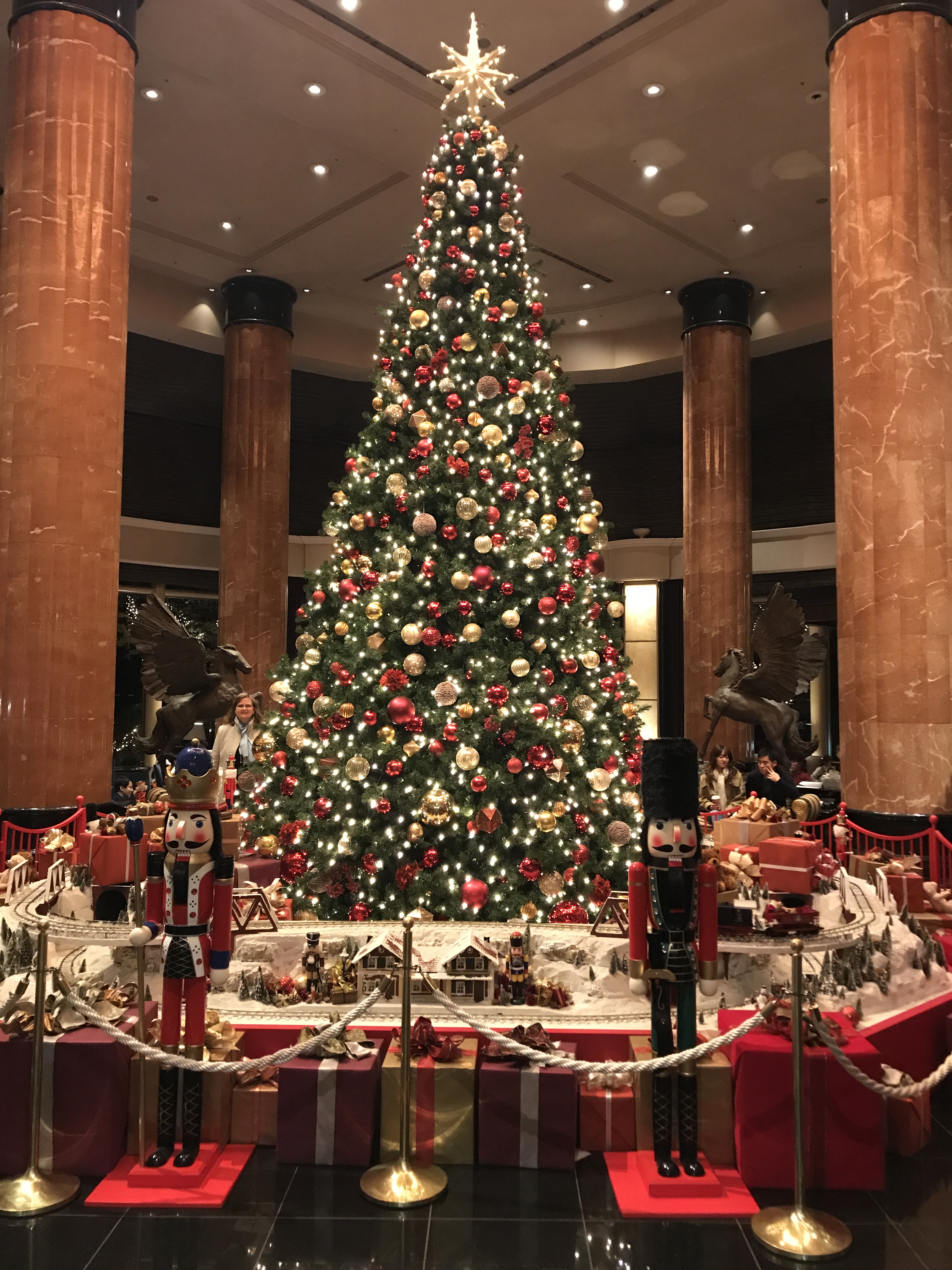 Hotel lobbies are spectacular…
Hotel lobbies are spectacular…
 Even this jumbo-size transformer gets into the holiday spirit.
Even this jumbo-size transformer gets into the holiday spirit.
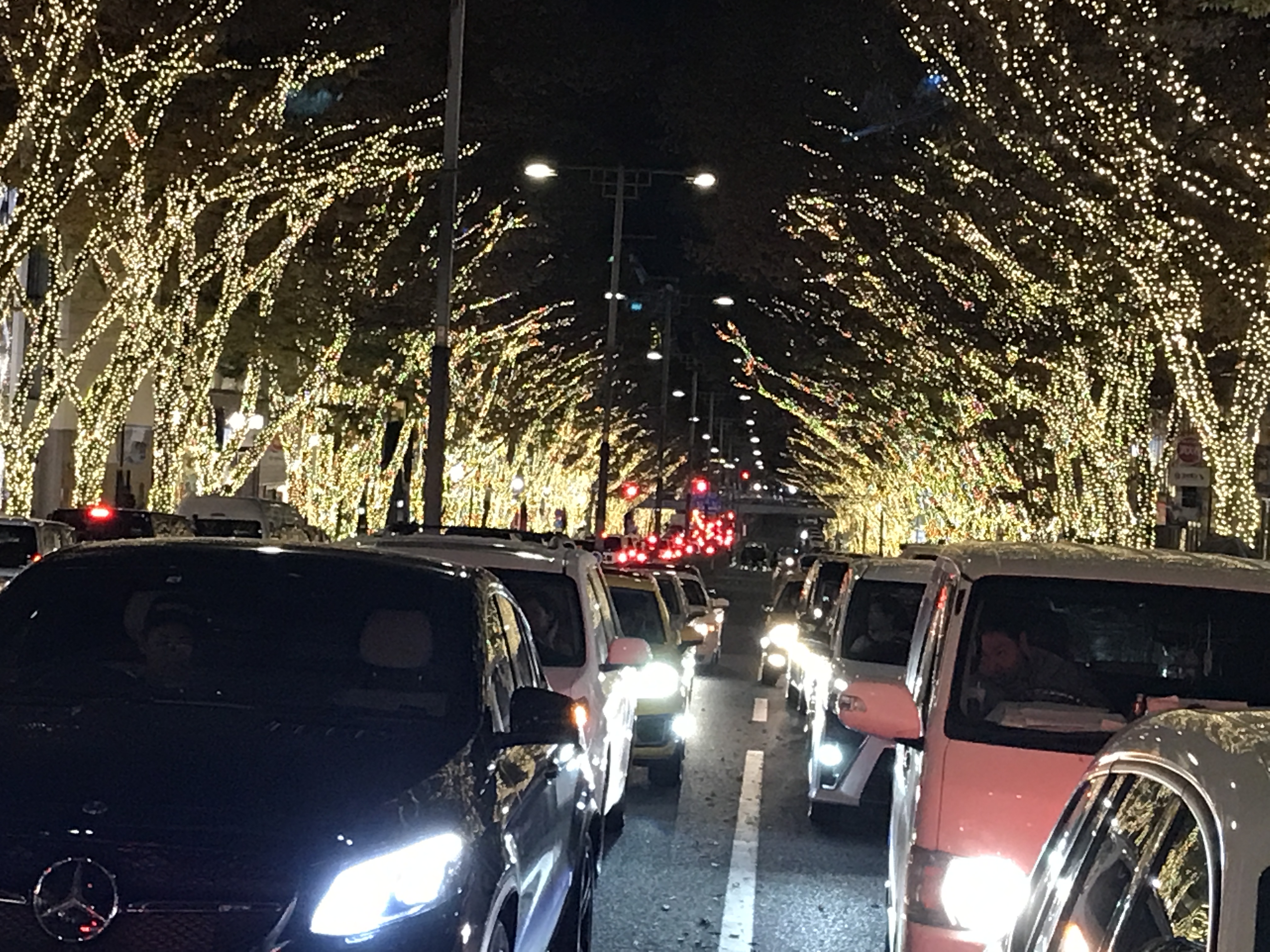 Omatesando is beautiful at night.
Omatesando is beautiful at night.
 Roppongi mid-town always goes all out.
Roppongi mid-town always goes all out.
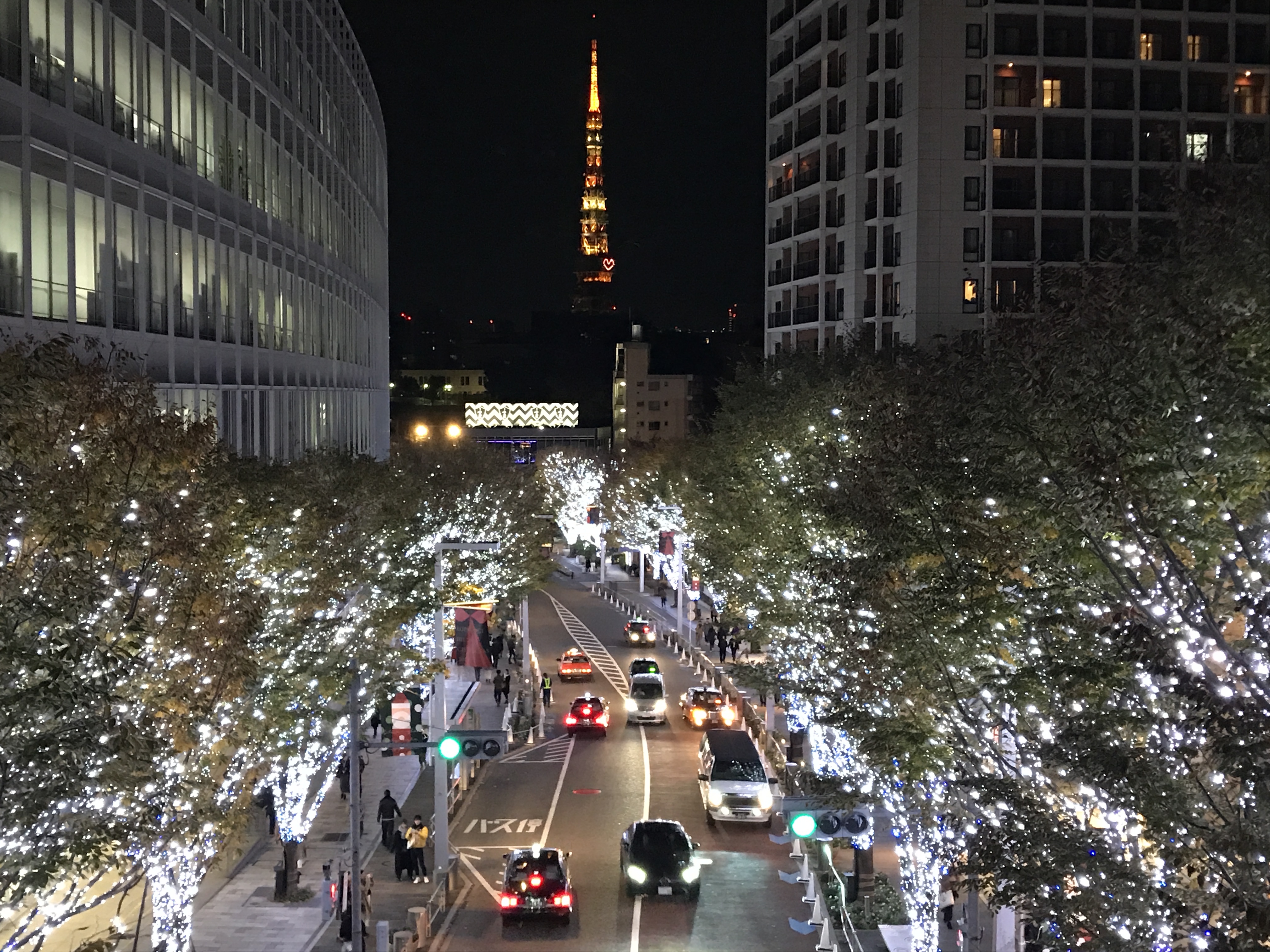 Cherry trees dominate during spring time, and transform into the Christmas spirit in December.
Cherry trees dominate during spring time, and transform into the Christmas spirit in December.
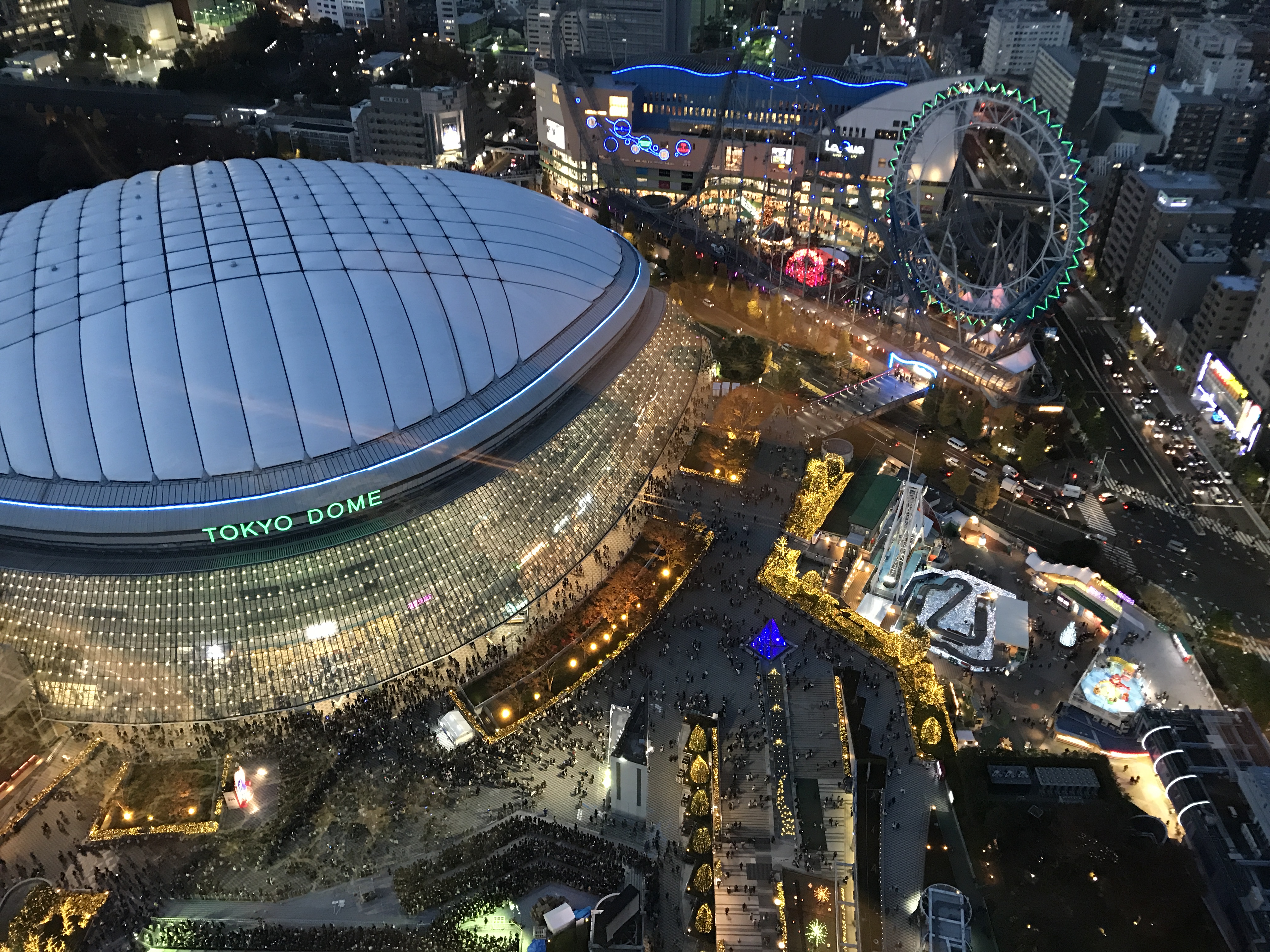 Tokyo Dome, home to the Tokyo Giants baseball team, is surrounded by the holiday spirit.
Tokyo Dome, home to the Tokyo Giants baseball team, is surrounded by the holiday spirit.
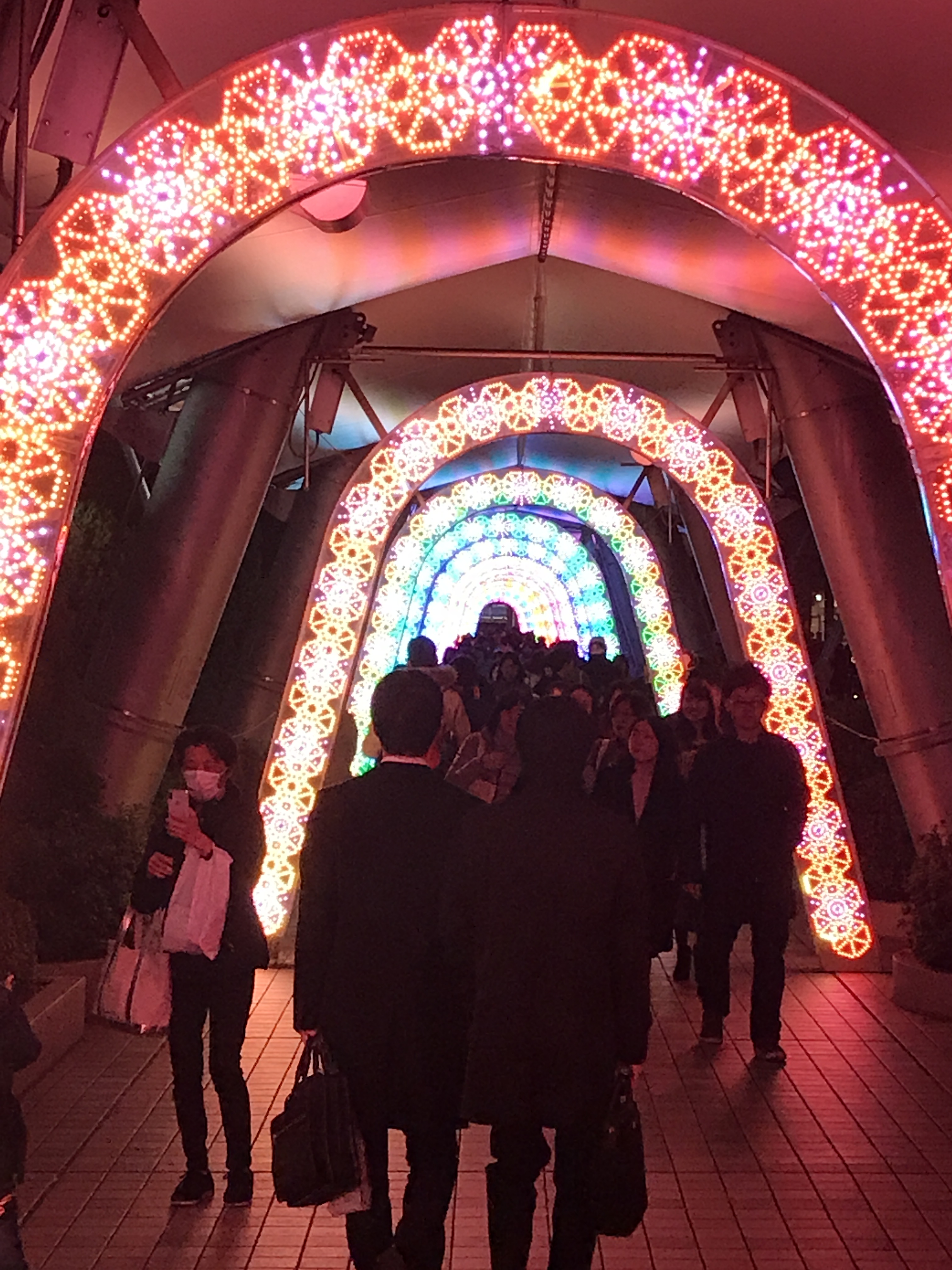 with a colorful tunnel of lights.
with a colorful tunnel of lights.
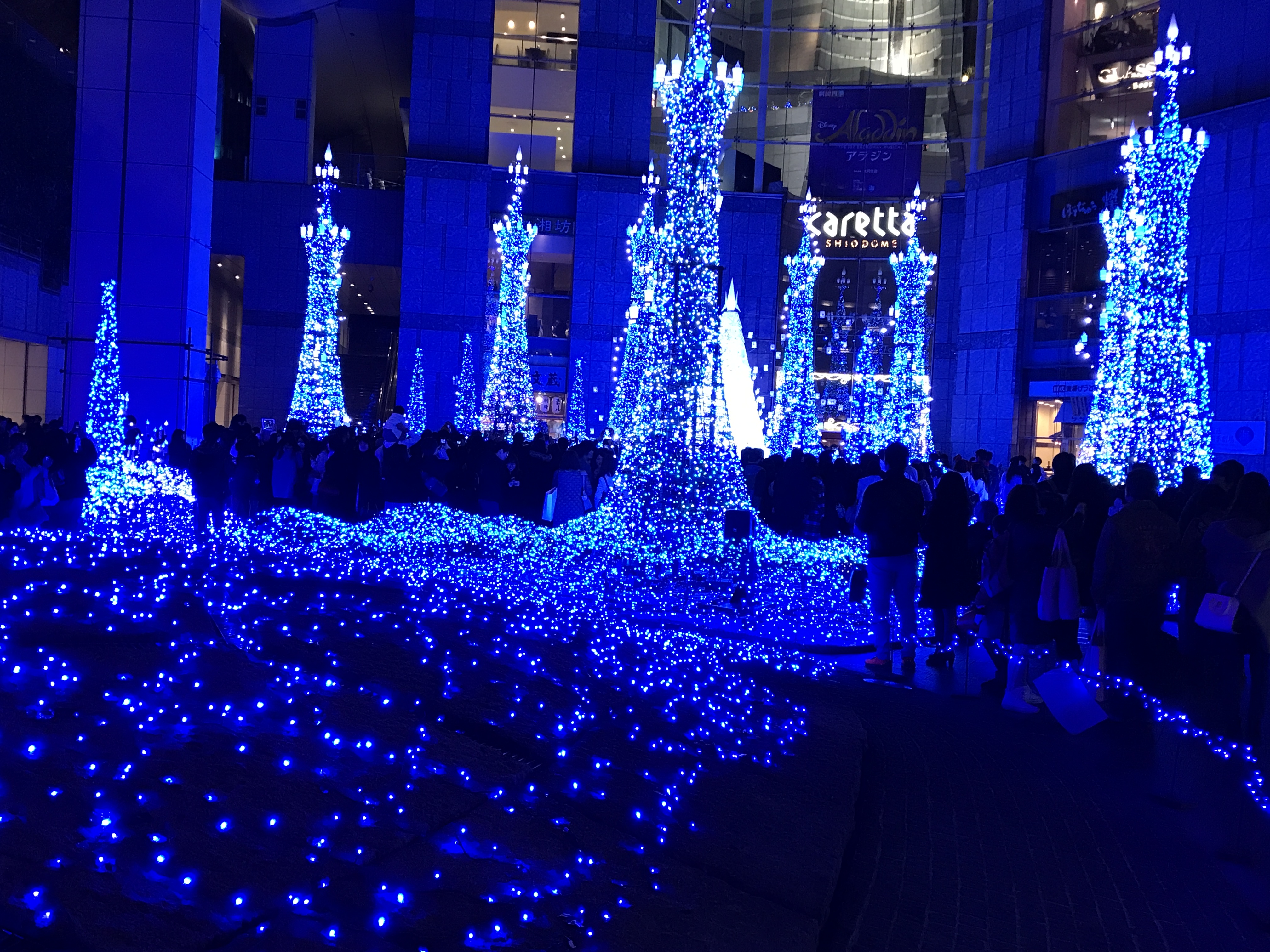 The Shiodome display always draws a big crowd each year…
The Shiodome display always draws a big crowd each year…
 which is rather unimpressive during the daytime.
which is rather unimpressive during the daytime.
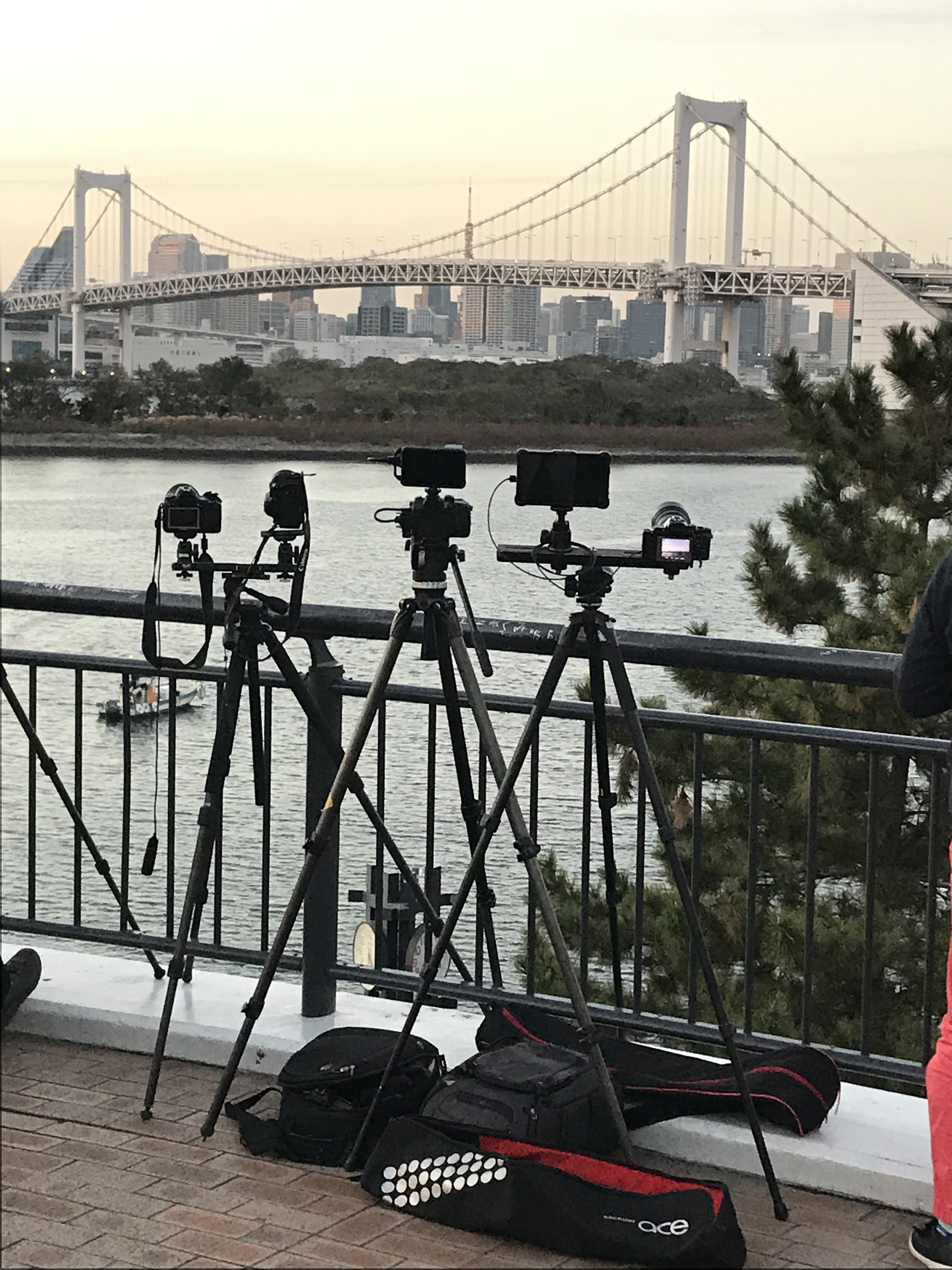 Dozens of tripods were trained on the Rainbow bridge, but no one was taking pictures.
Dozens of tripods were trained on the Rainbow bridge, but no one was taking pictures.
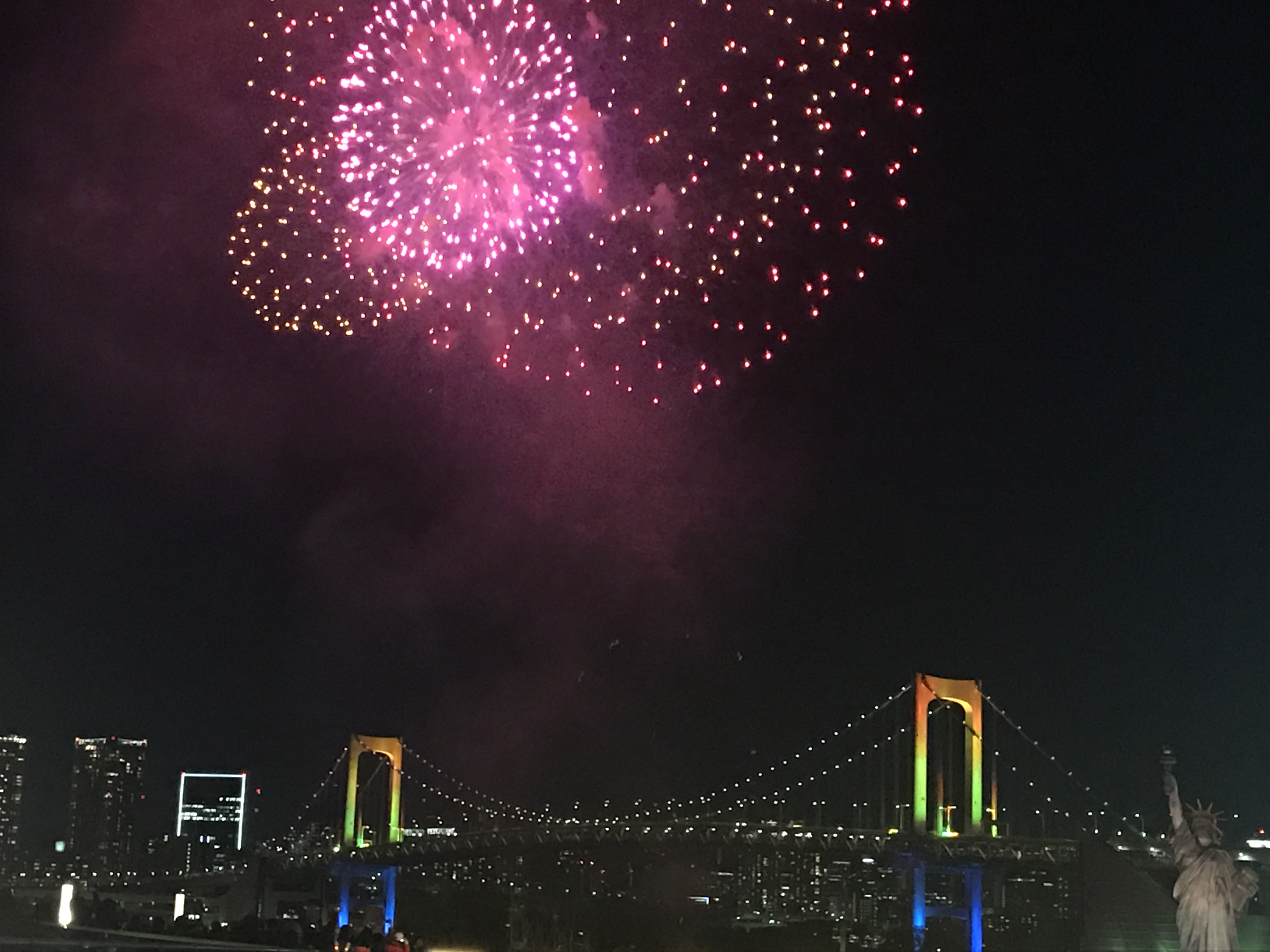 I returned during the evening to see why — a huge fireworks display over Tokyo Bay.
I returned during the evening to see why — a huge fireworks display over Tokyo Bay.
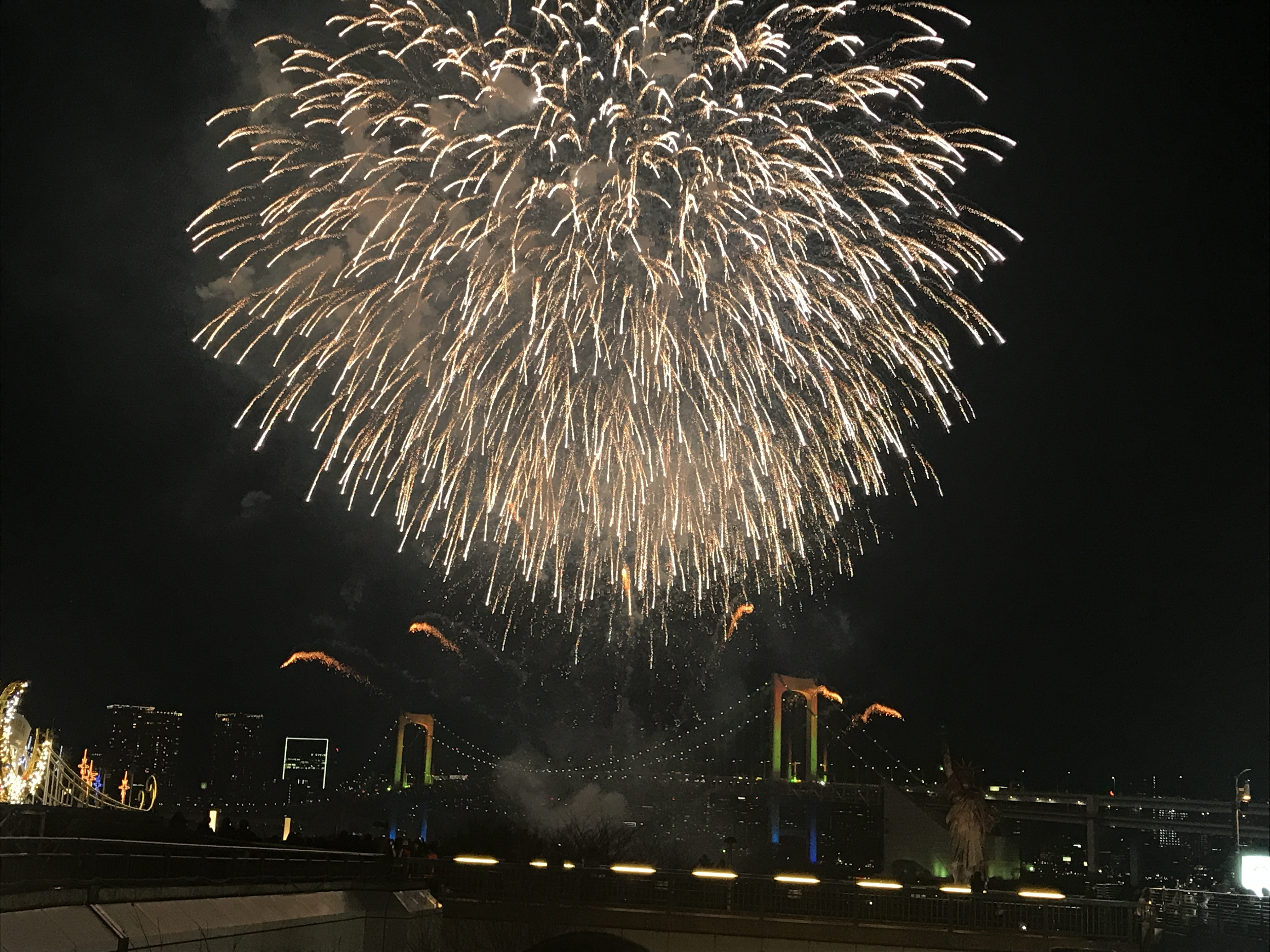 This hand-held photo was taken with an iPhone (no tripod required).
This hand-held photo was taken with an iPhone (no tripod required).
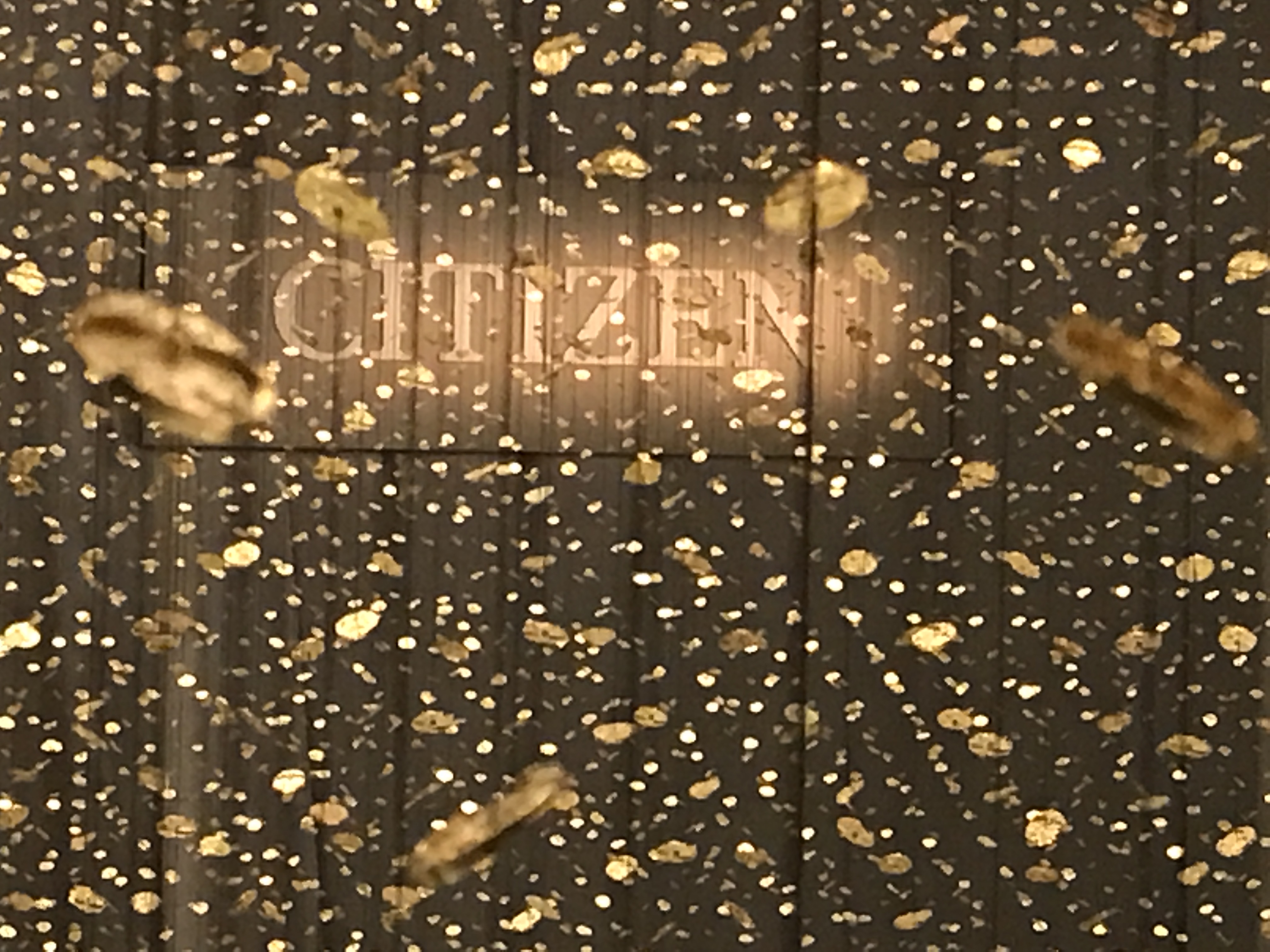 Citizen Watch celebrated 100 years…
Citizen Watch celebrated 100 years…
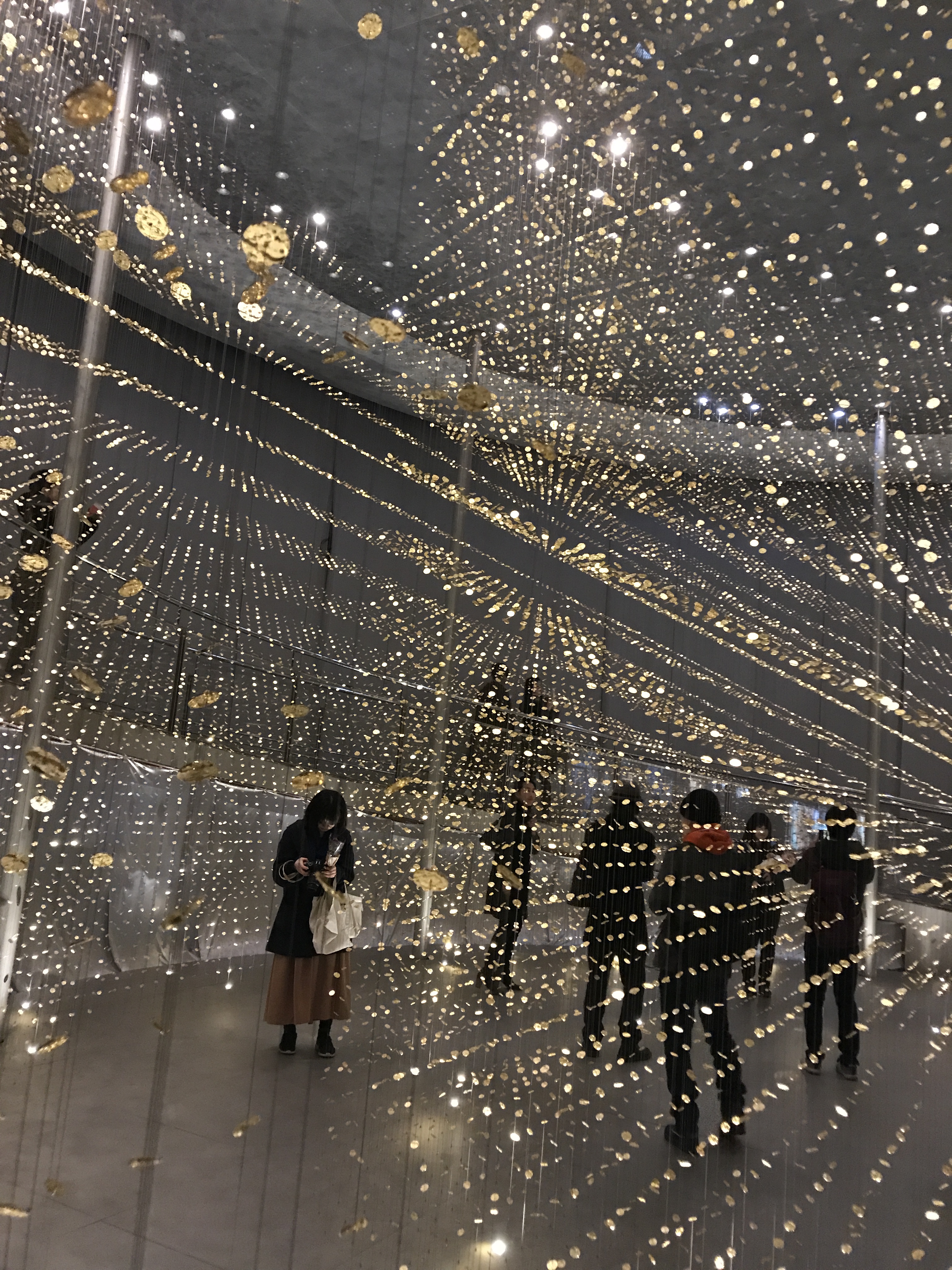 with this amazing display utilizing thousands of watch foundation plates..
with this amazing display utilizing thousands of watch foundation plates..
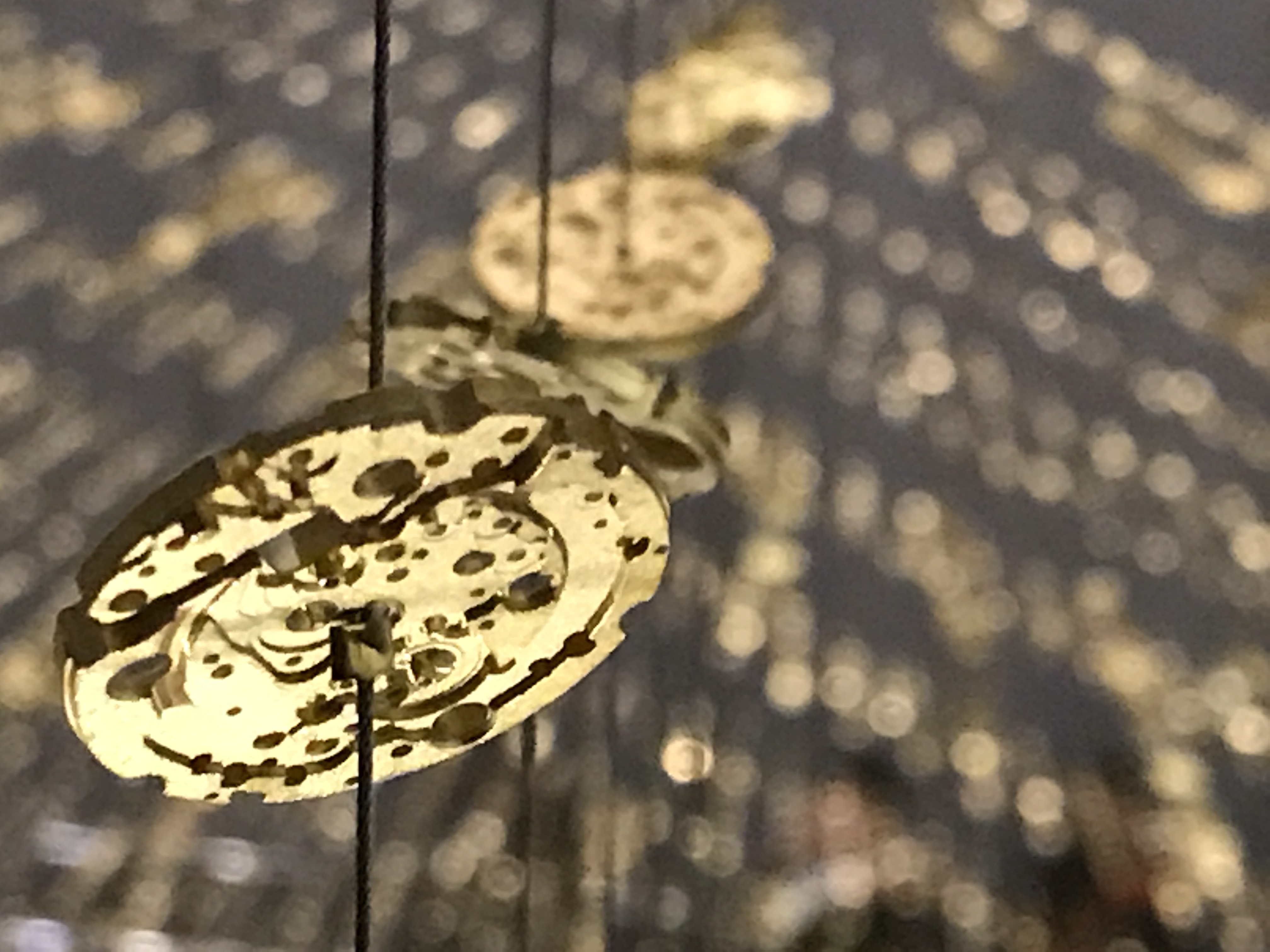 Here’s a close up. Photos cannot do justice to this exhibition.
Here’s a close up. Photos cannot do justice to this exhibition.
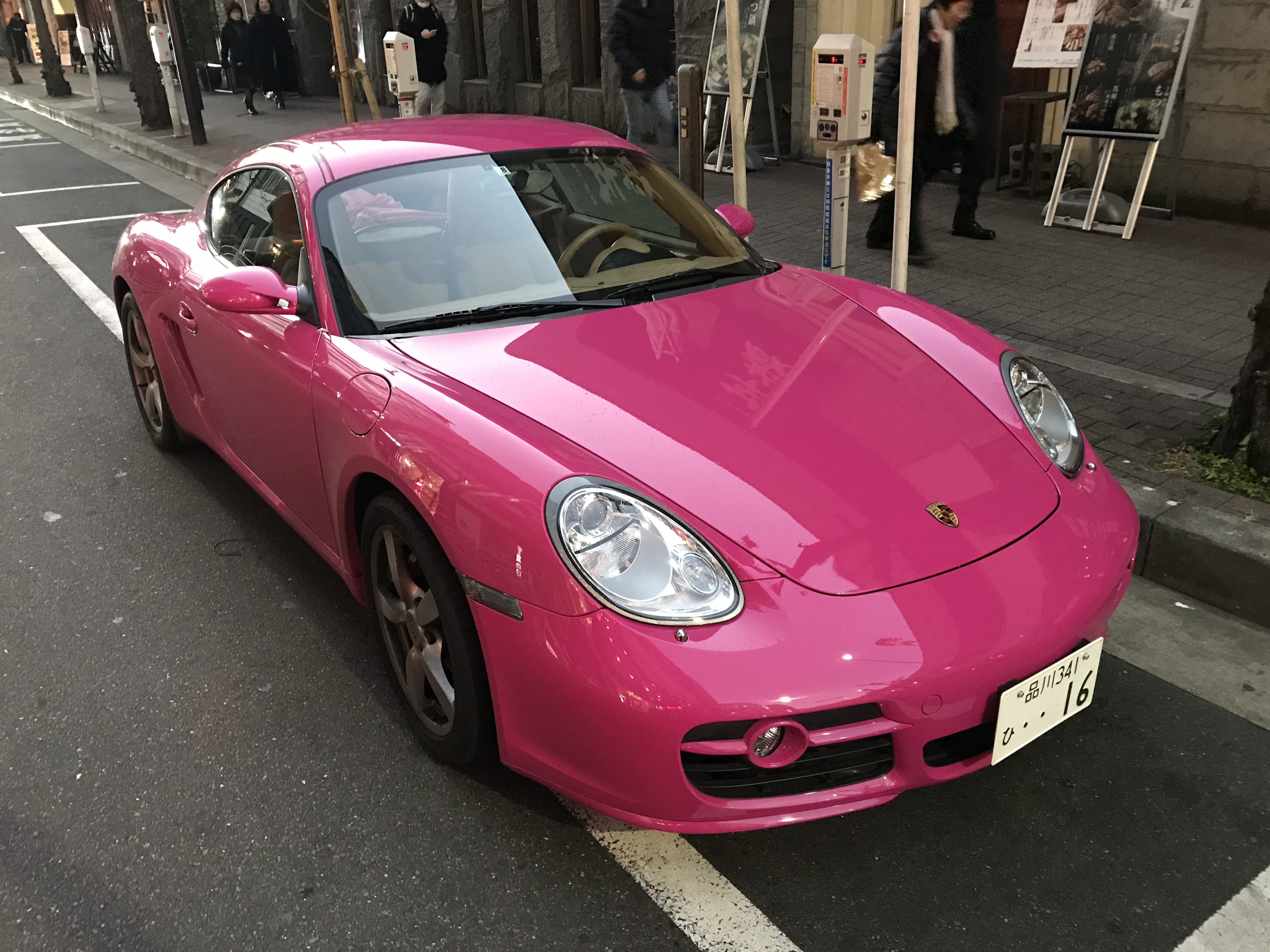 During my travels, I noticed this pink Porsche.
During my travels, I noticed this pink Porsche.
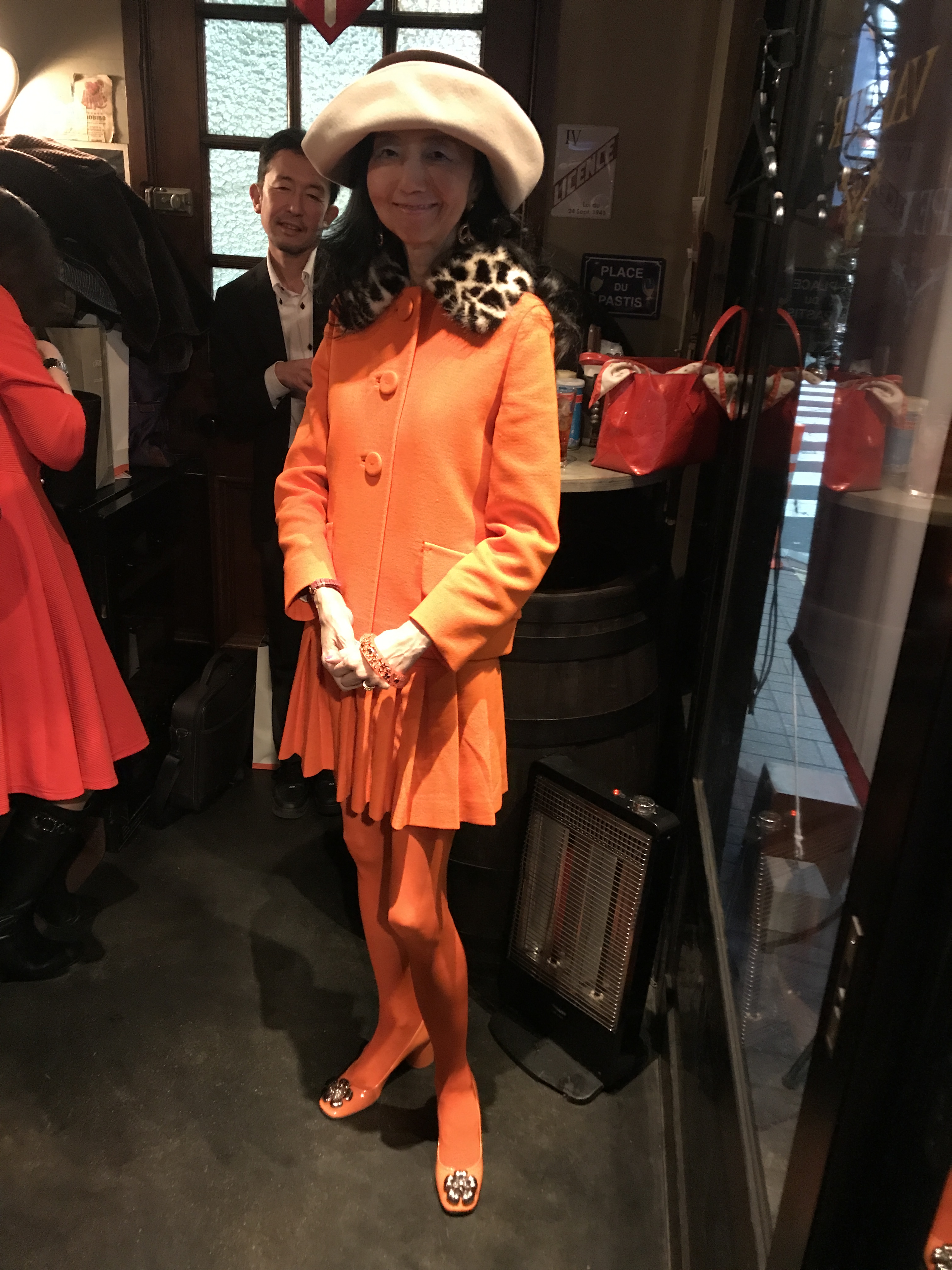 And here’s the owner dressed in orange… down to the shoes (she volunteered that it’s Prada).
And here’s the owner dressed in orange… down to the shoes (she volunteered that it’s Prada).
 Tokyo brings international flavor to the holidays with traditional German Weihnachten markets.
Tokyo brings international flavor to the holidays with traditional German Weihnachten markets.
 This ‘Christmas pyramid’ is imported from Dresden (it’s 14 meters, or 46 feet tall).
This ‘Christmas pyramid’ is imported from Dresden (it’s 14 meters, or 46 feet tall).
 December 14, 1702 is a famous date in Japanese history, known for the the 47 ronin (samurai) who avenged the death of their master. These monks chanted prayers at the burial grounds on the 316th anniversary of their mission.
December 14, 1702 is a famous date in Japanese history, known for the the 47 ronin (samurai) who avenged the death of their master. These monks chanted prayers at the burial grounds on the 316th anniversary of their mission.
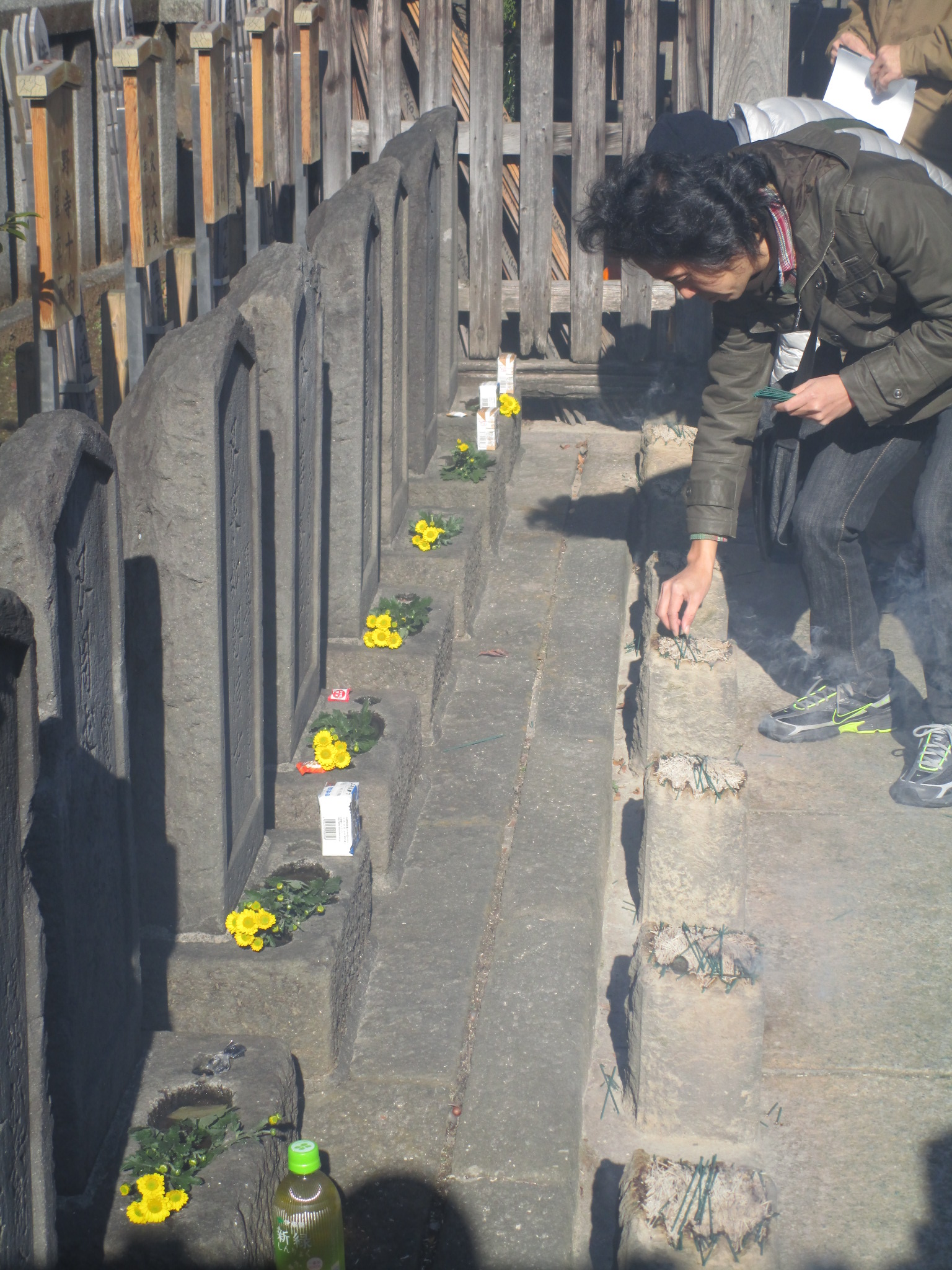 Thousands came to pay their respects to the 47 ronin who represent loyalty, sacrifice, persistence, and honor — qualities that people should preserve in their daily lives.
Thousands came to pay their respects to the 47 ronin who represent loyalty, sacrifice, persistence, and honor — qualities that people should preserve in their daily lives.
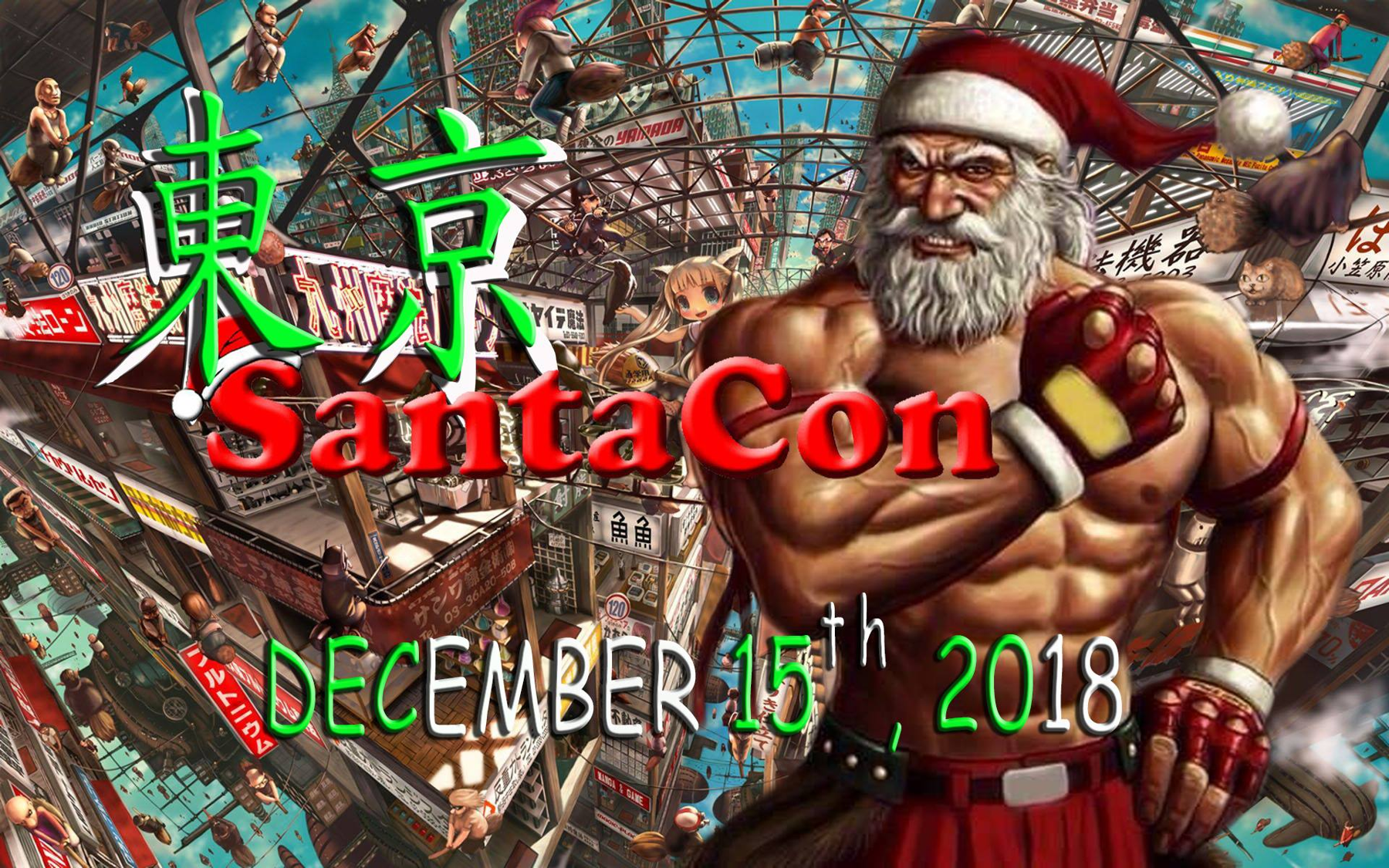 This next story transpired within a matter of hours. Very late on Saturday, December 15th, I learned — by chance — about SantaCon… where Santa suits are required.
This next story transpired within a matter of hours. Very late on Saturday, December 15th, I learned — by chance — about SantaCon… where Santa suits are required.
 So I dashed off to the 100 yen store and purchased a 4-piece Santa suit for 400 JPY ($3.63).
So I dashed off to the 100 yen store and purchased a 4-piece Santa suit for 400 JPY ($3.63).
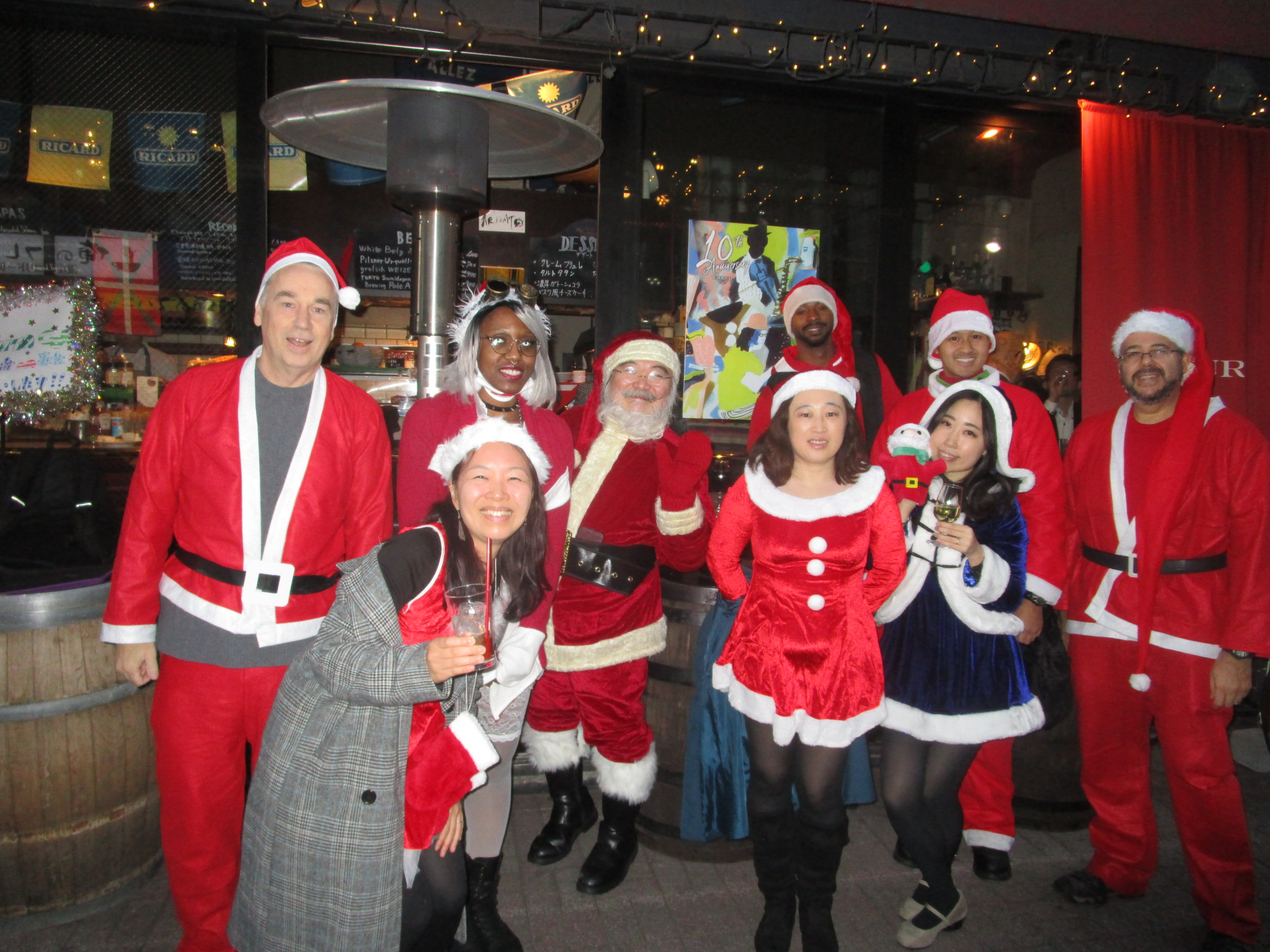 In the nick of time, I caught up with the group as it moved from one bar to the next.
In the nick of time, I caught up with the group as it moved from one bar to the next.
 I called this guy “the real Santa.” The facial hair is authentic. I’m certain he paid more than 400 yen for his suit.
I called this guy “the real Santa.” The facial hair is authentic. I’m certain he paid more than 400 yen for his suit.
 Thanks to clever marketing from KFC some 40 years ago, nearly everyone in Japan thinks that Americans eat KFC for Christmas.
Thanks to clever marketing from KFC some 40 years ago, nearly everyone in Japan thinks that Americans eat KFC for Christmas.
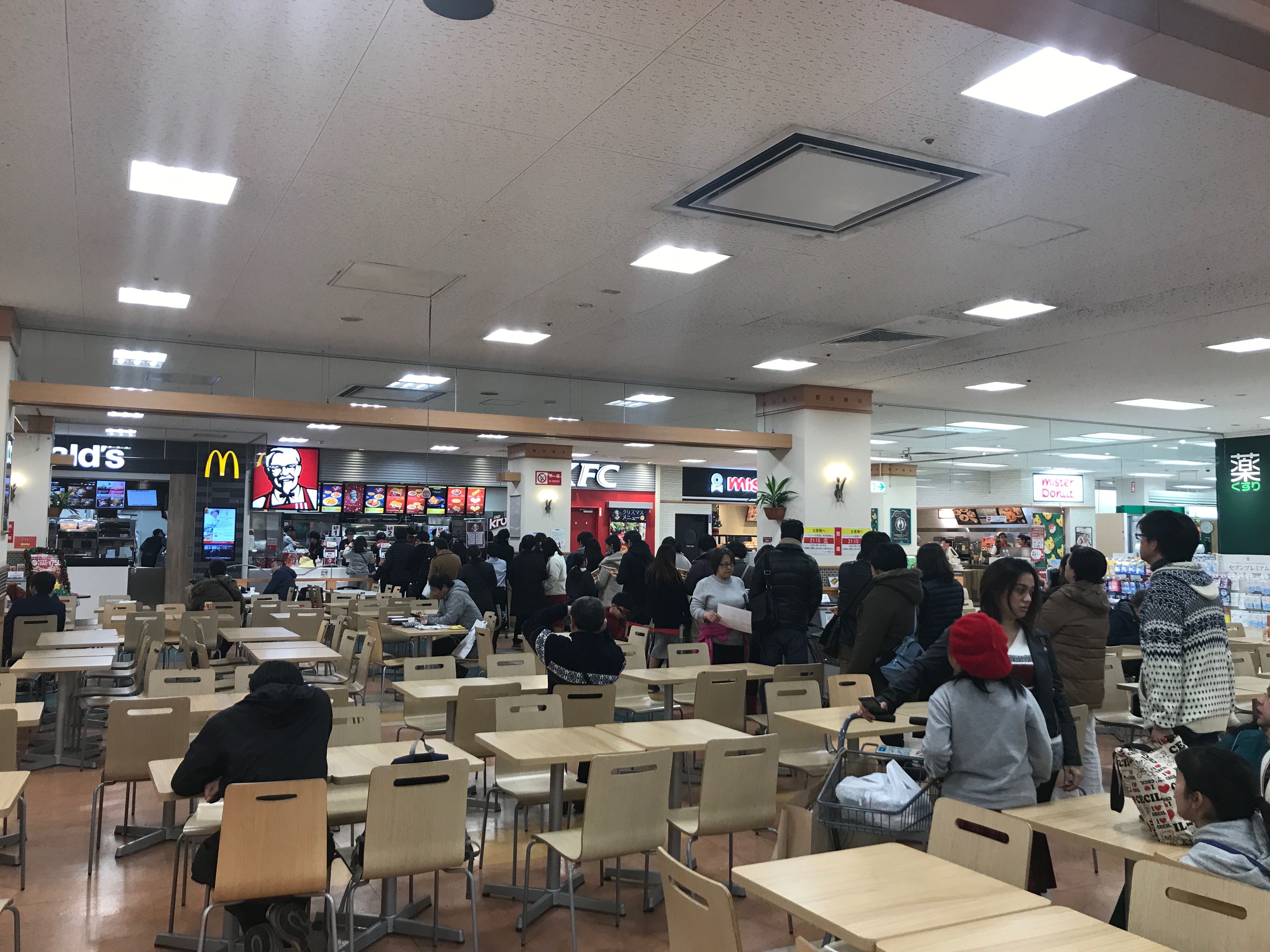 This photo was sent to me from a food court KFC on Christmas day where the queue was continuous. Keep in mind that December 25 is NOT a holiday in Japan — it’s just another day at the office.
This photo was sent to me from a food court KFC on Christmas day where the queue was continuous. Keep in mind that December 25 is NOT a holiday in Japan — it’s just another day at the office.
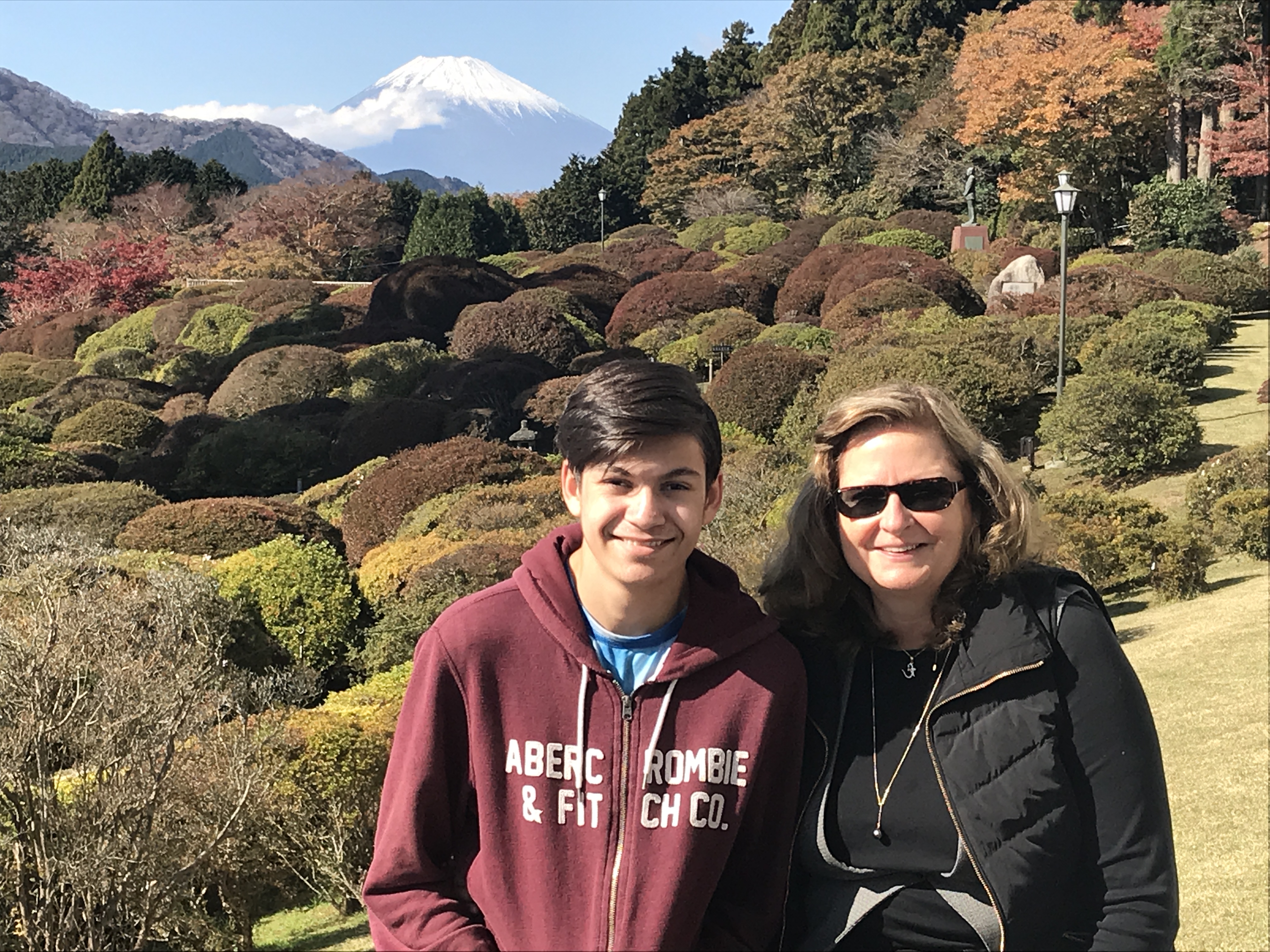 Happy holidays! I hope you had a great year Please enjoy the bonus photos below.
Happy holidays! I hope you had a great year Please enjoy the bonus photos below.
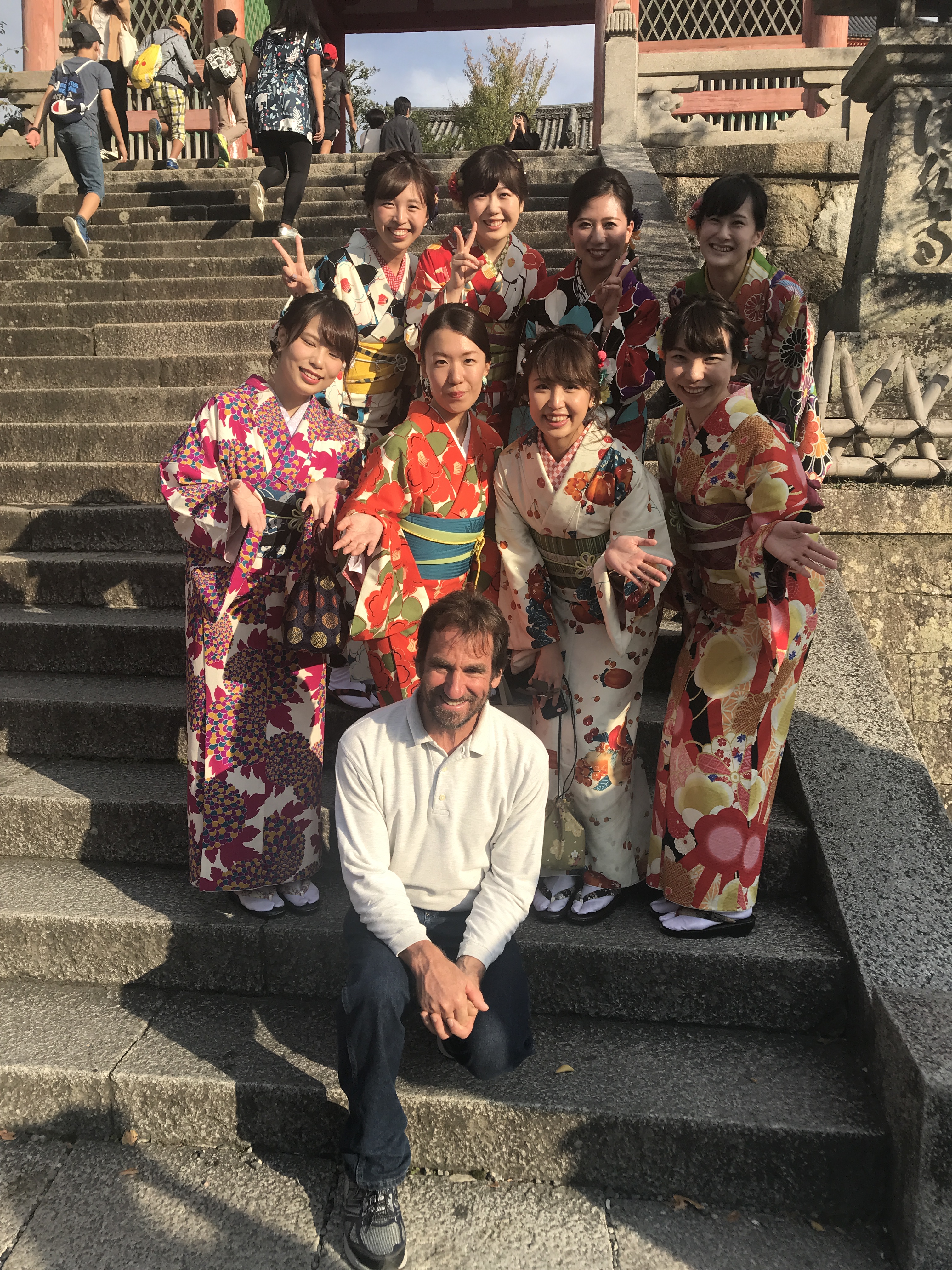 After 35 years at Penn State University, my brother John celebrated his retirement with his first-ever trip to Asia (this photo from Kyoto).
After 35 years at Penn State University, my brother John celebrated his retirement with his first-ever trip to Asia (this photo from Kyoto).
 The skies were clear in Kamakura for this postcard view of Mt. Fuji.
The skies were clear in Kamakura for this postcard view of Mt. Fuji.
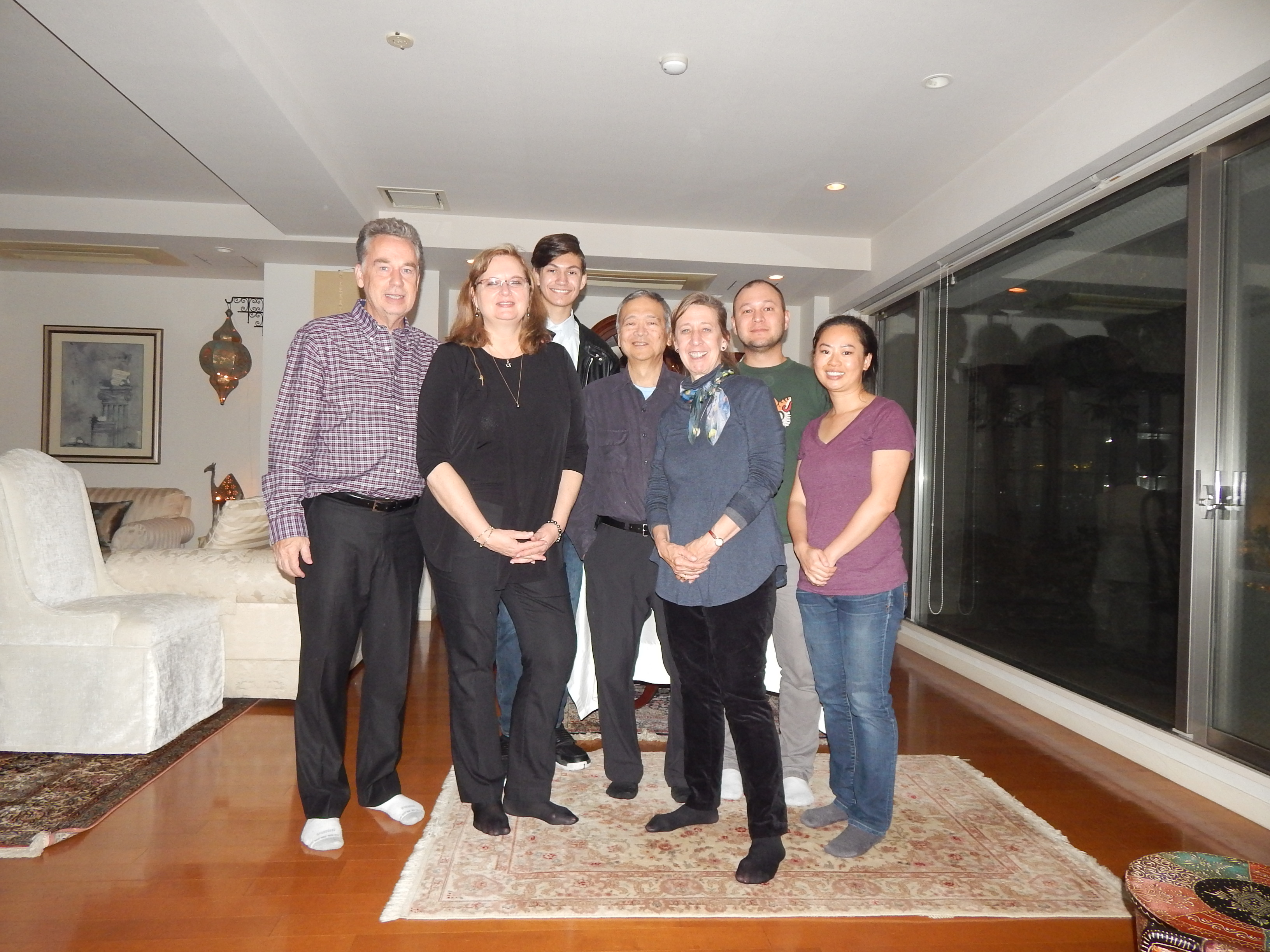 We welcomed cousins Marcia, Gary, Chris and May in November and enjoyed hearing about their adventures touring Japan.
We welcomed cousins Marcia, Gary, Chris and May in November and enjoyed hearing about their adventures touring Japan.
All the best for a wonderful 2019.
ts